The 2021 Porsche 911 Targa is an open-top version of the 992-generation Porsche 911. Just like its predecessor and the original car from 1965, the 2021 911 Targa is a compromise between the coupe and cabriolet, featuring a retractable roof section only above the front seats and a wraparound rear window. Similarities to the previous Targa models continue under the hood, as this drop-top shares underpinnings with the regular 911 Carrera. The 2021 911 Targa is available in two versions, regular and S, both with a four-wheel-drive system.
2021 Porsche 911 Targa
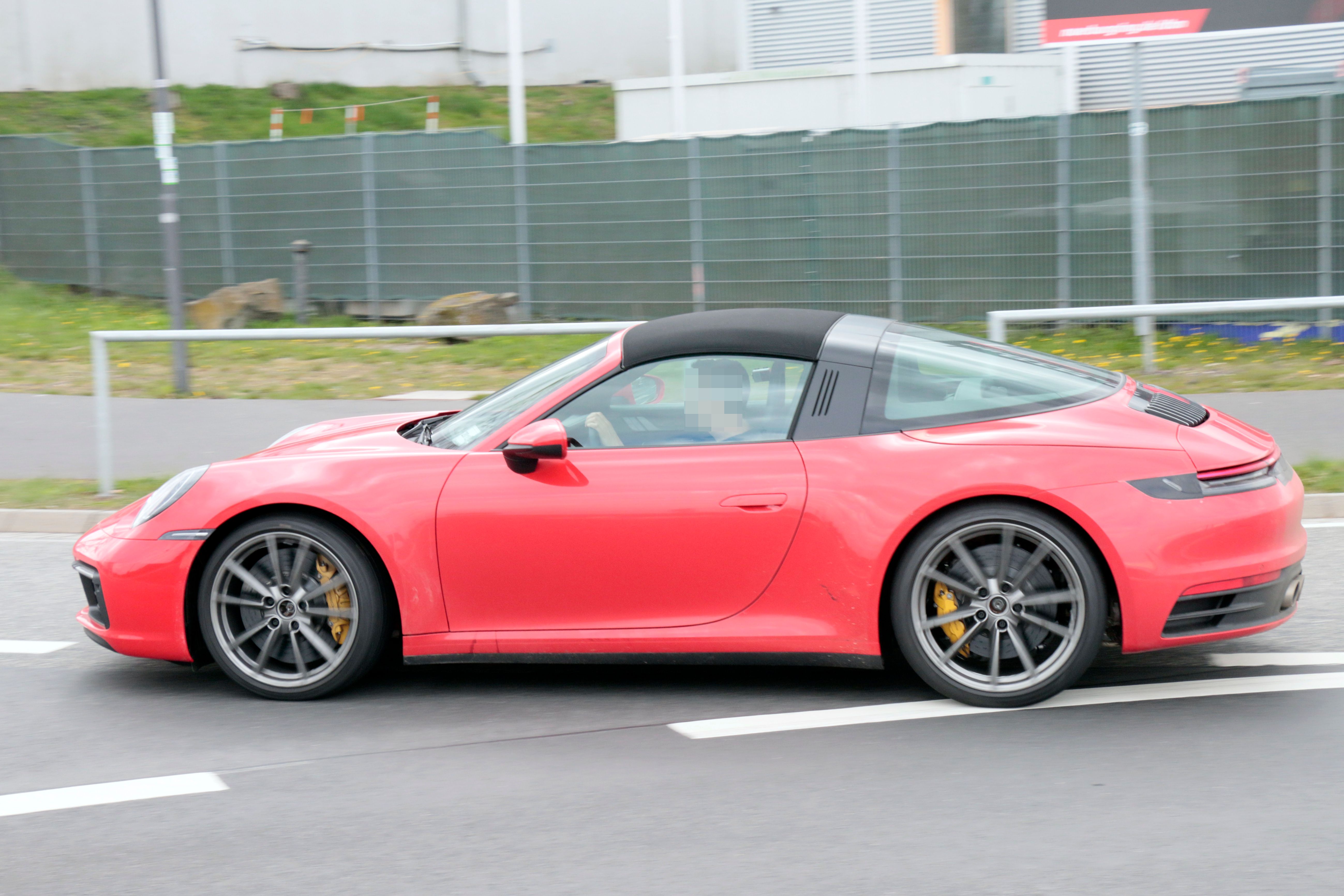

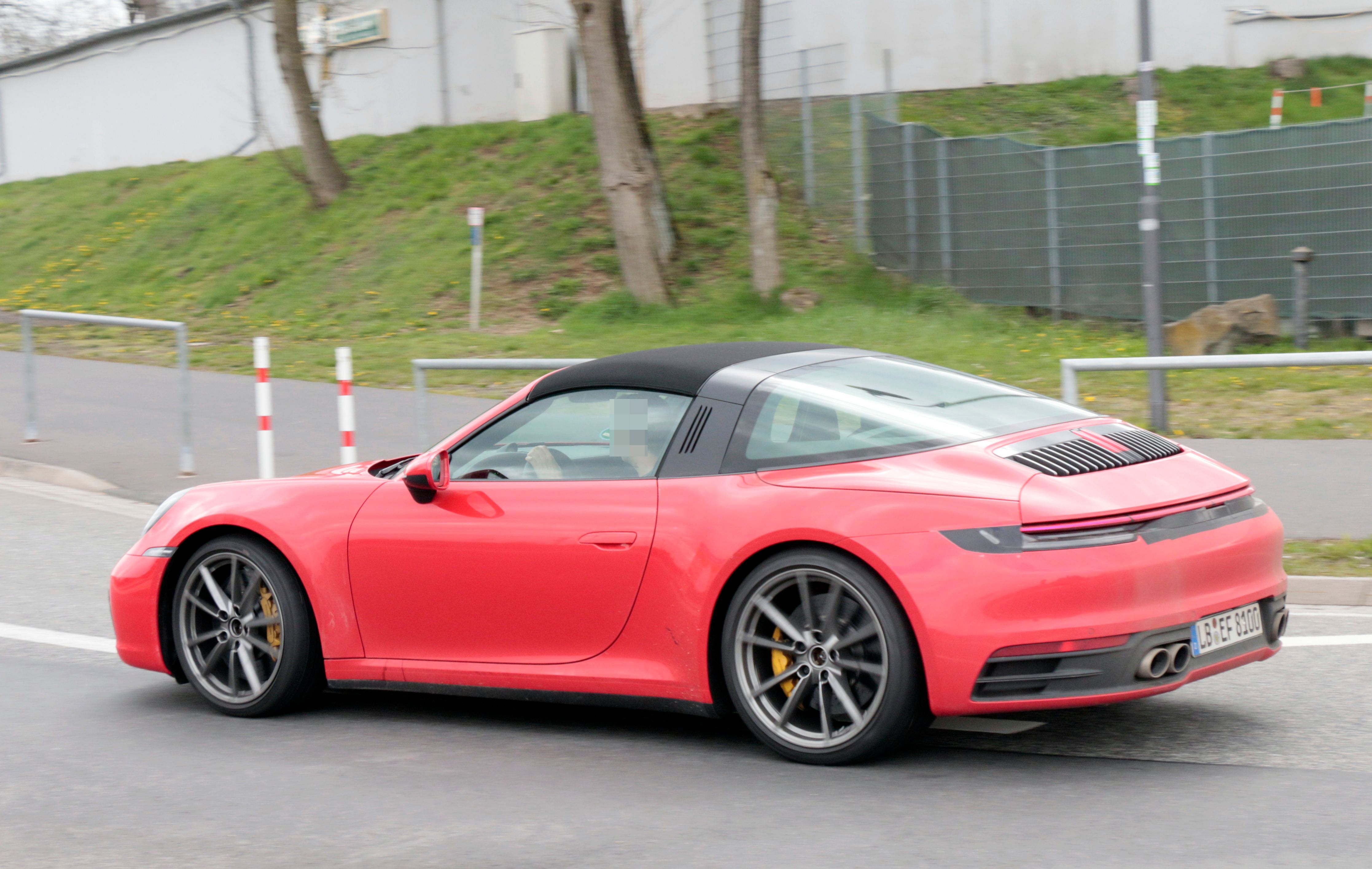
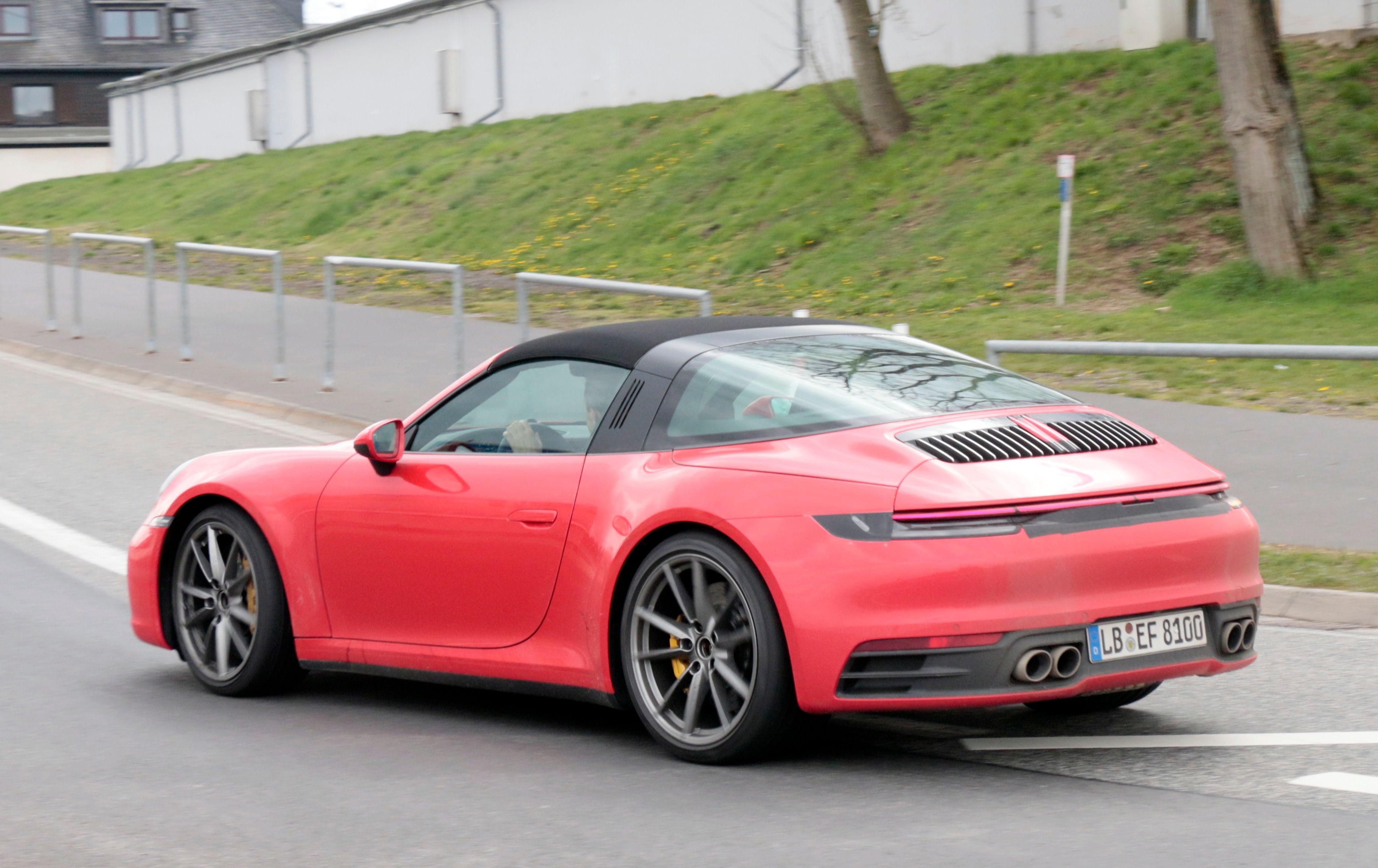
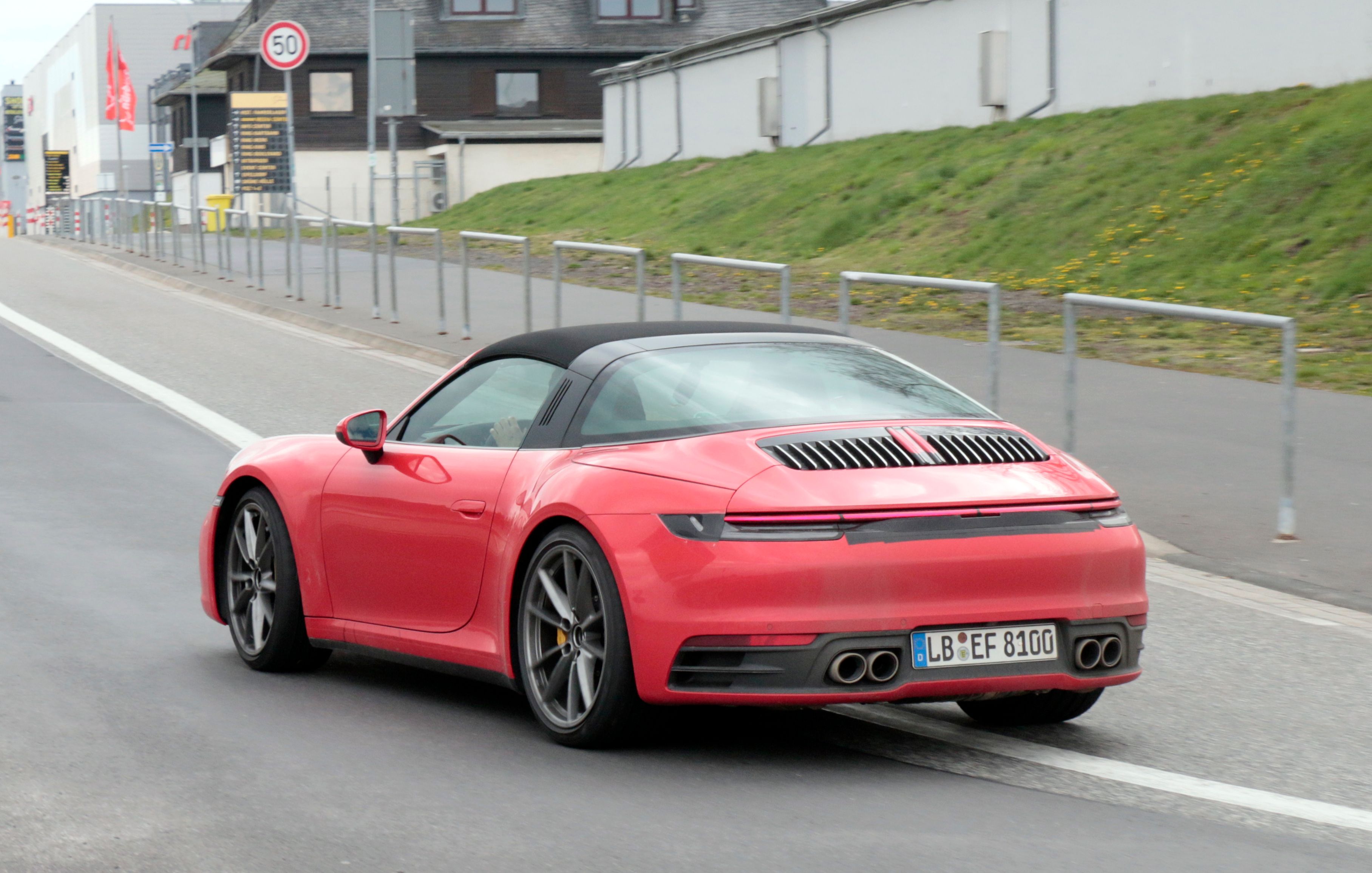
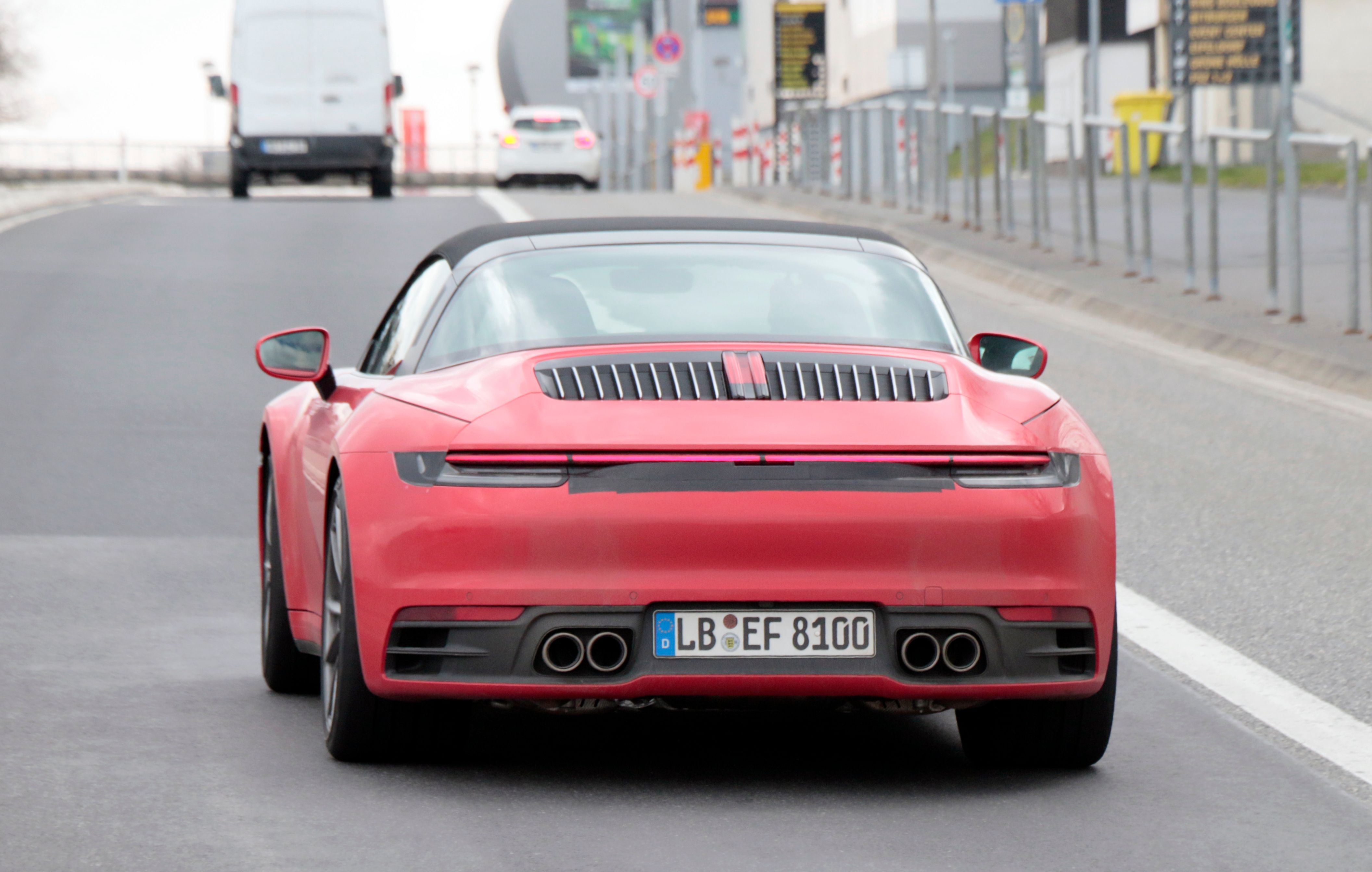
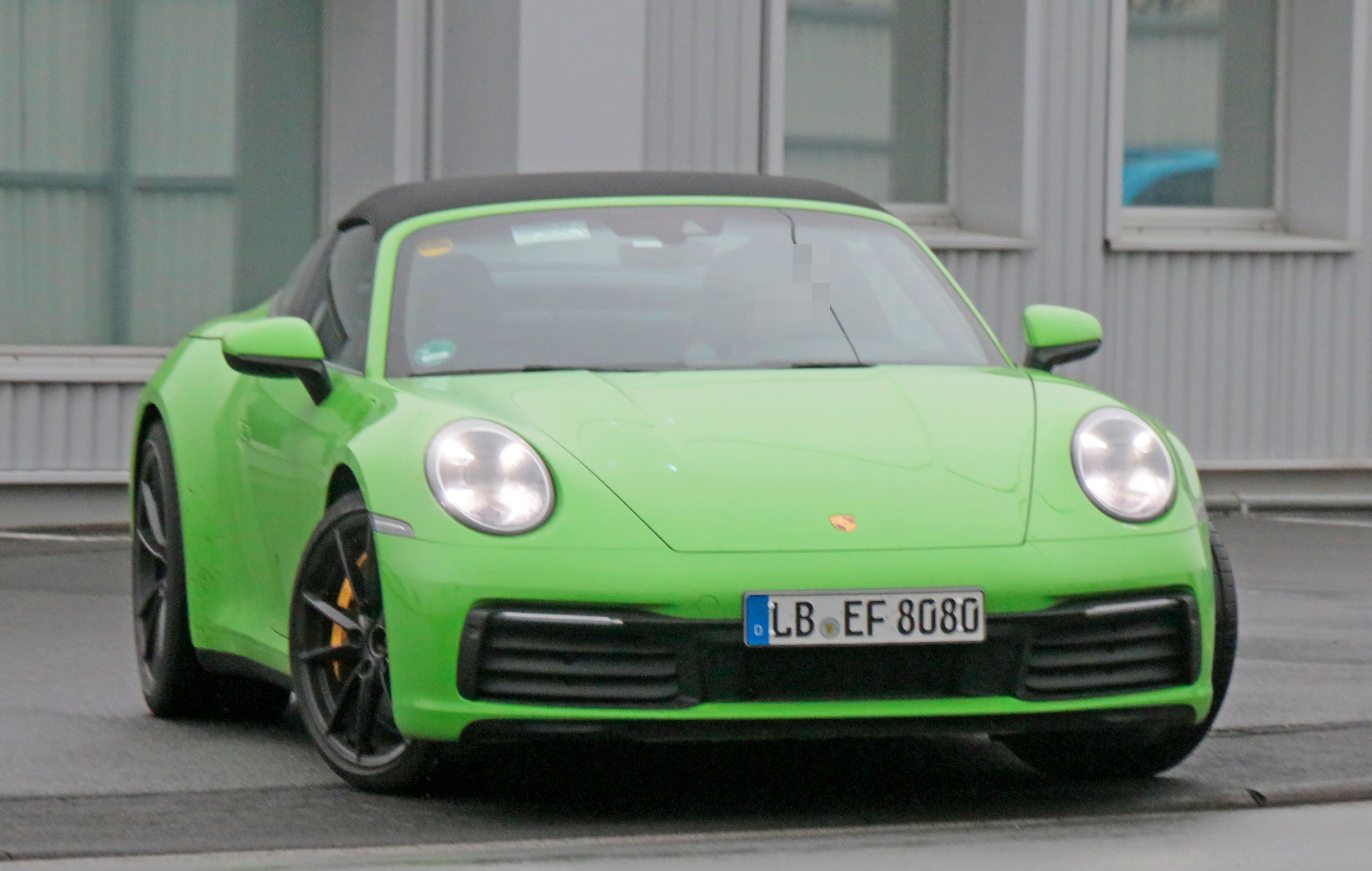
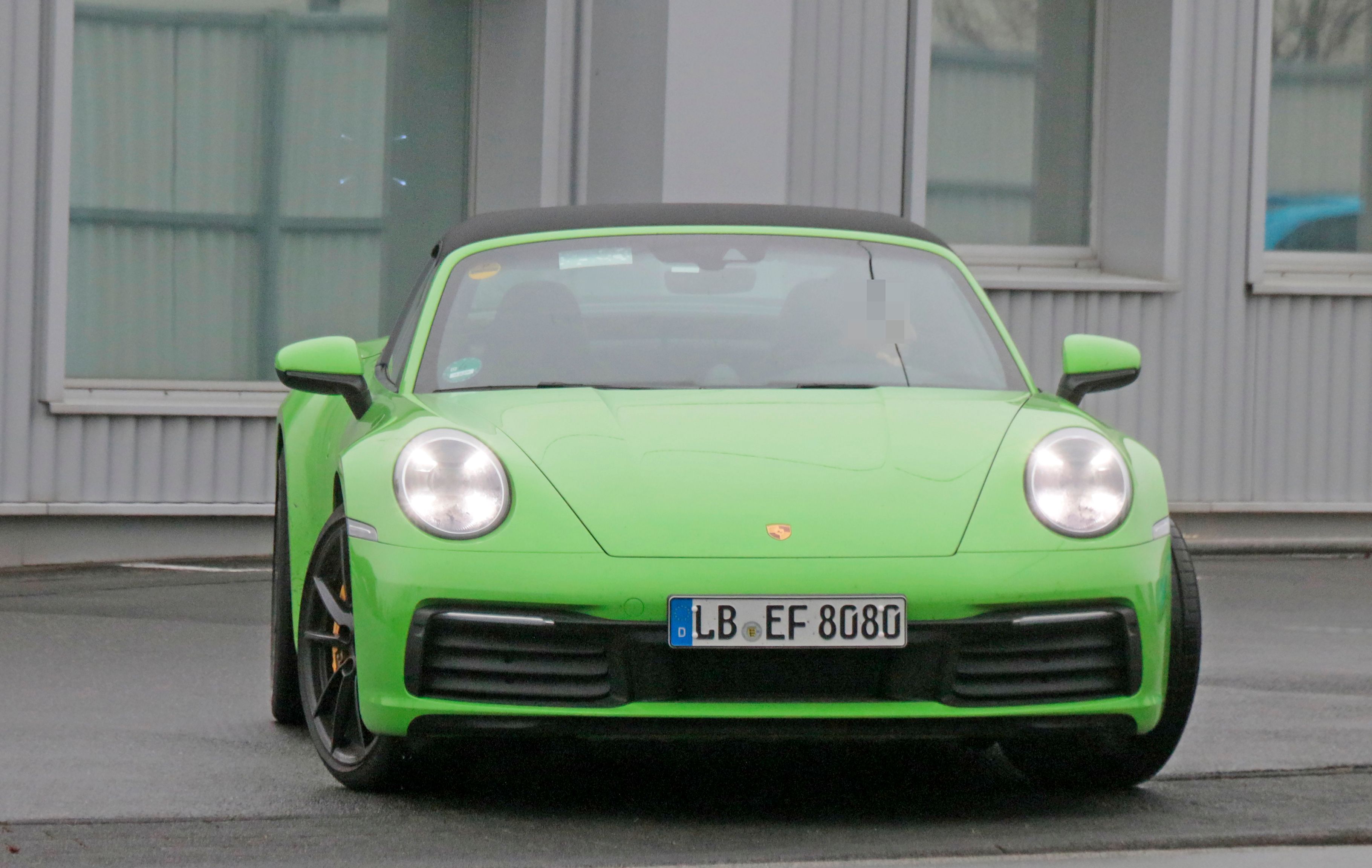
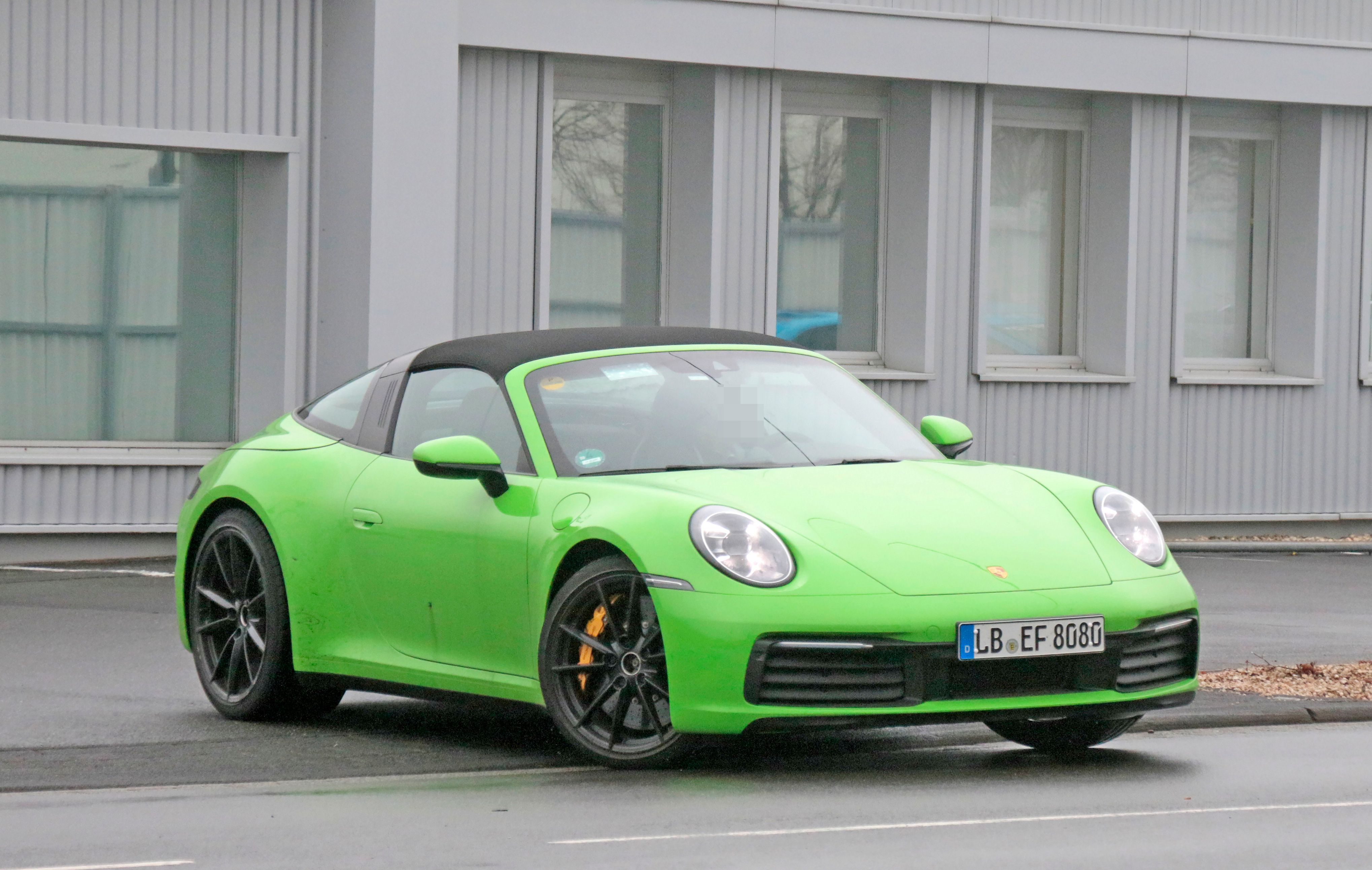
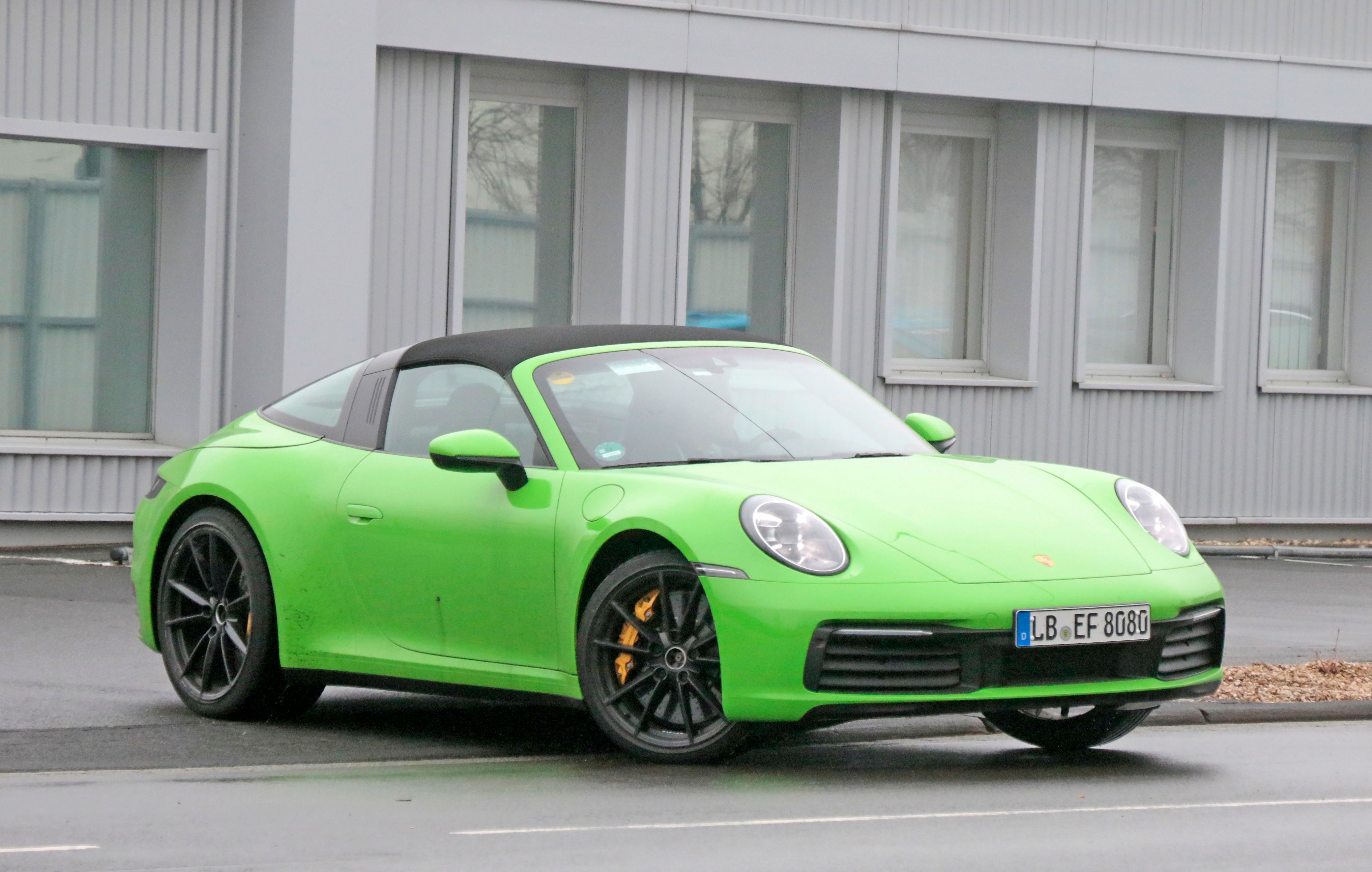
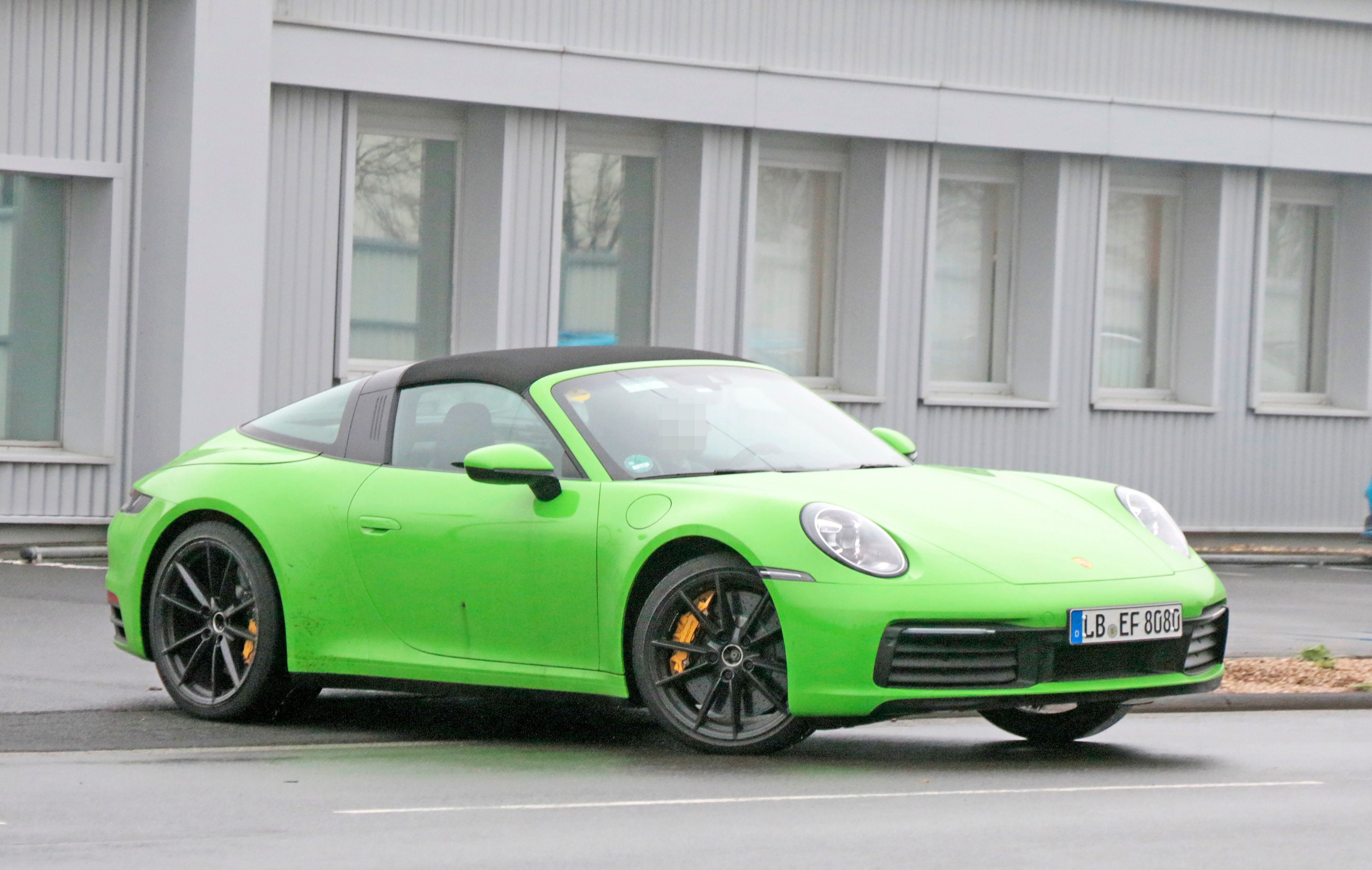
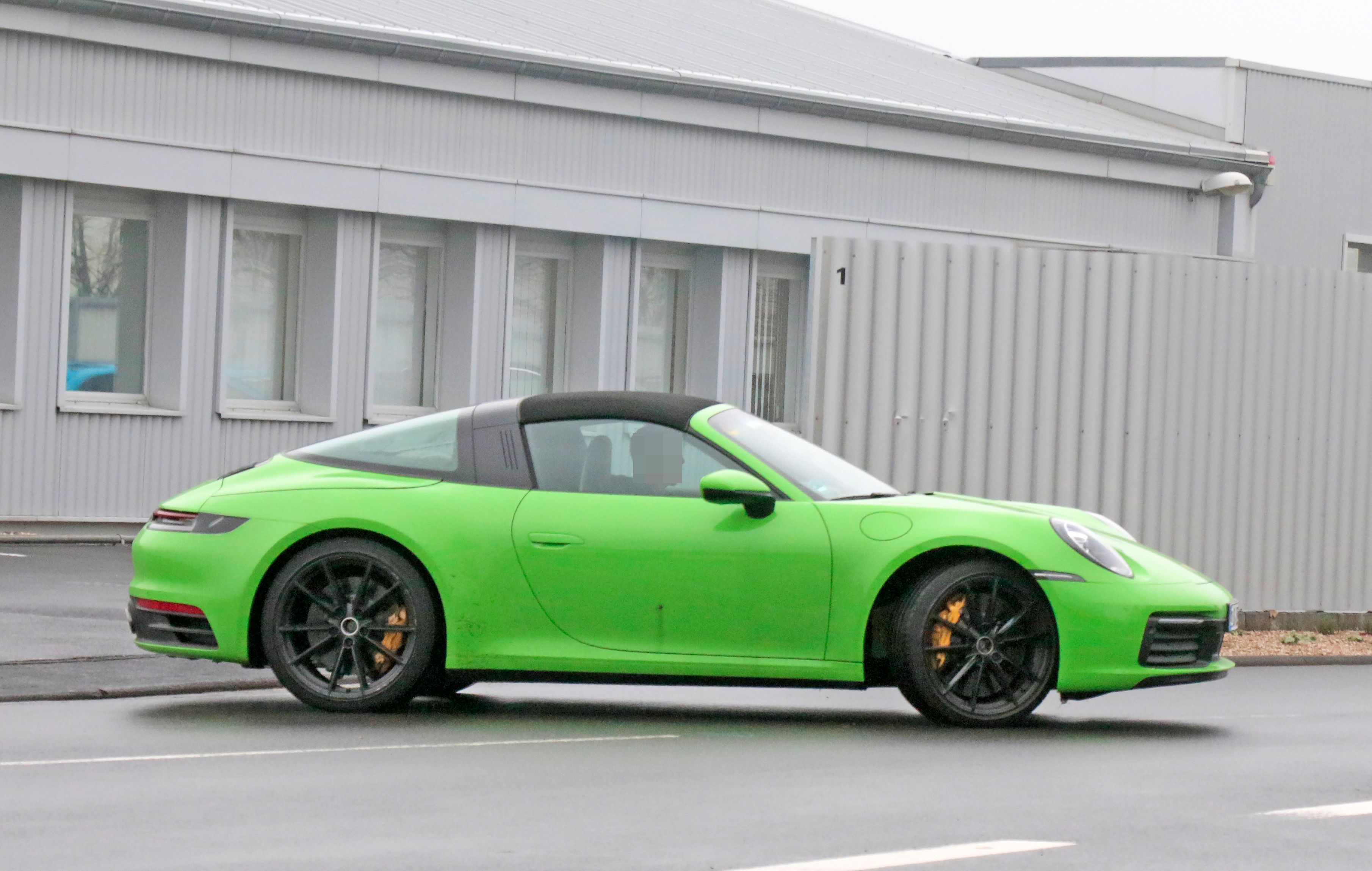
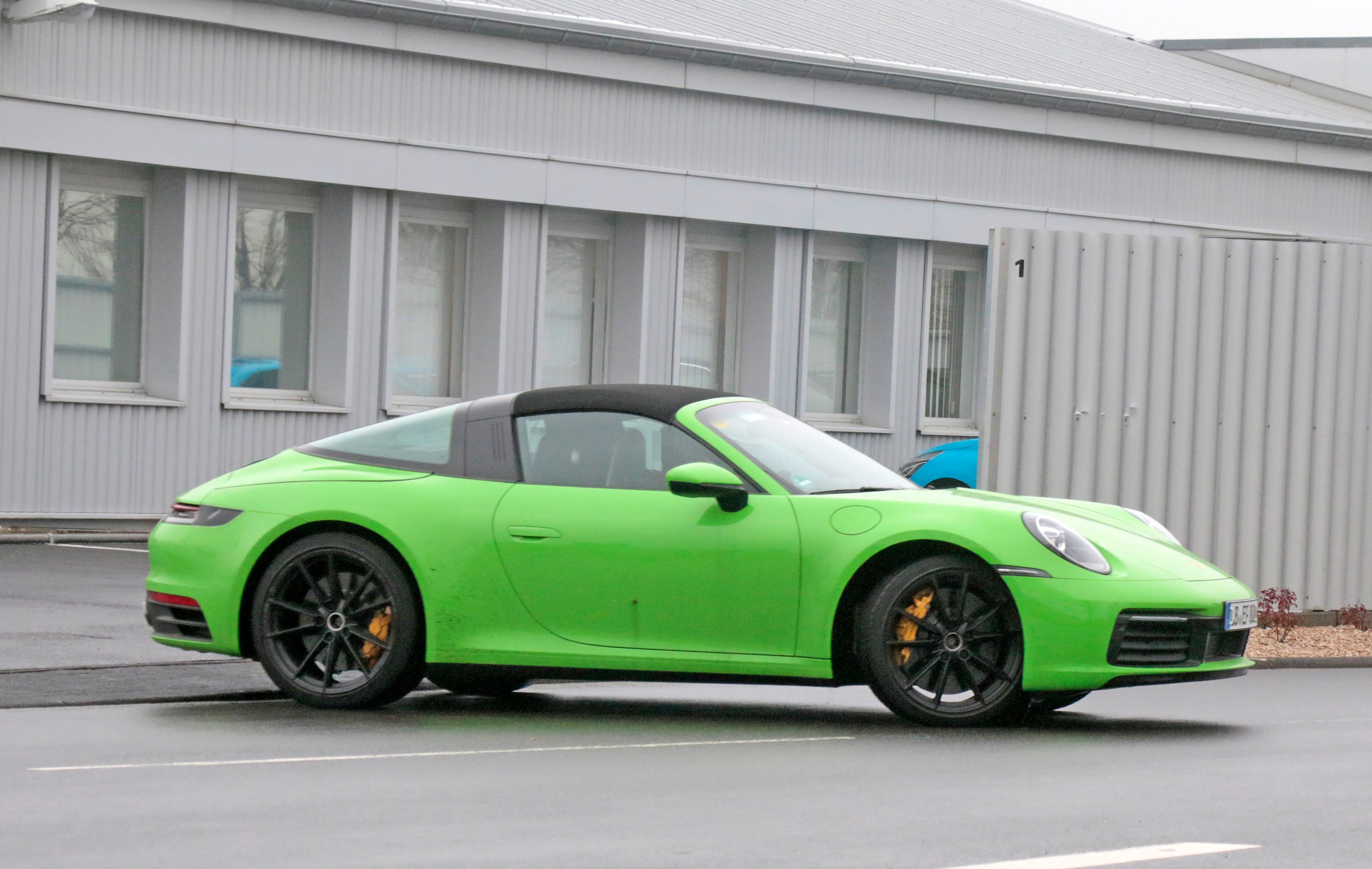
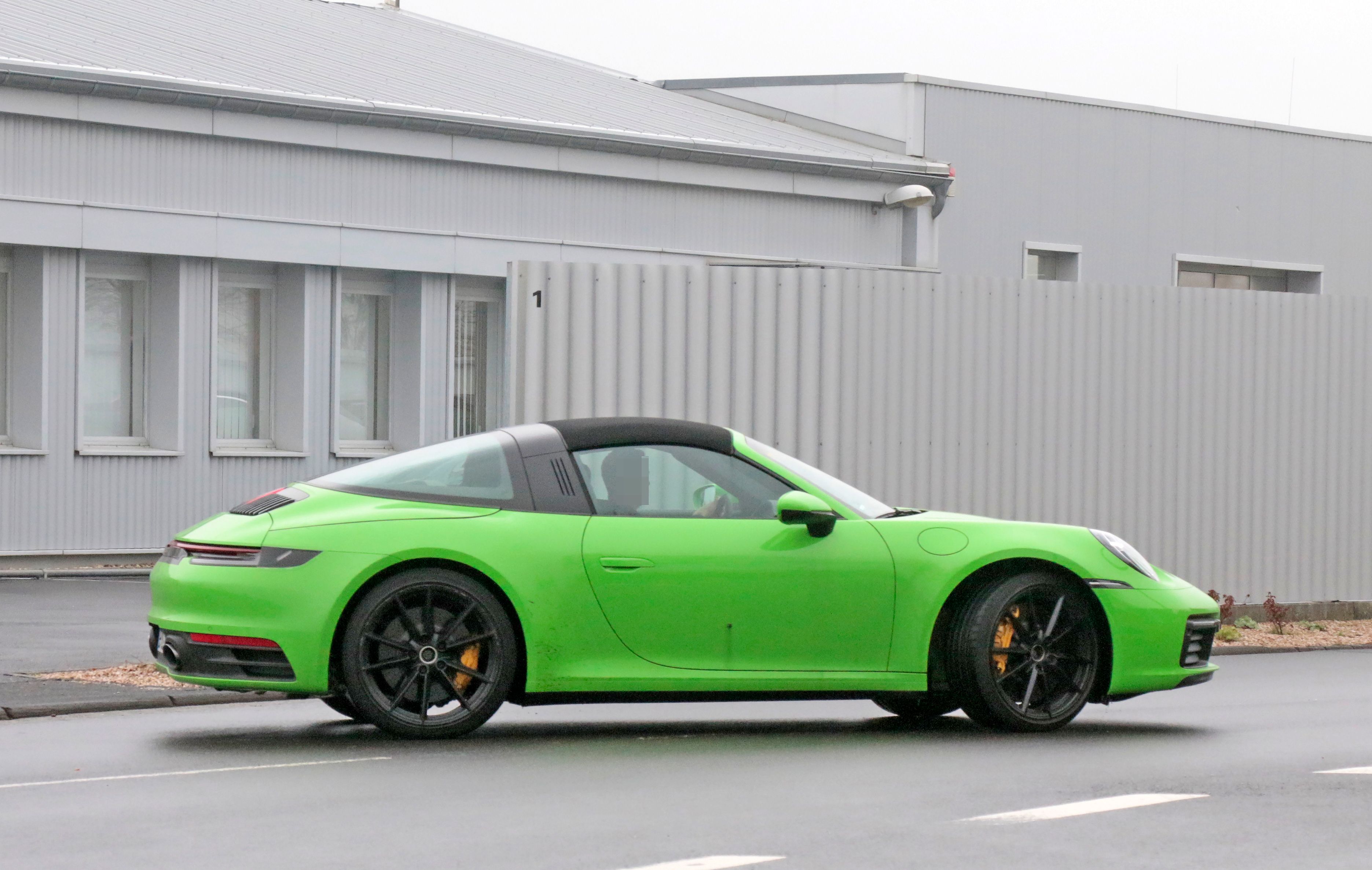
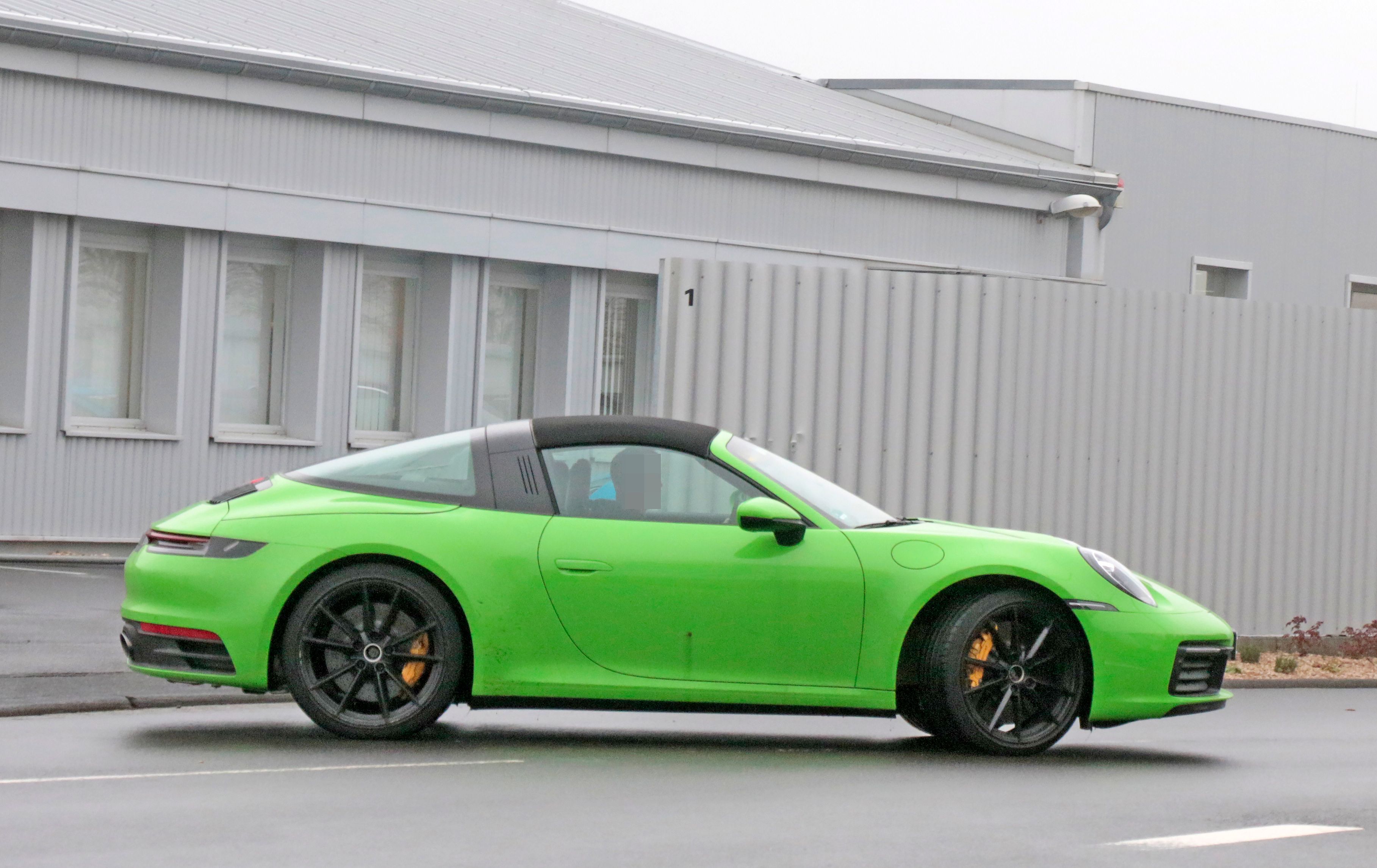
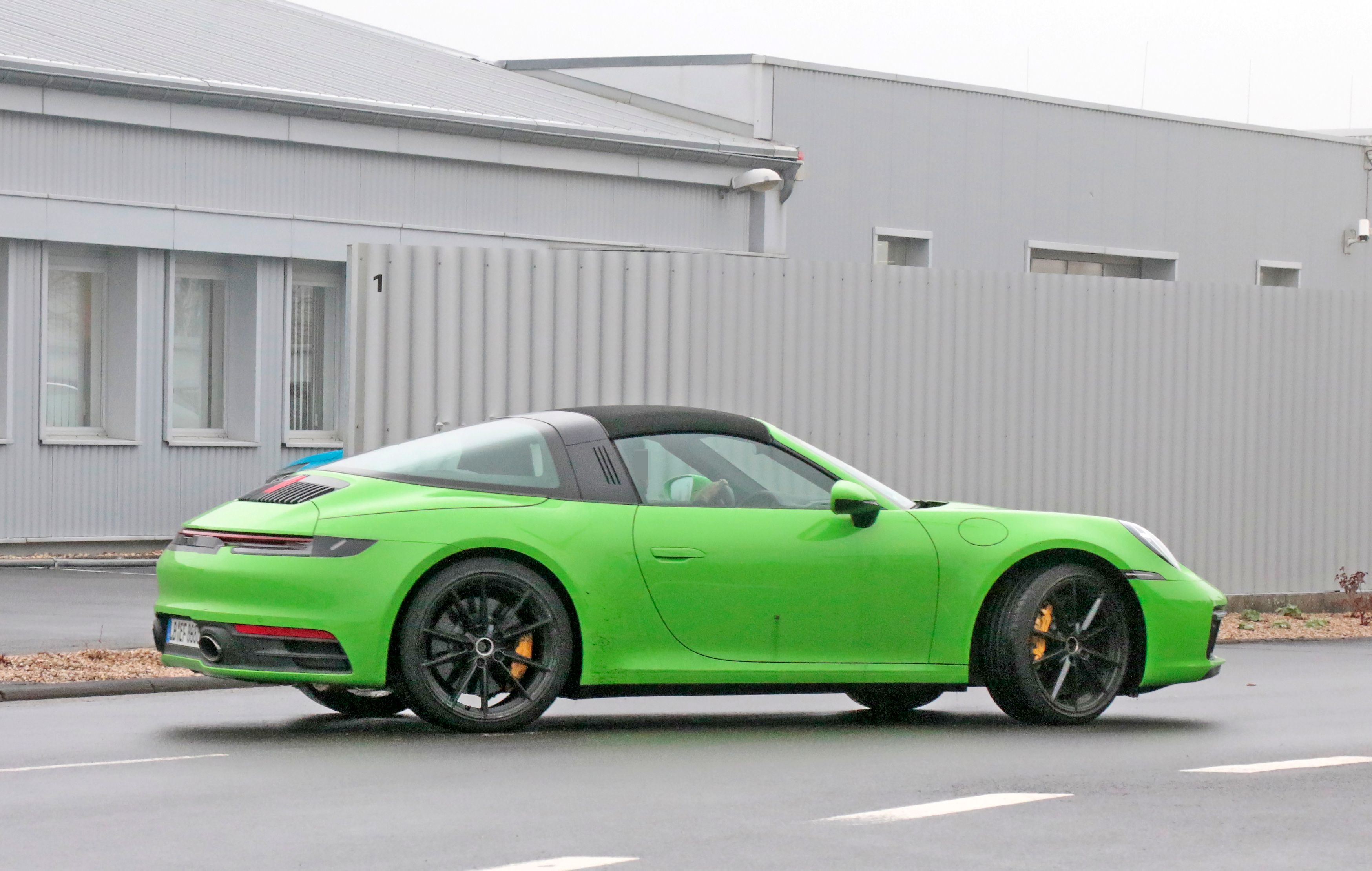
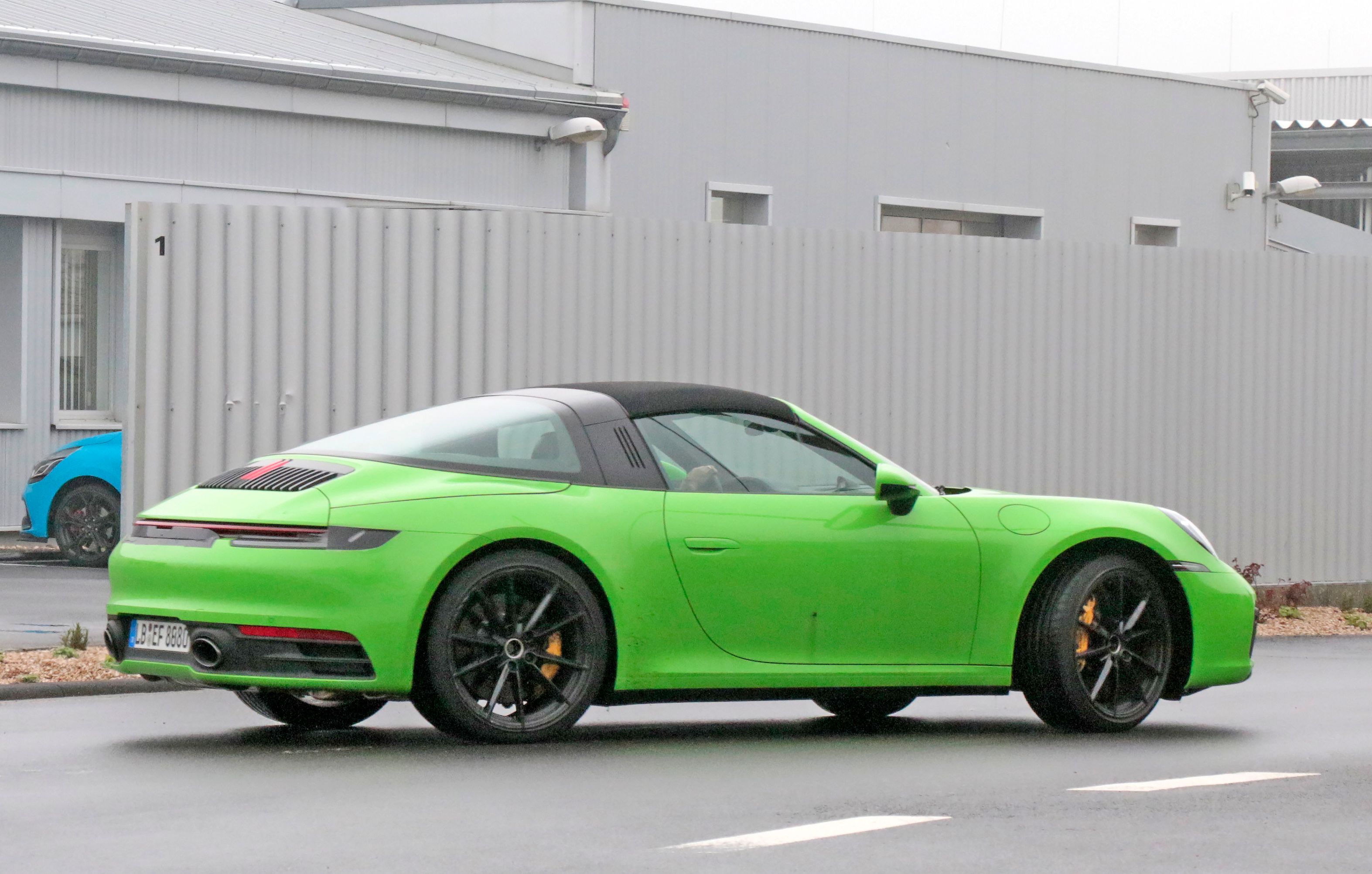
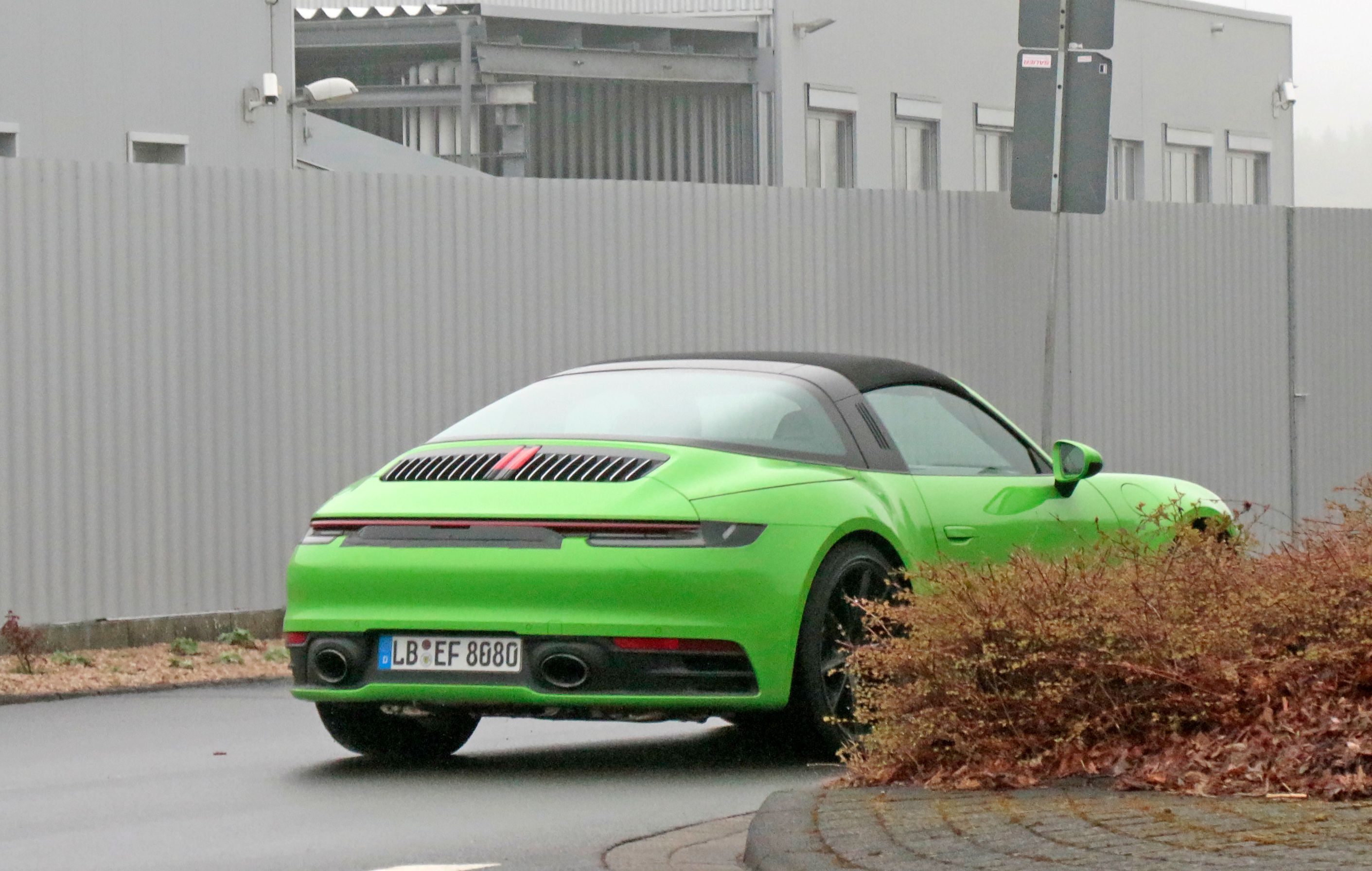
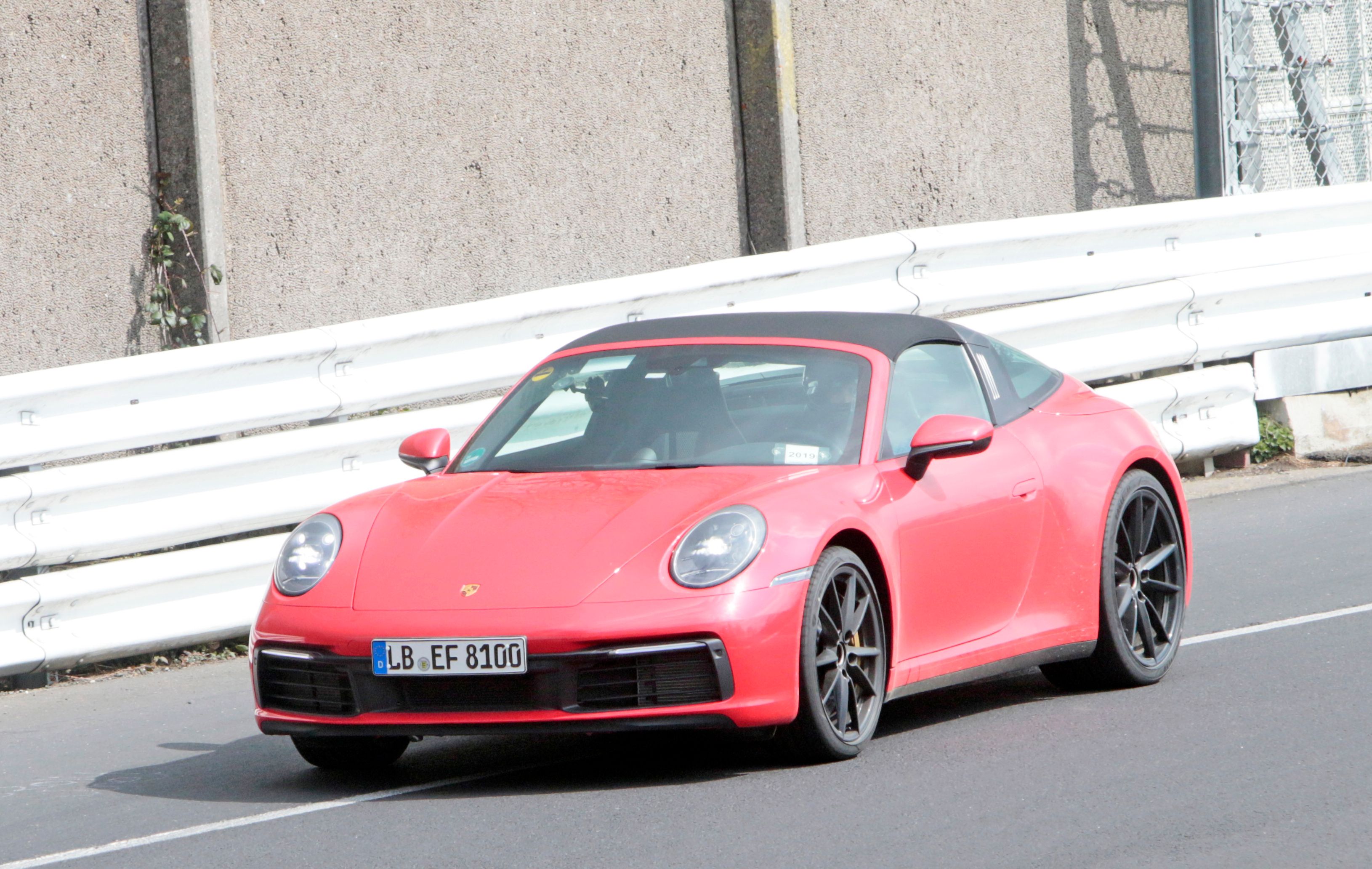
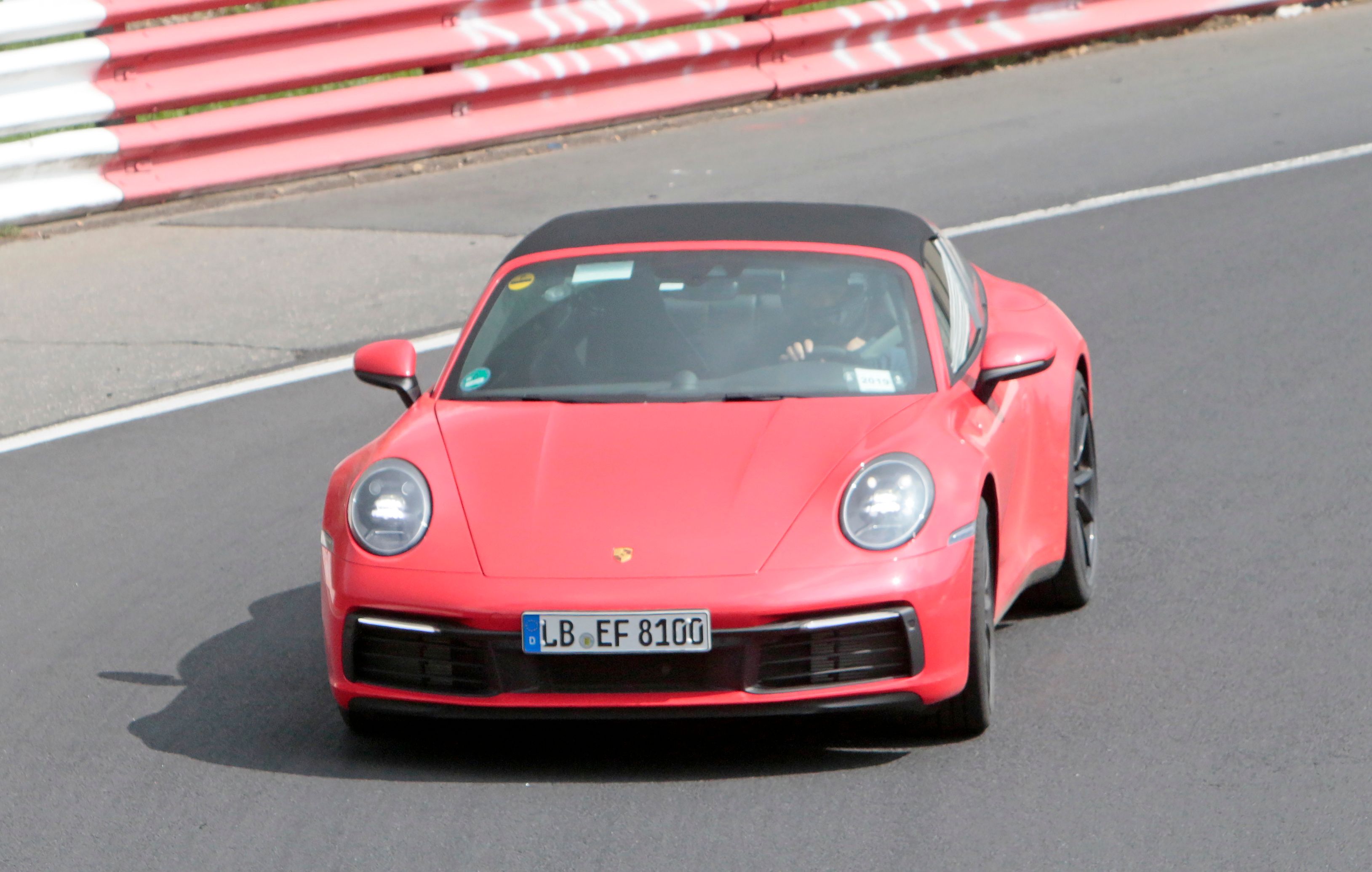
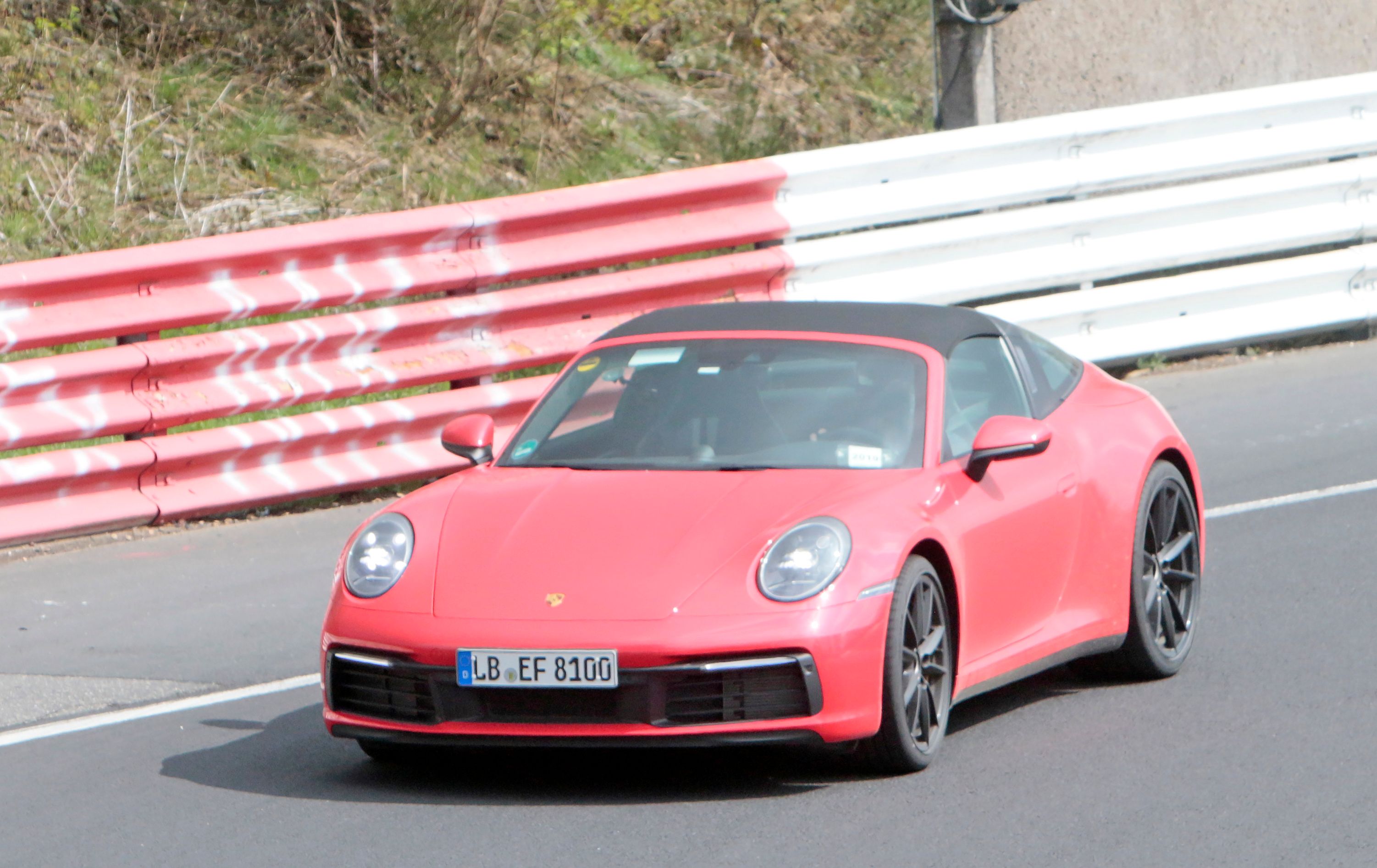

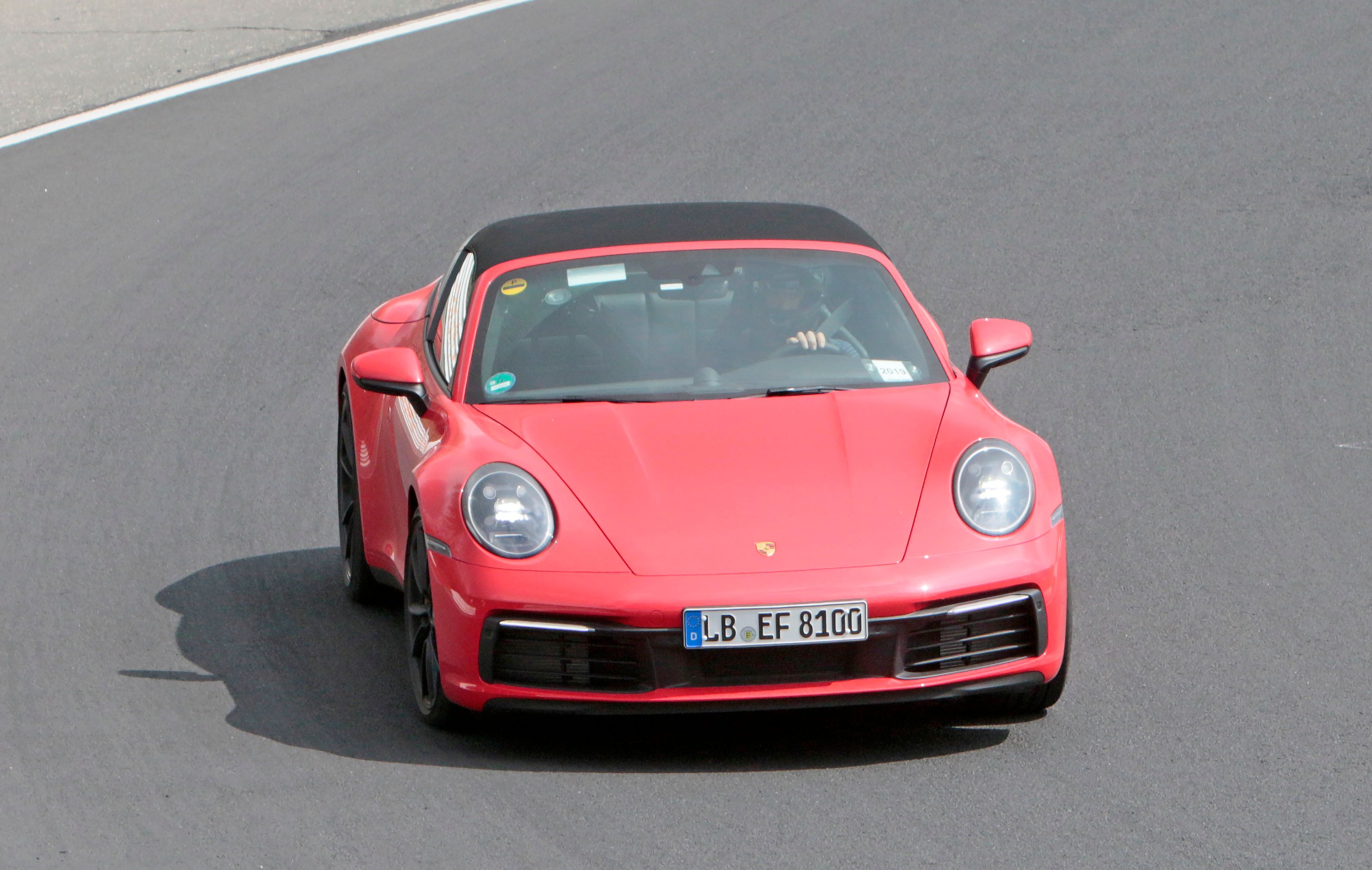
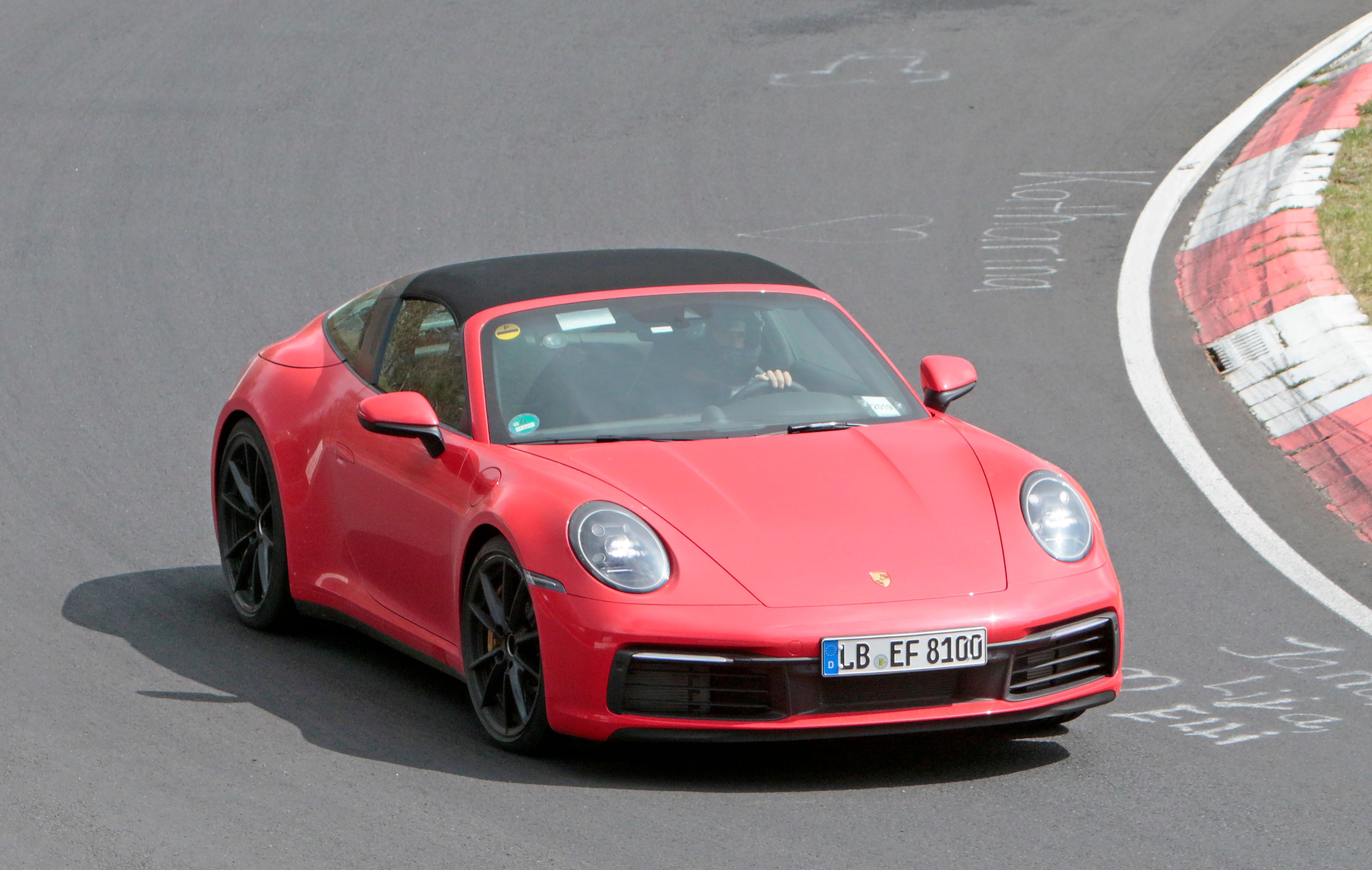
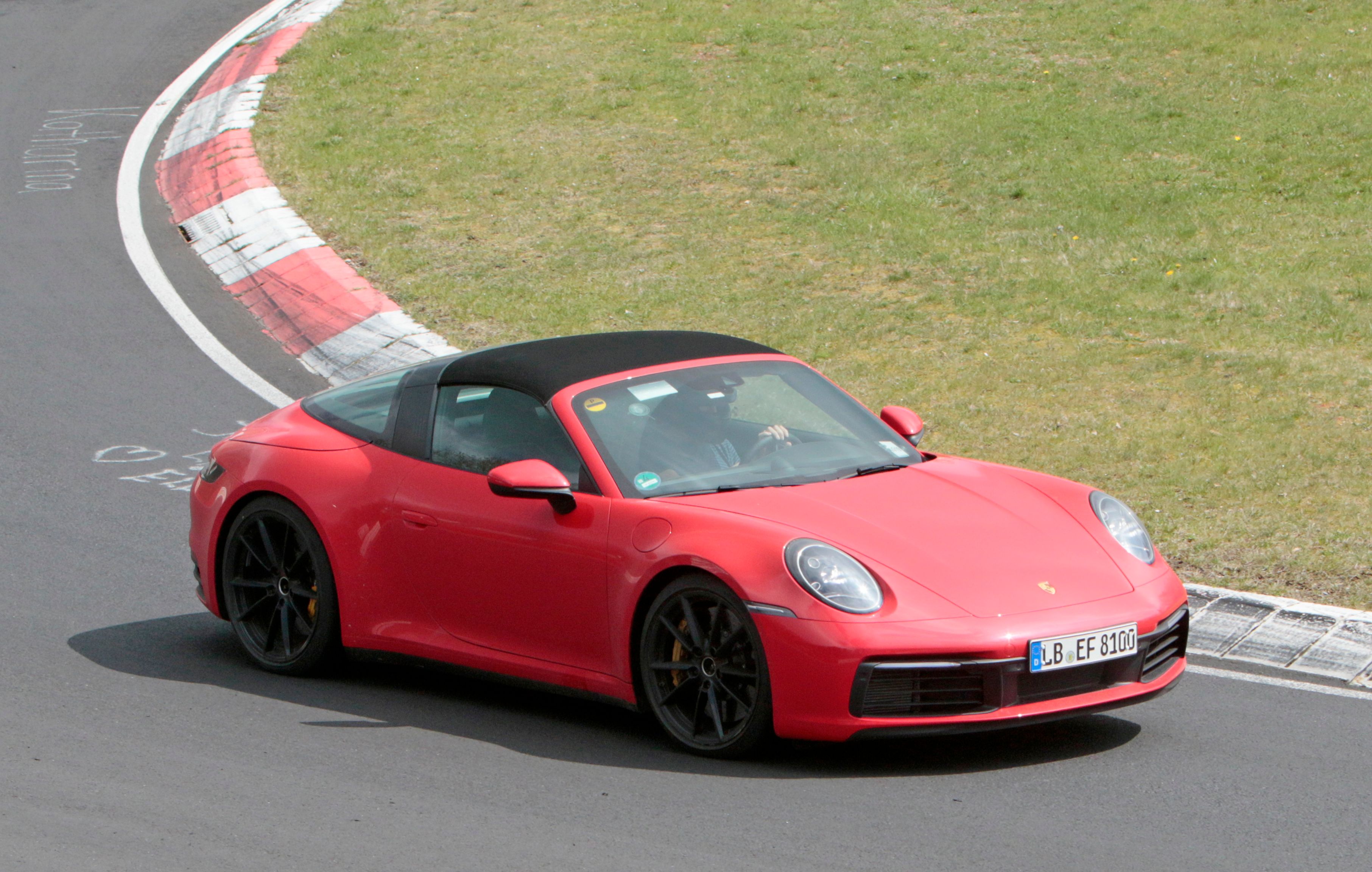
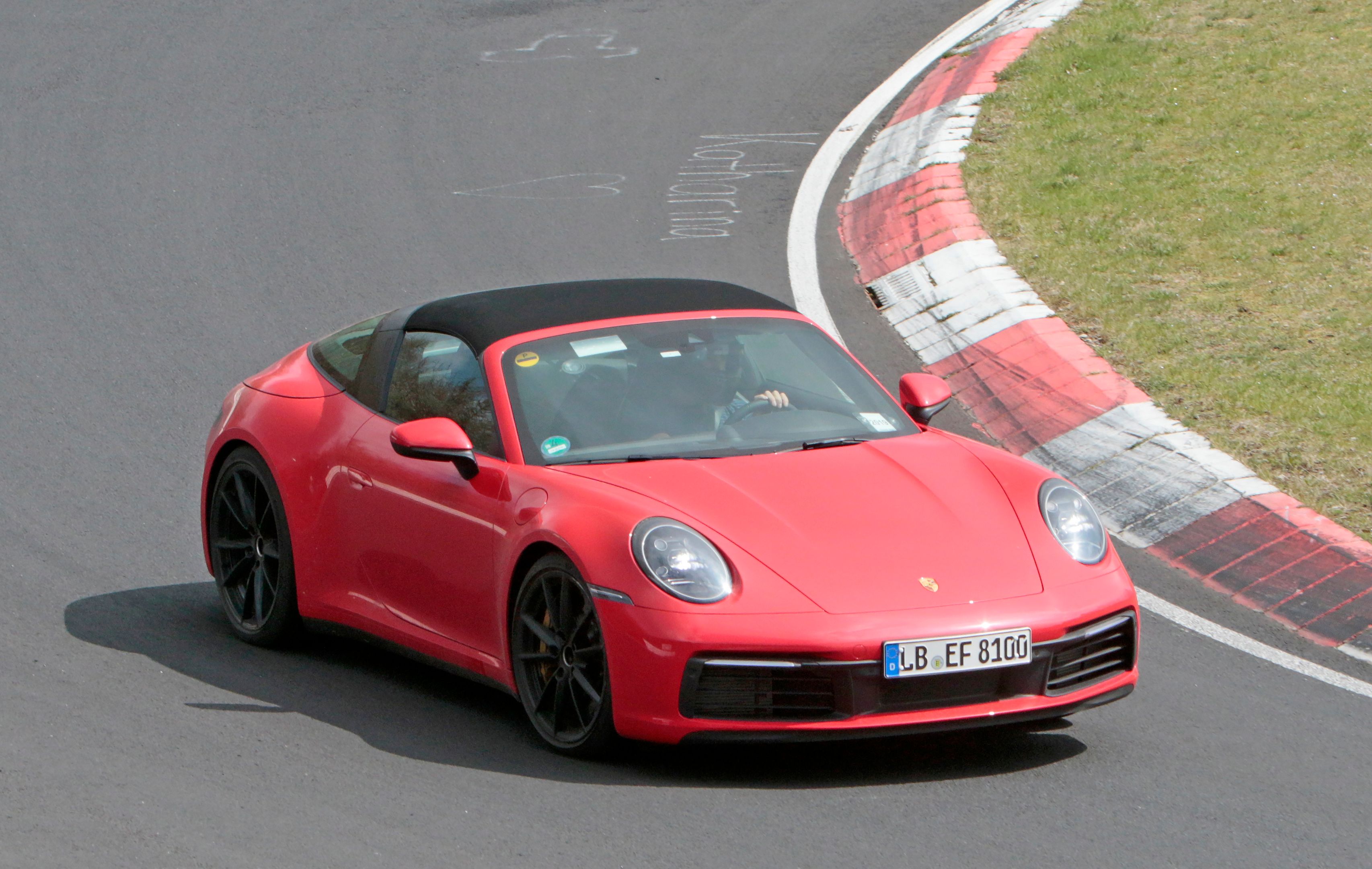
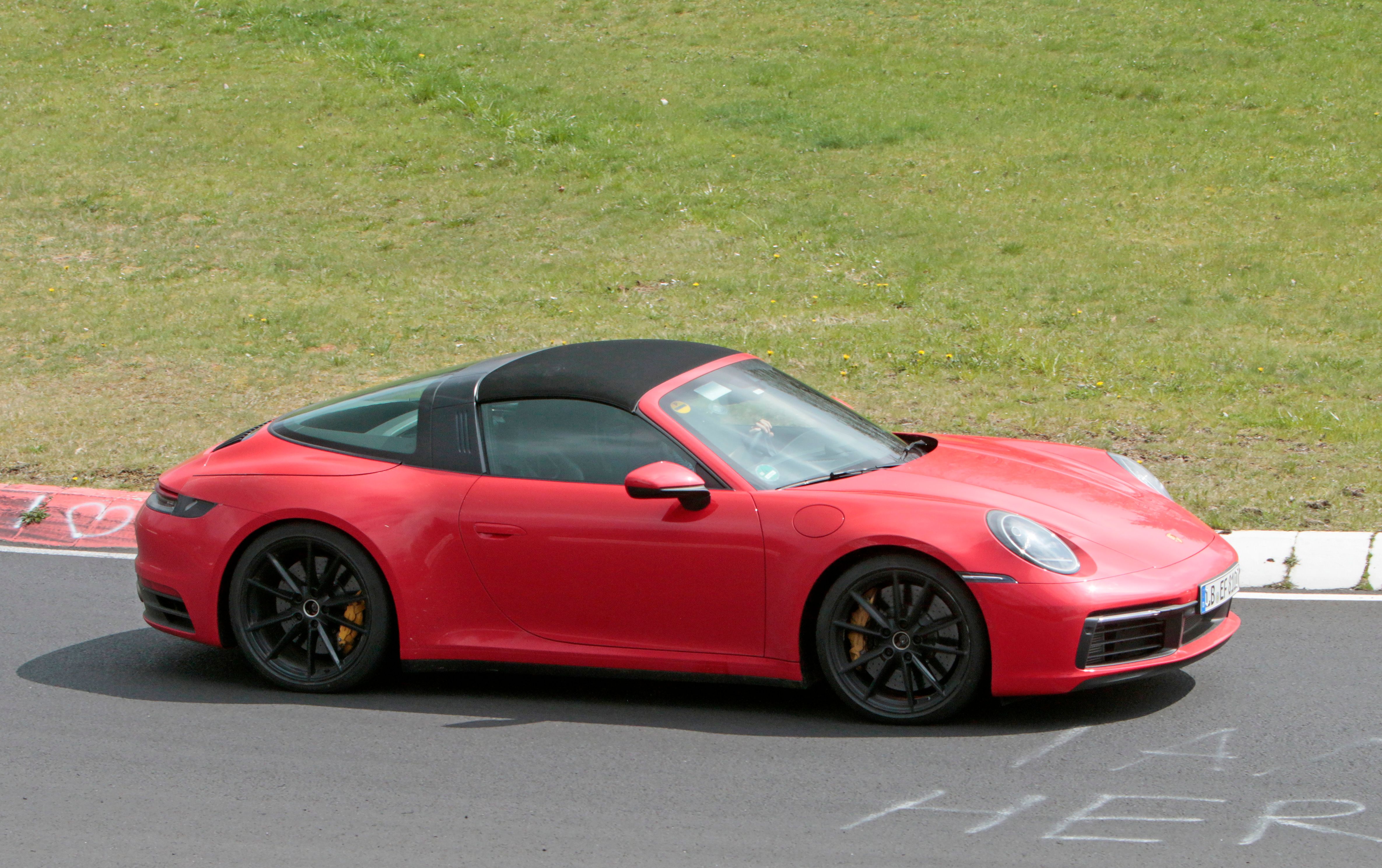
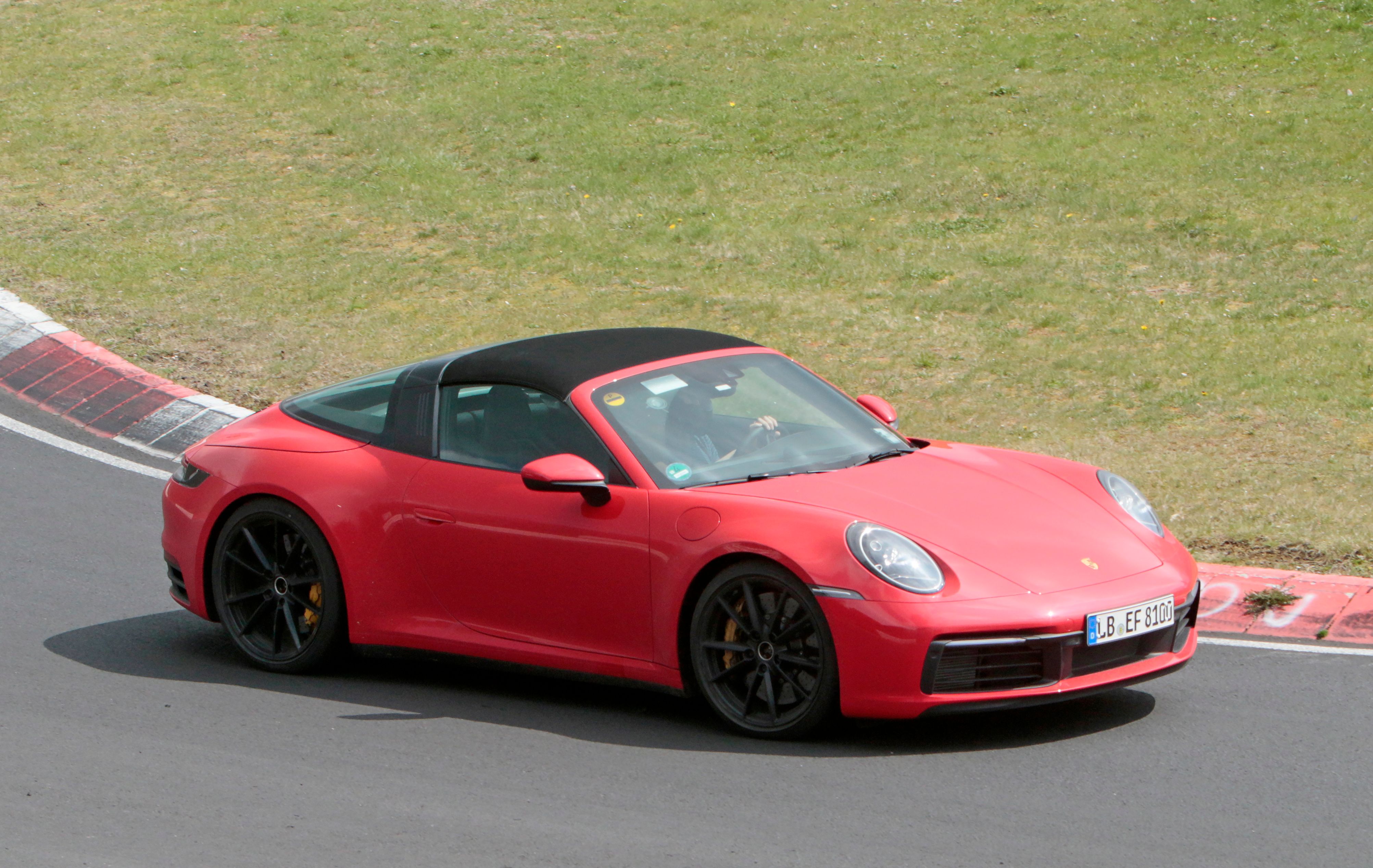
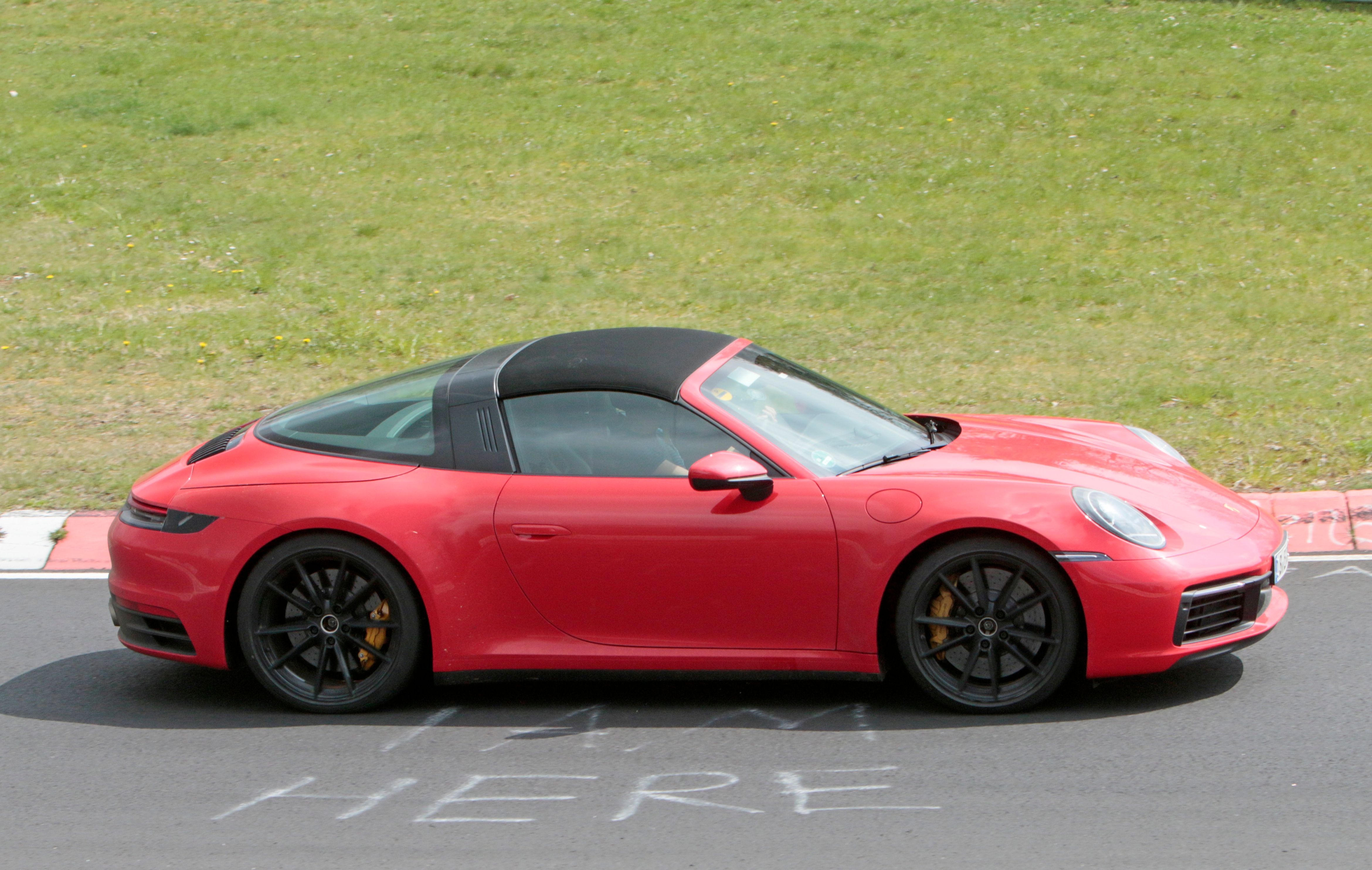
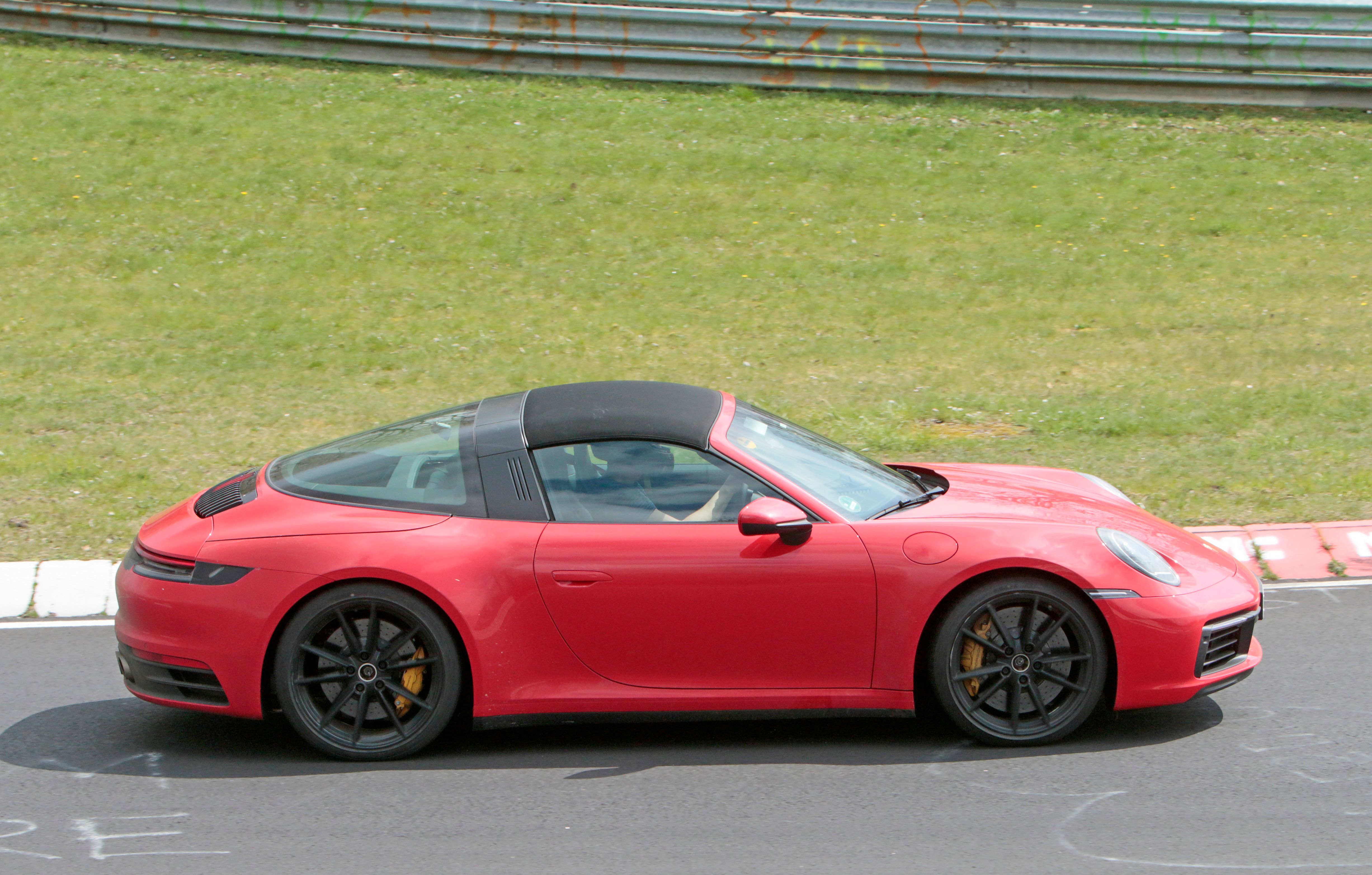
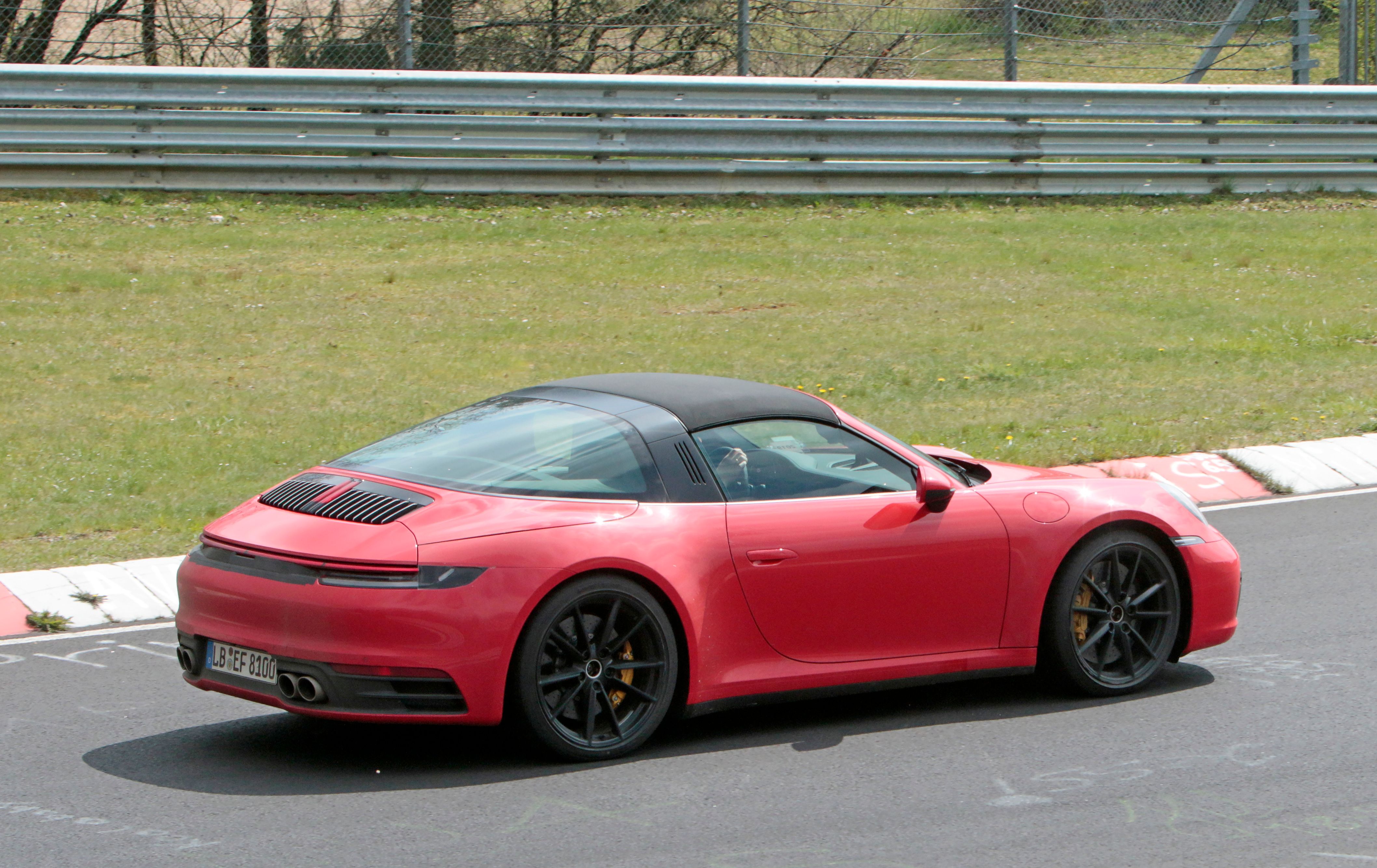
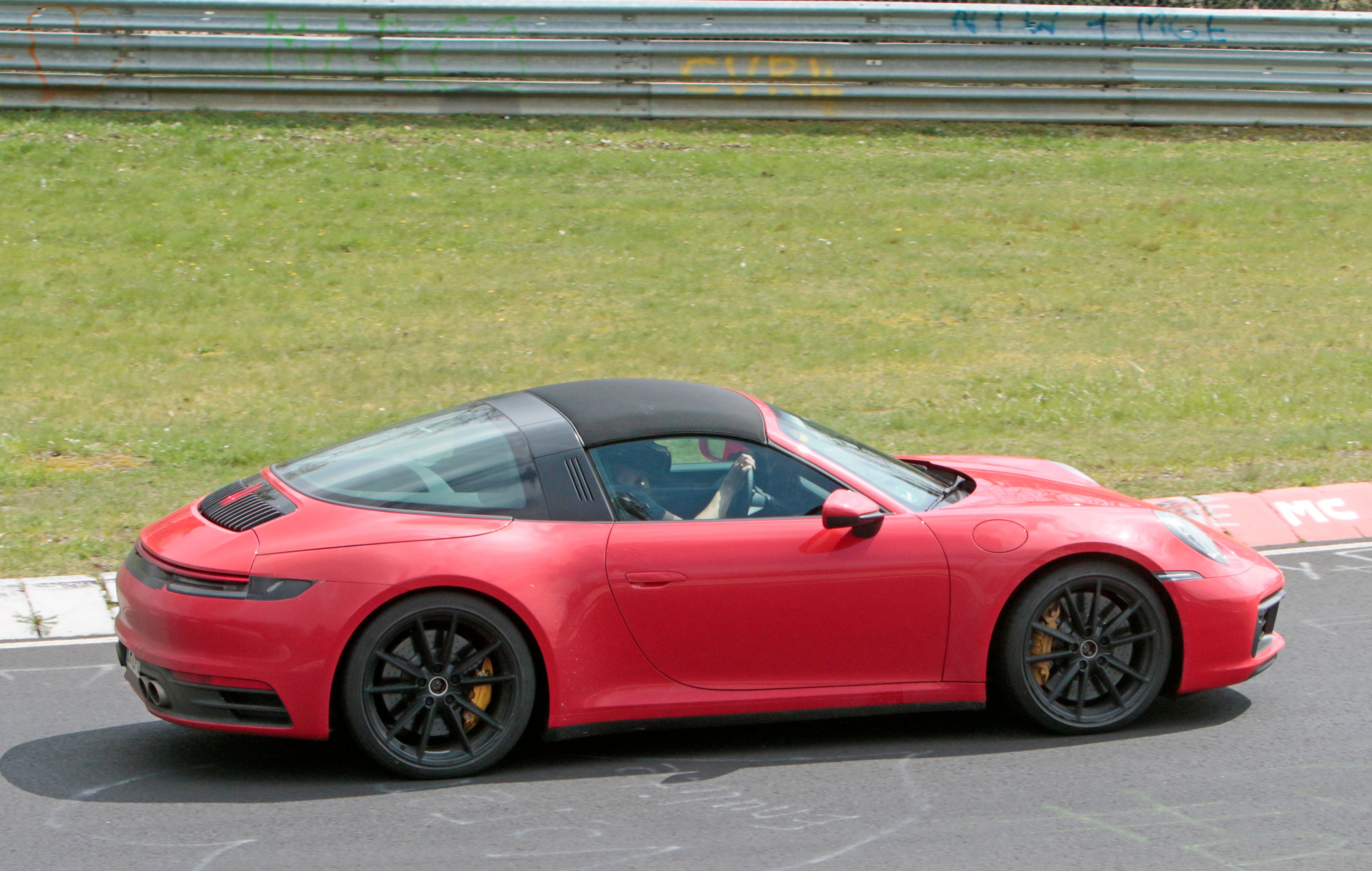
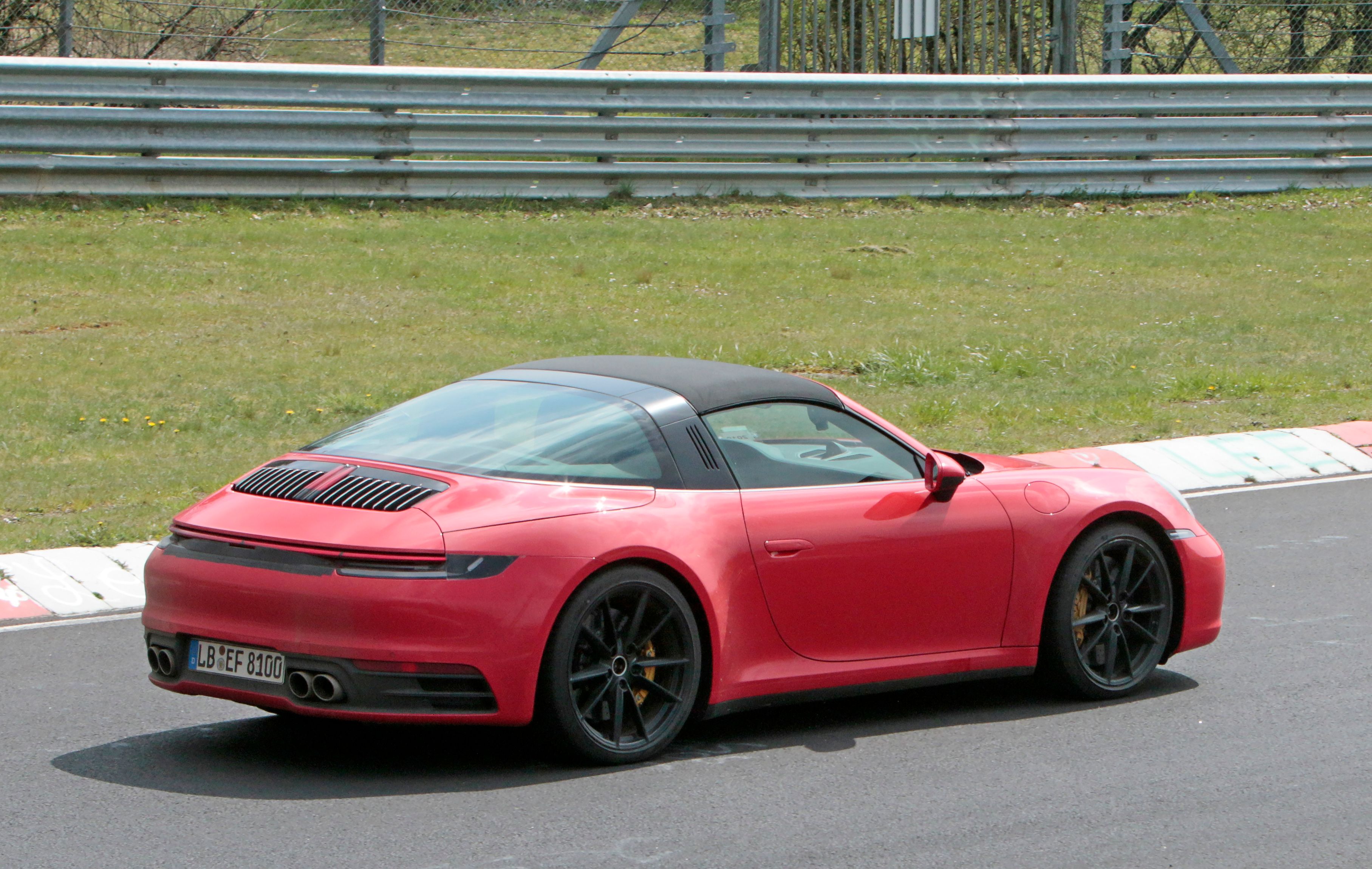
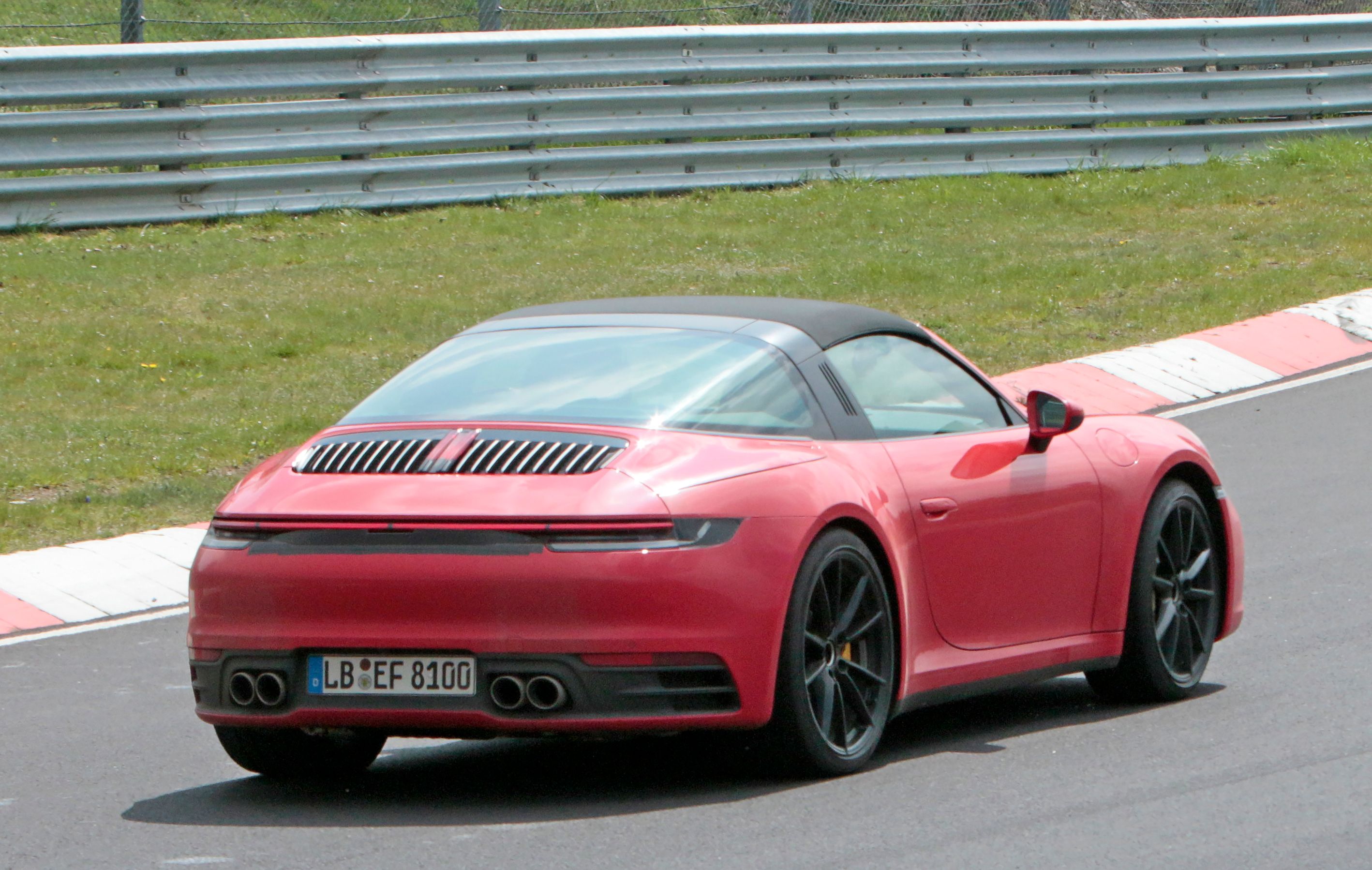
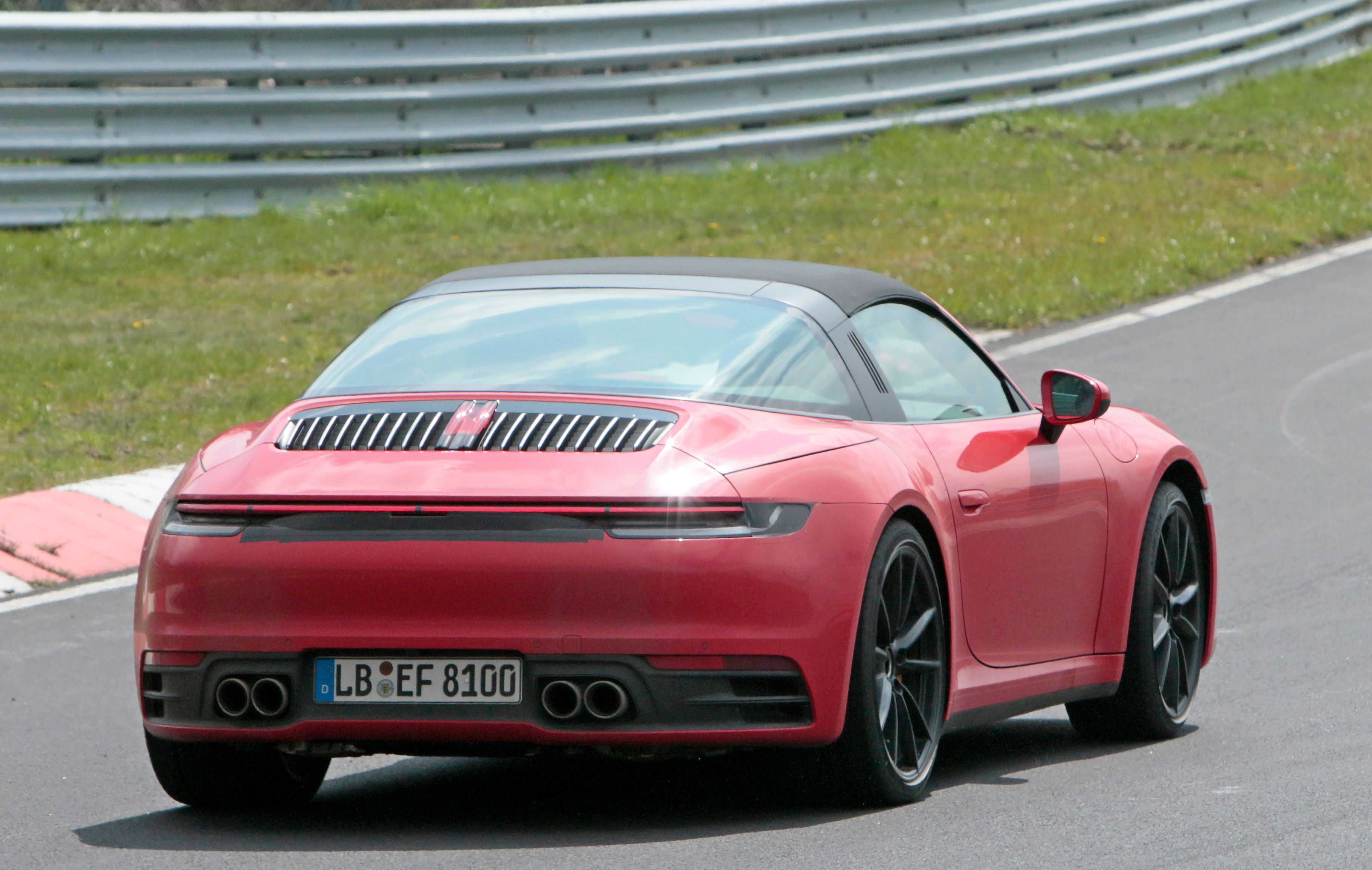
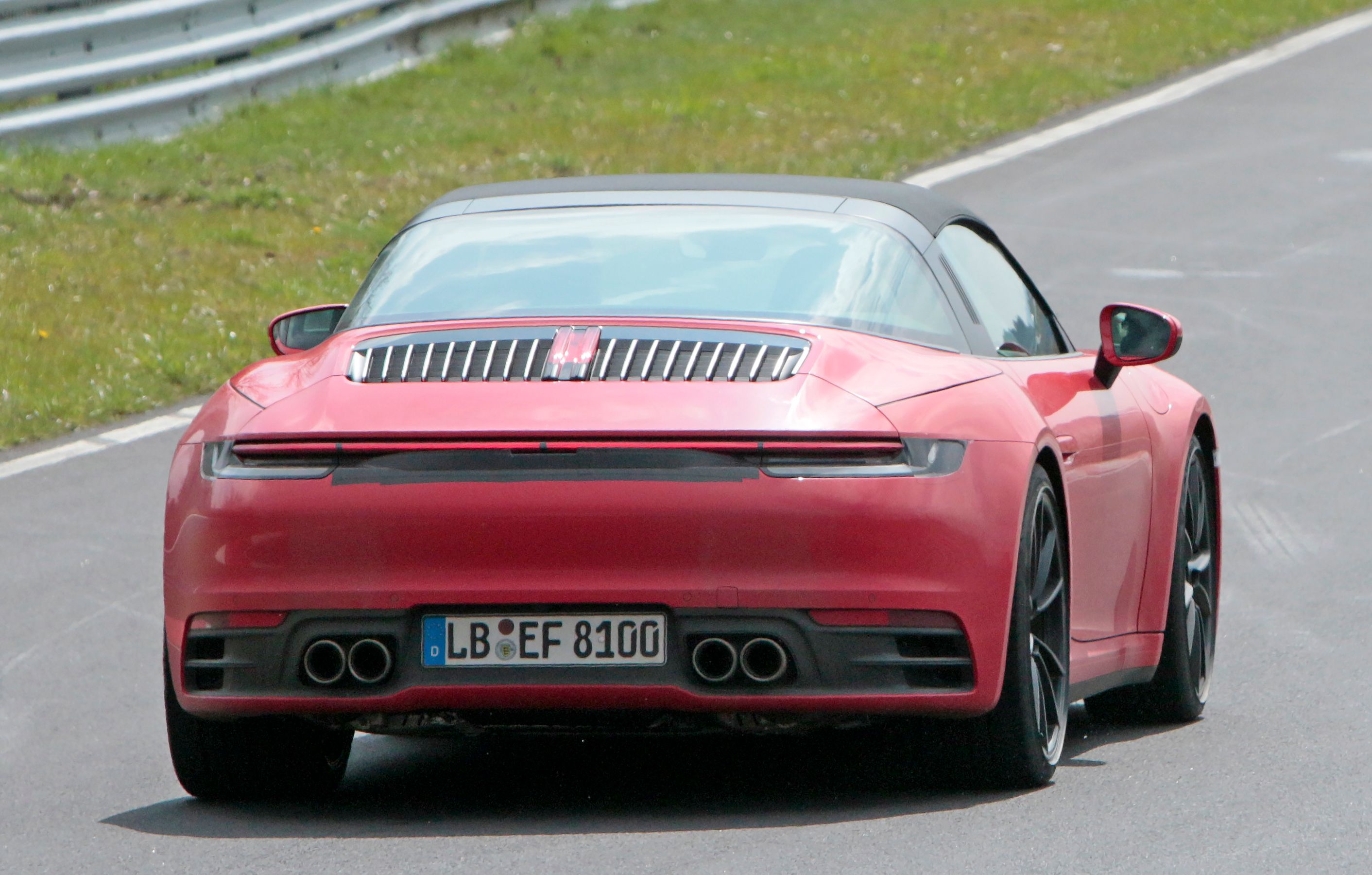
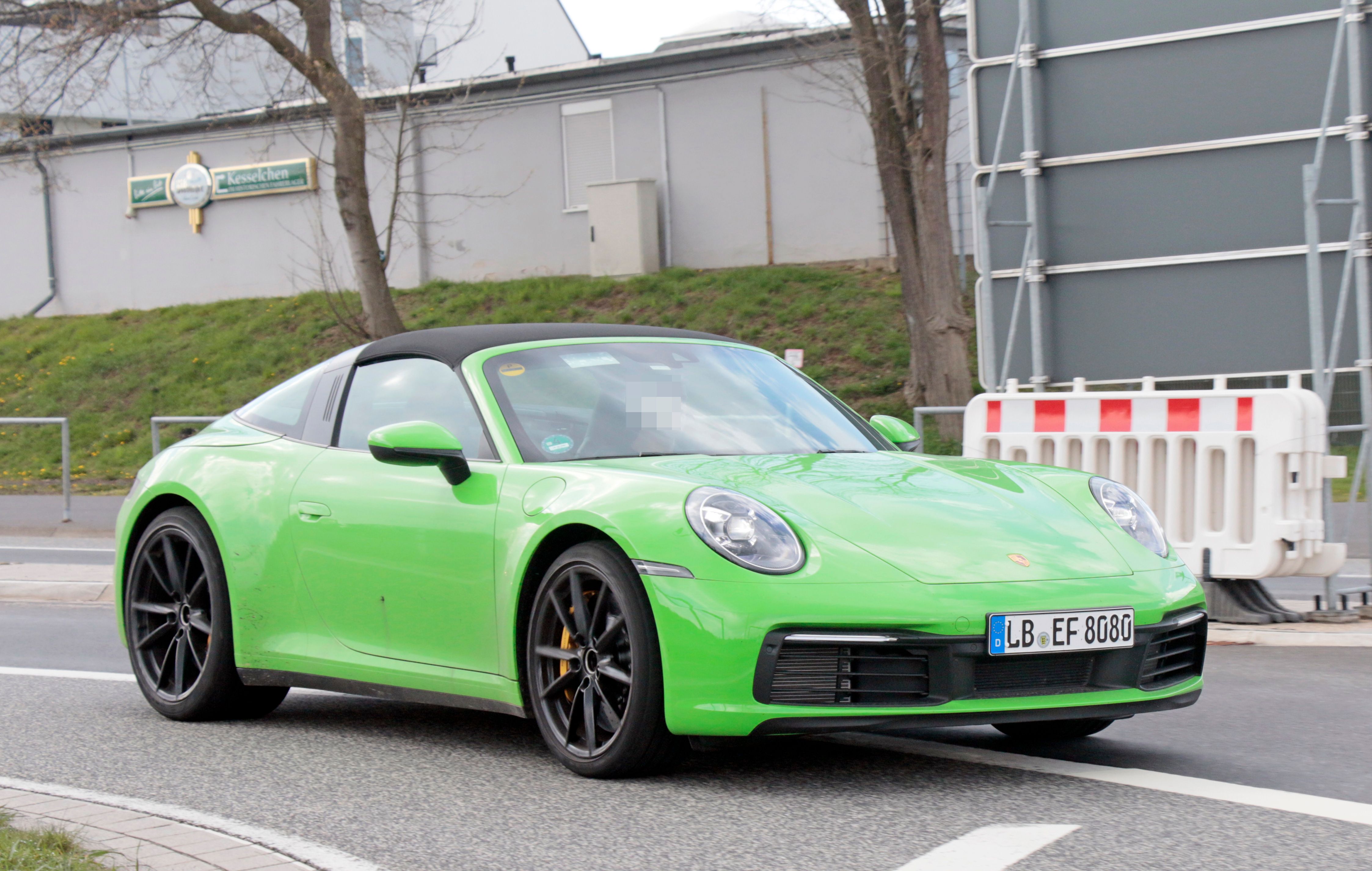
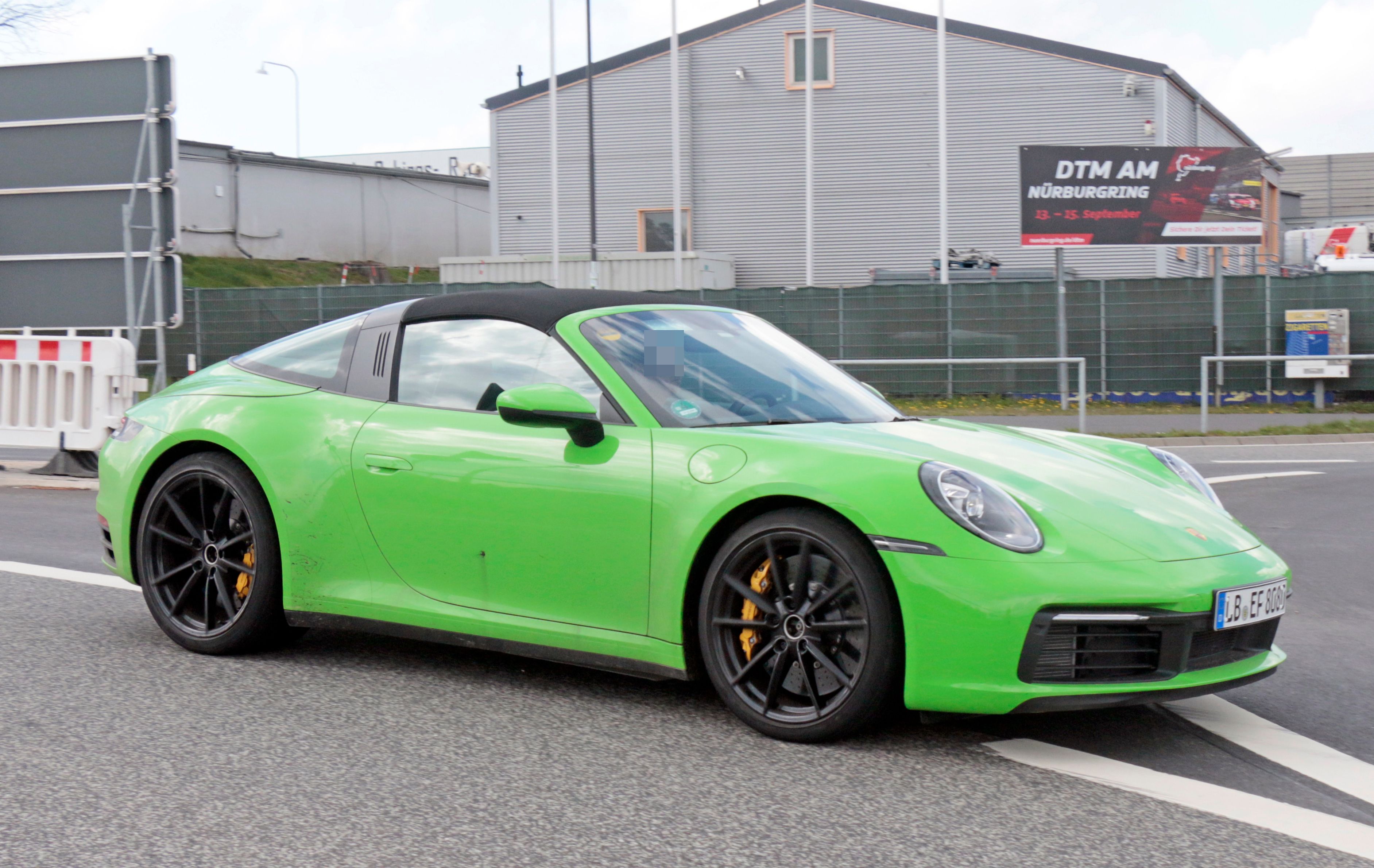
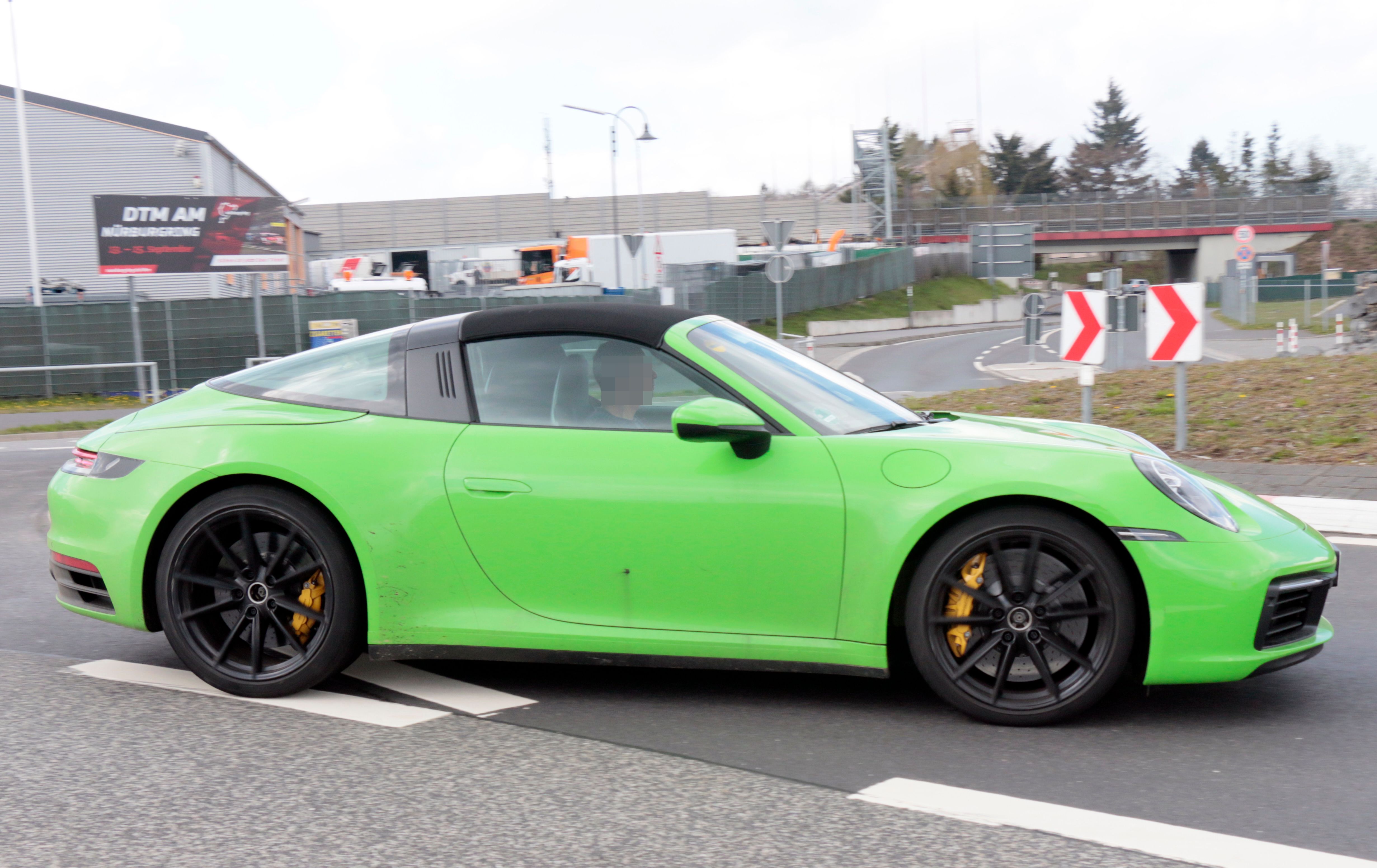
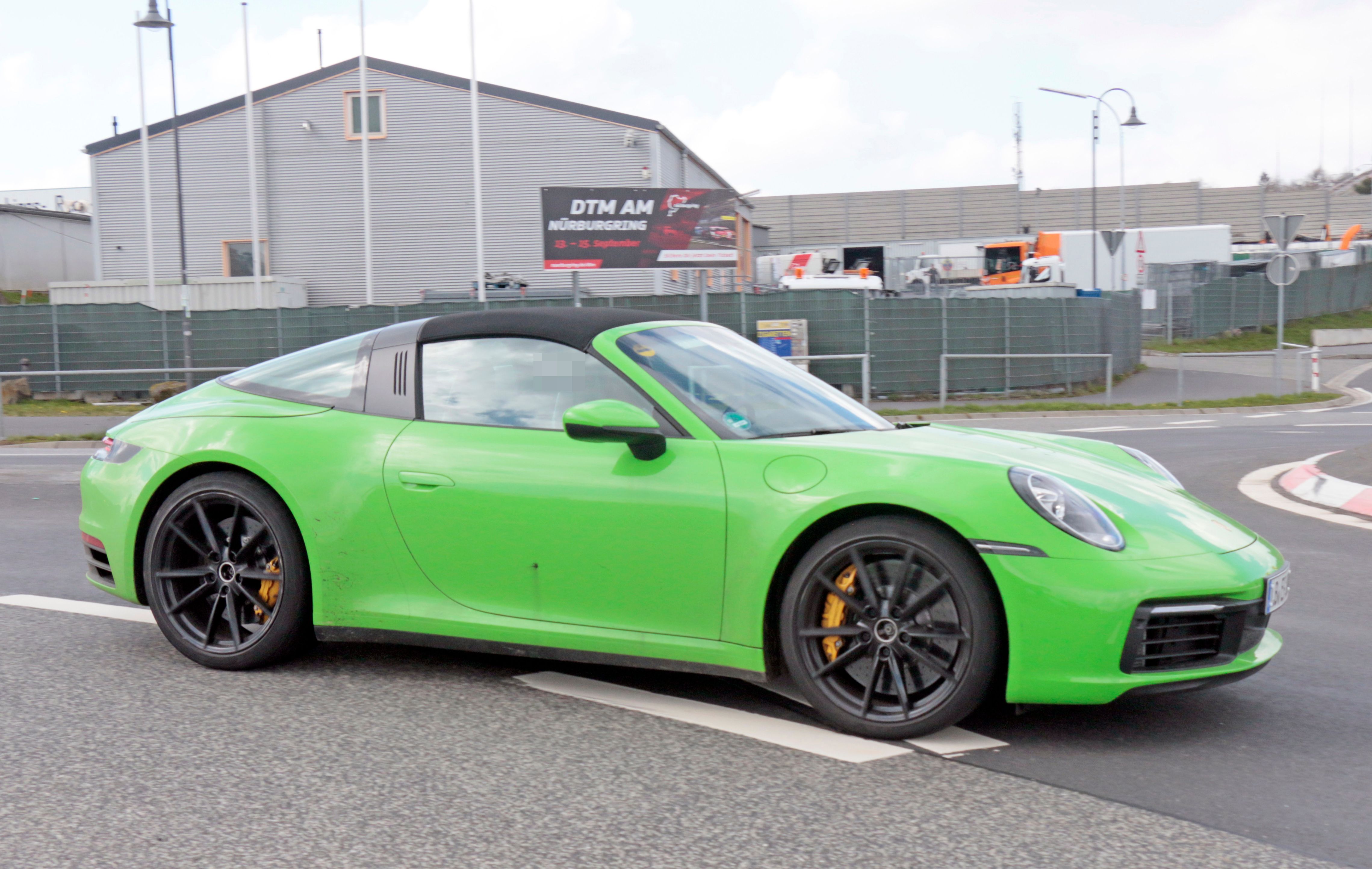
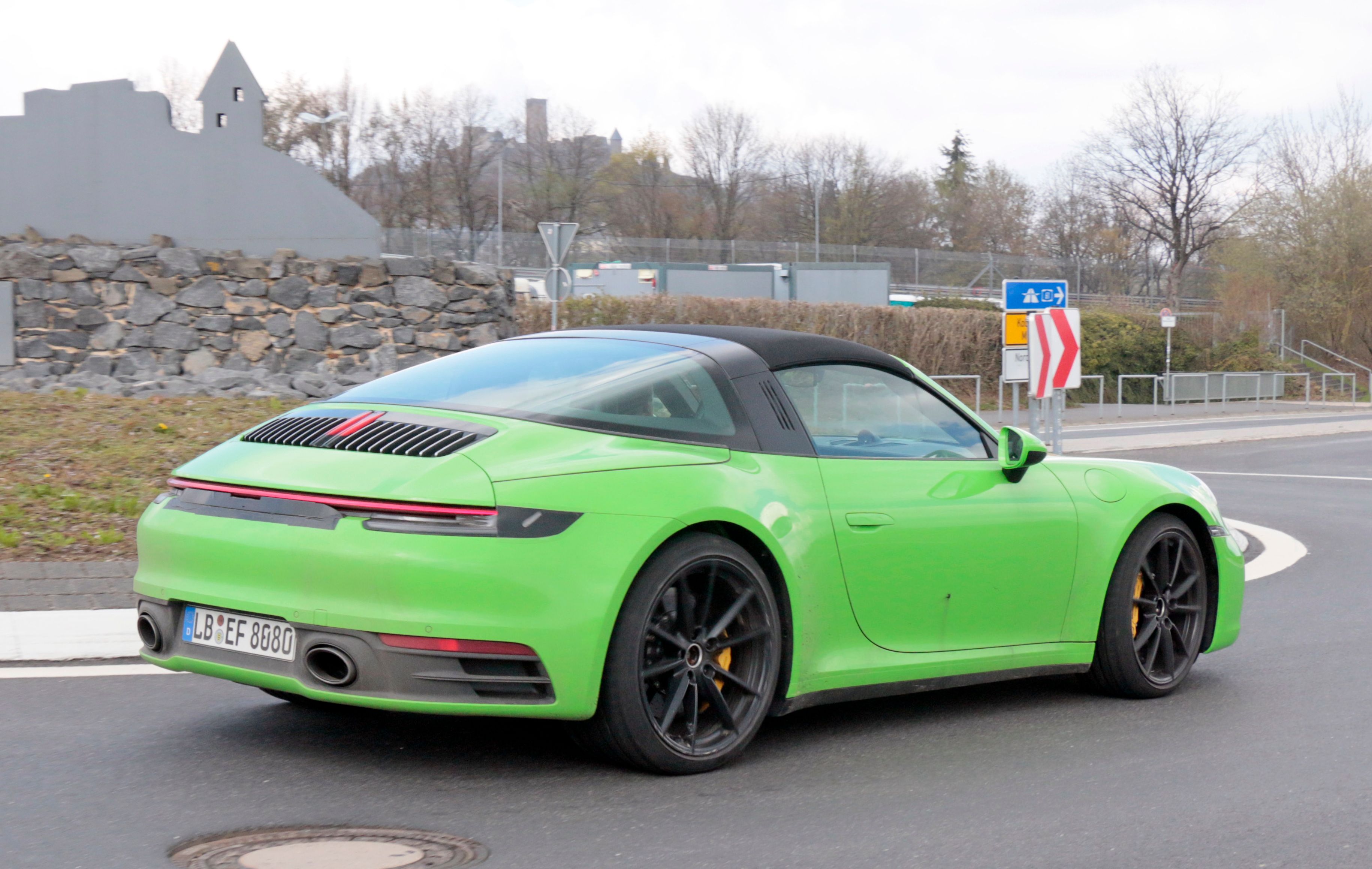
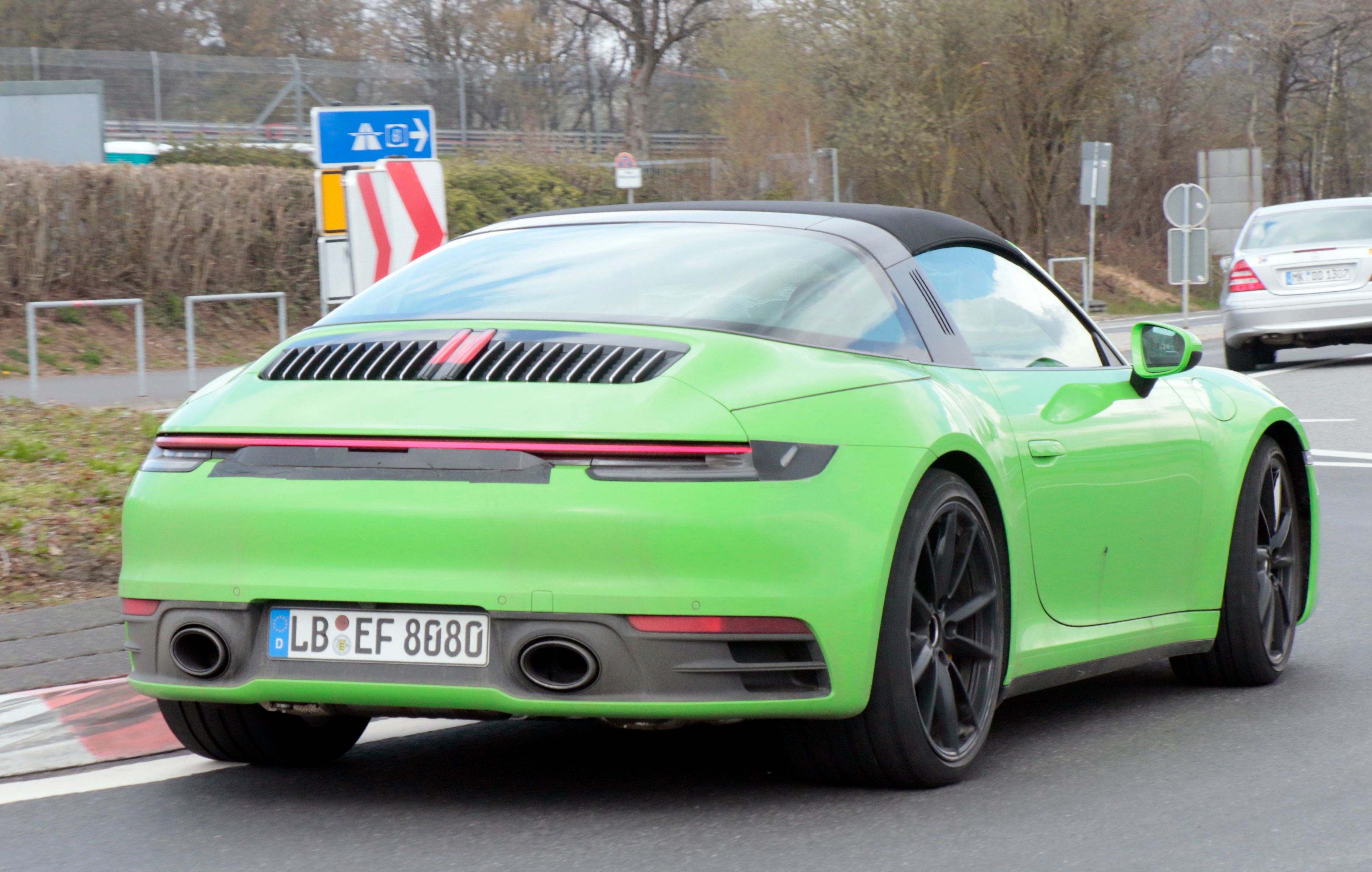
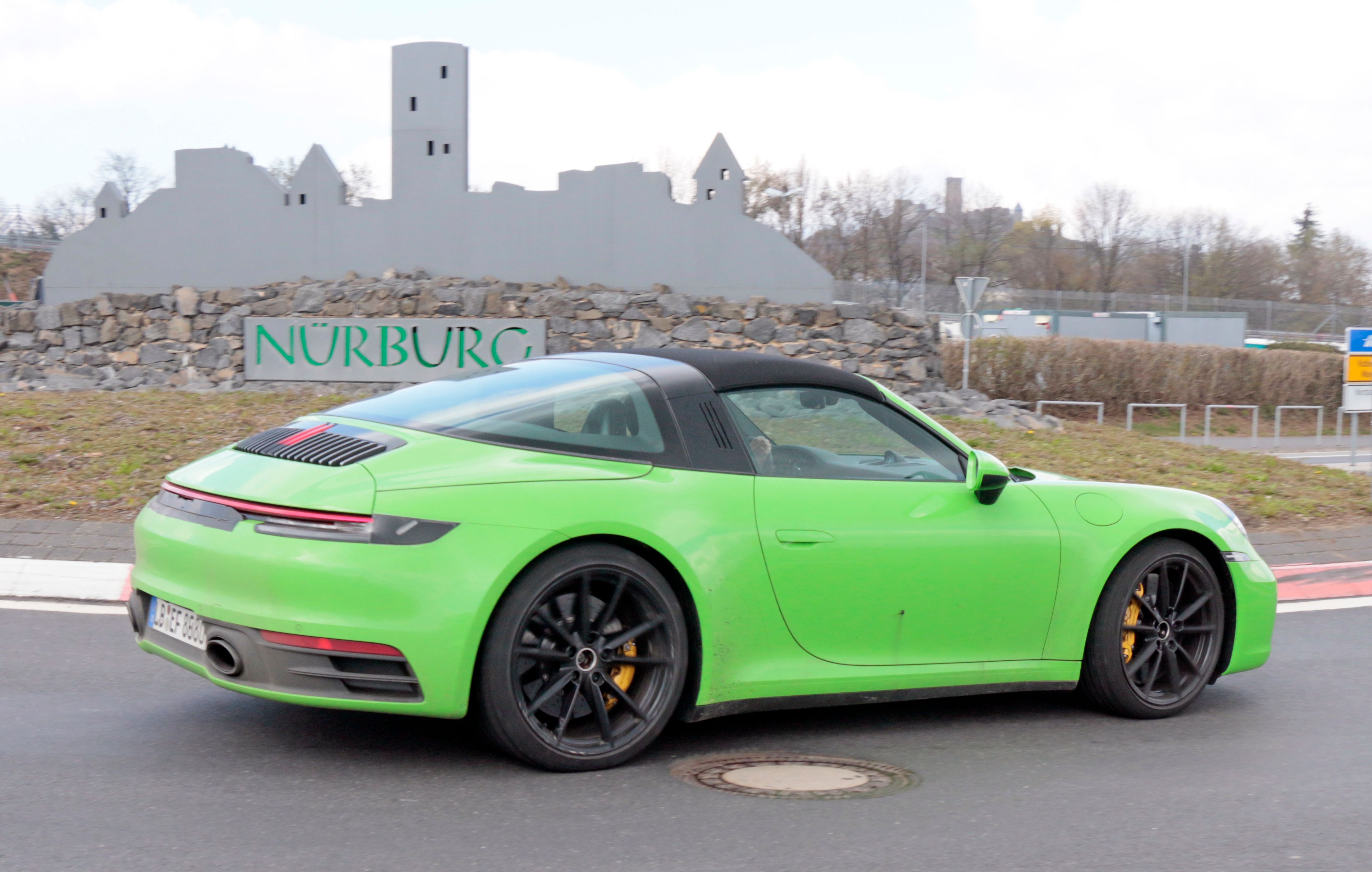
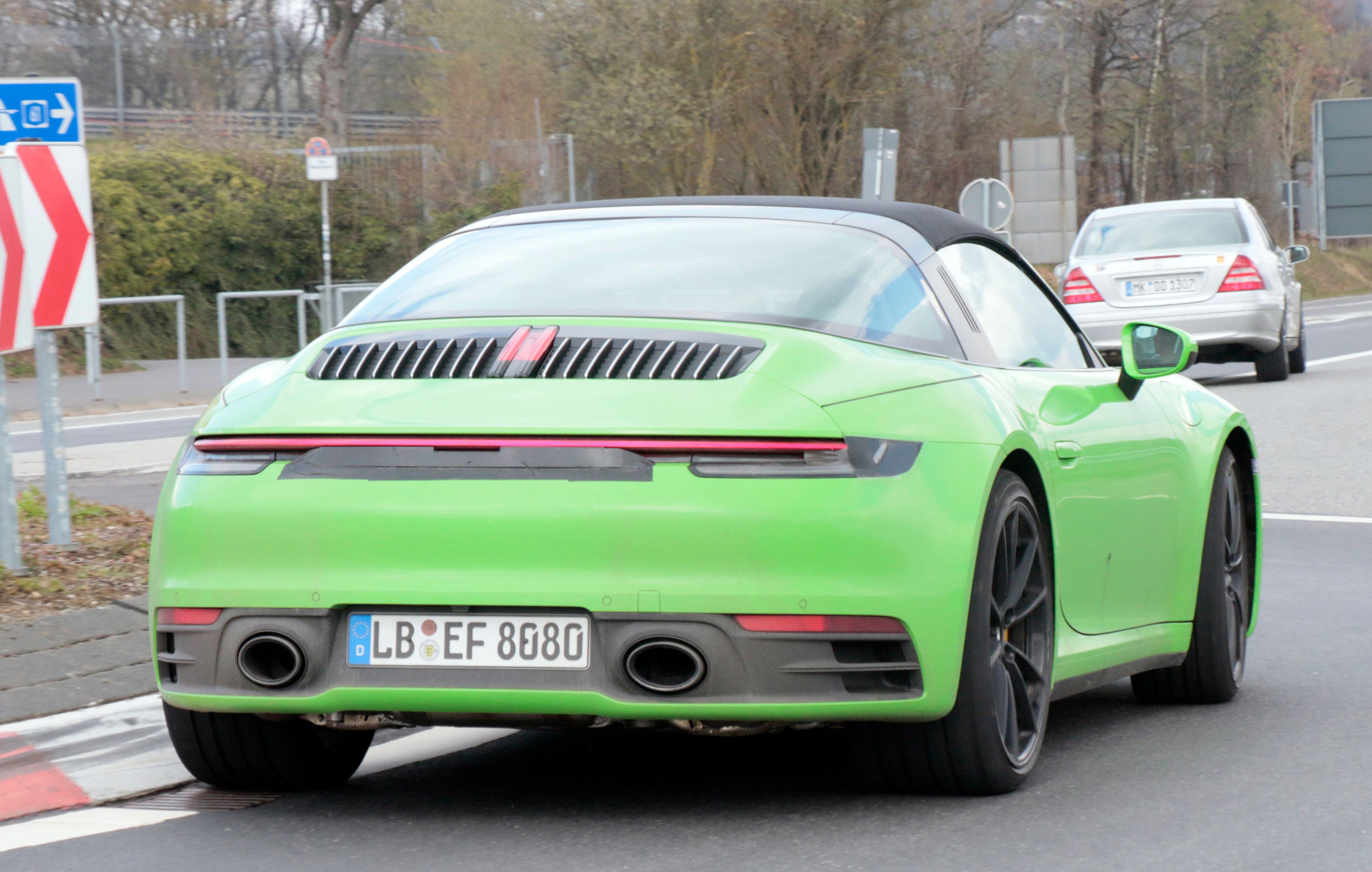
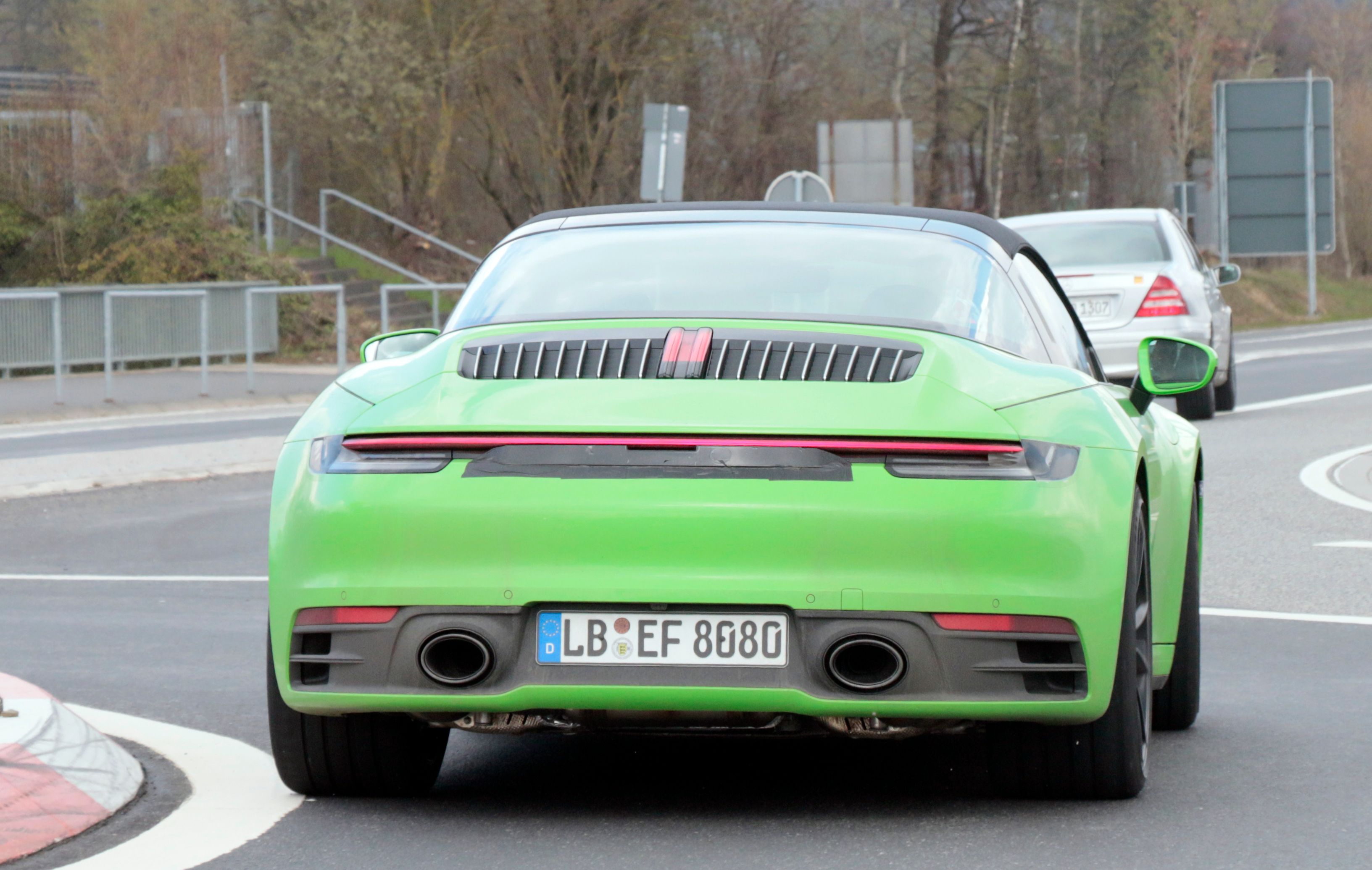
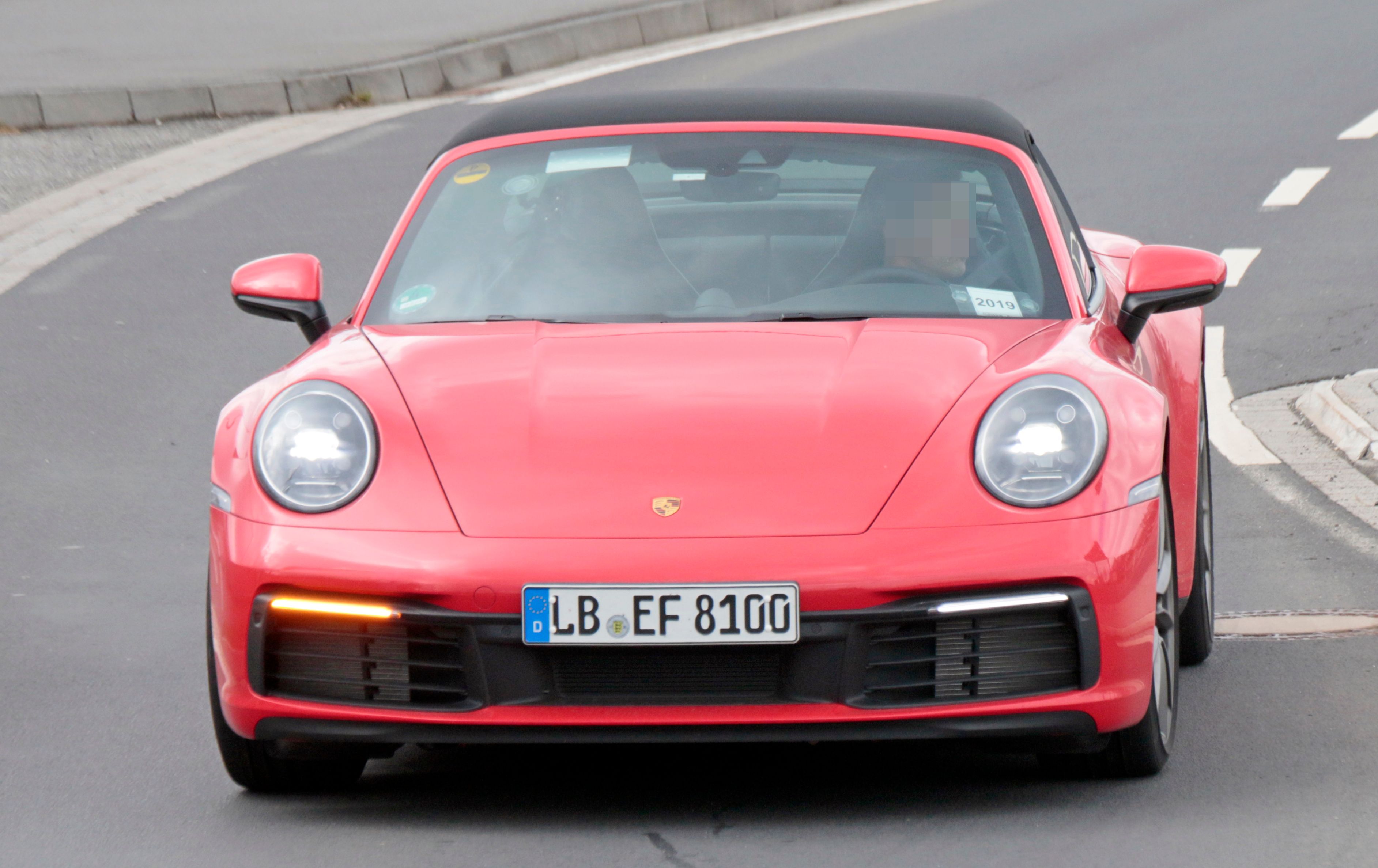
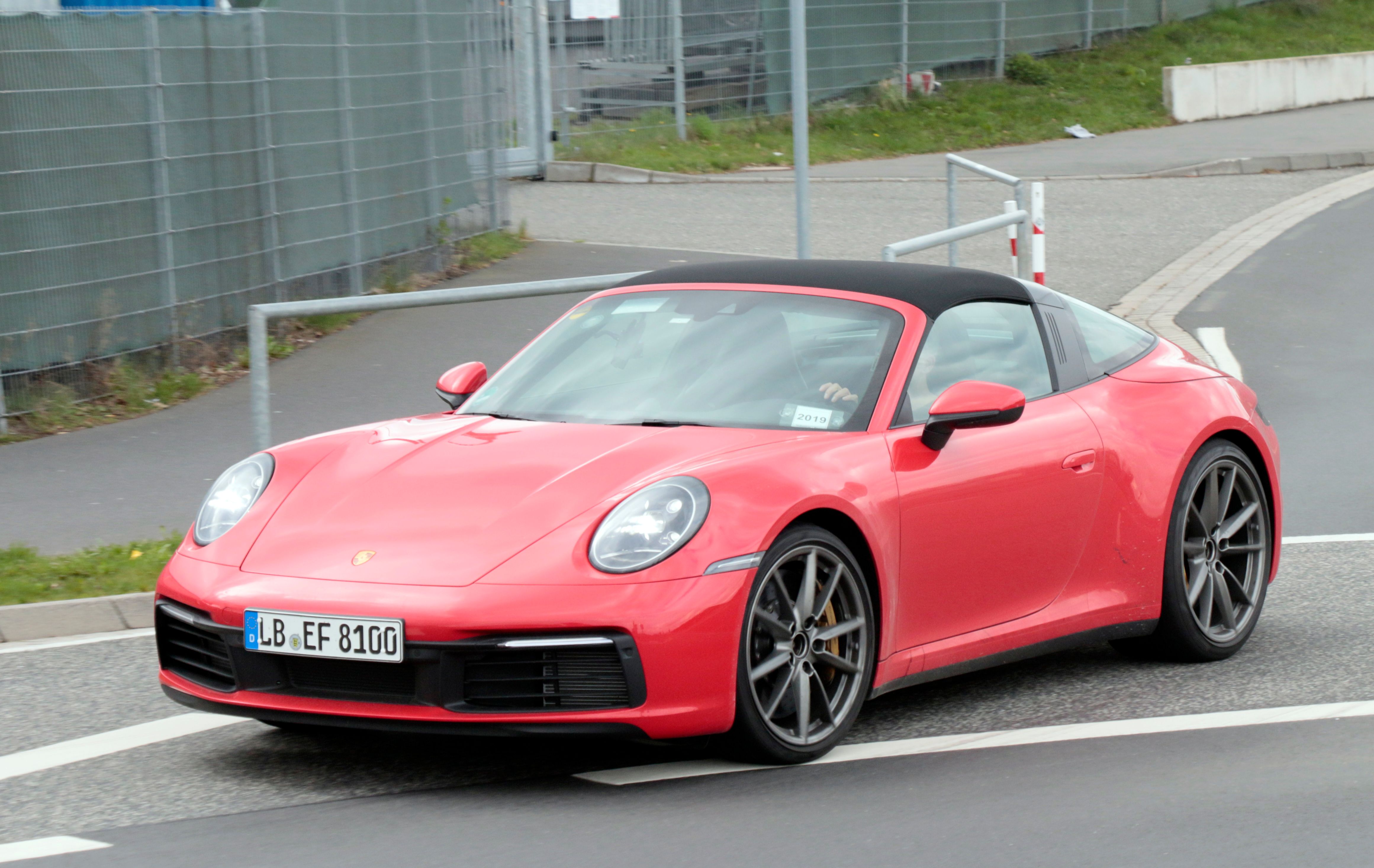
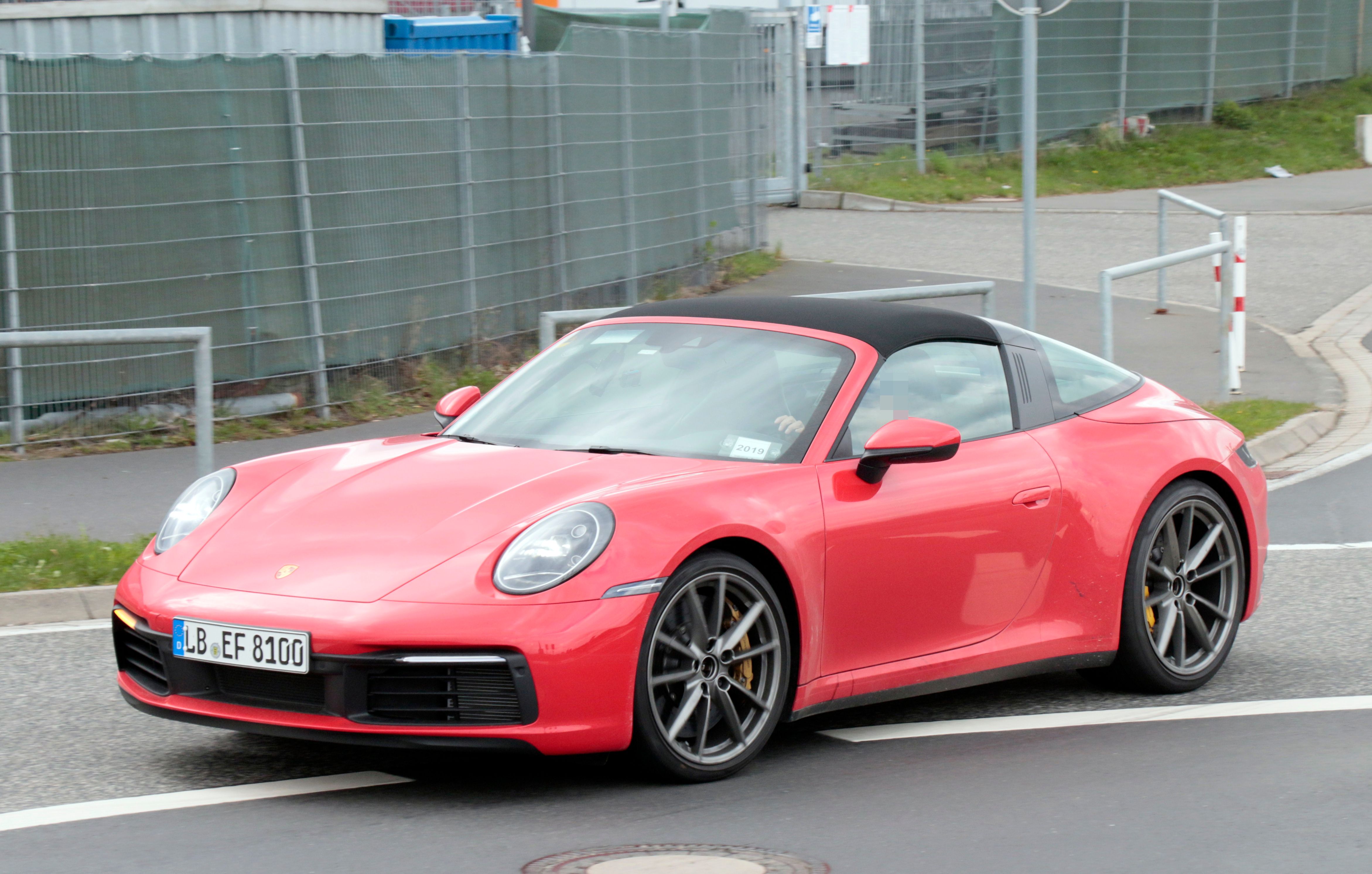
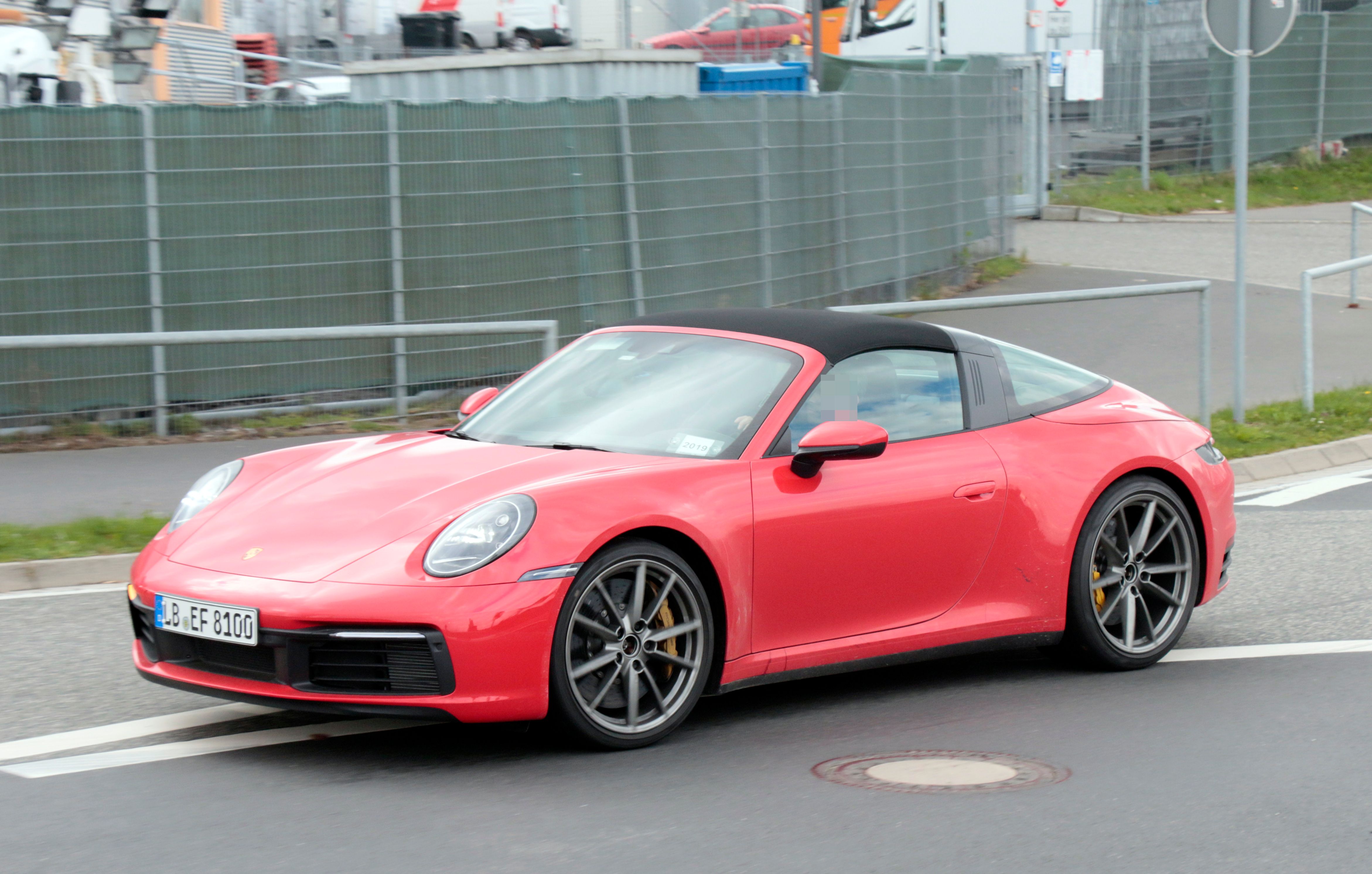
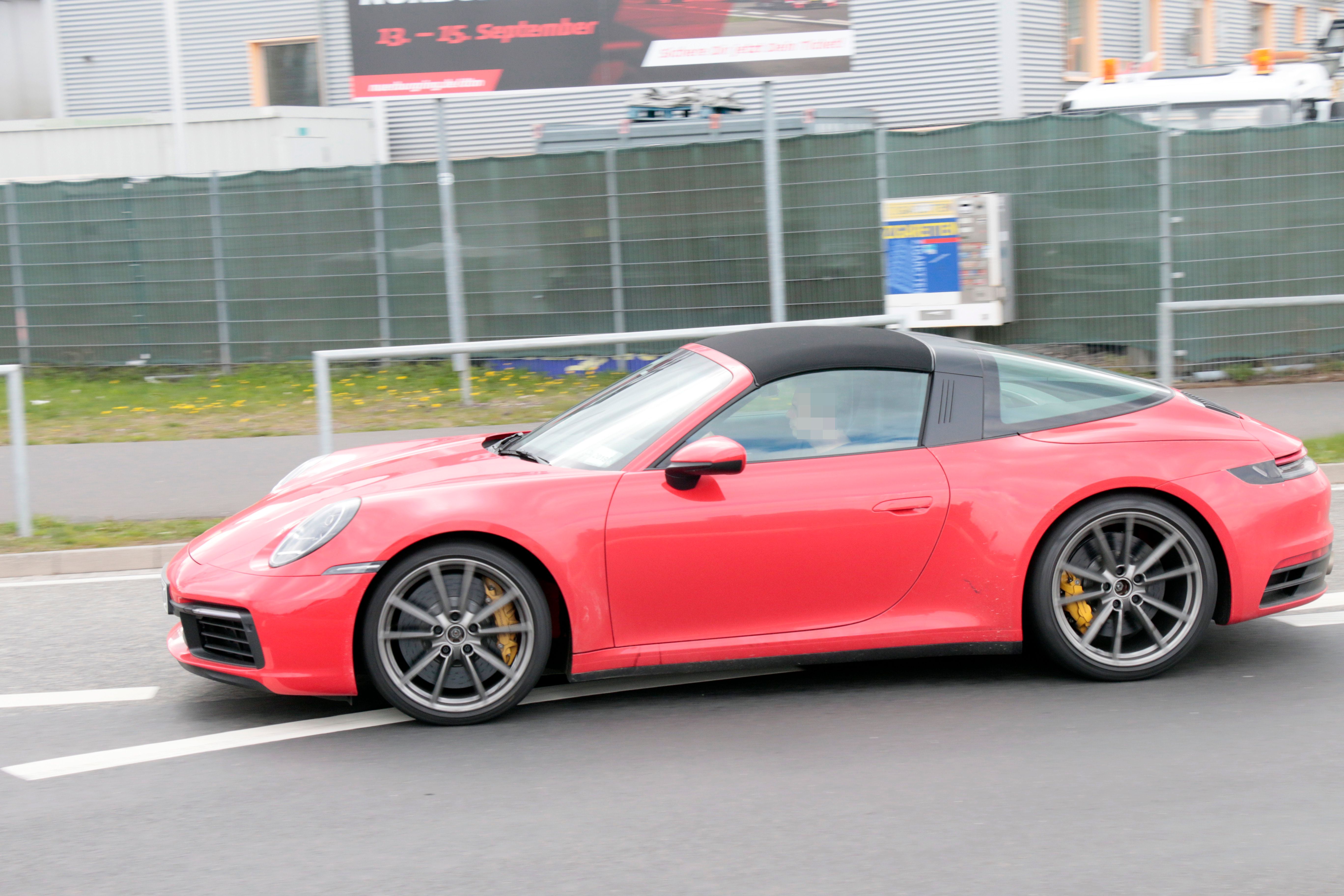
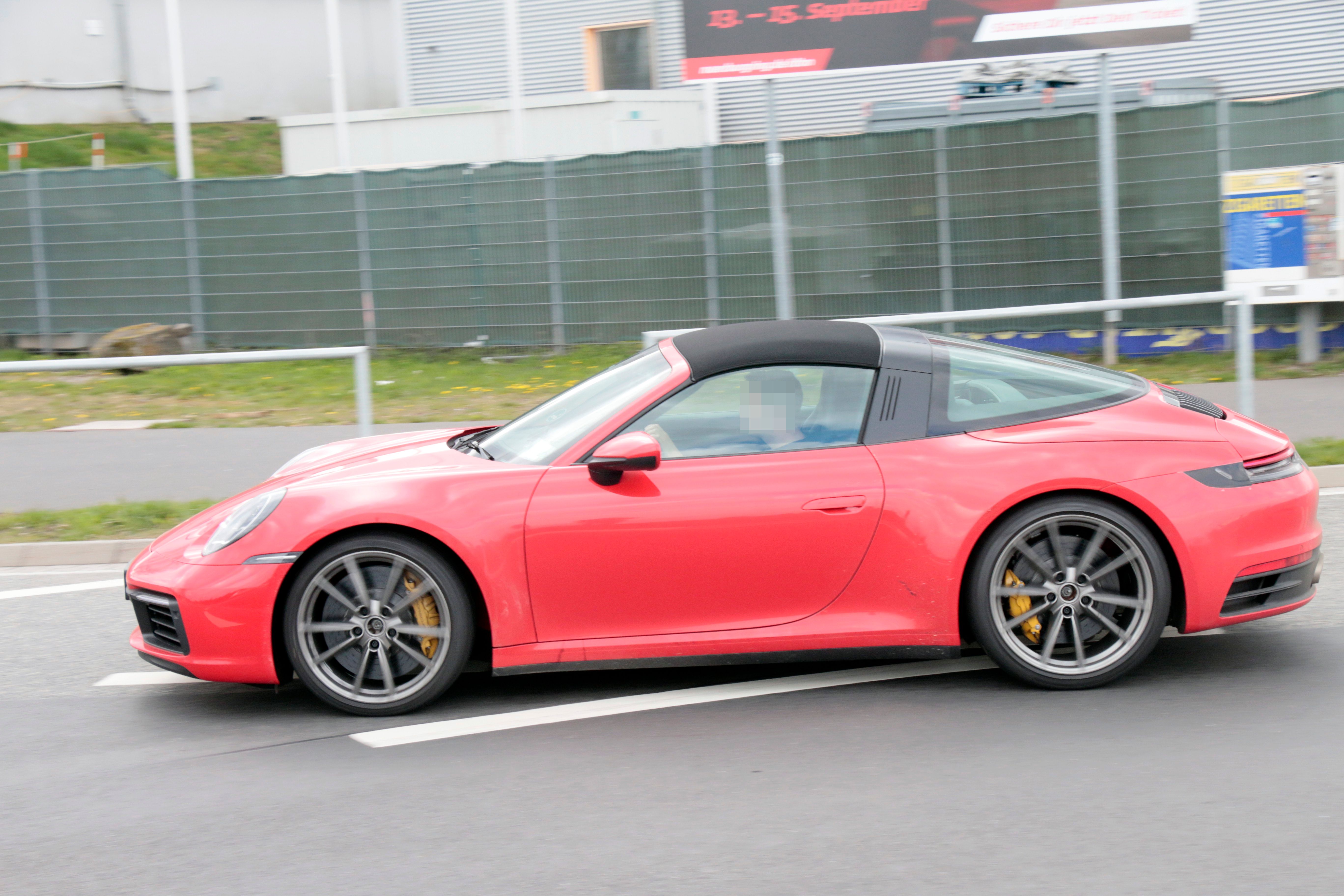
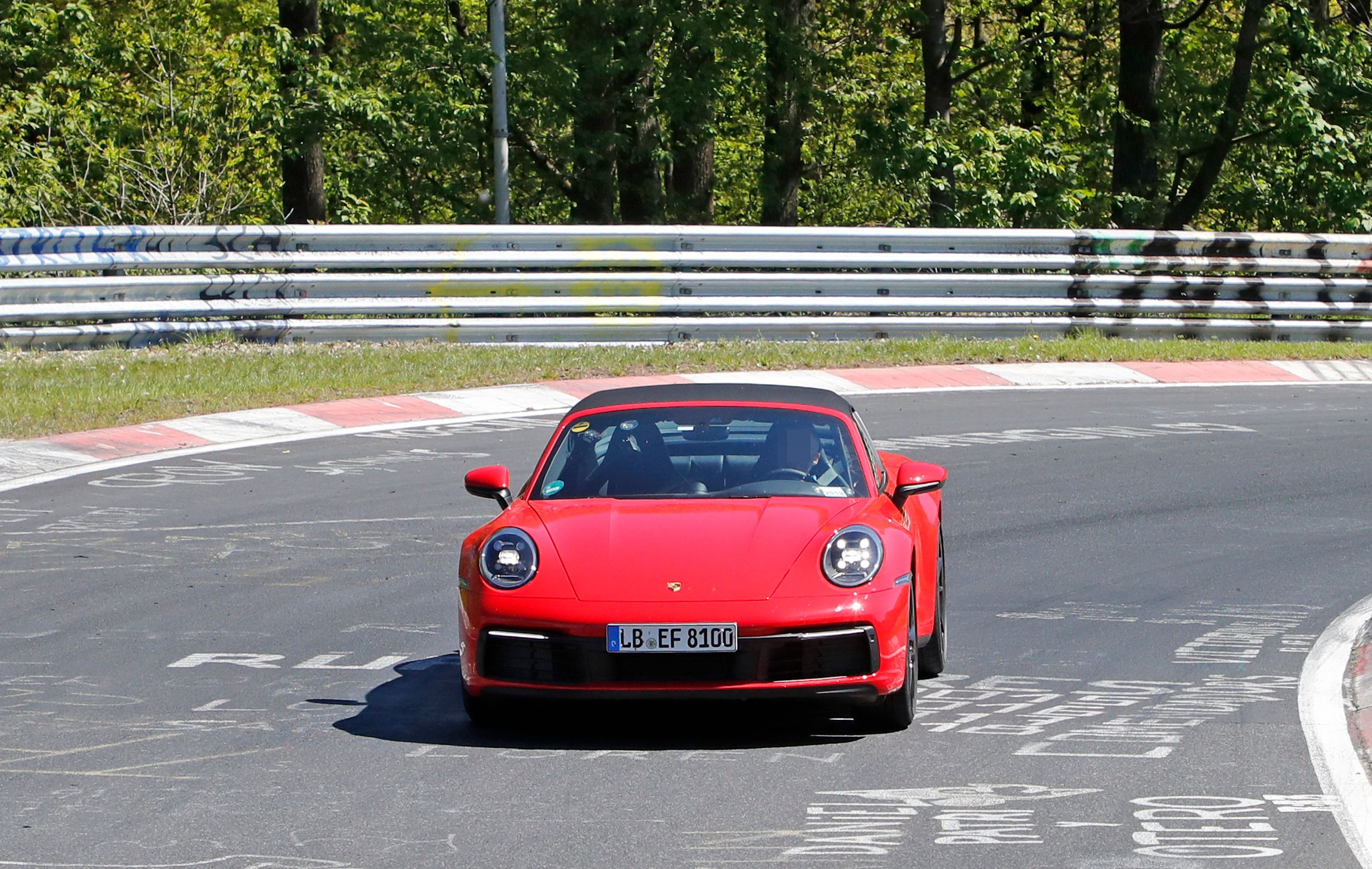
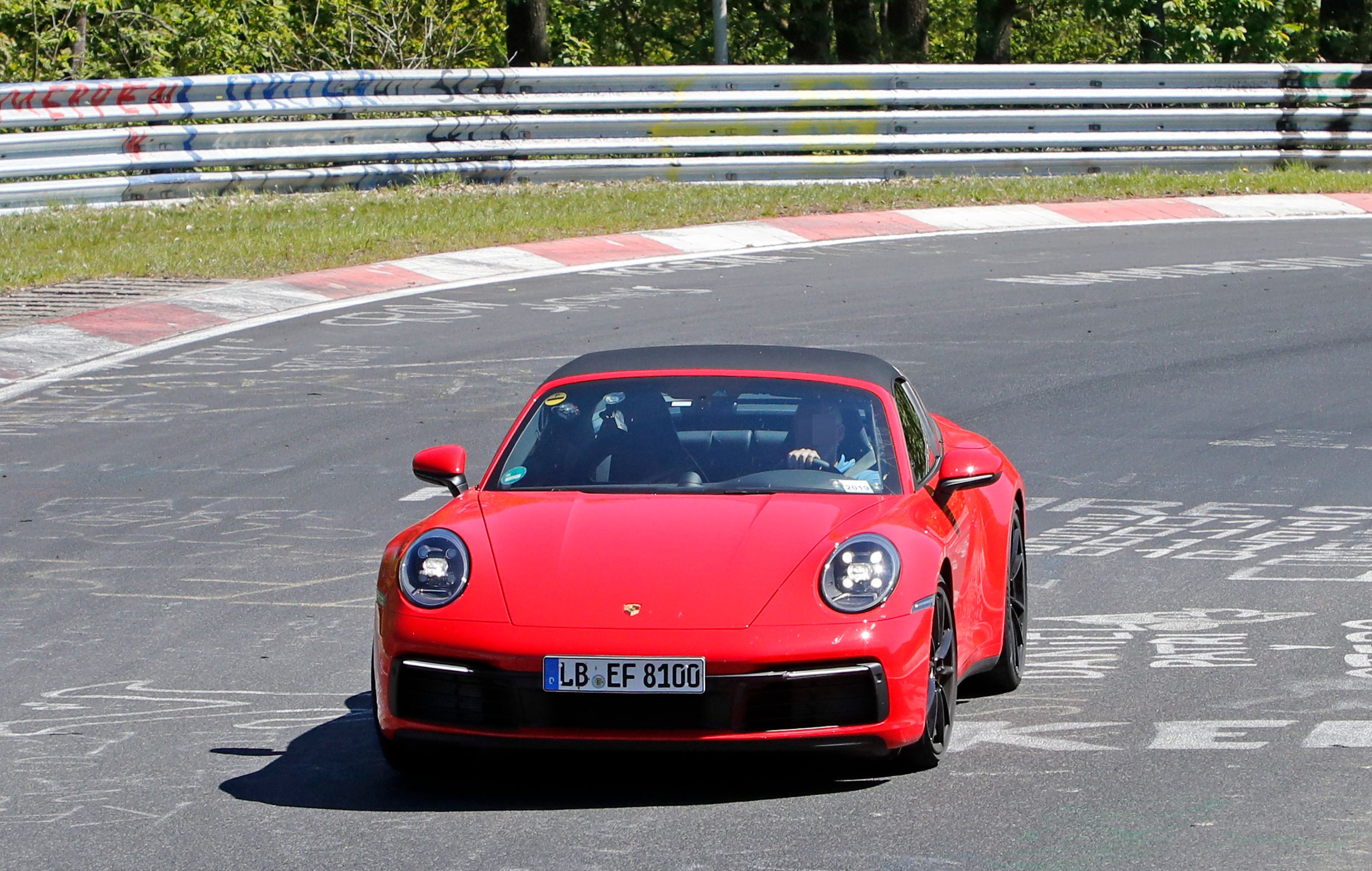
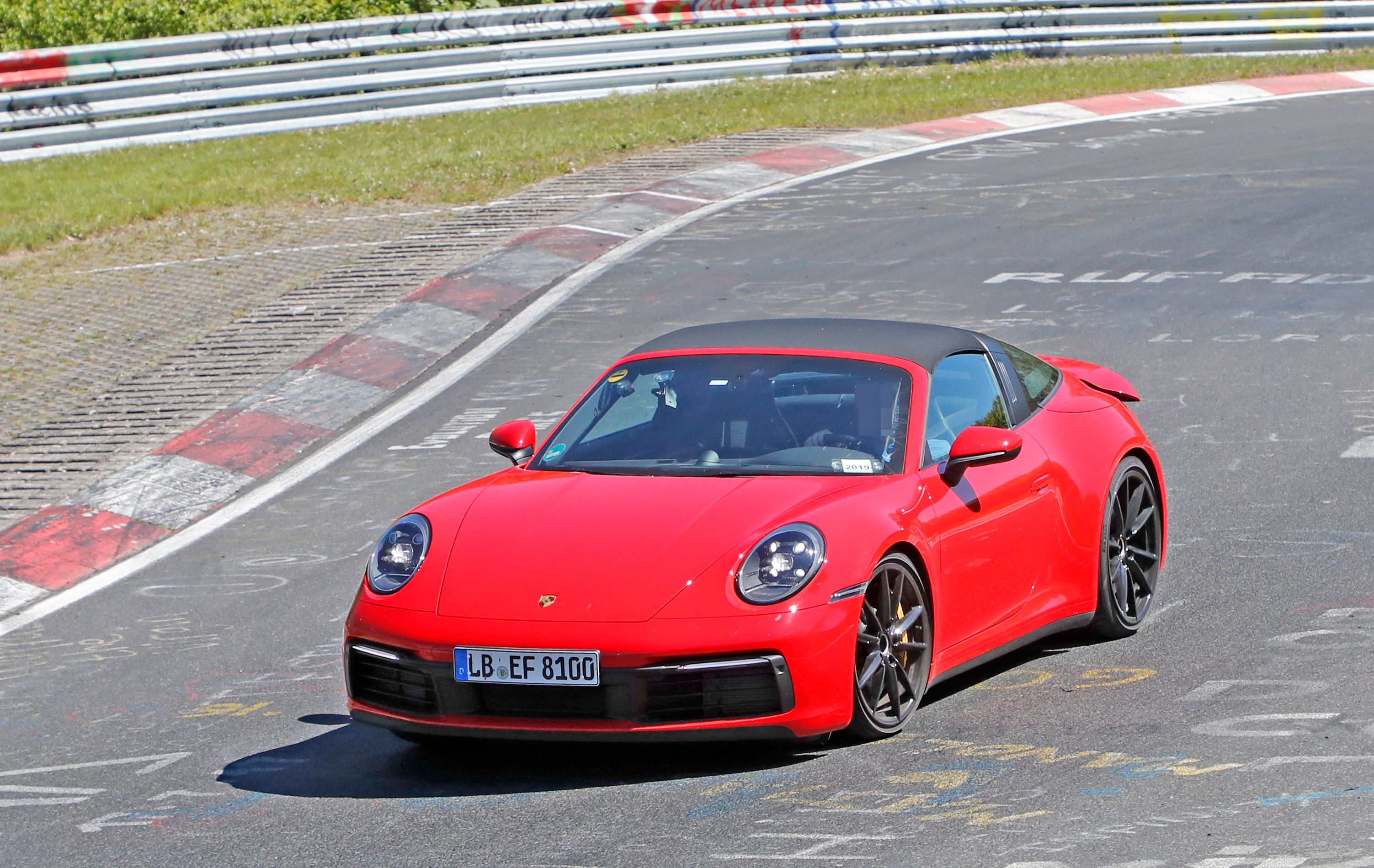
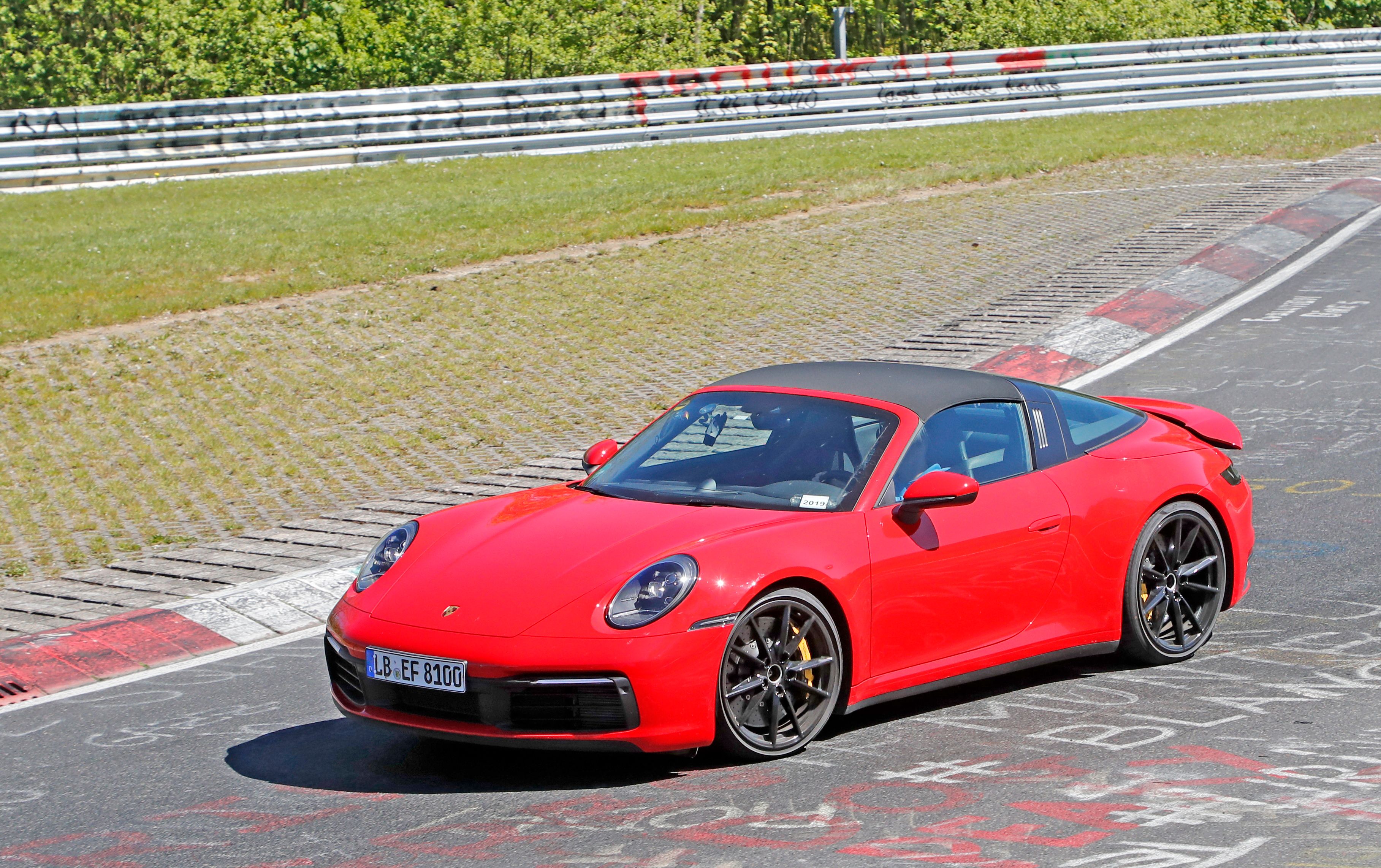
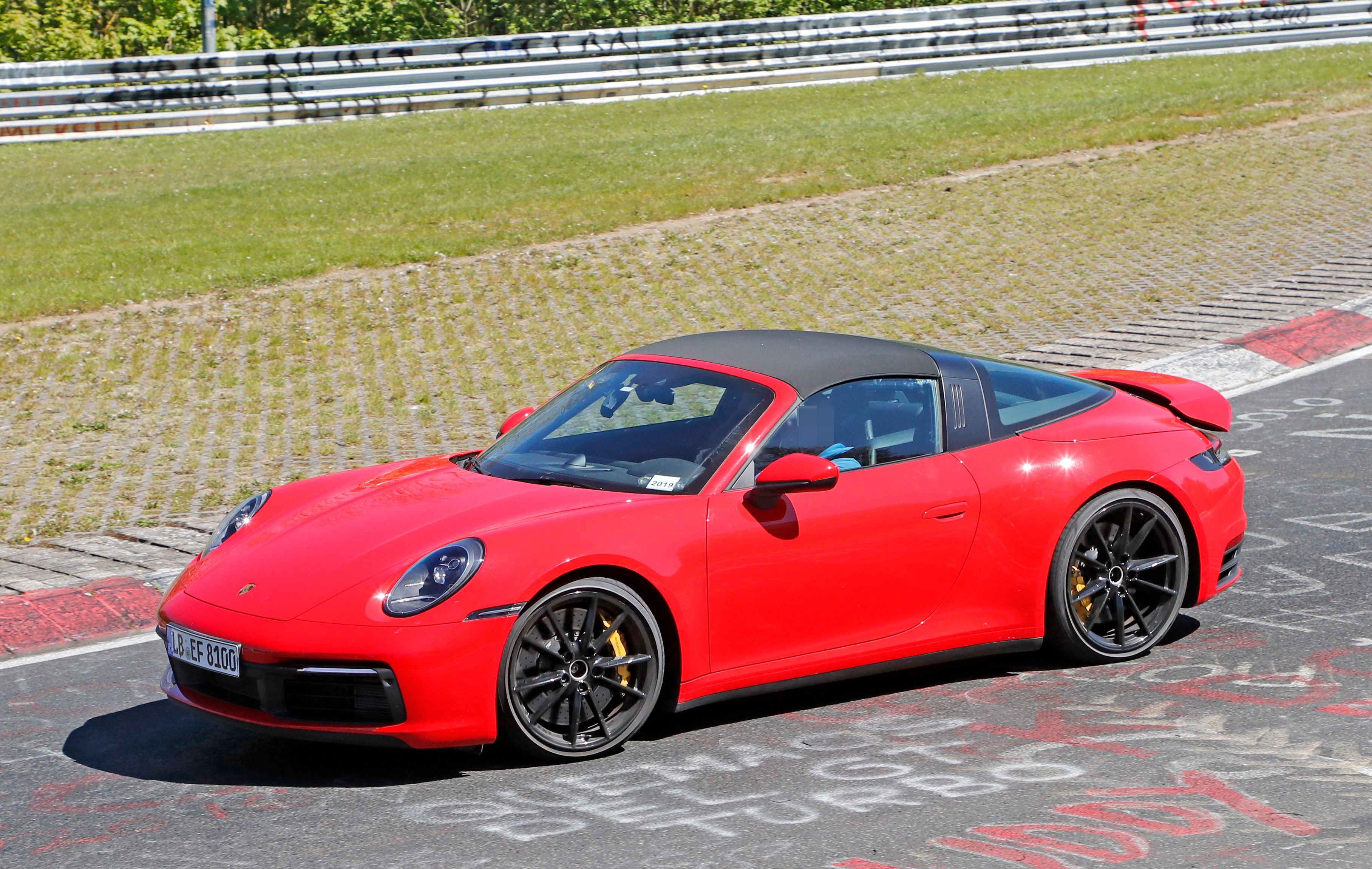
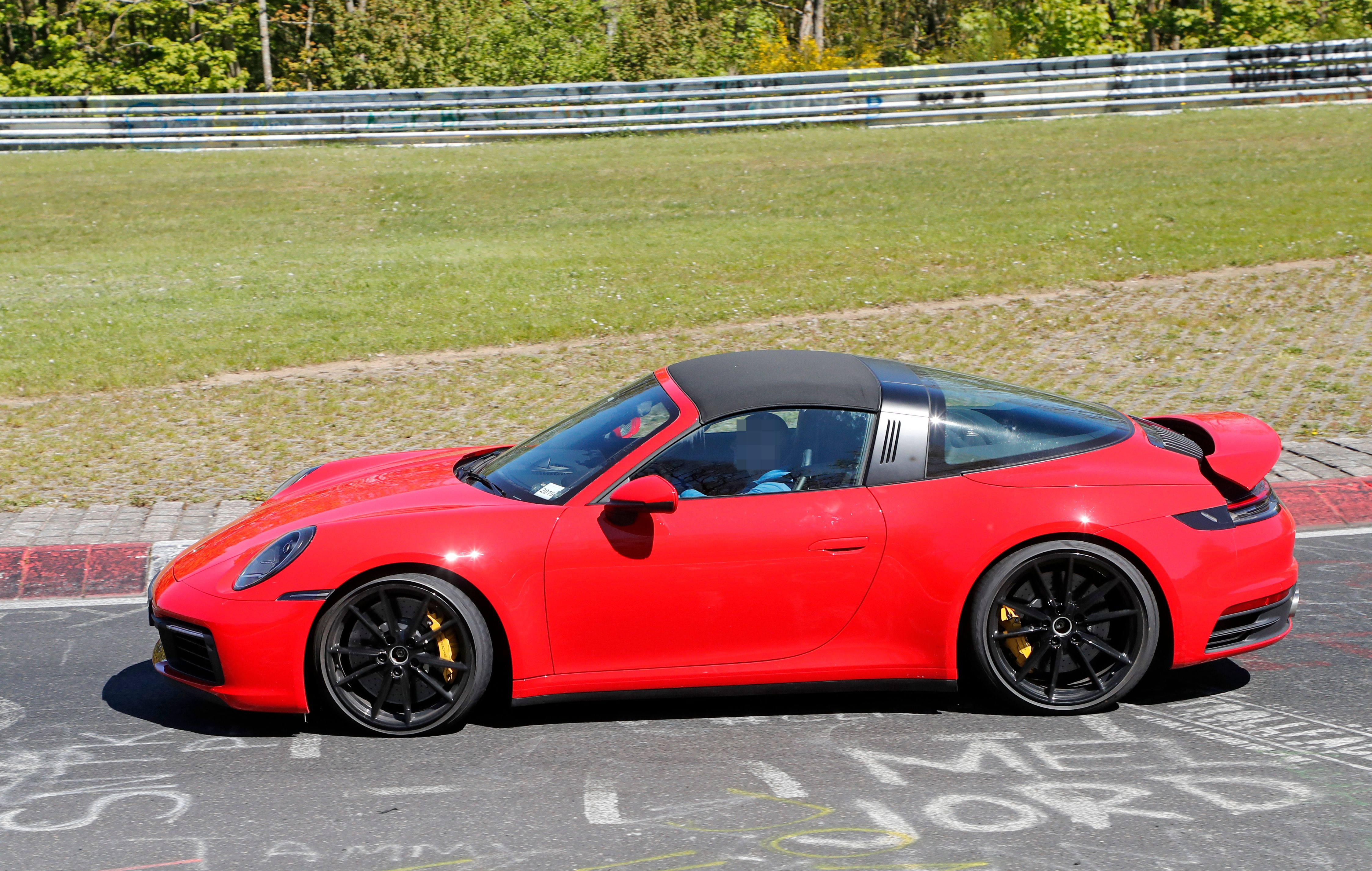
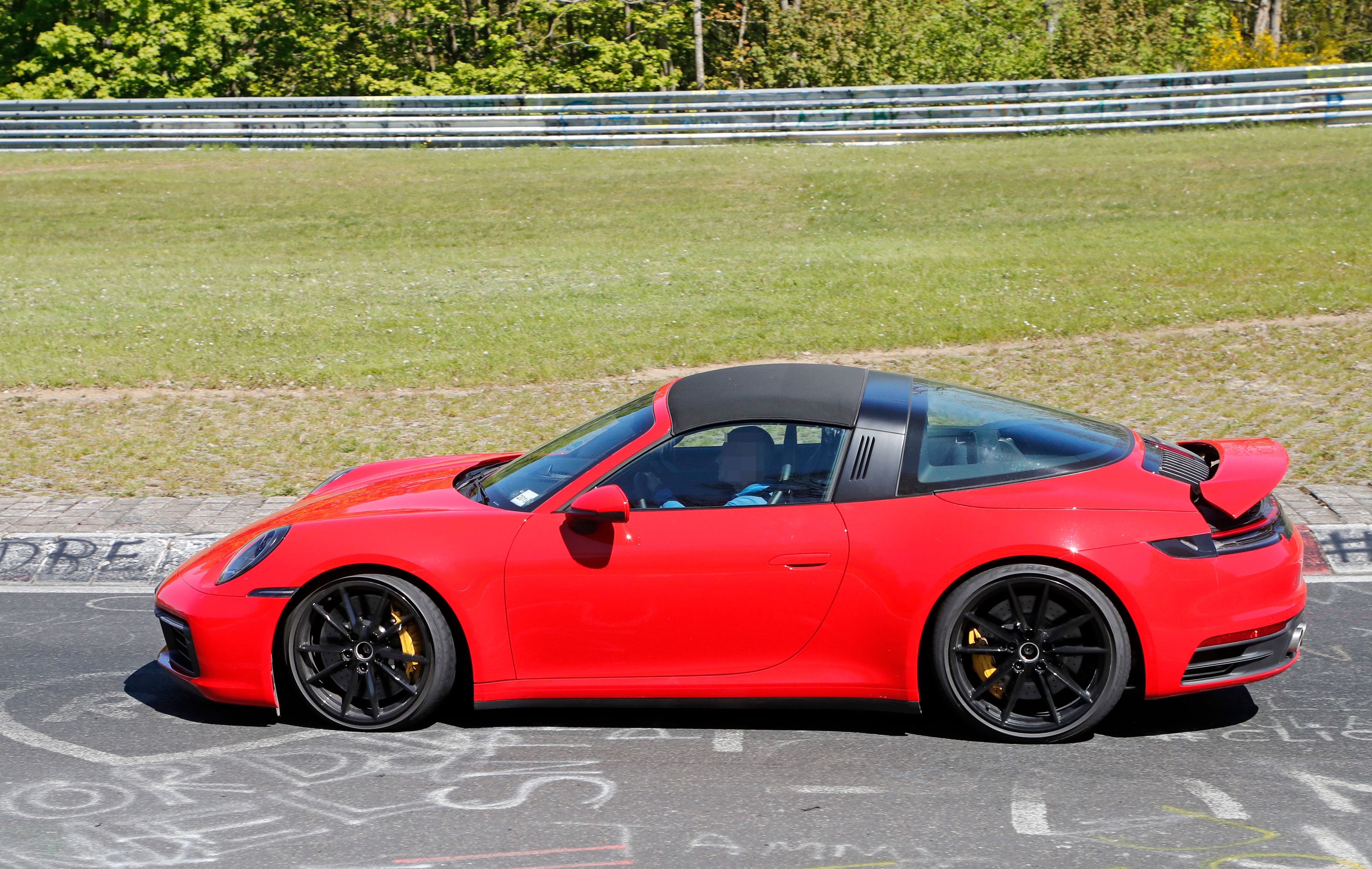
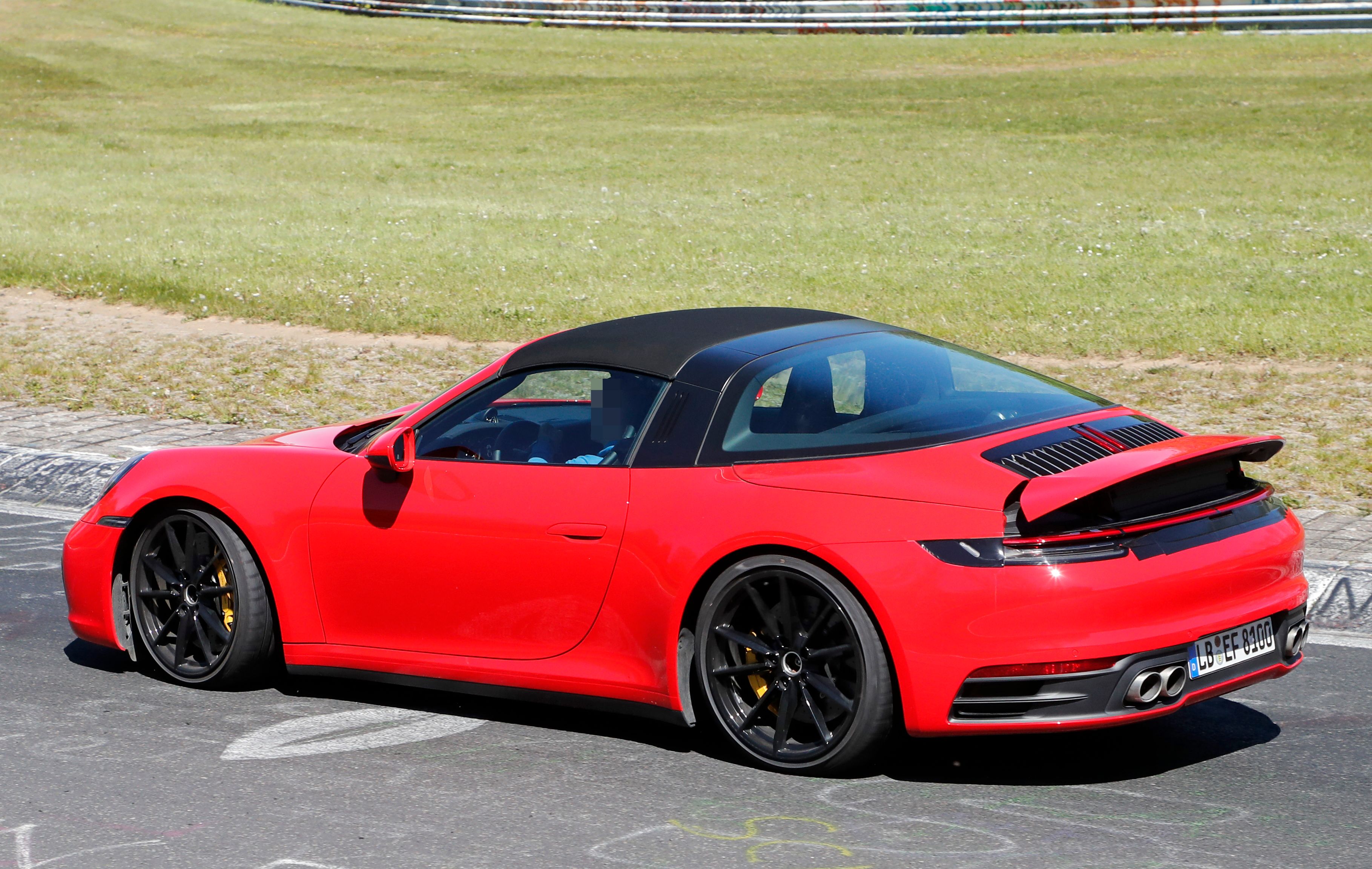
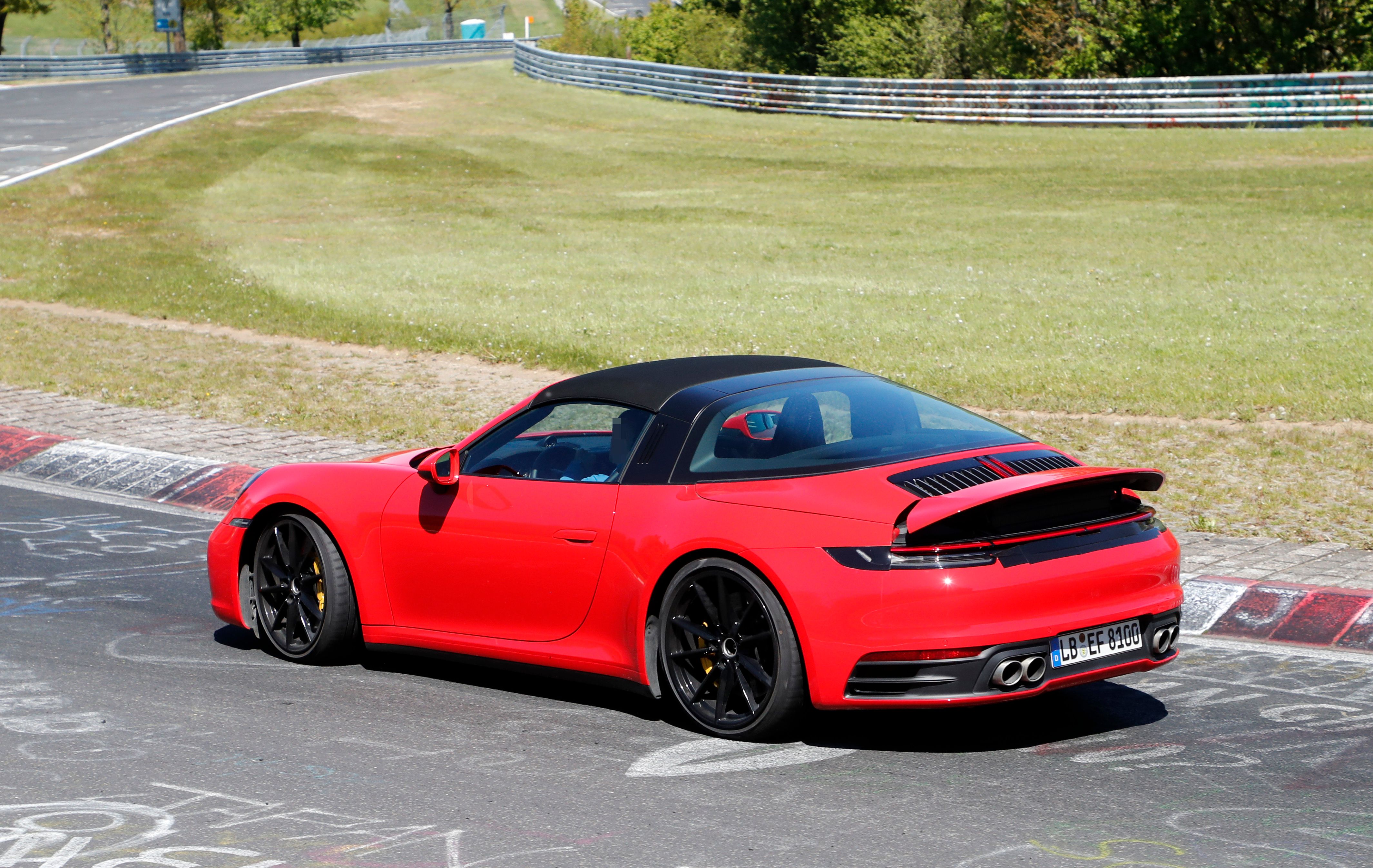
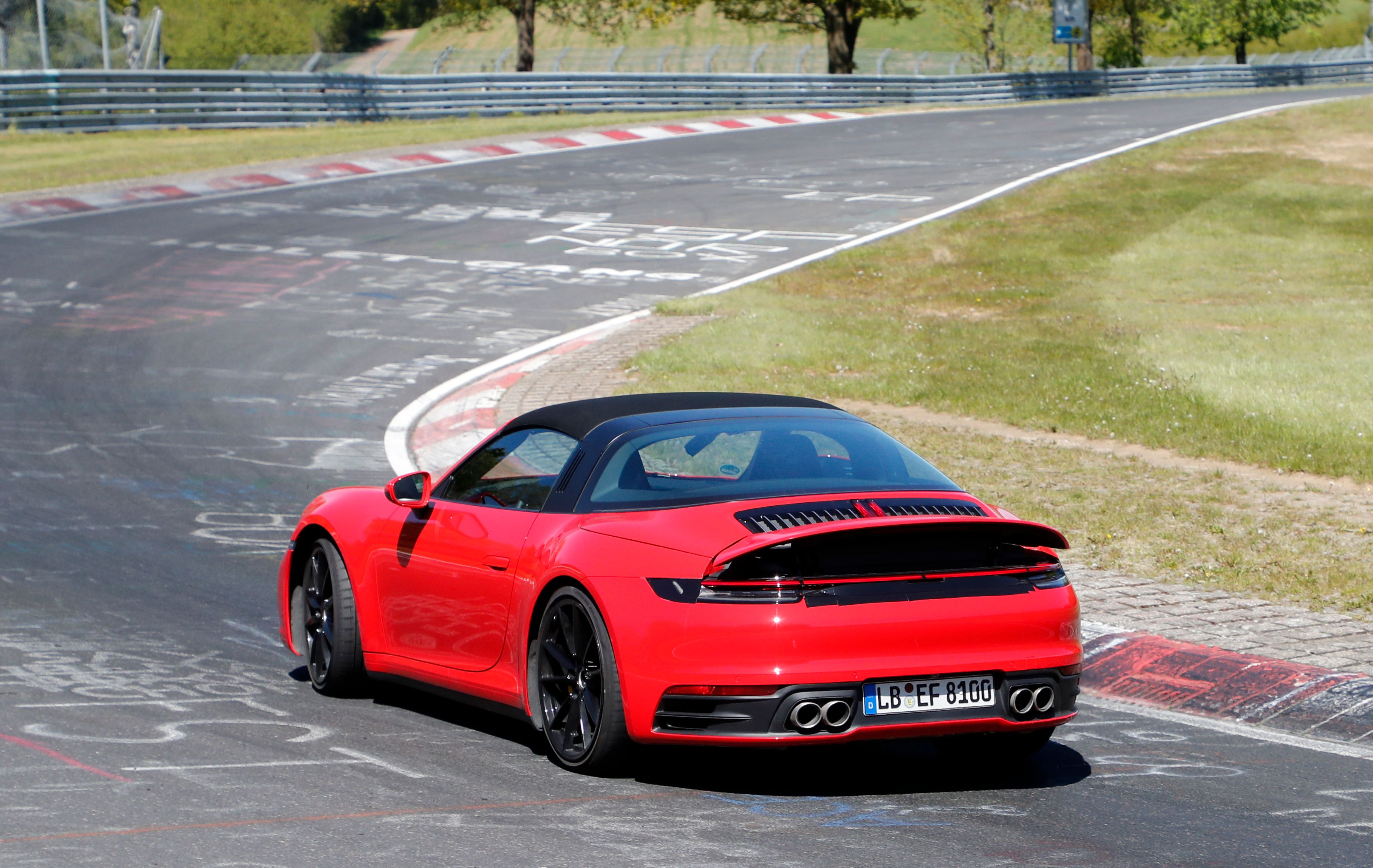
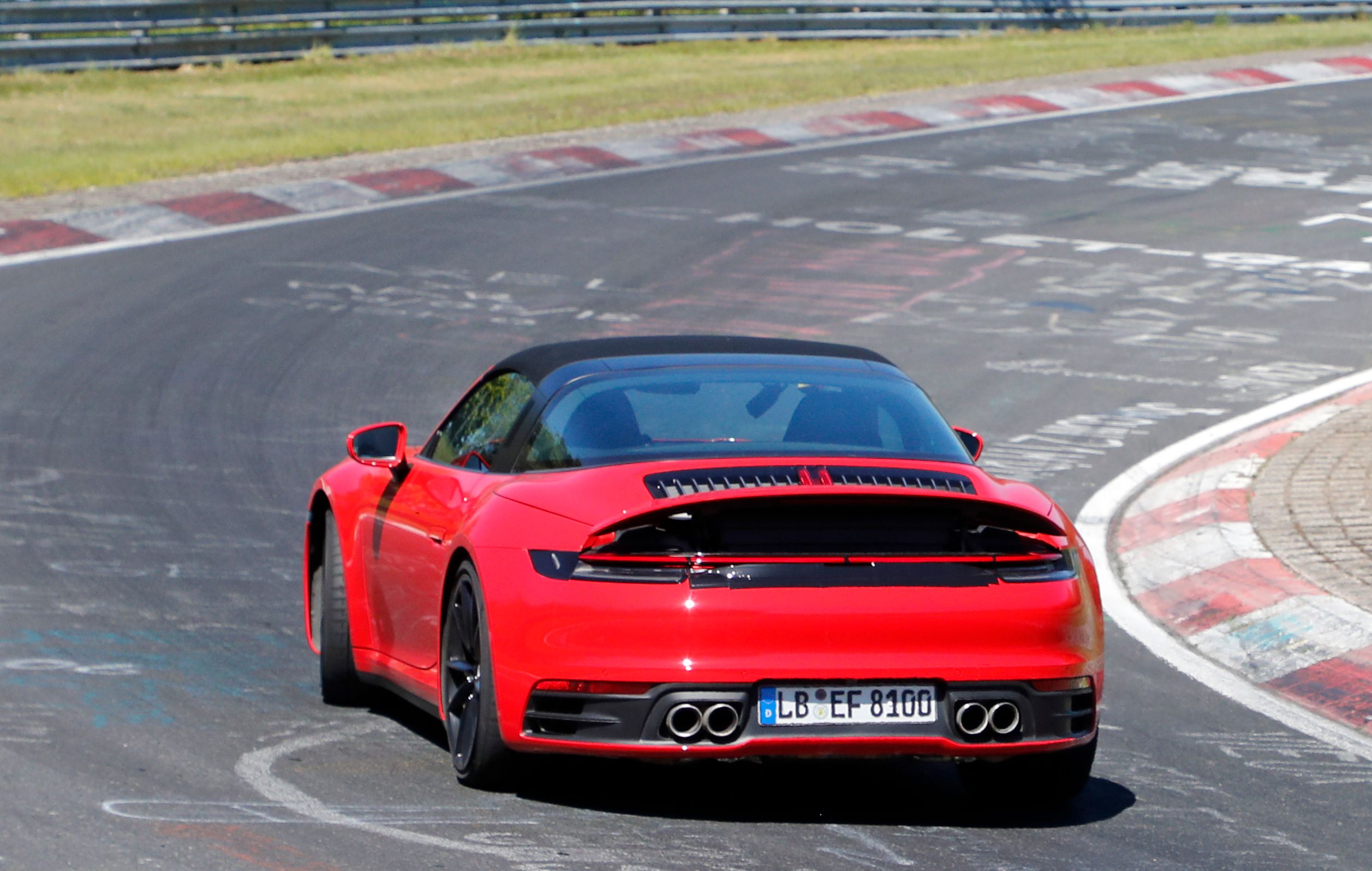
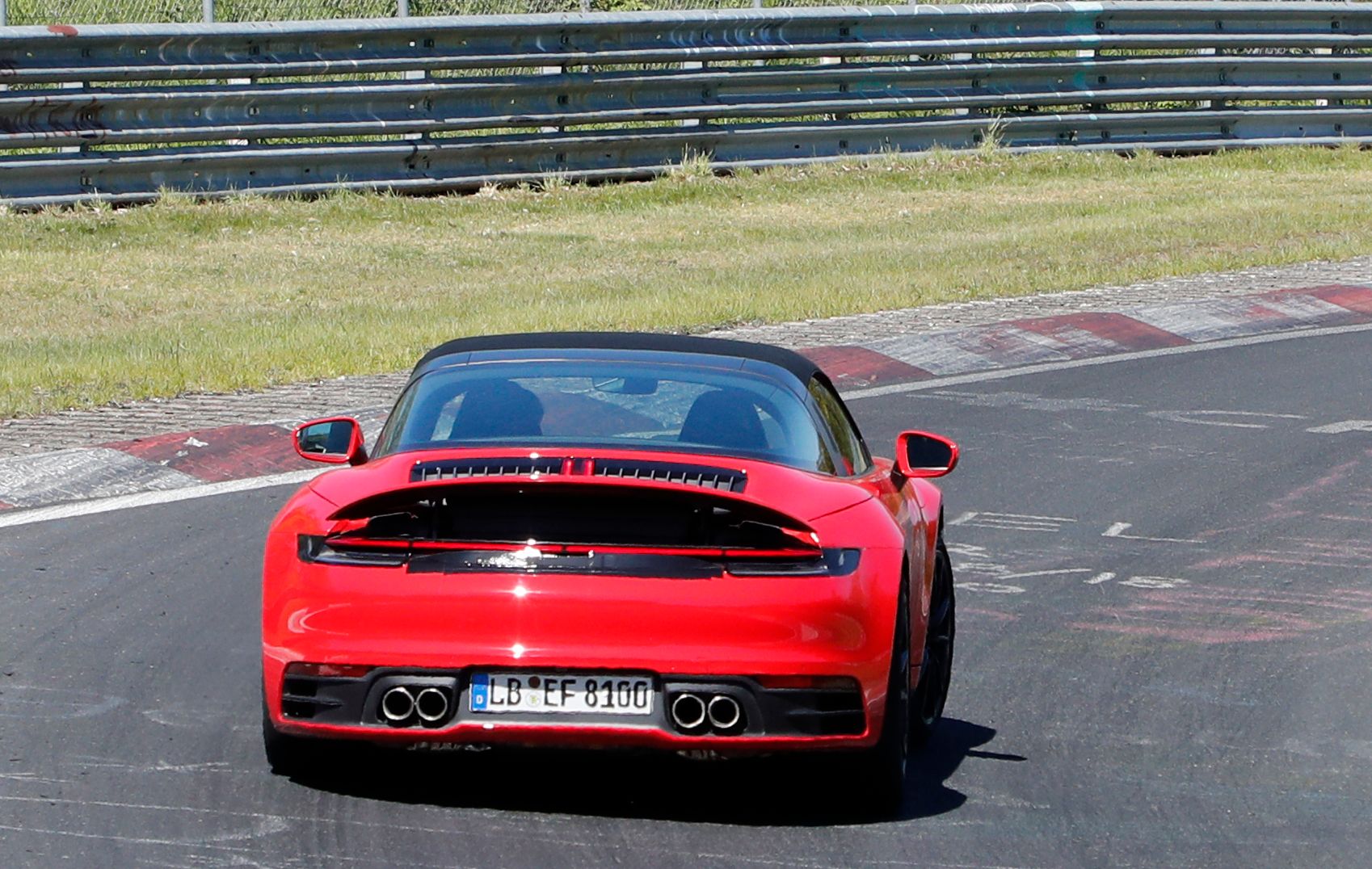
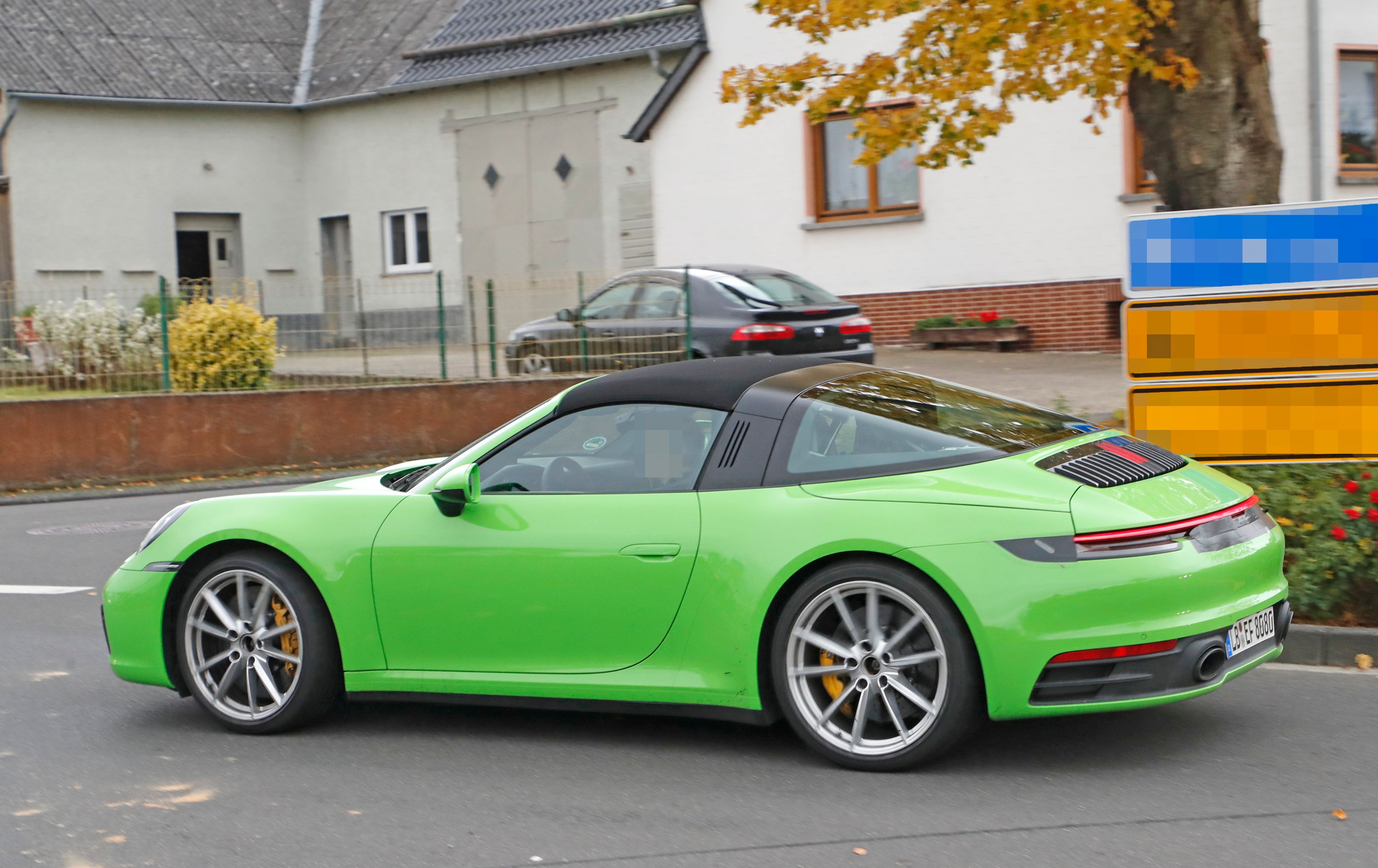
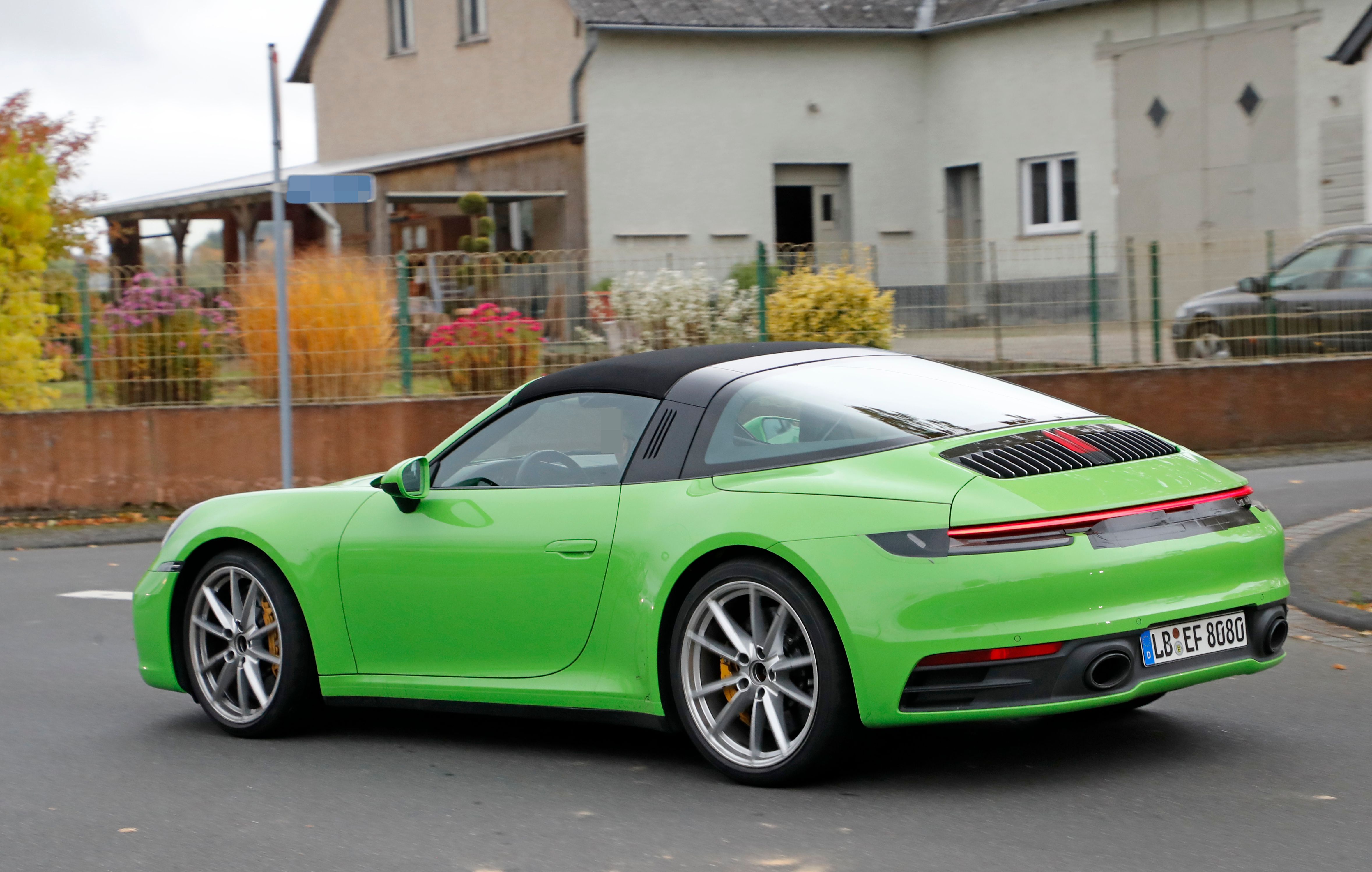
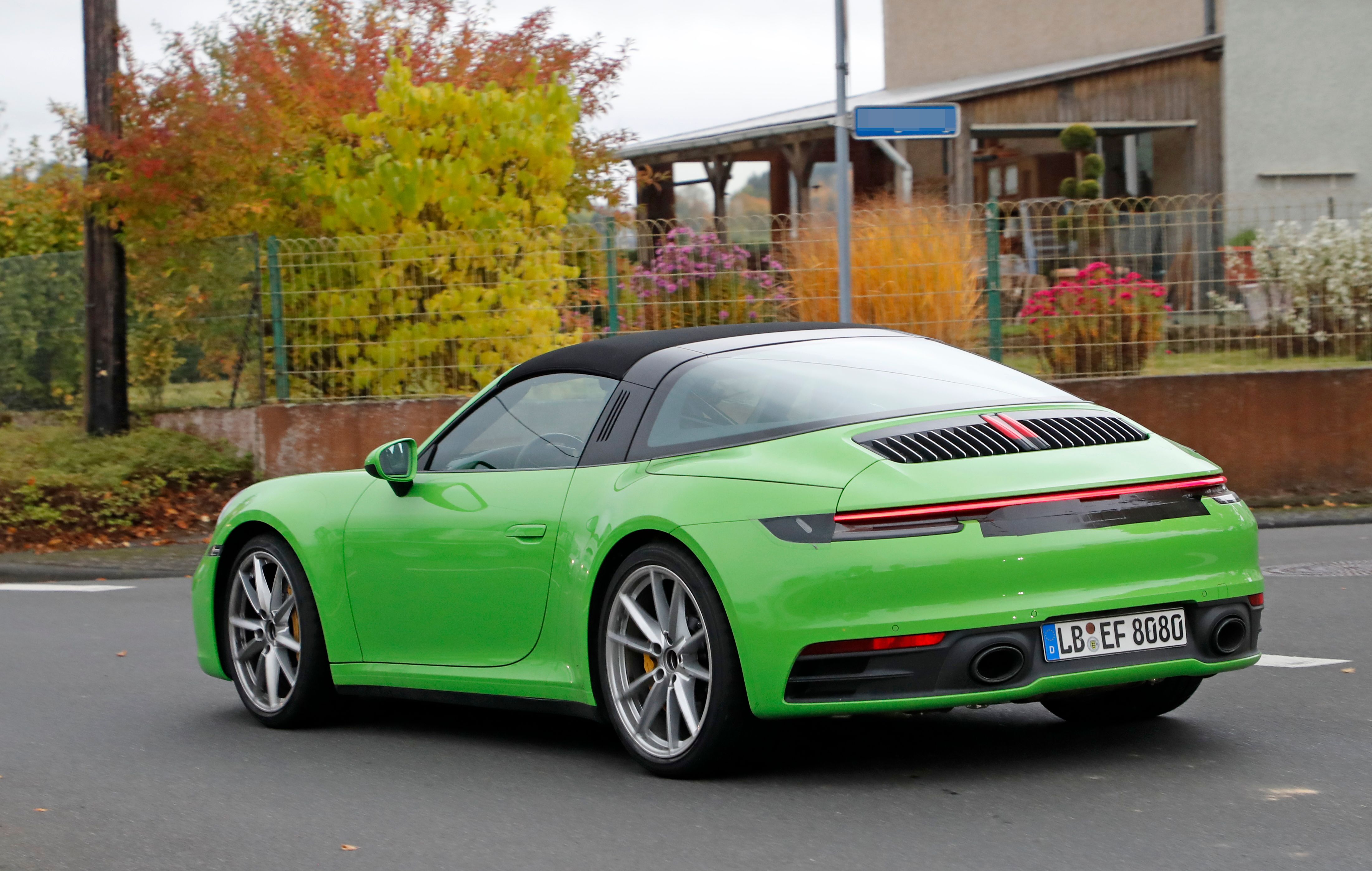
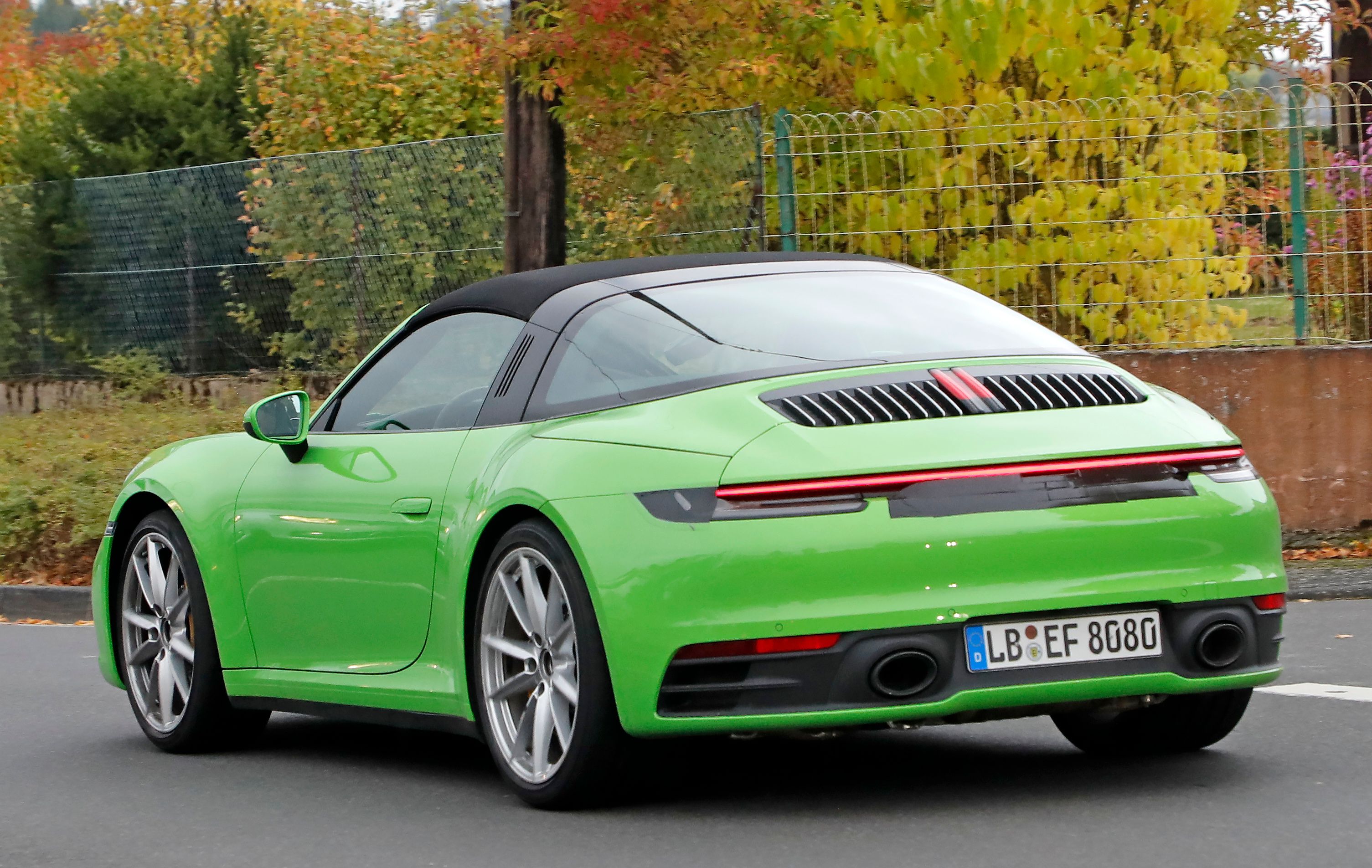
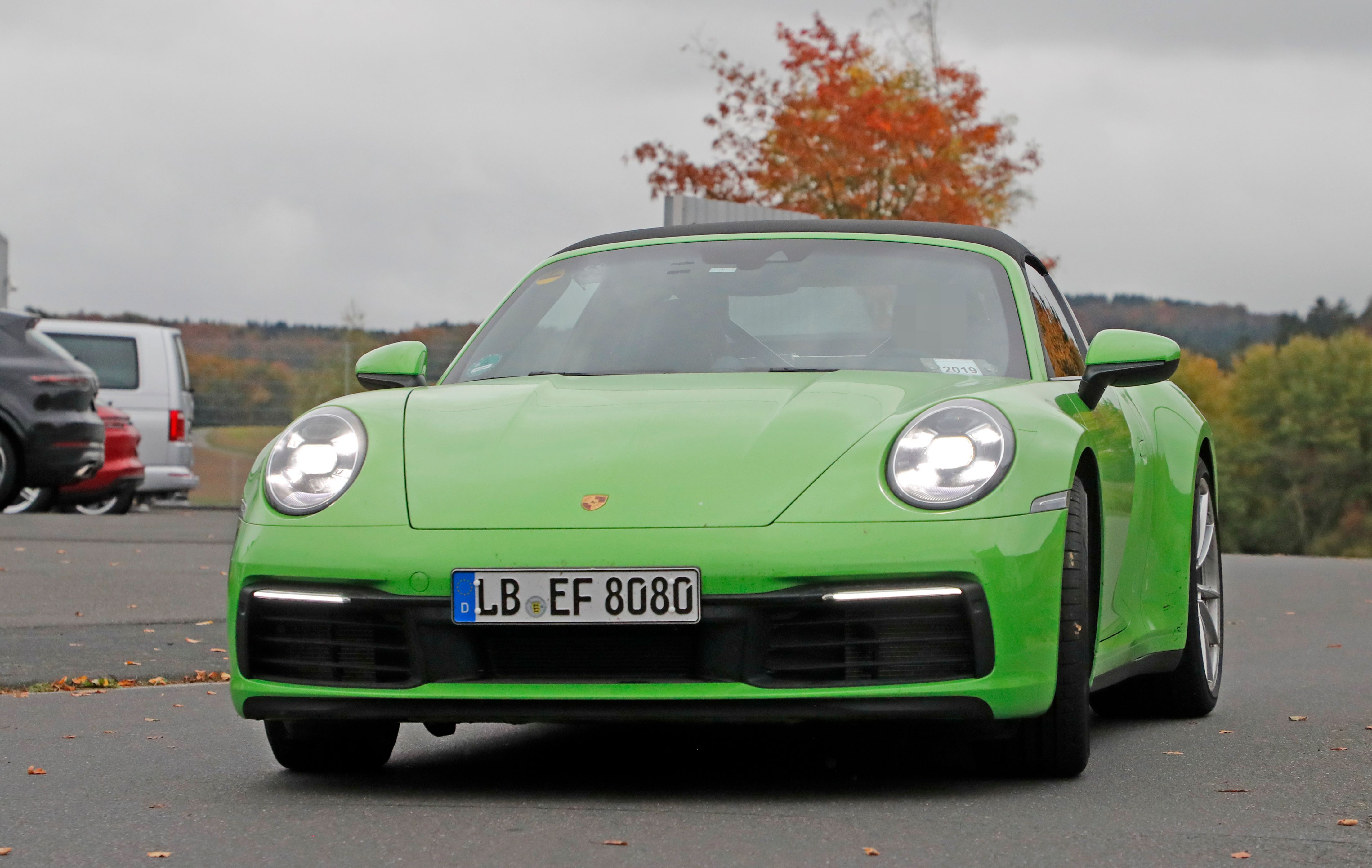
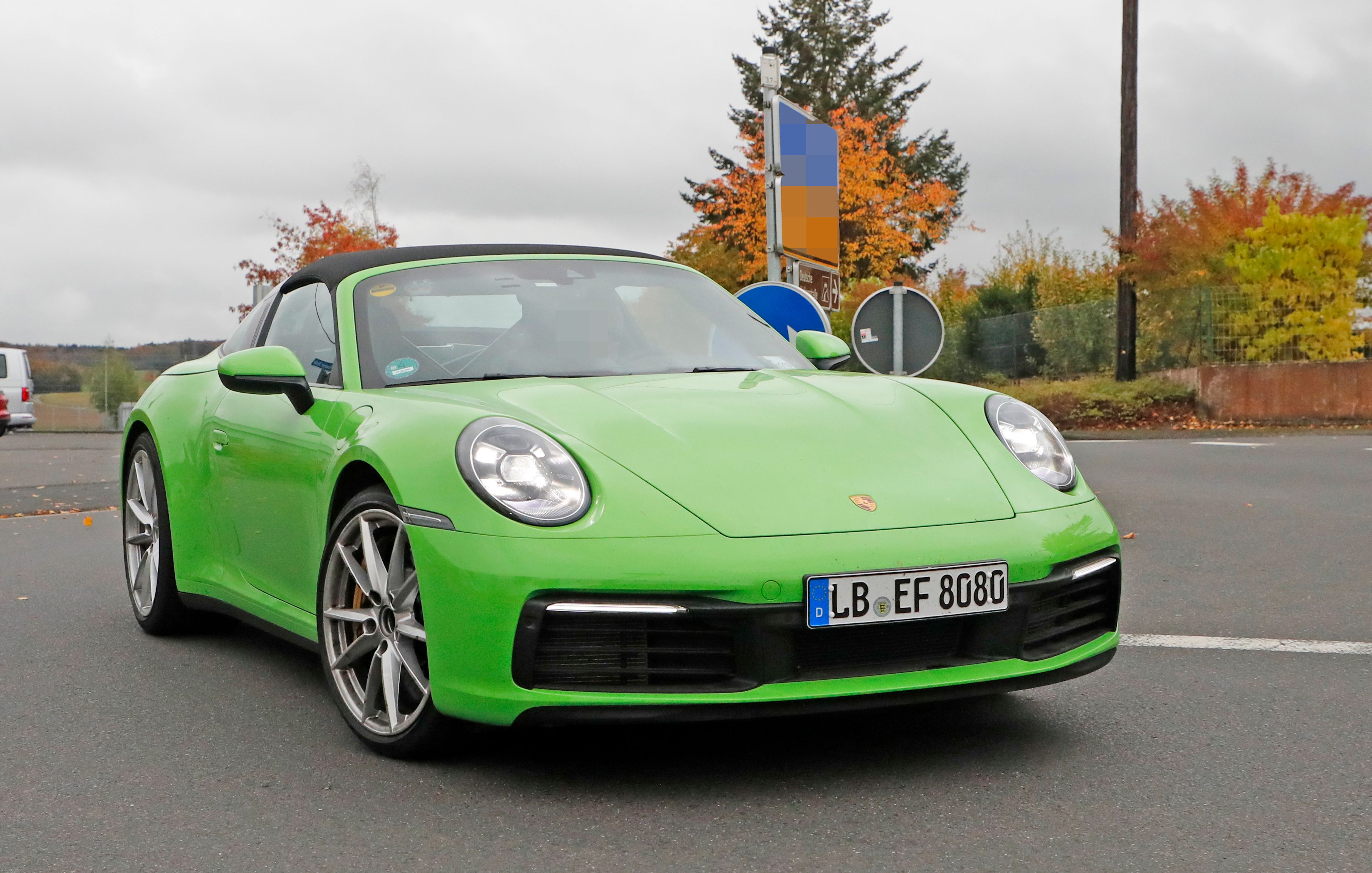
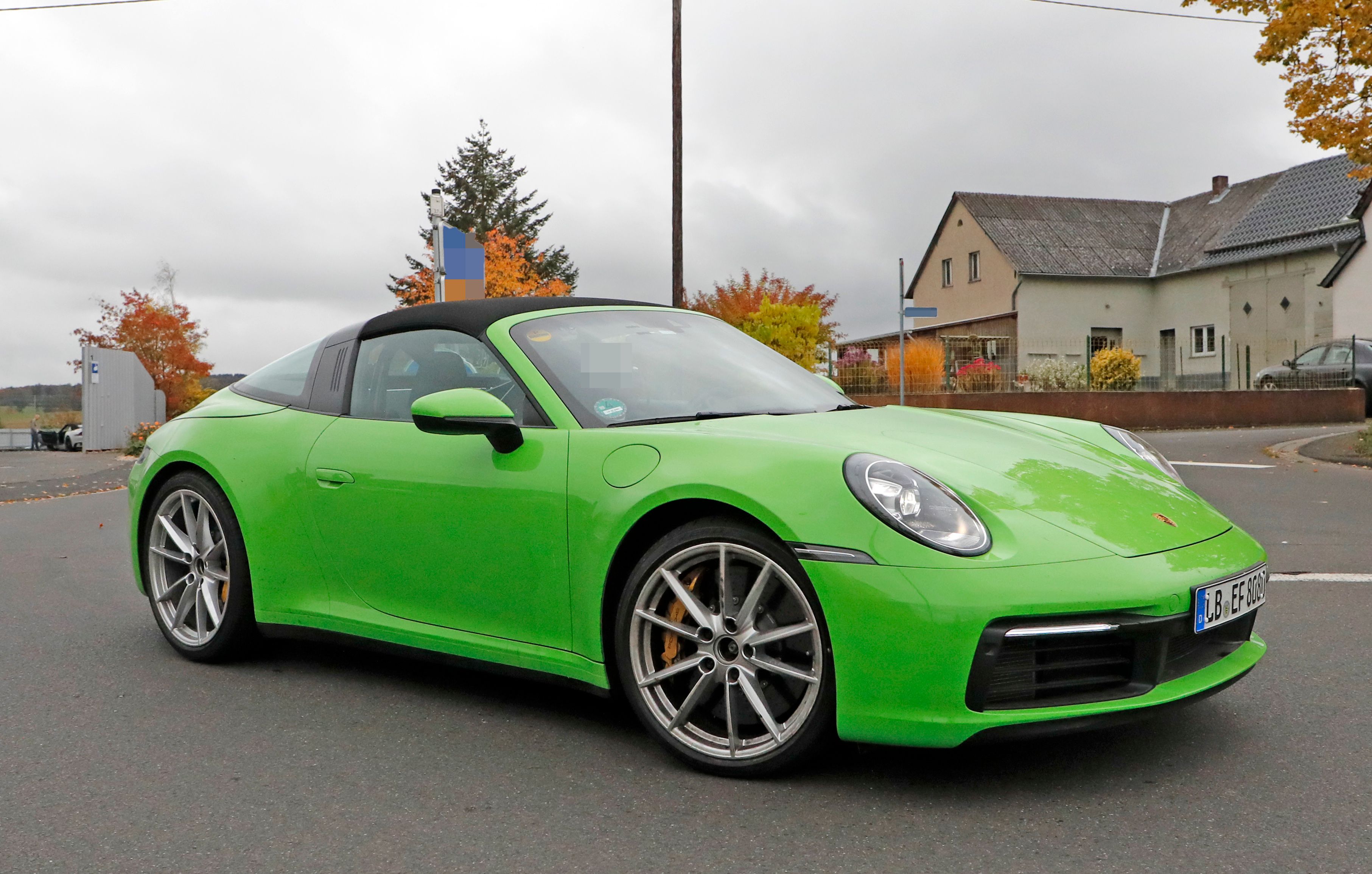
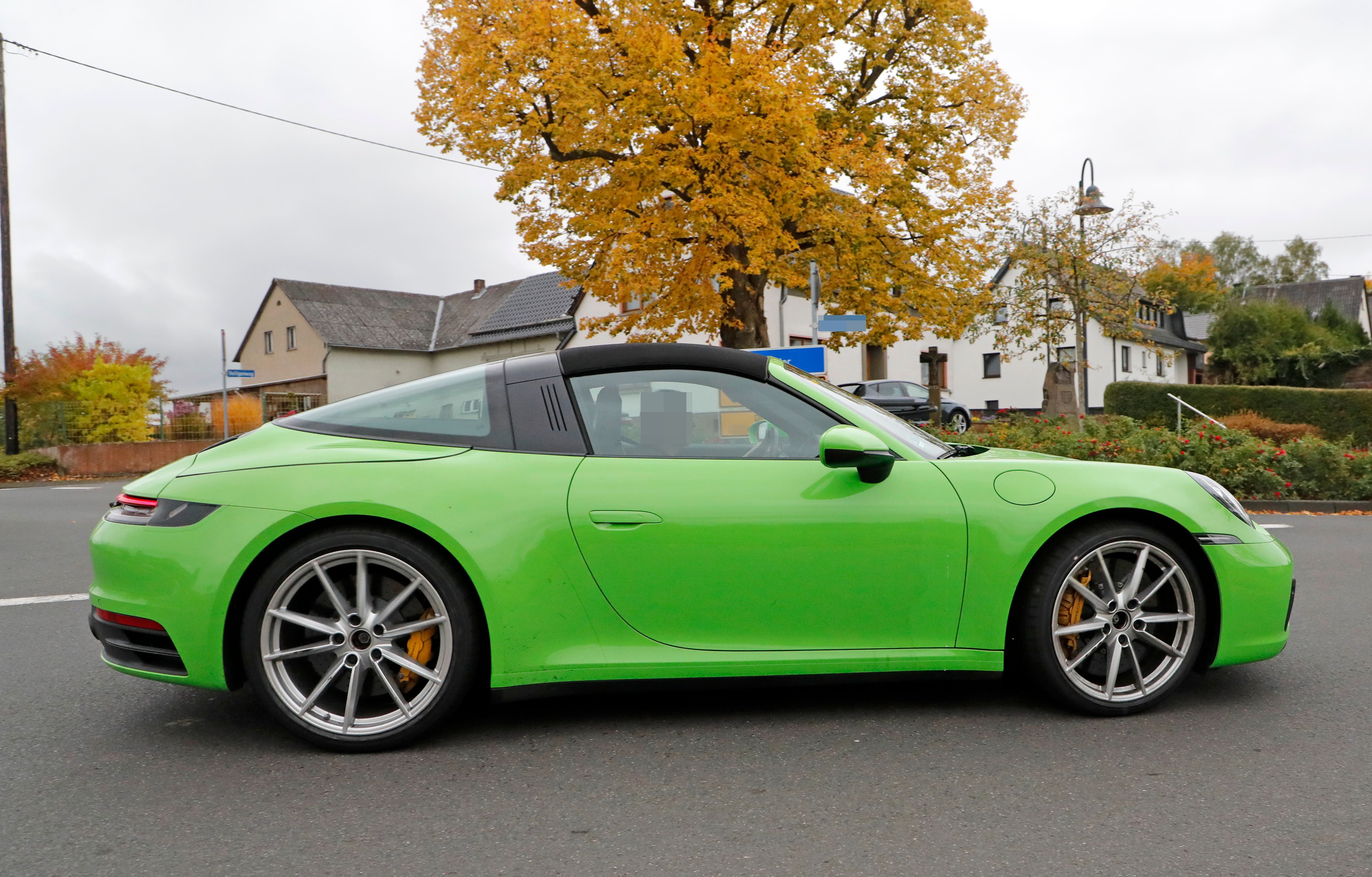
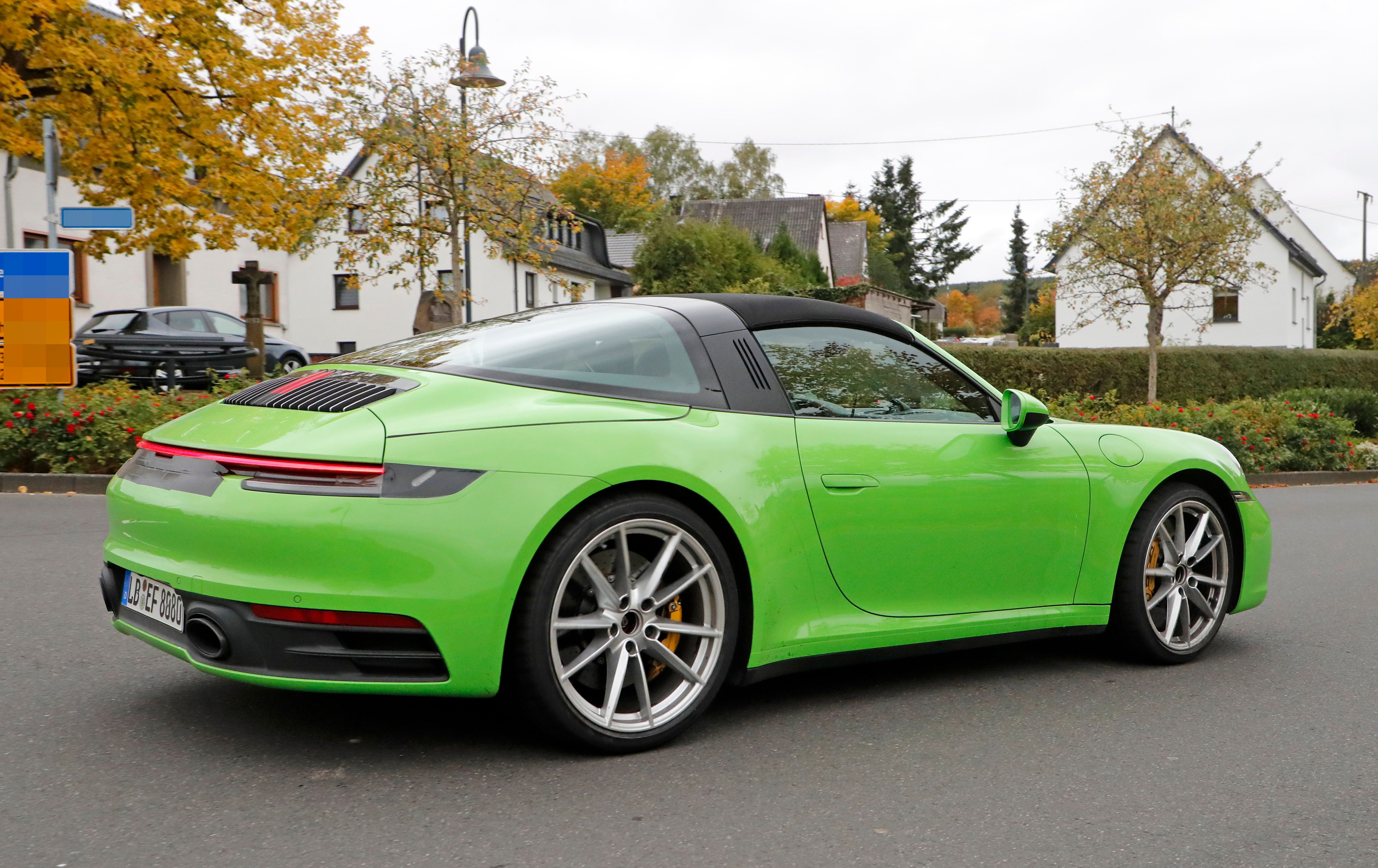
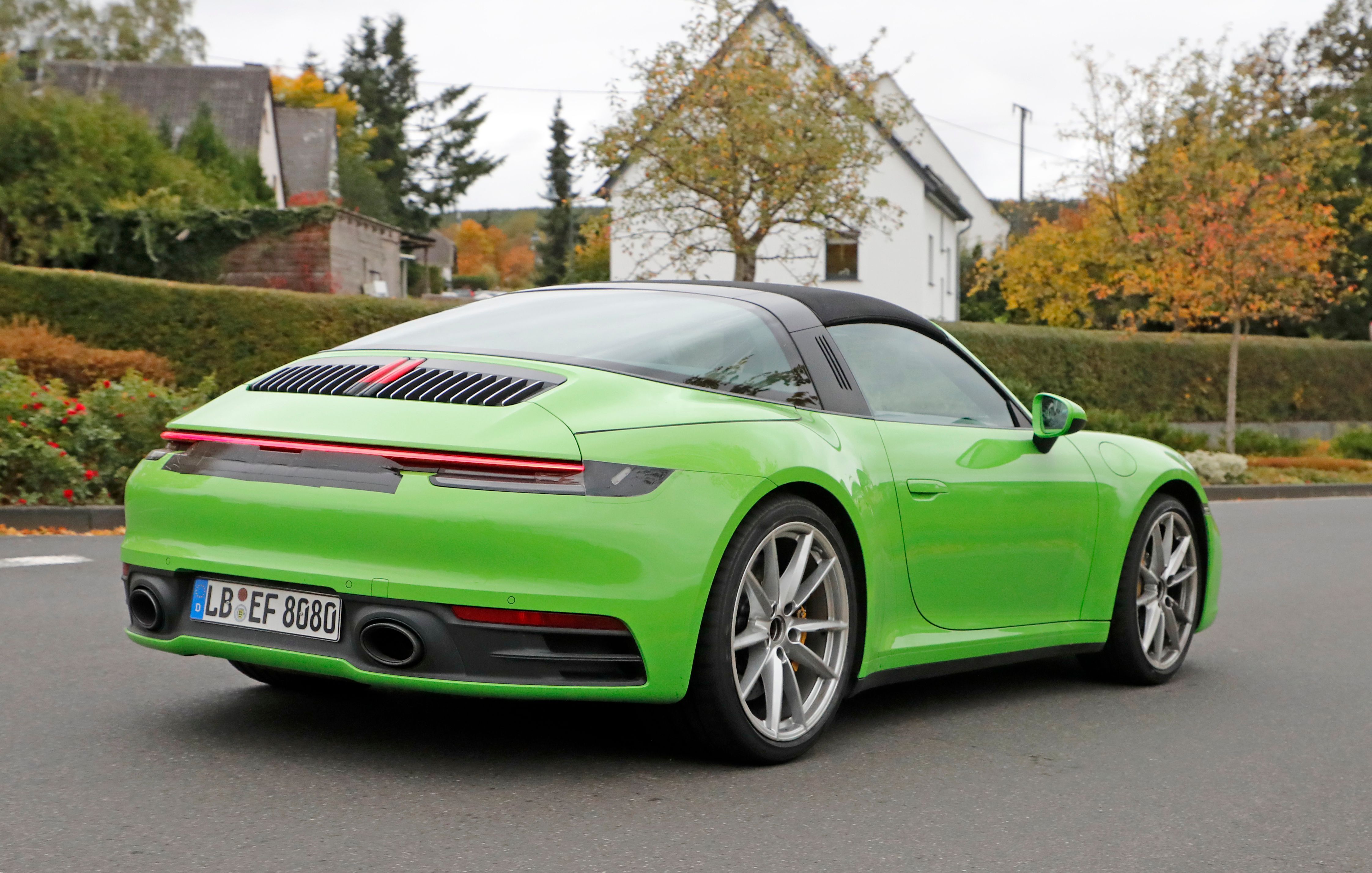
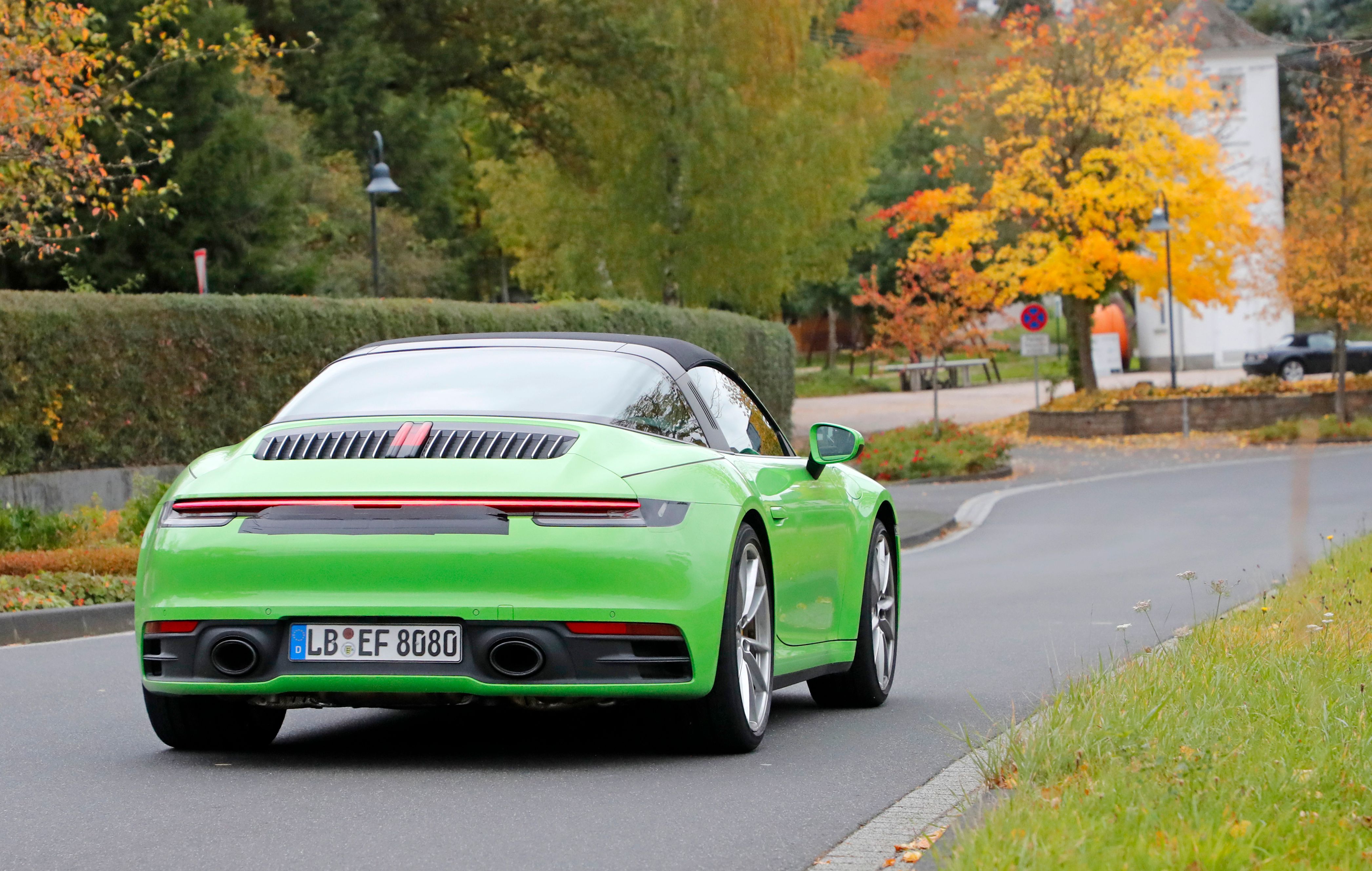
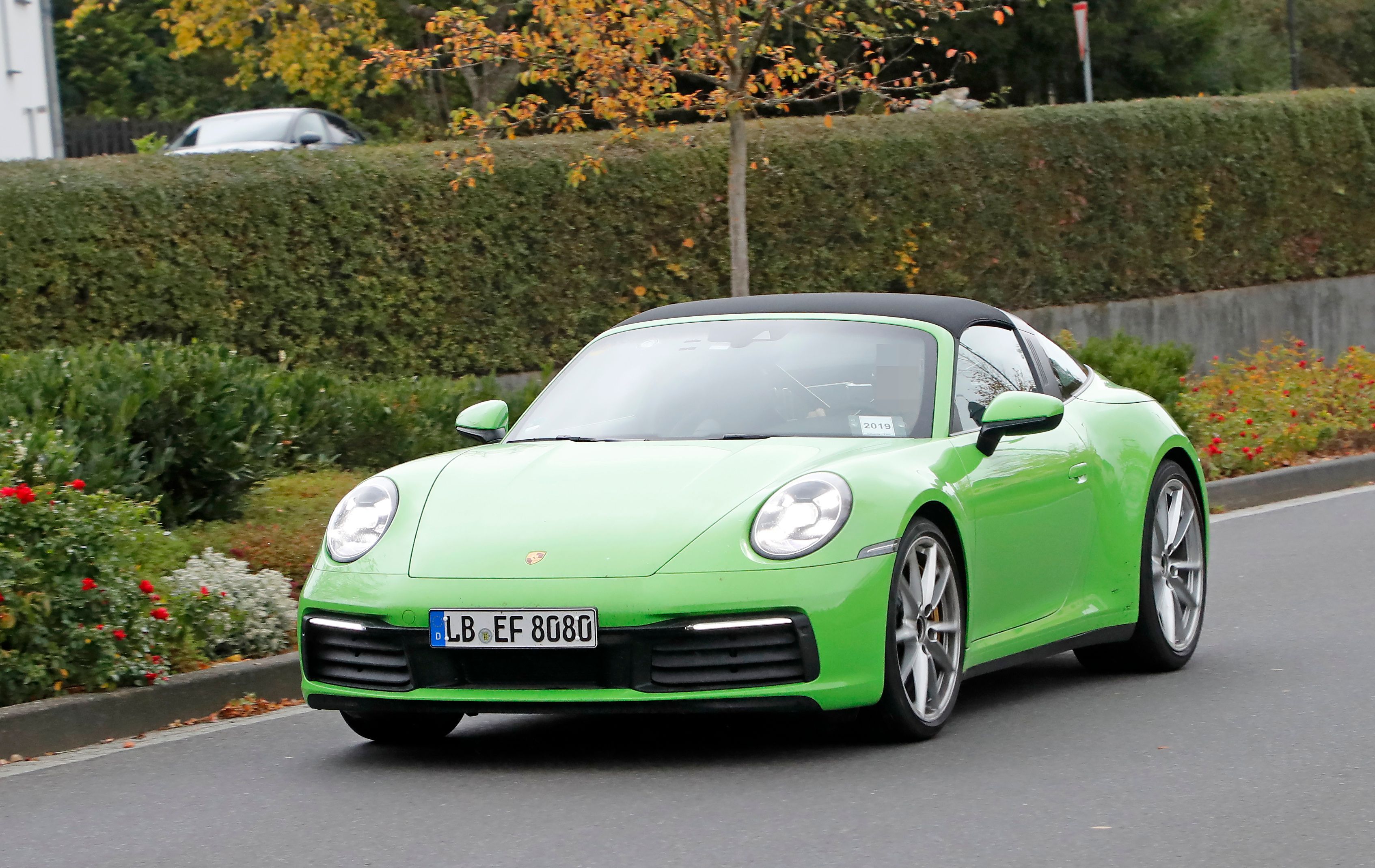
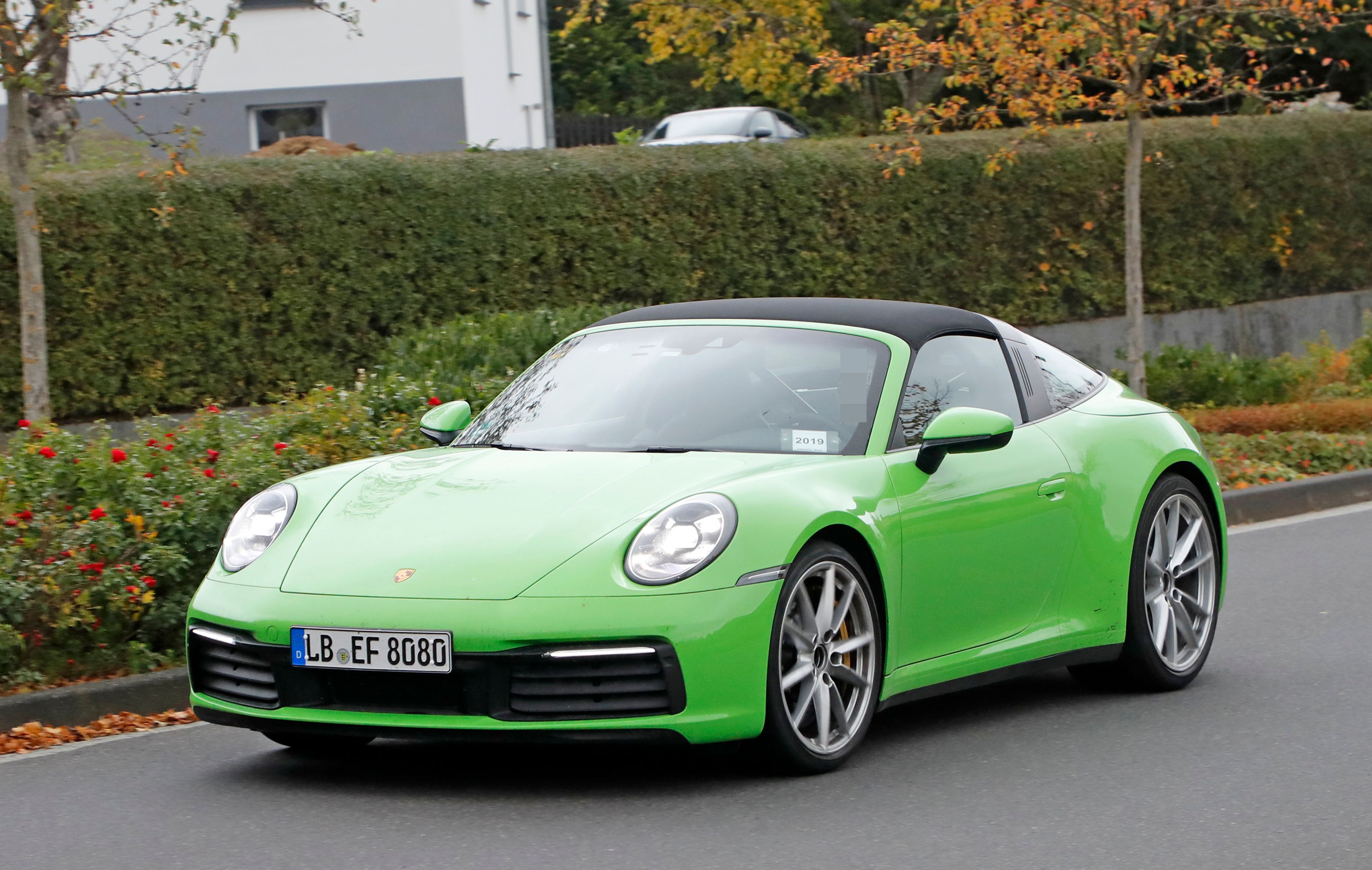
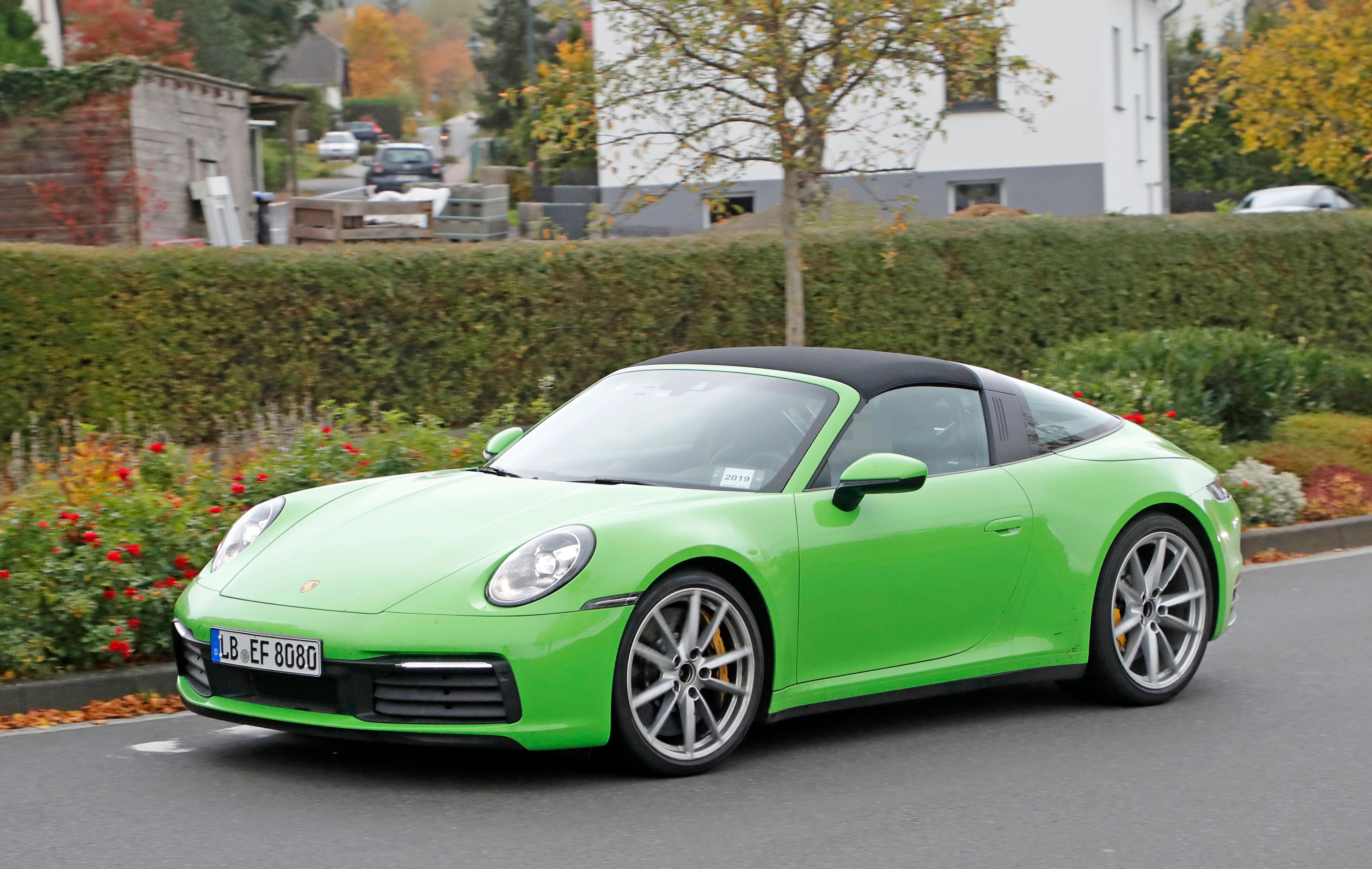
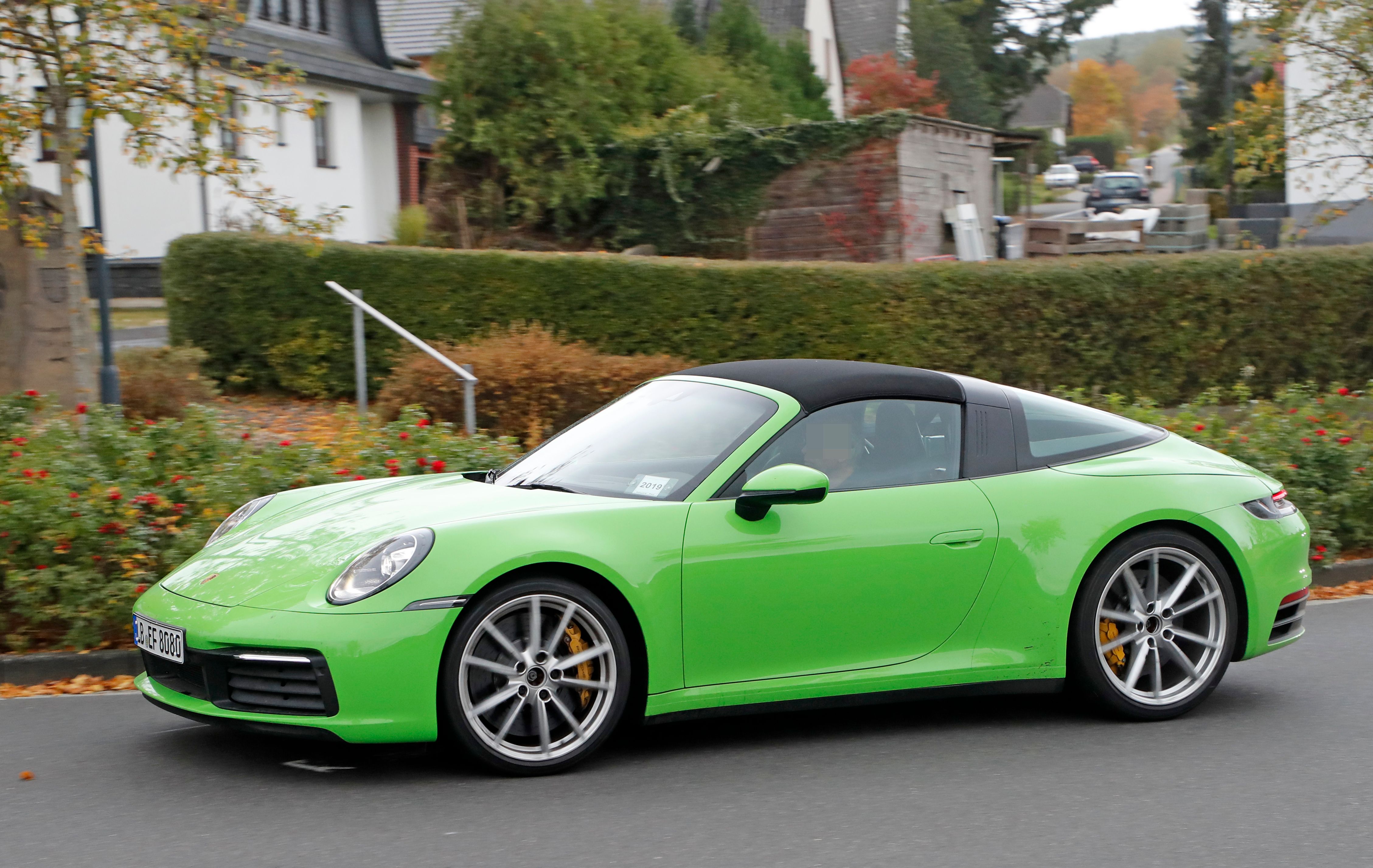
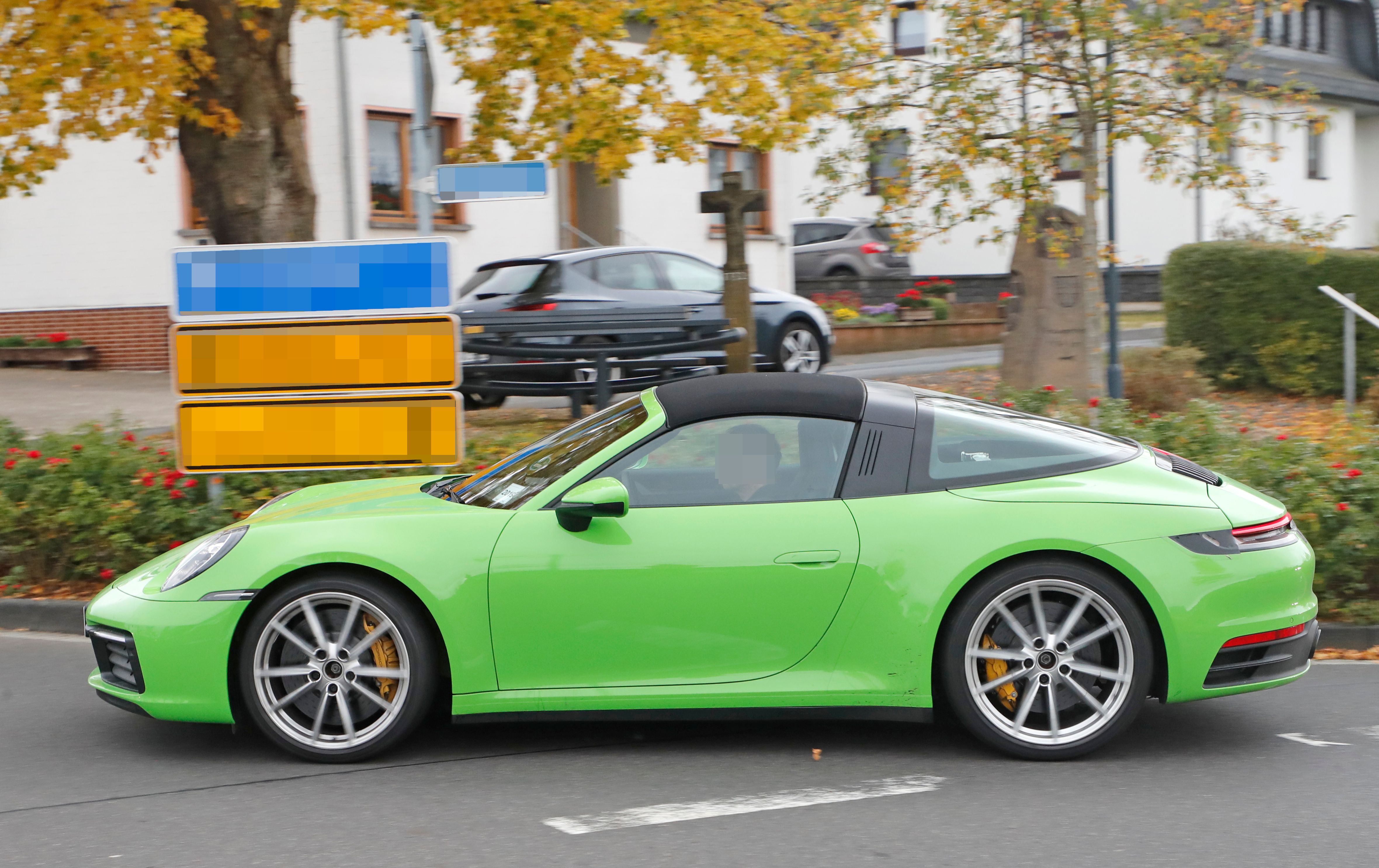
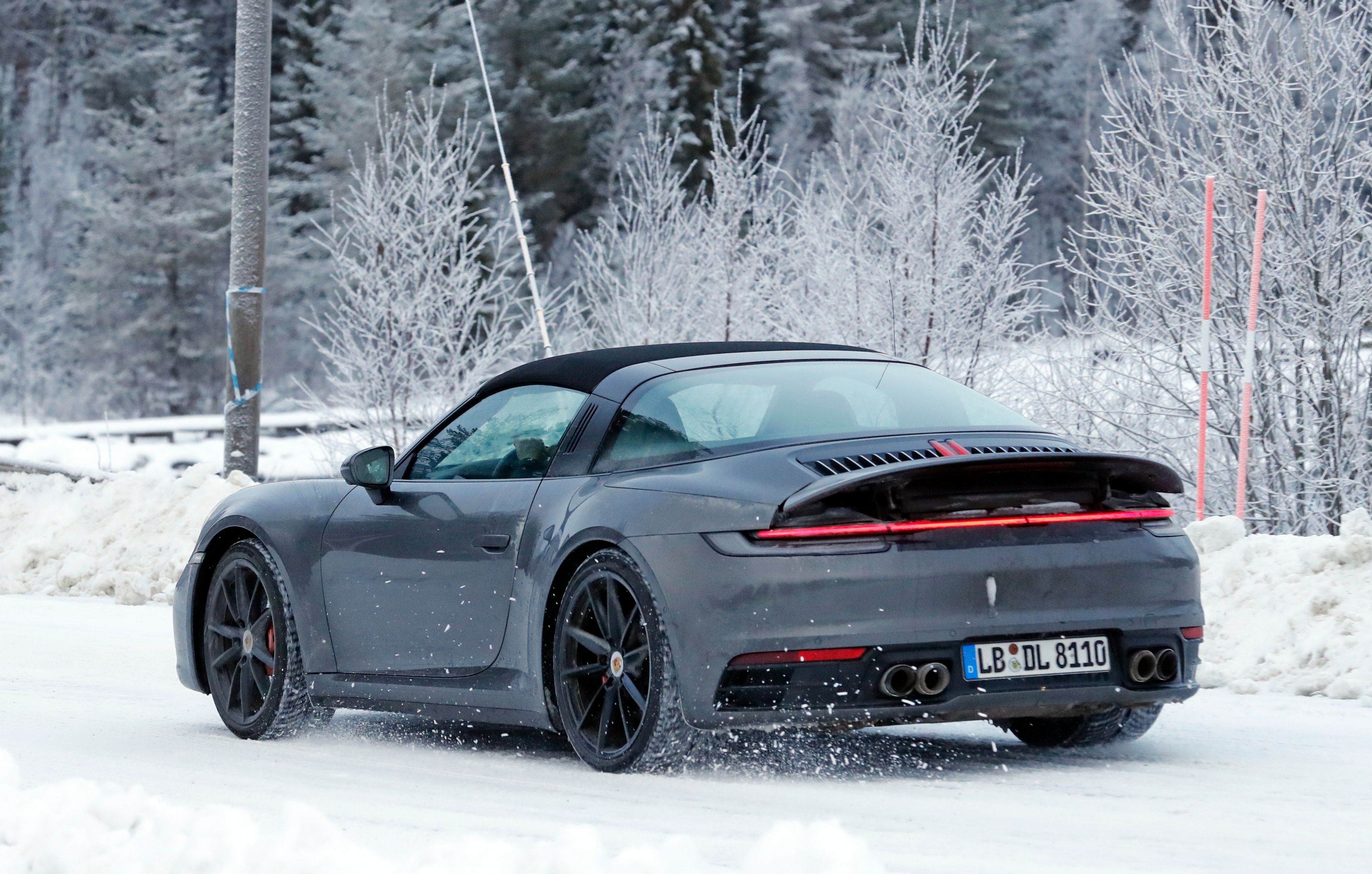
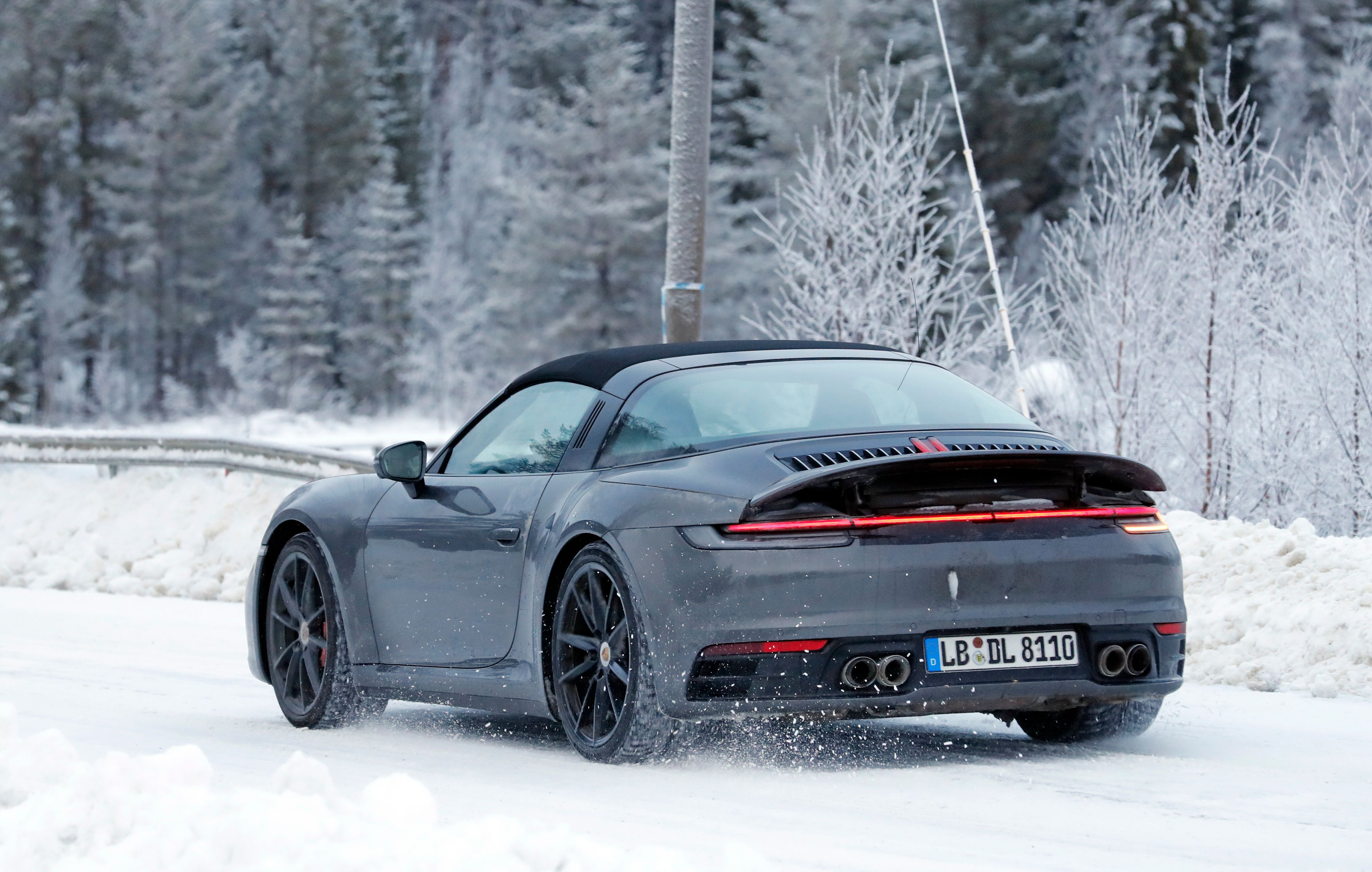
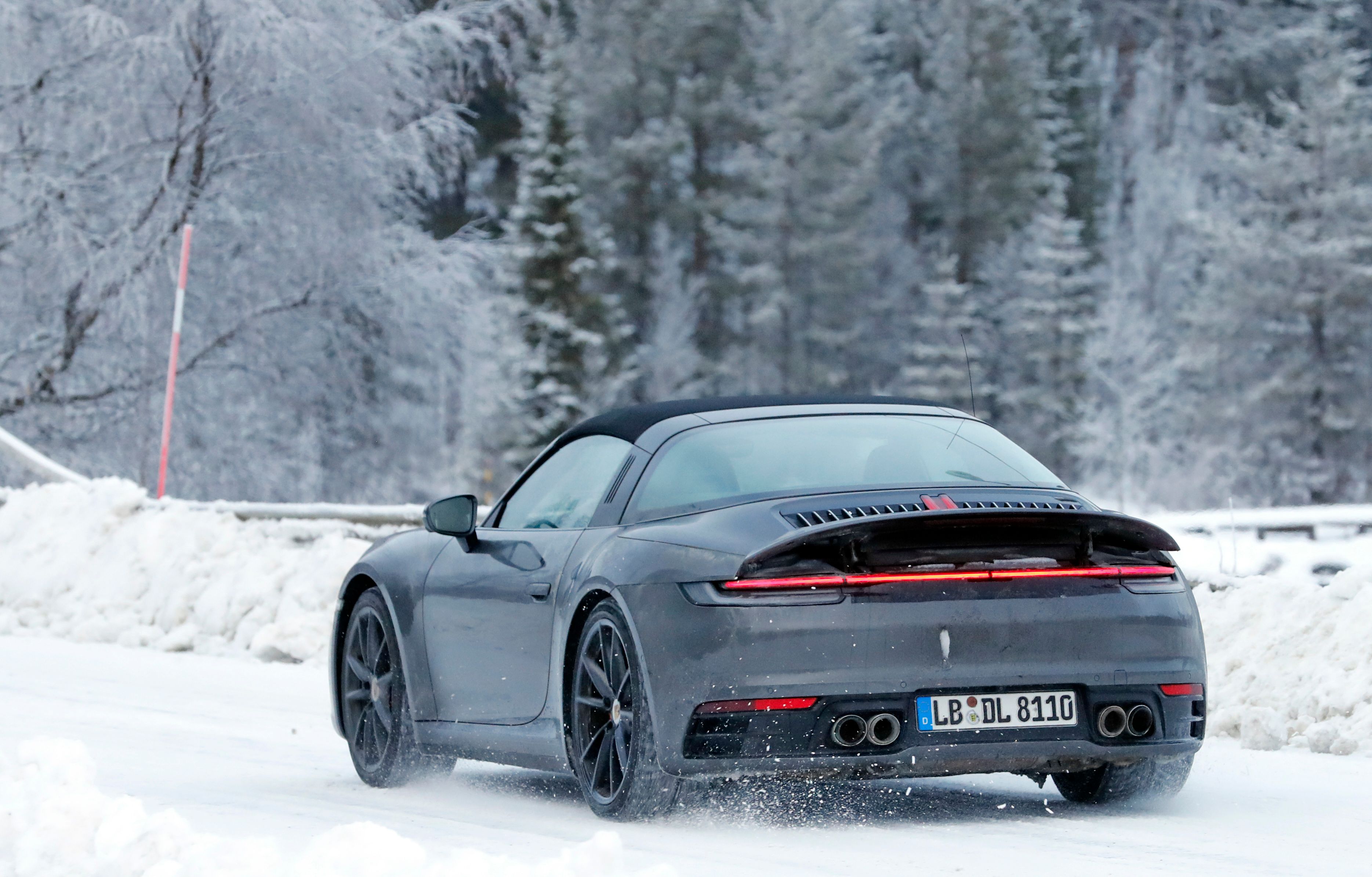
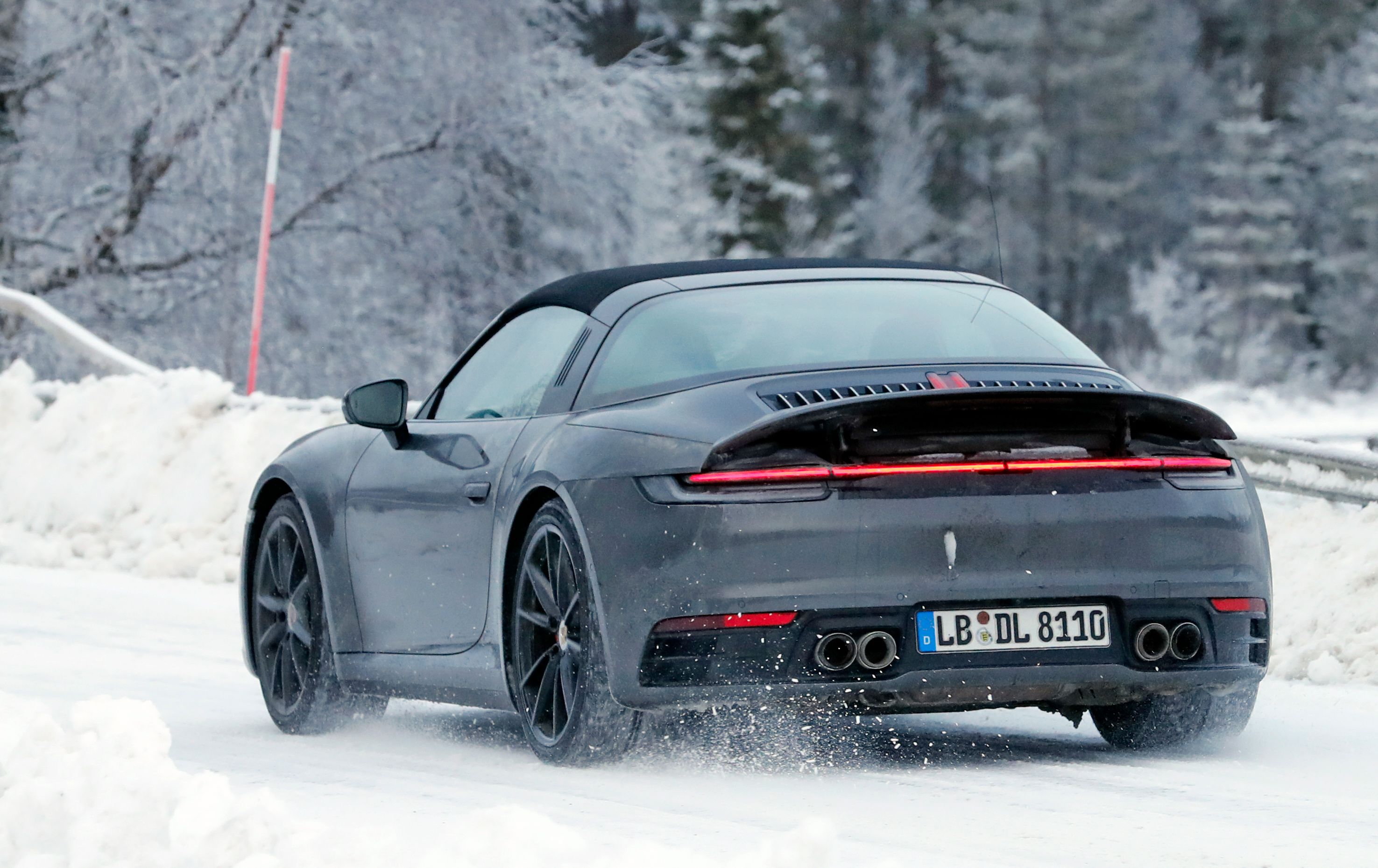



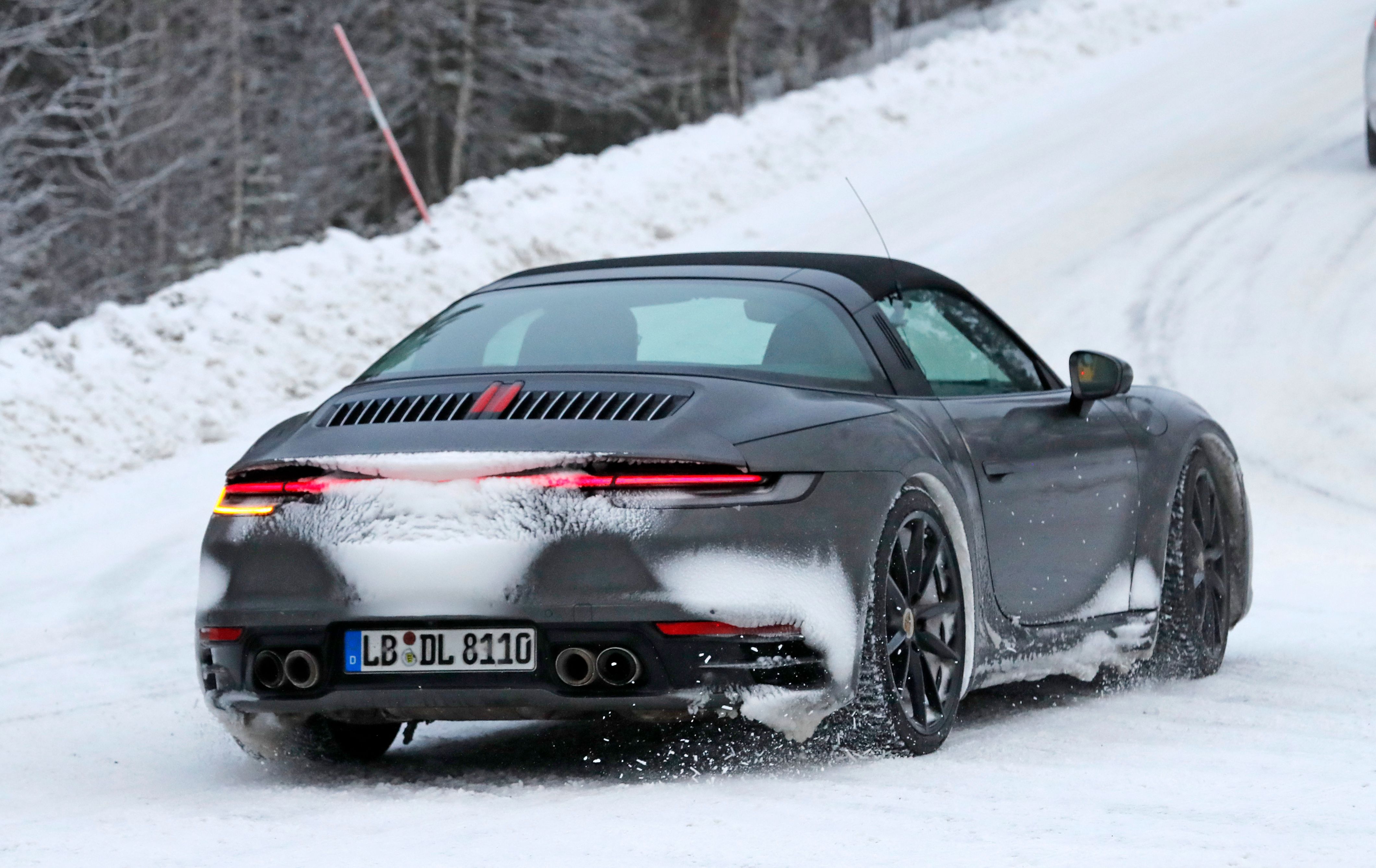
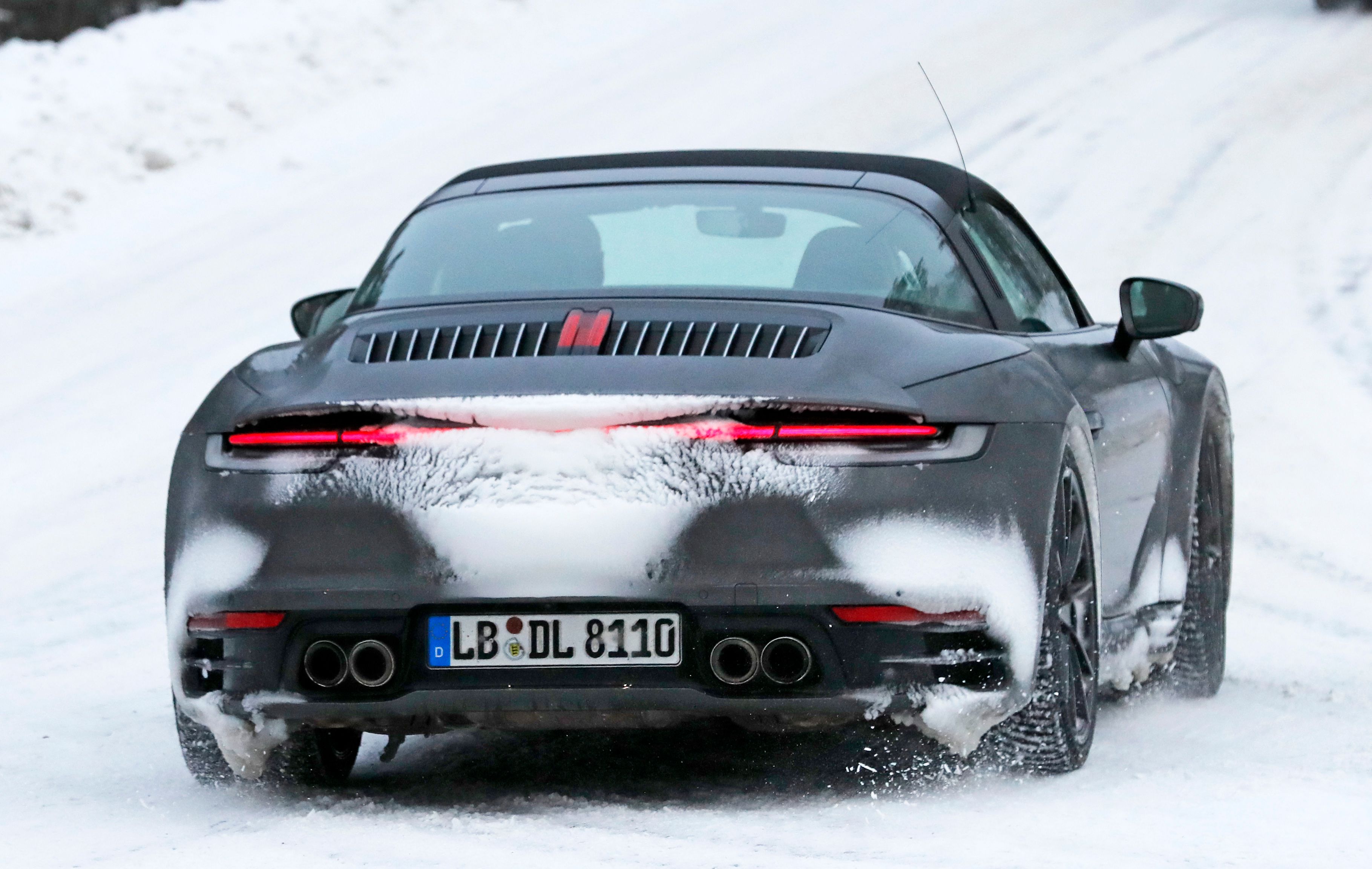
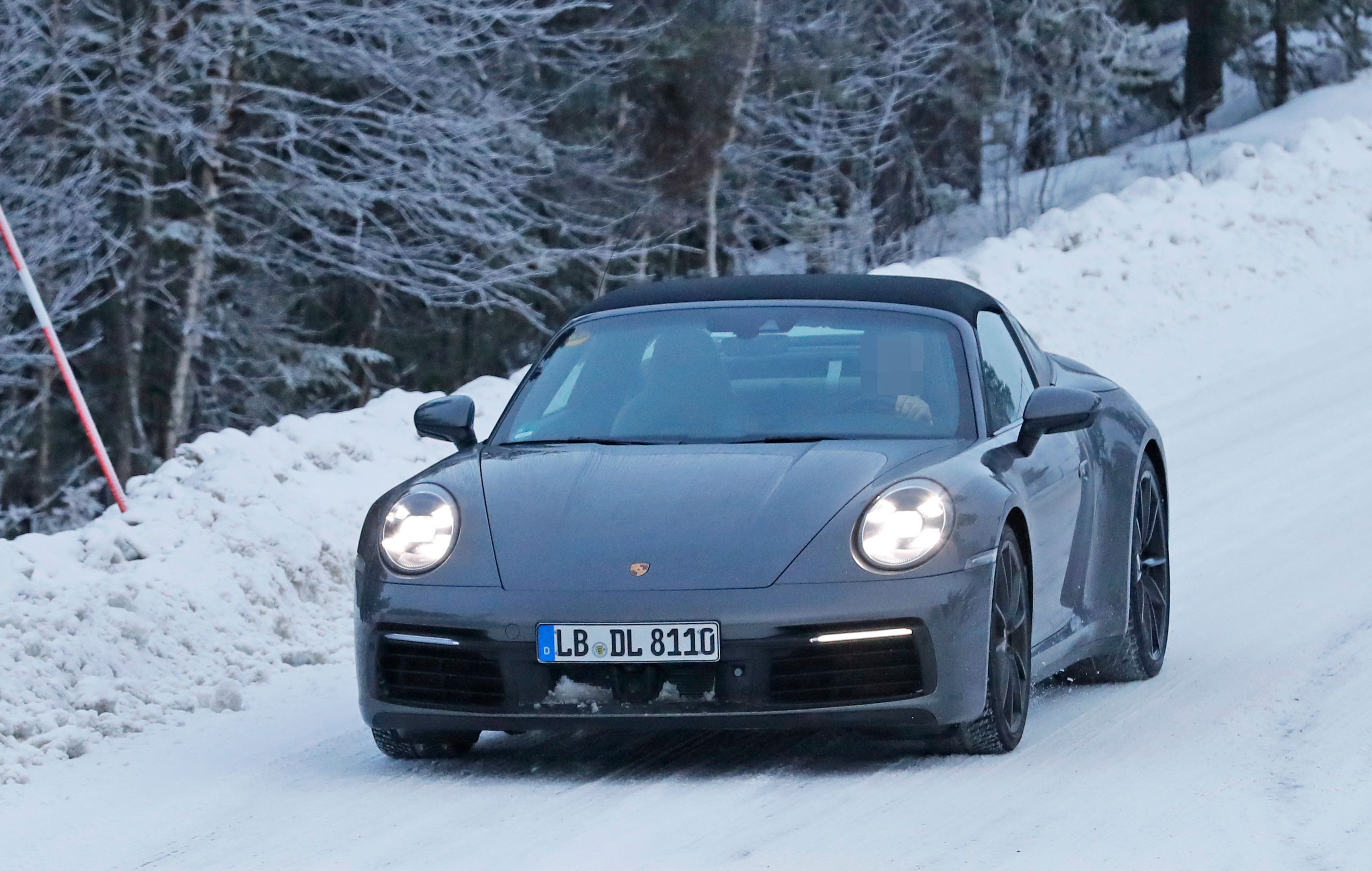
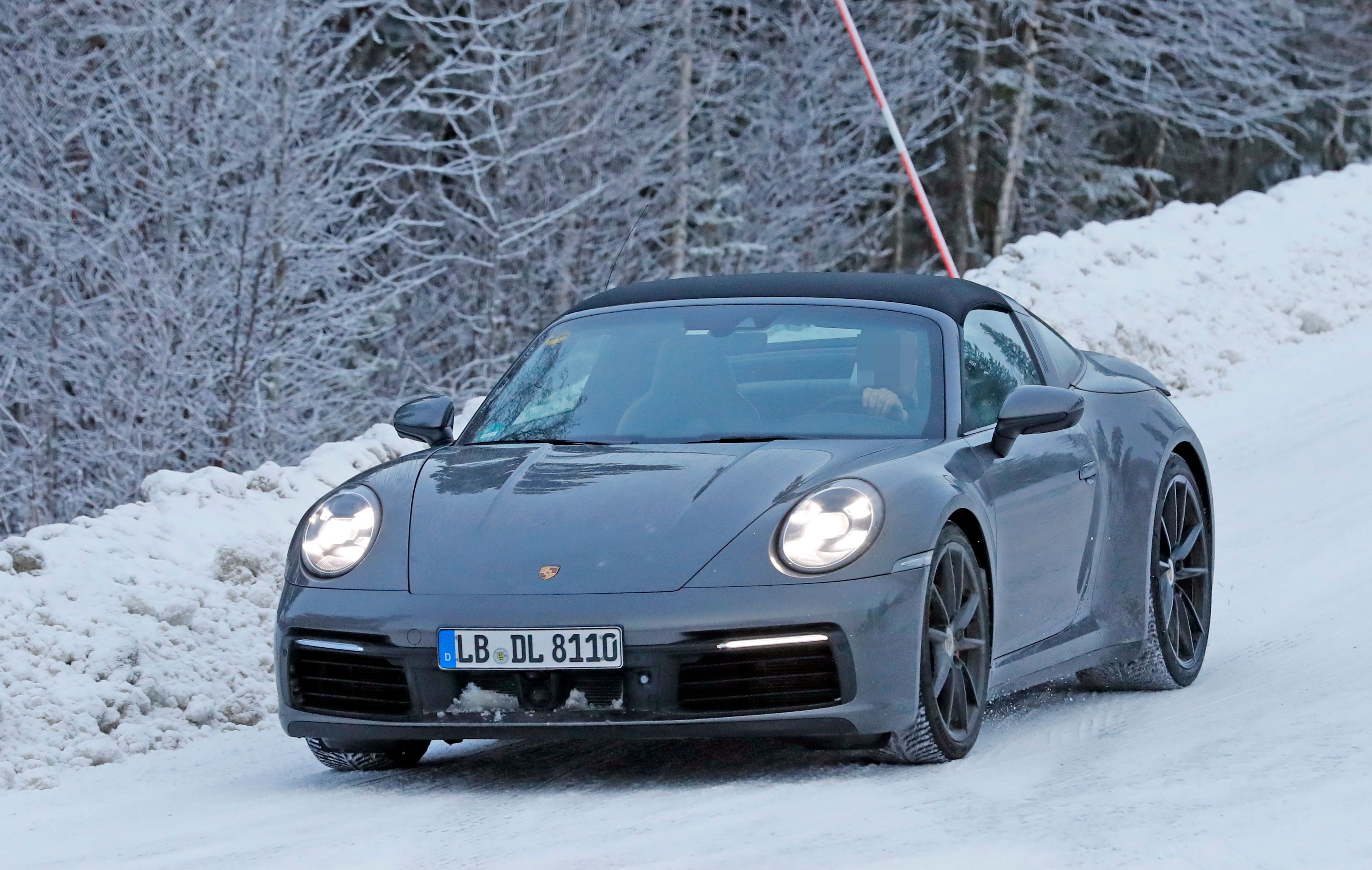
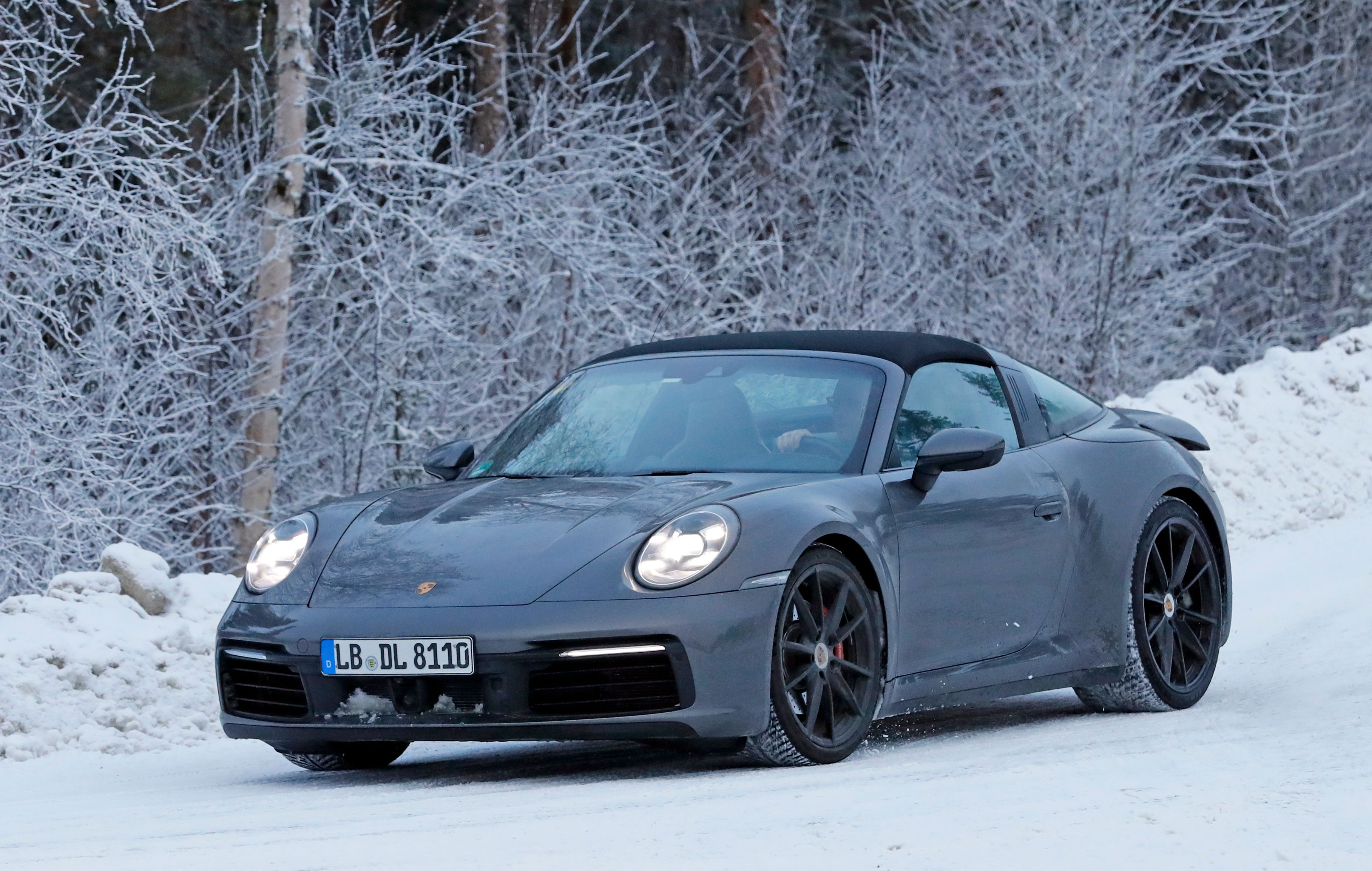
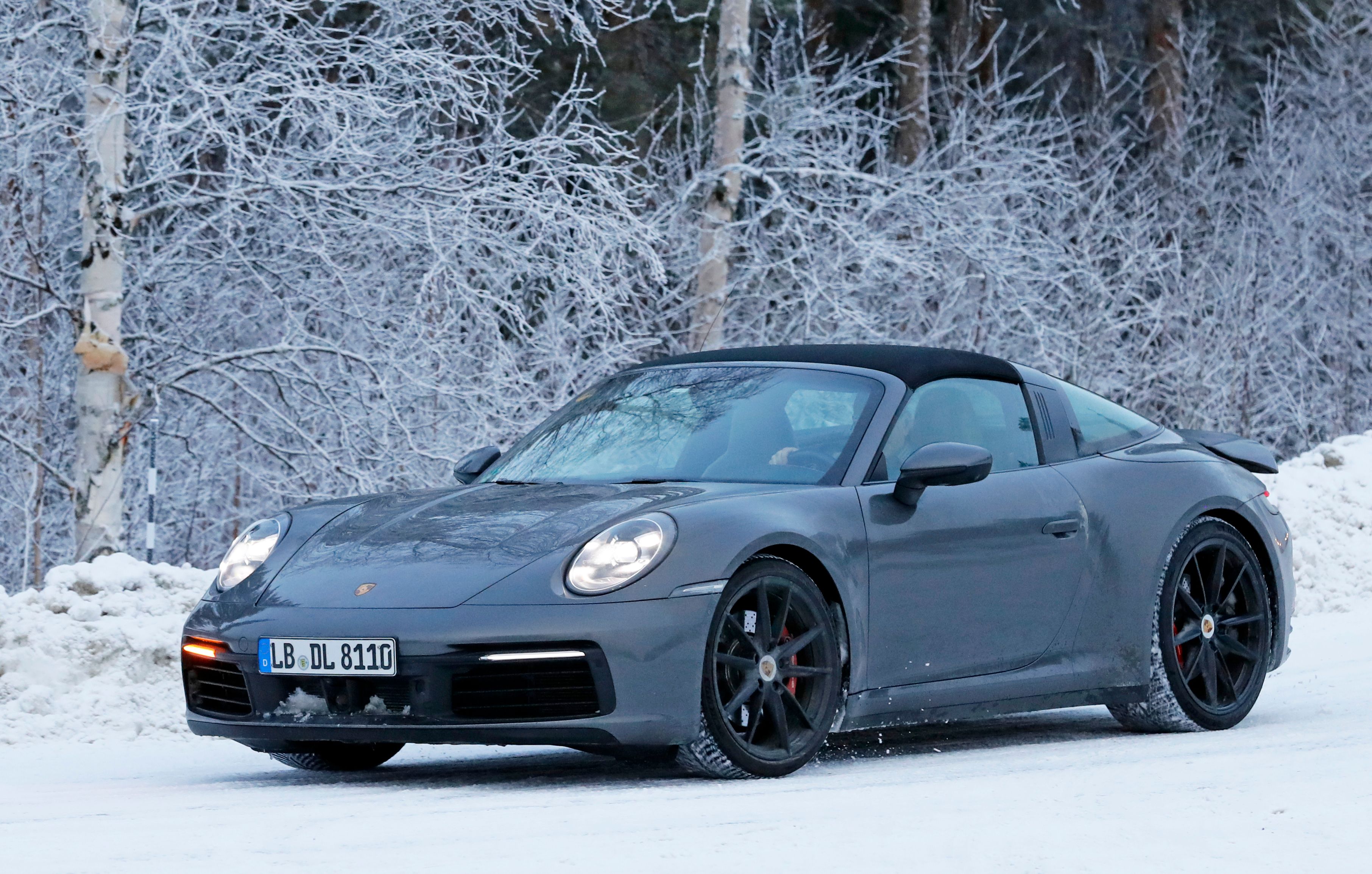
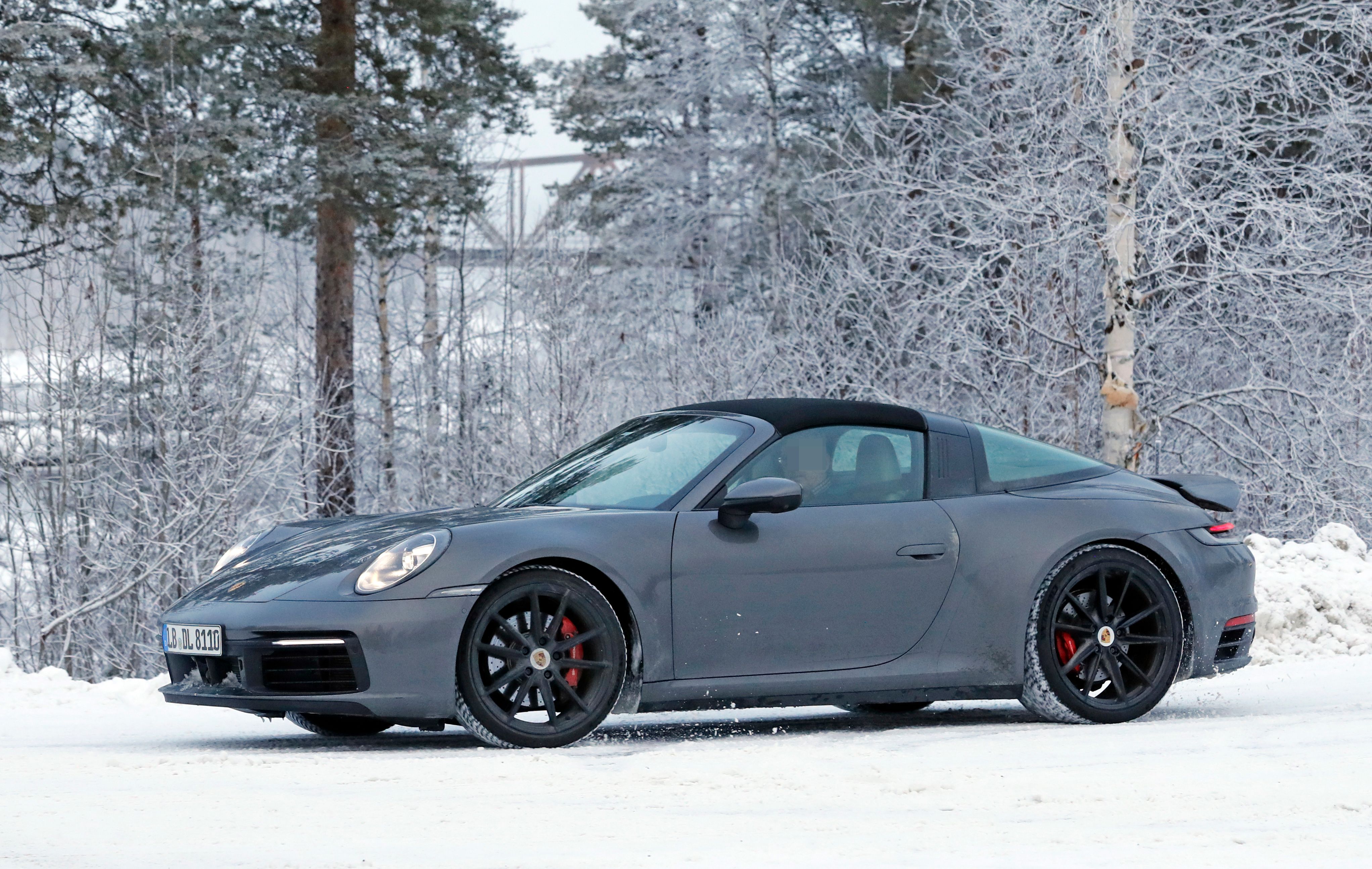
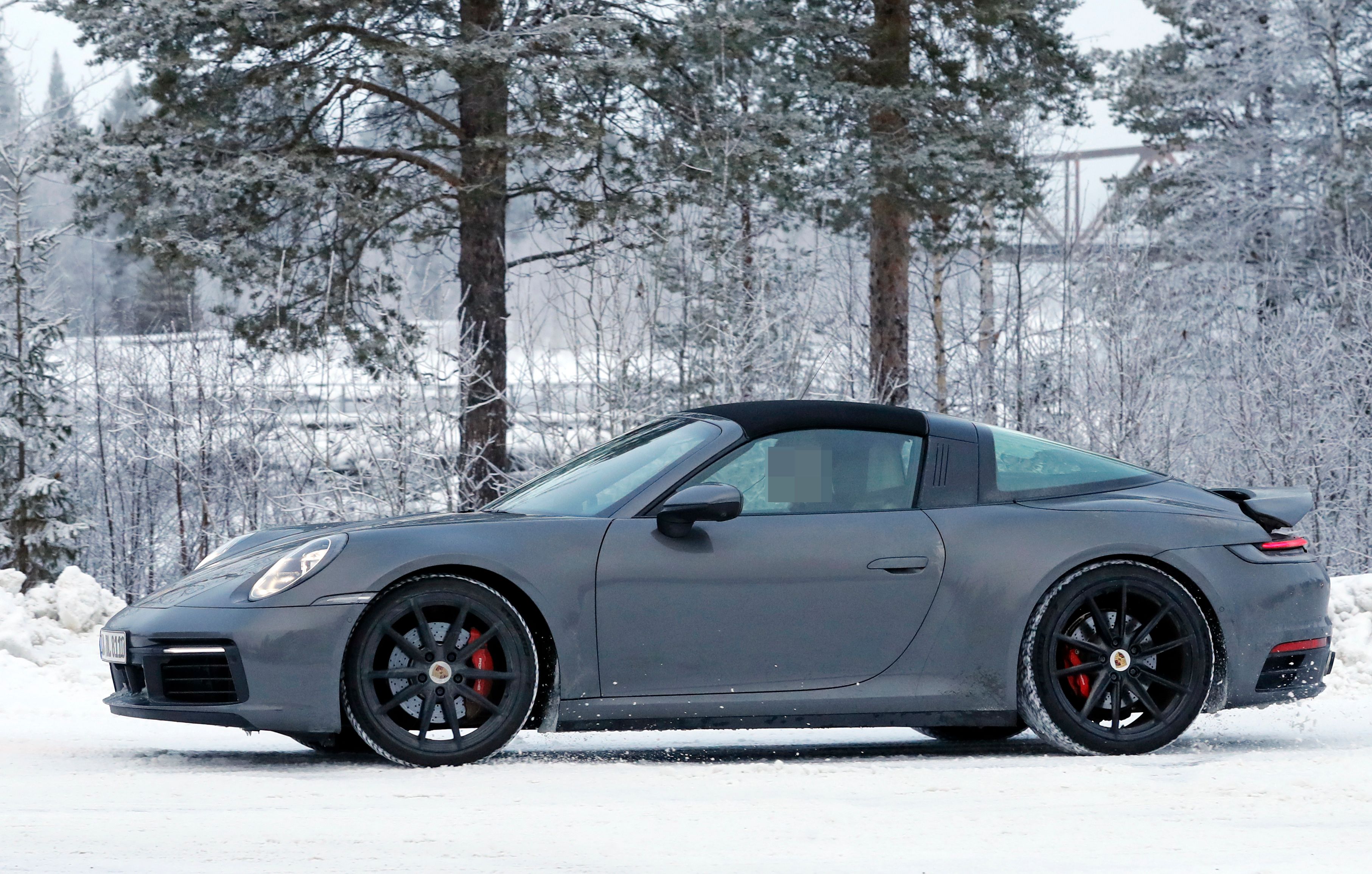
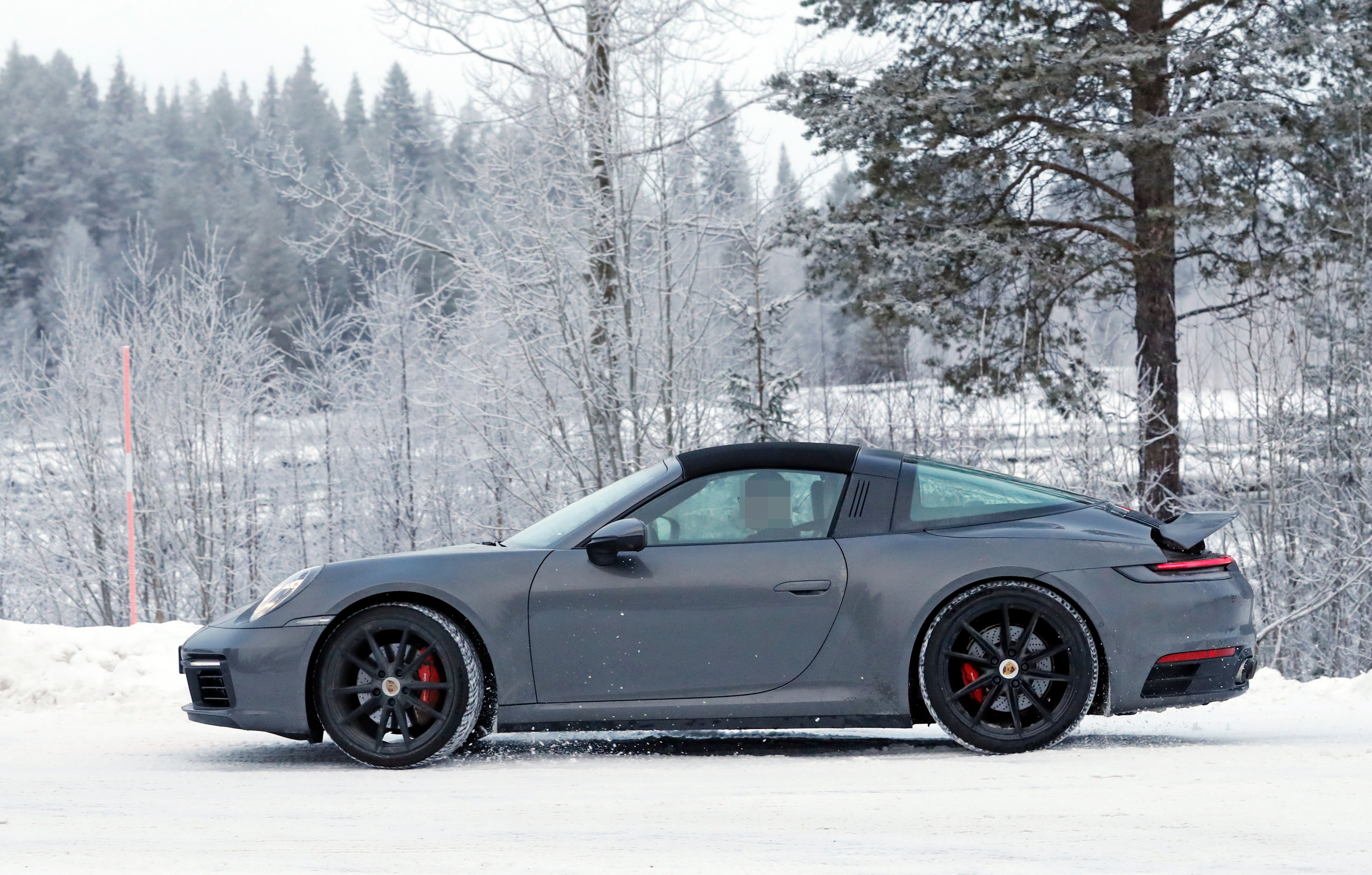
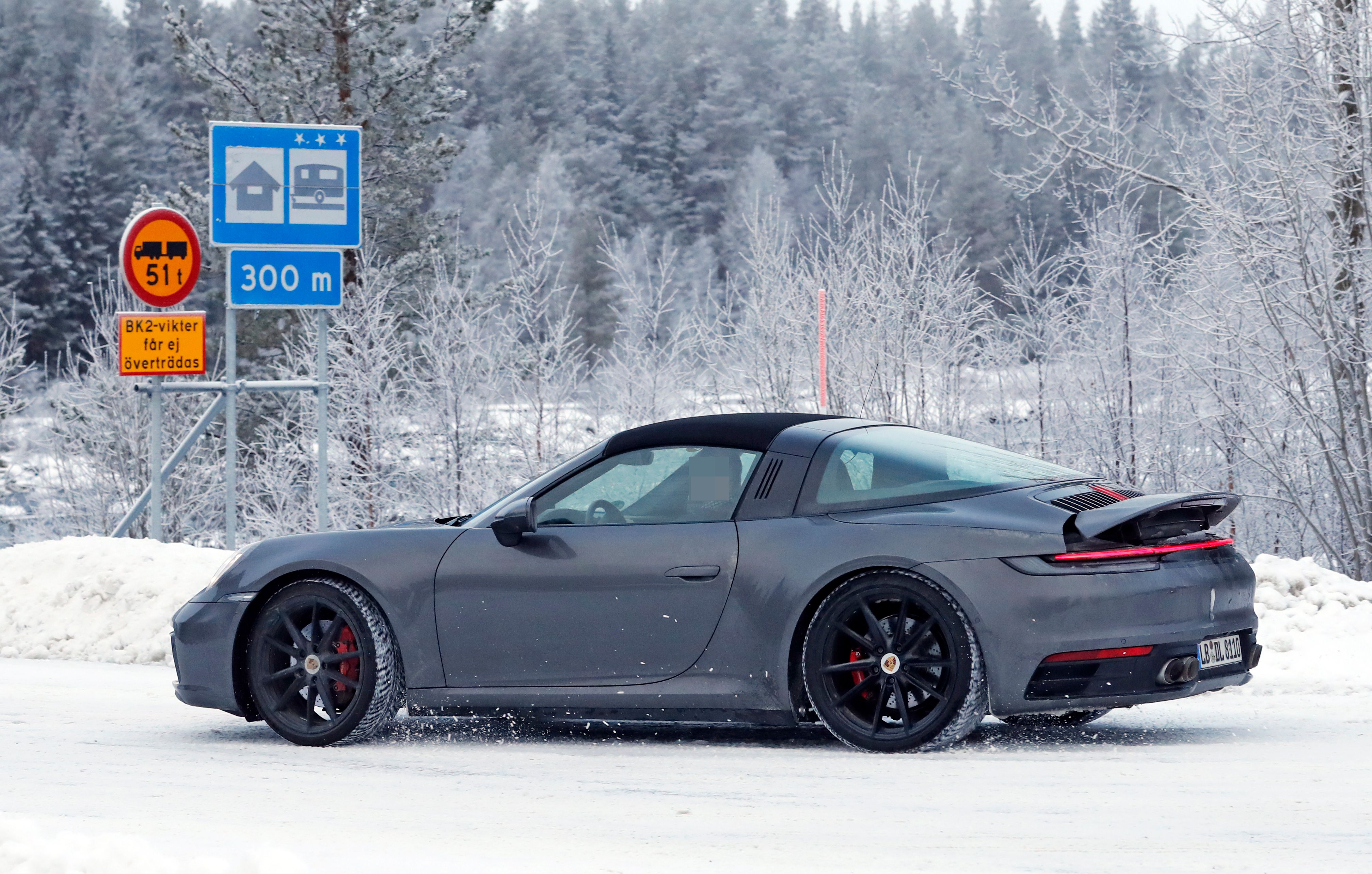
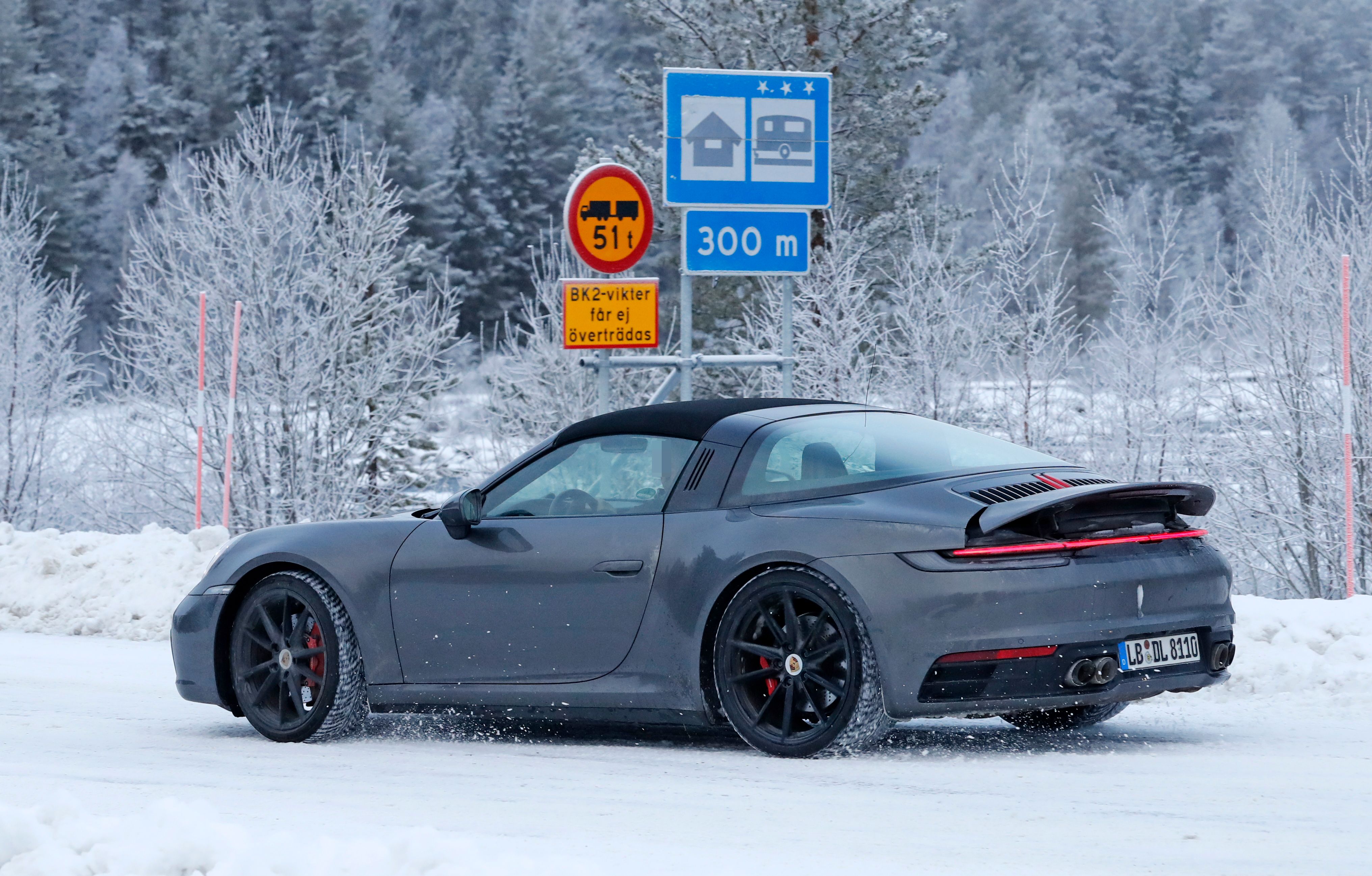
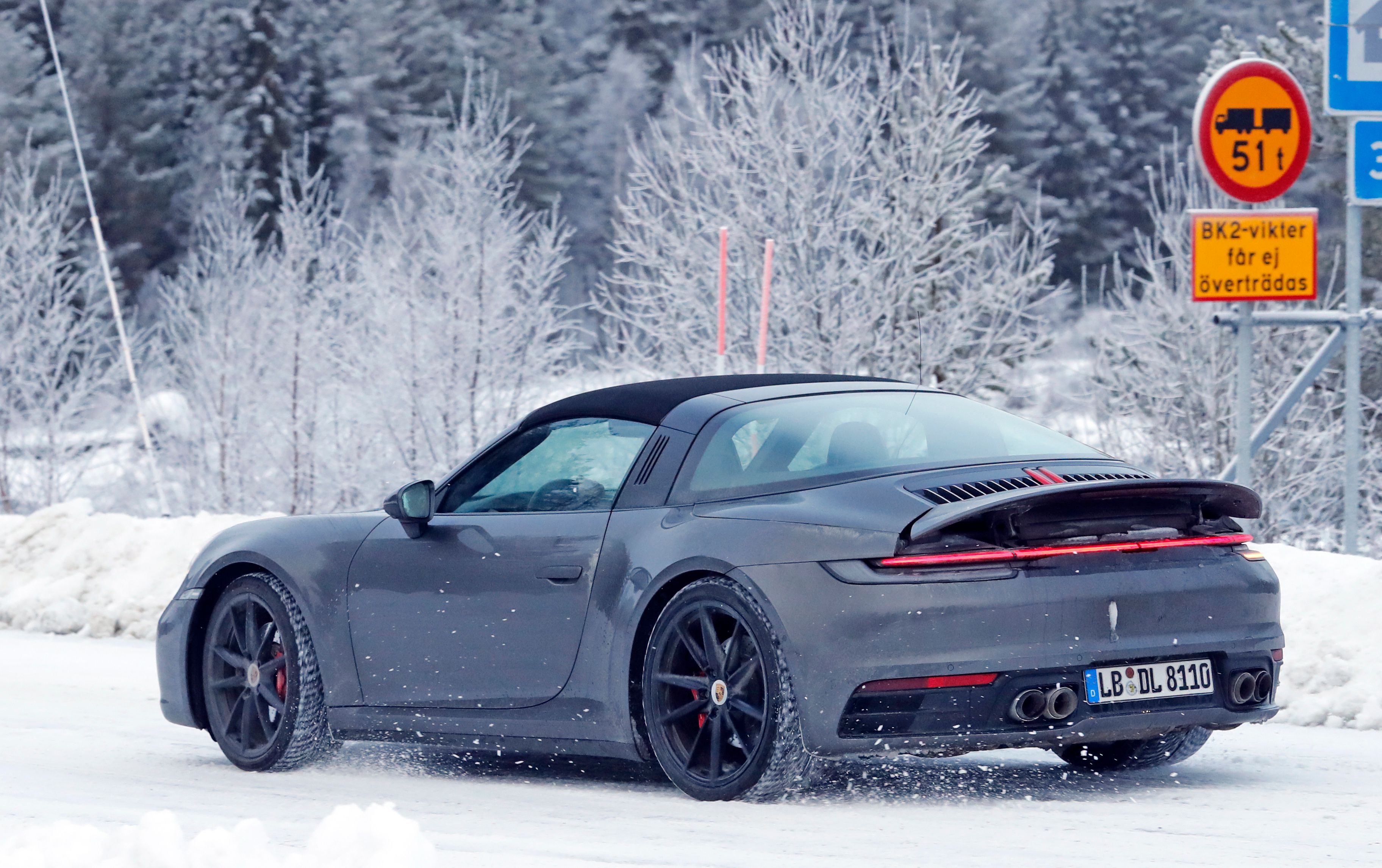
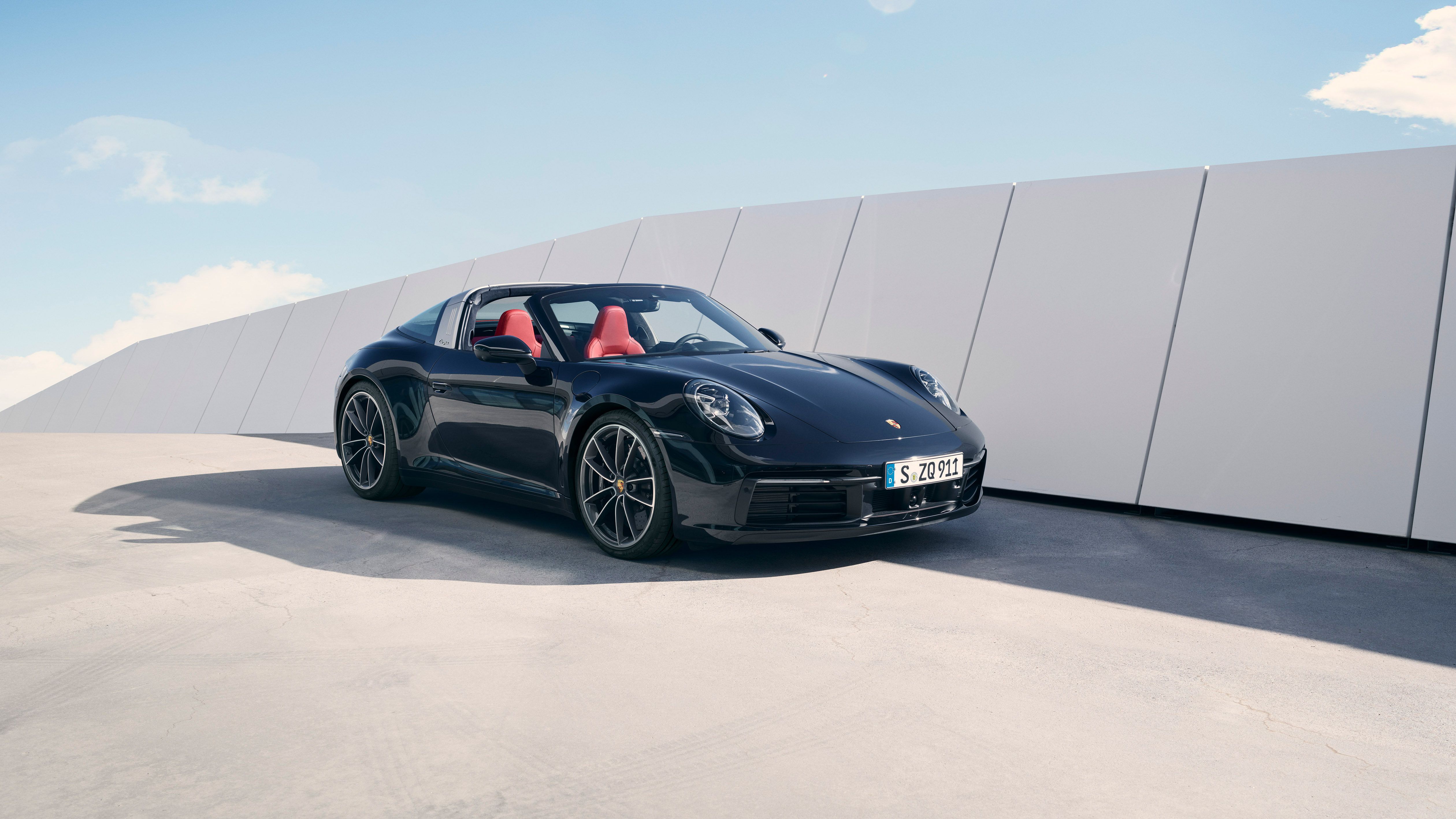
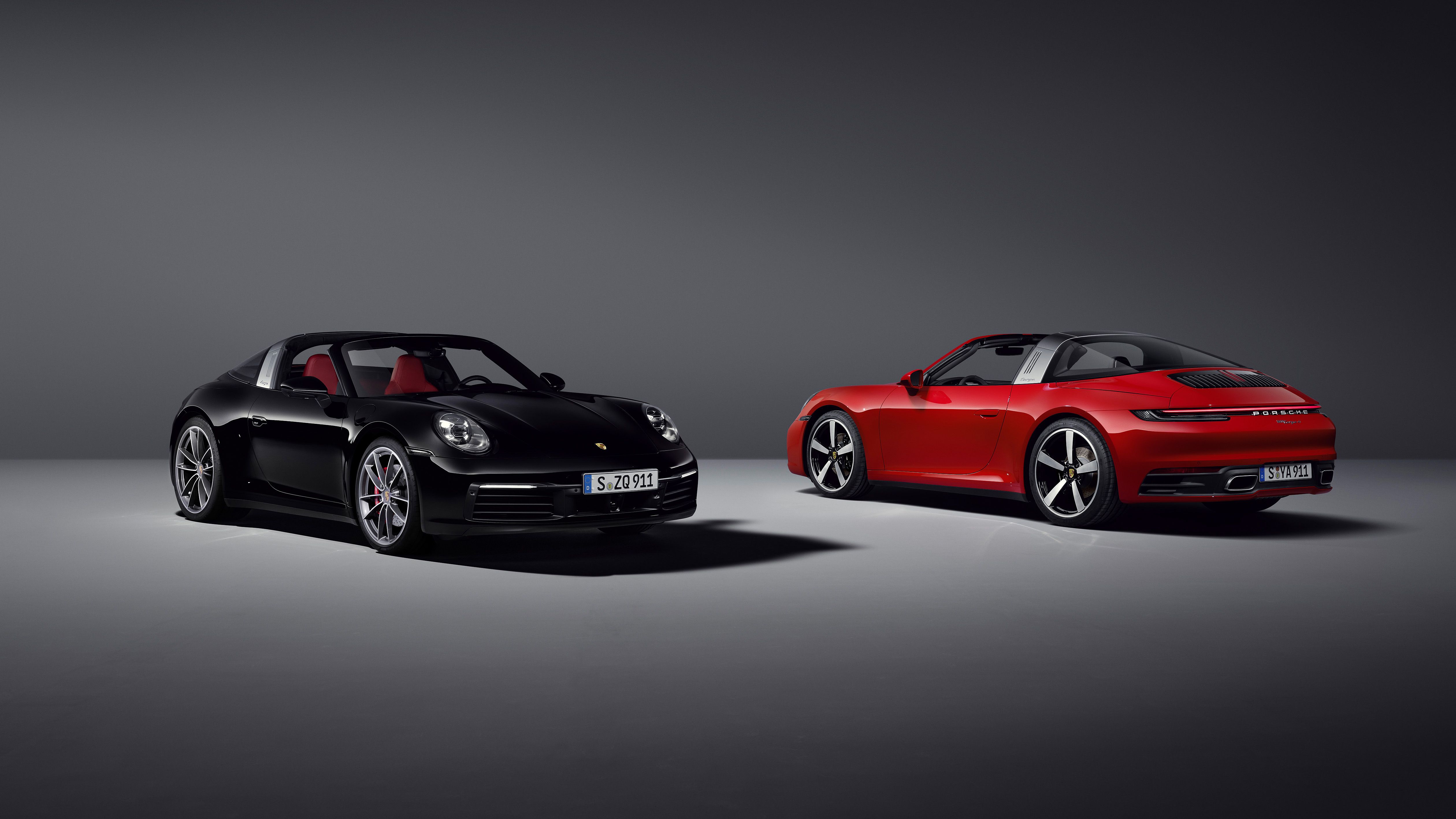
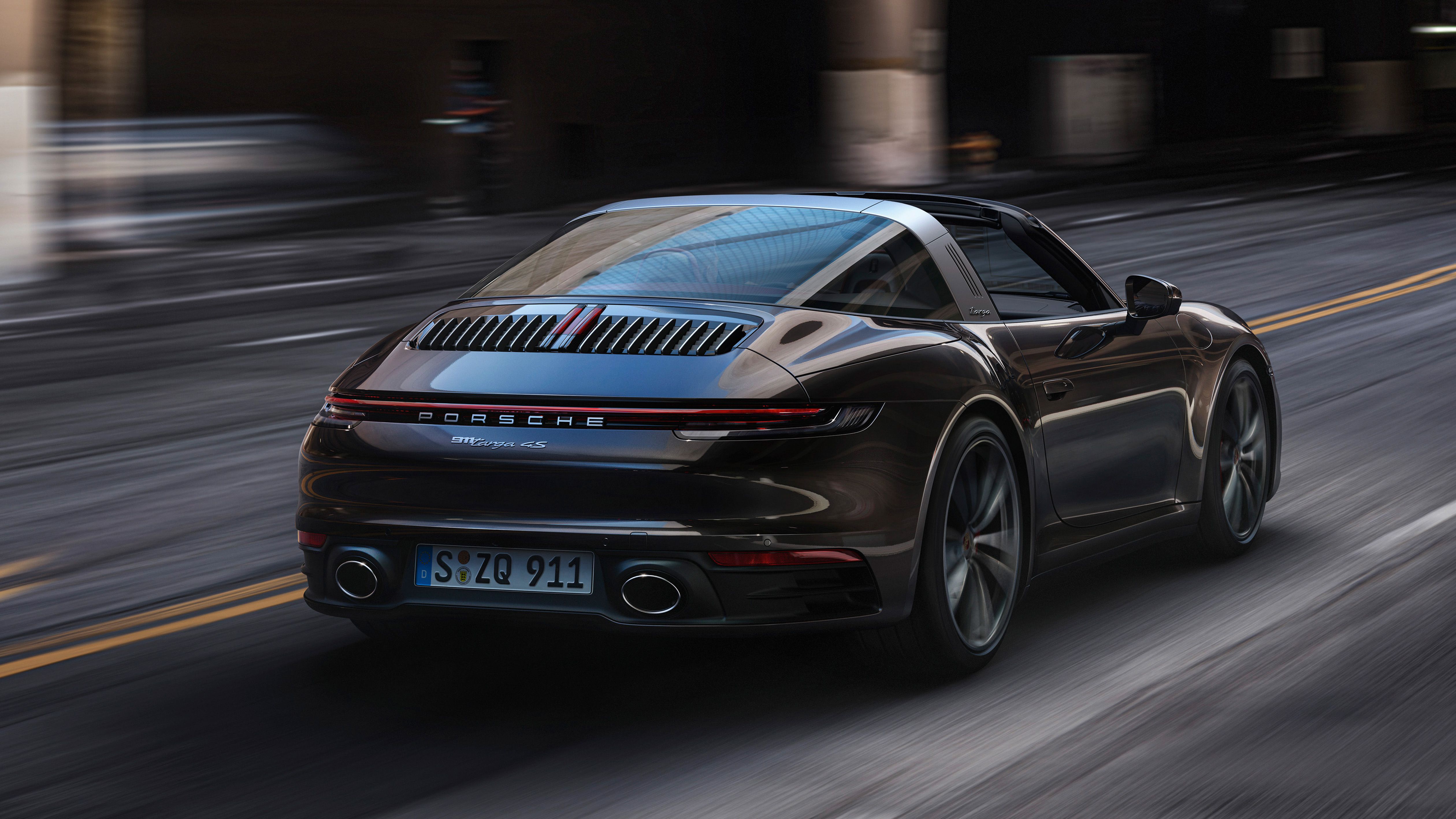
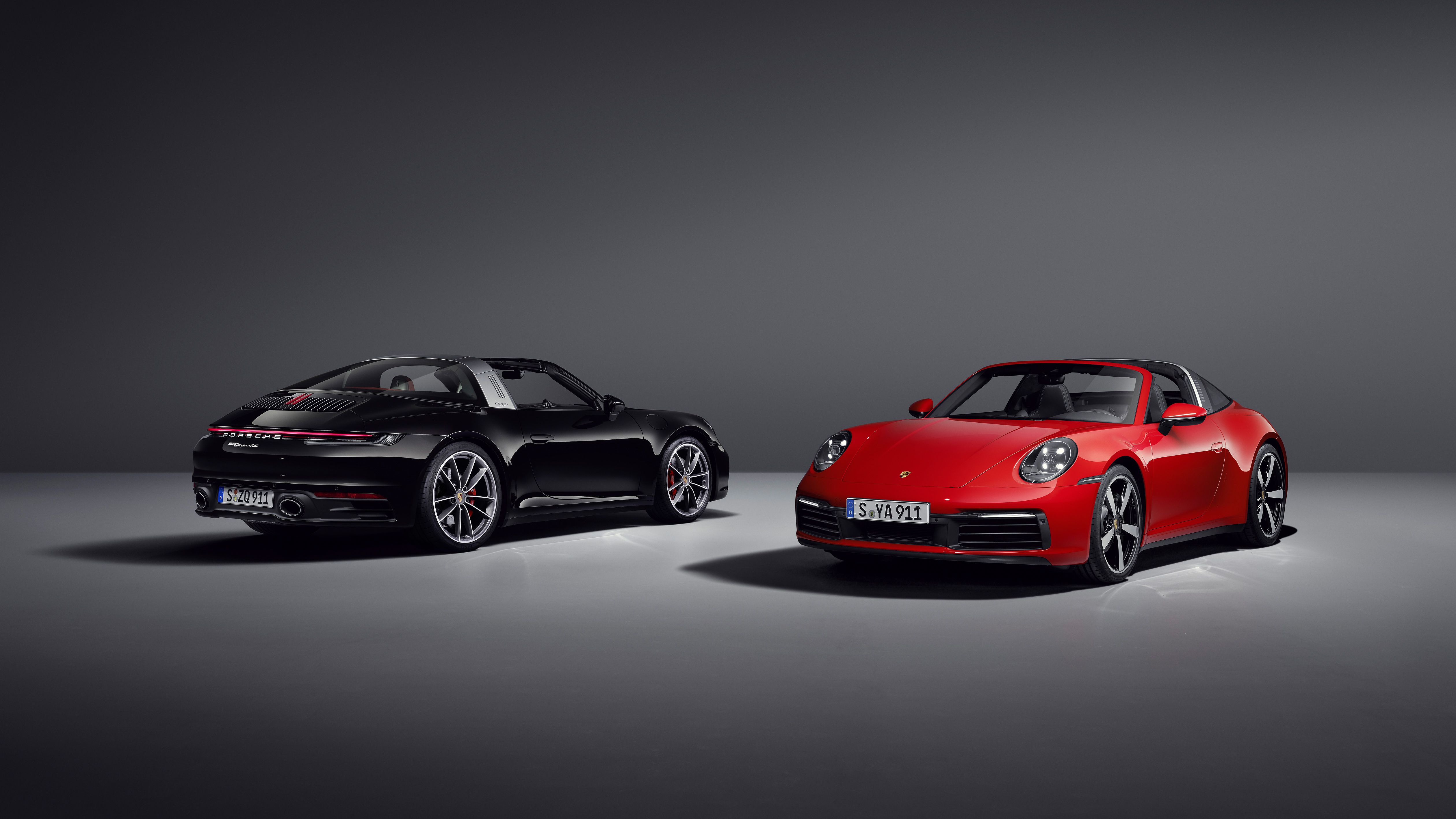
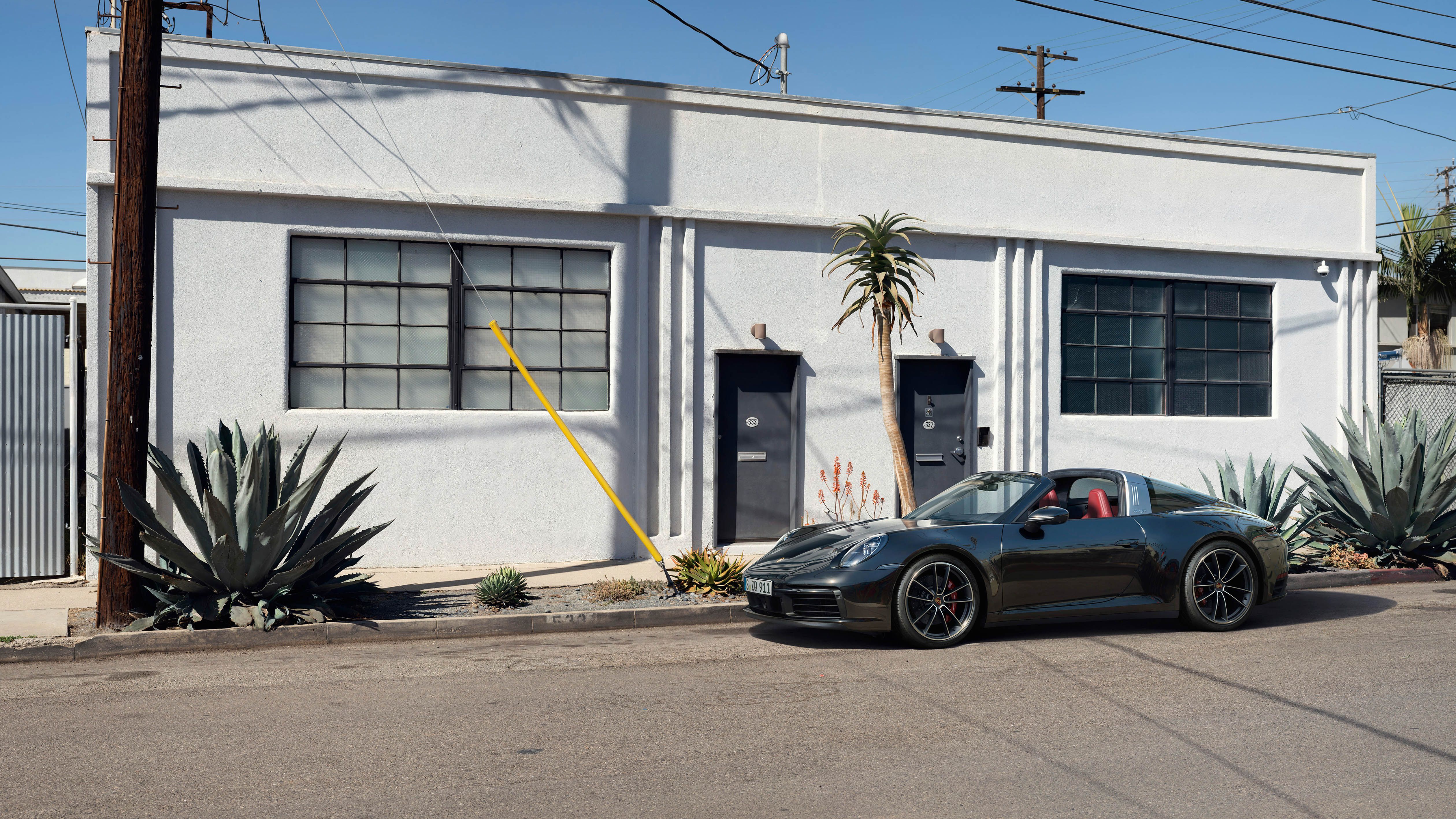
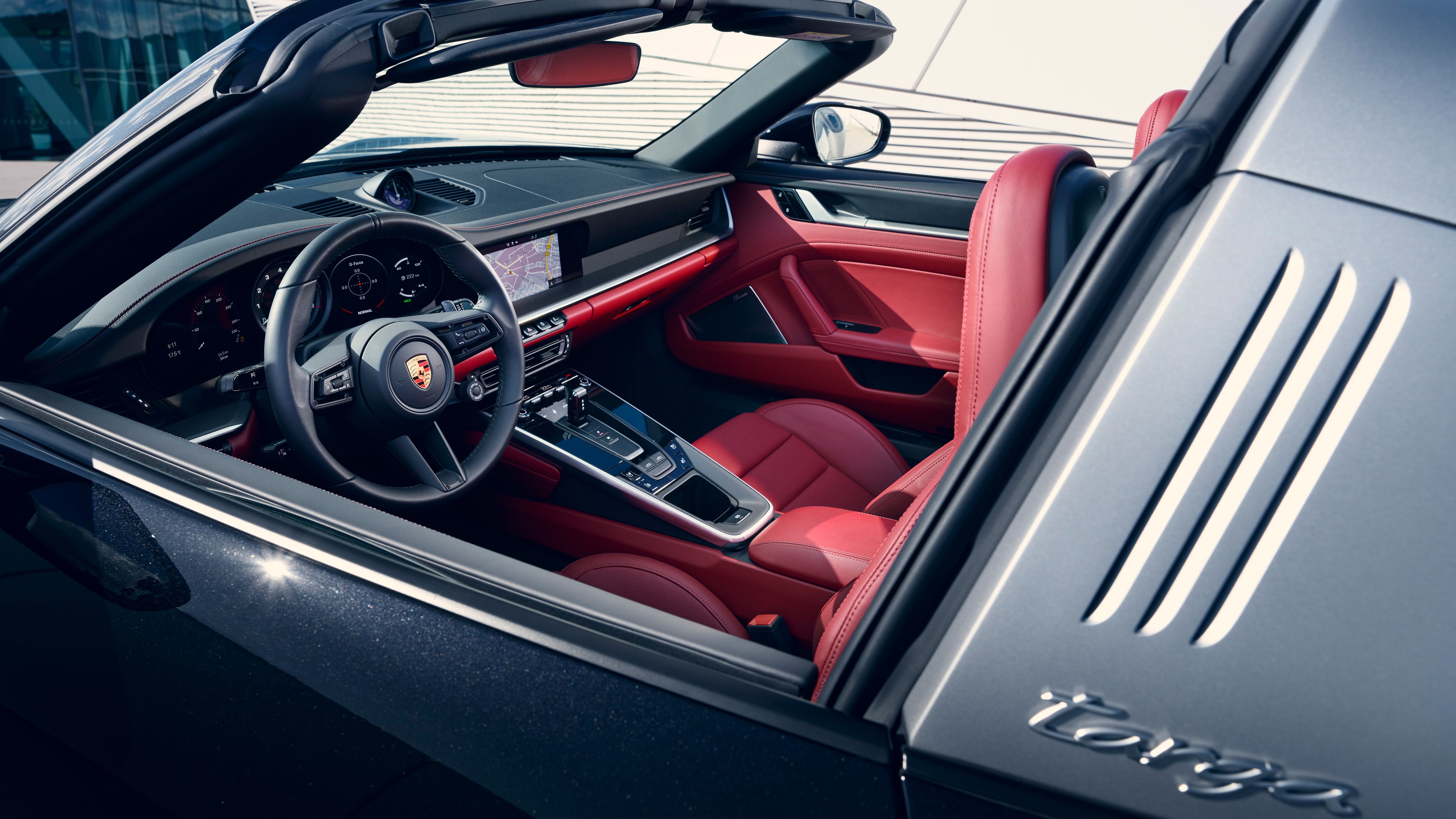
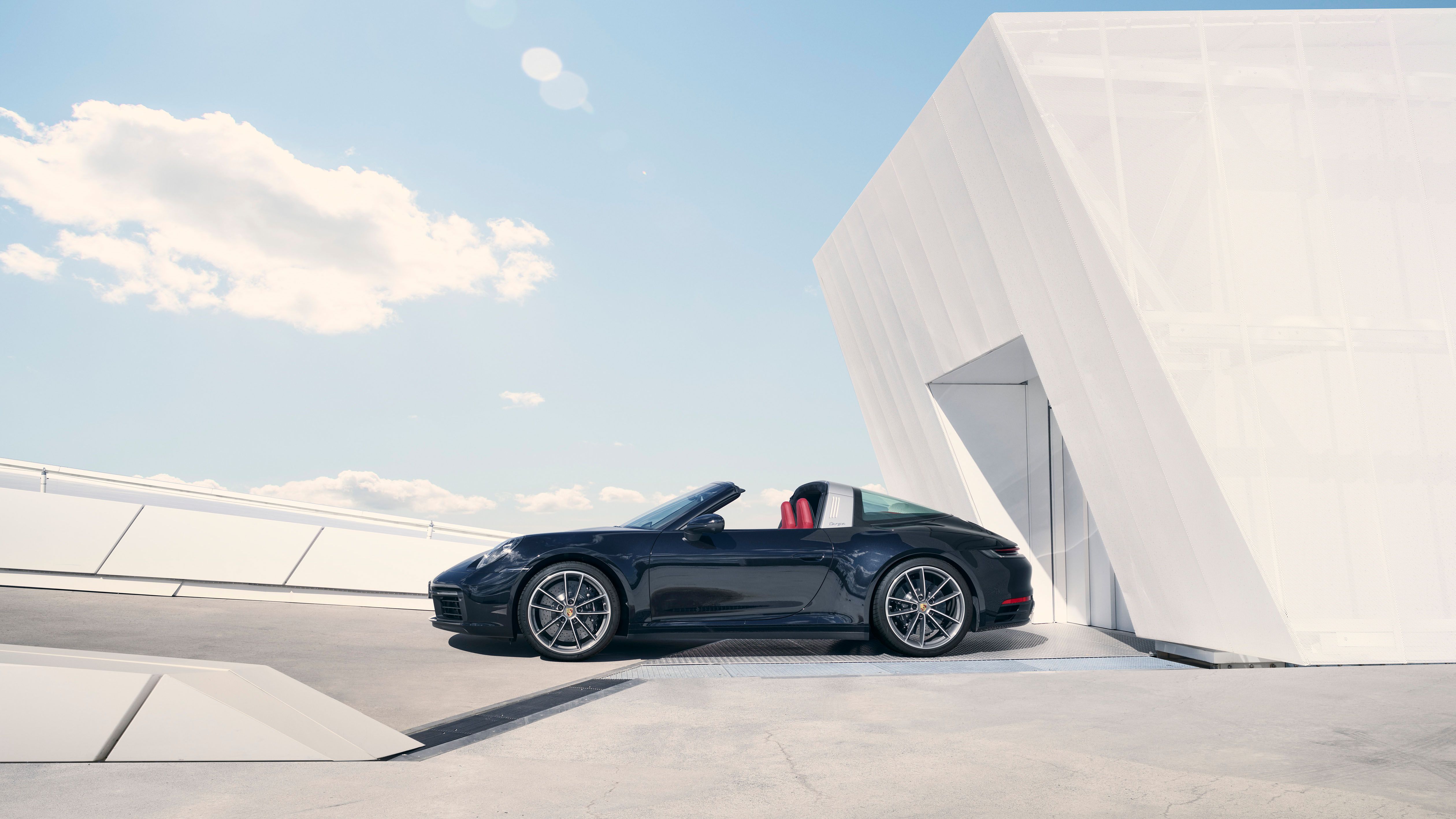
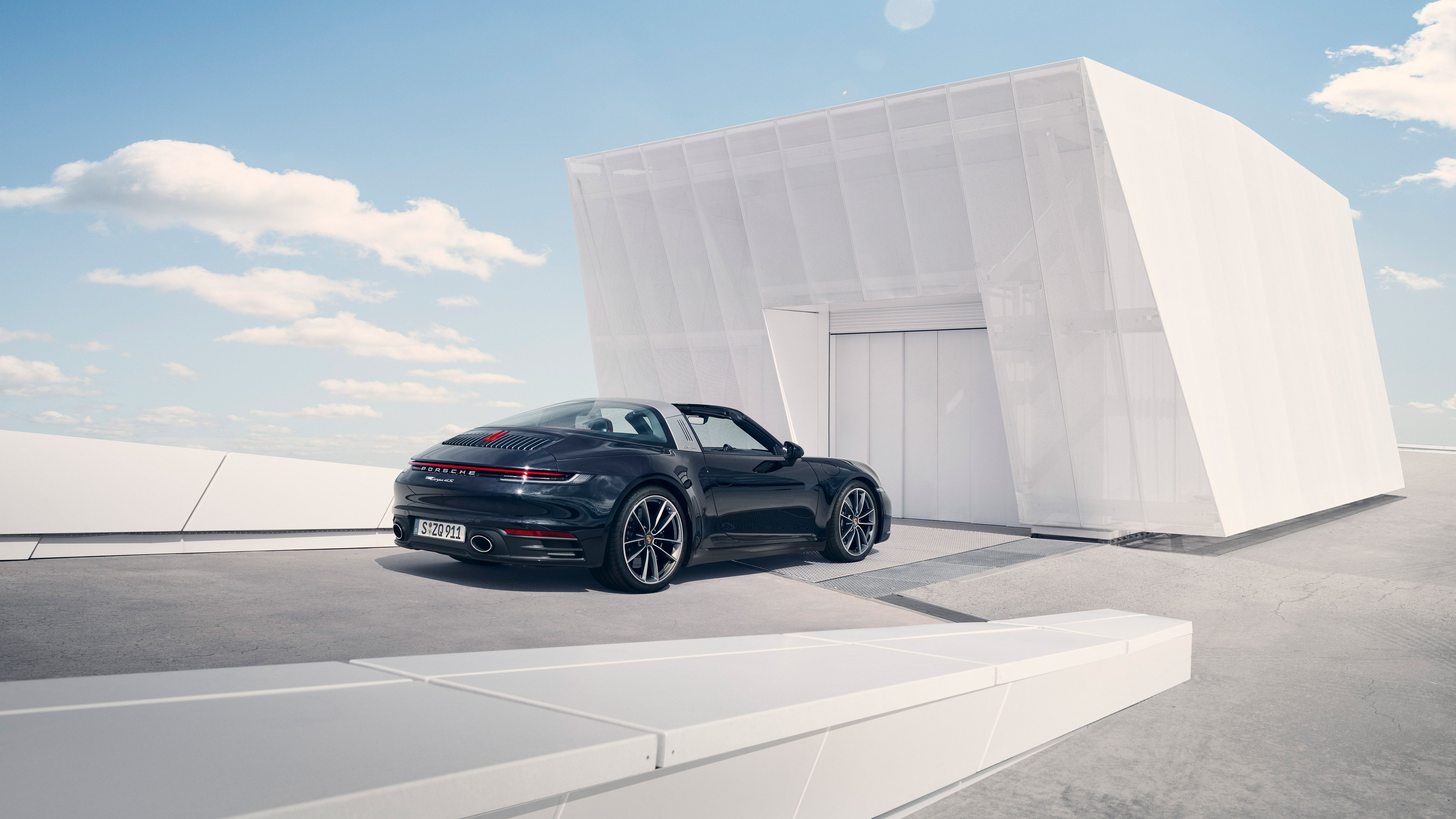
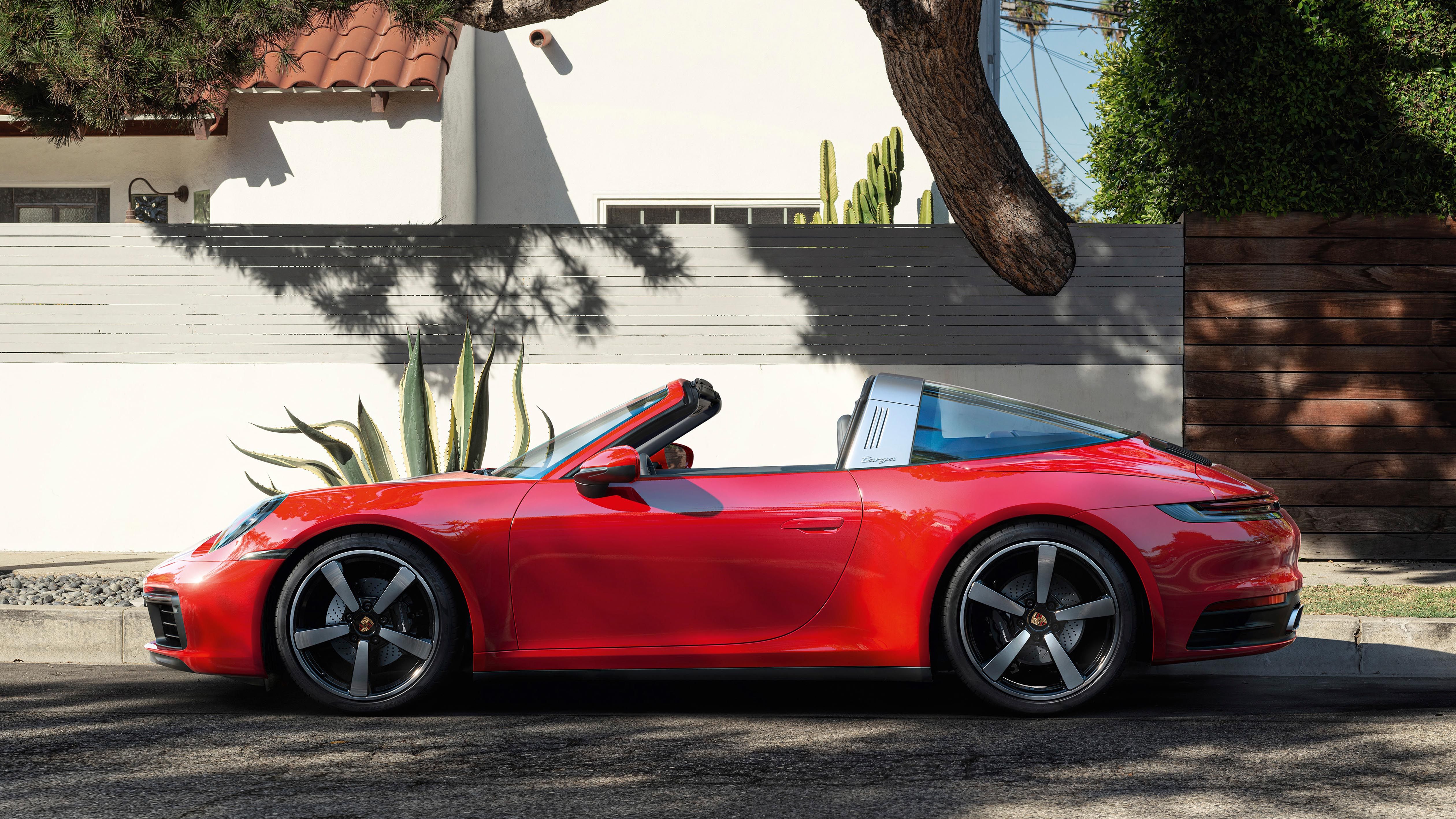
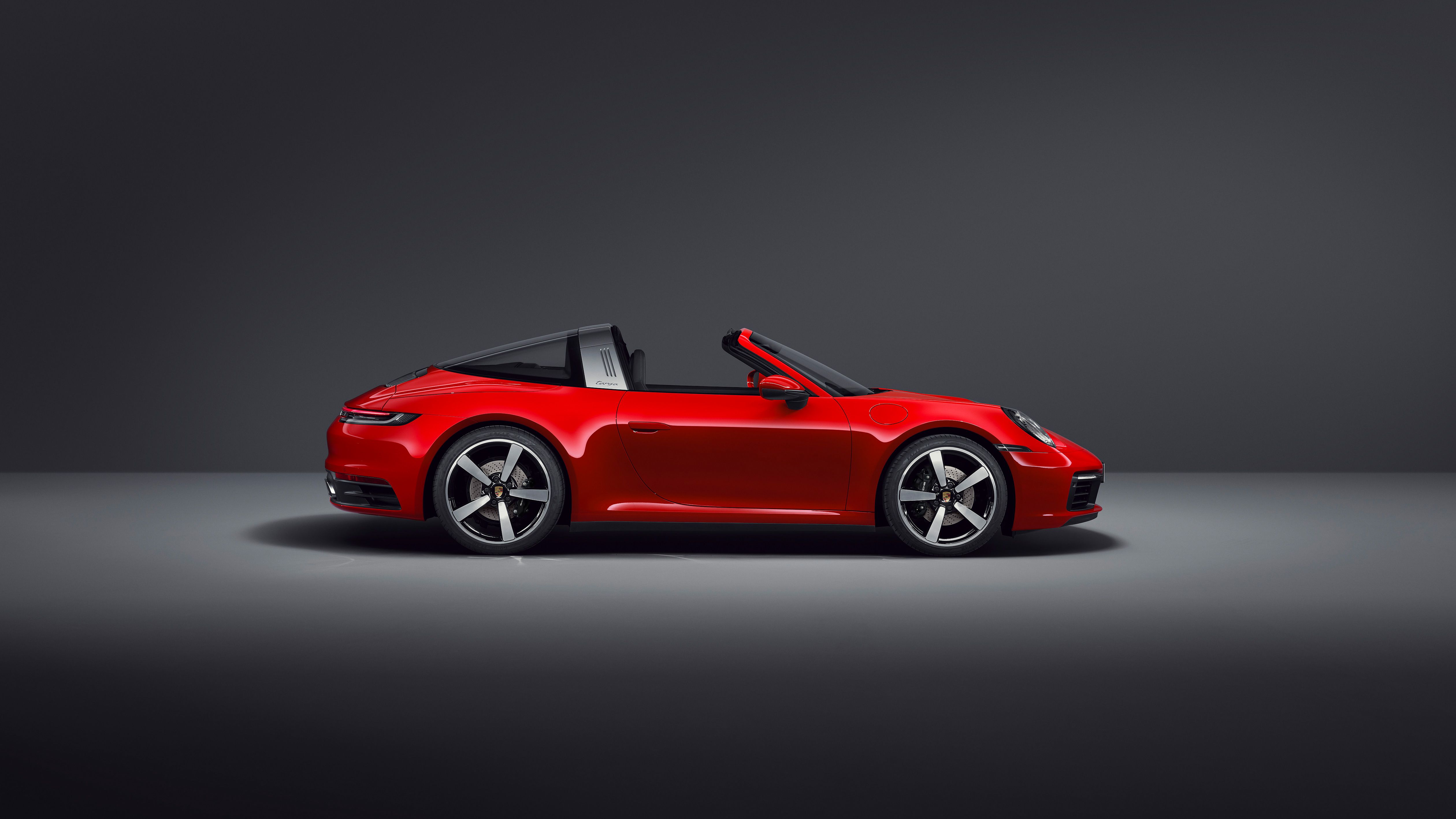
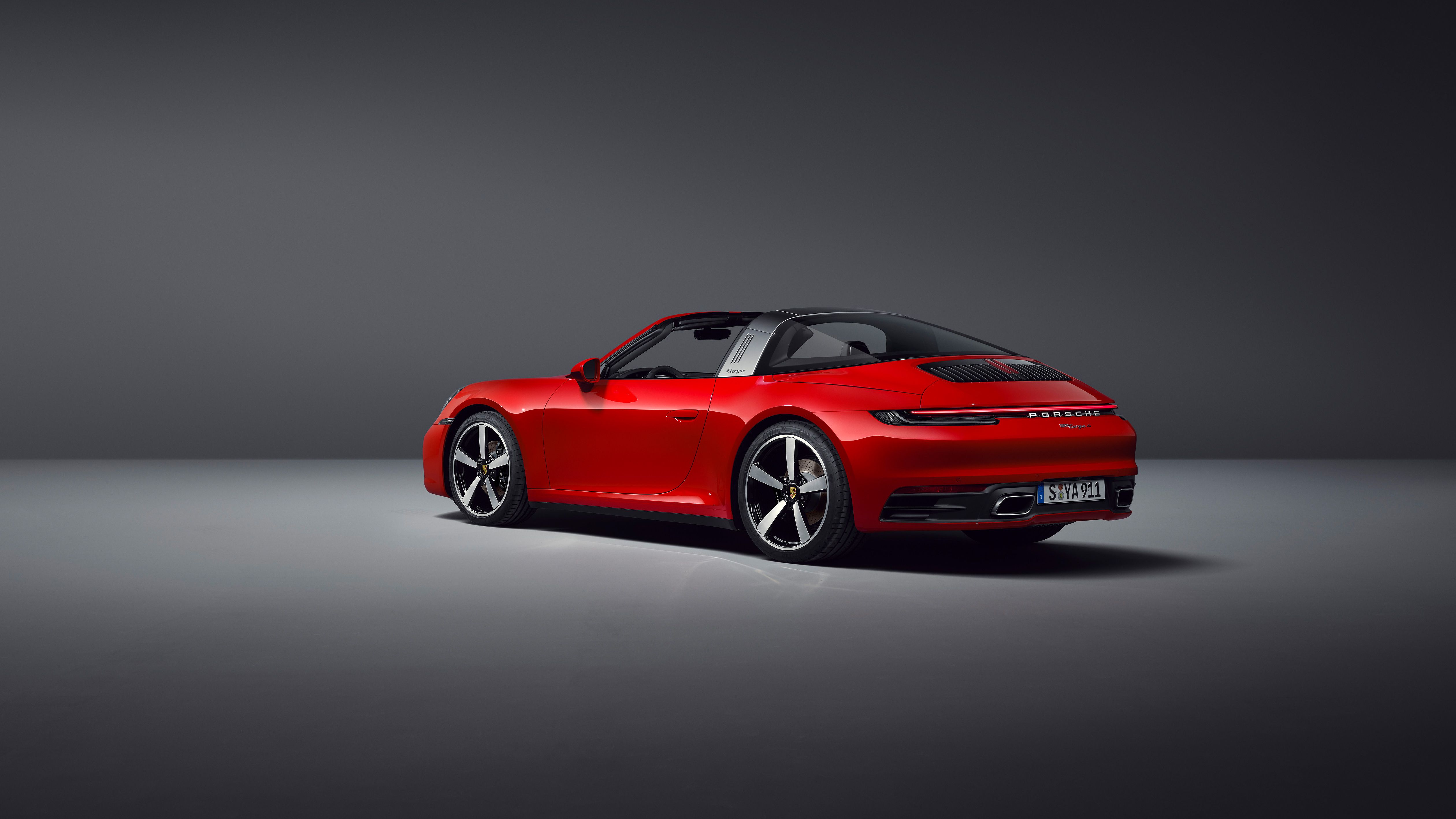
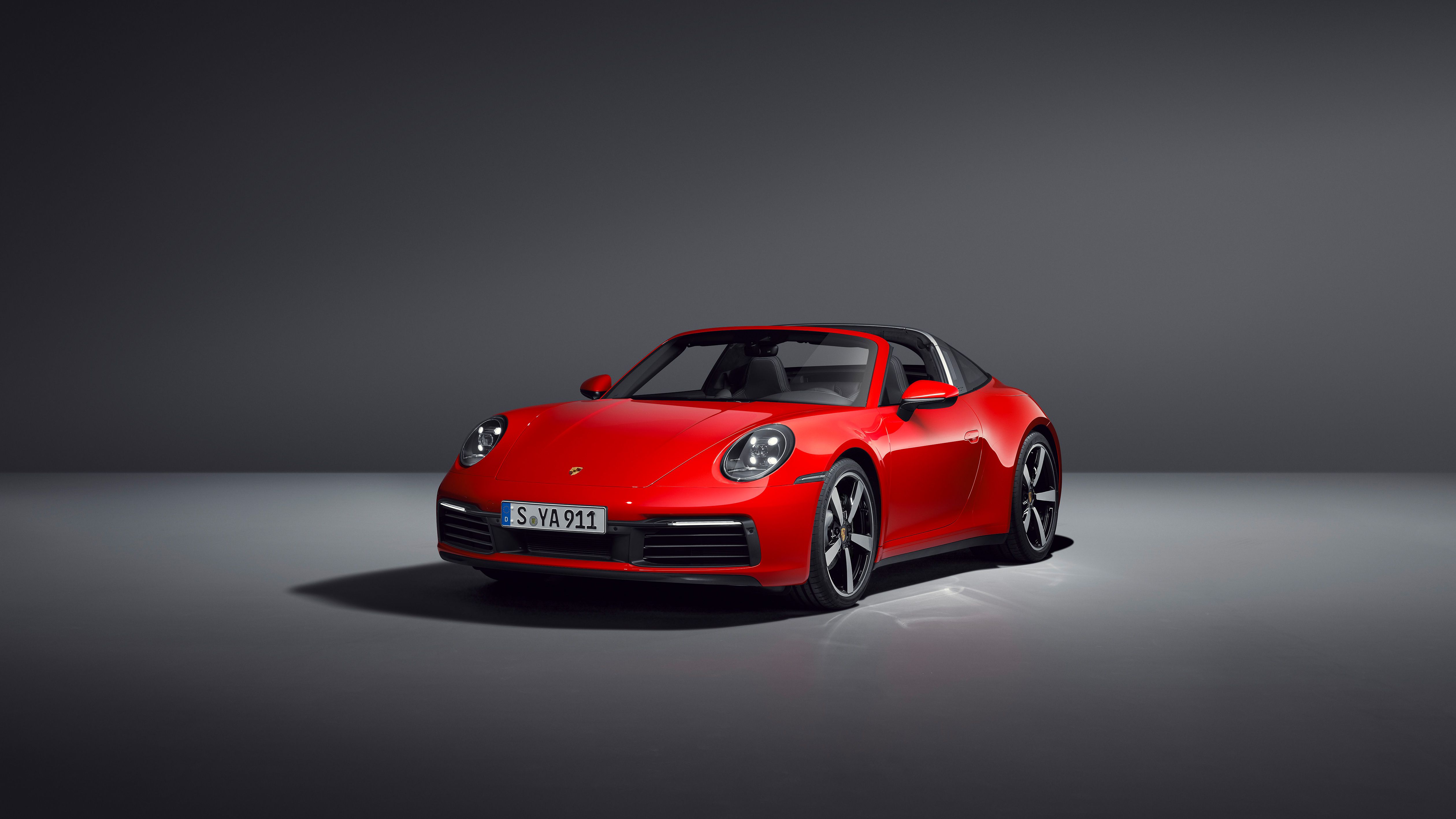
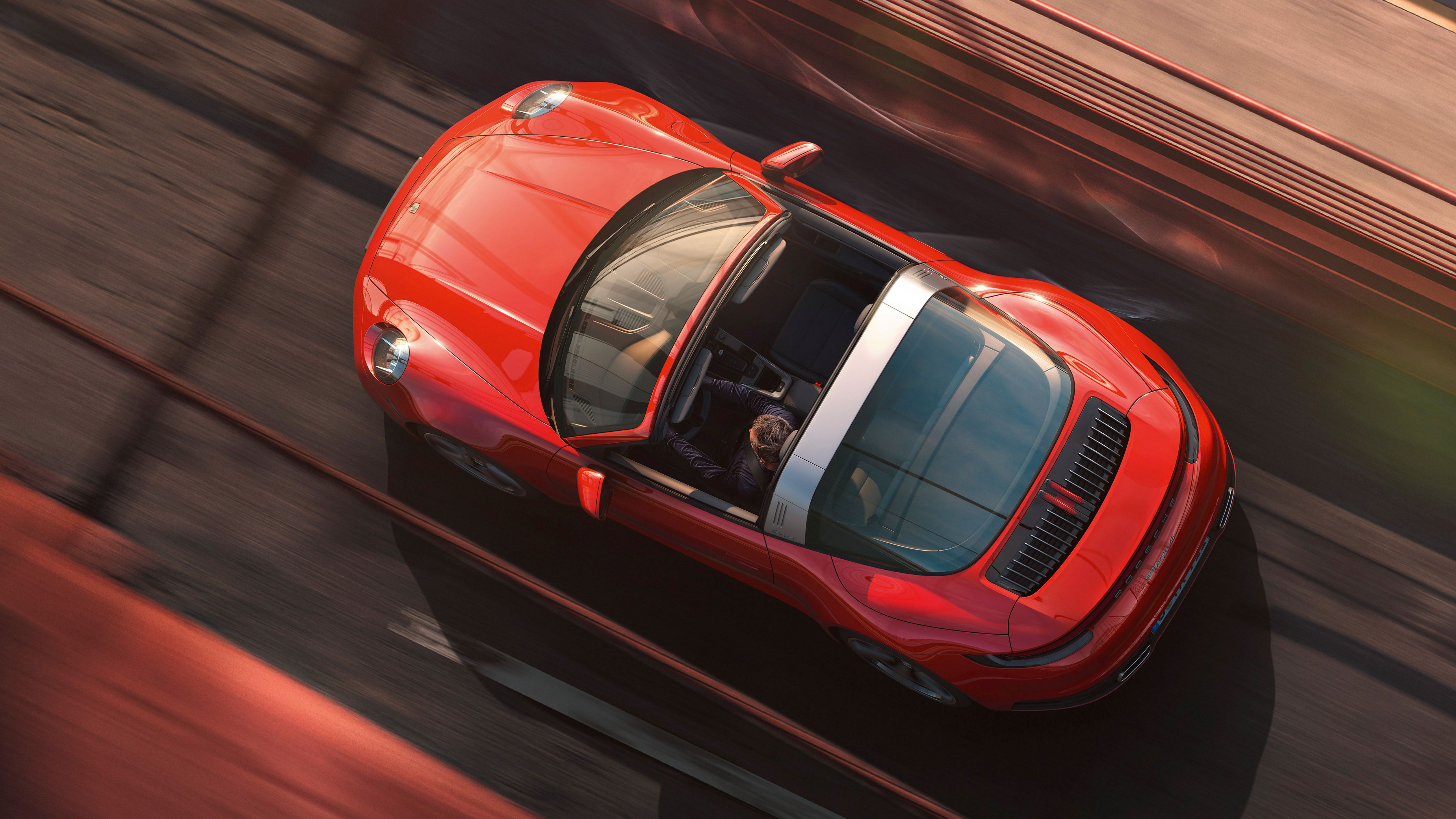
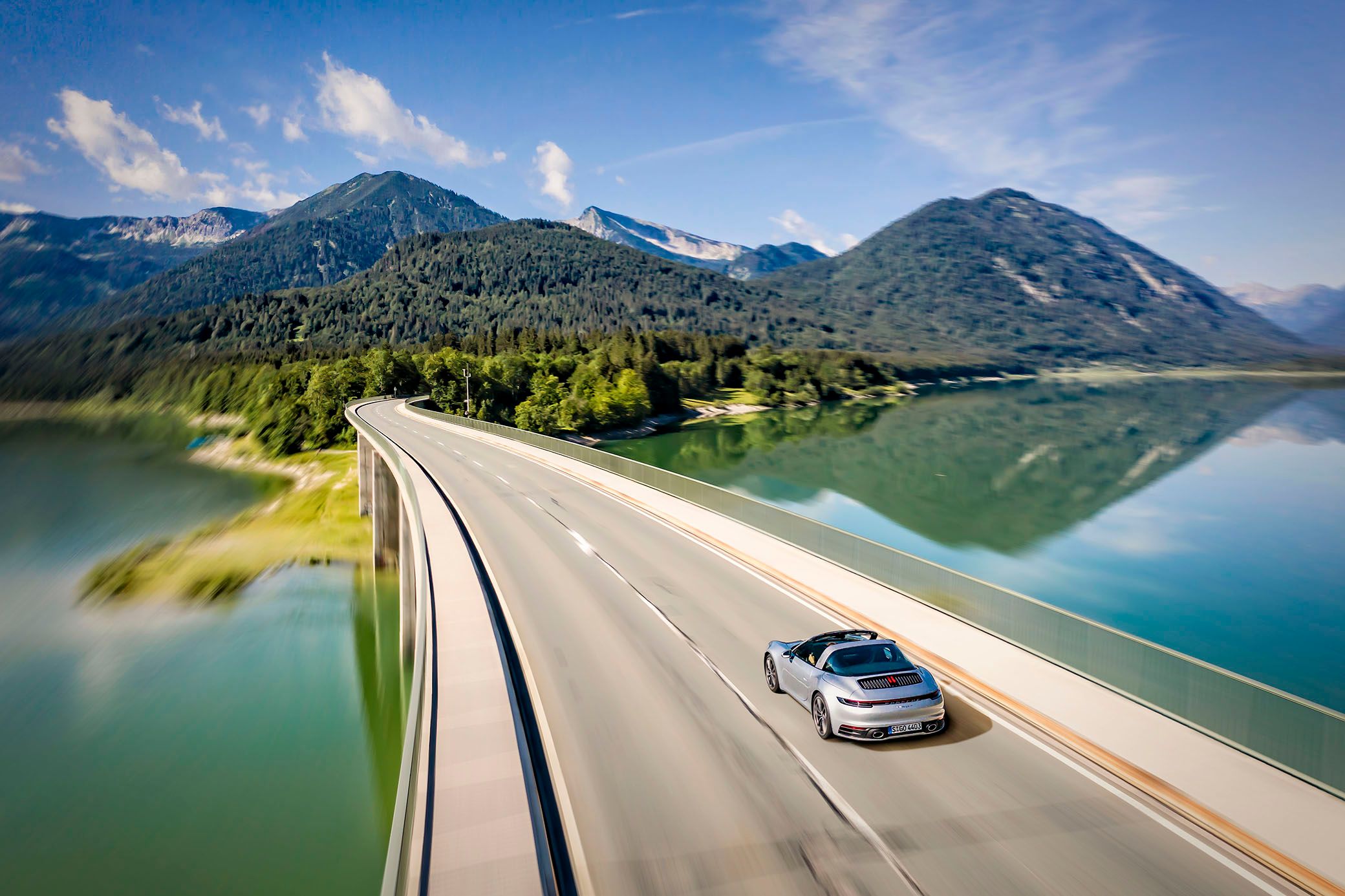
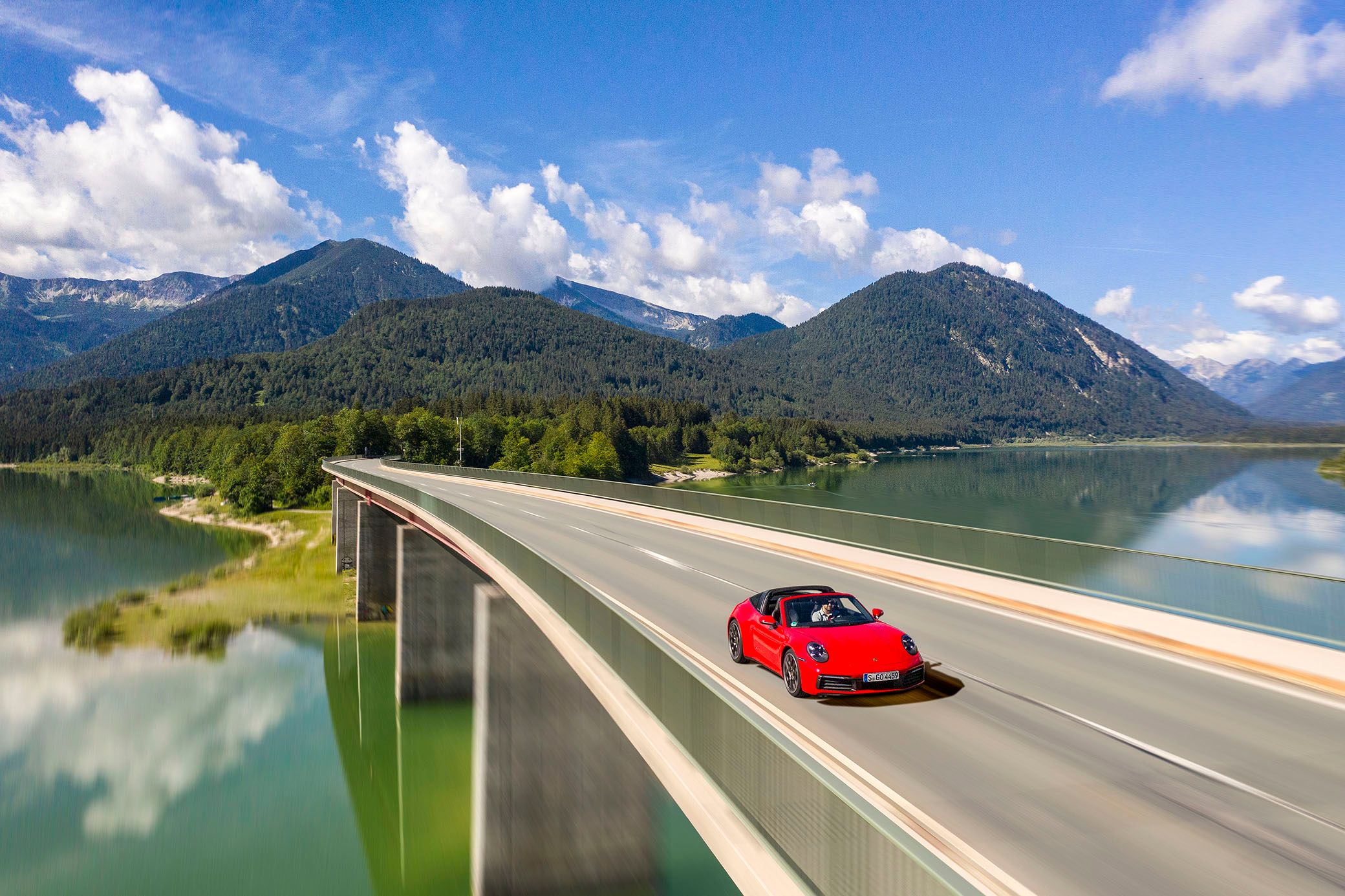
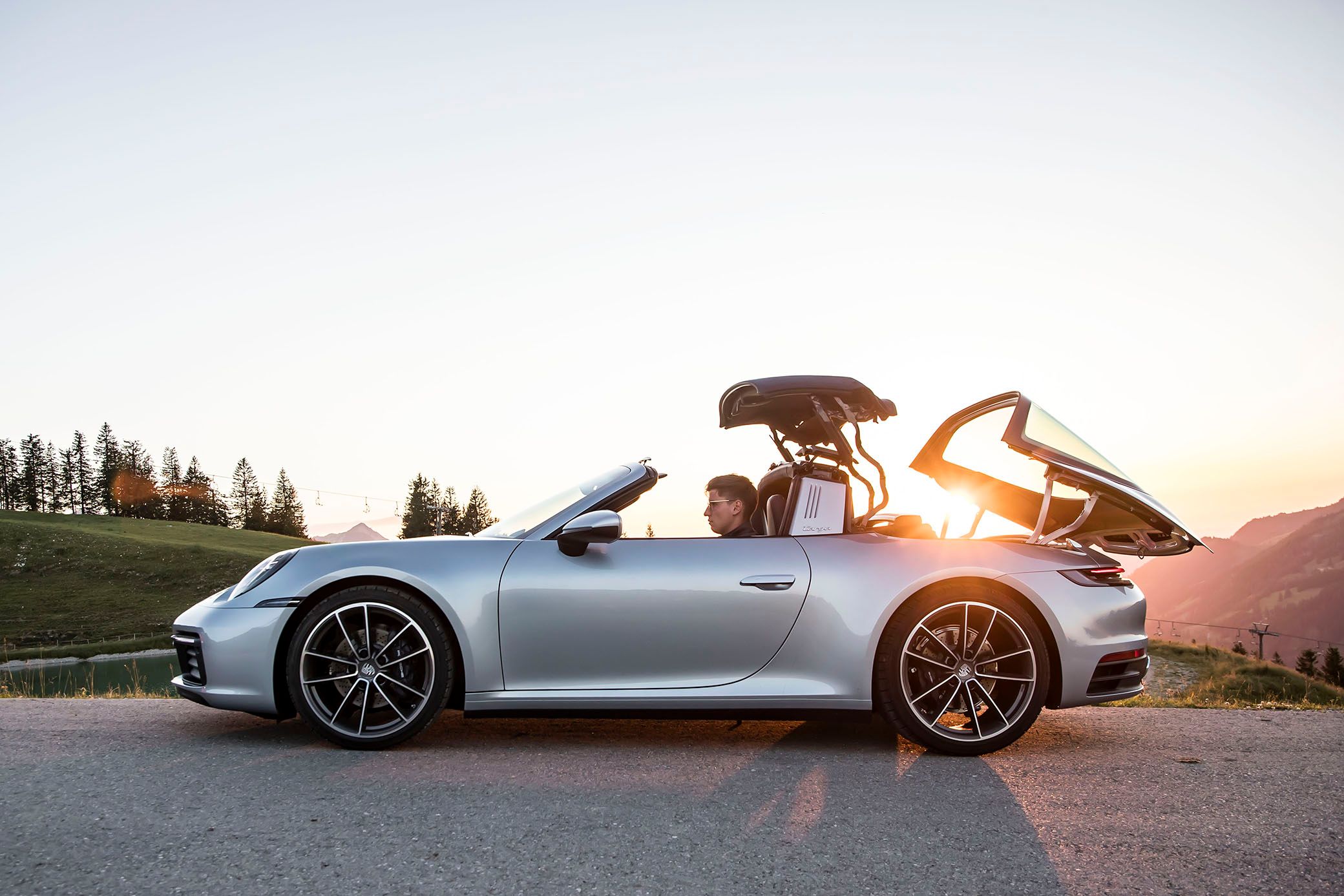
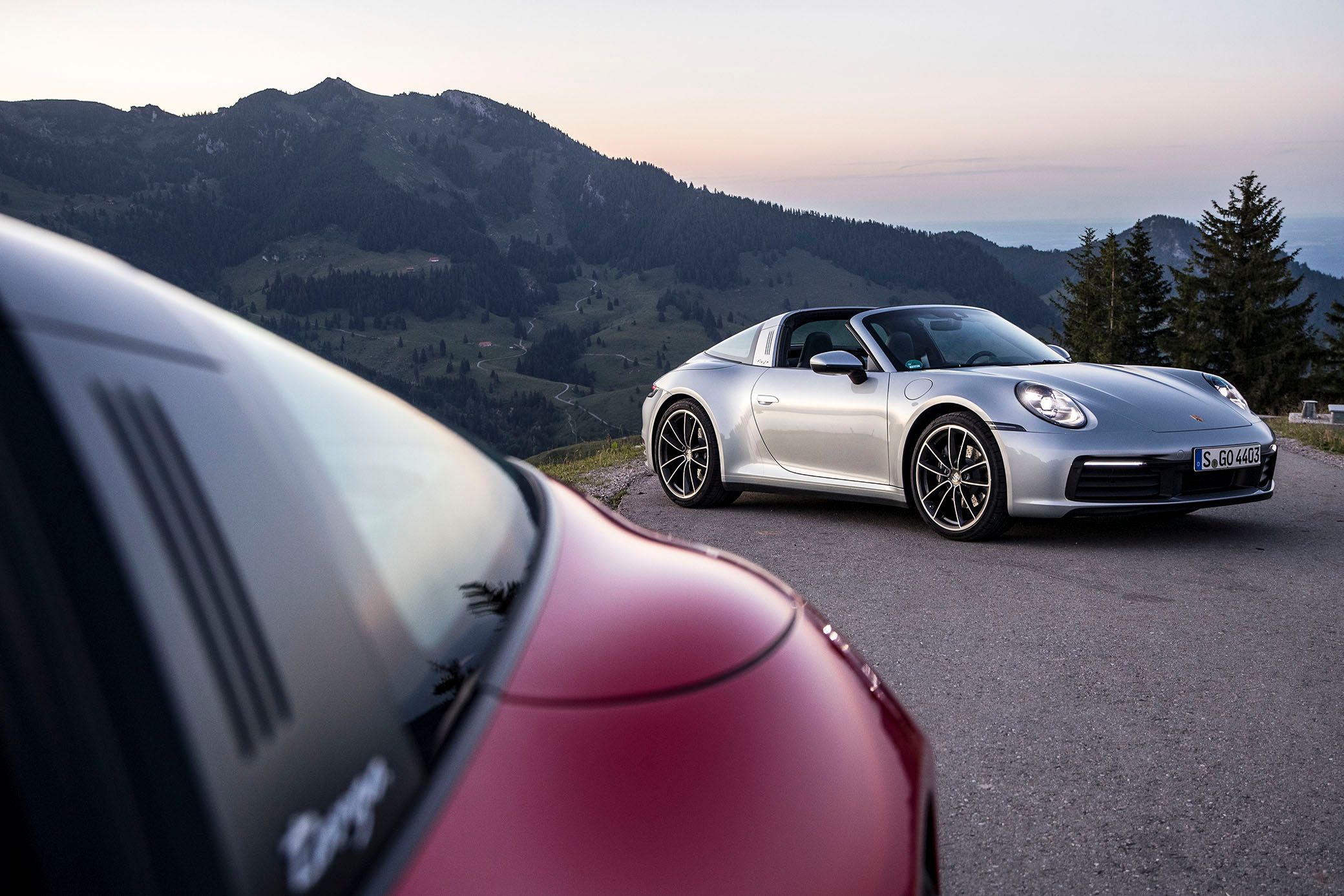
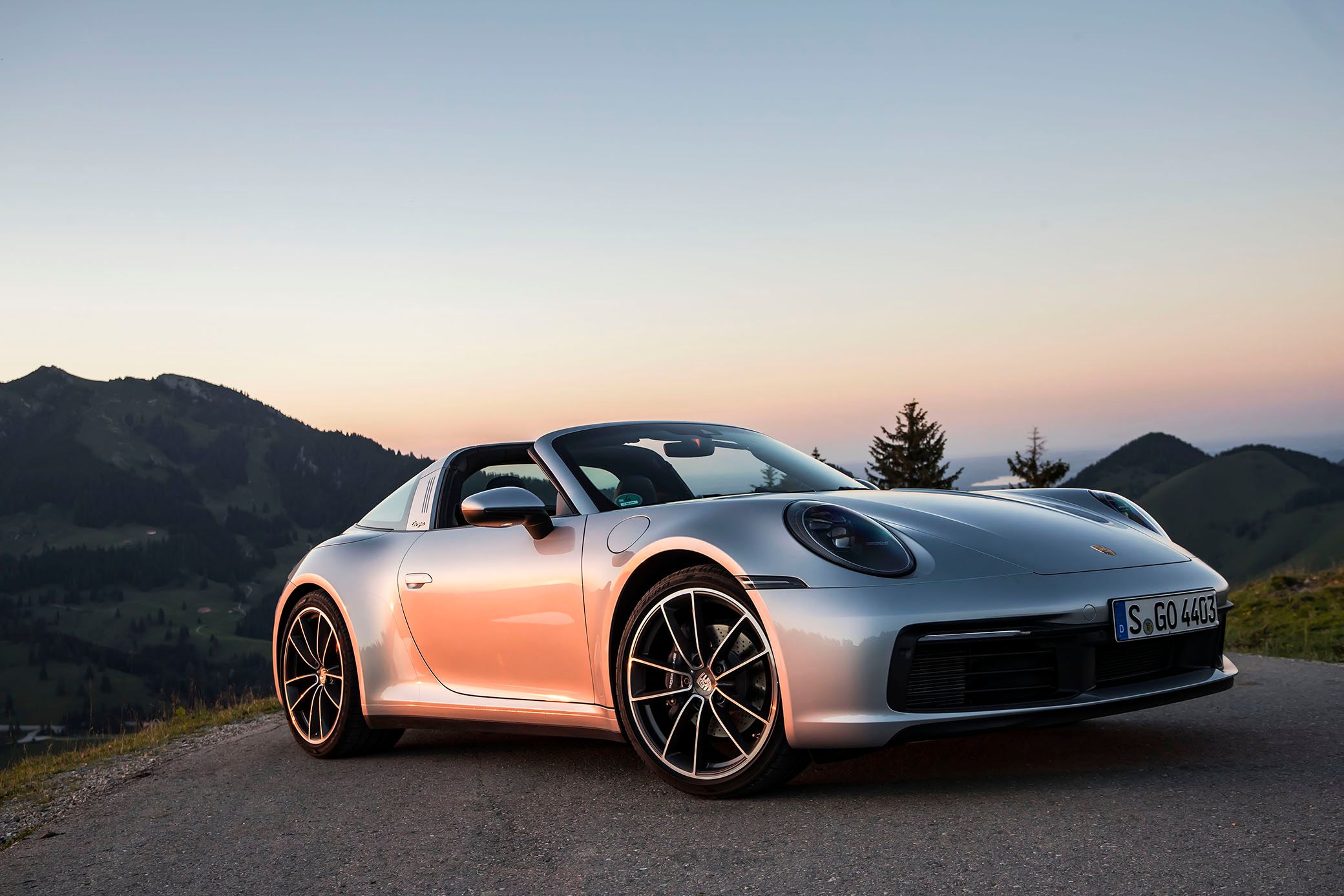
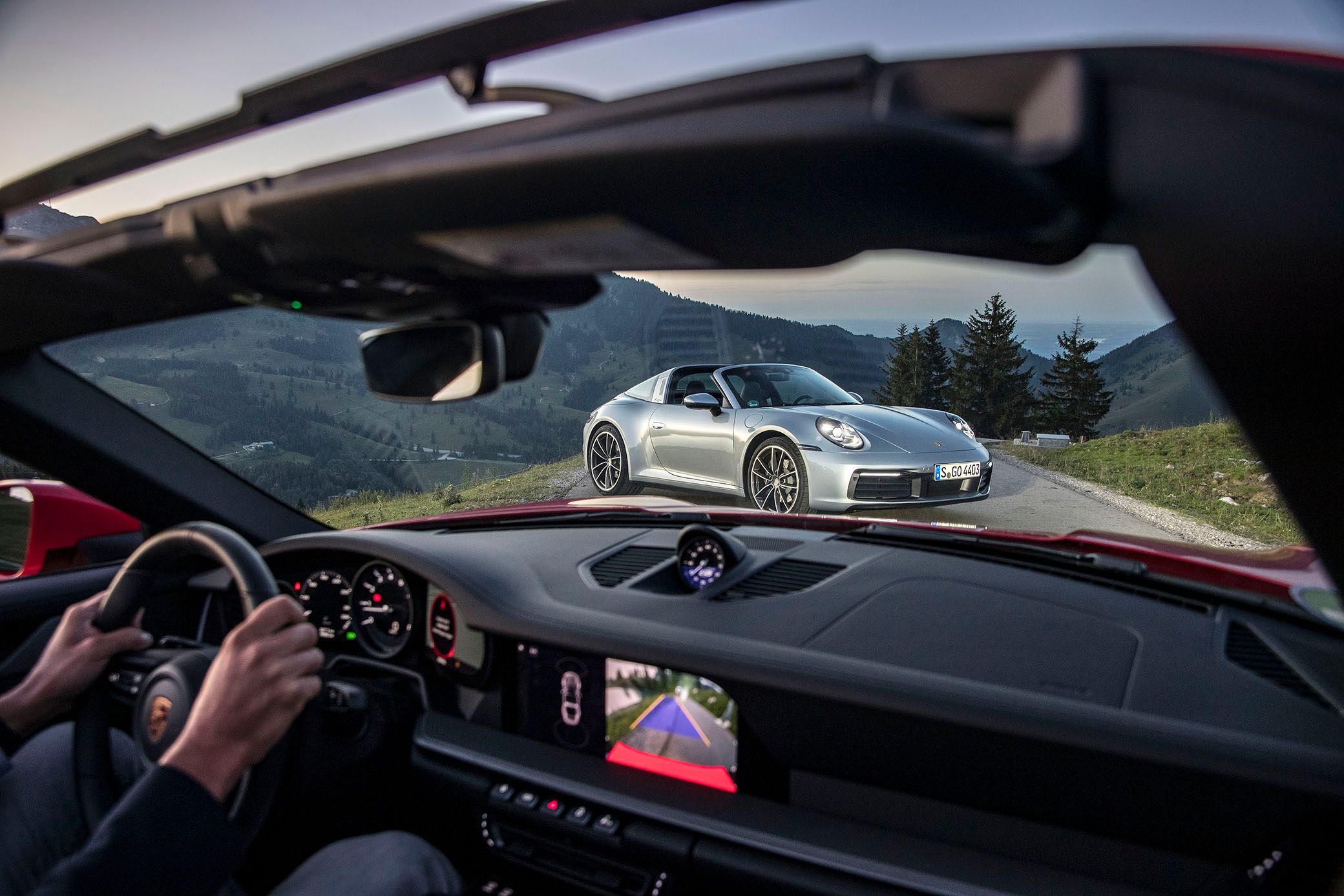
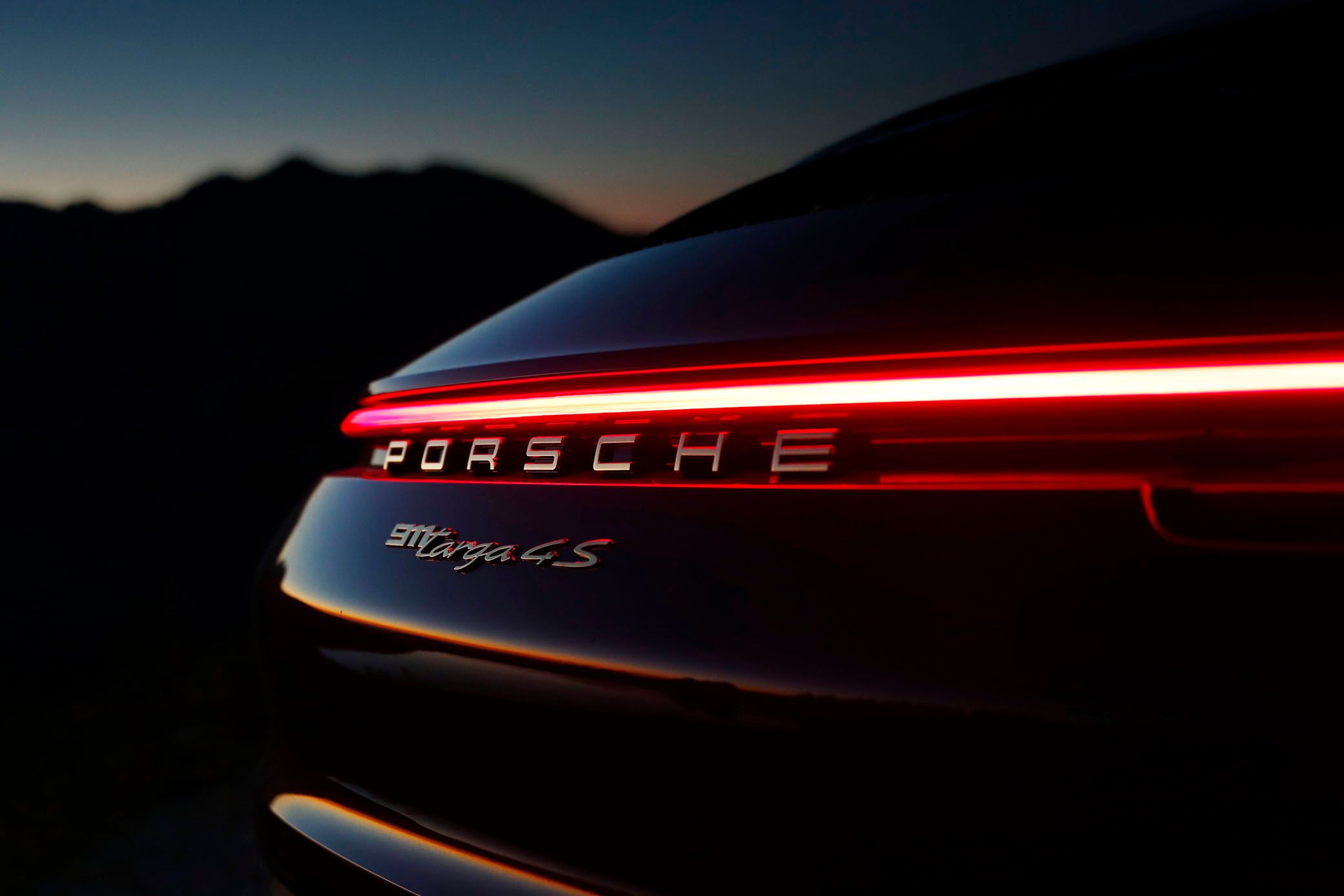
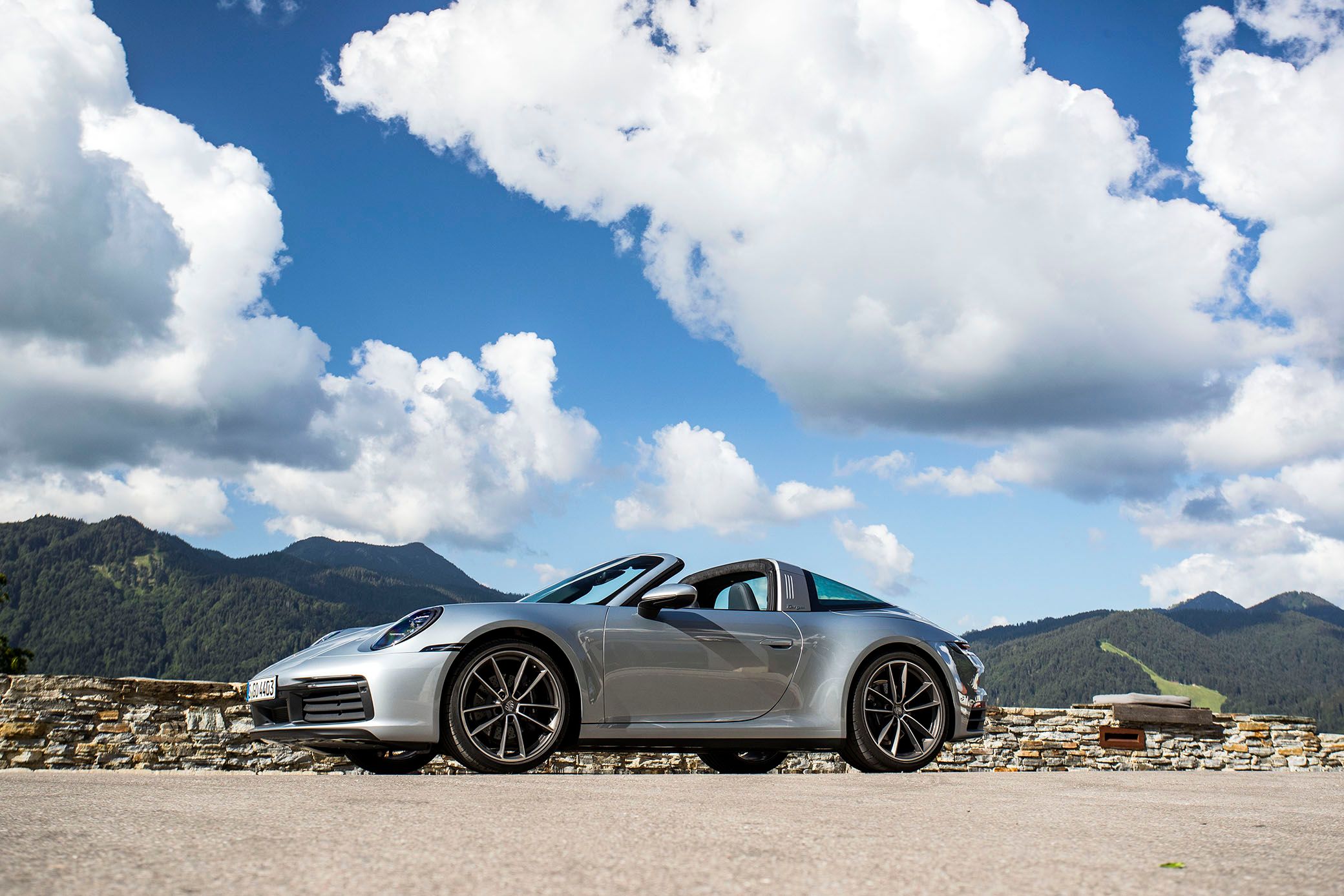
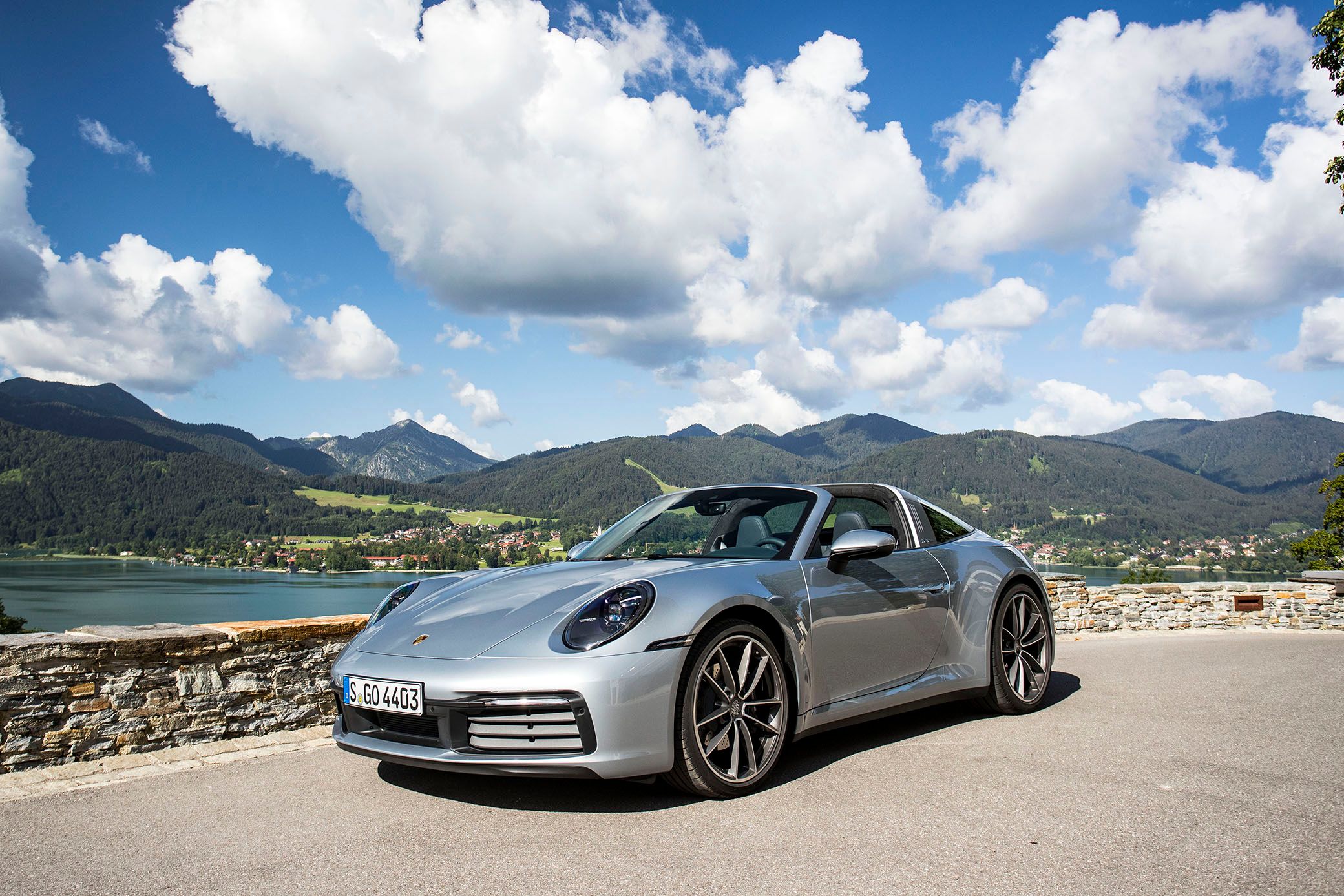
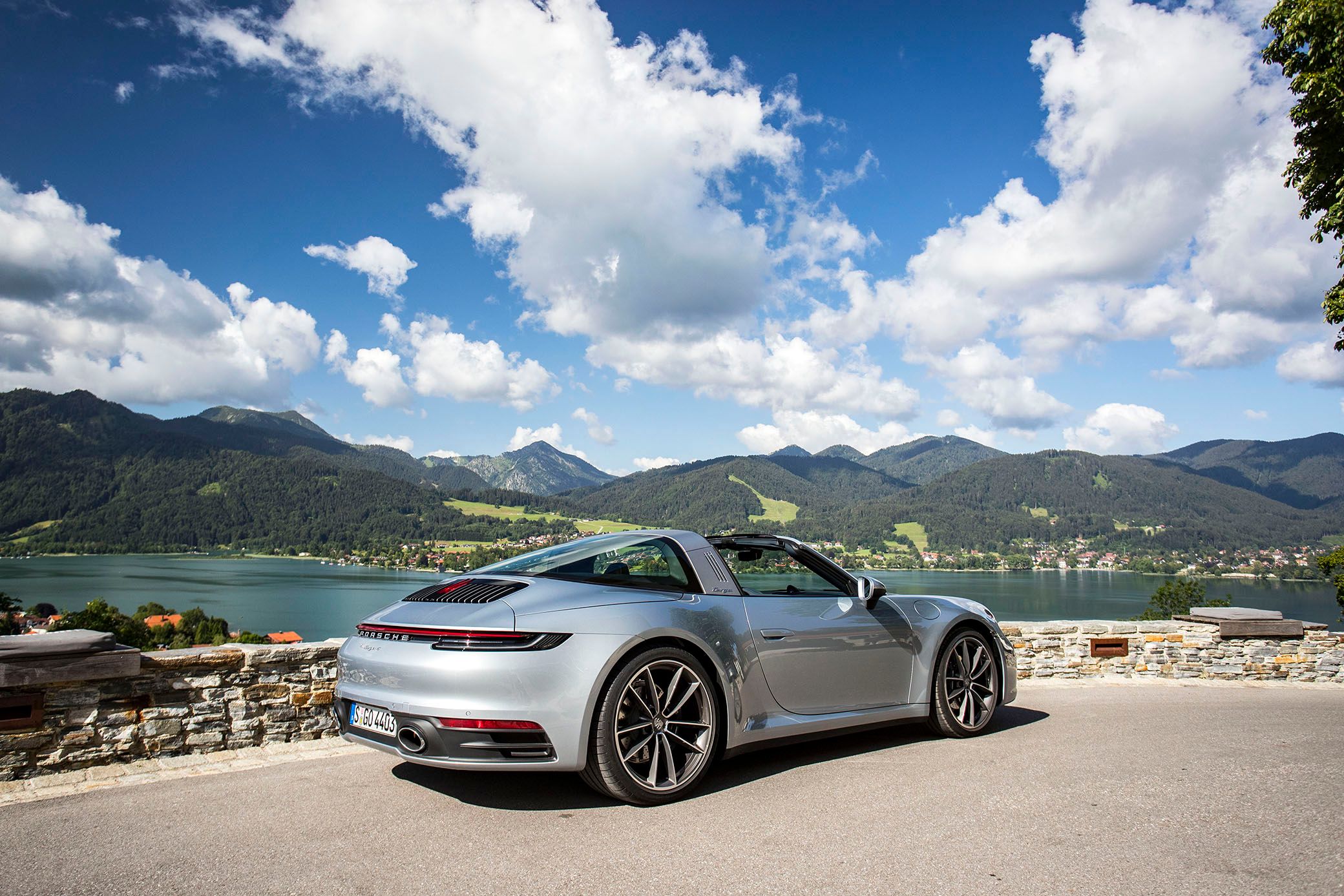
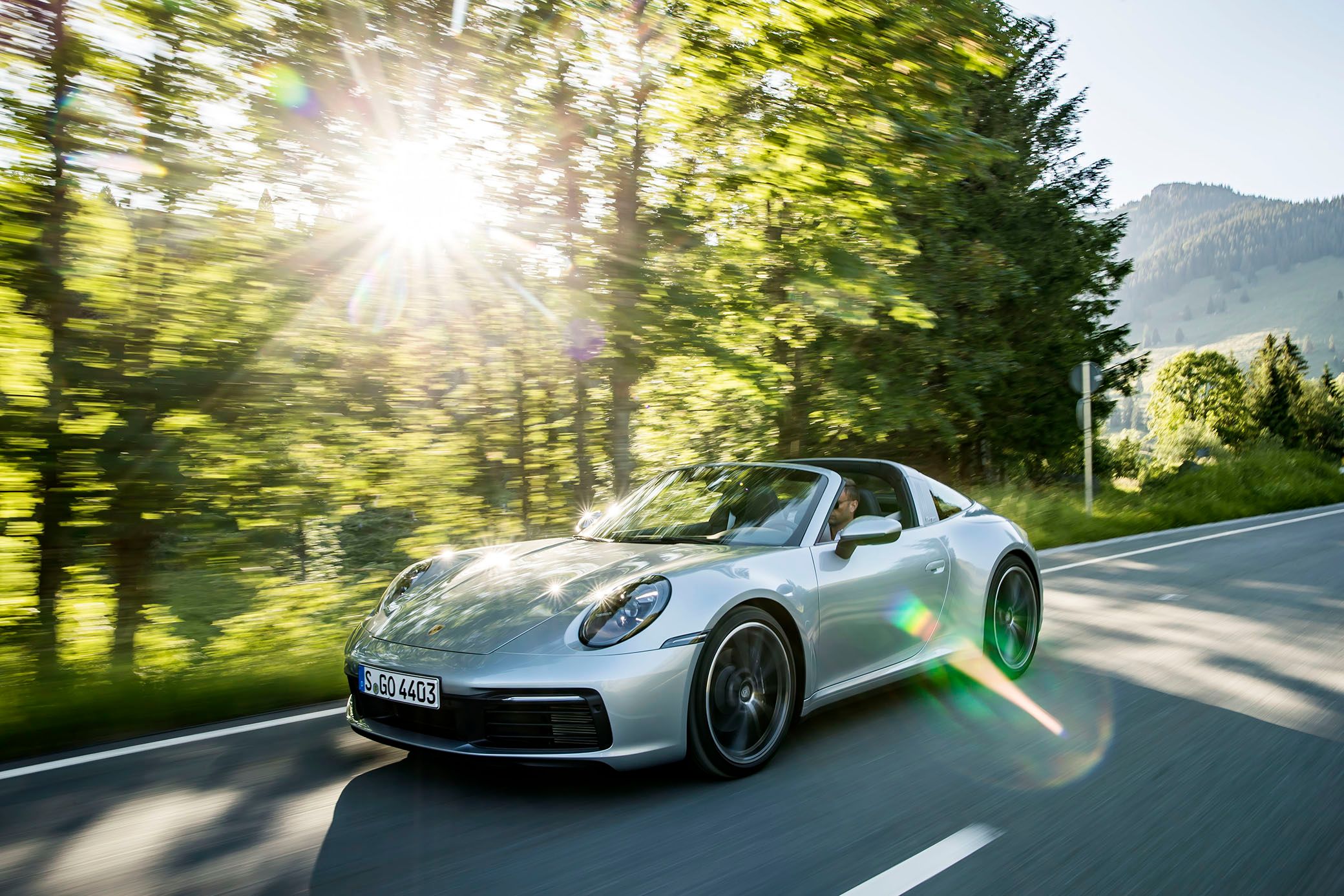

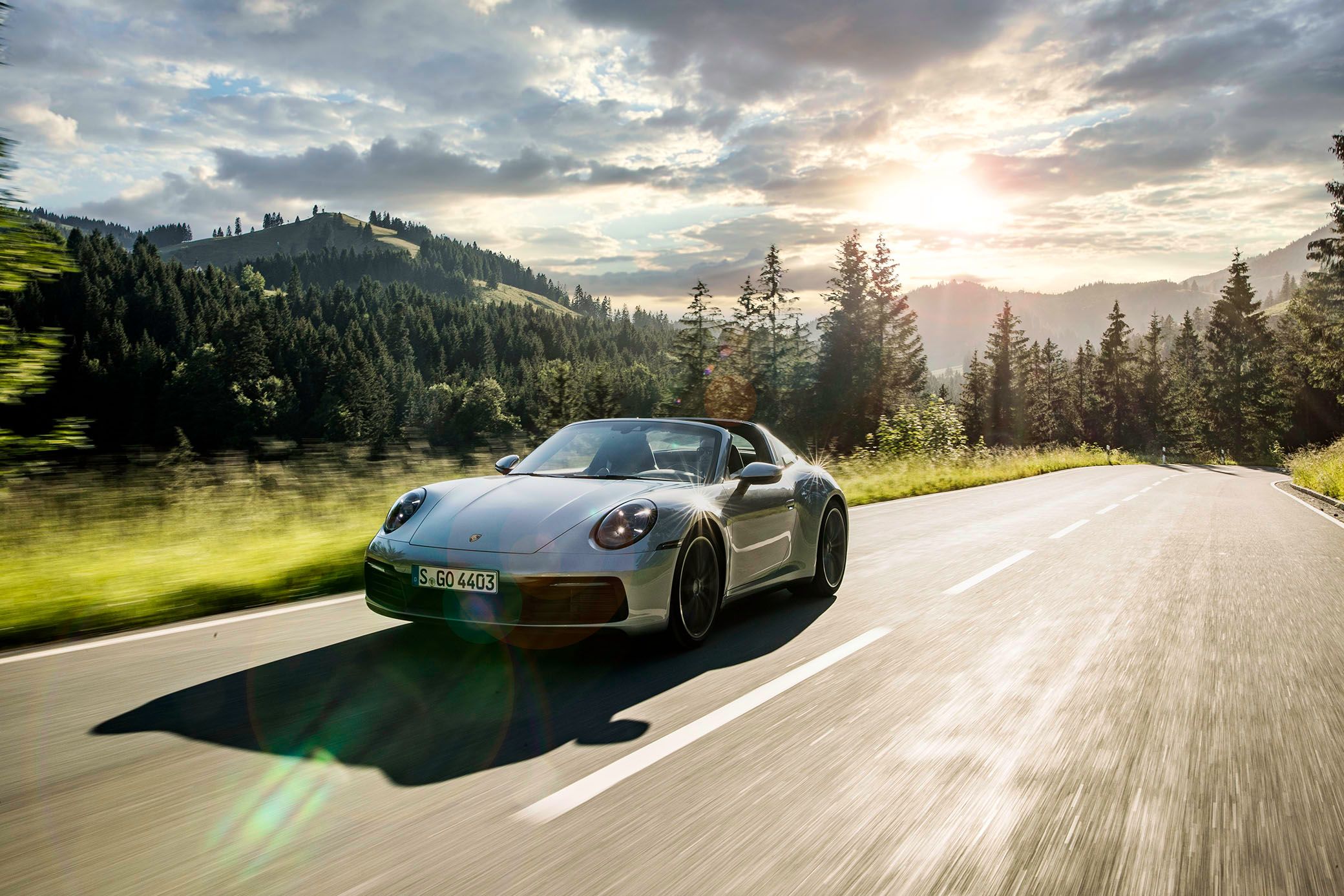
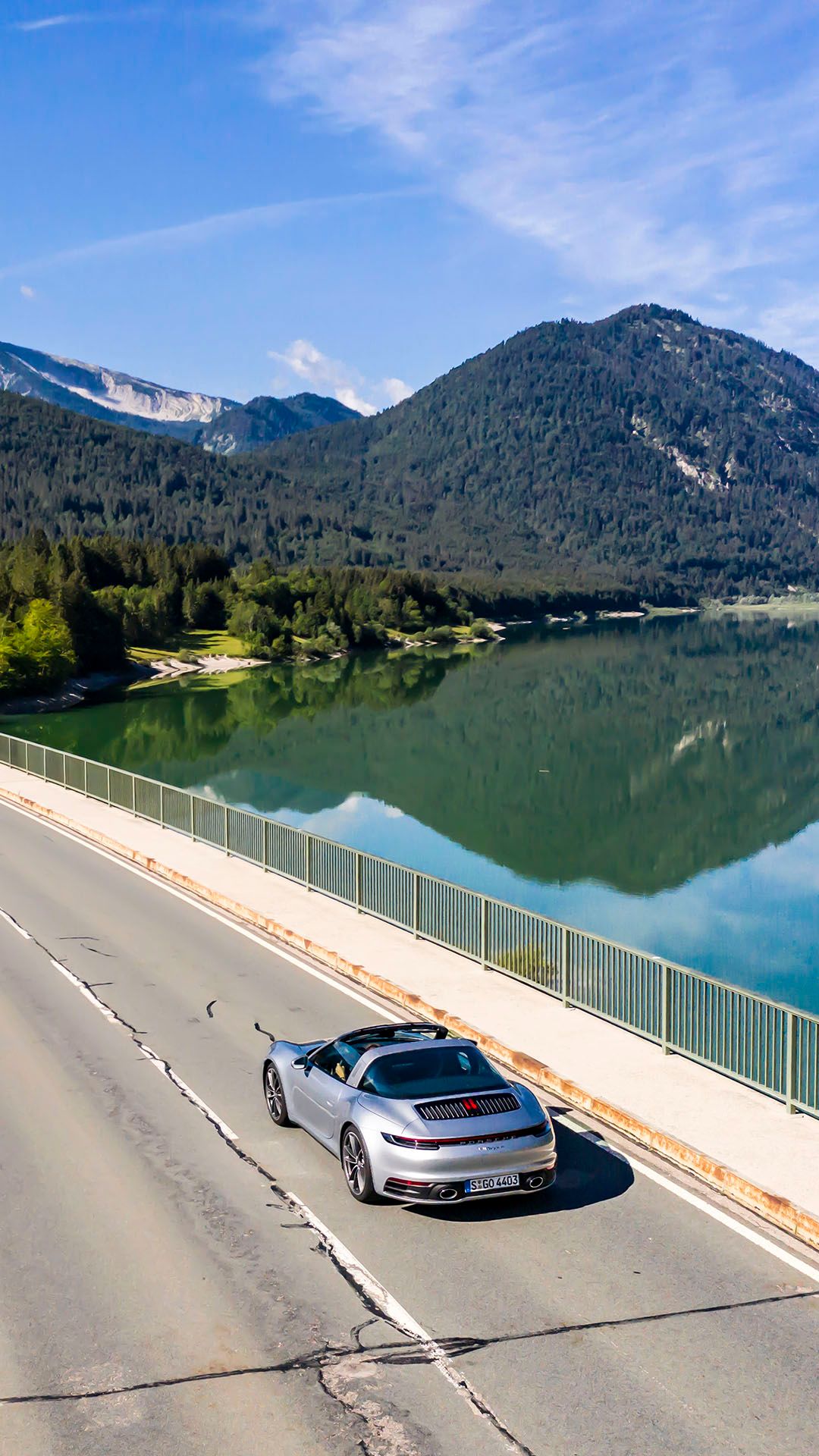

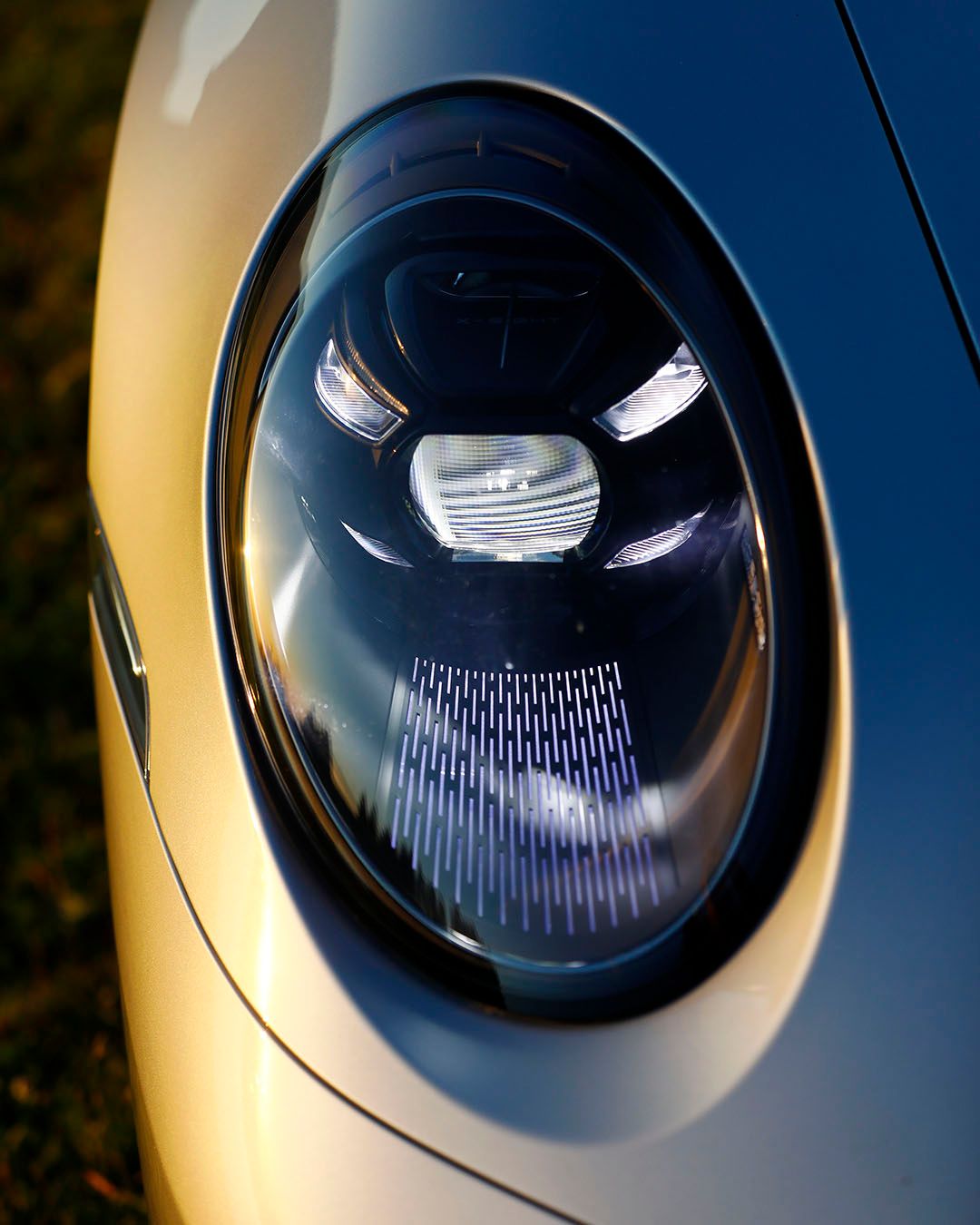
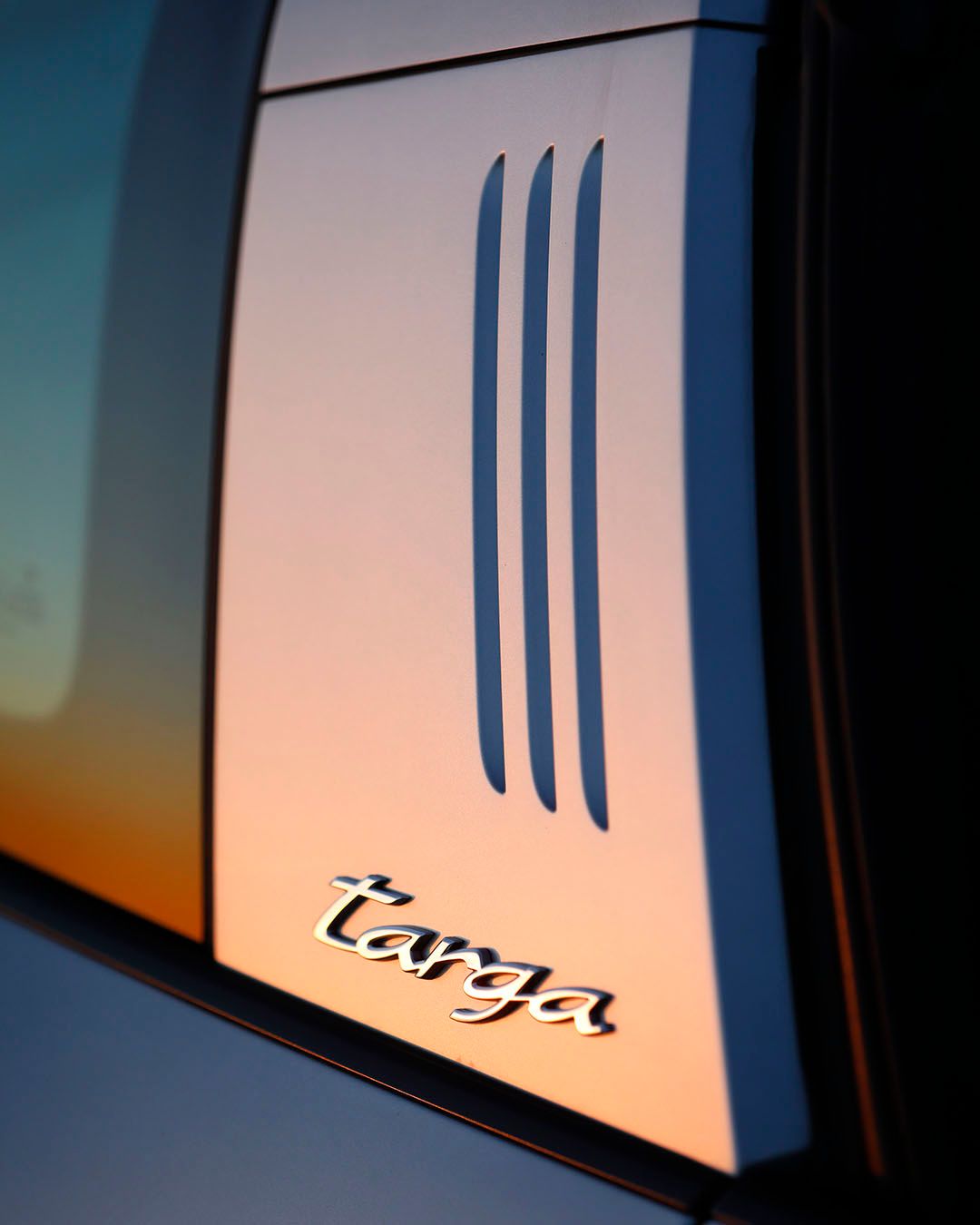
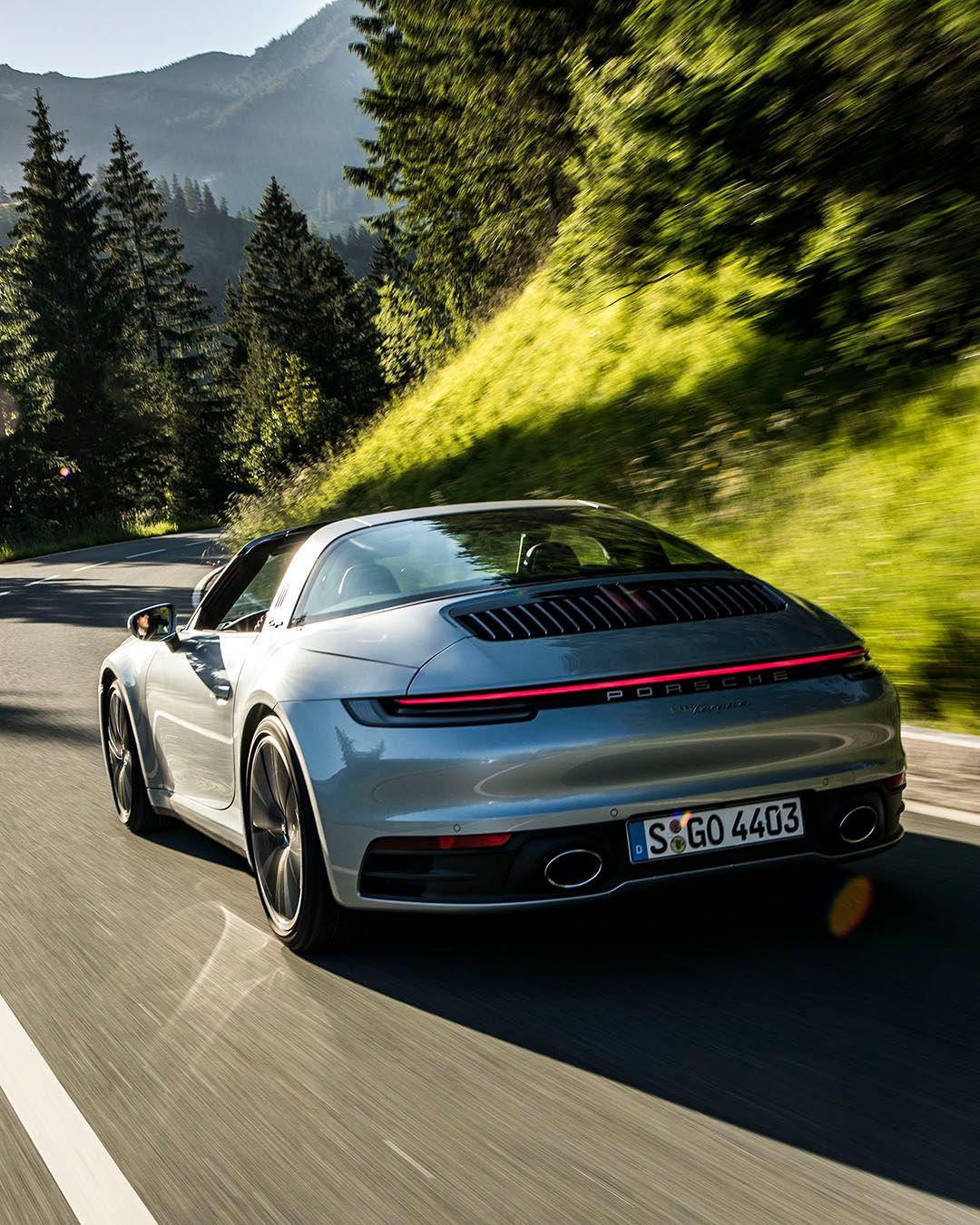
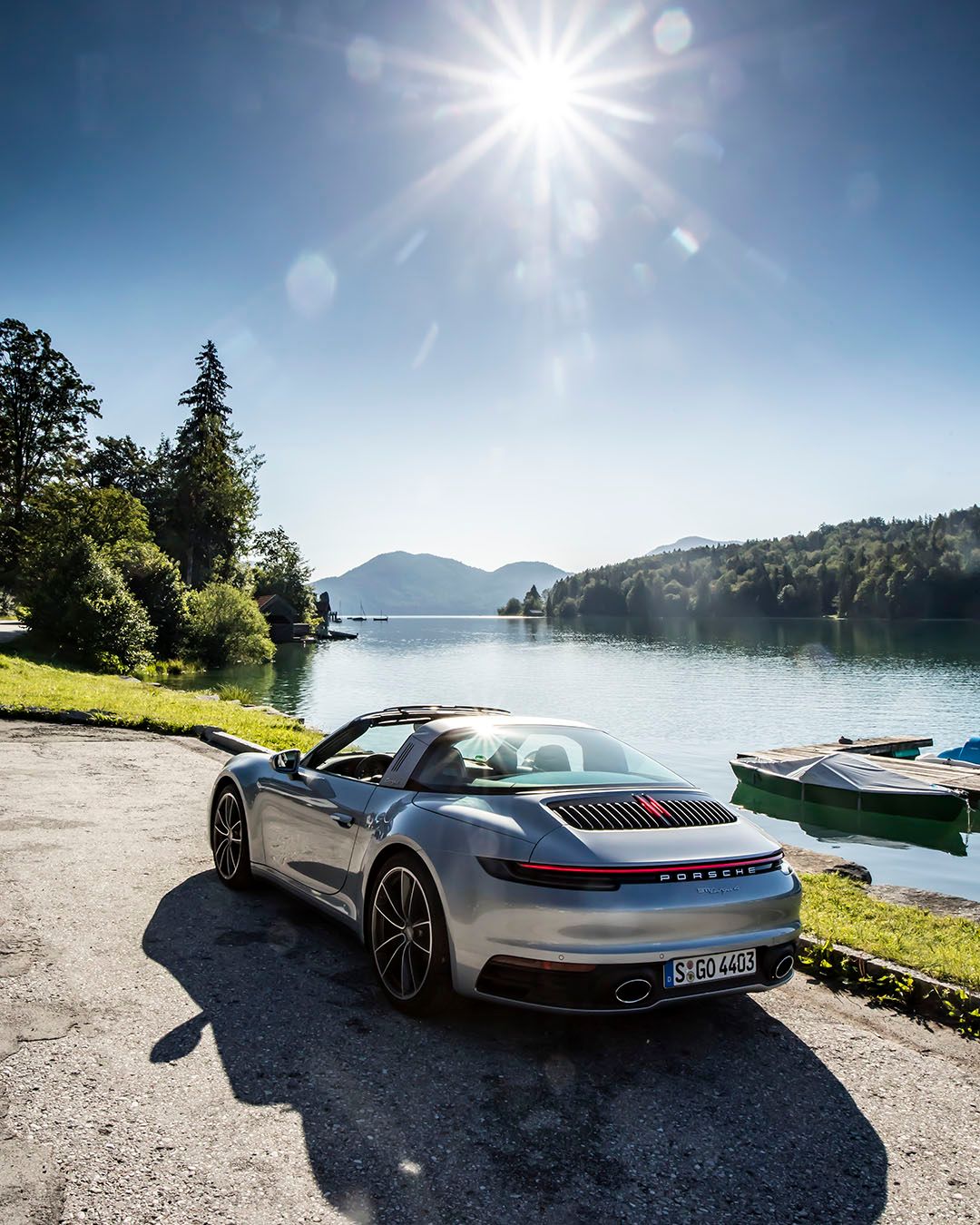
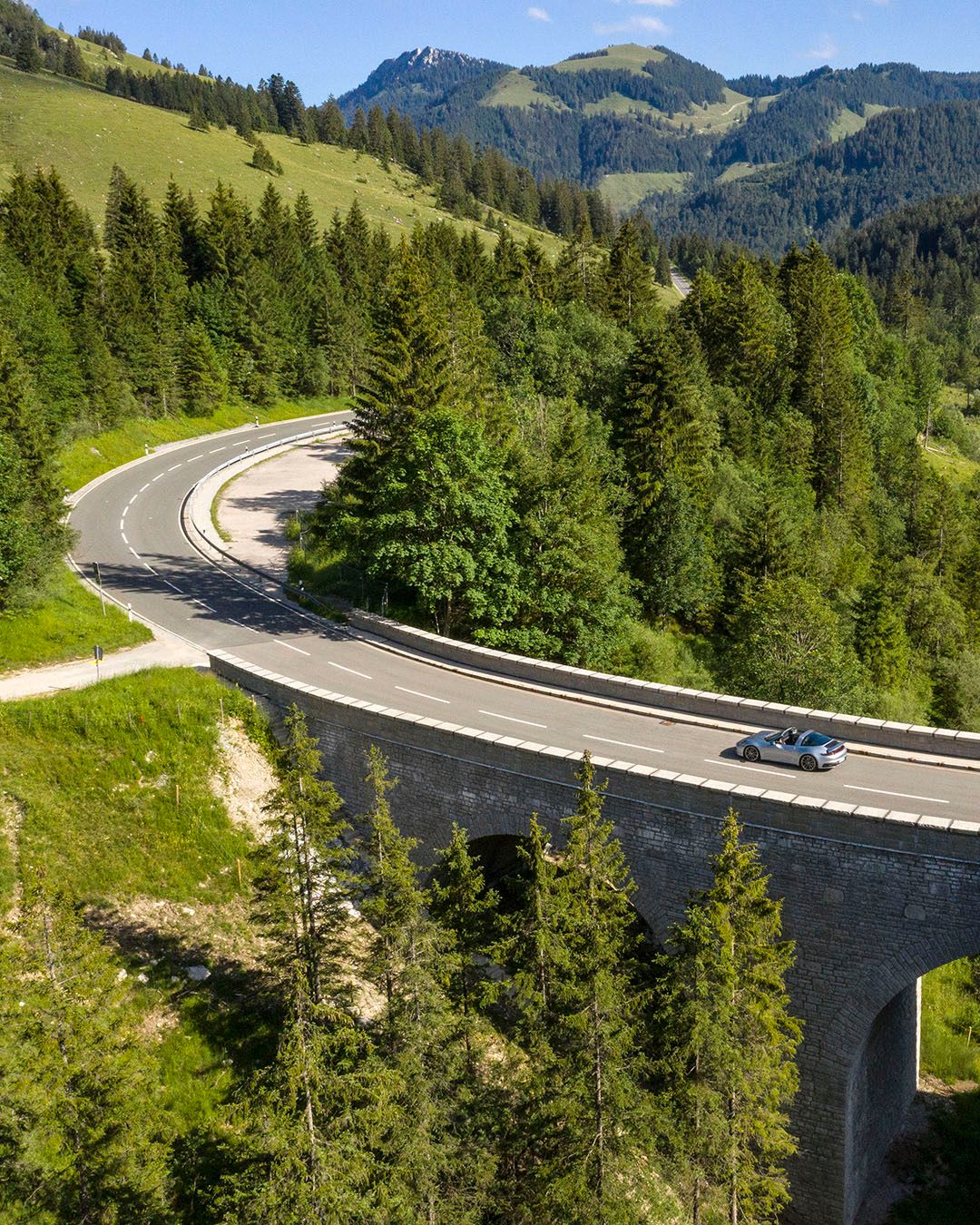
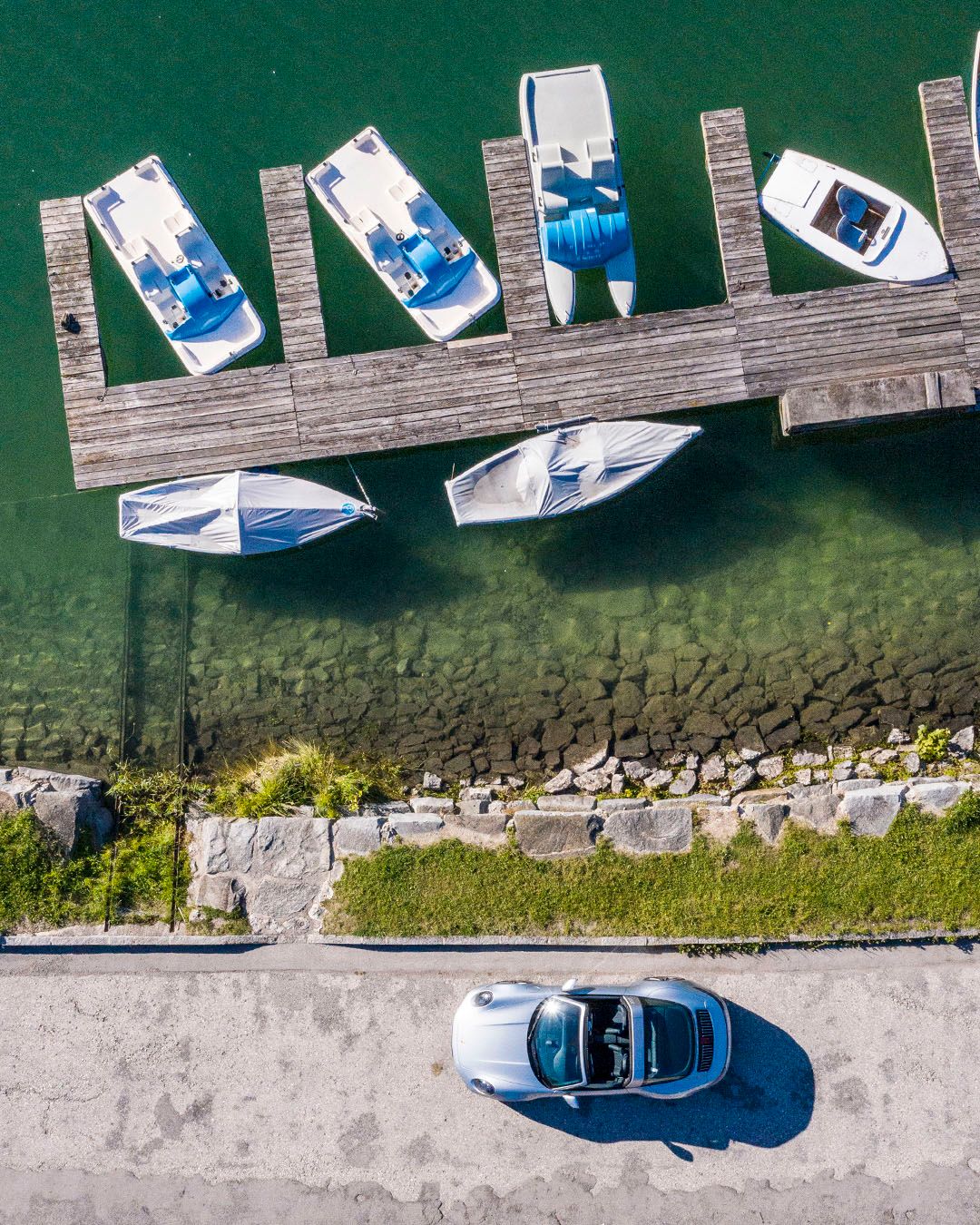
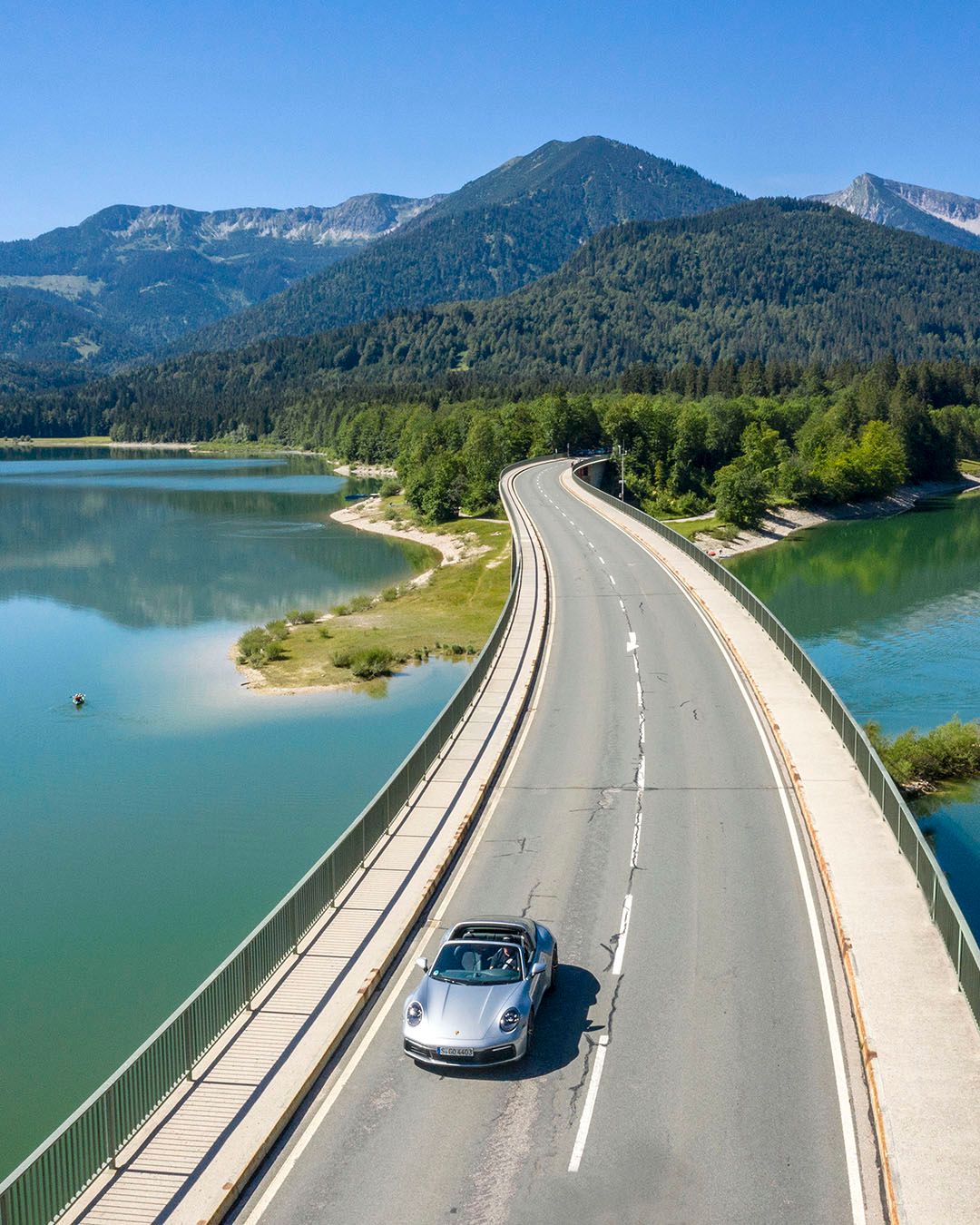
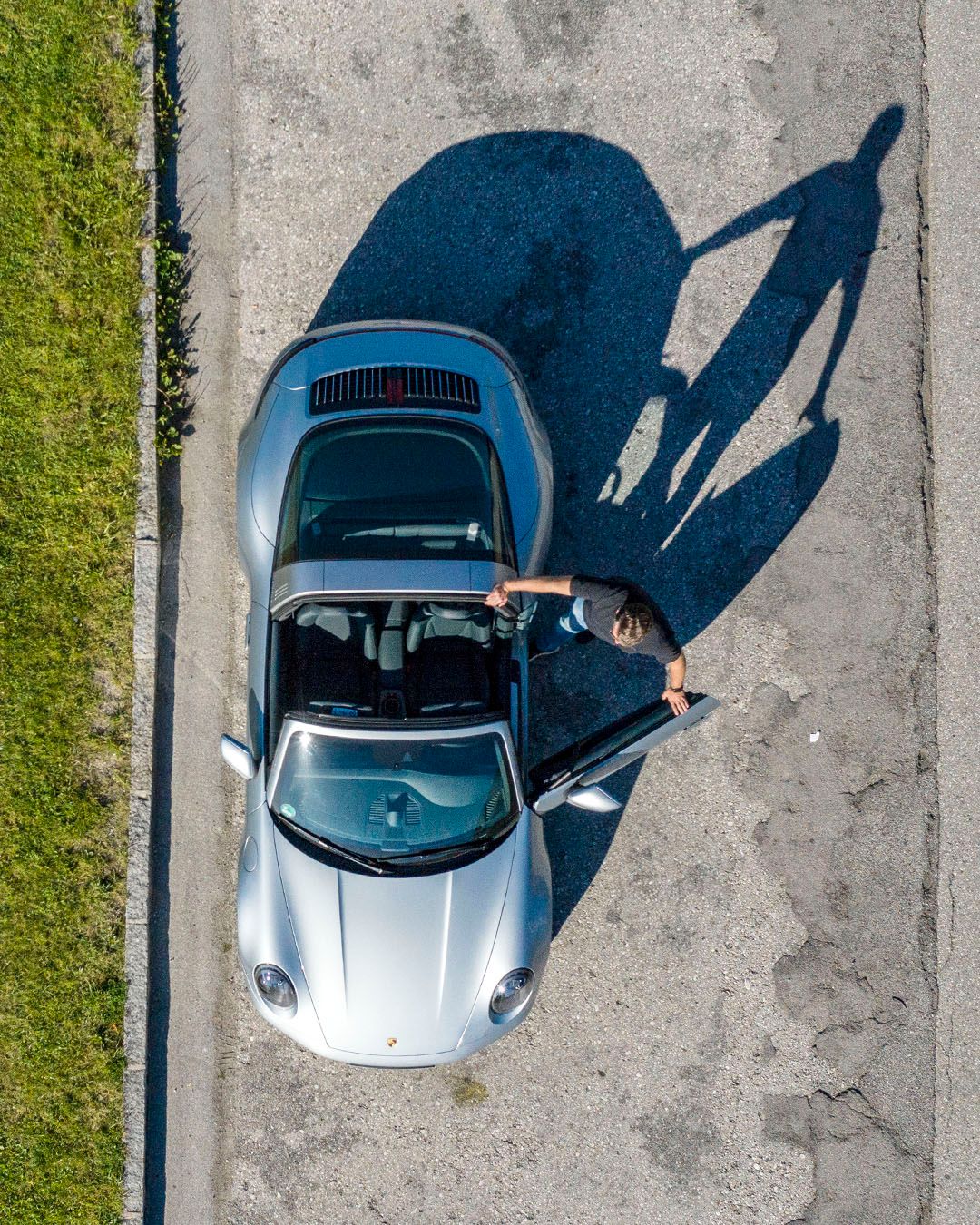
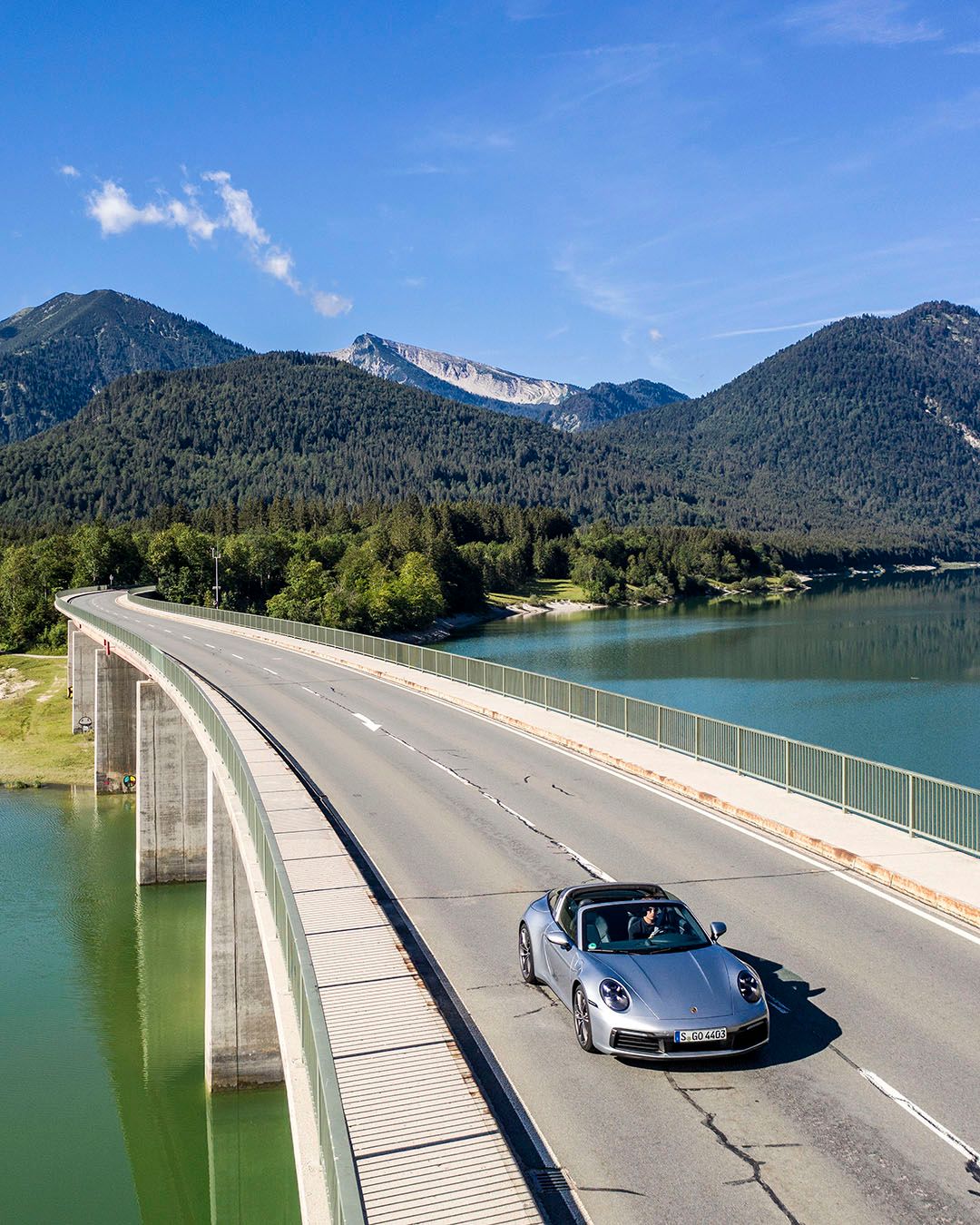
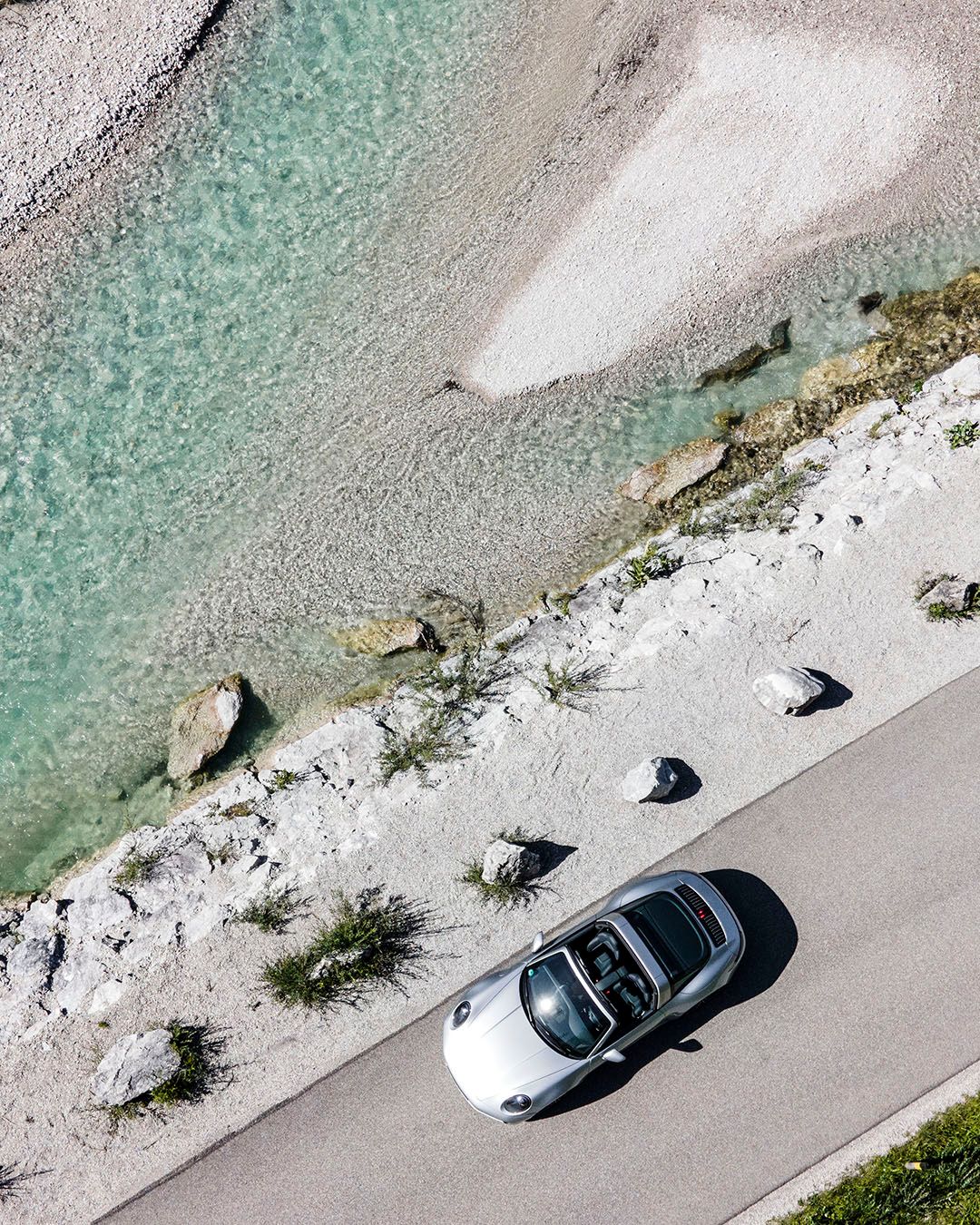
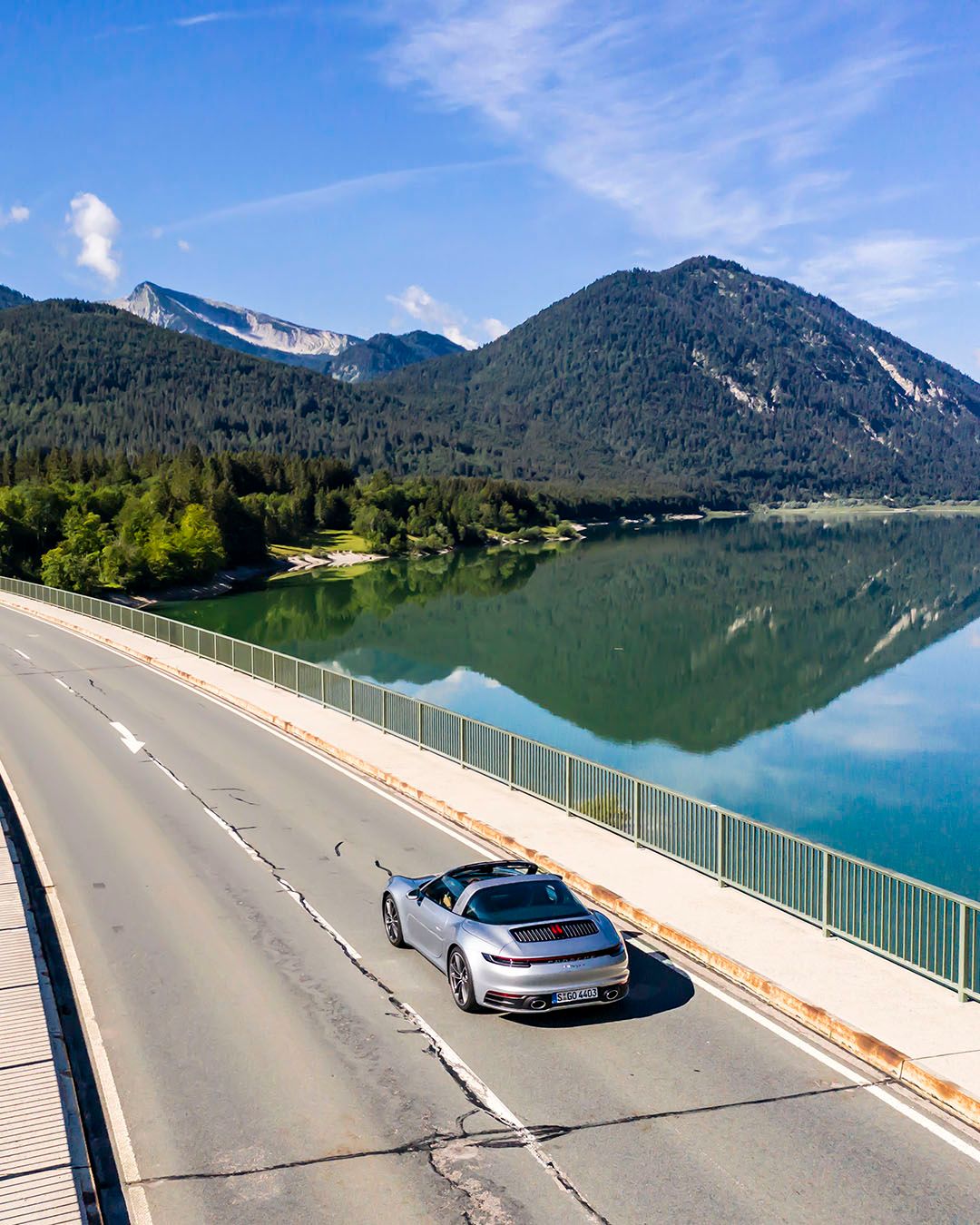
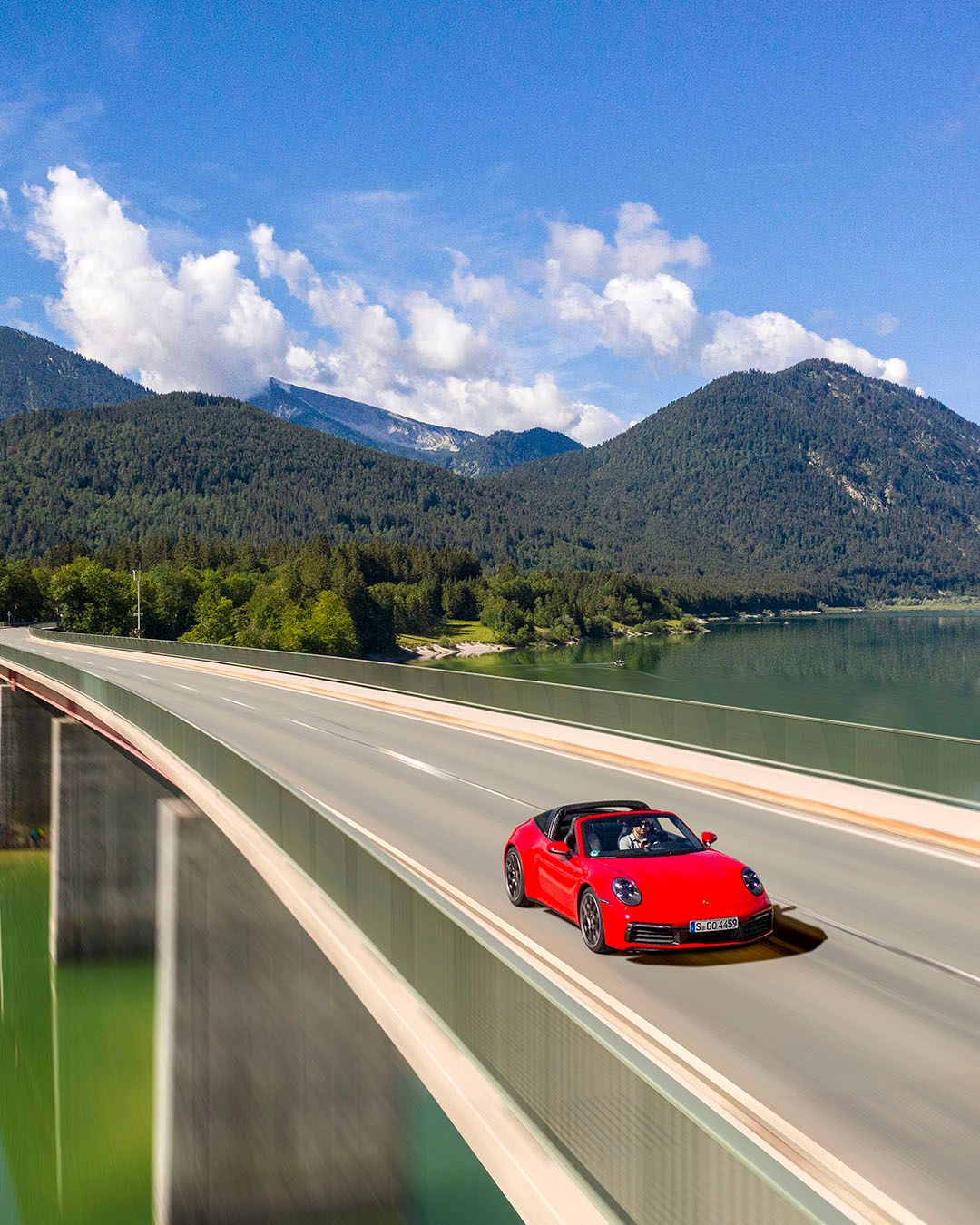
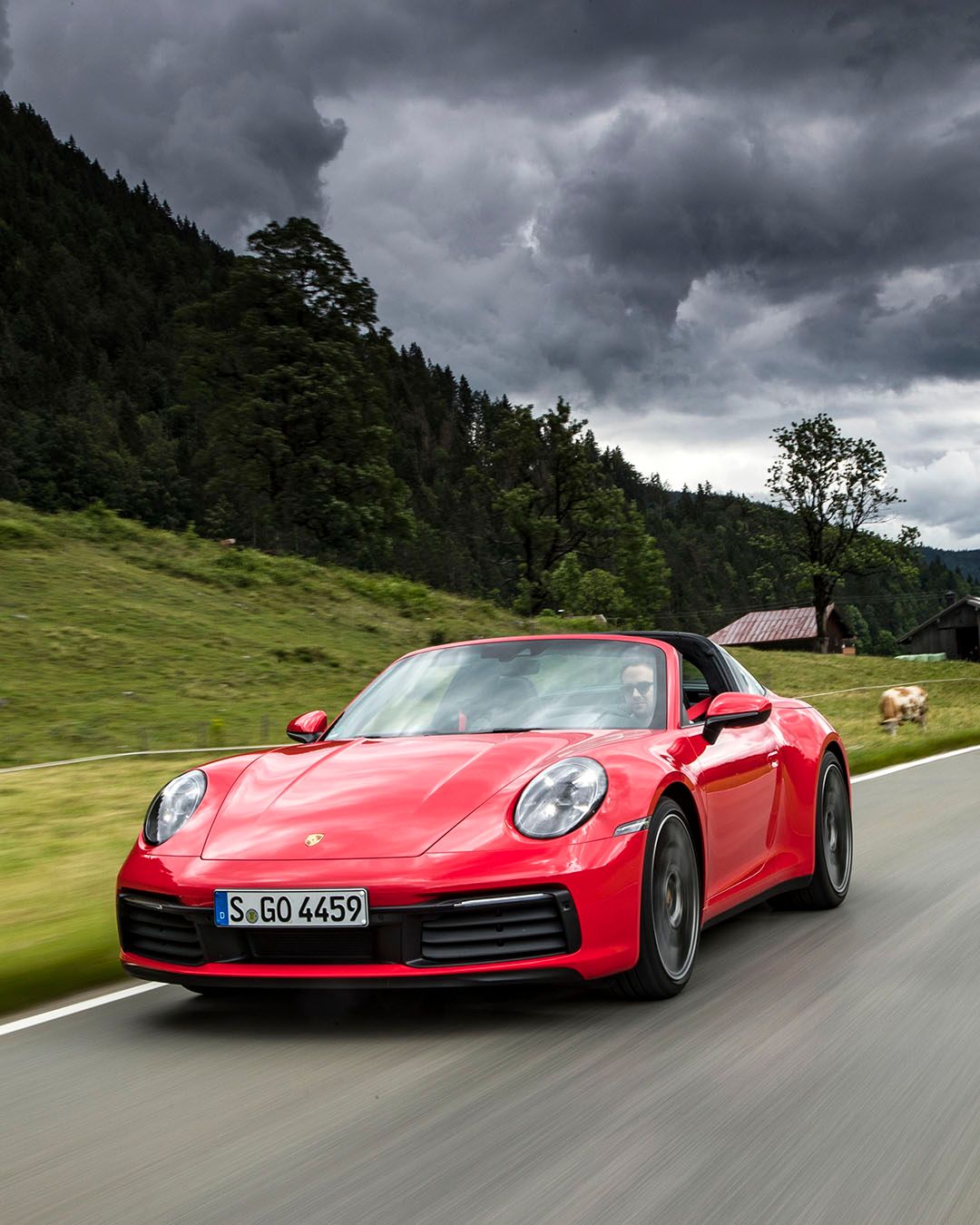
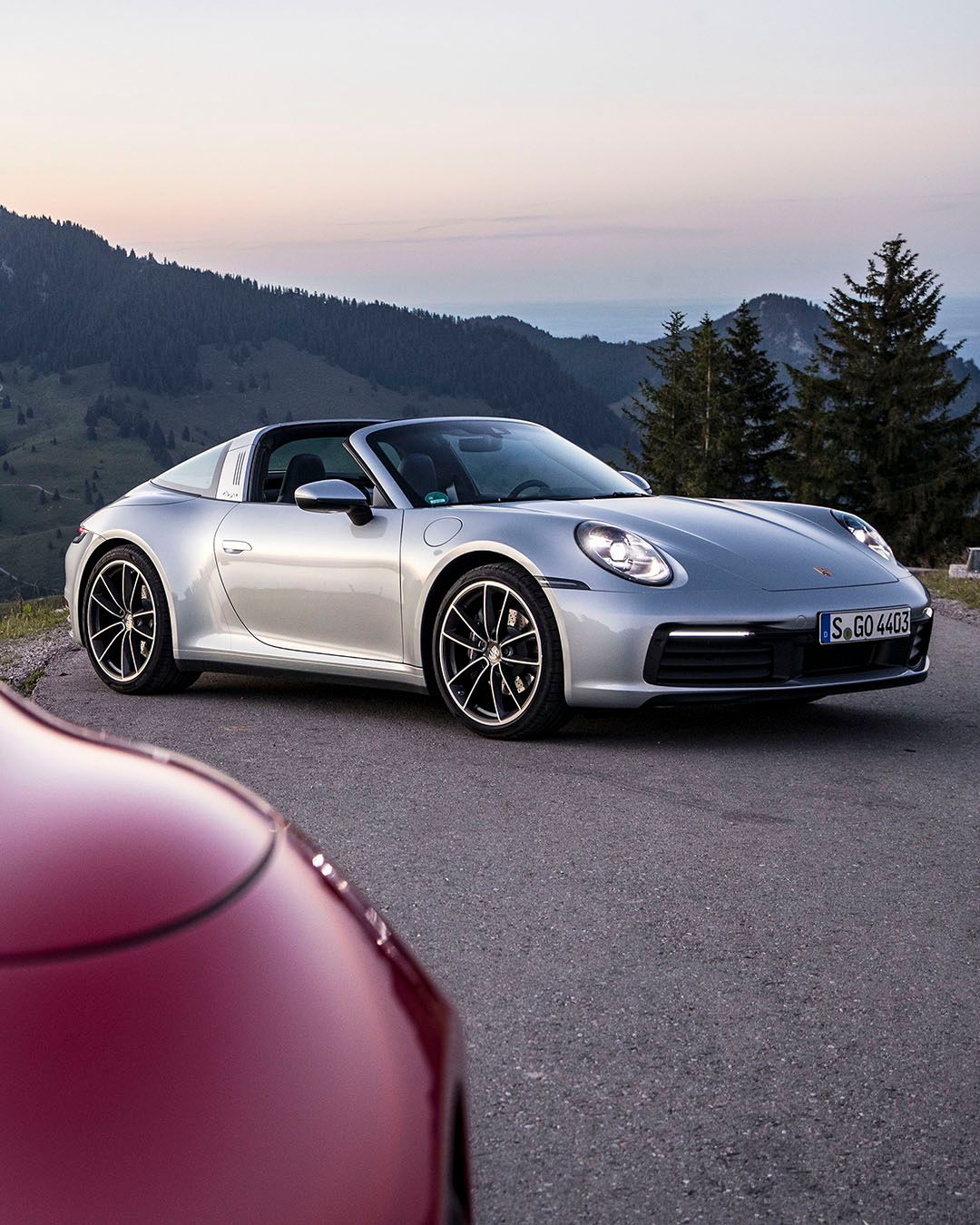
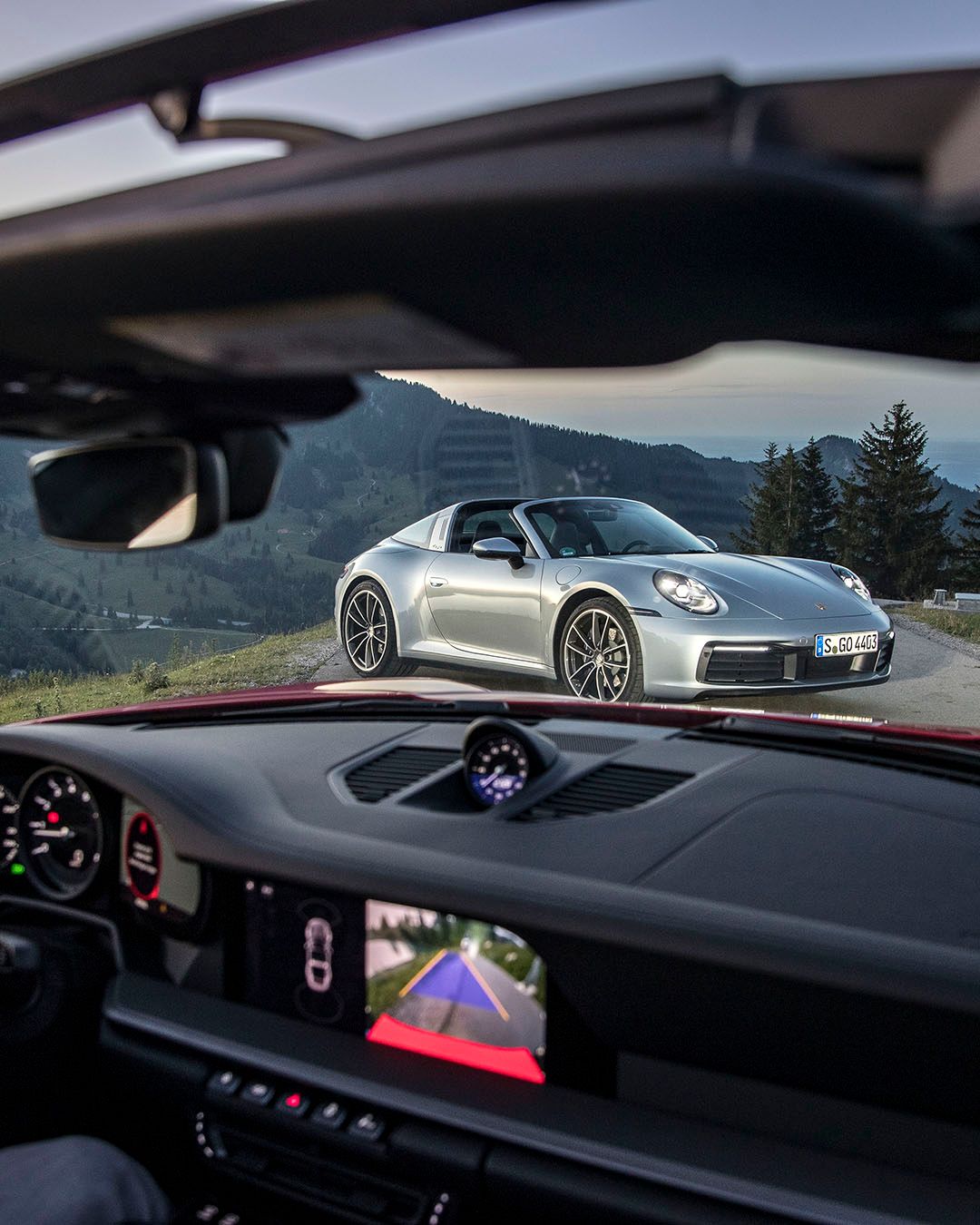
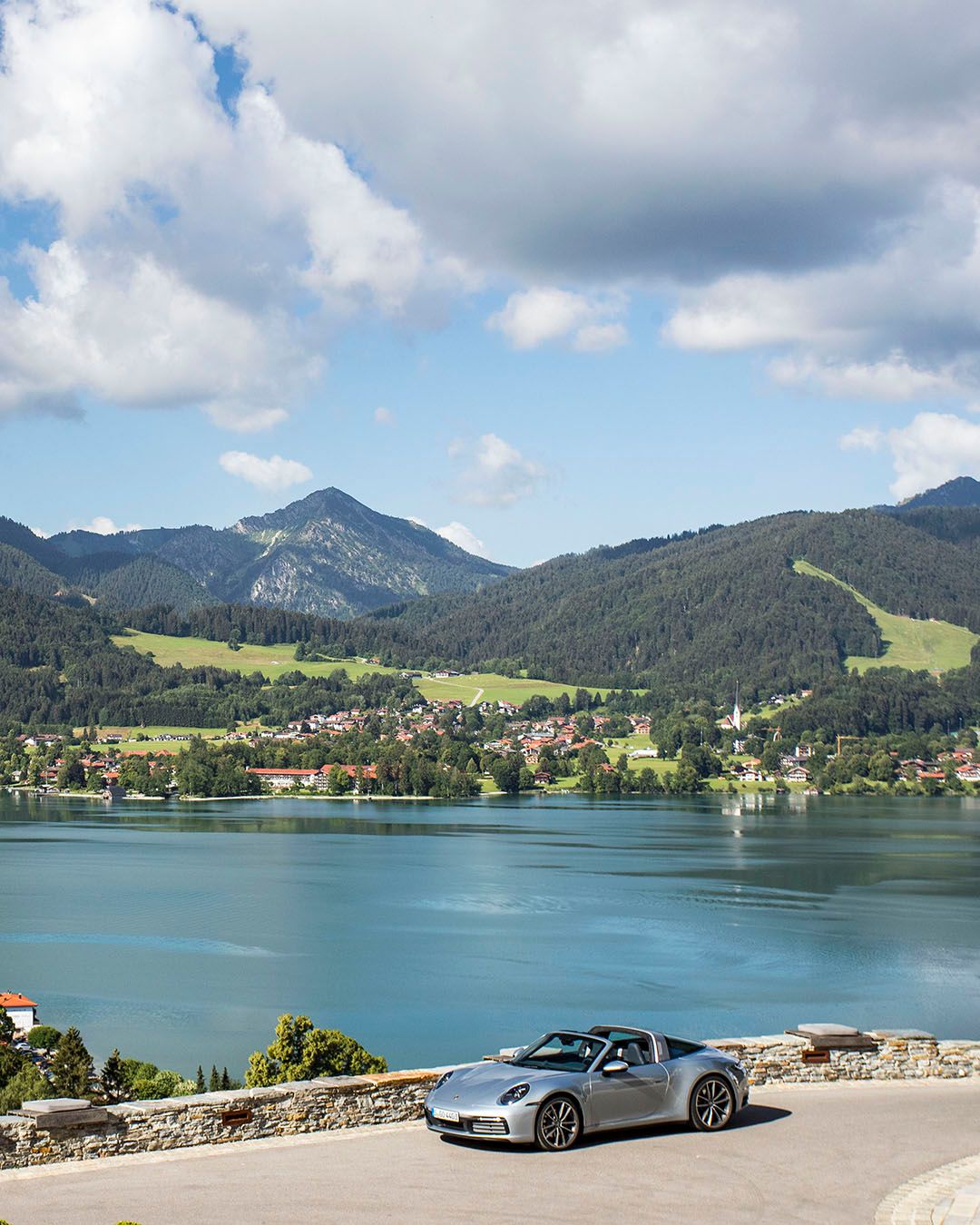
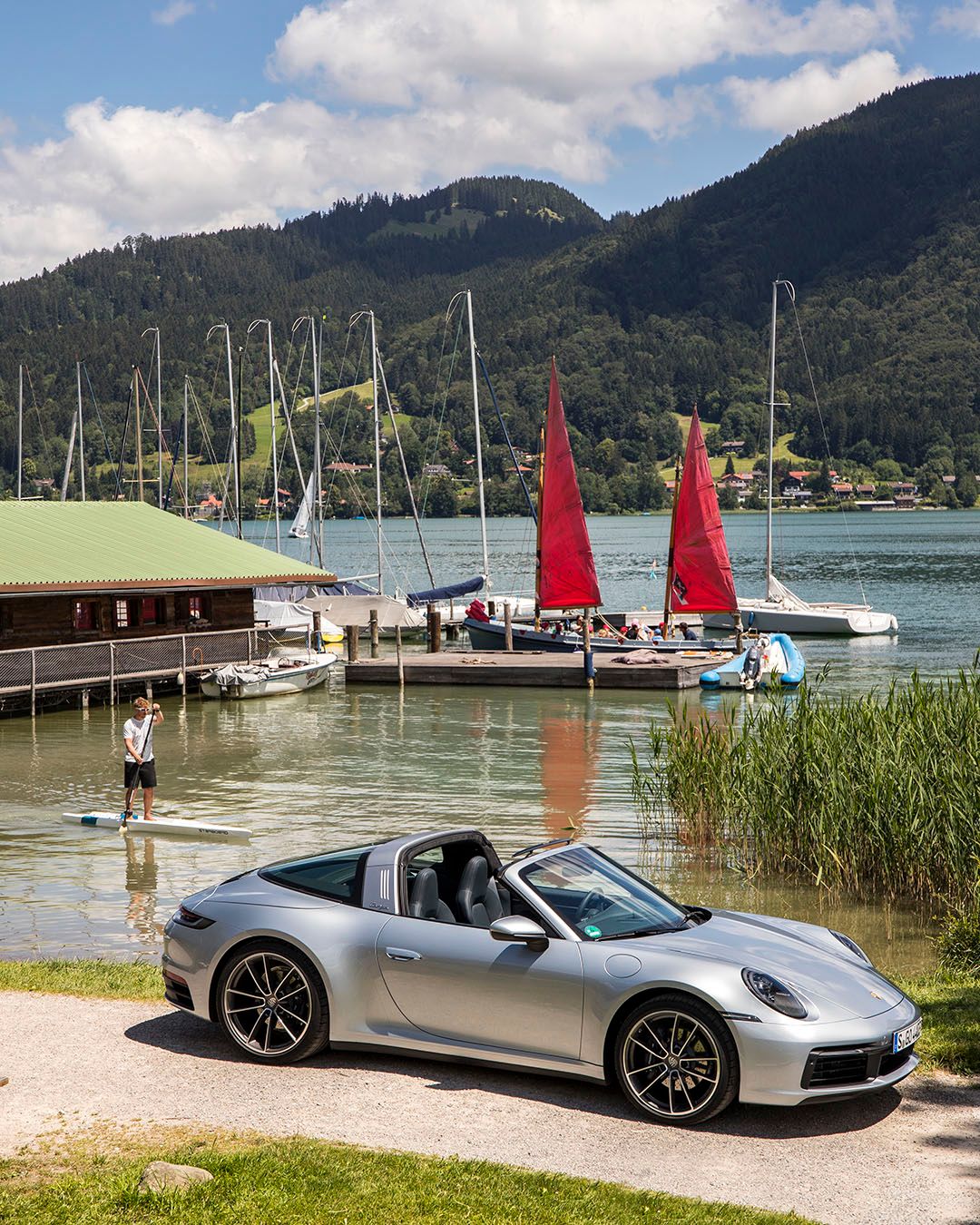
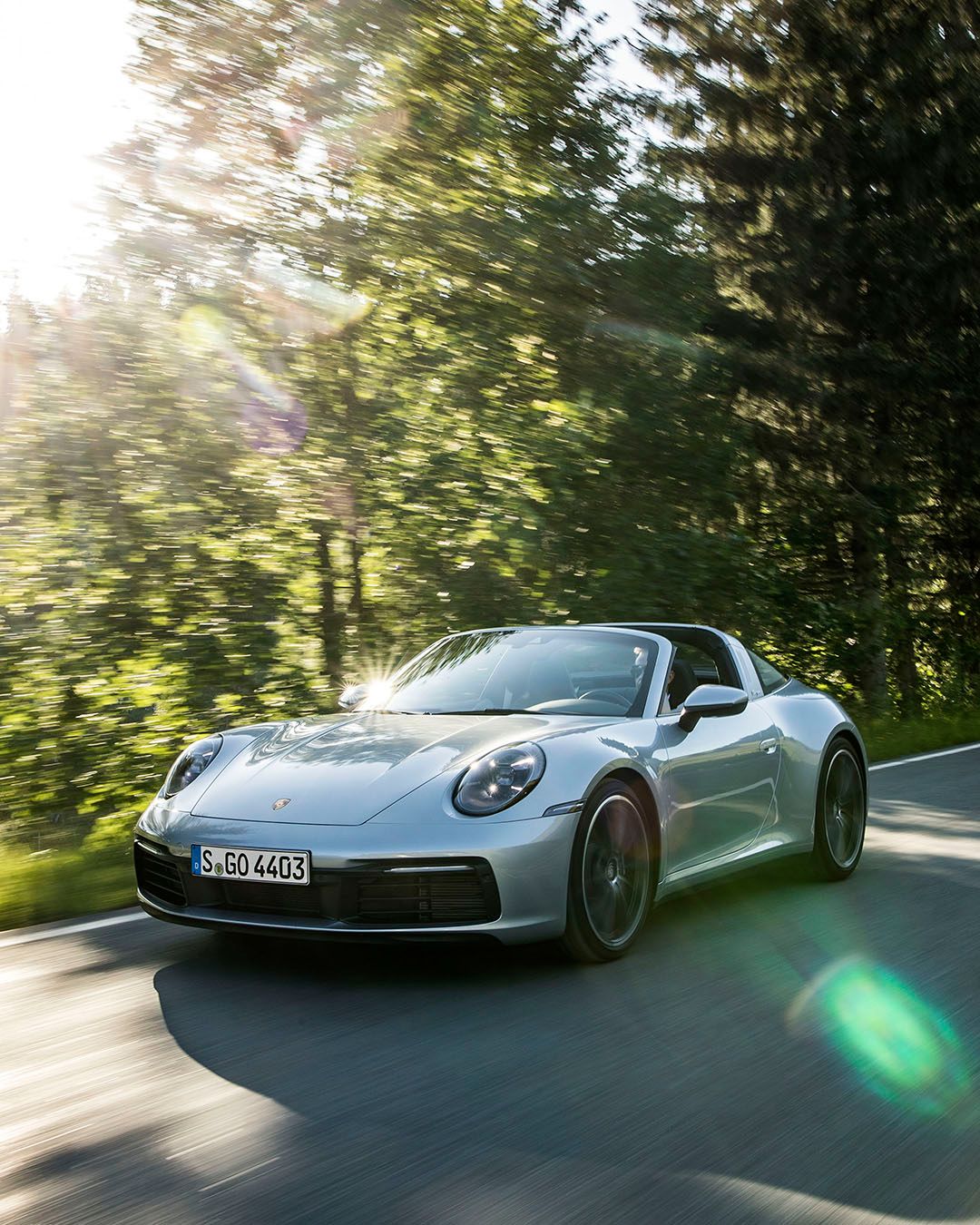
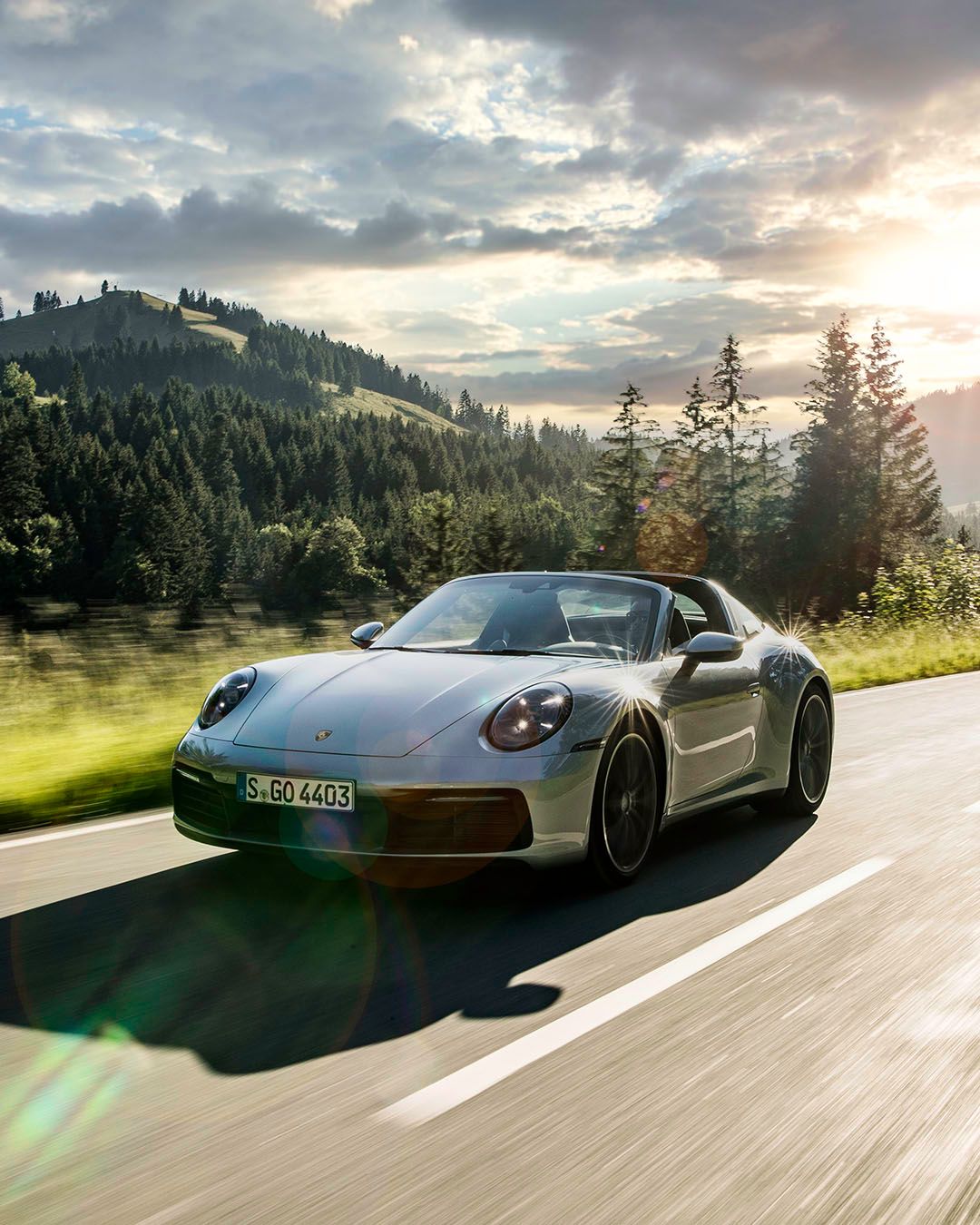
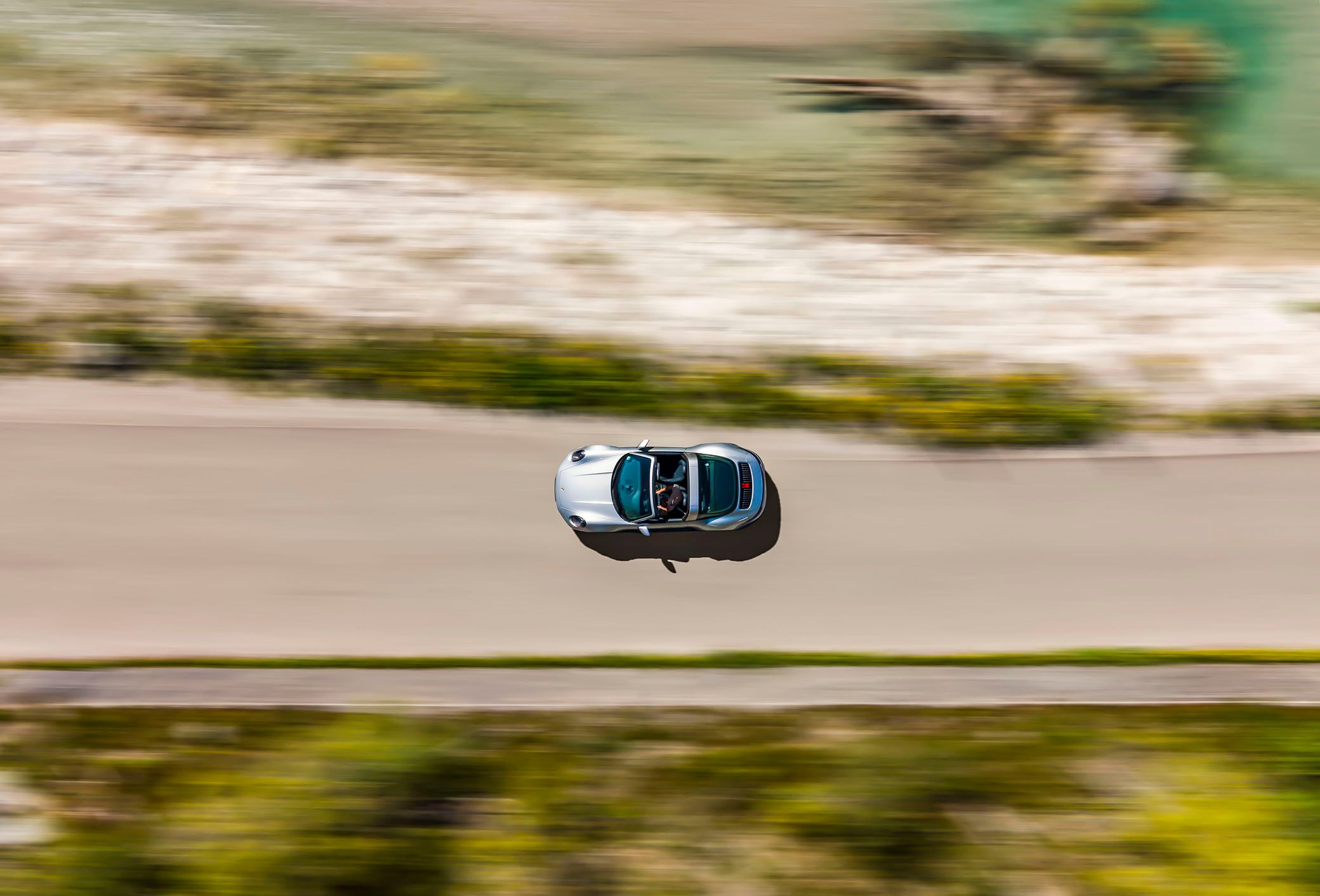
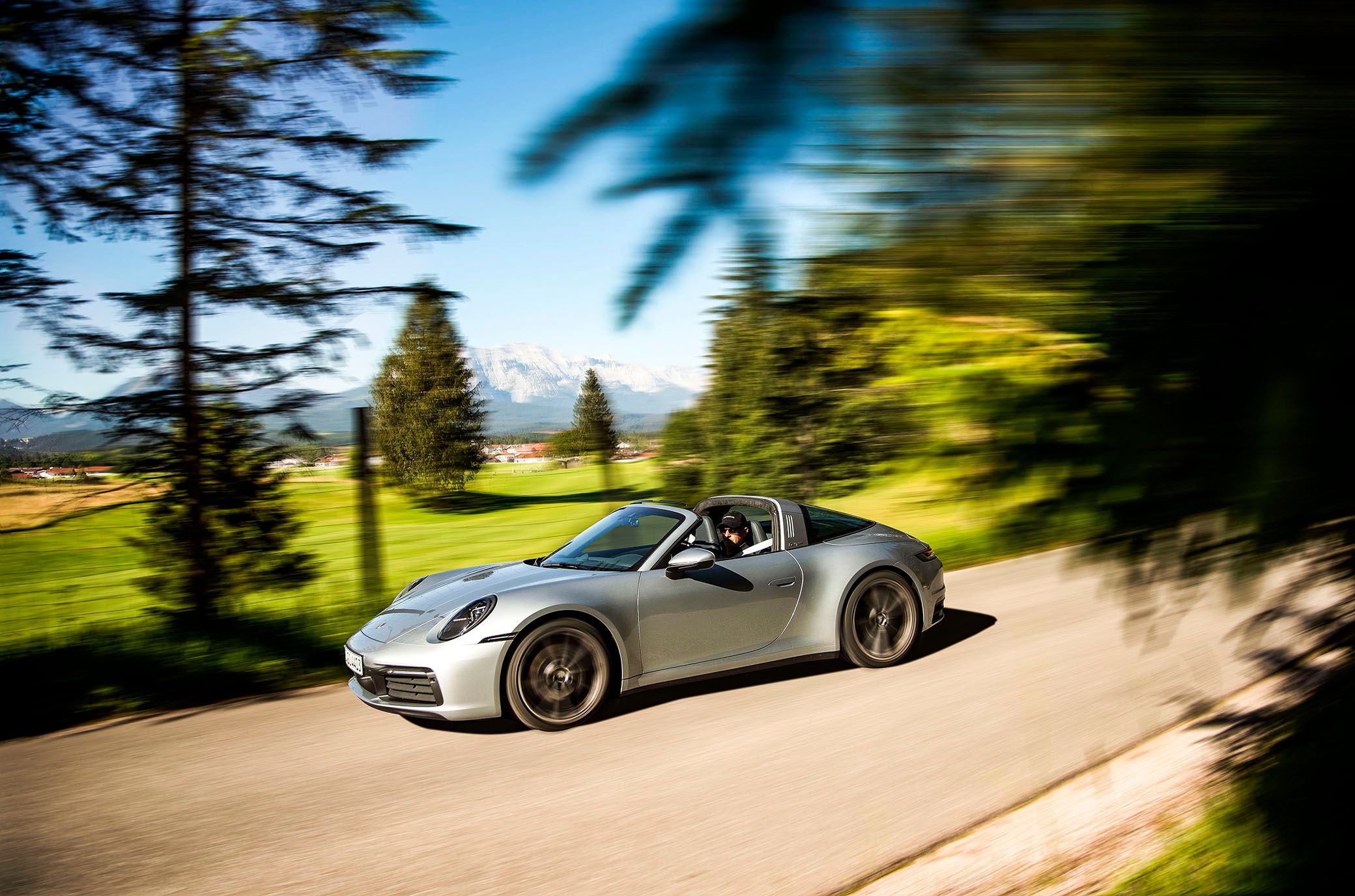
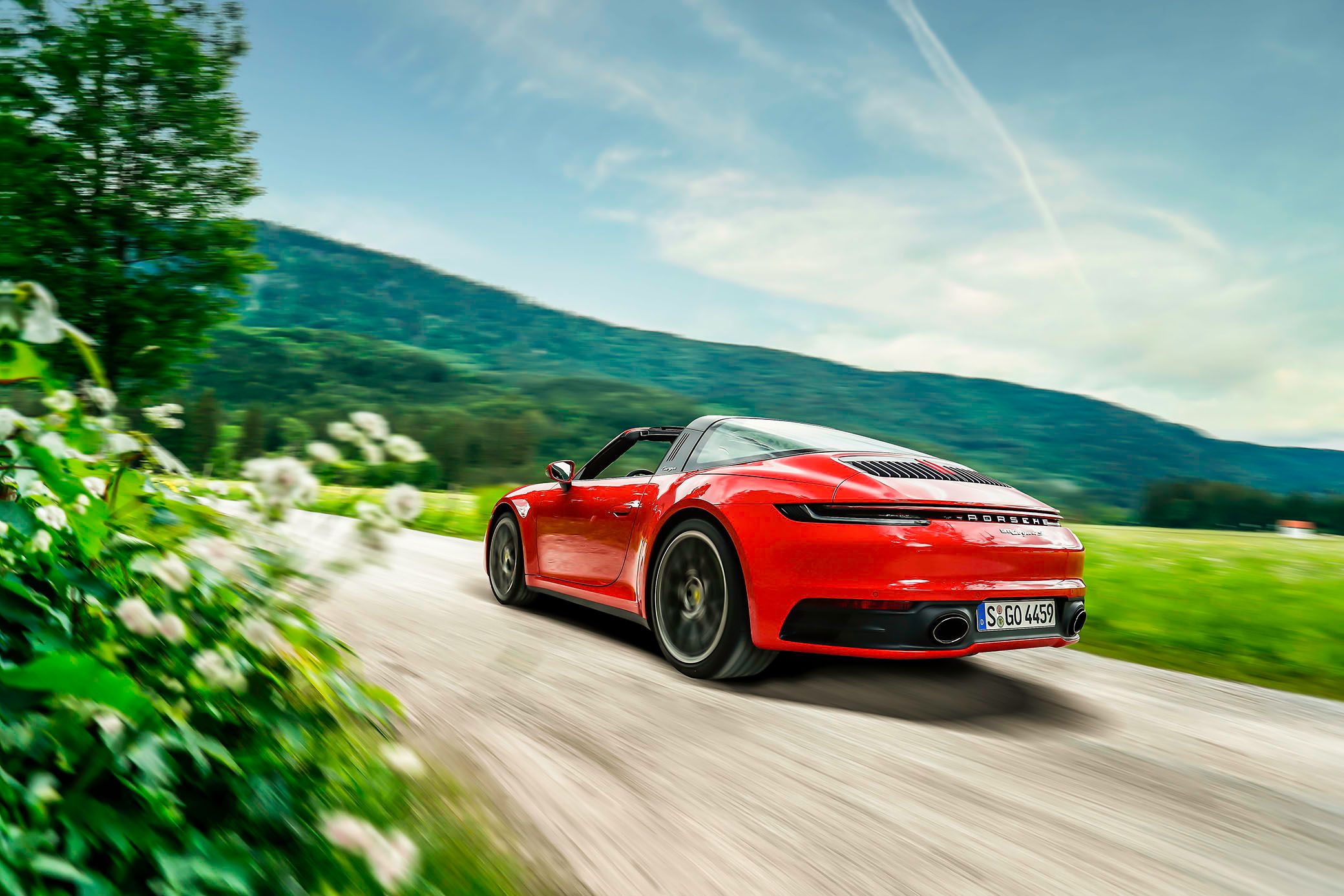
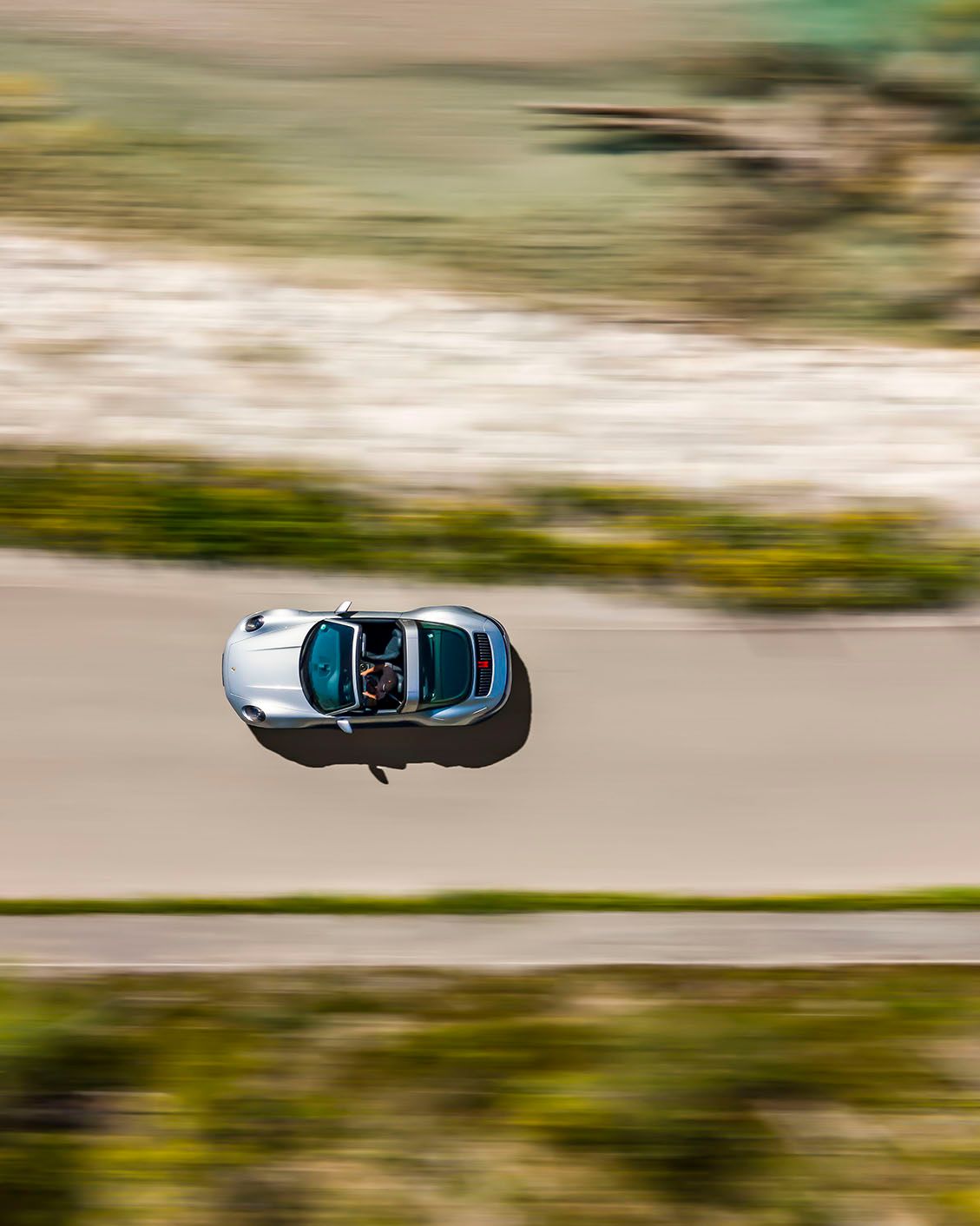
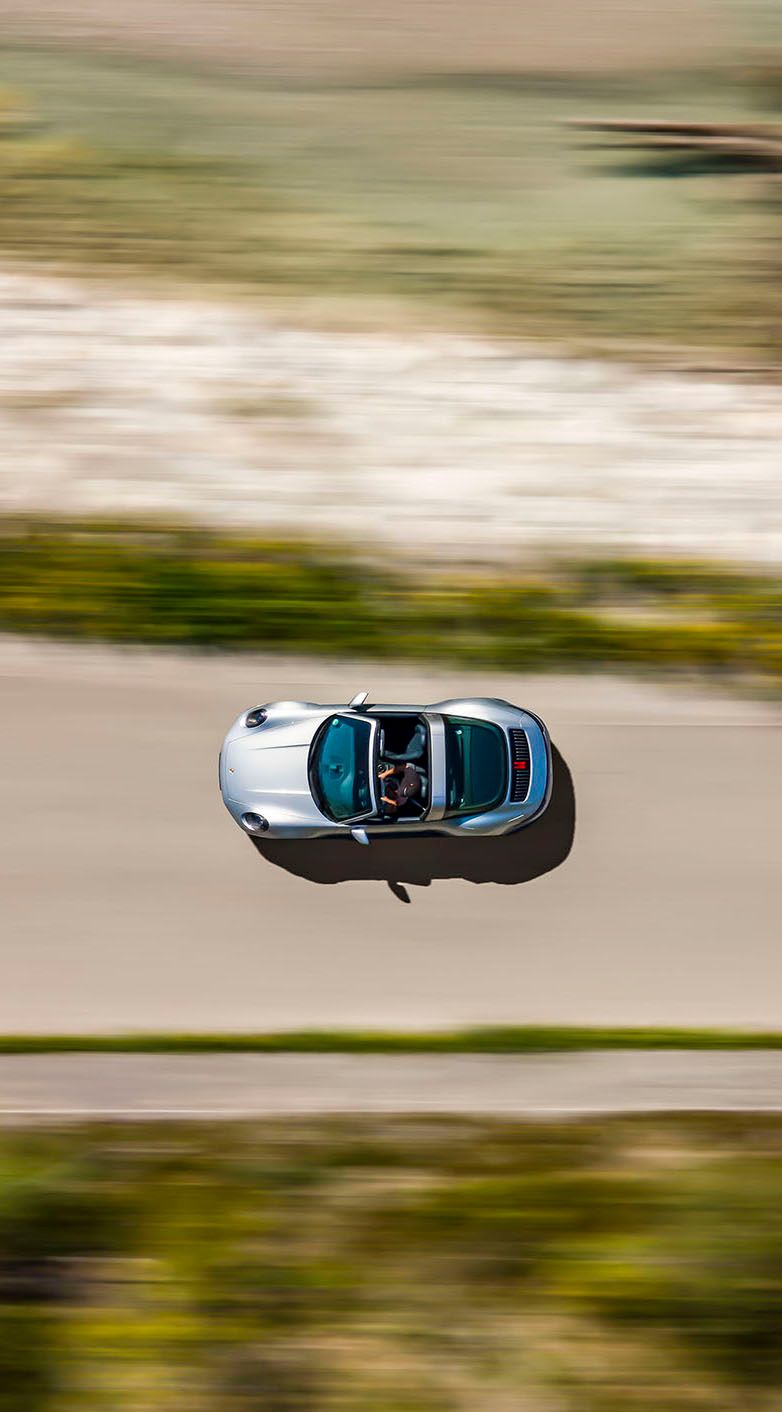
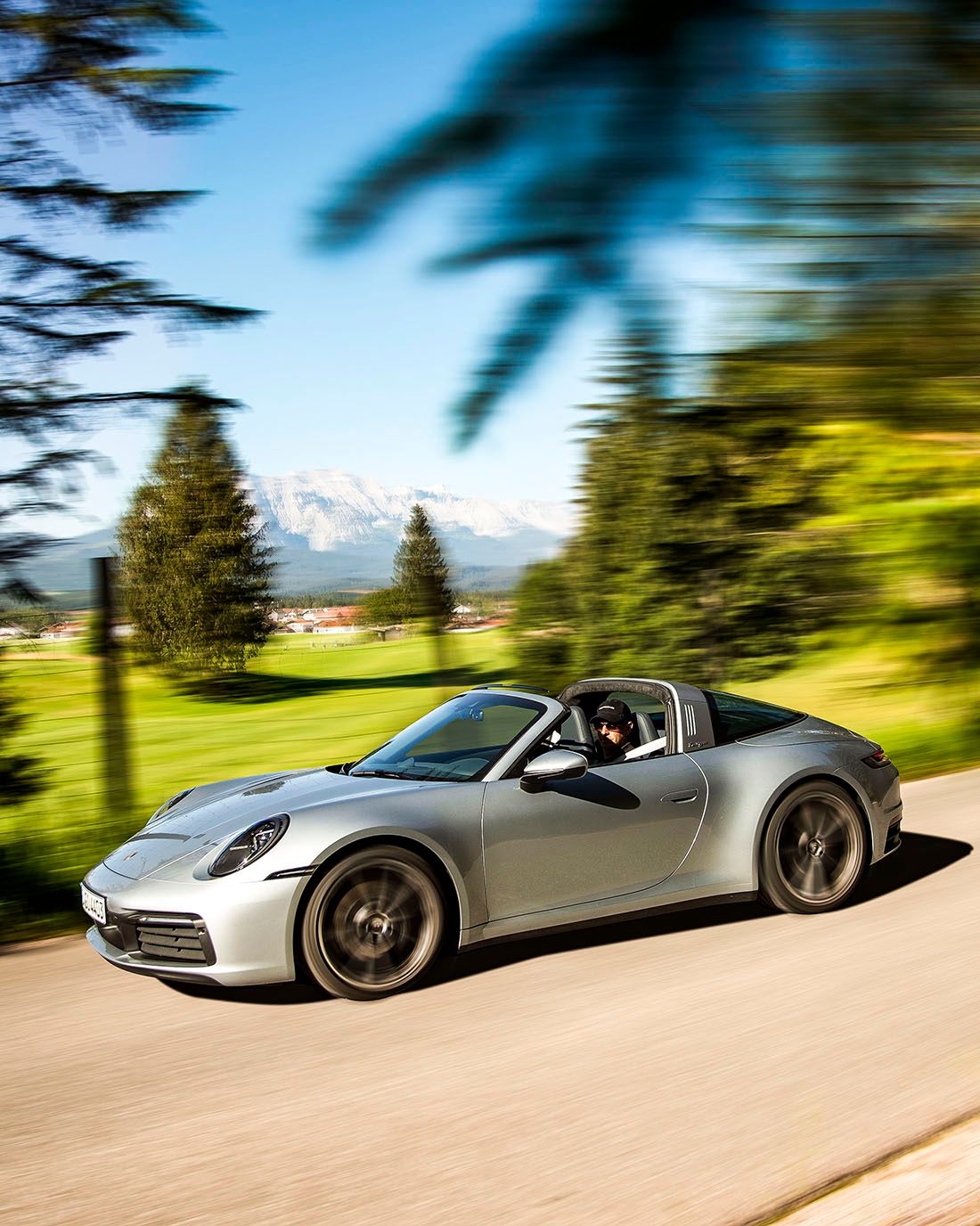
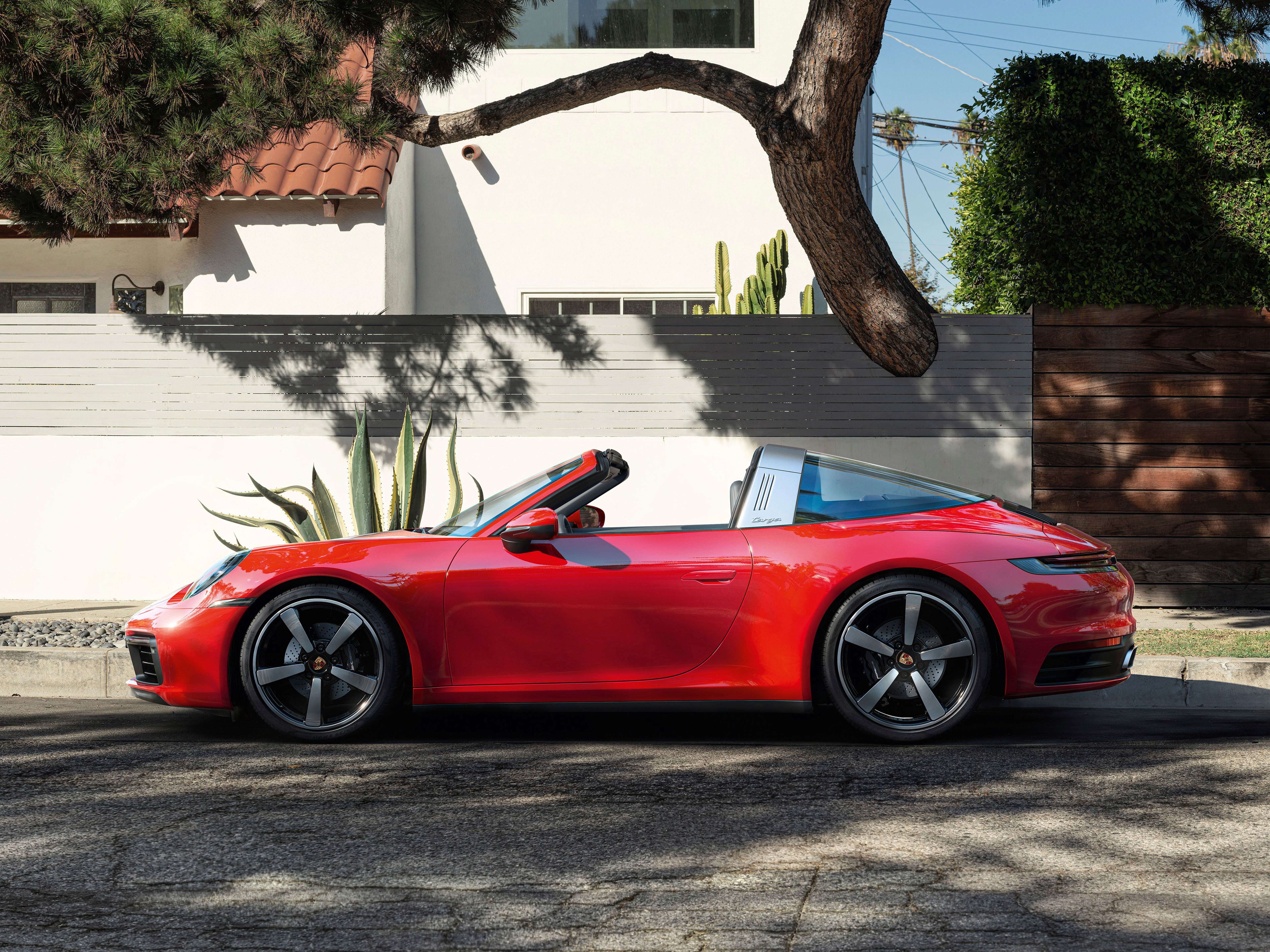
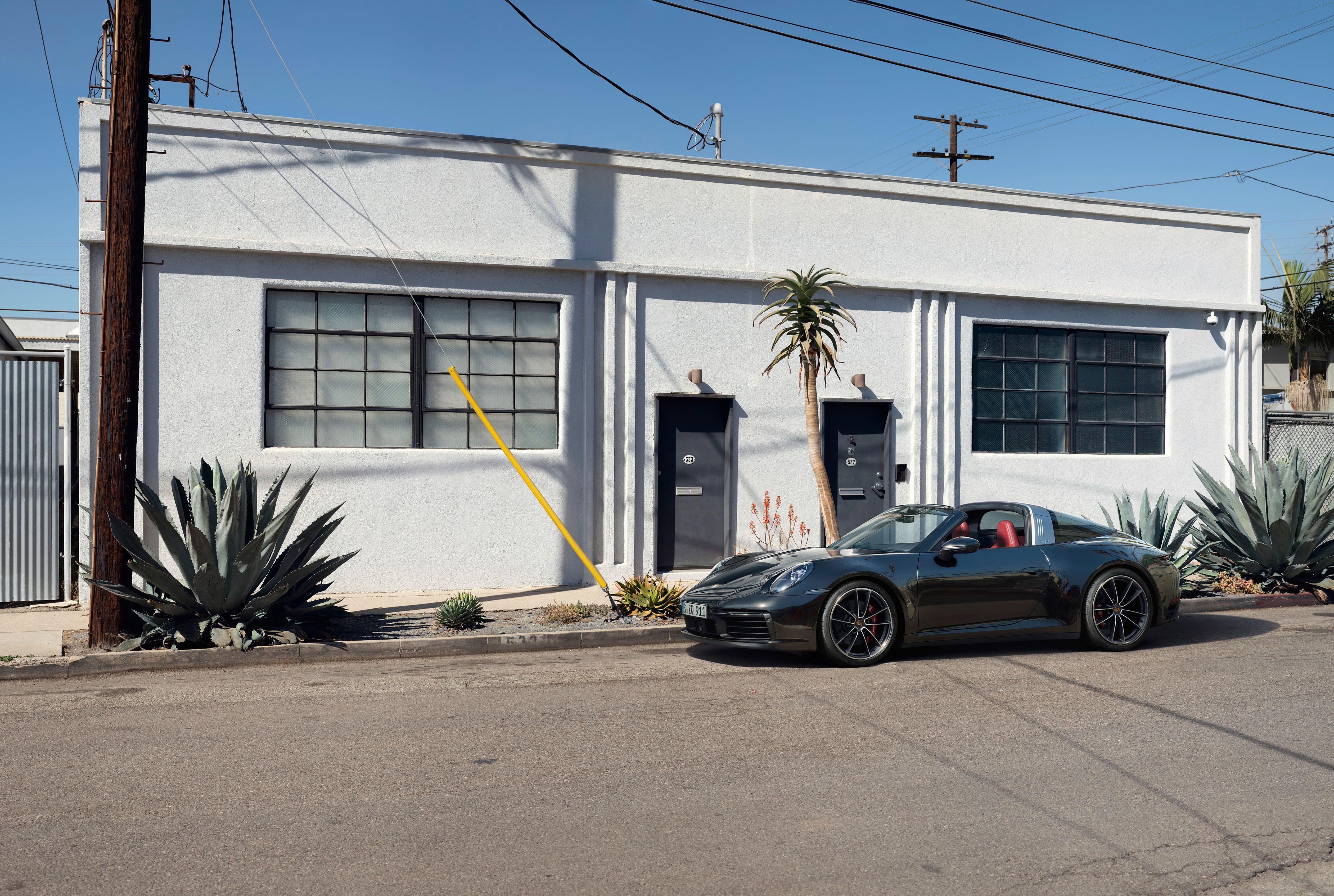
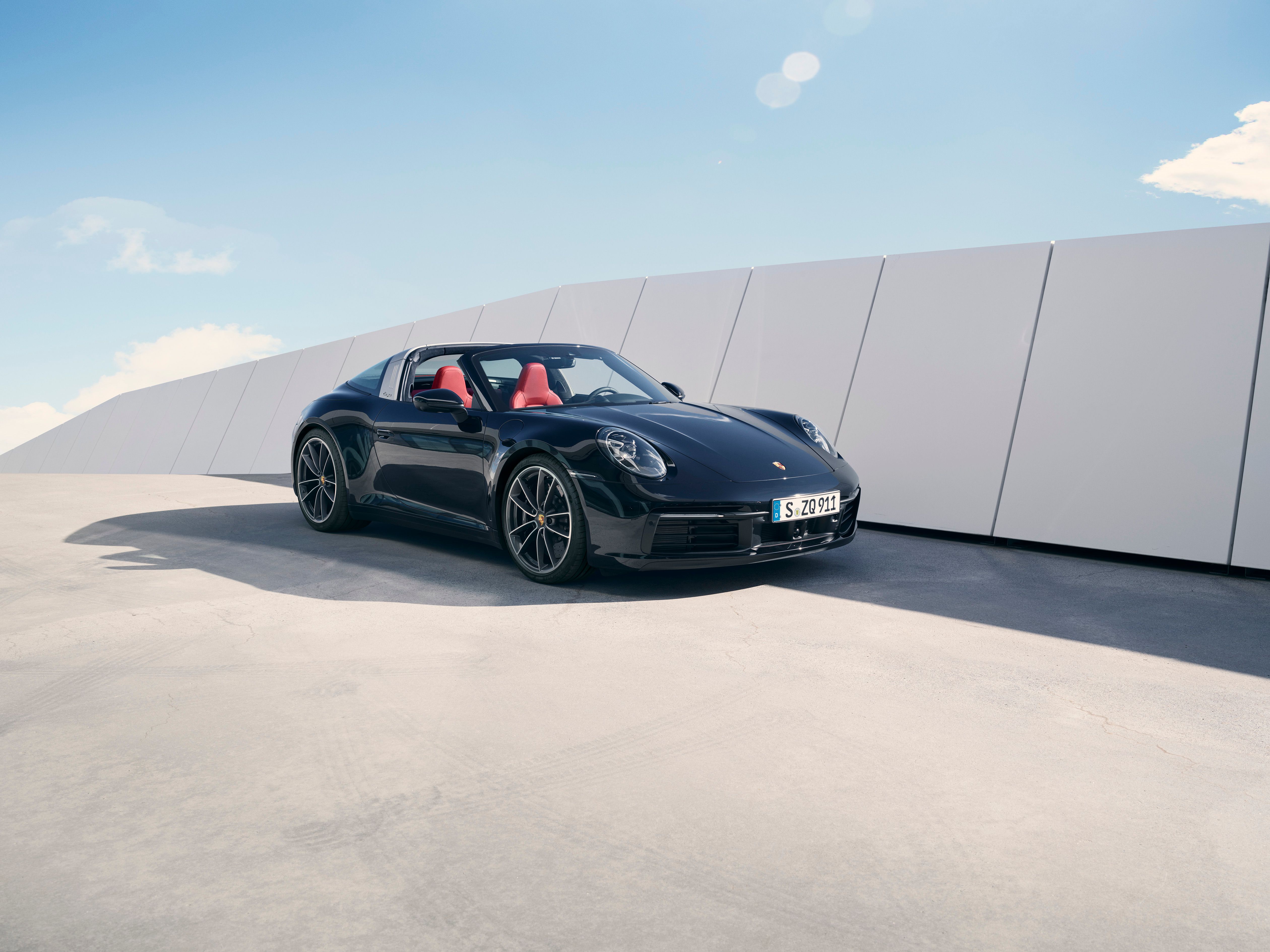
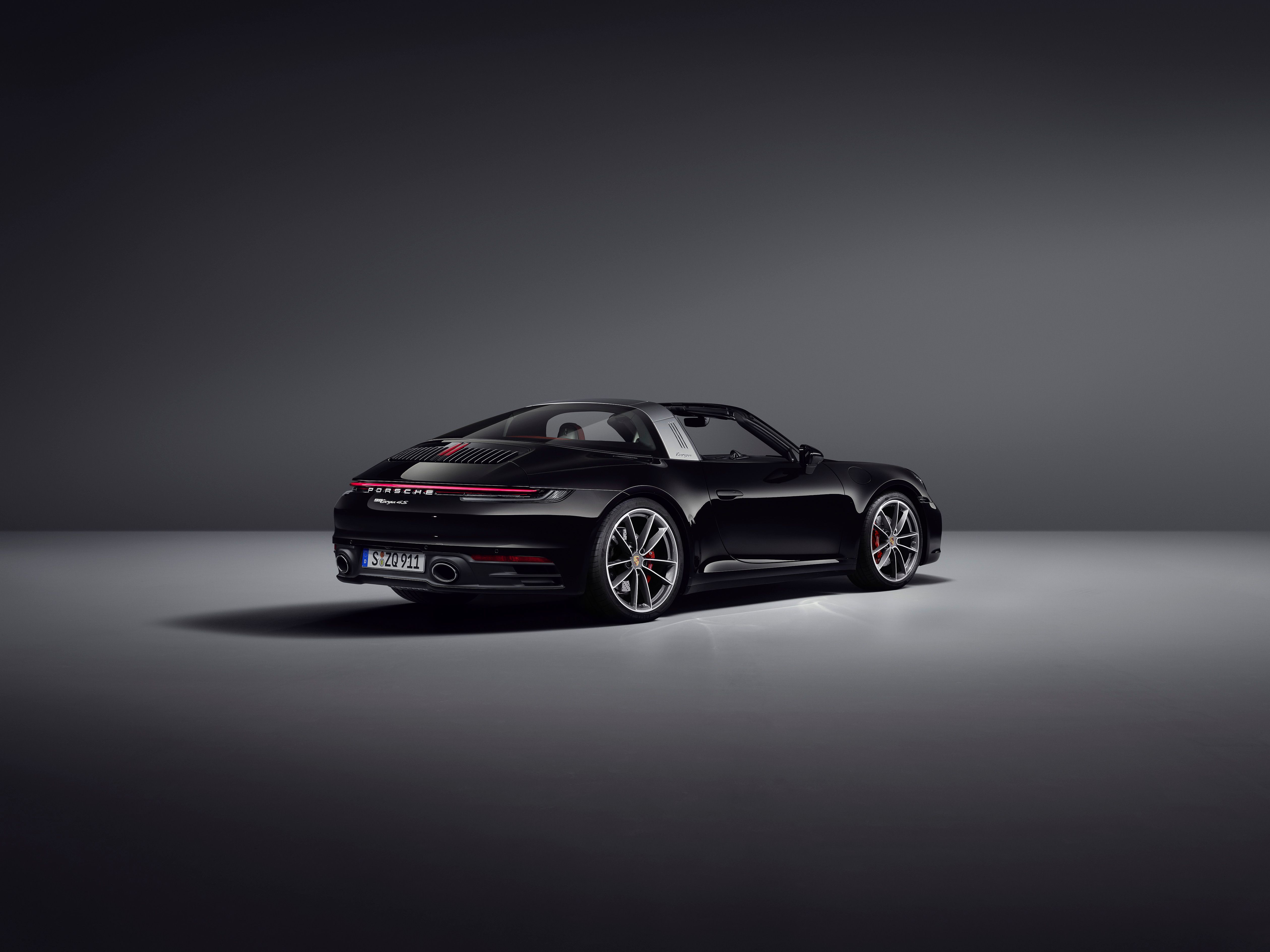
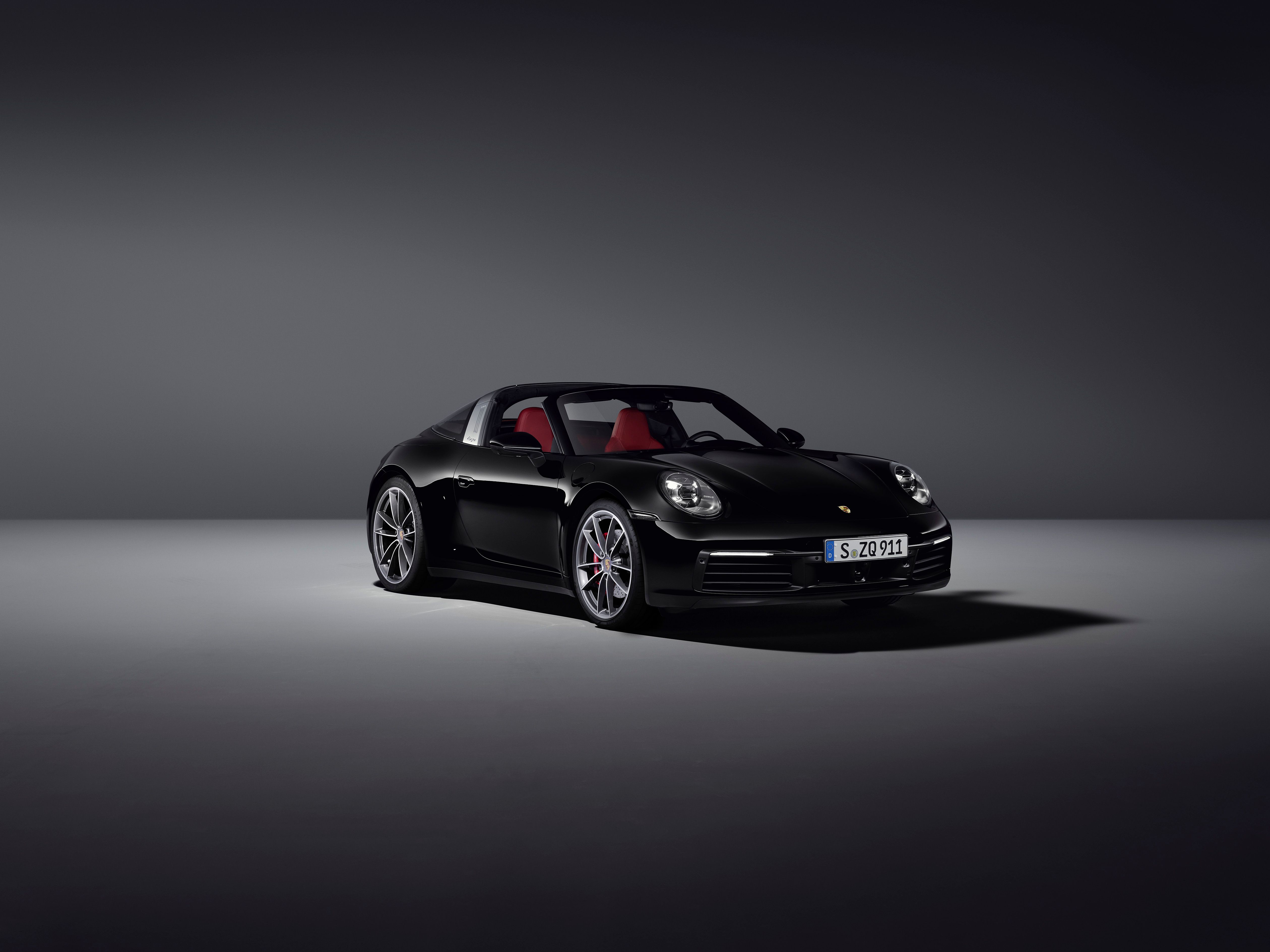
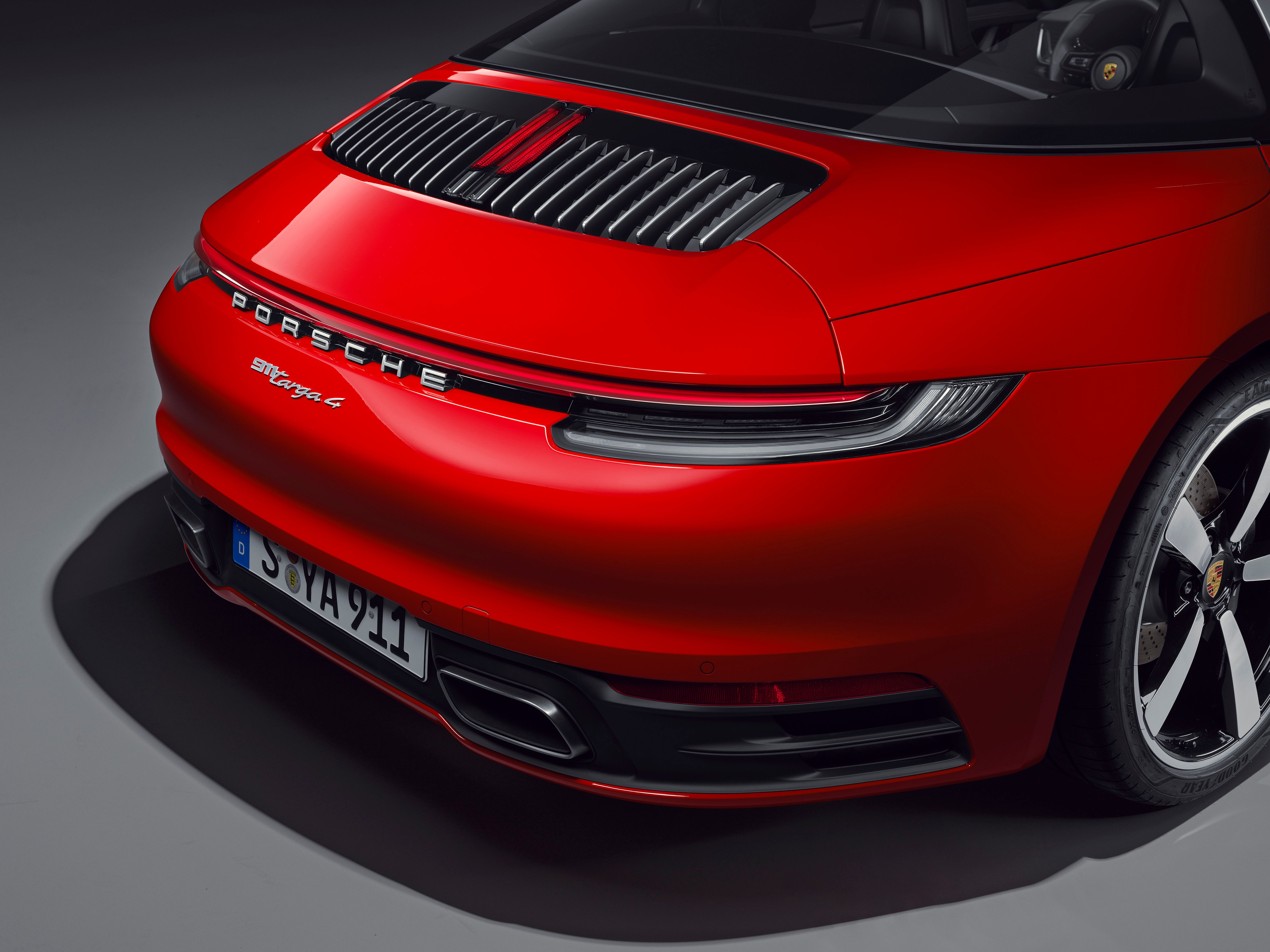
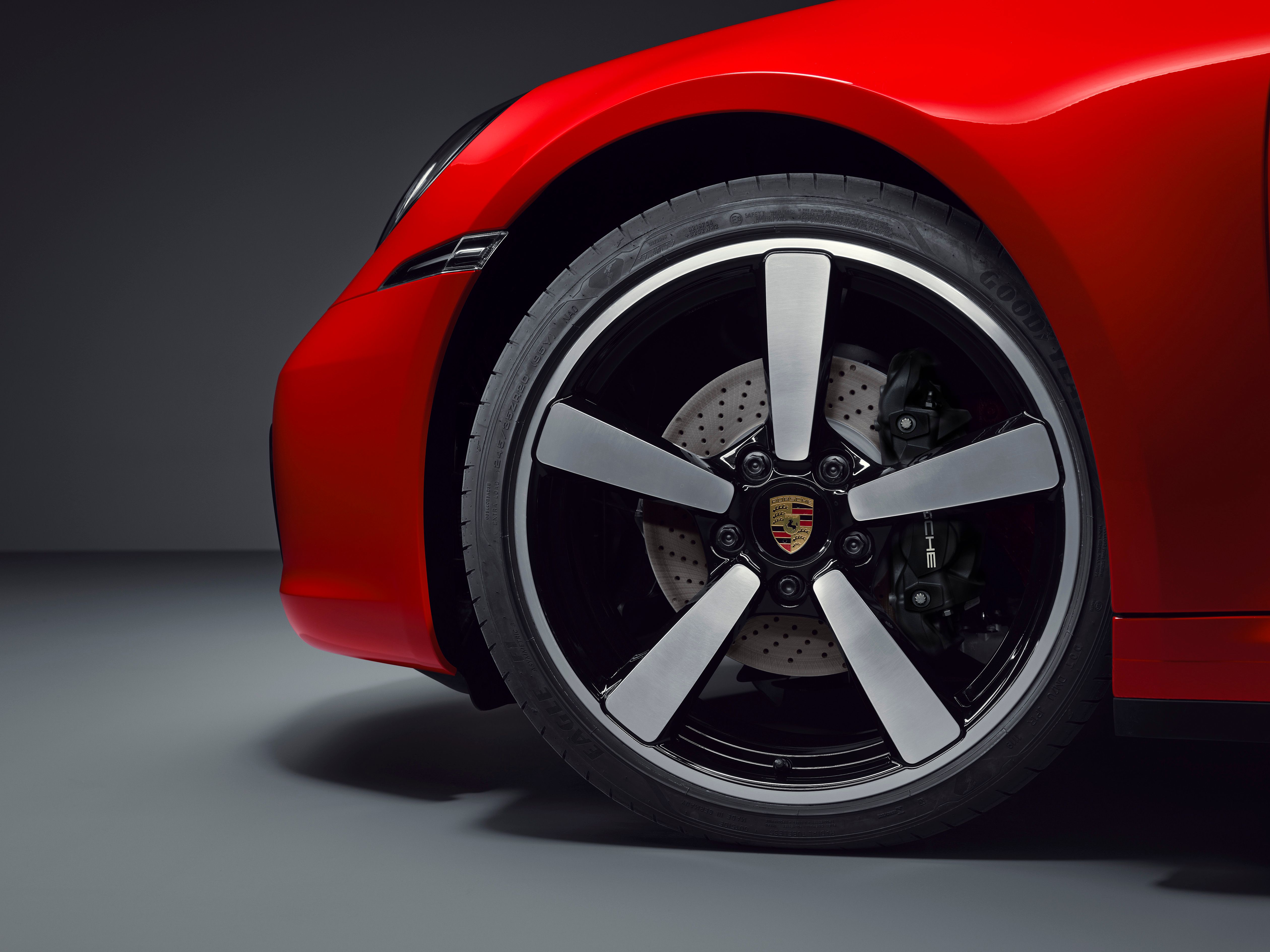
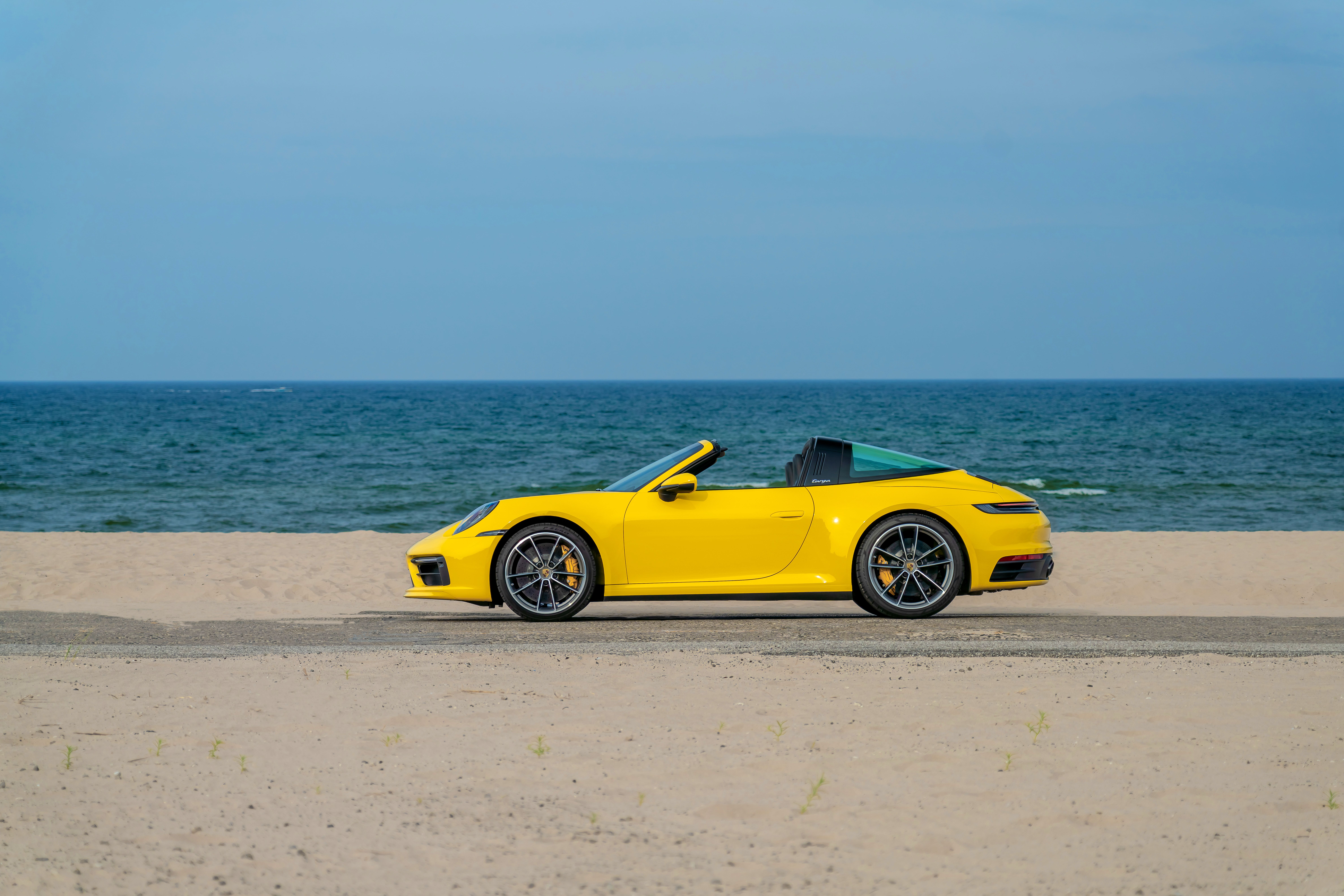
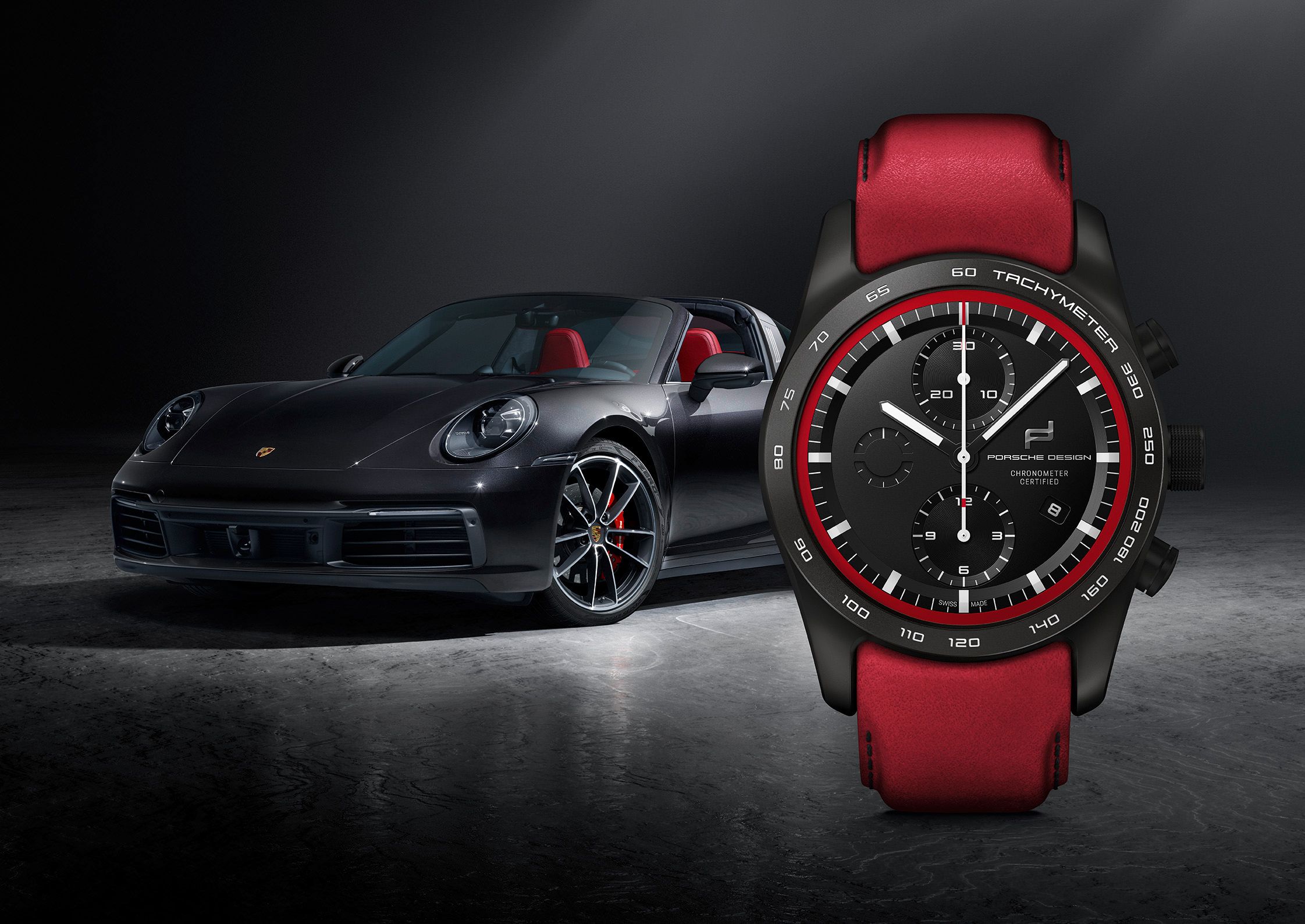
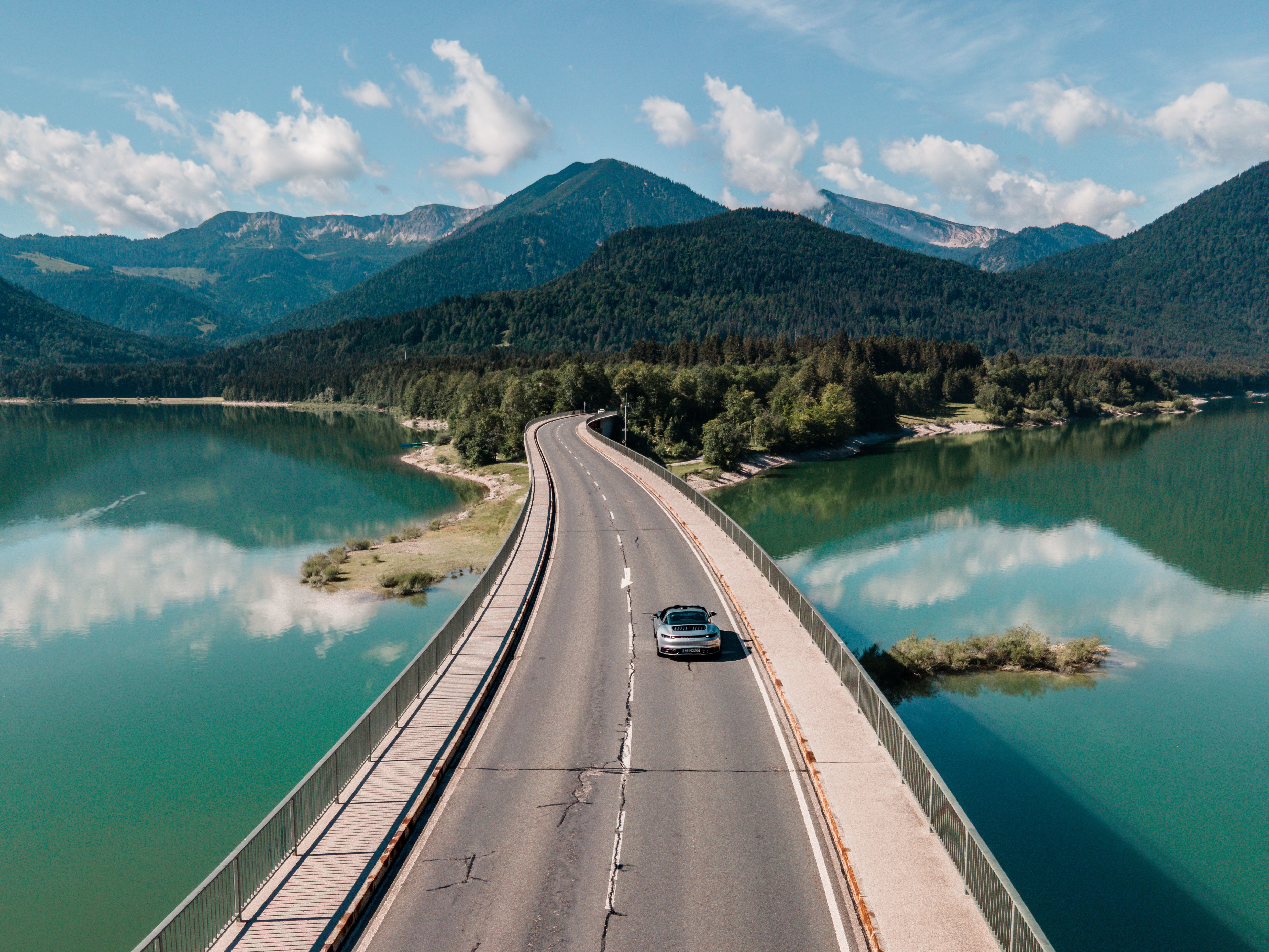
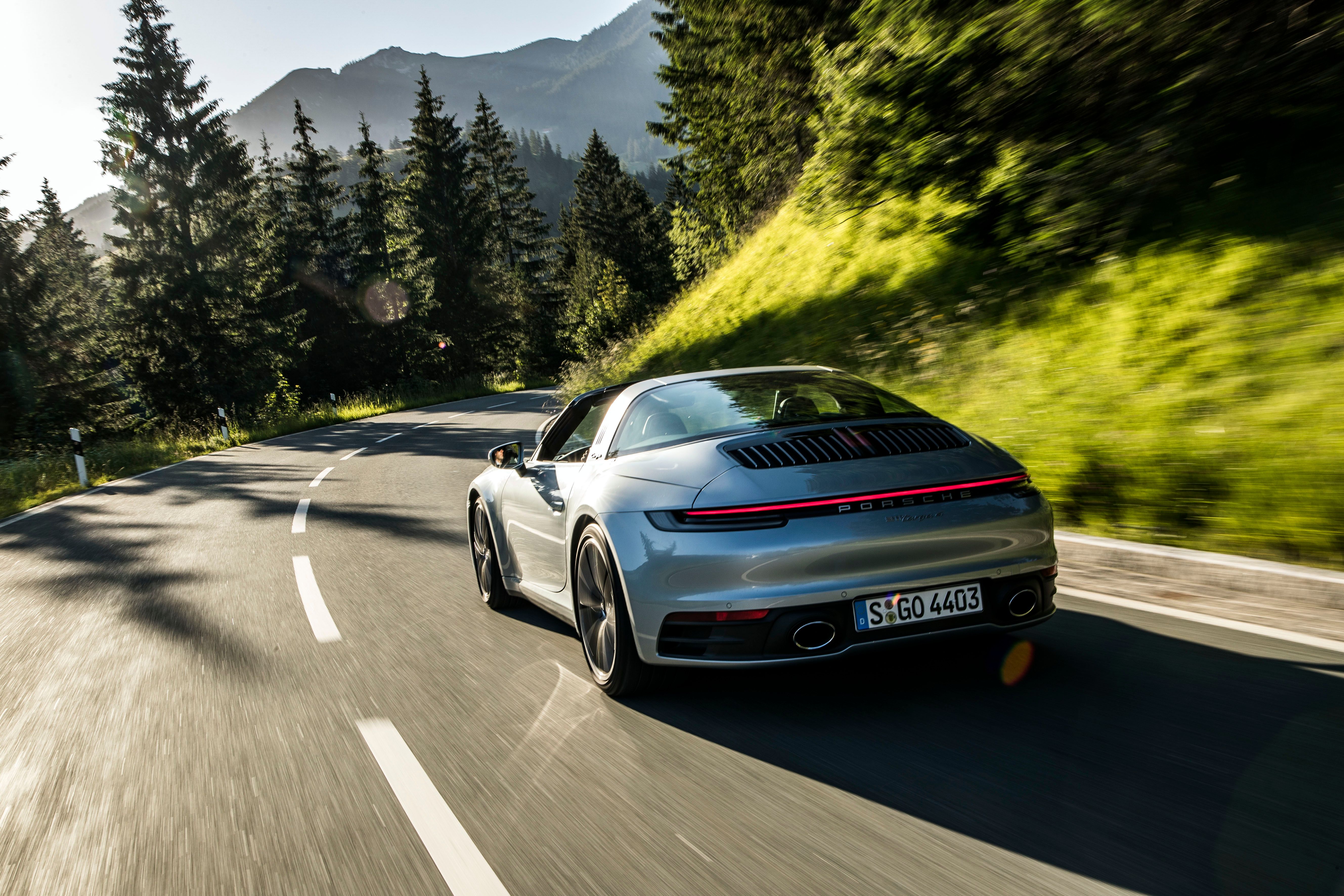
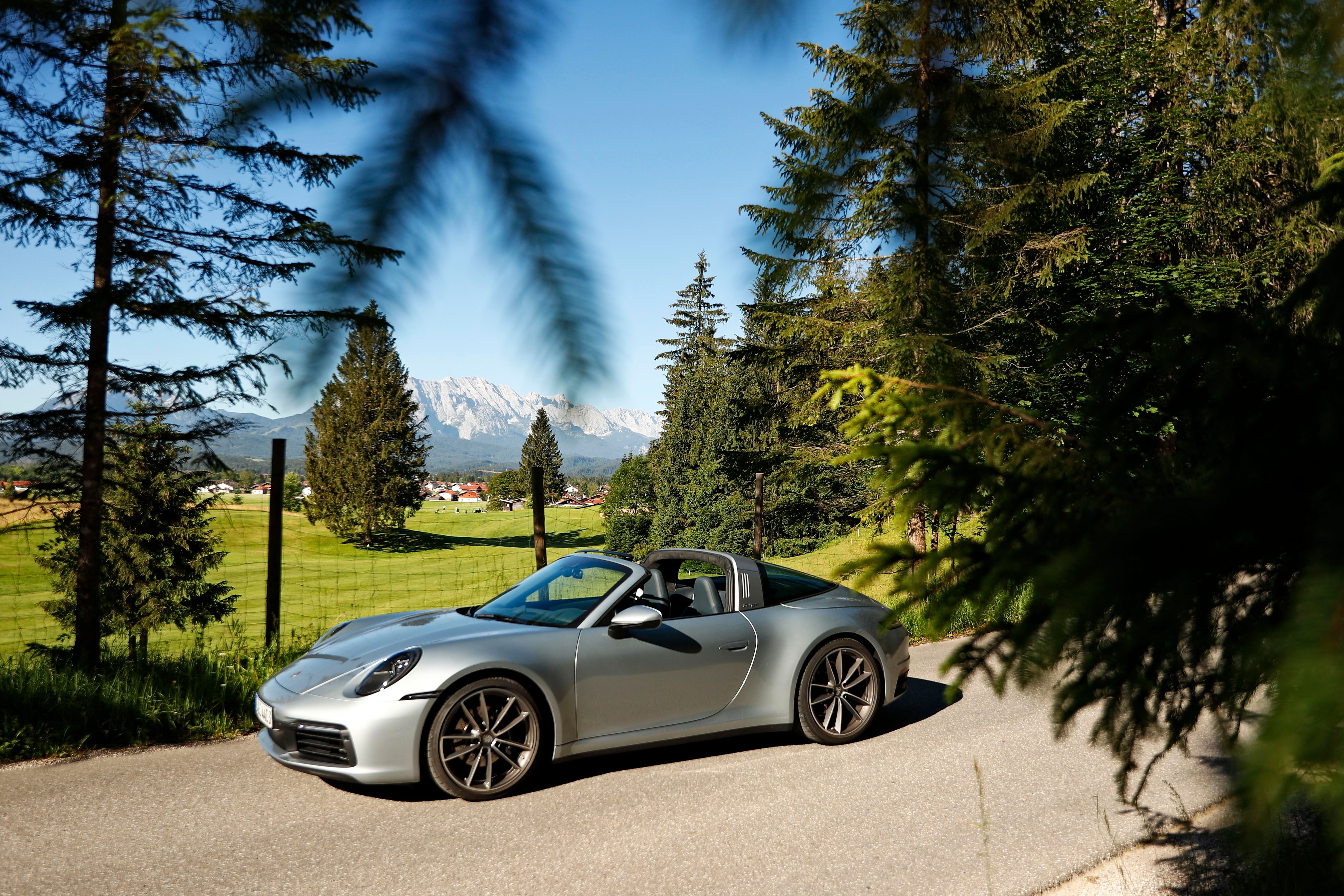
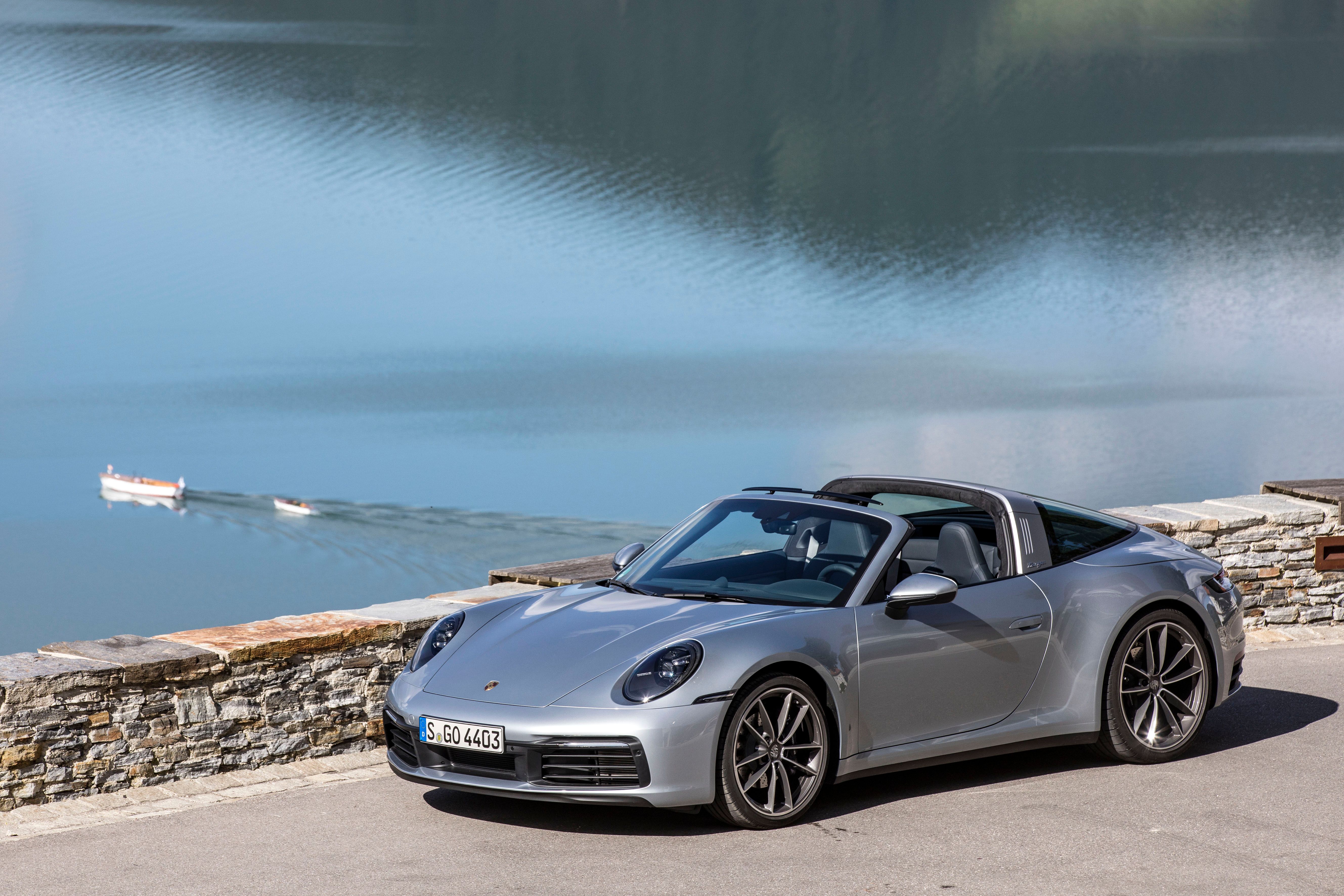
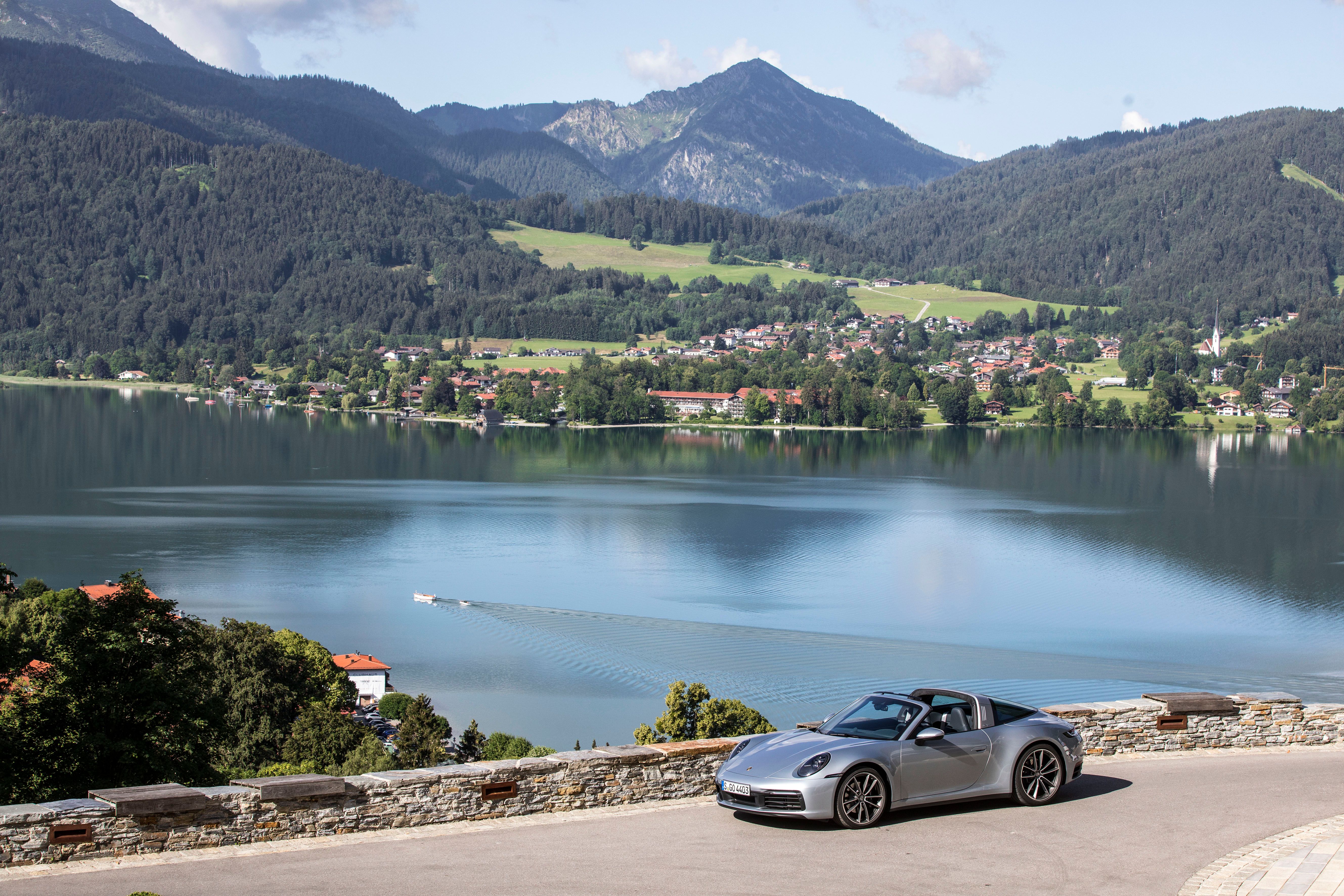
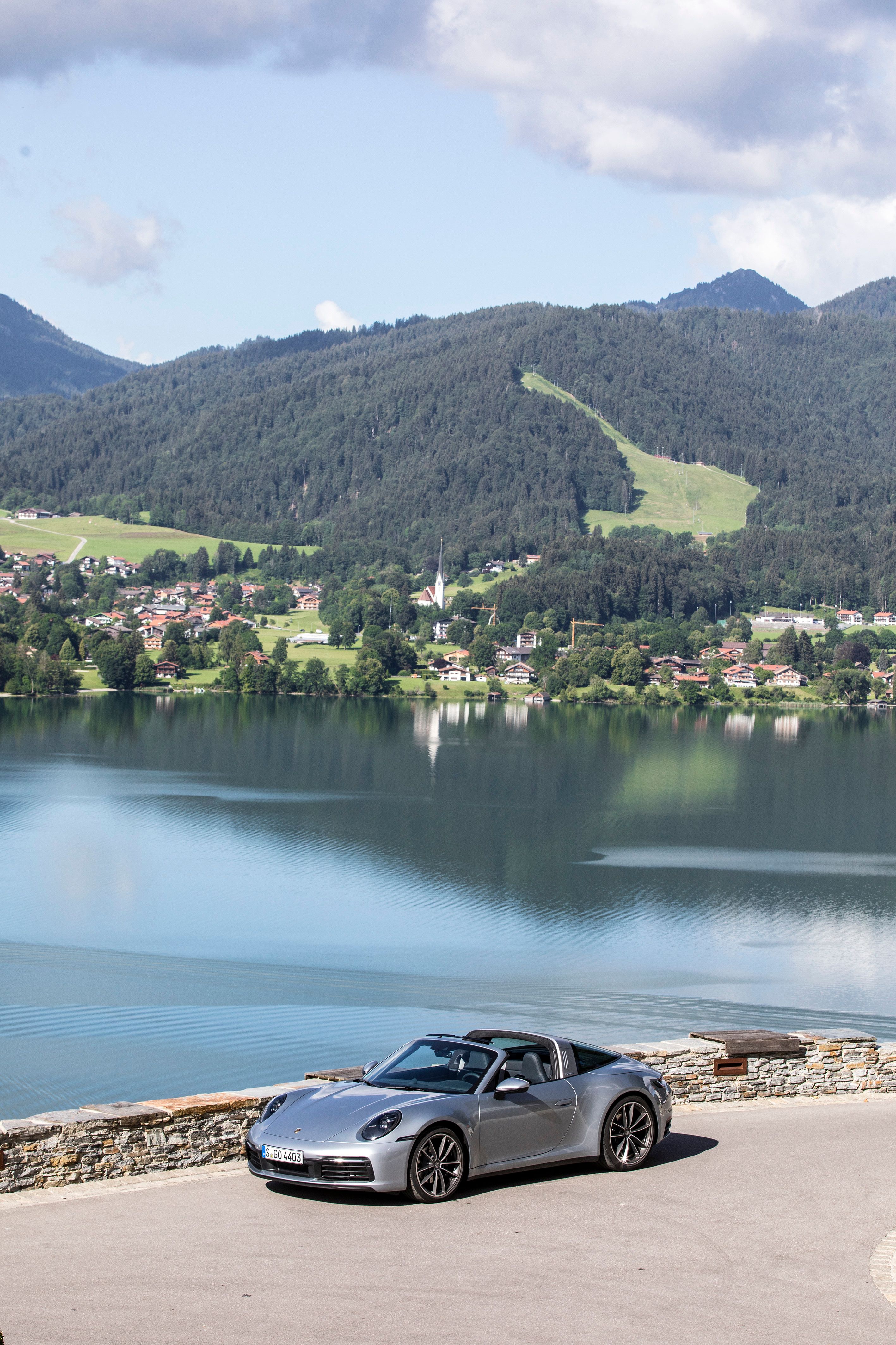
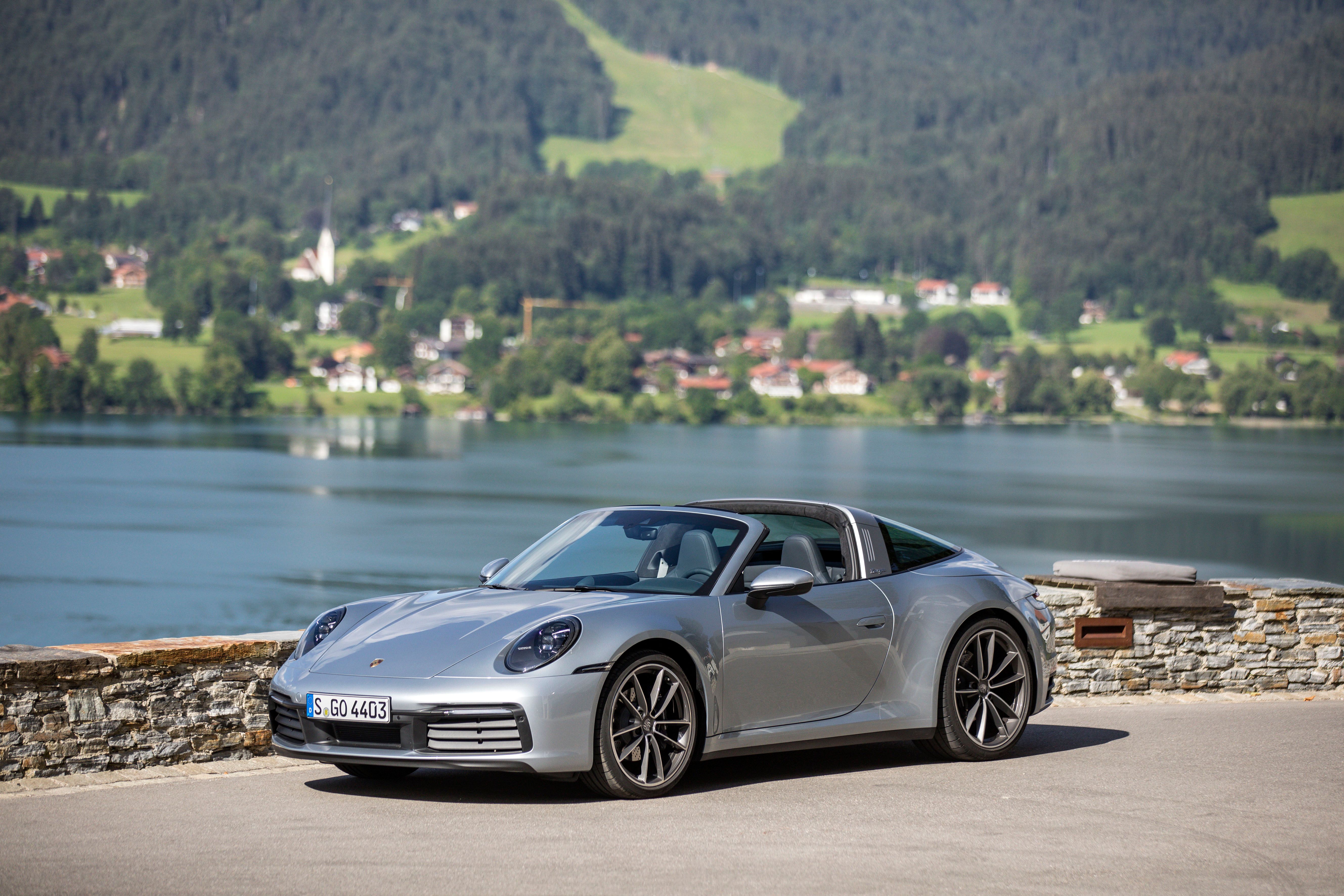
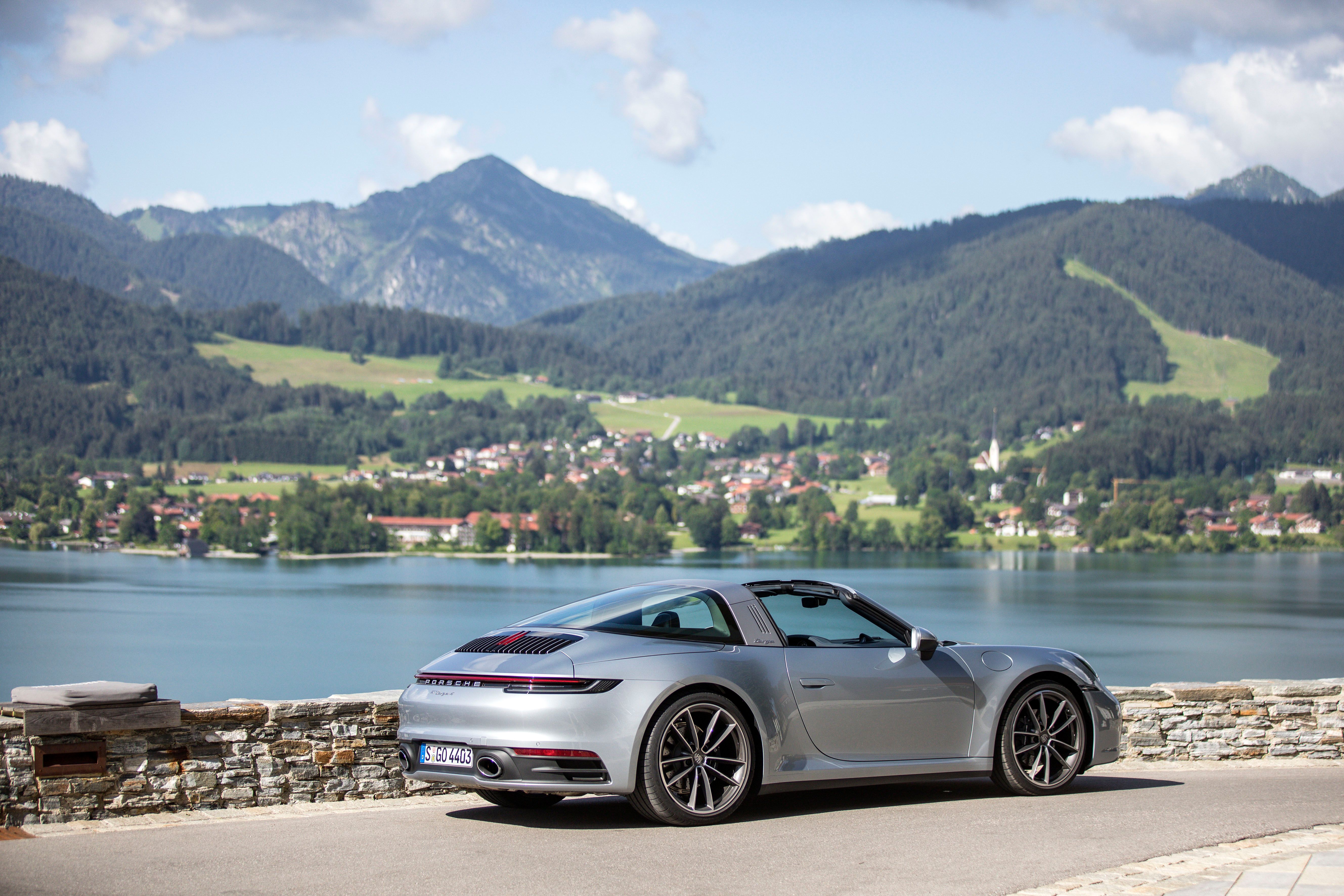
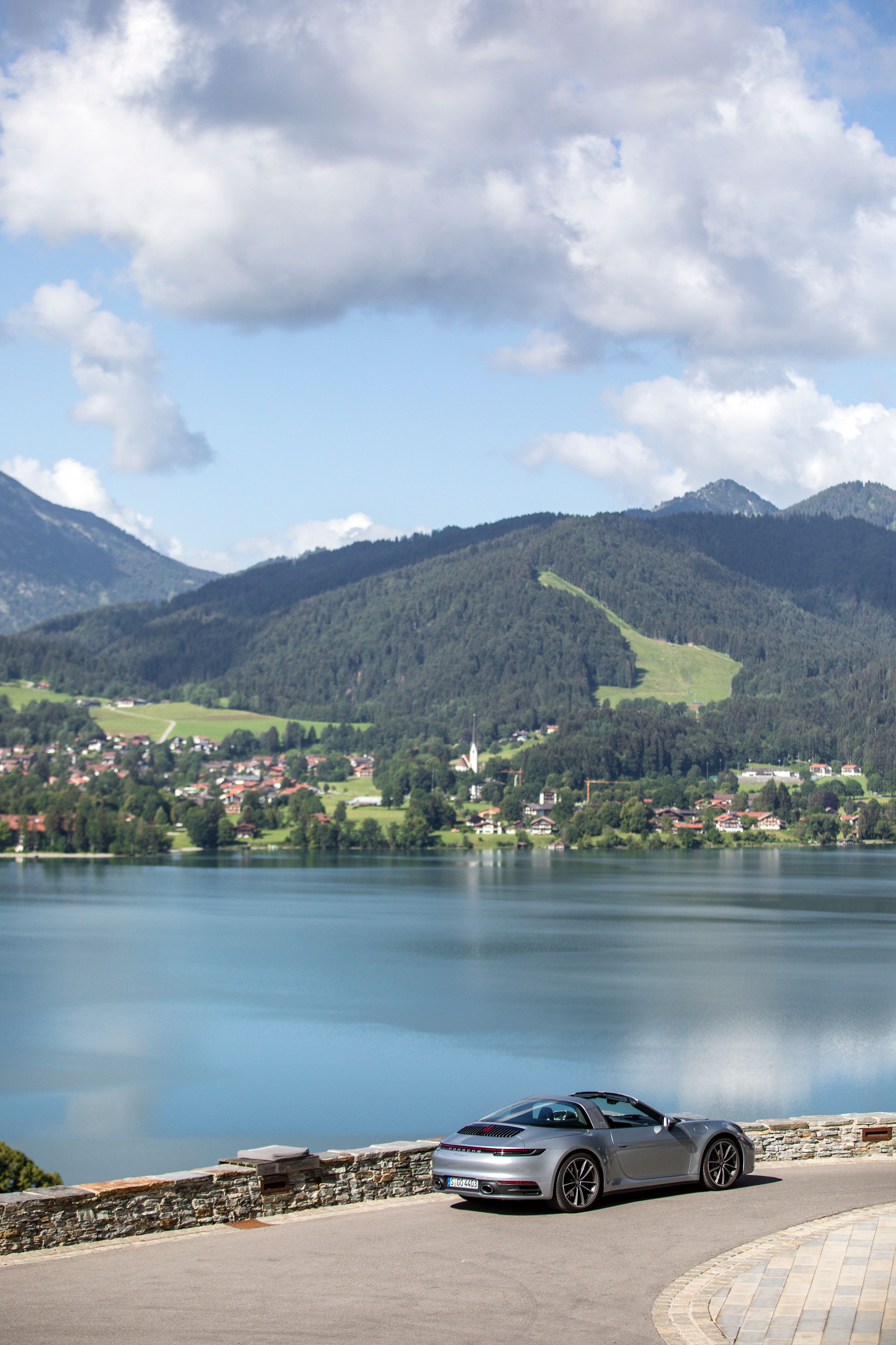
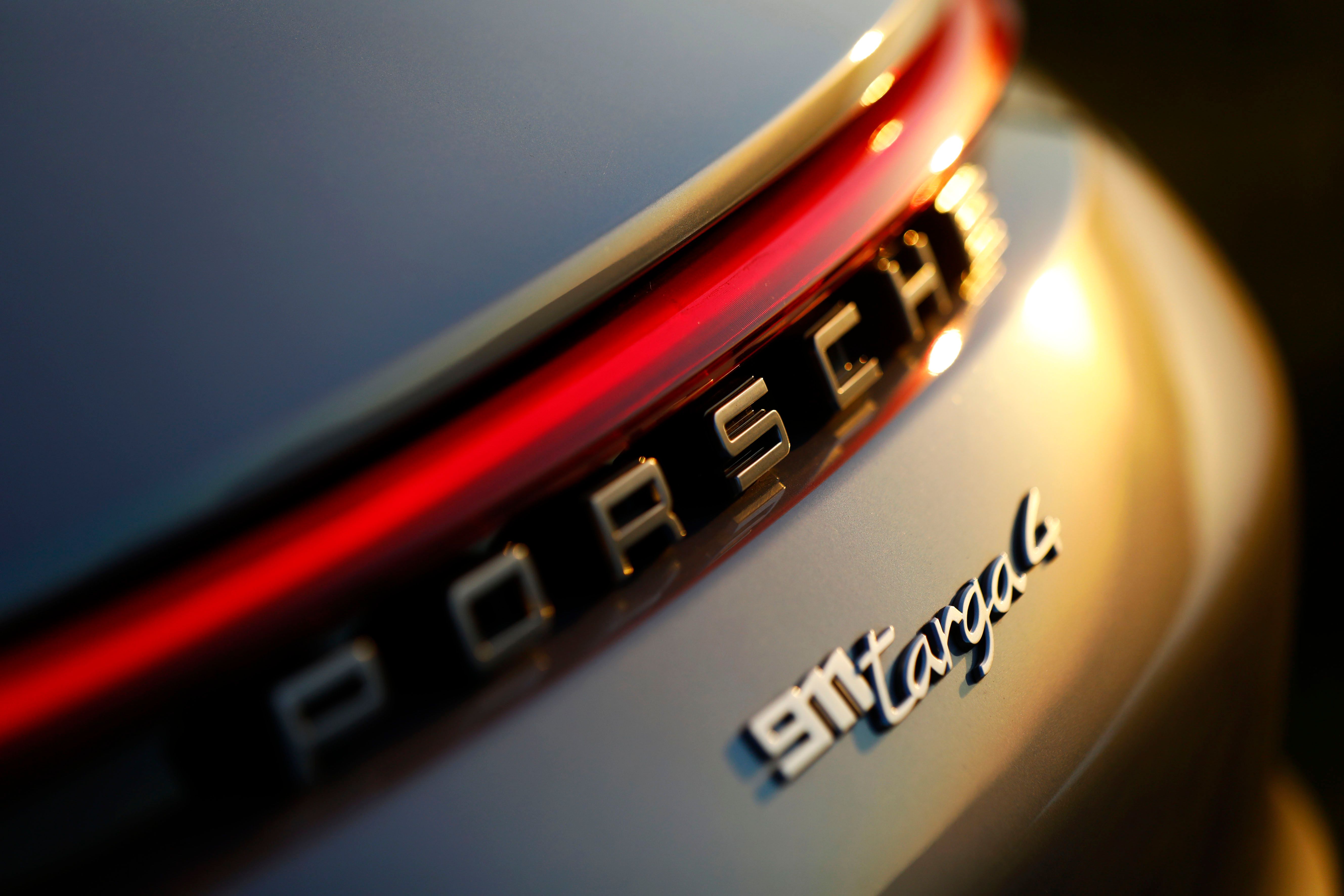
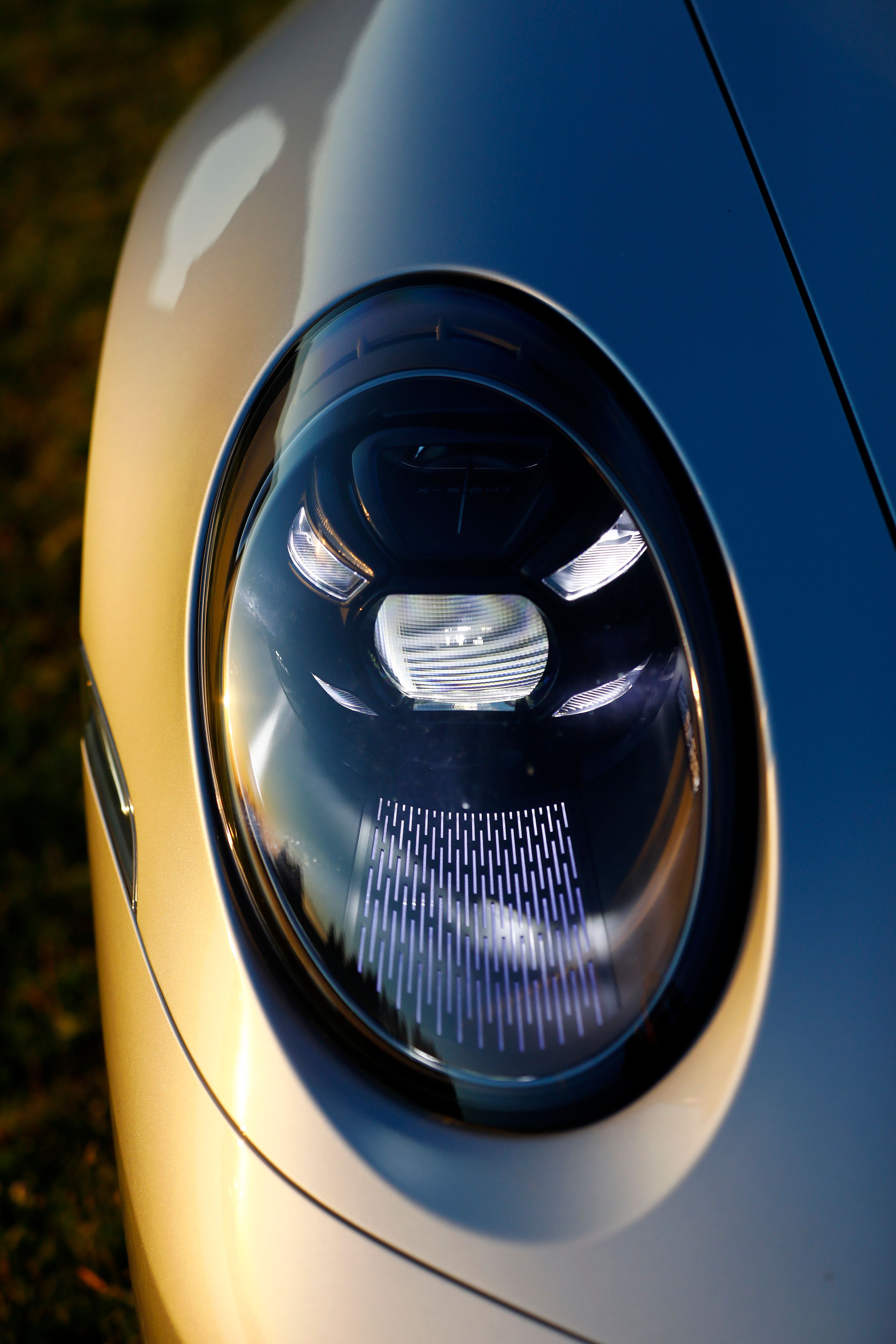
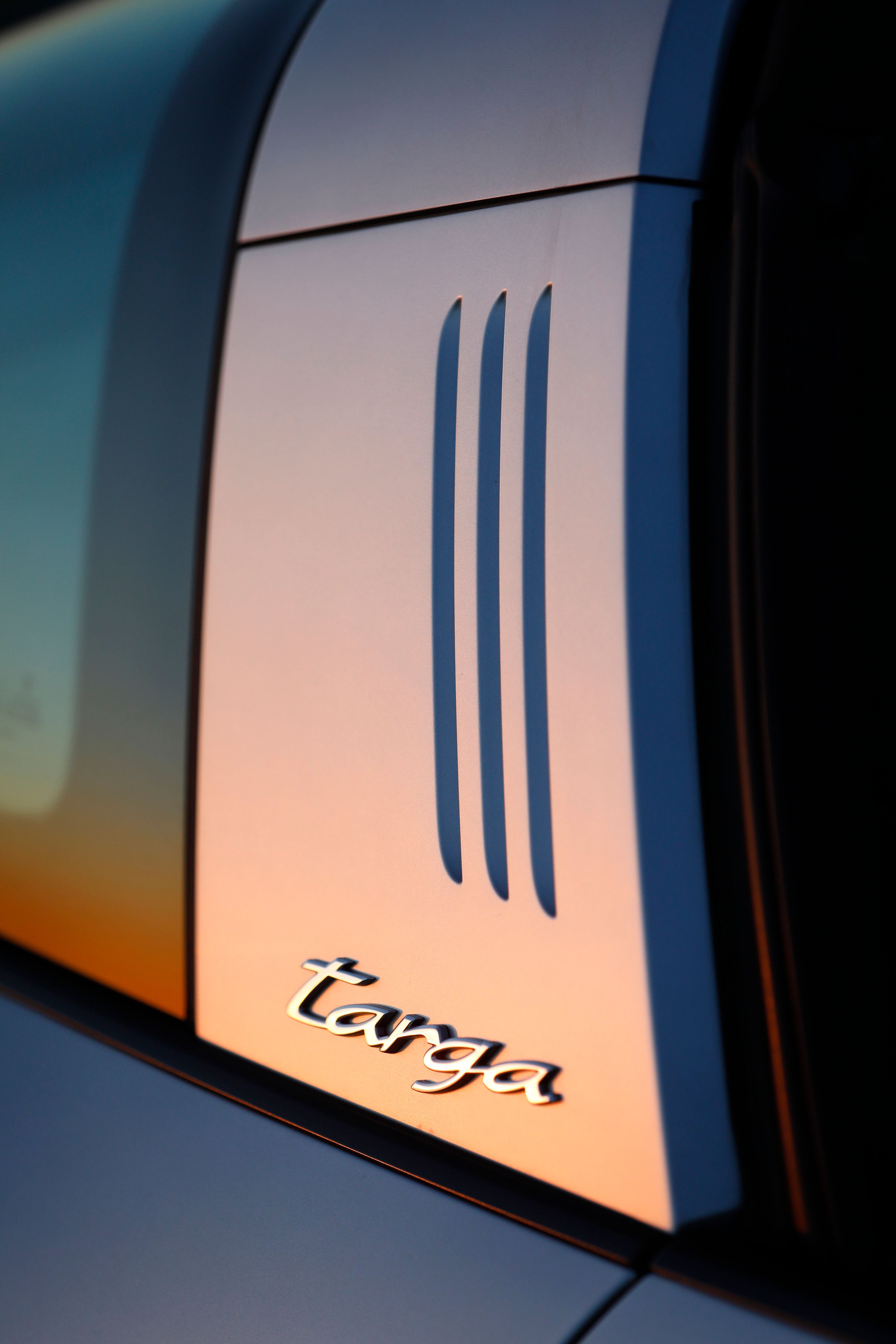
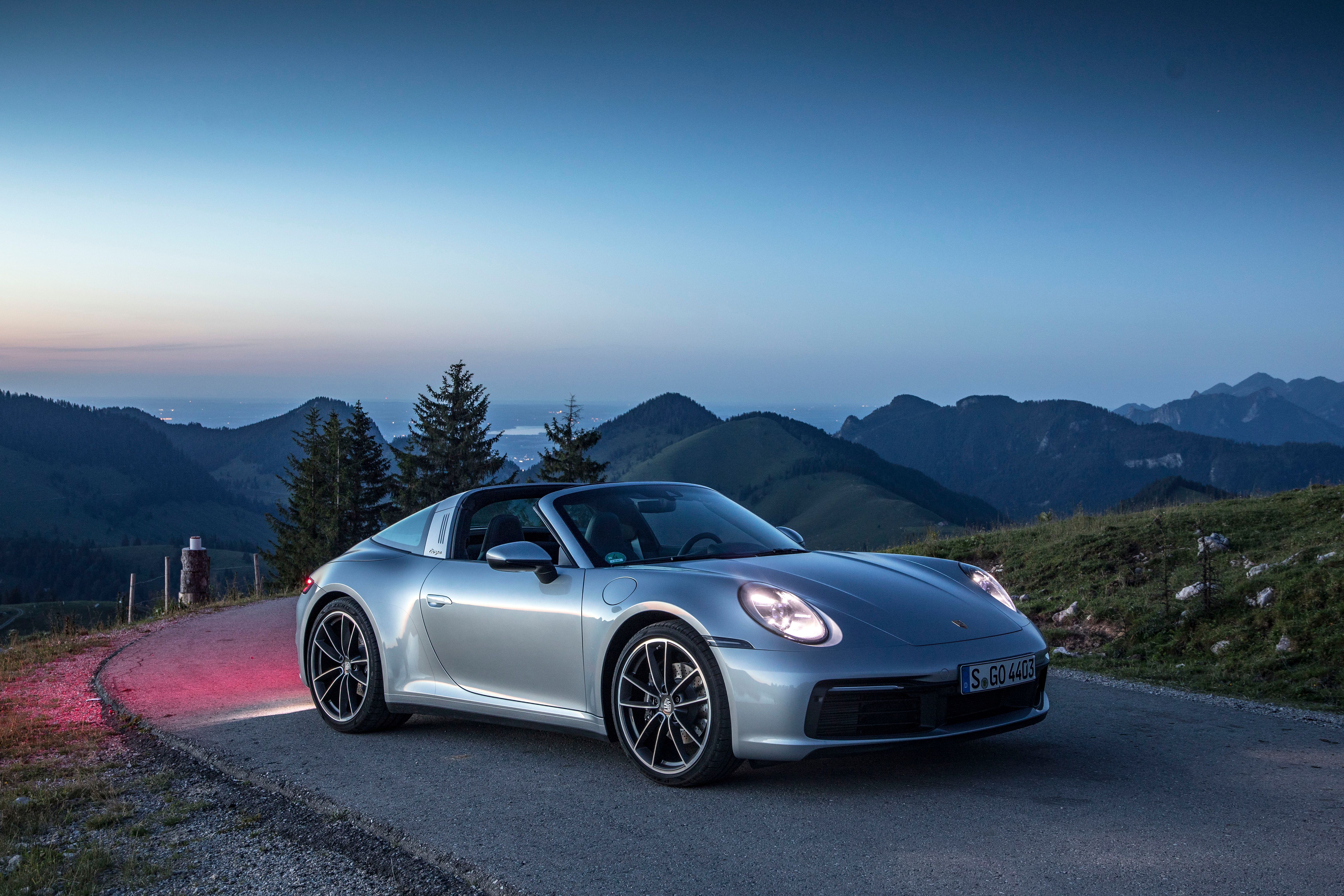
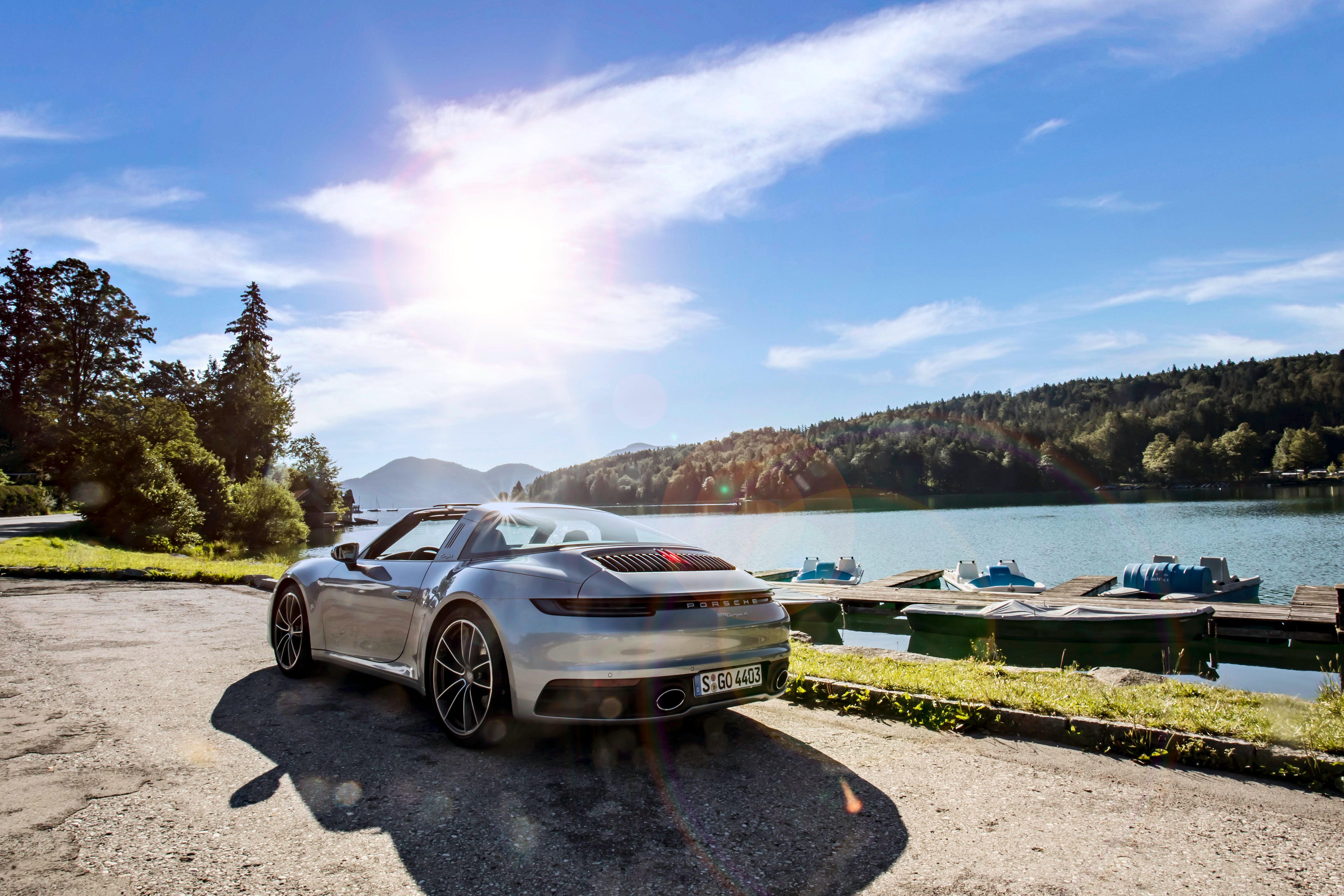
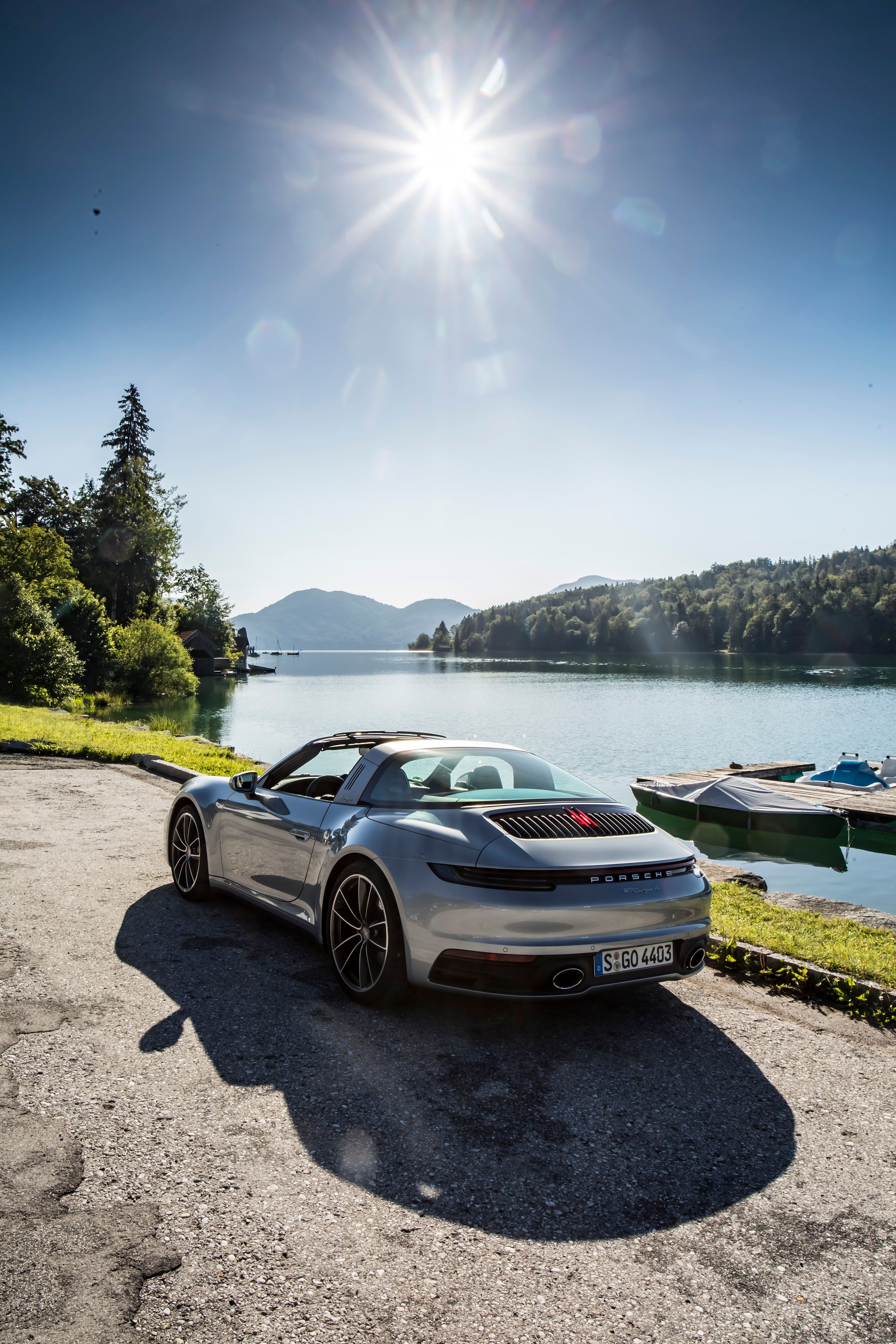
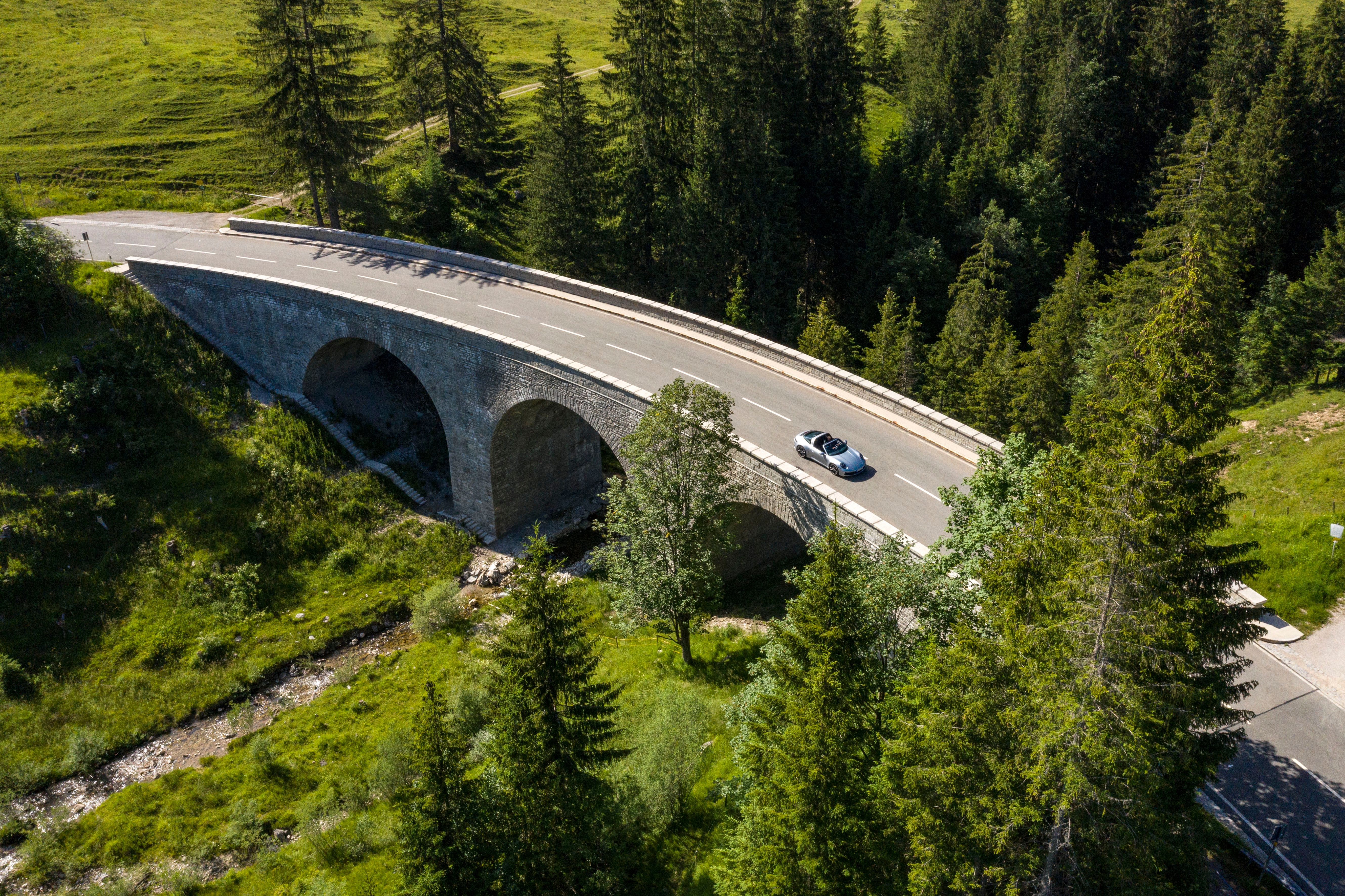
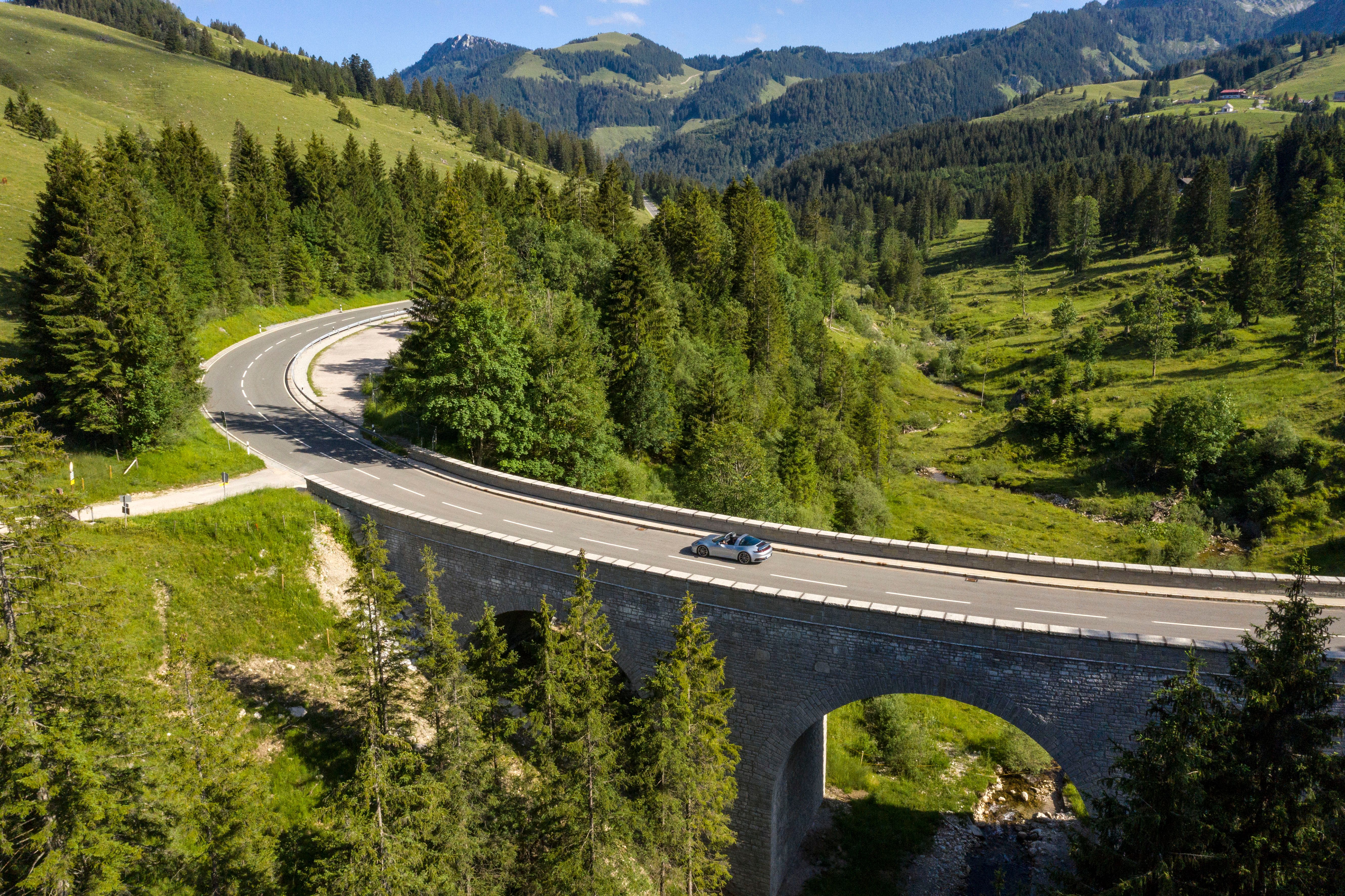
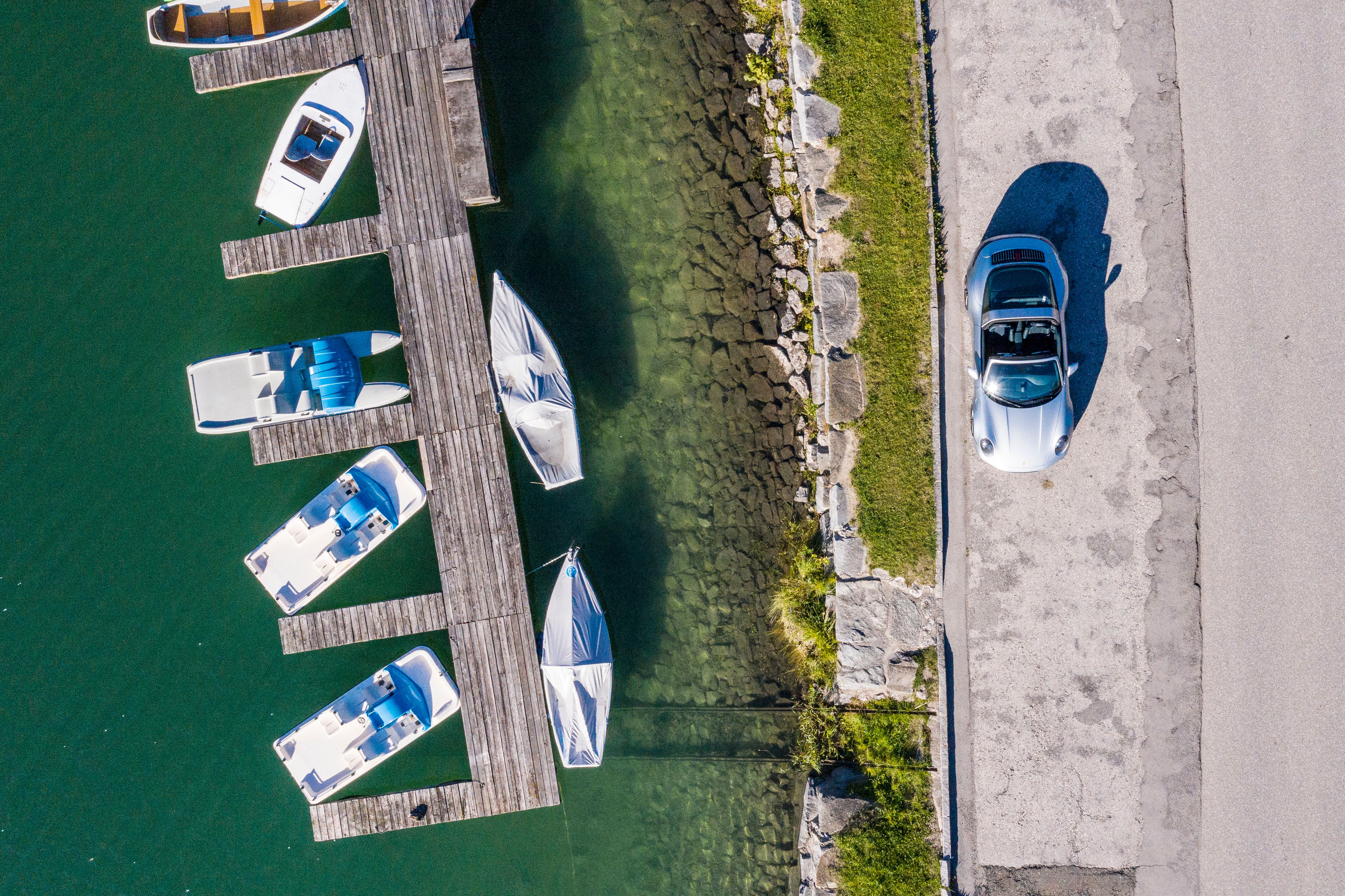
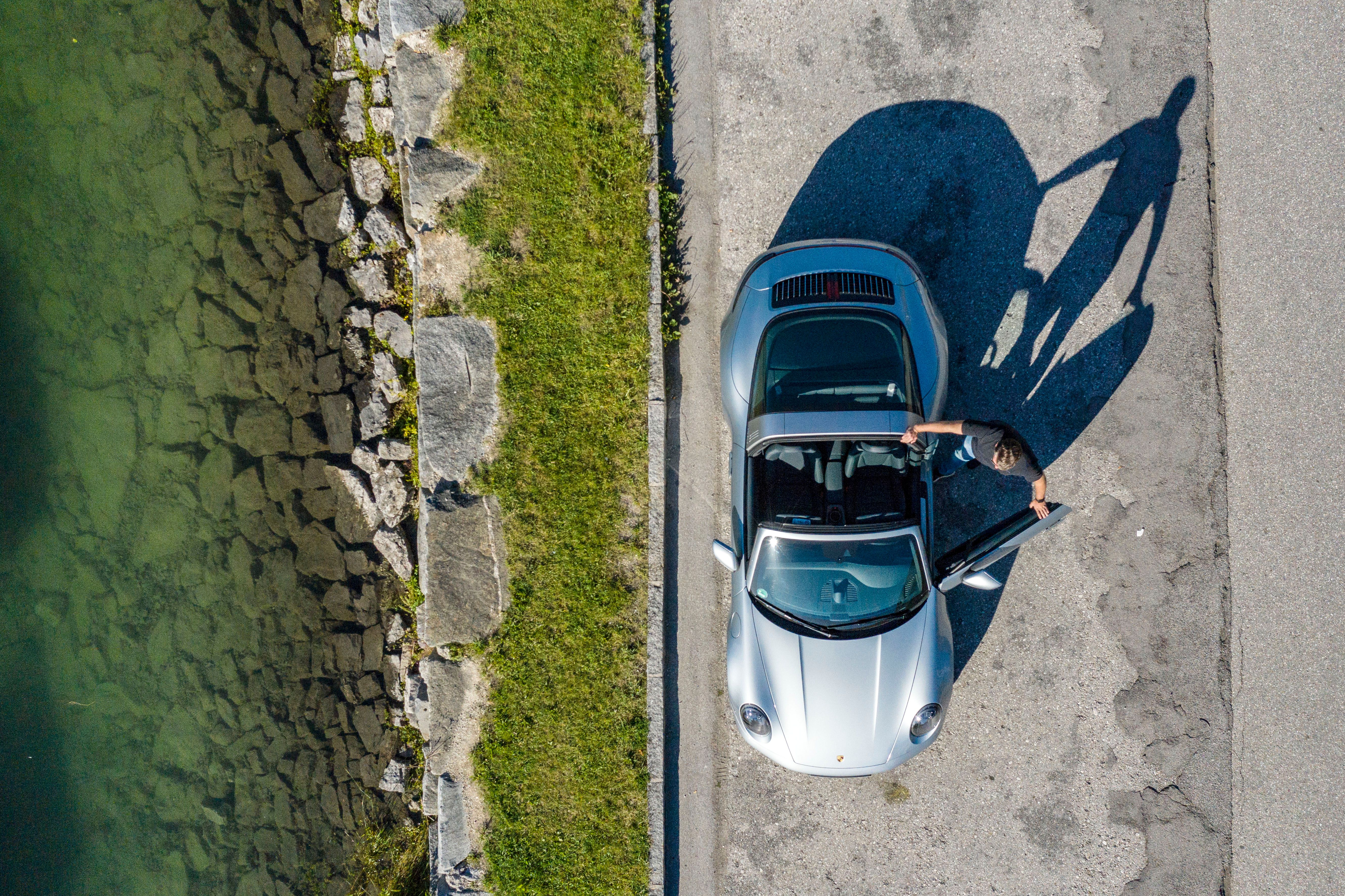
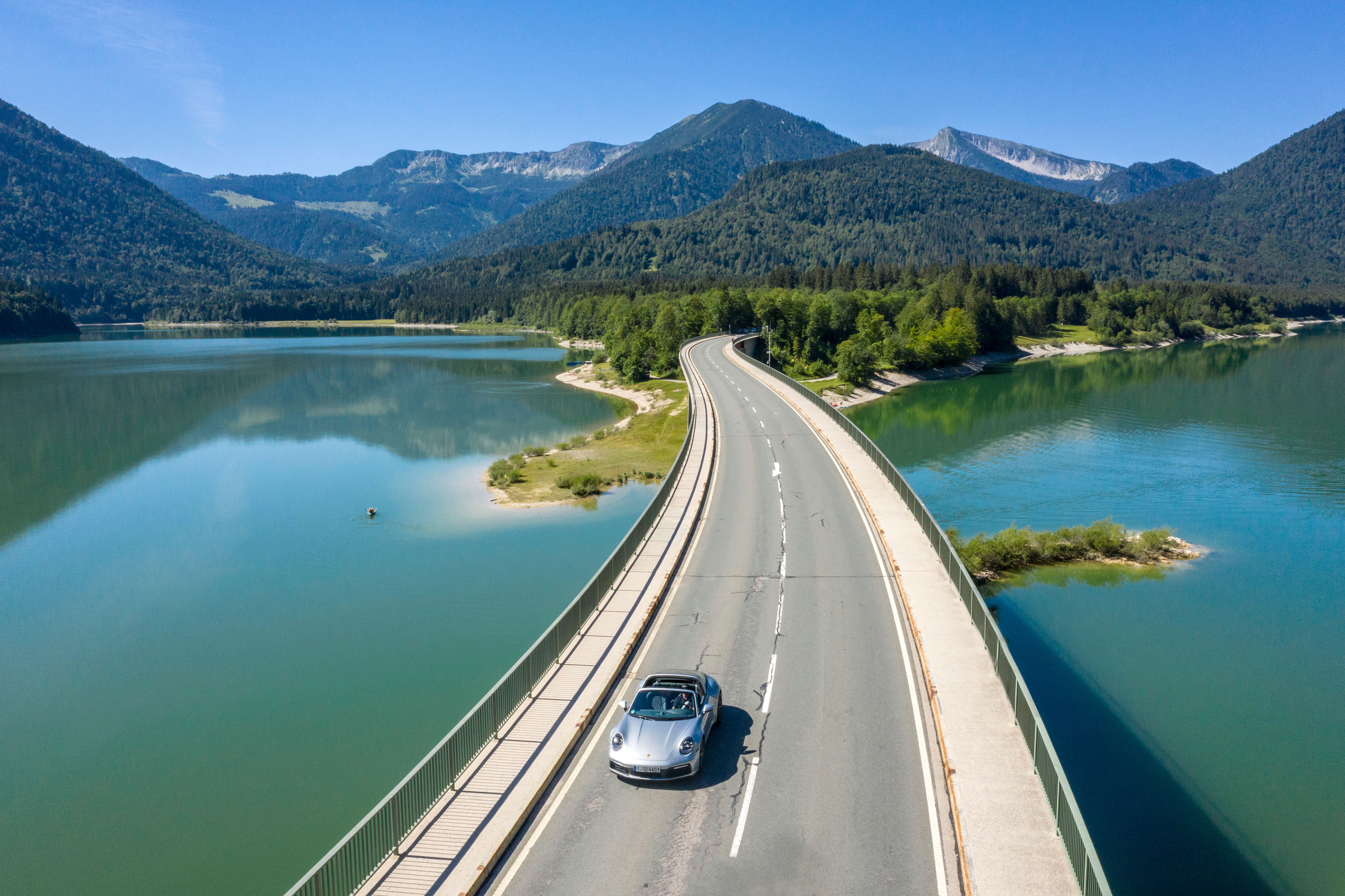
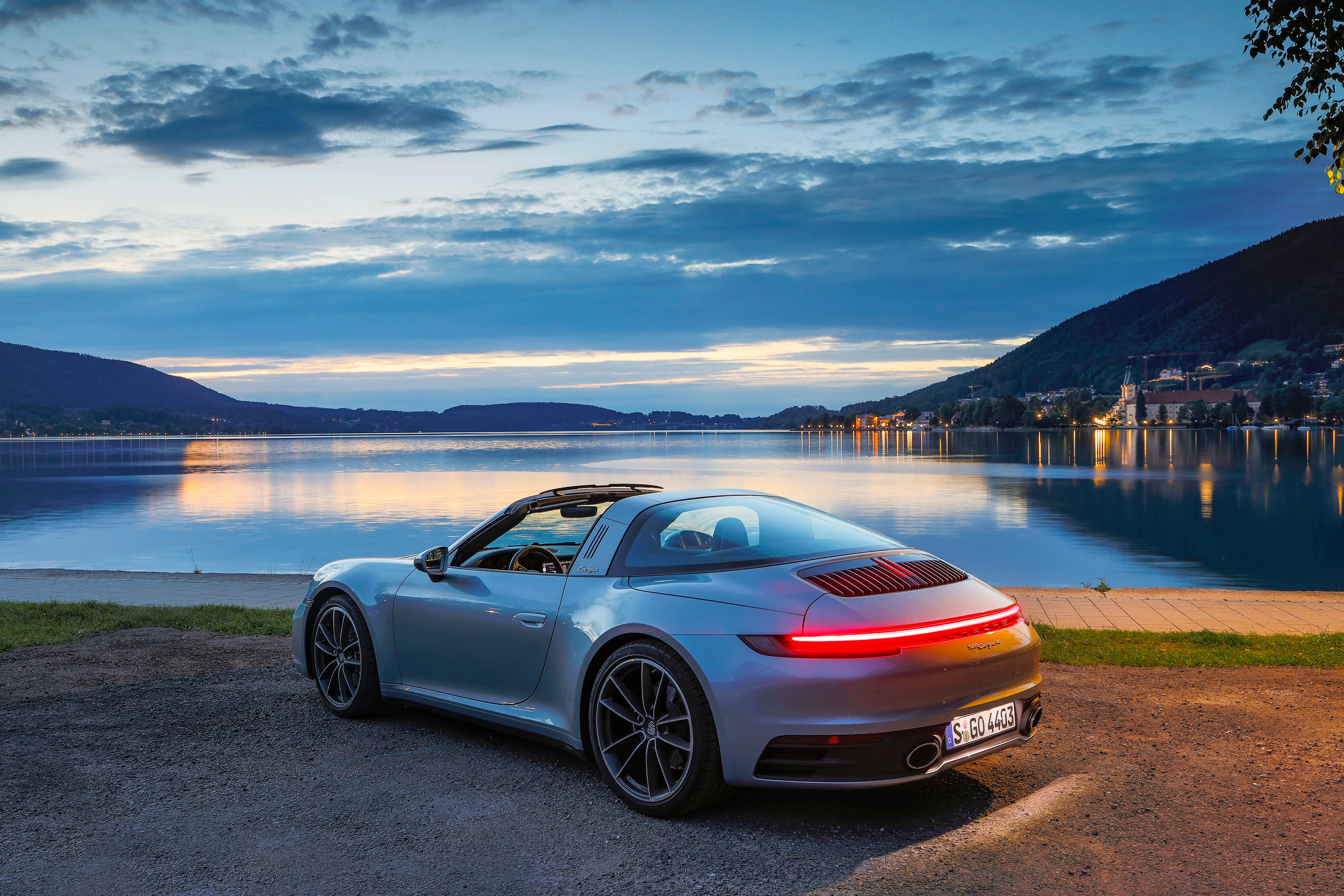
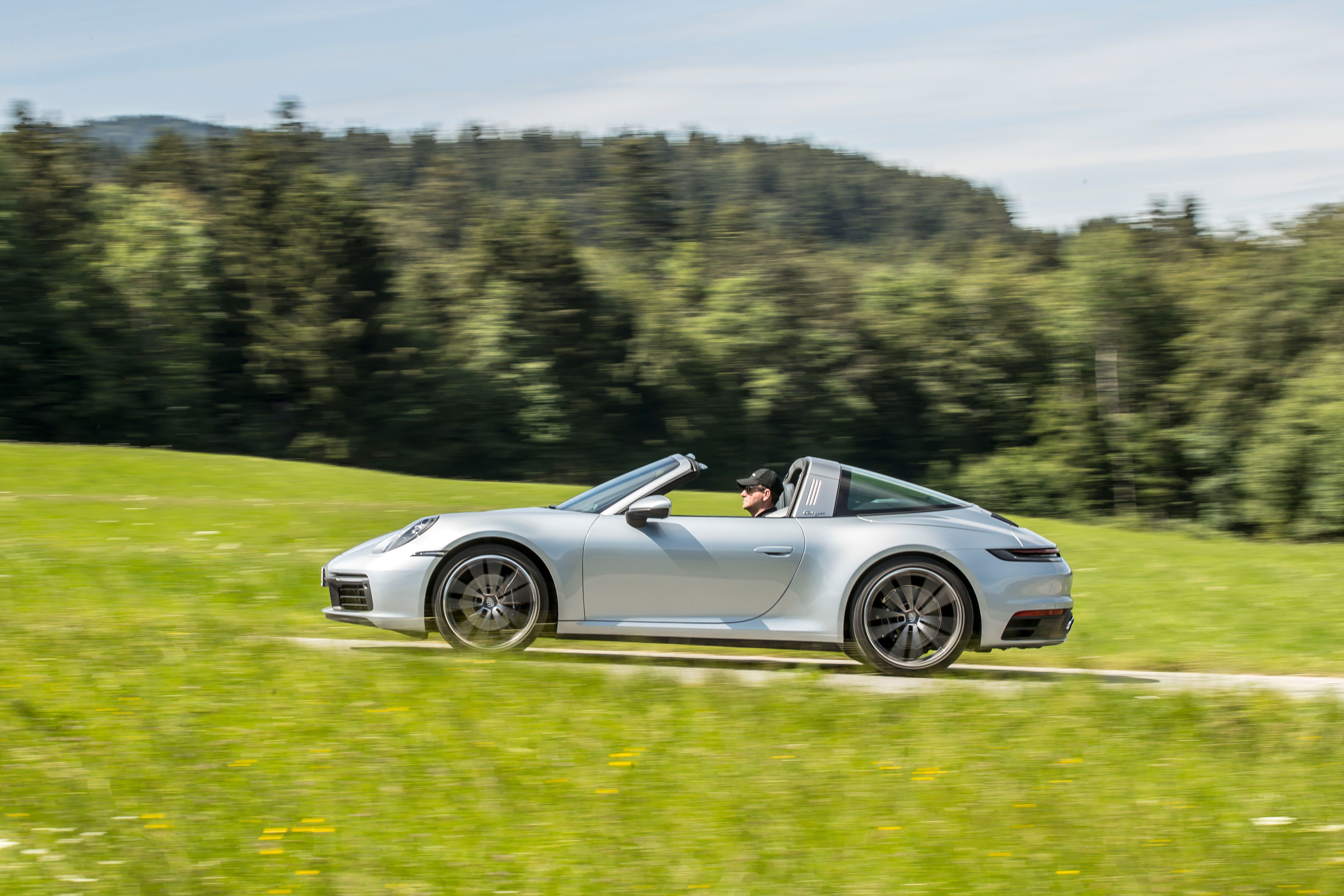
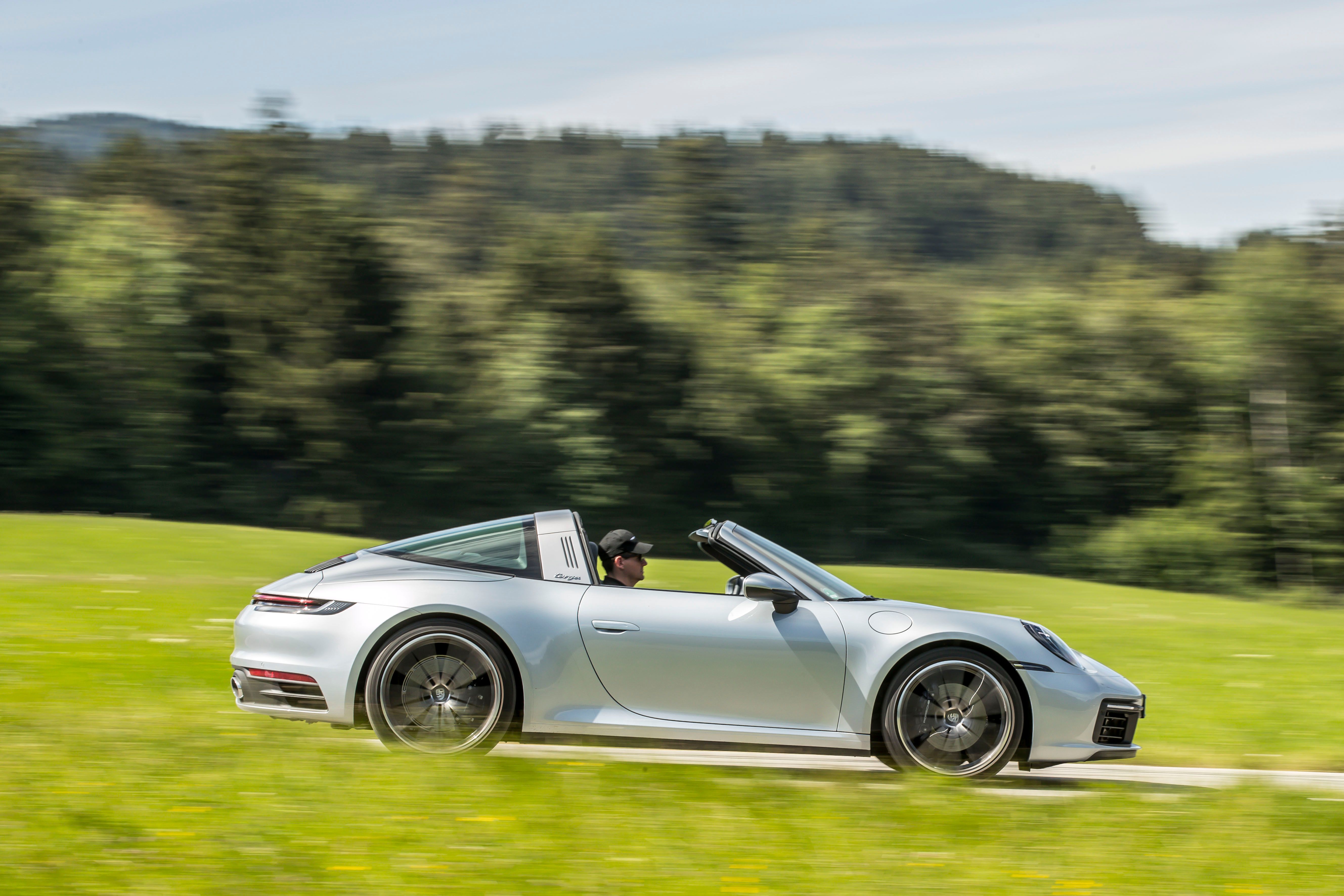
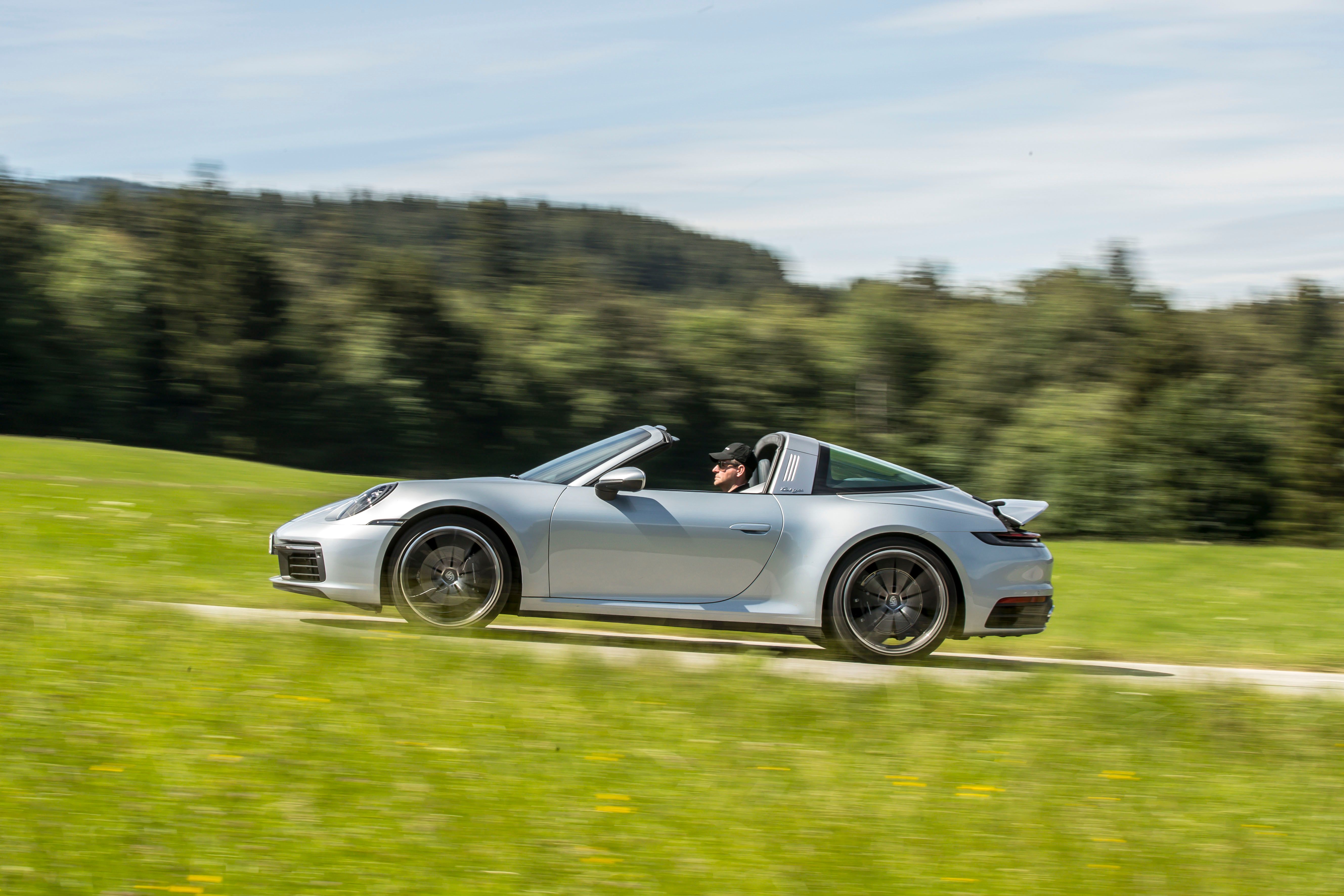
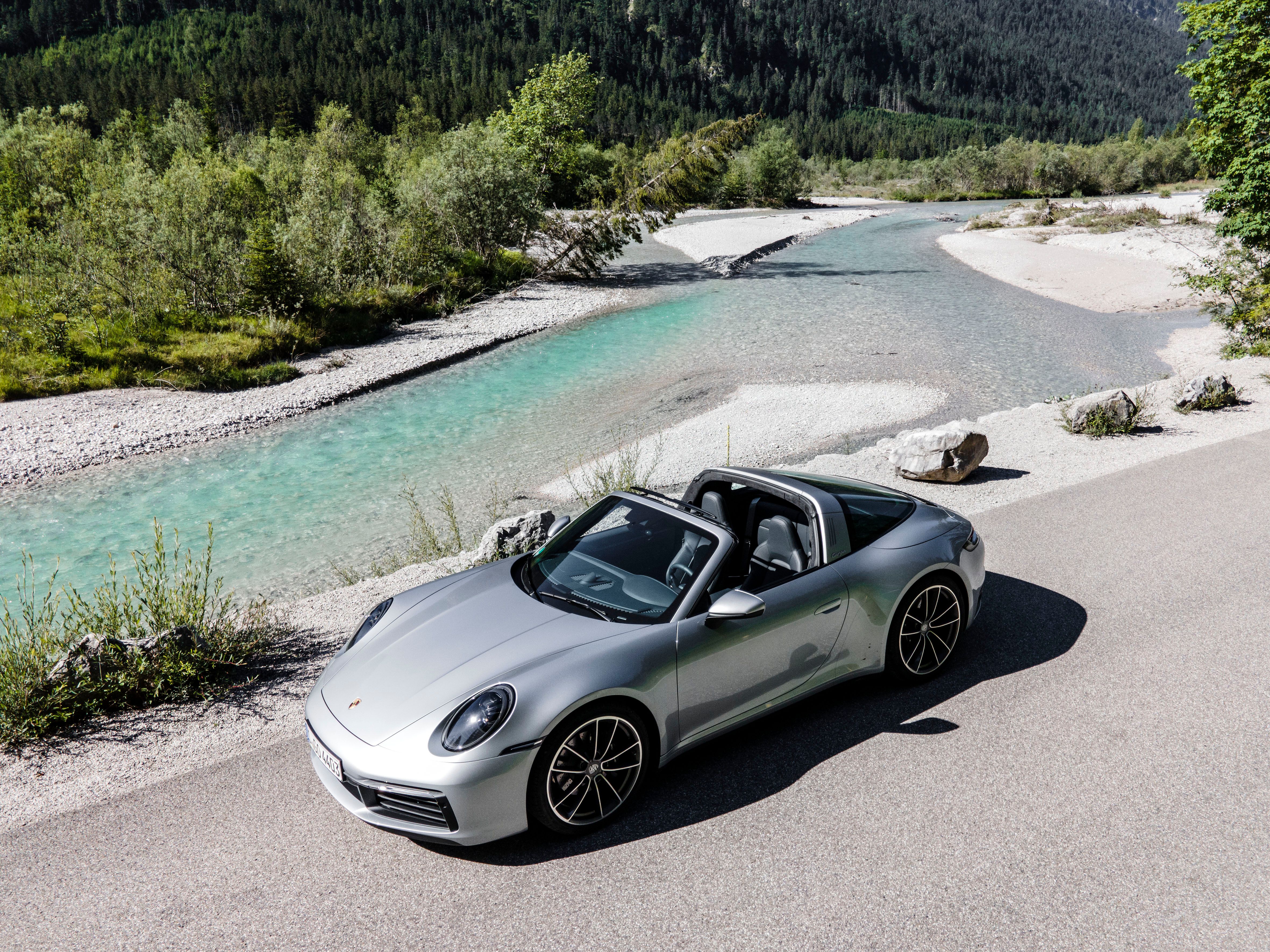
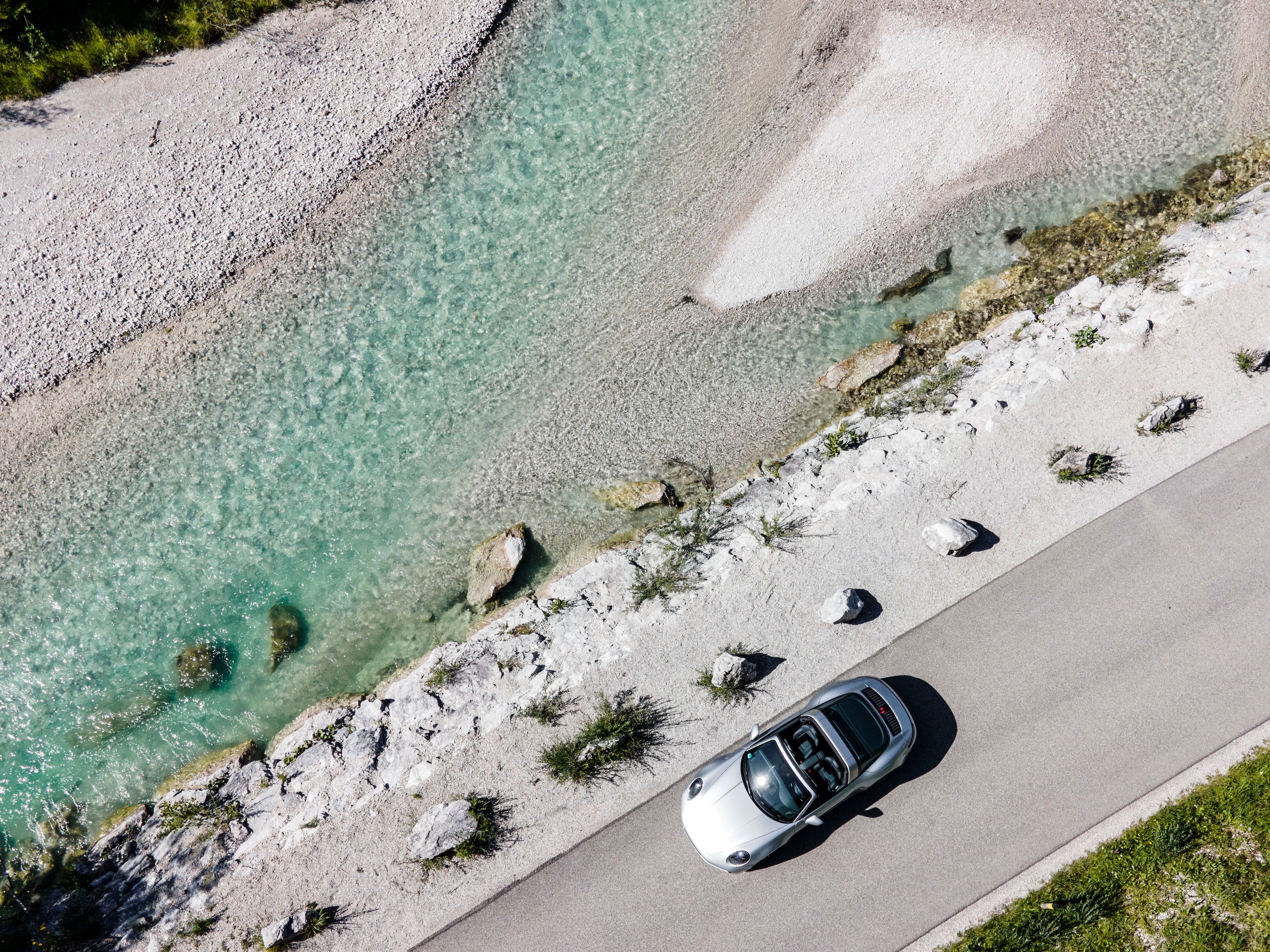
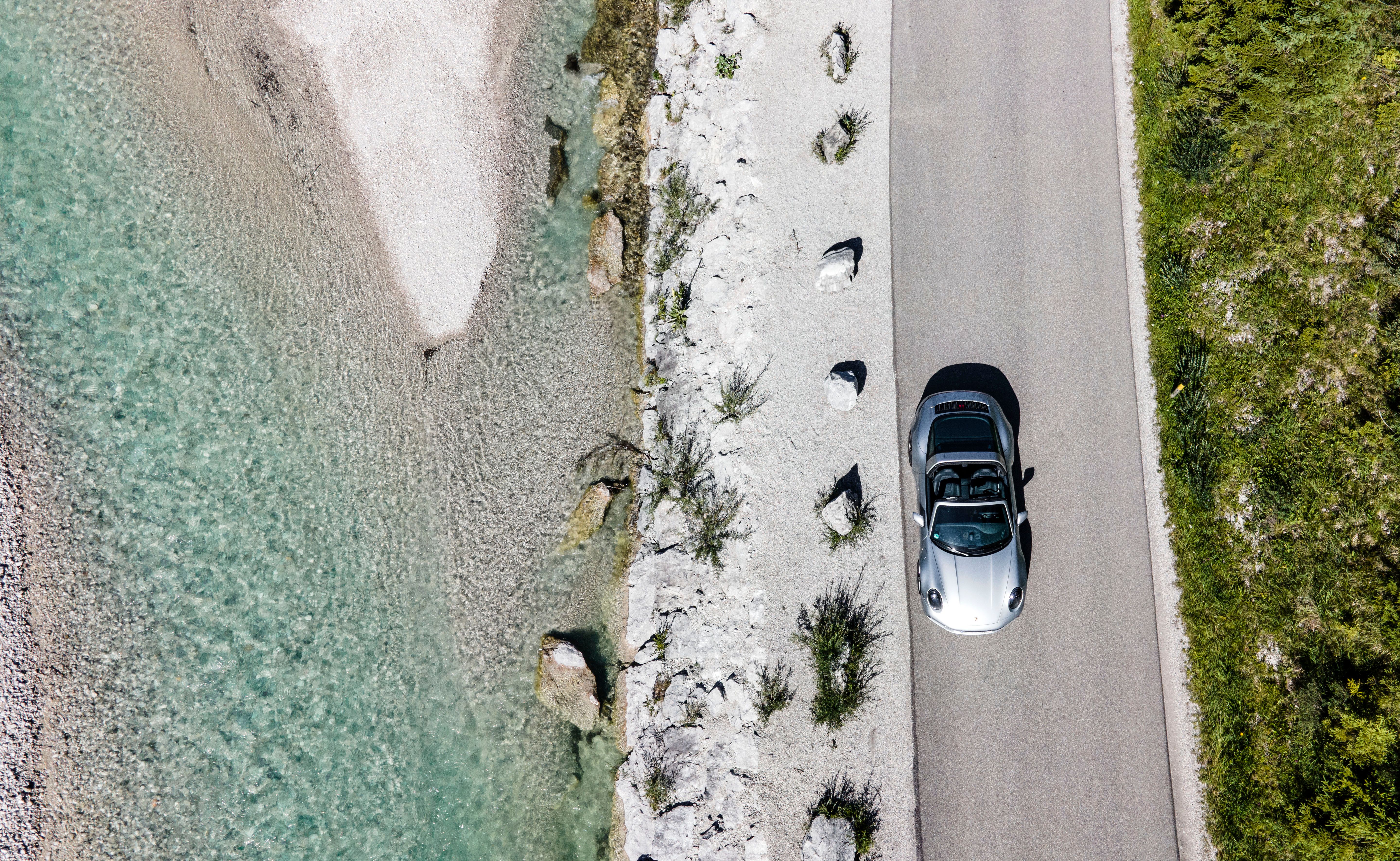
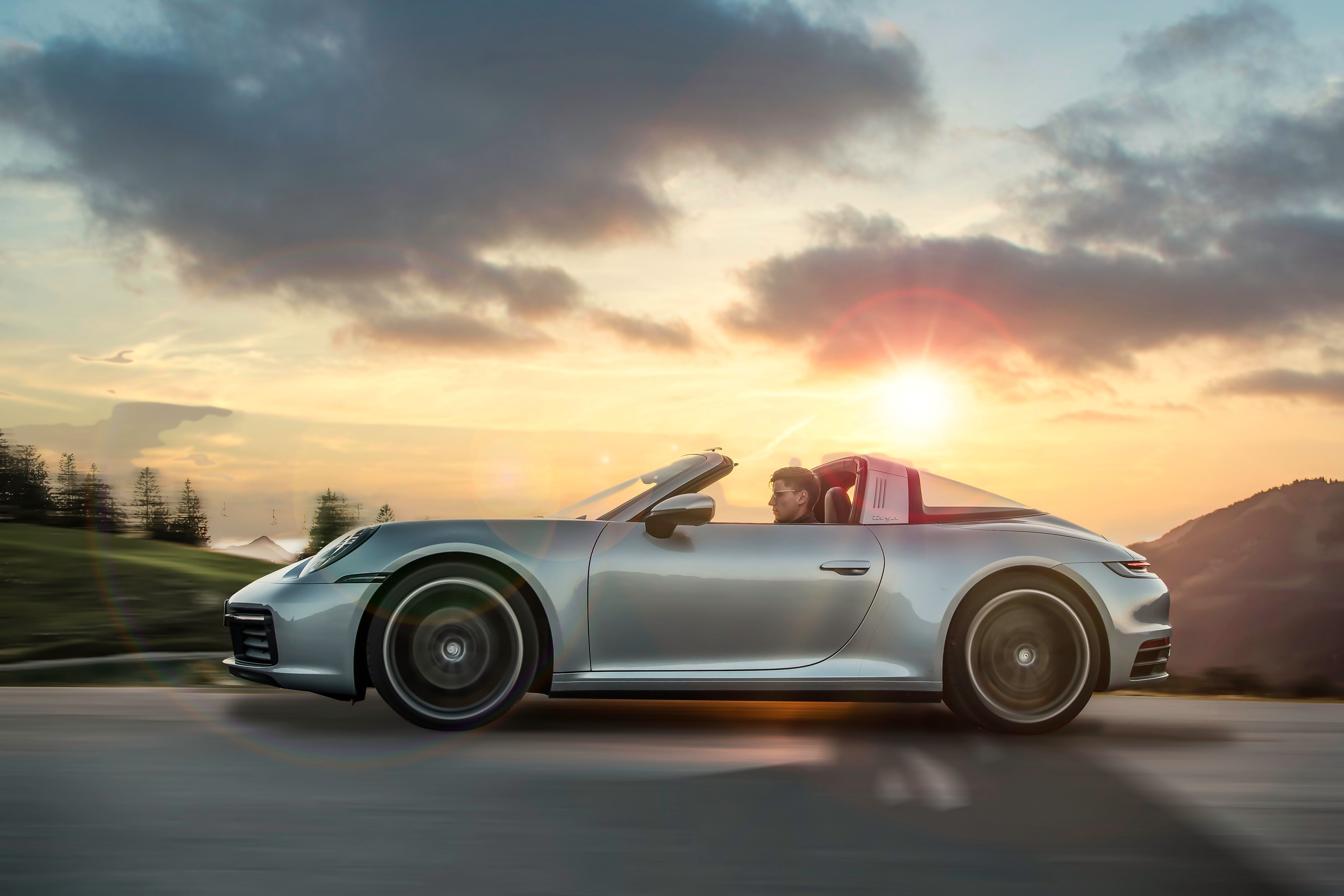
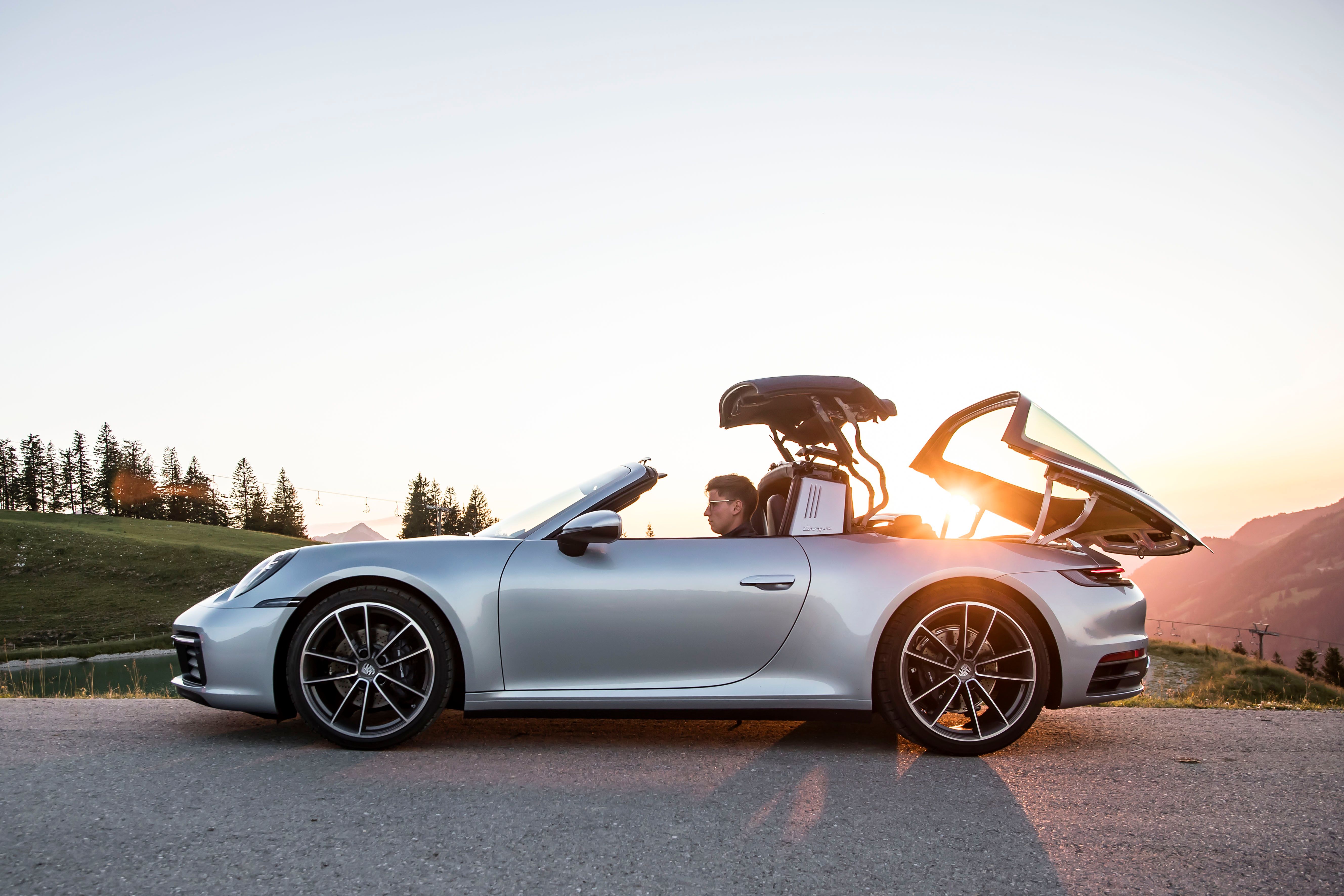
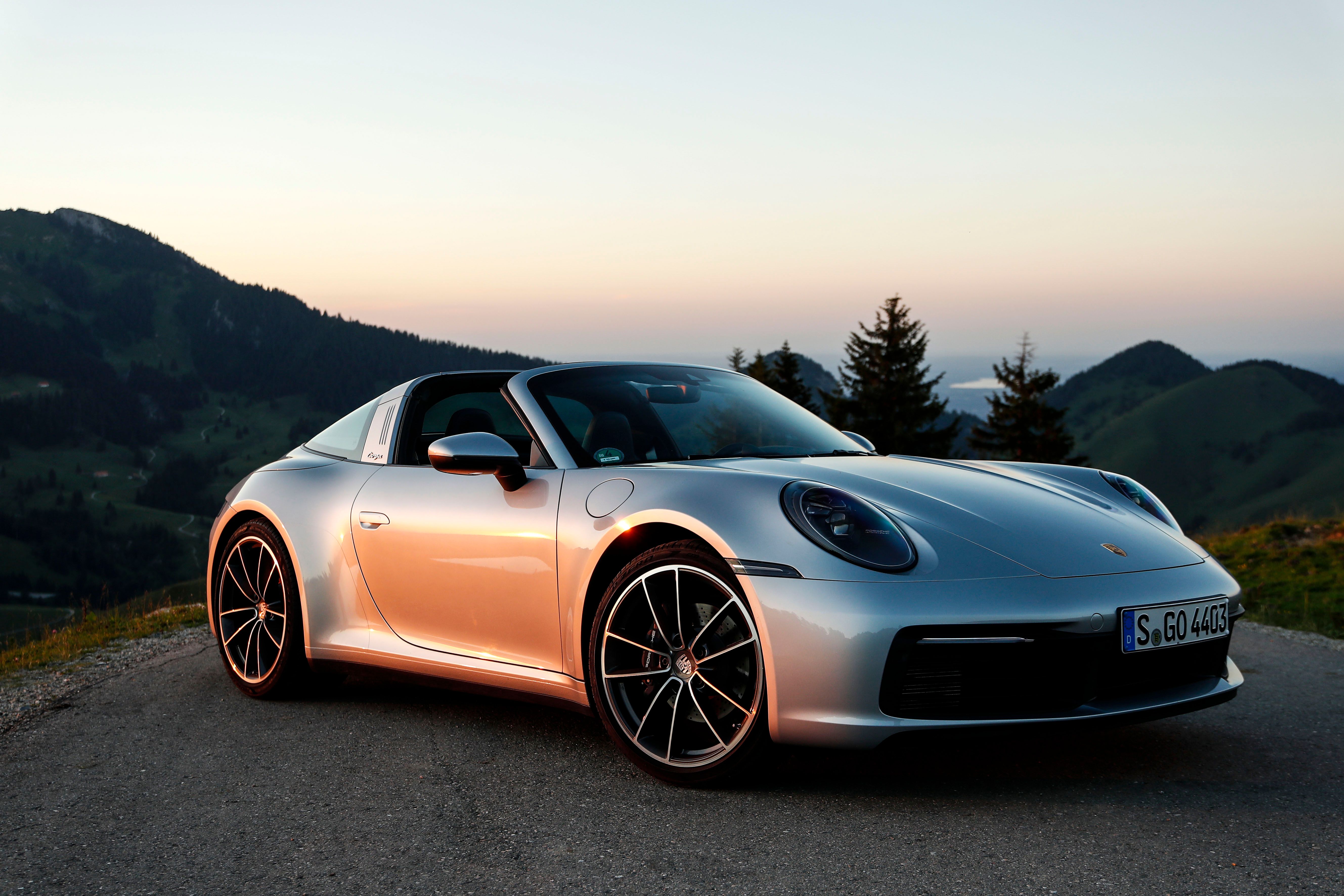
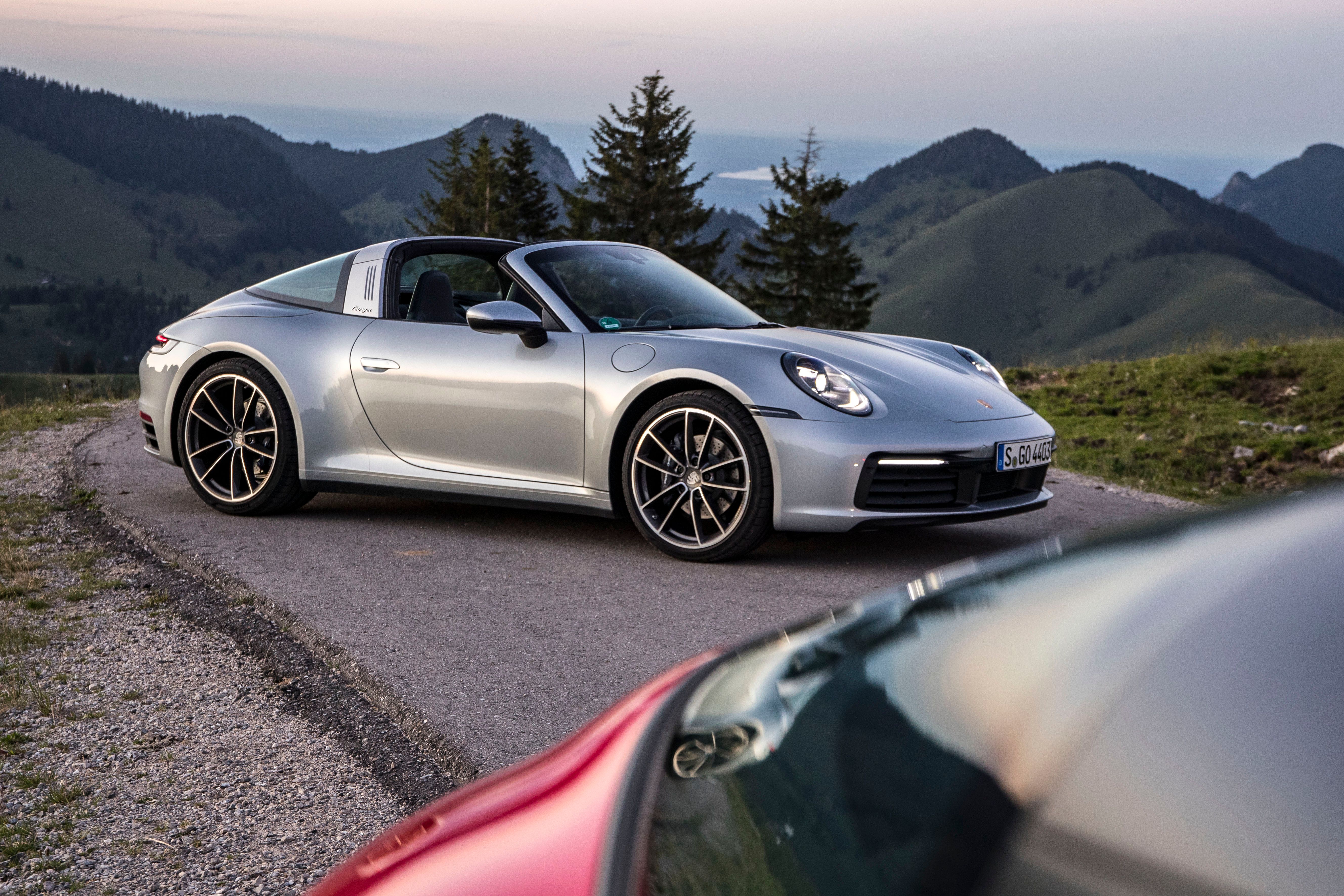
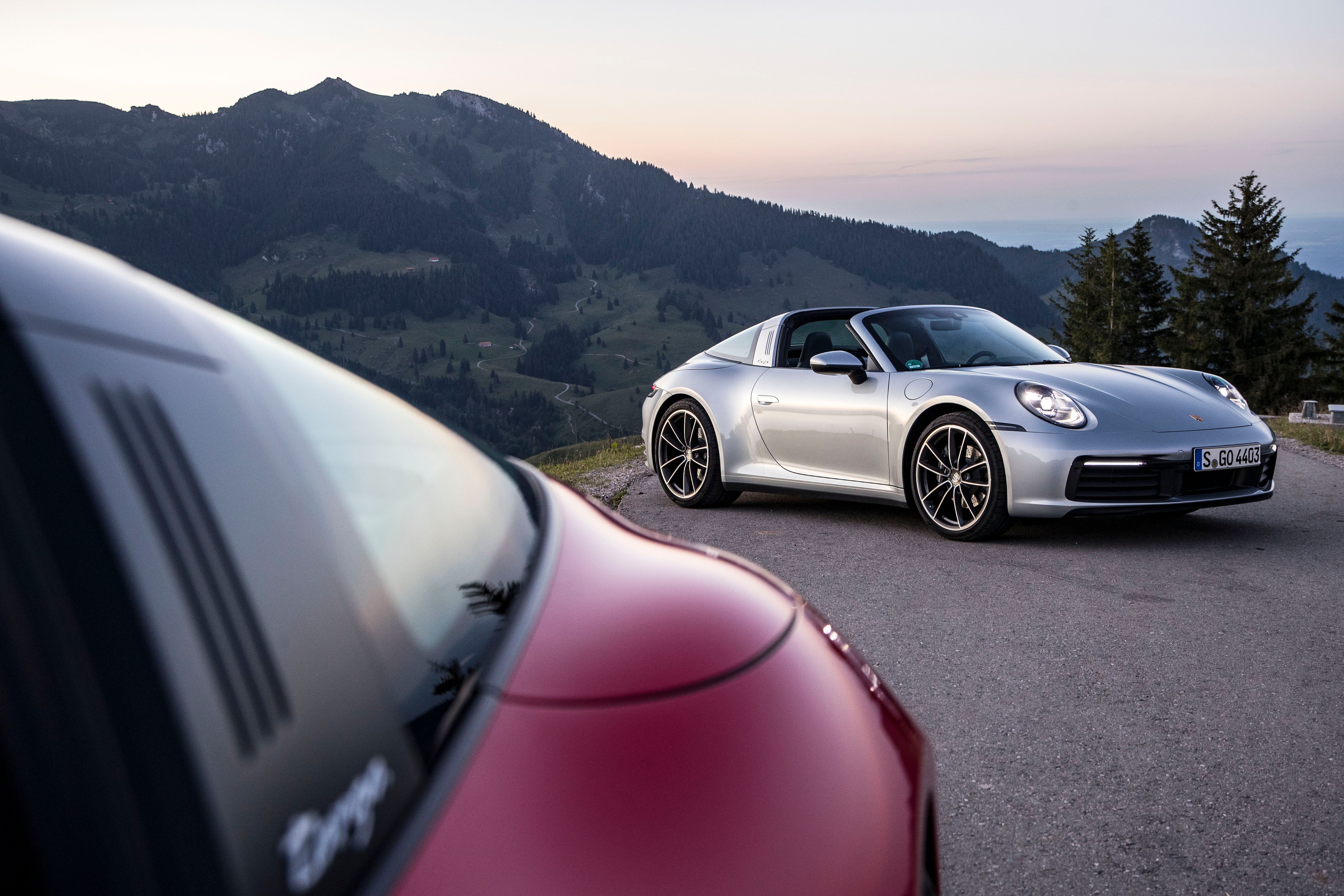
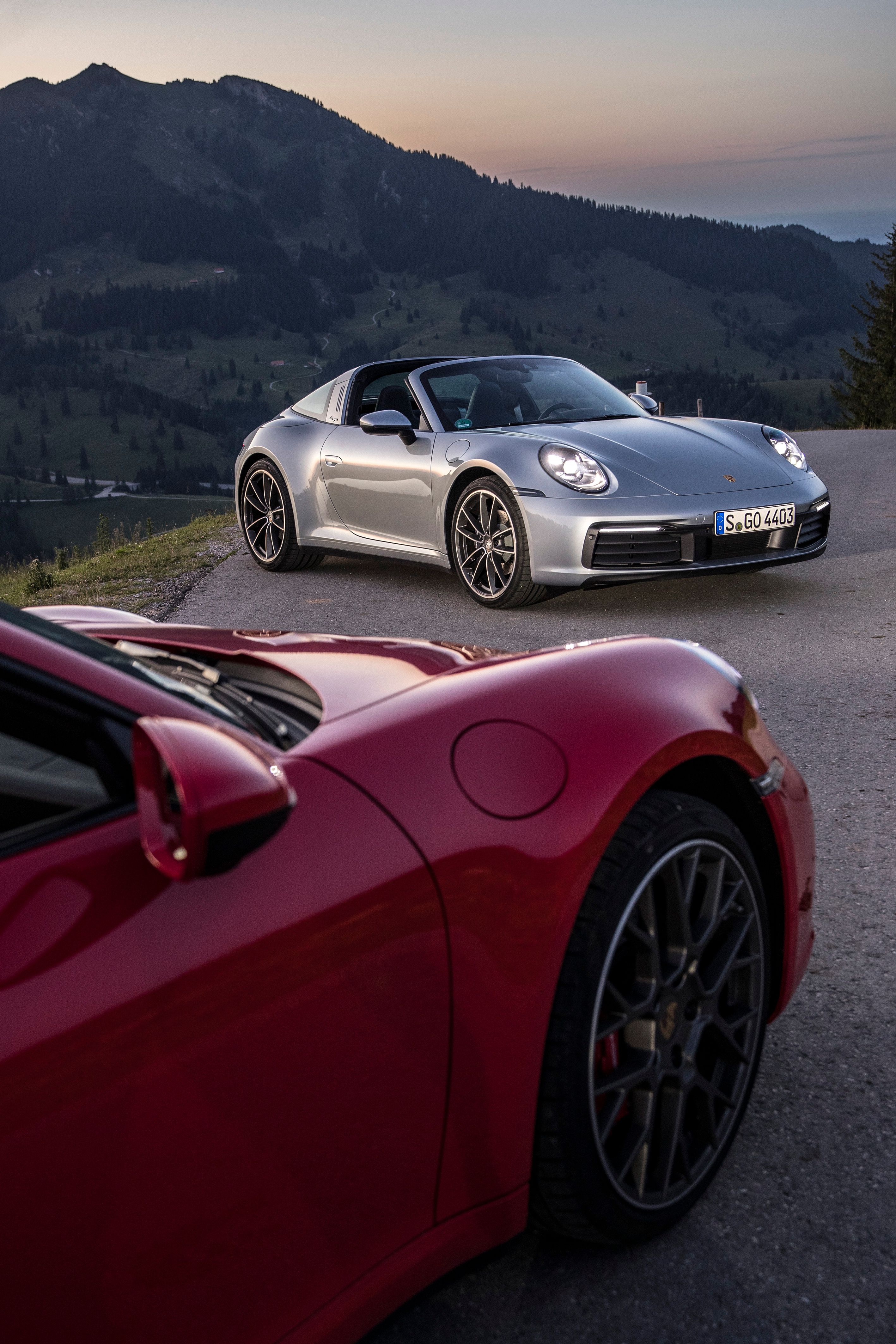
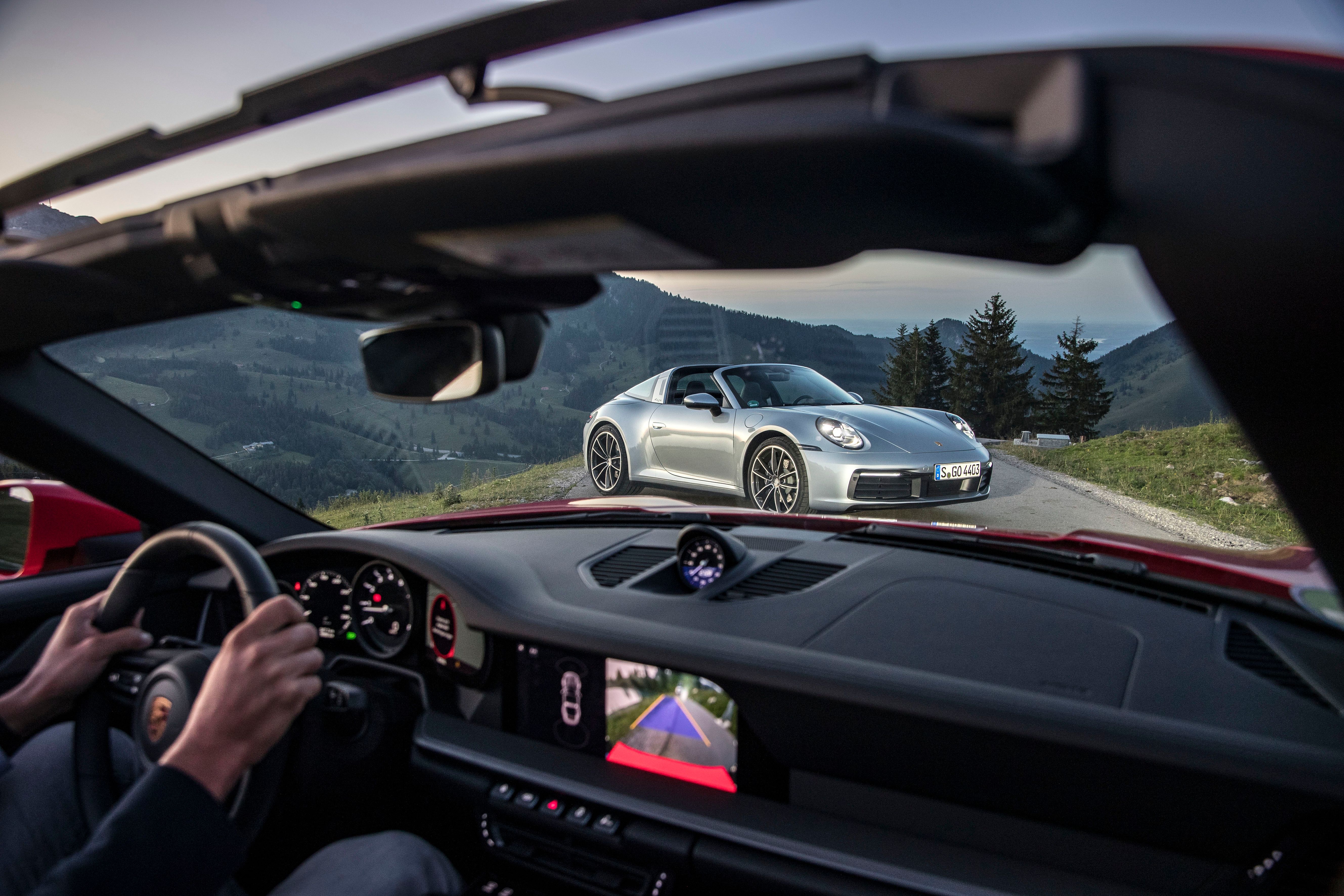
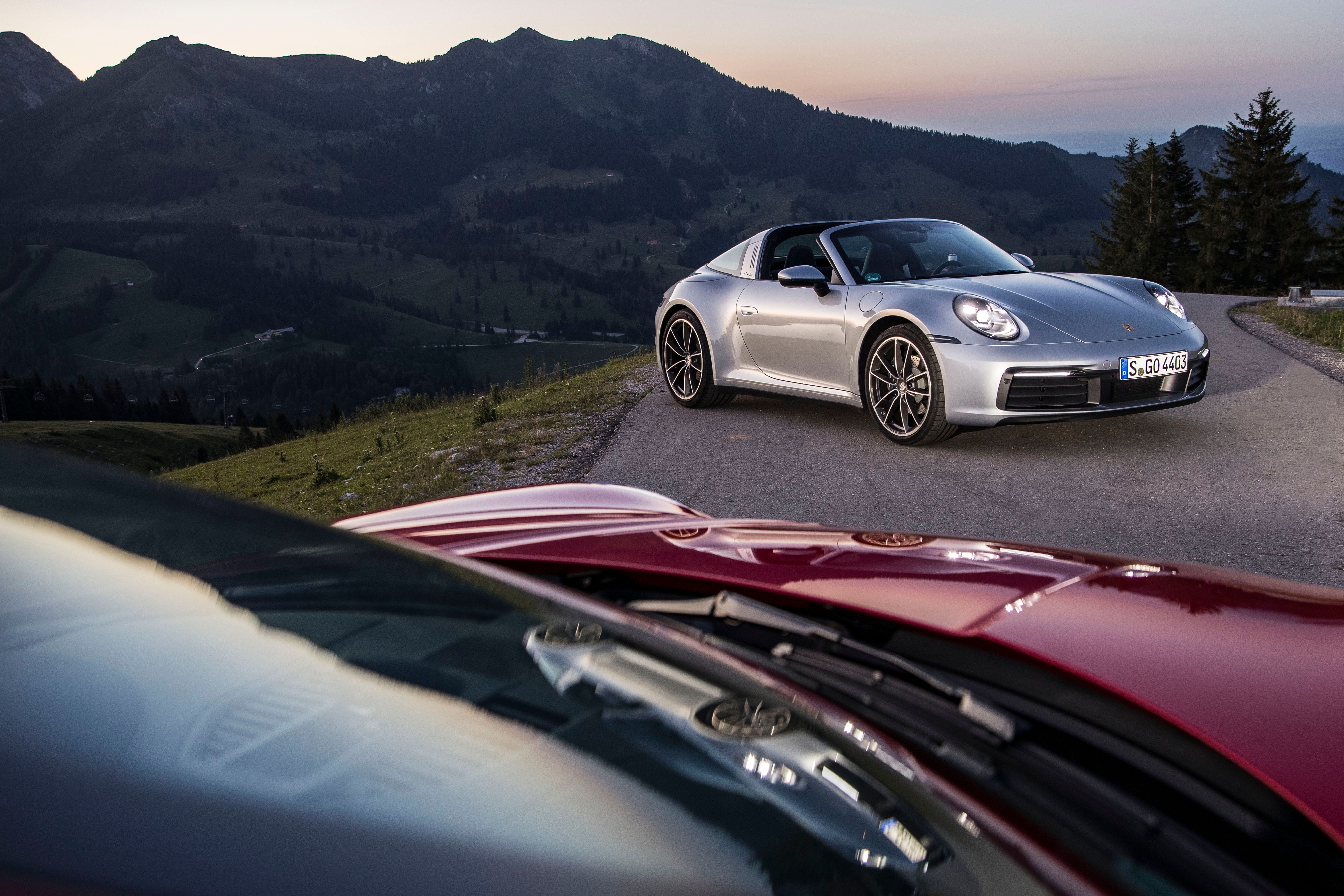
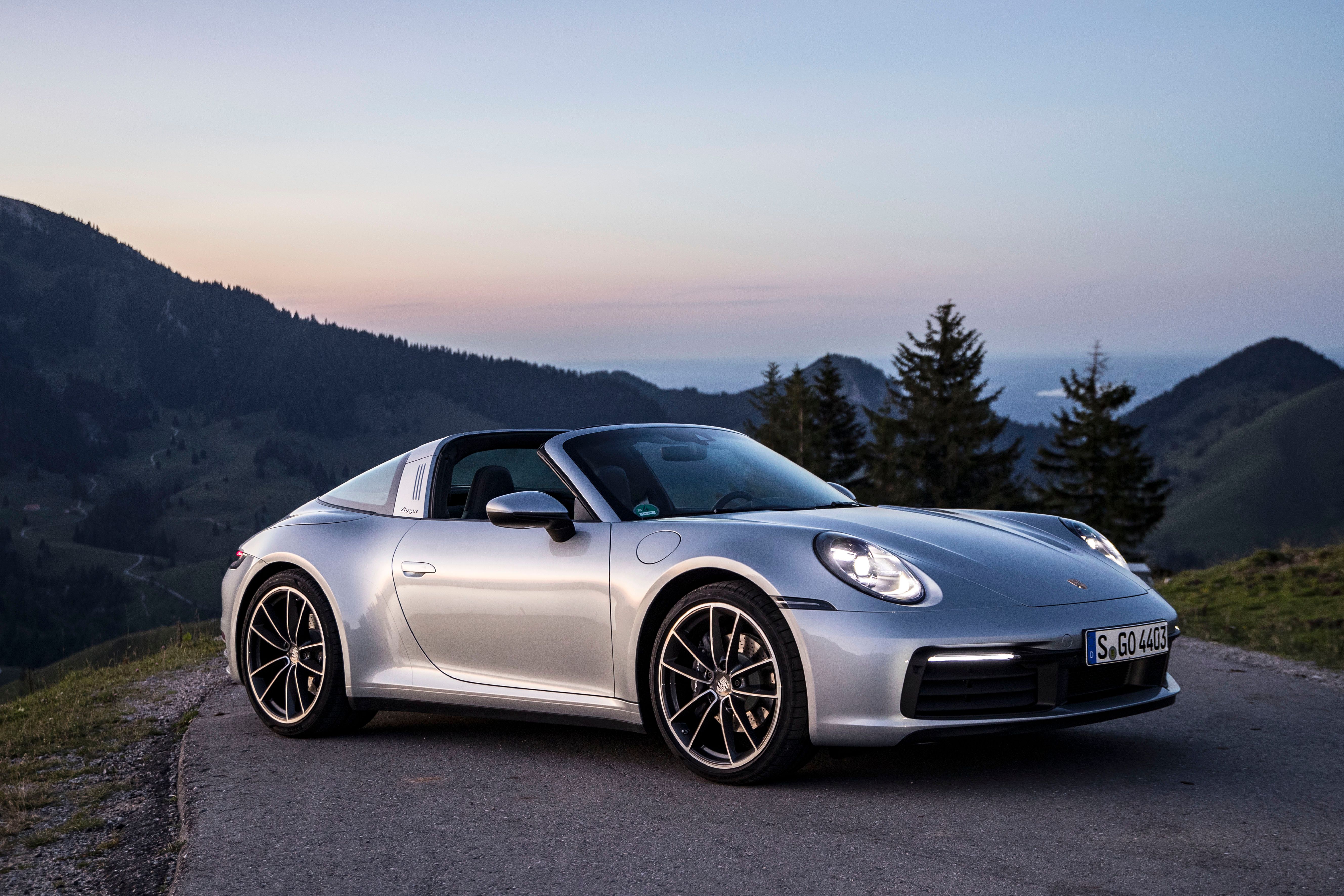
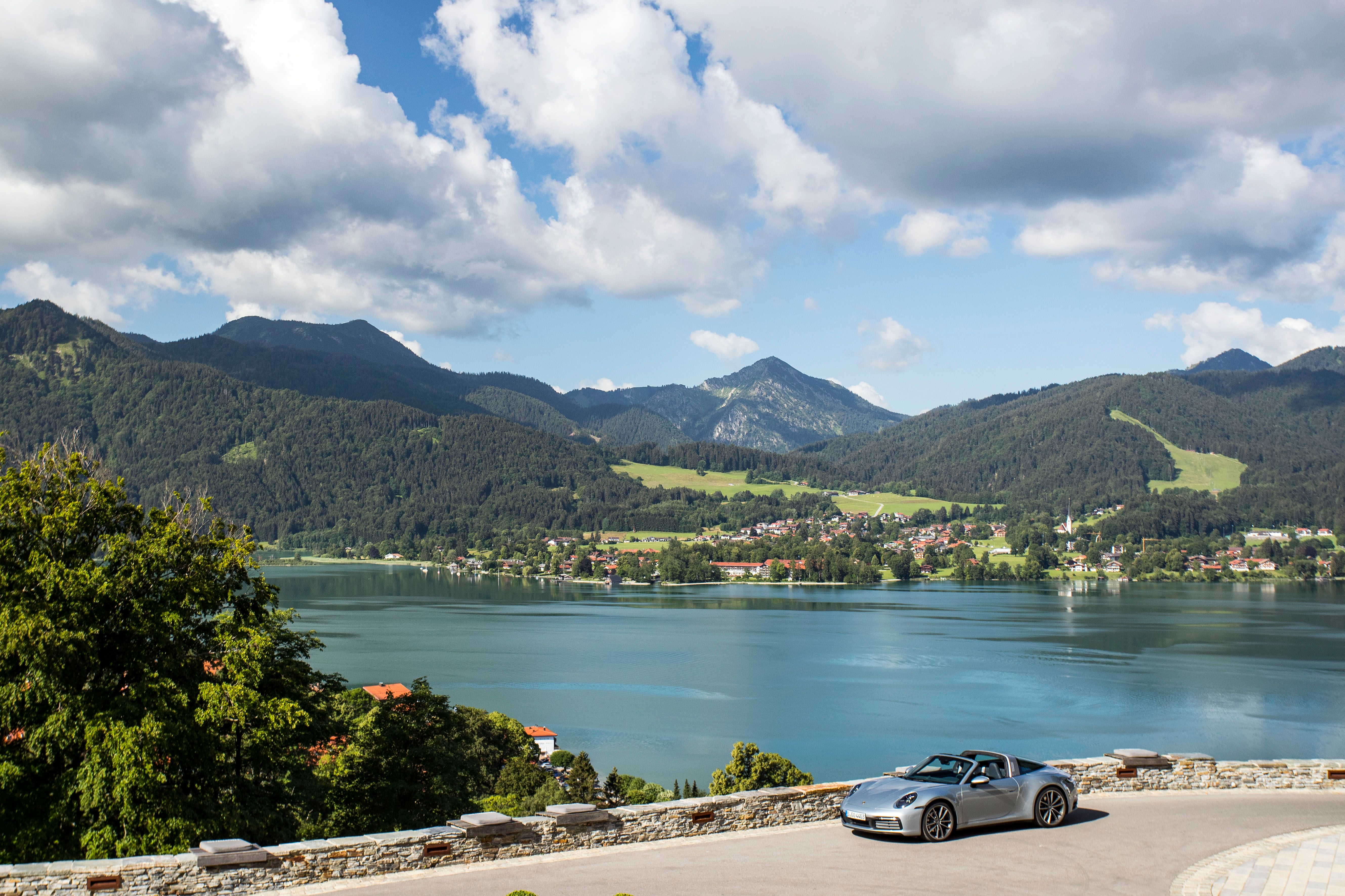
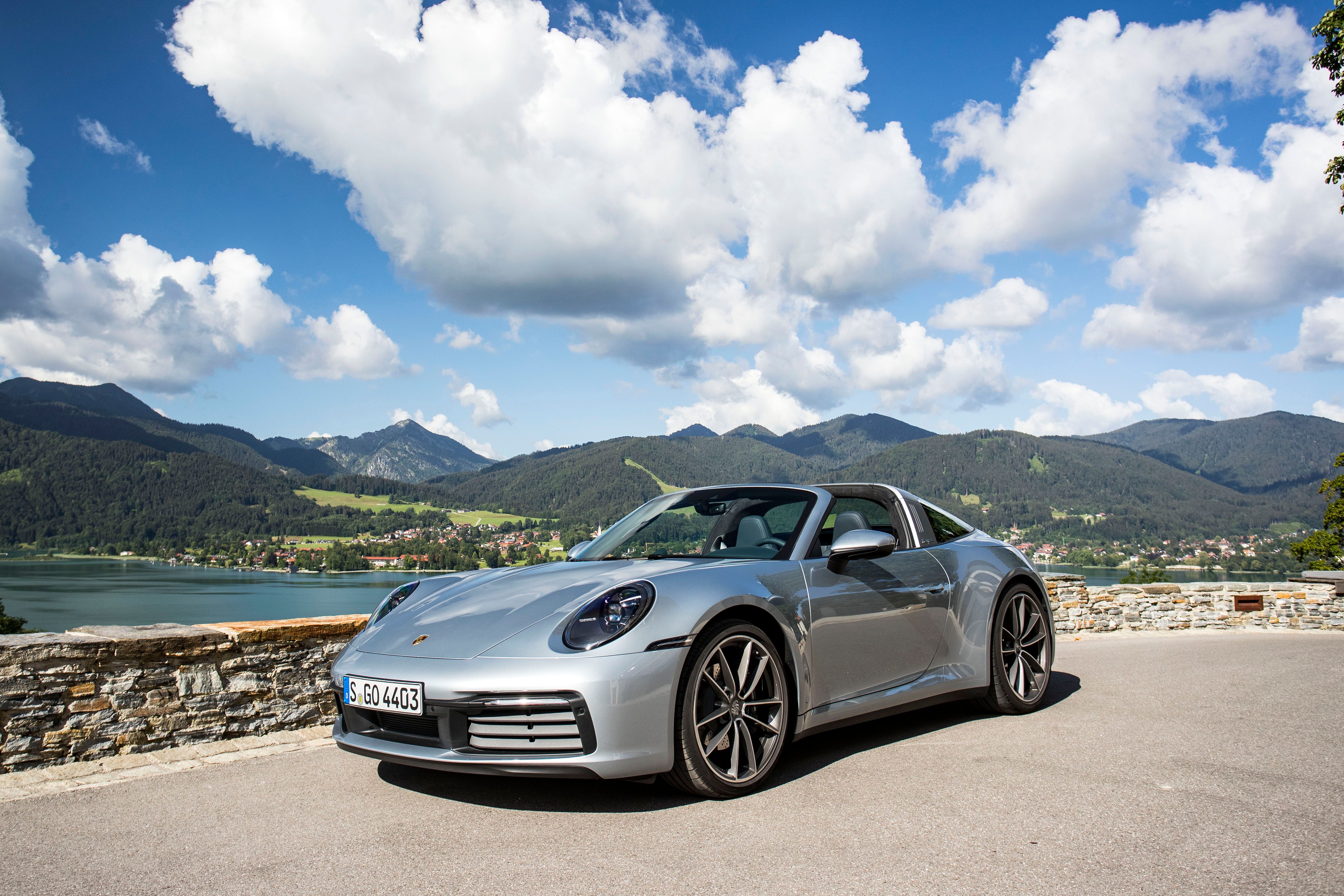
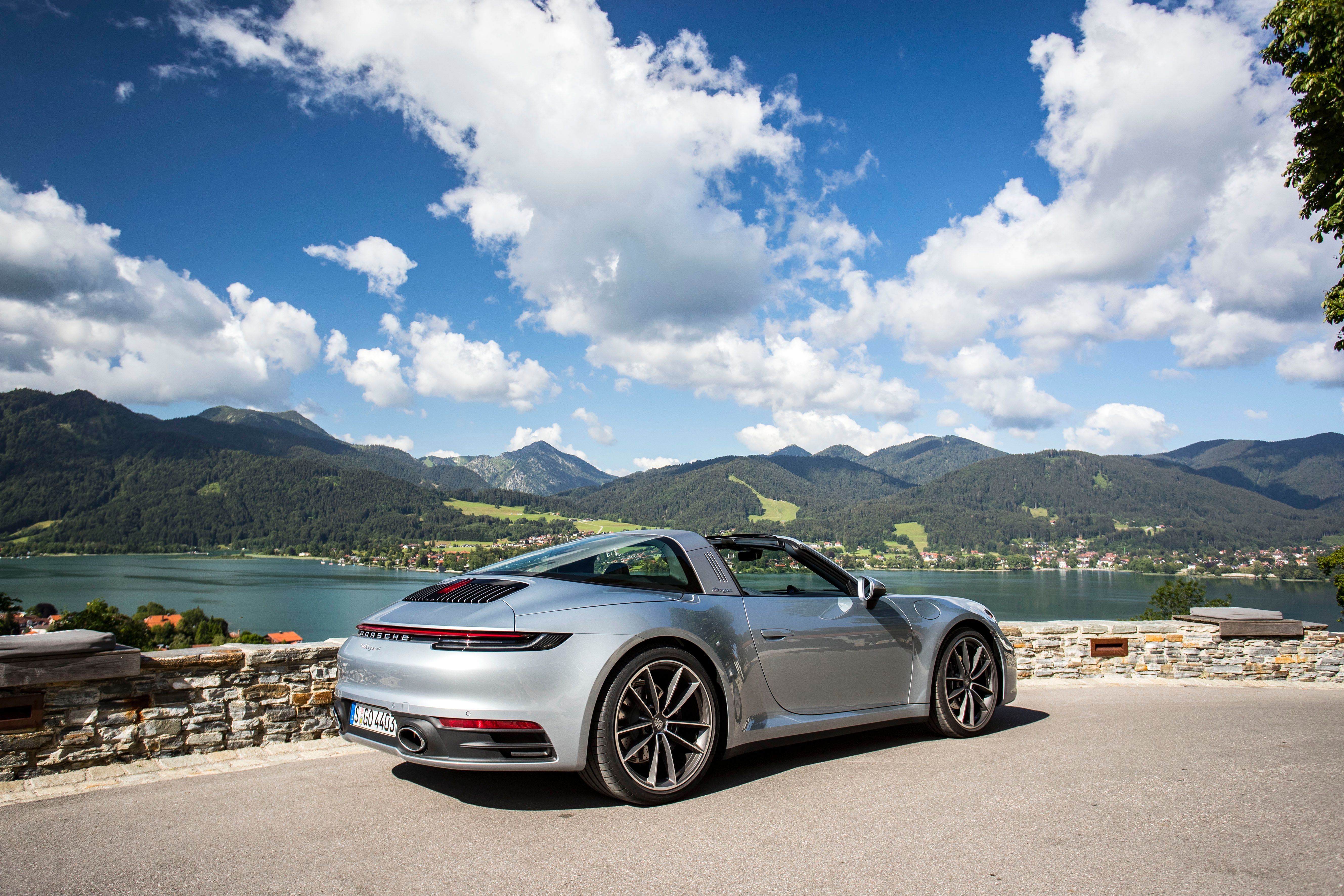
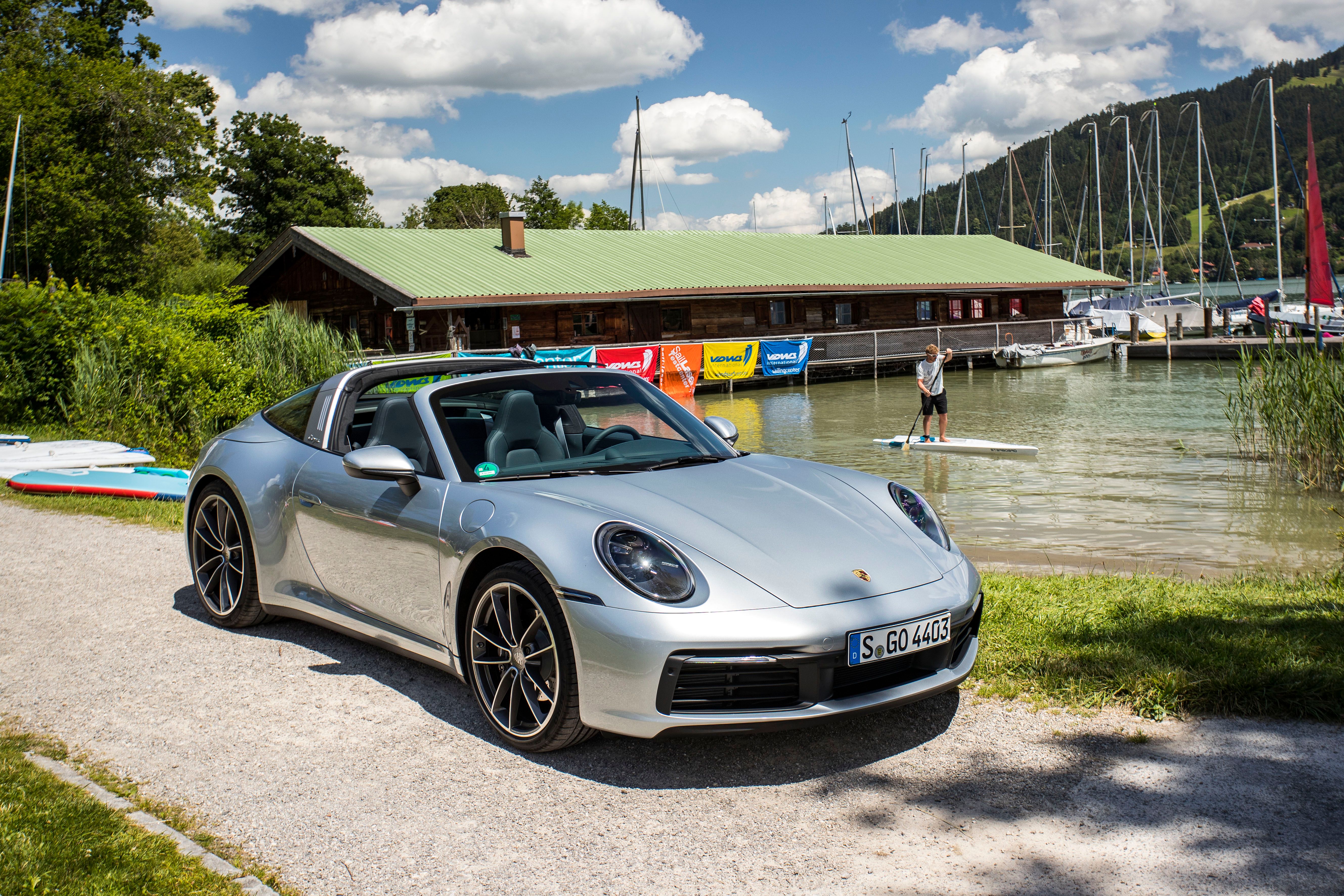
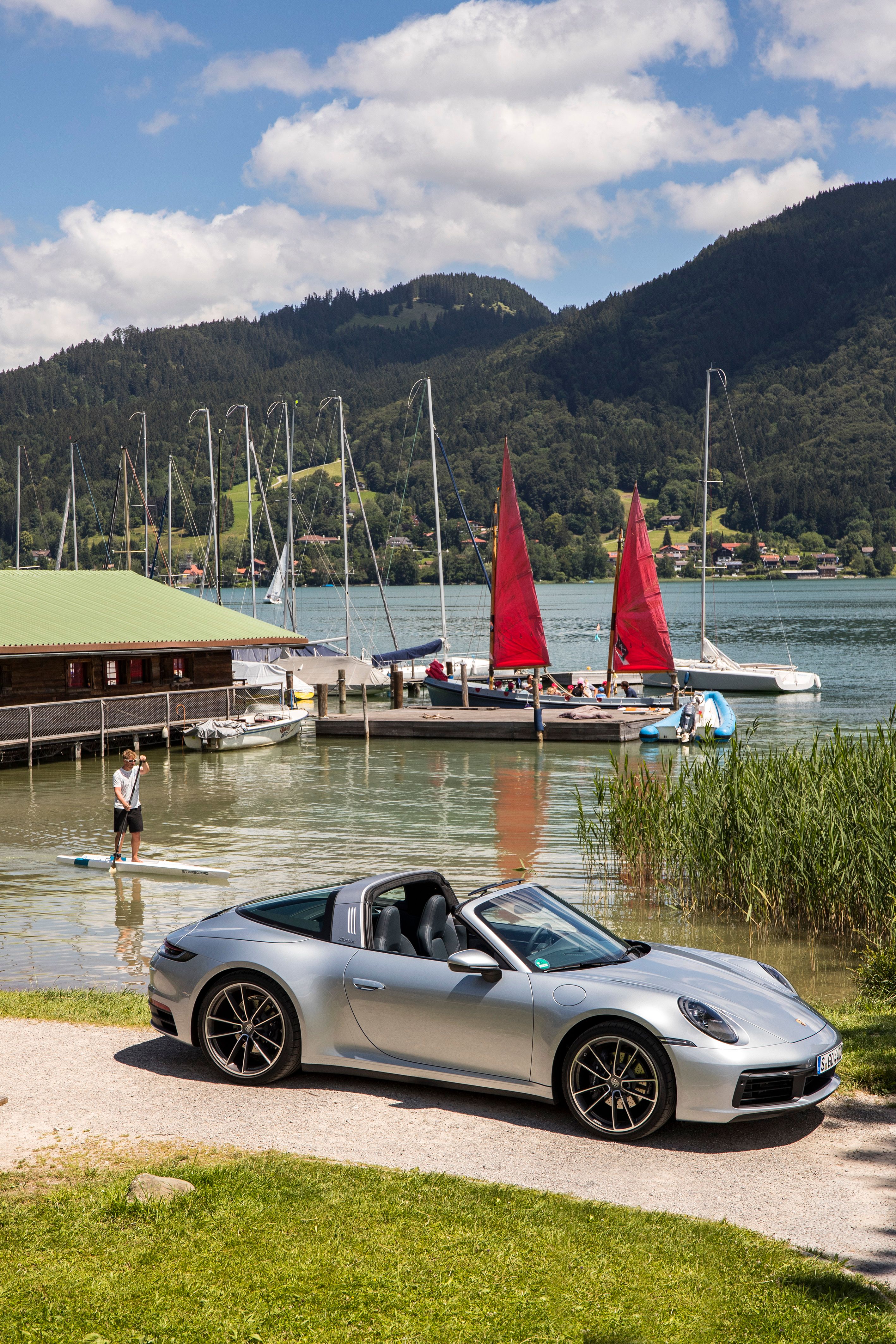
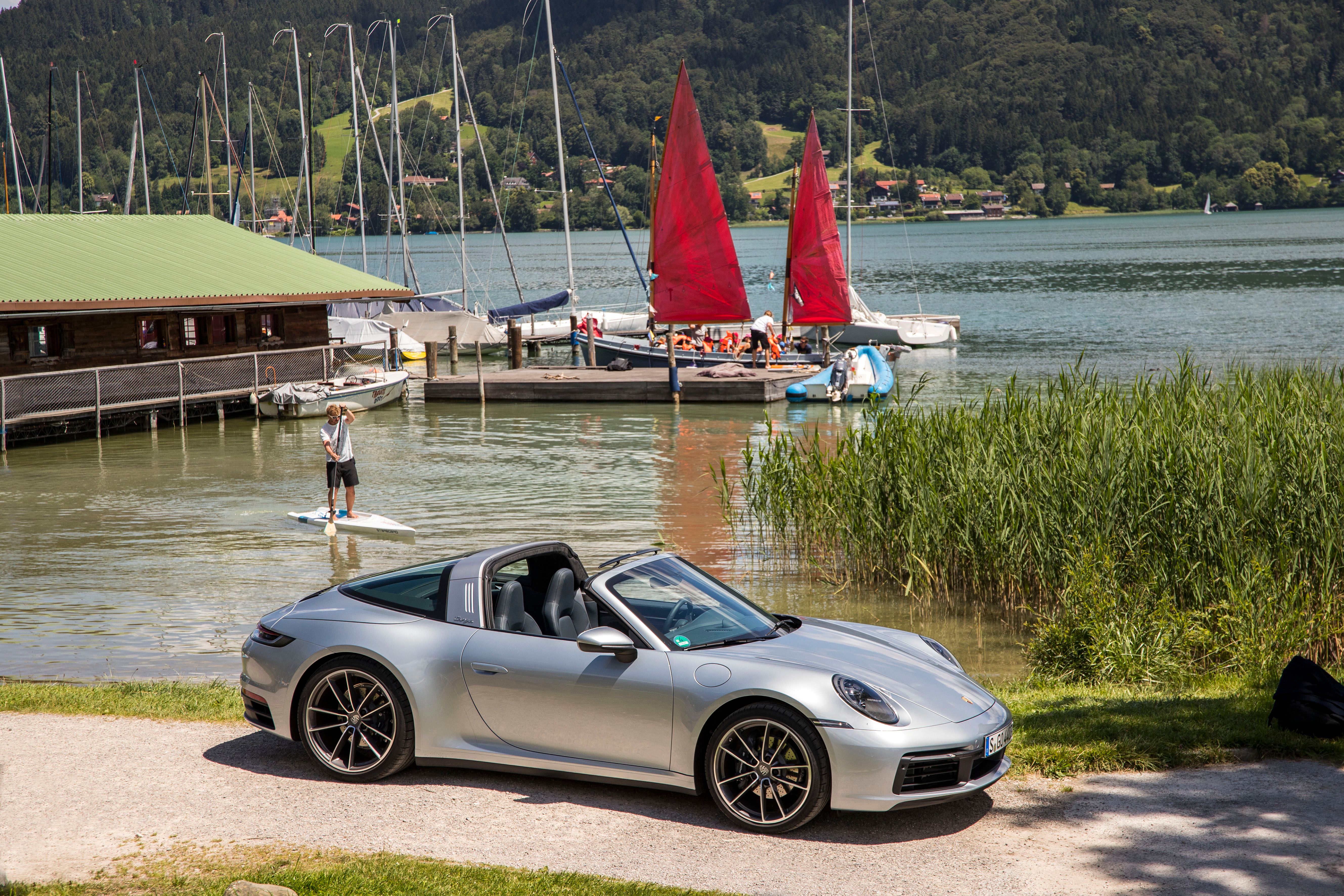
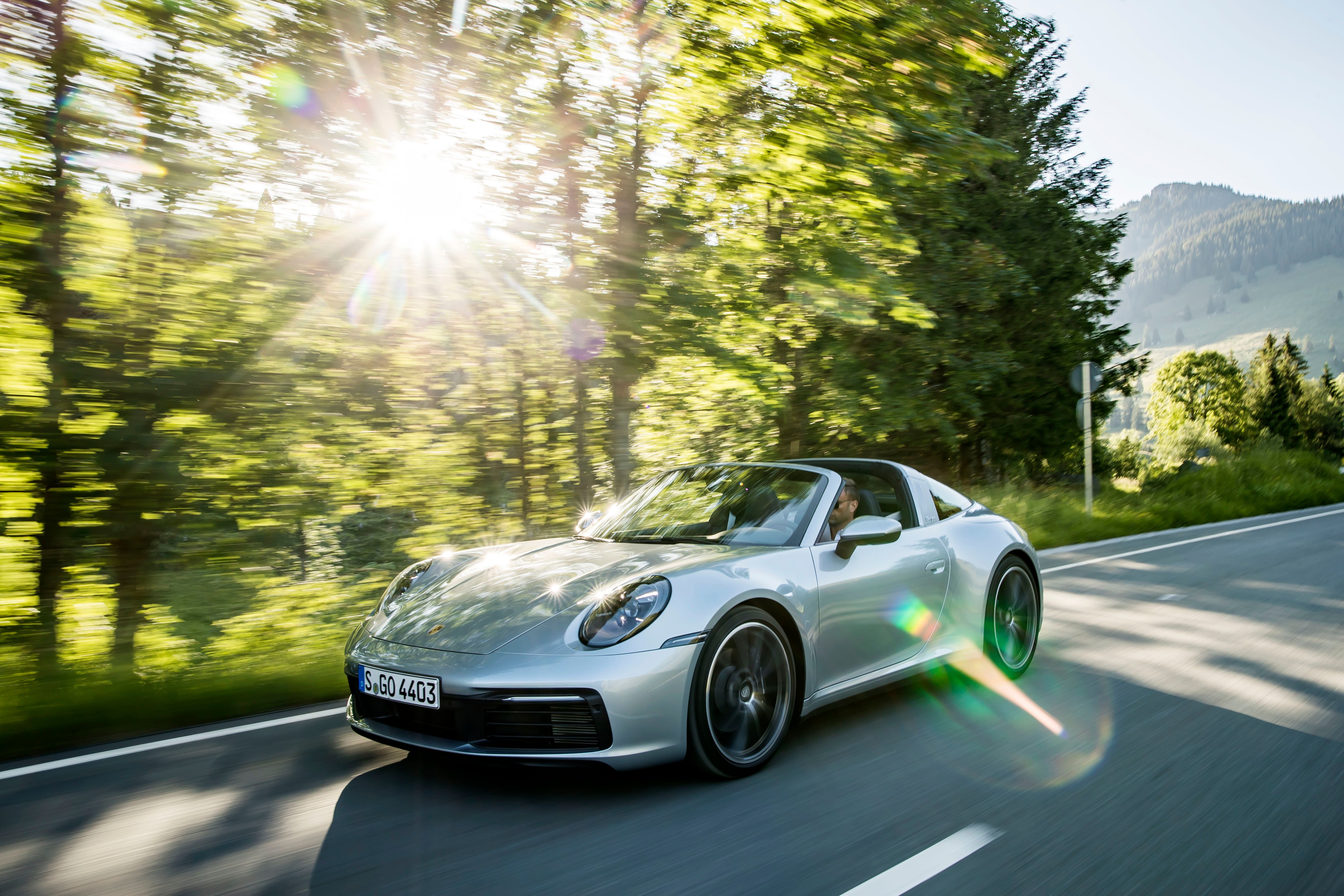
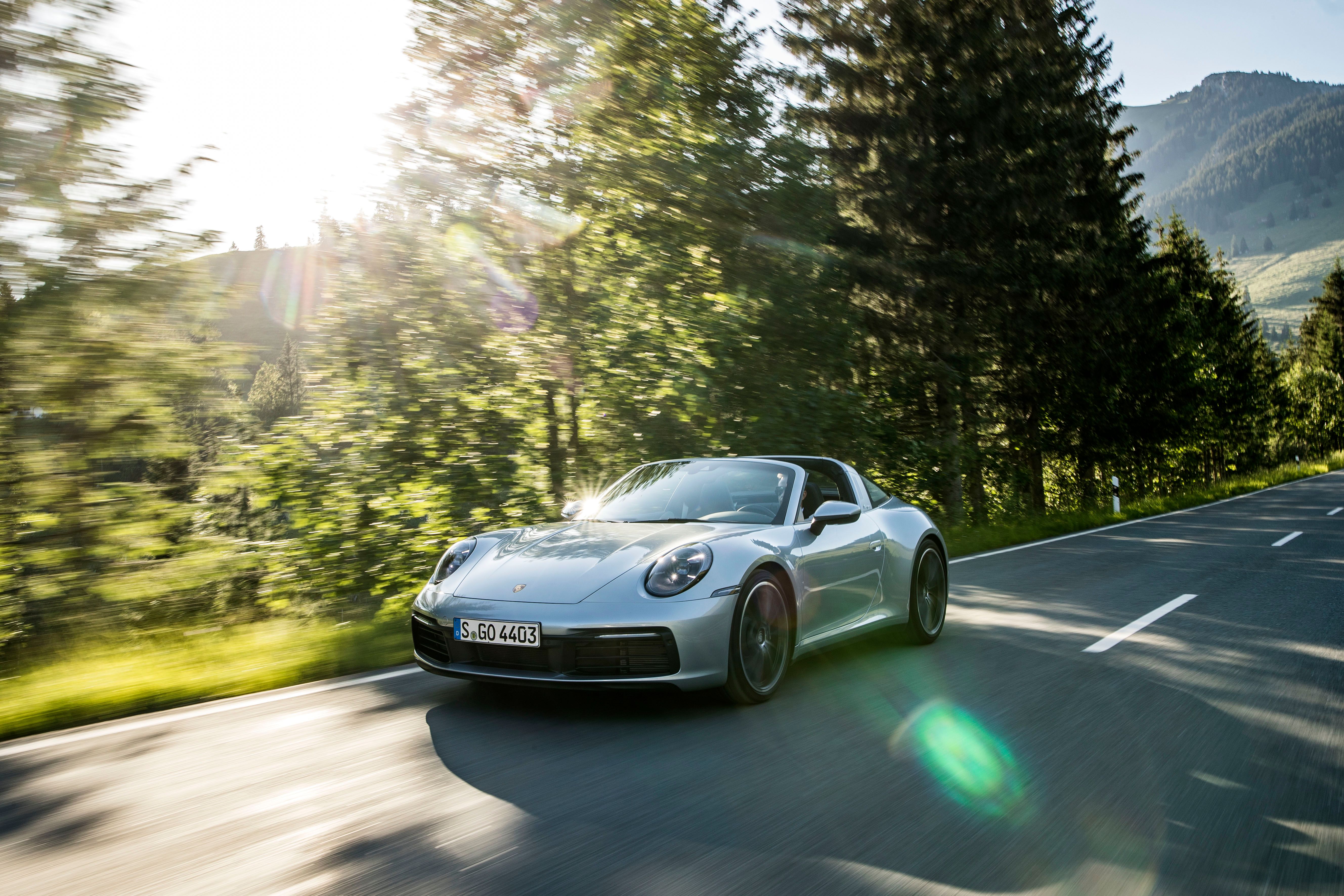
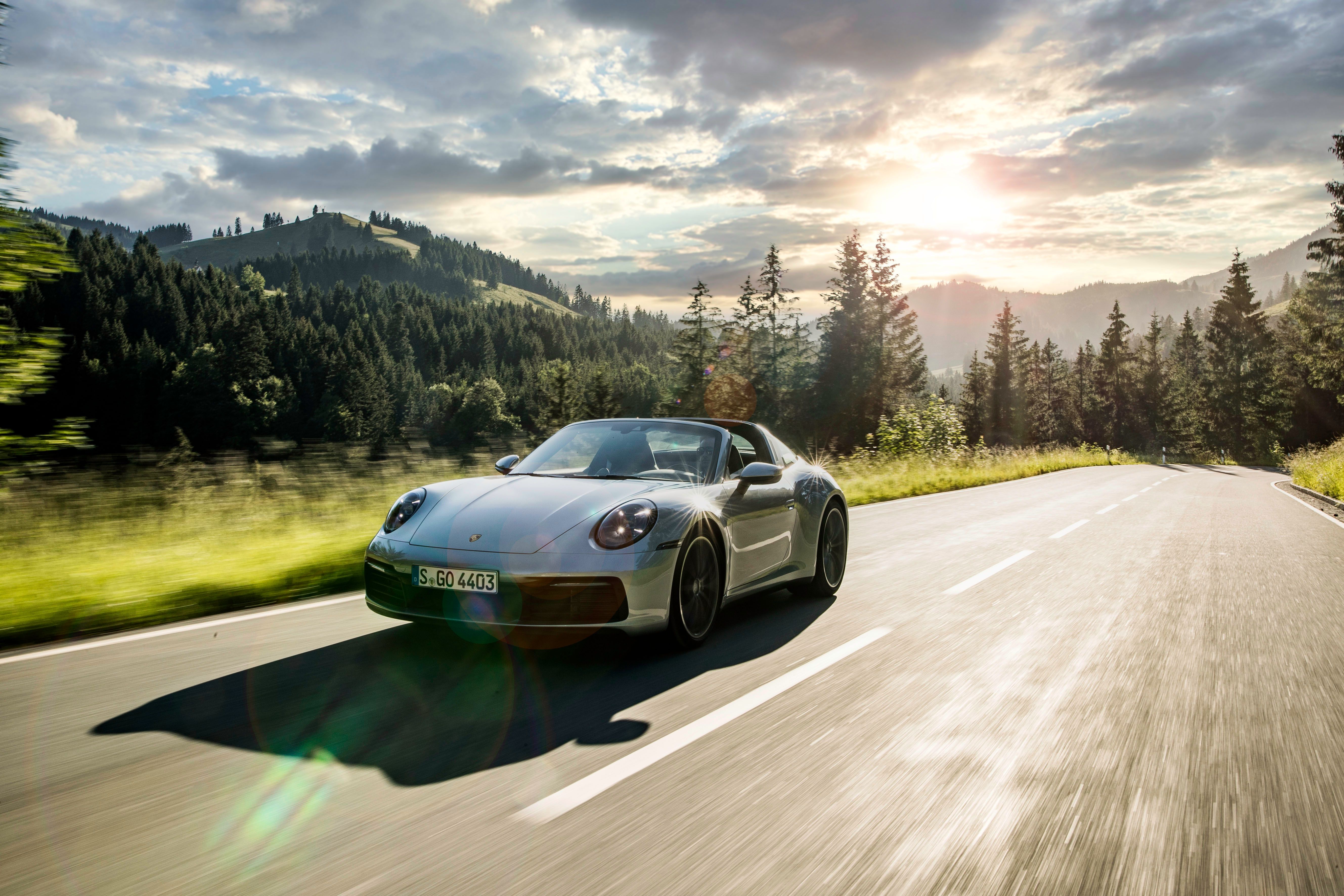
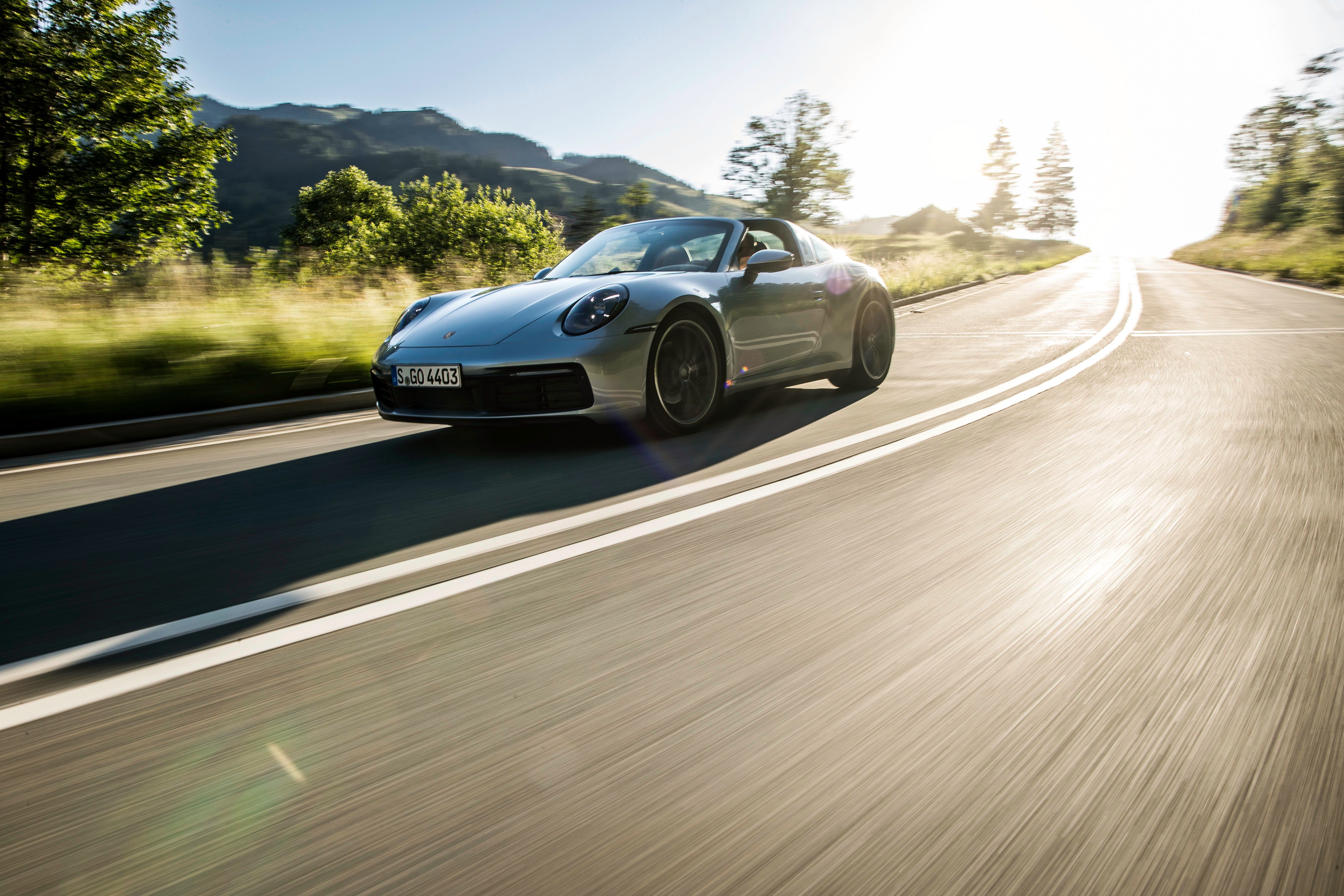
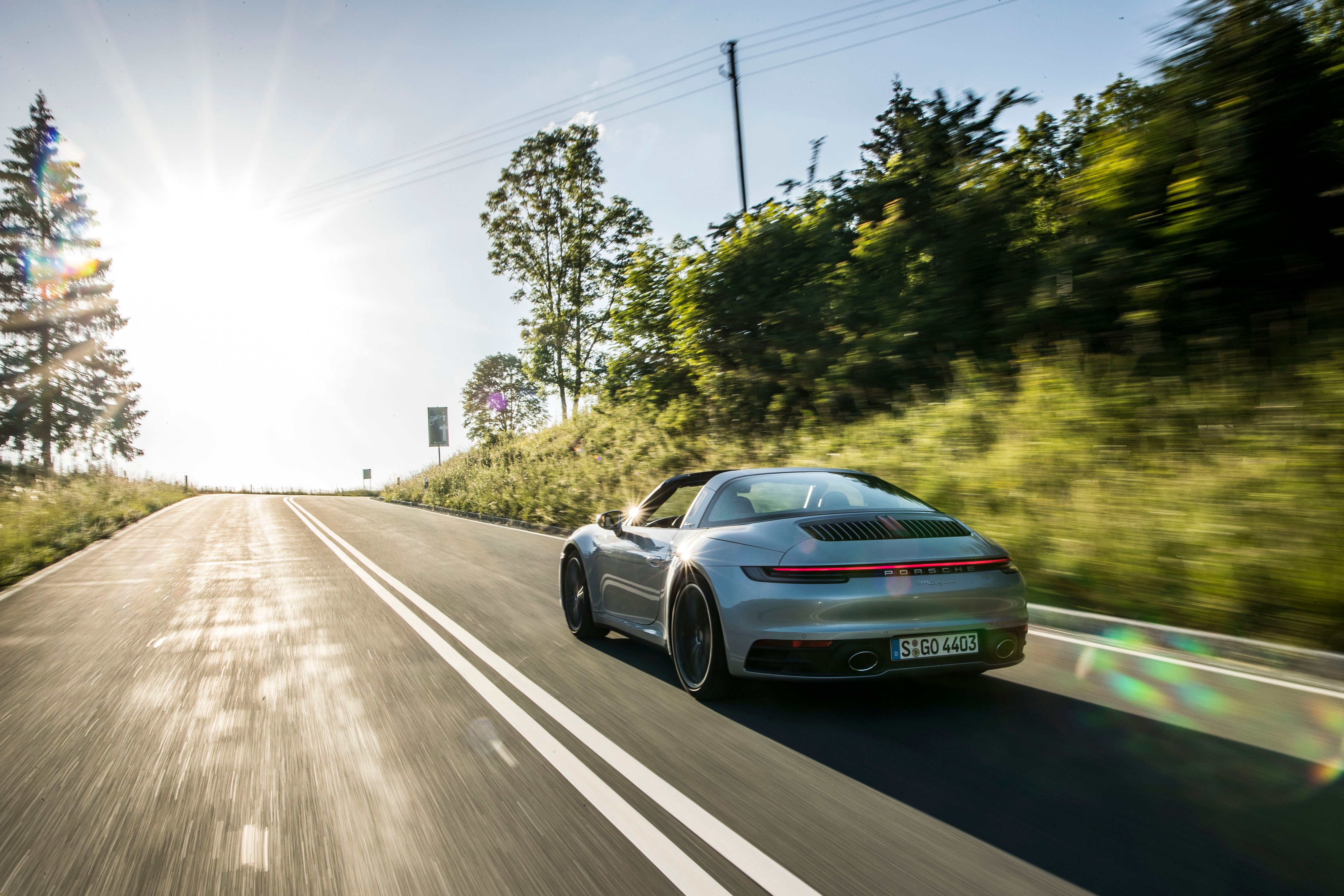
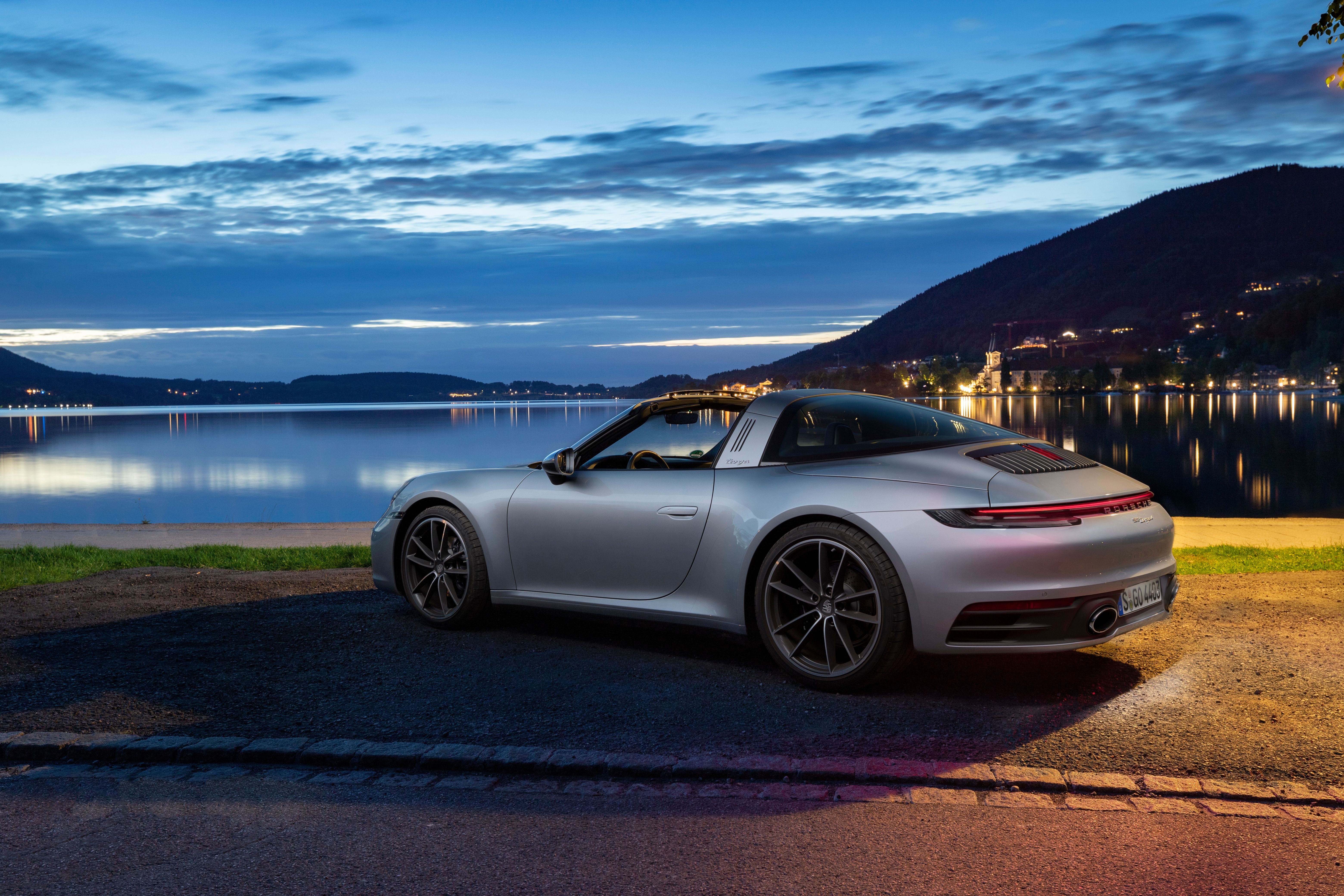
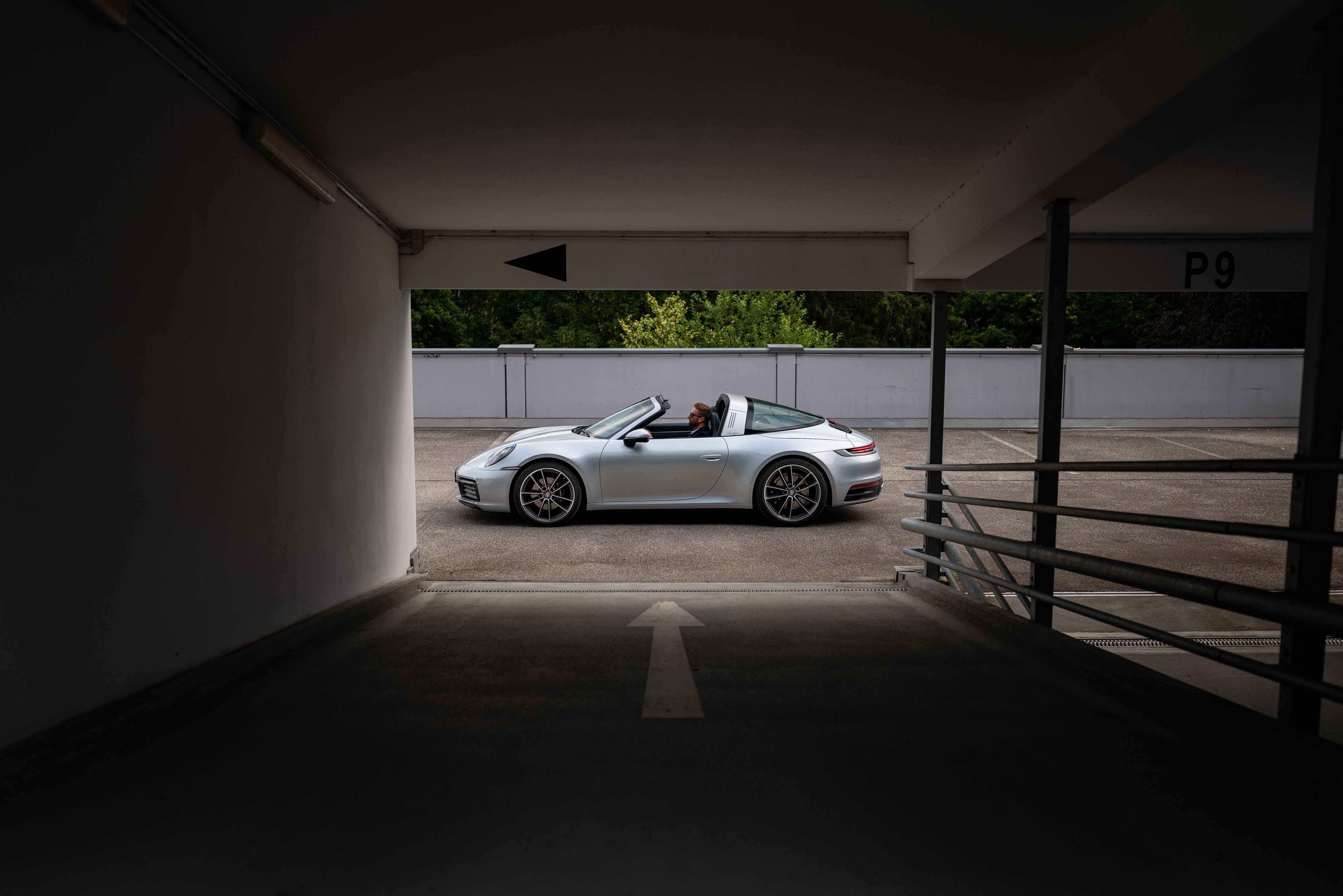
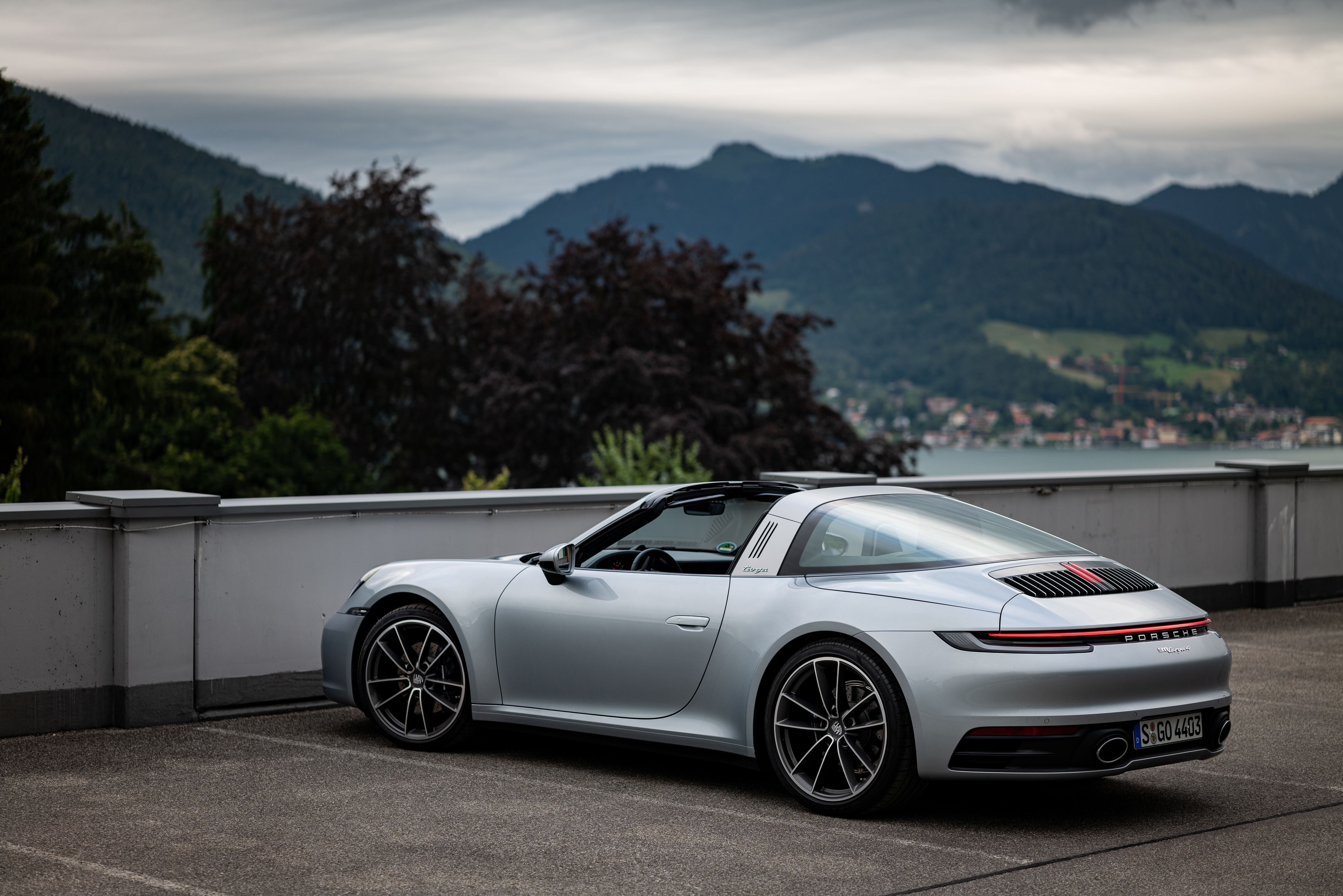
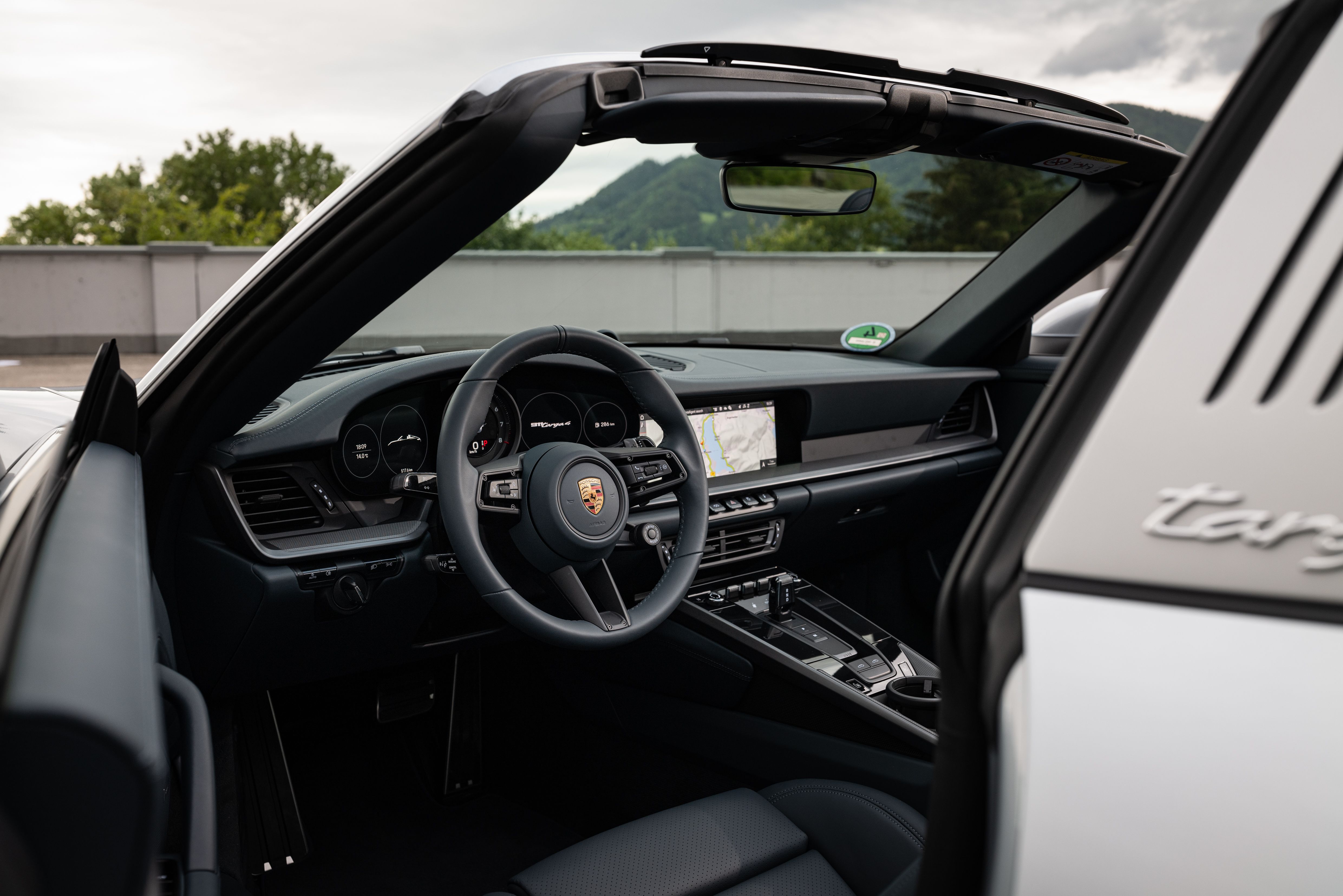
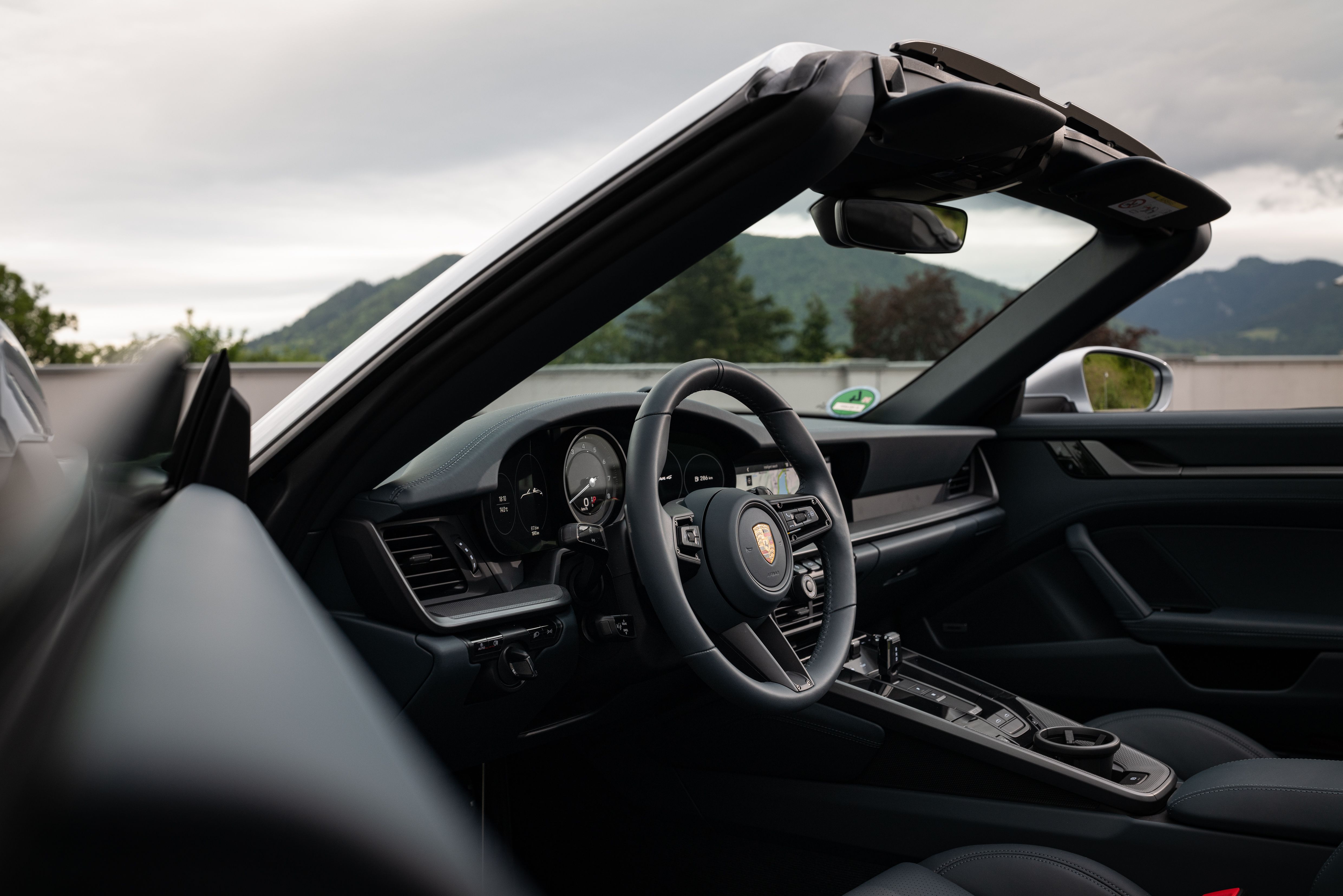
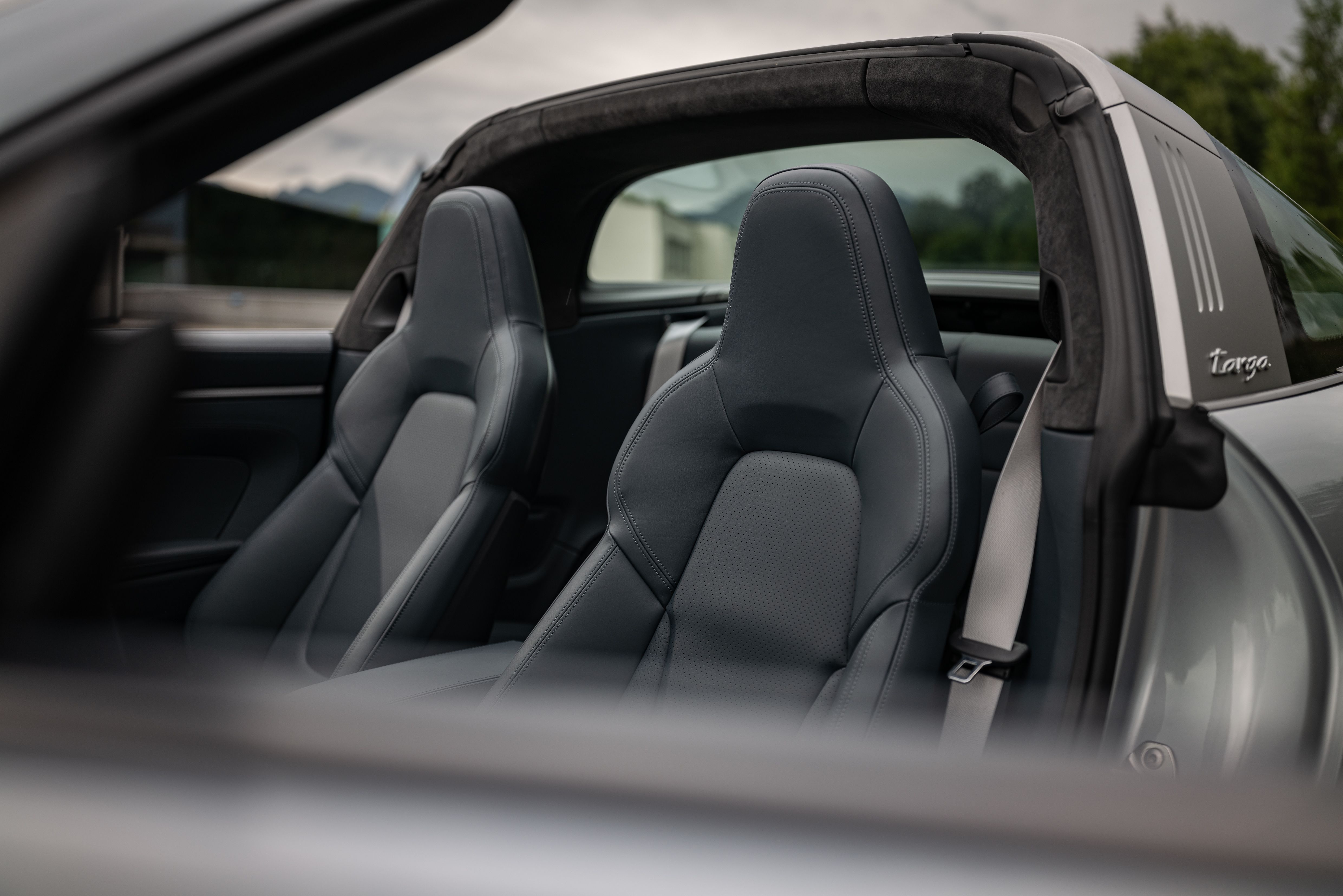
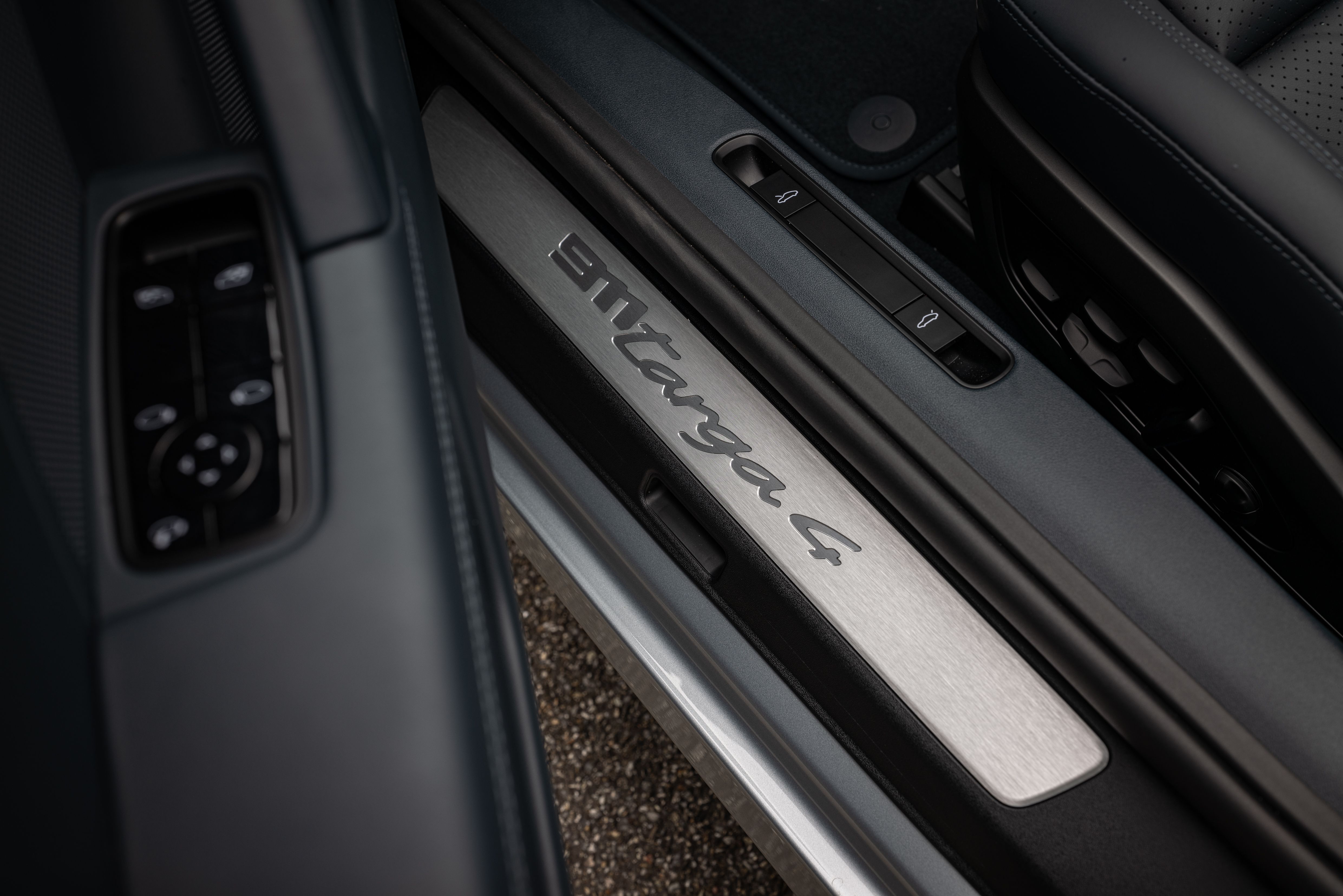
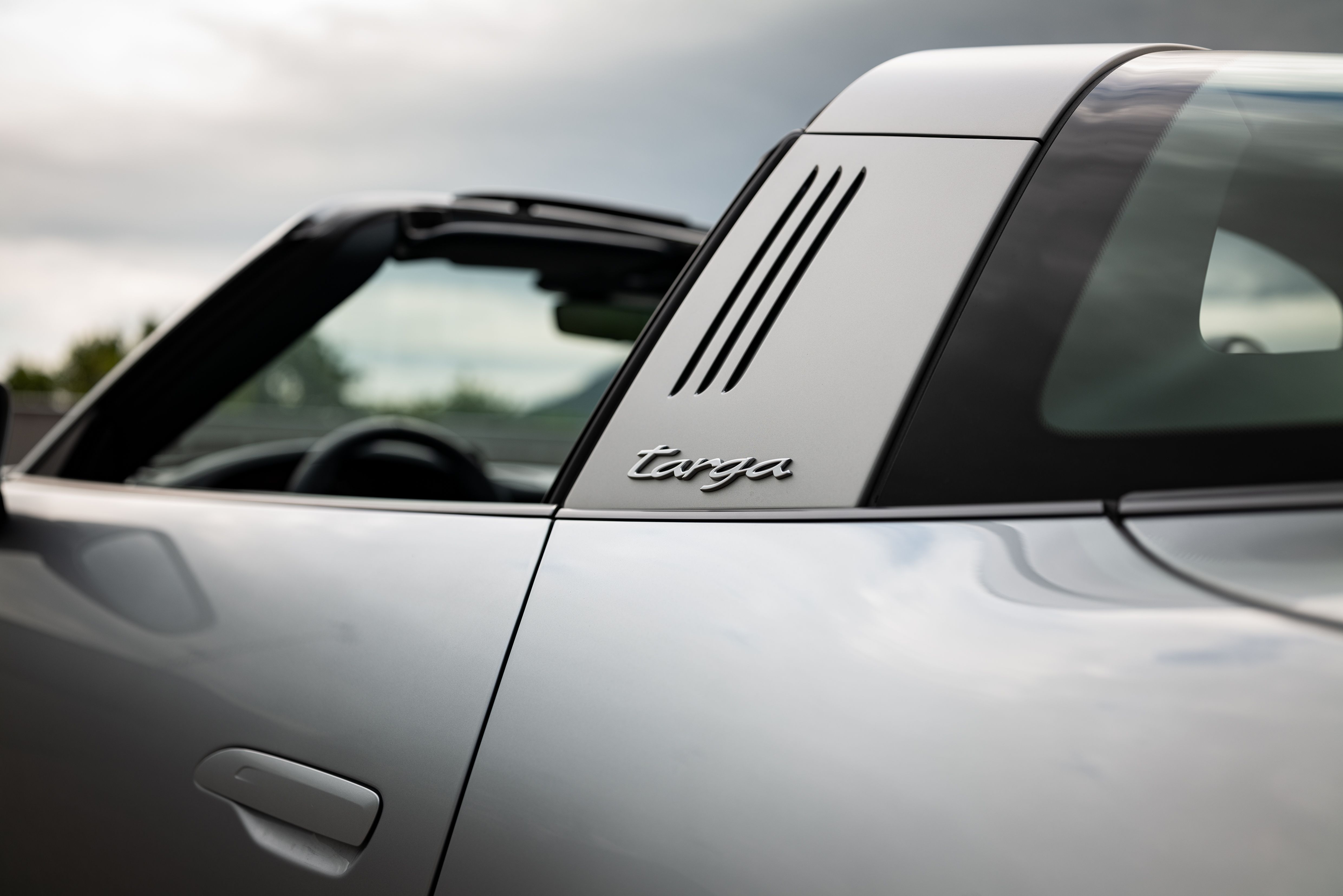
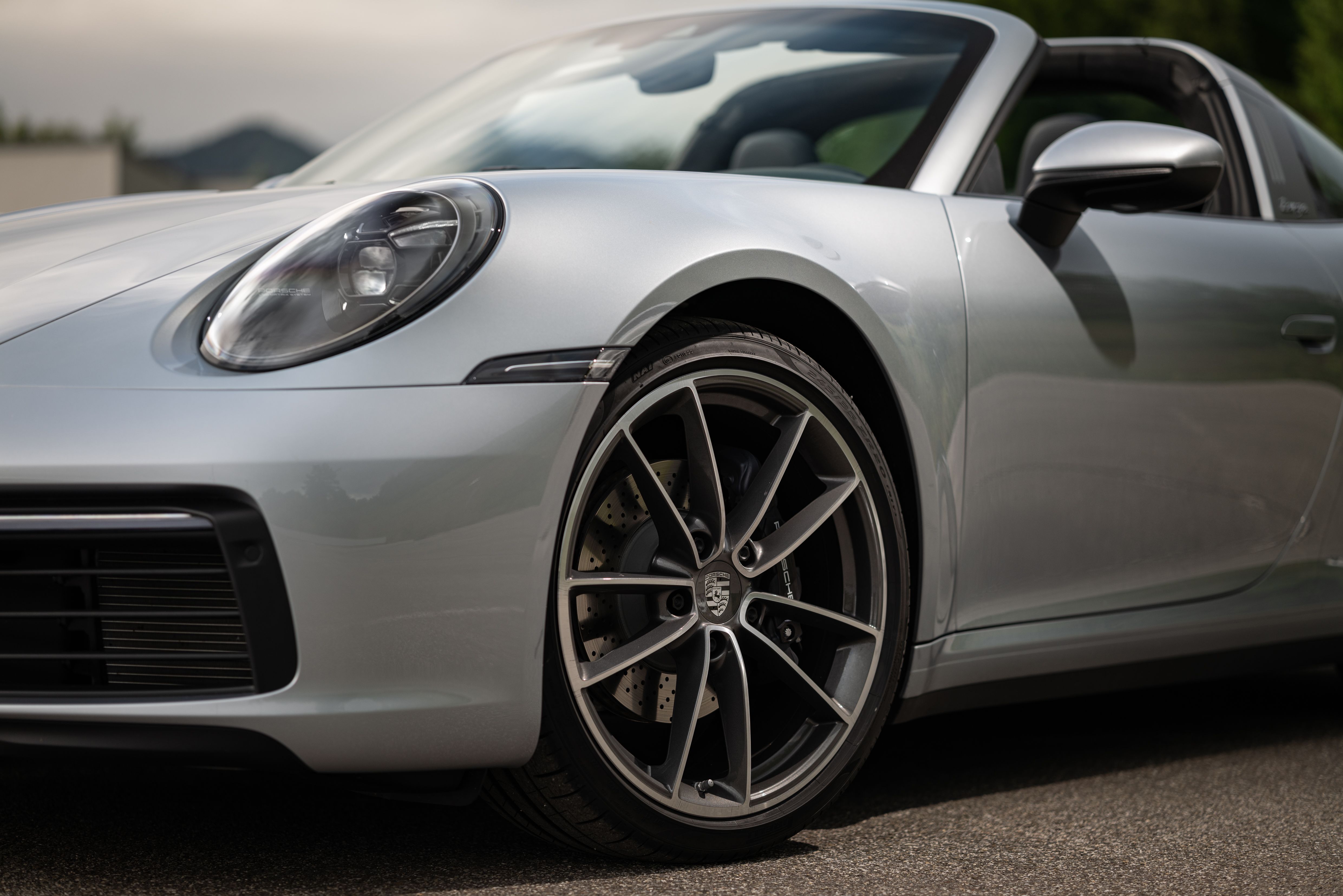
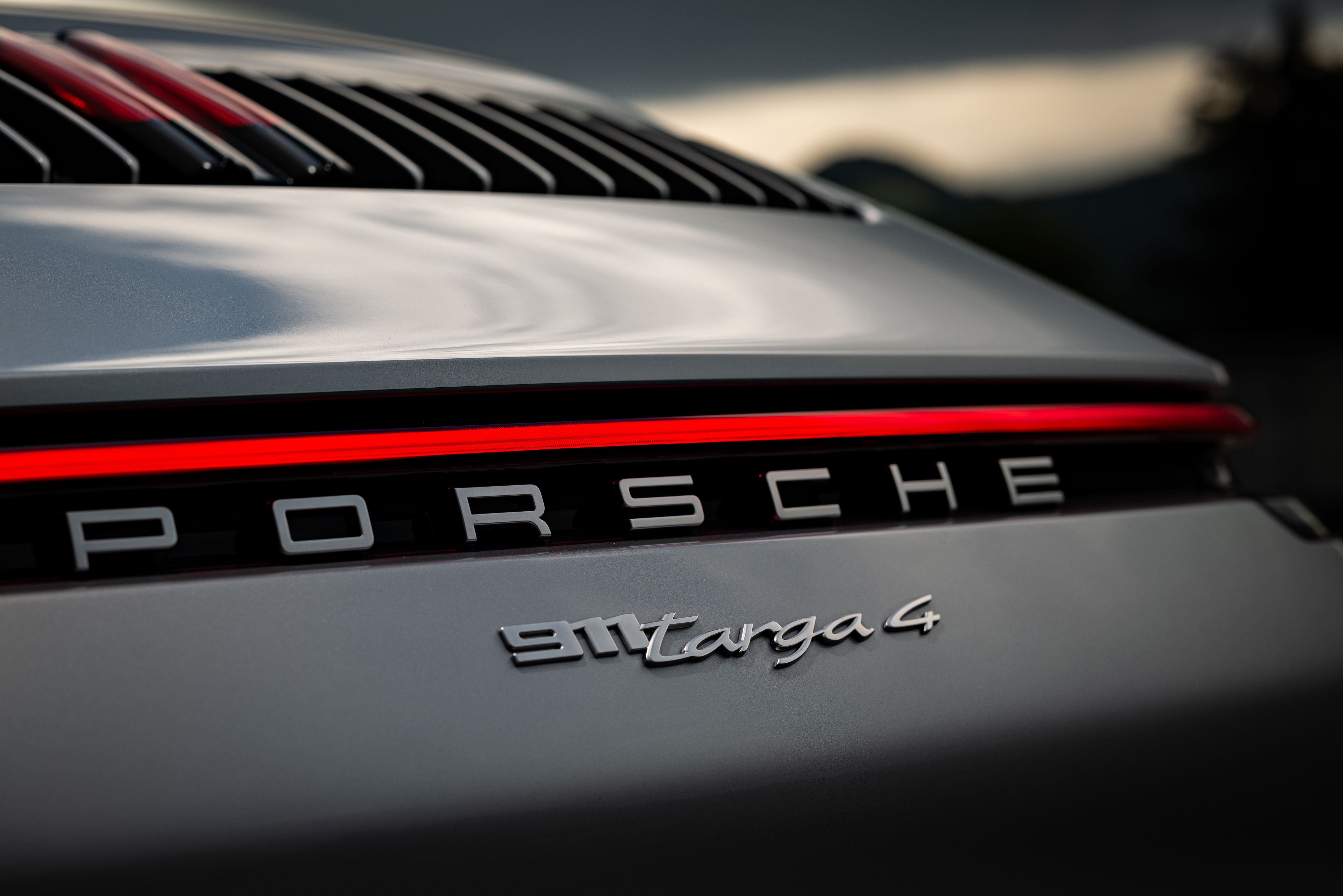
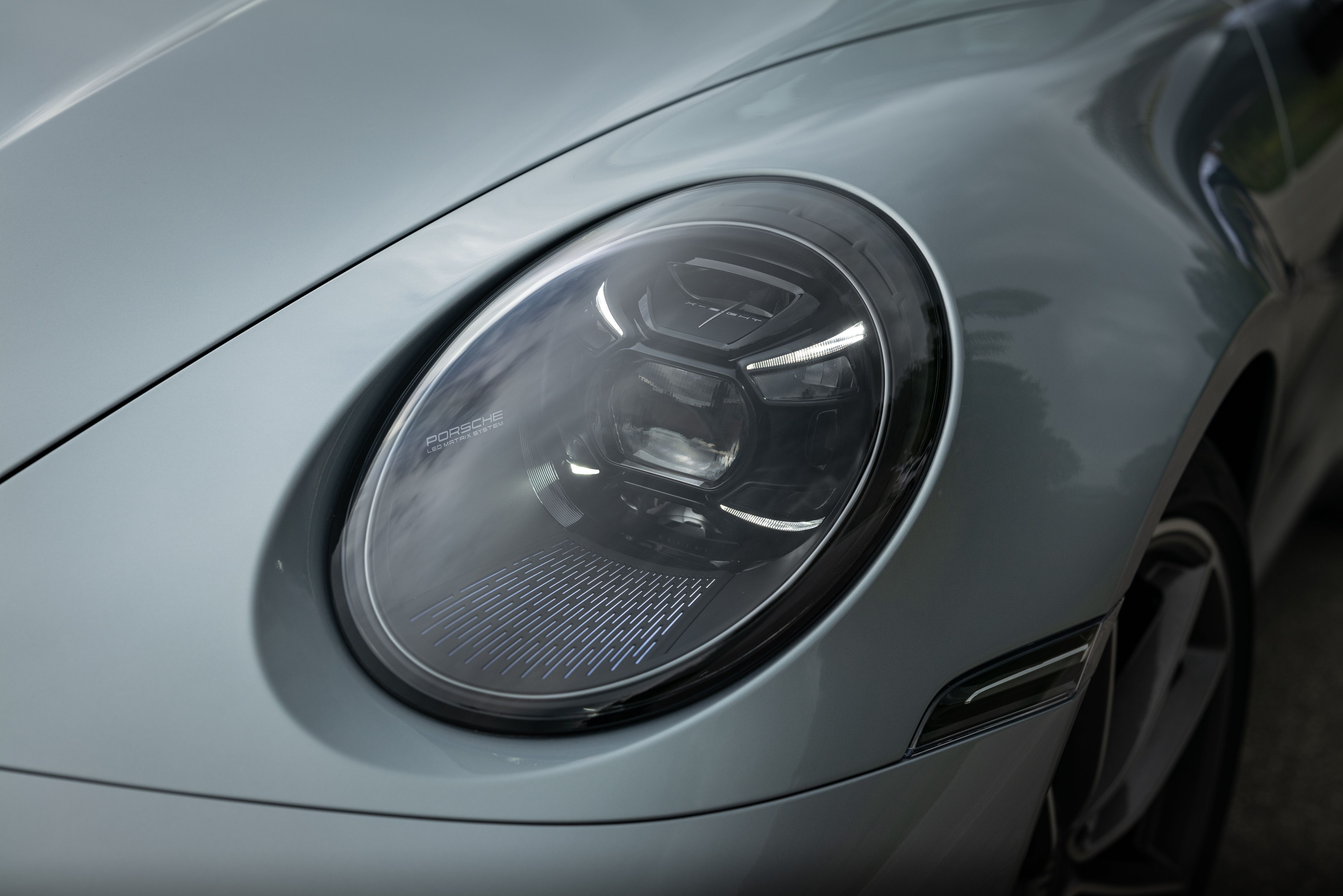
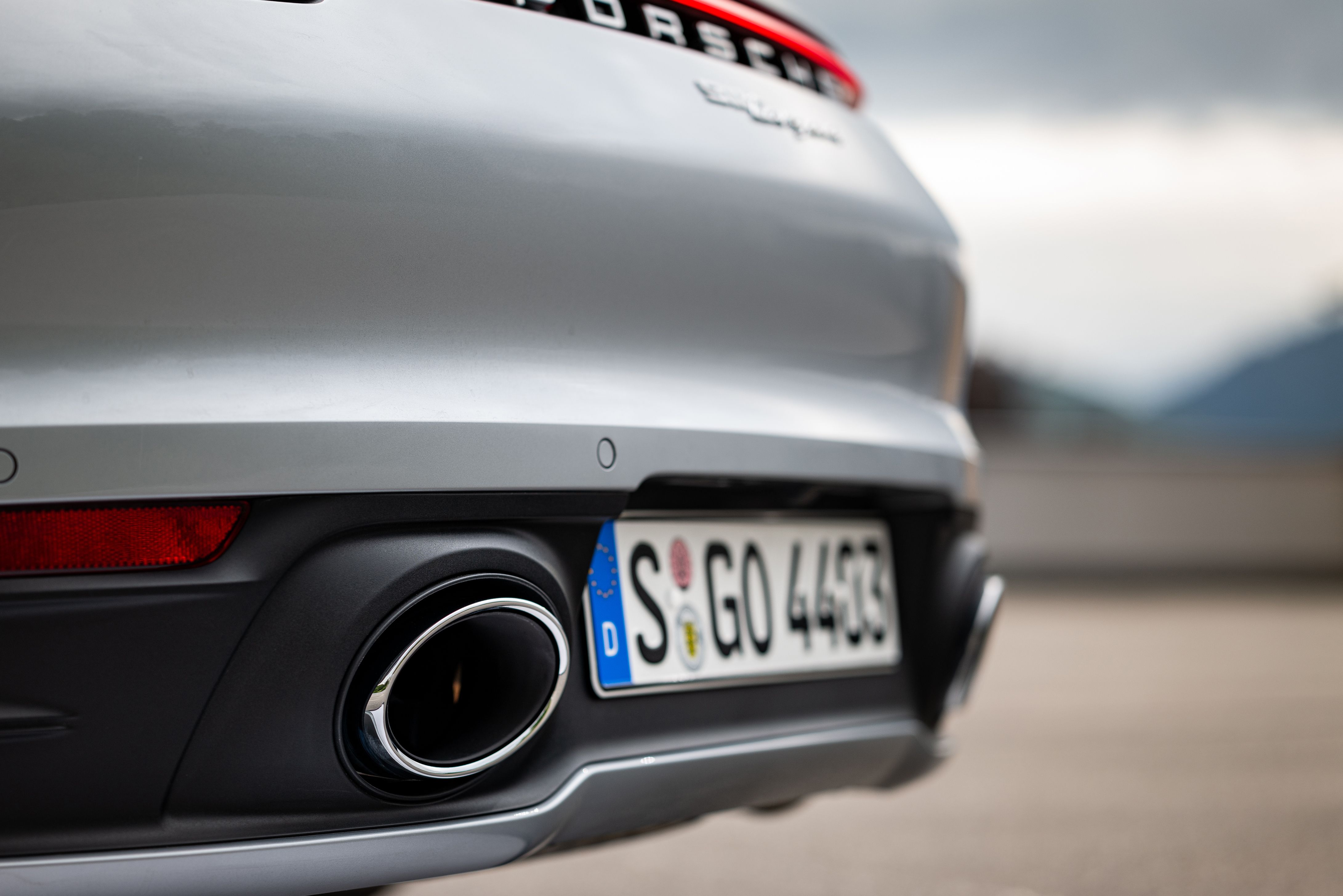
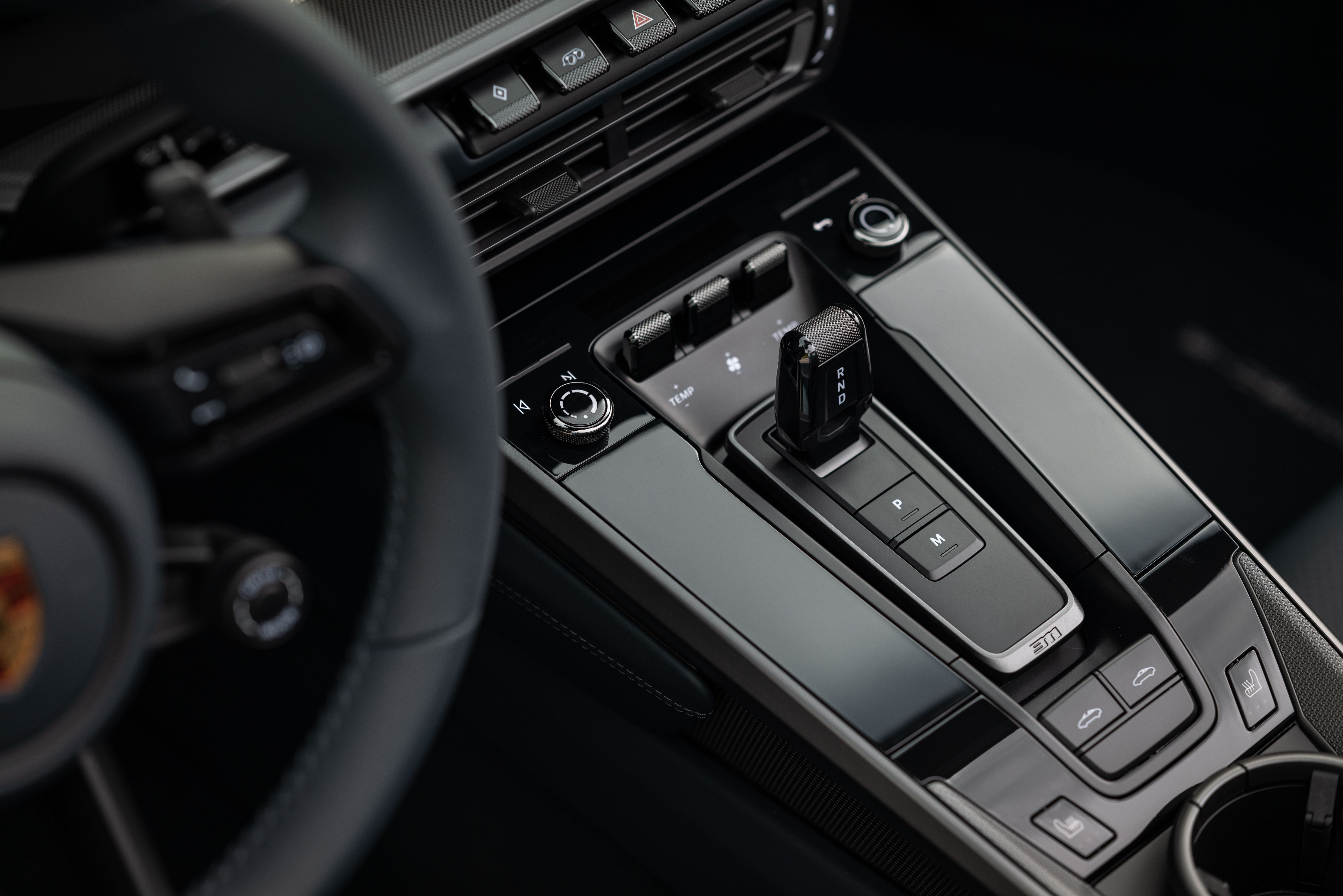
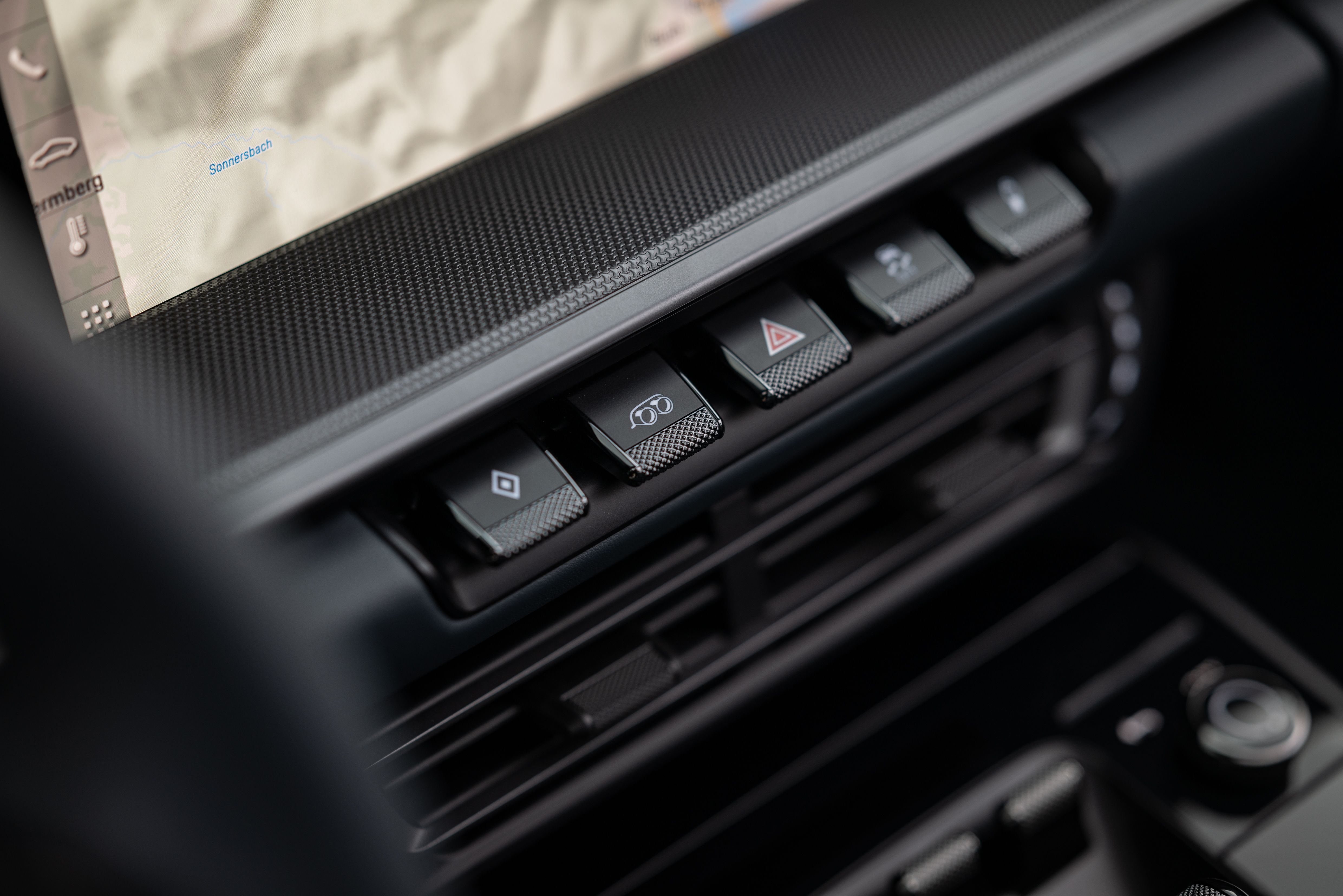
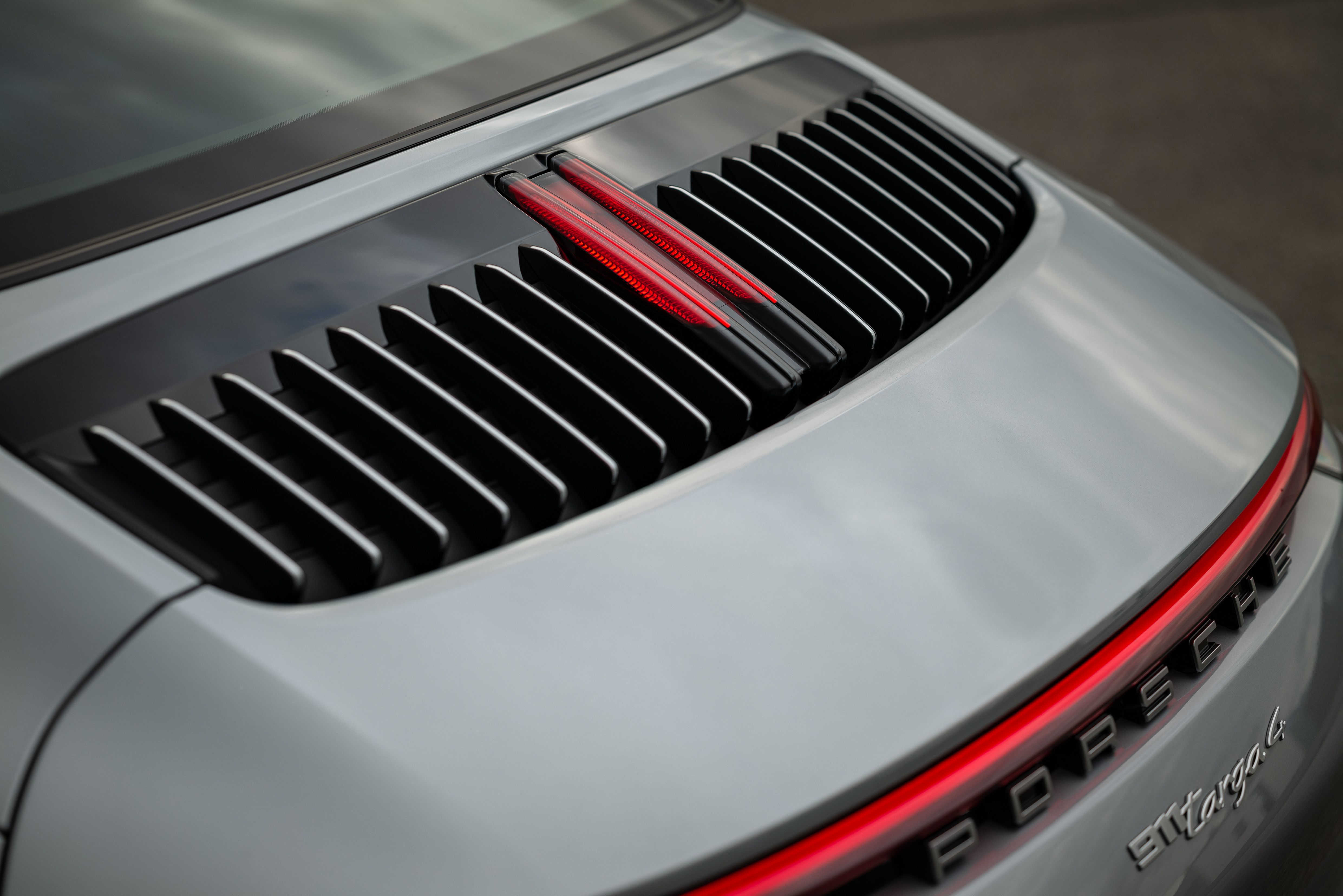
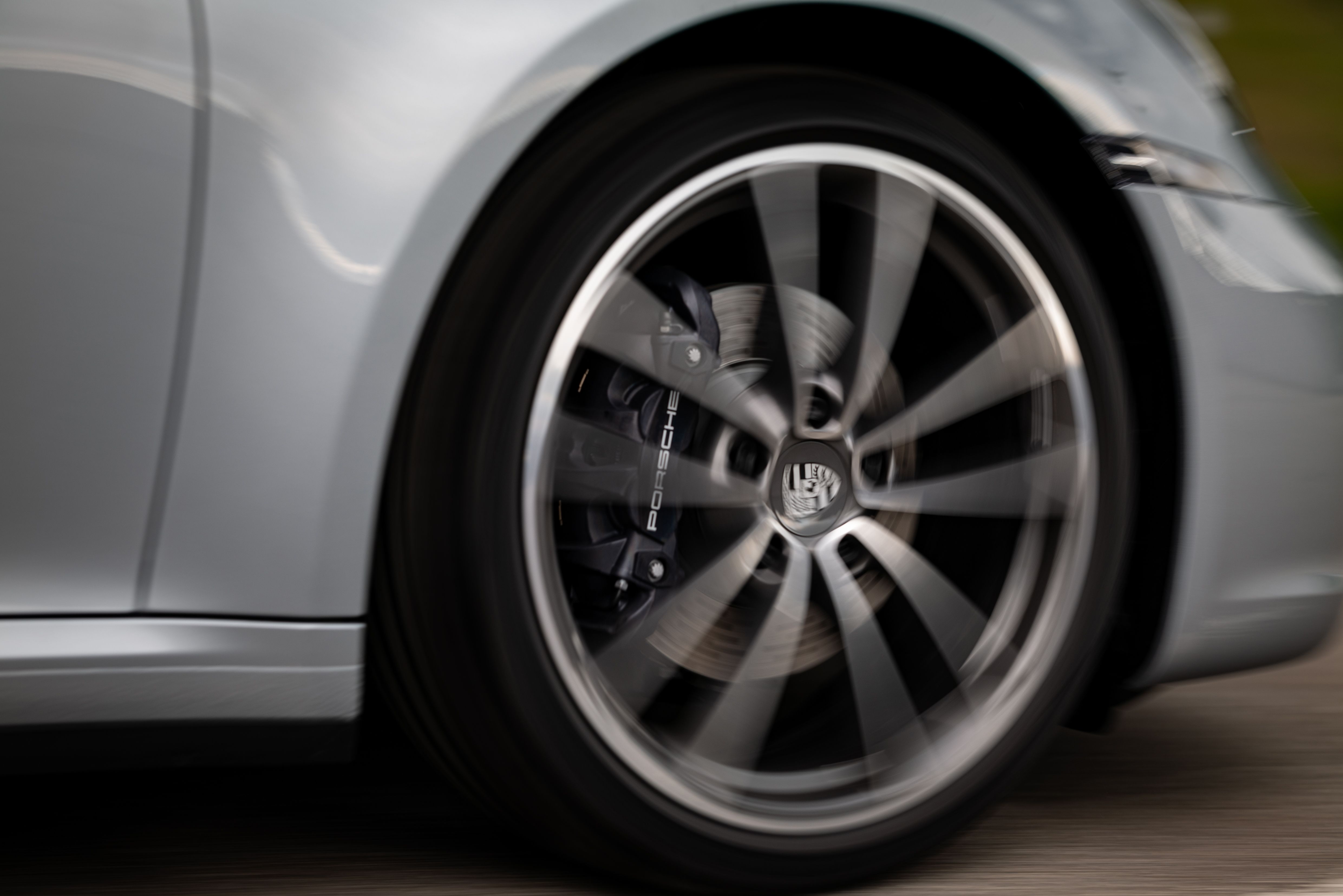
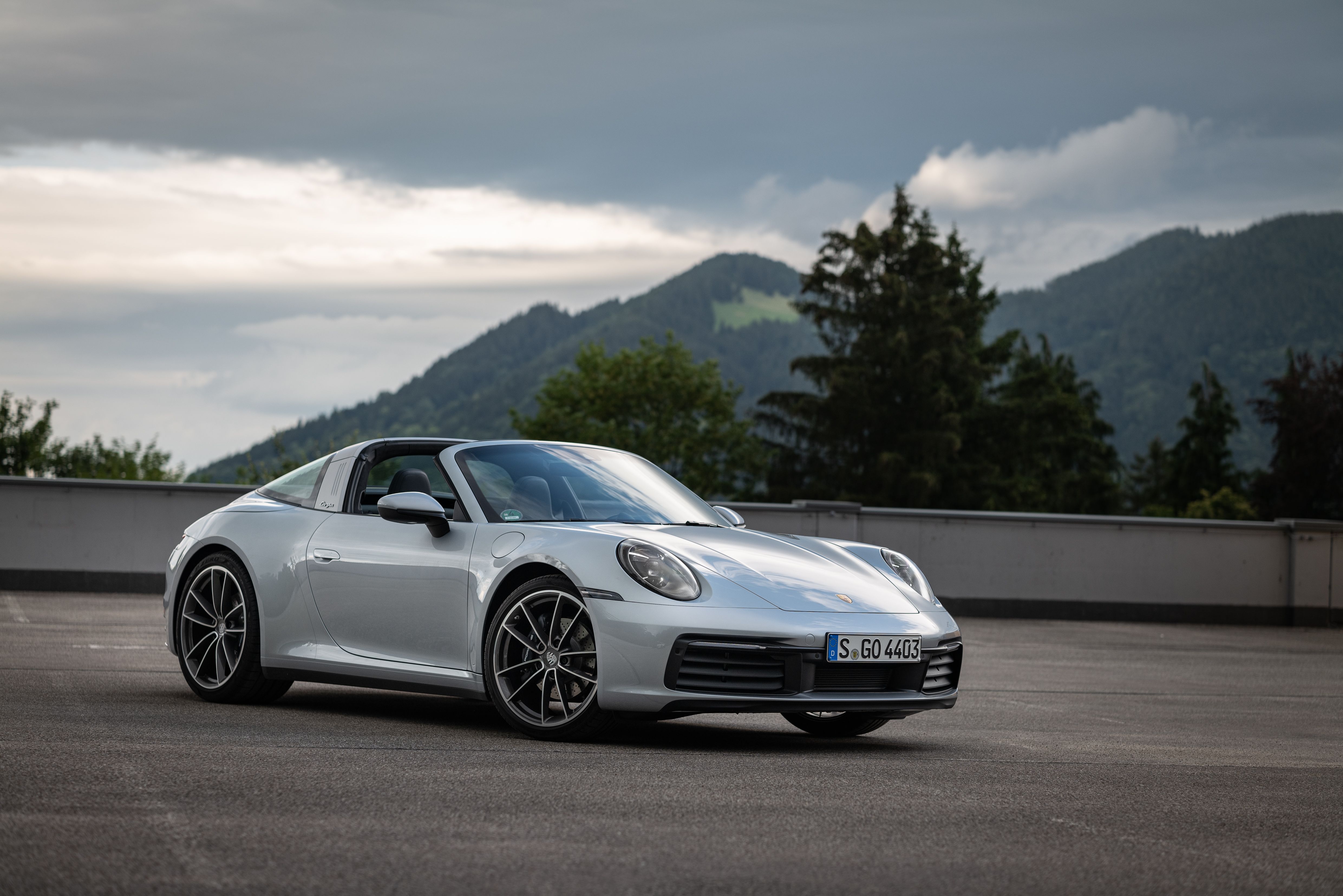
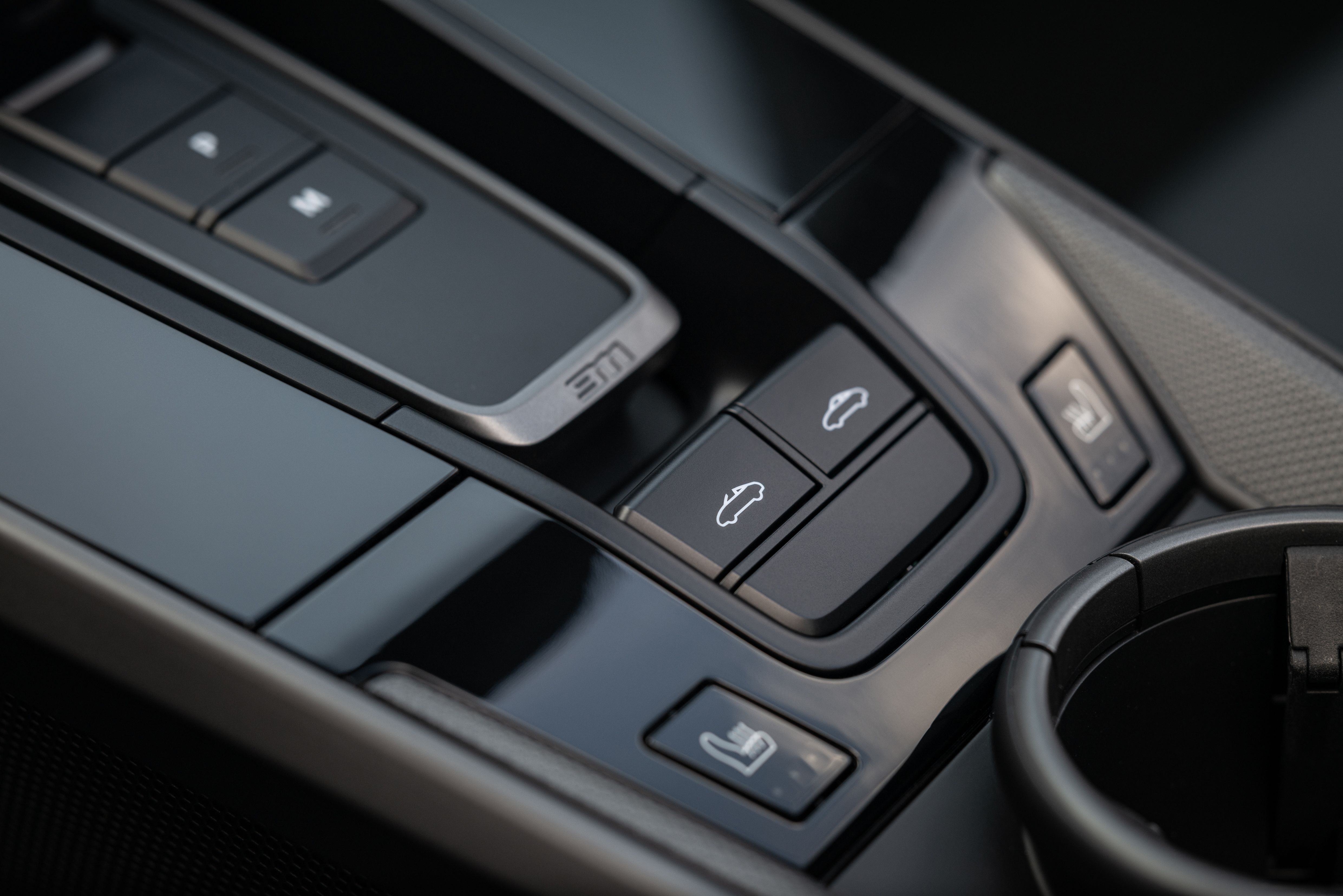
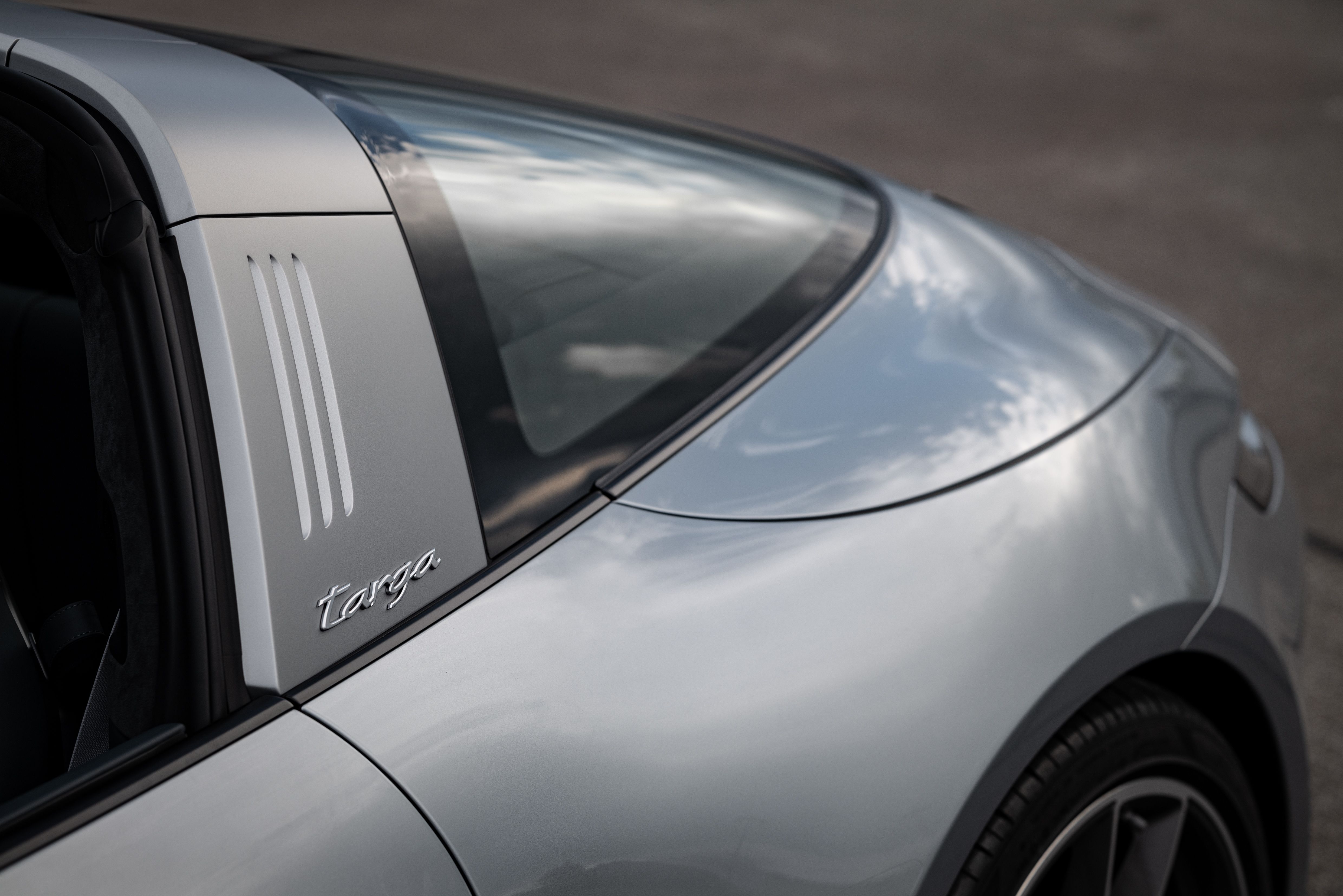
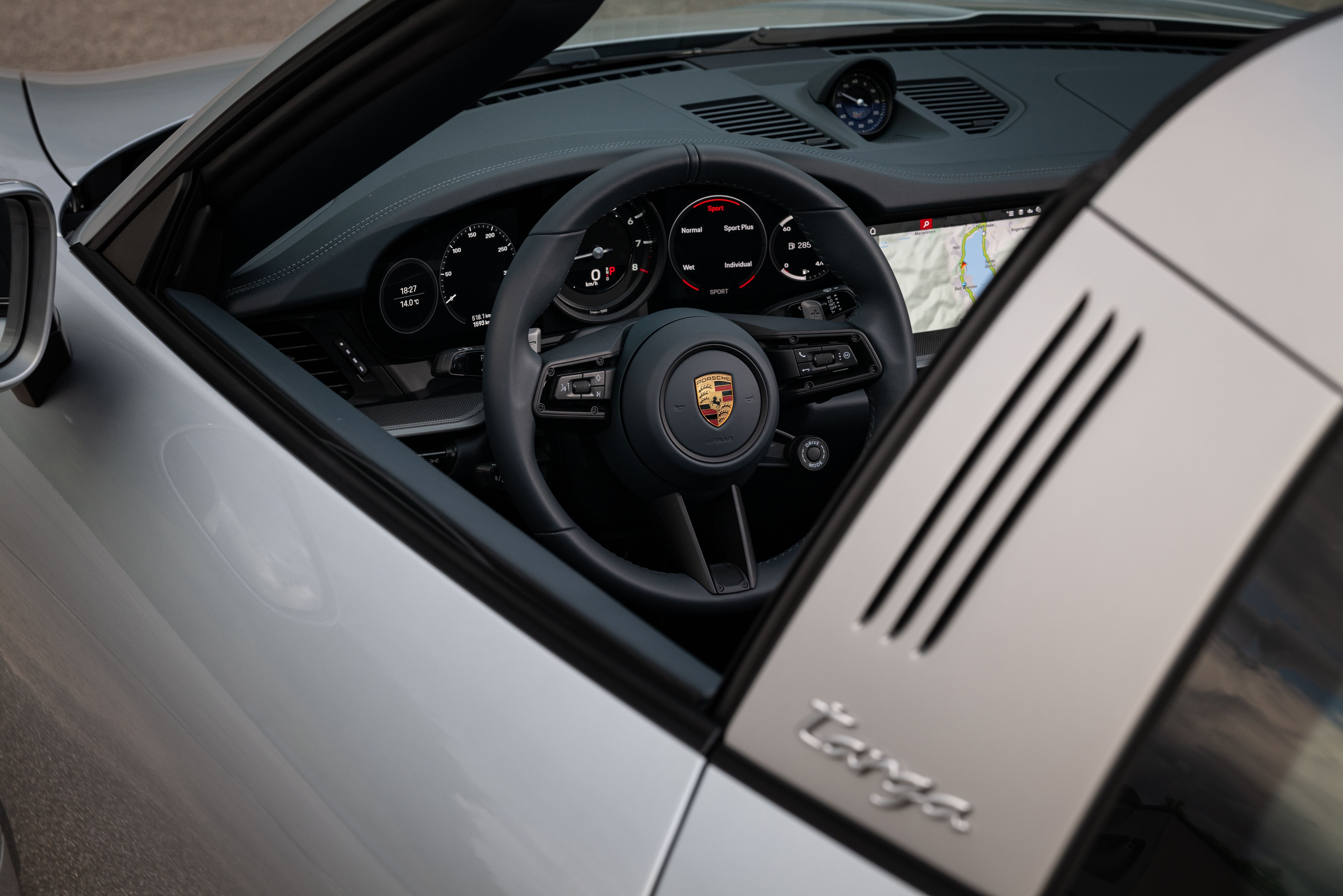
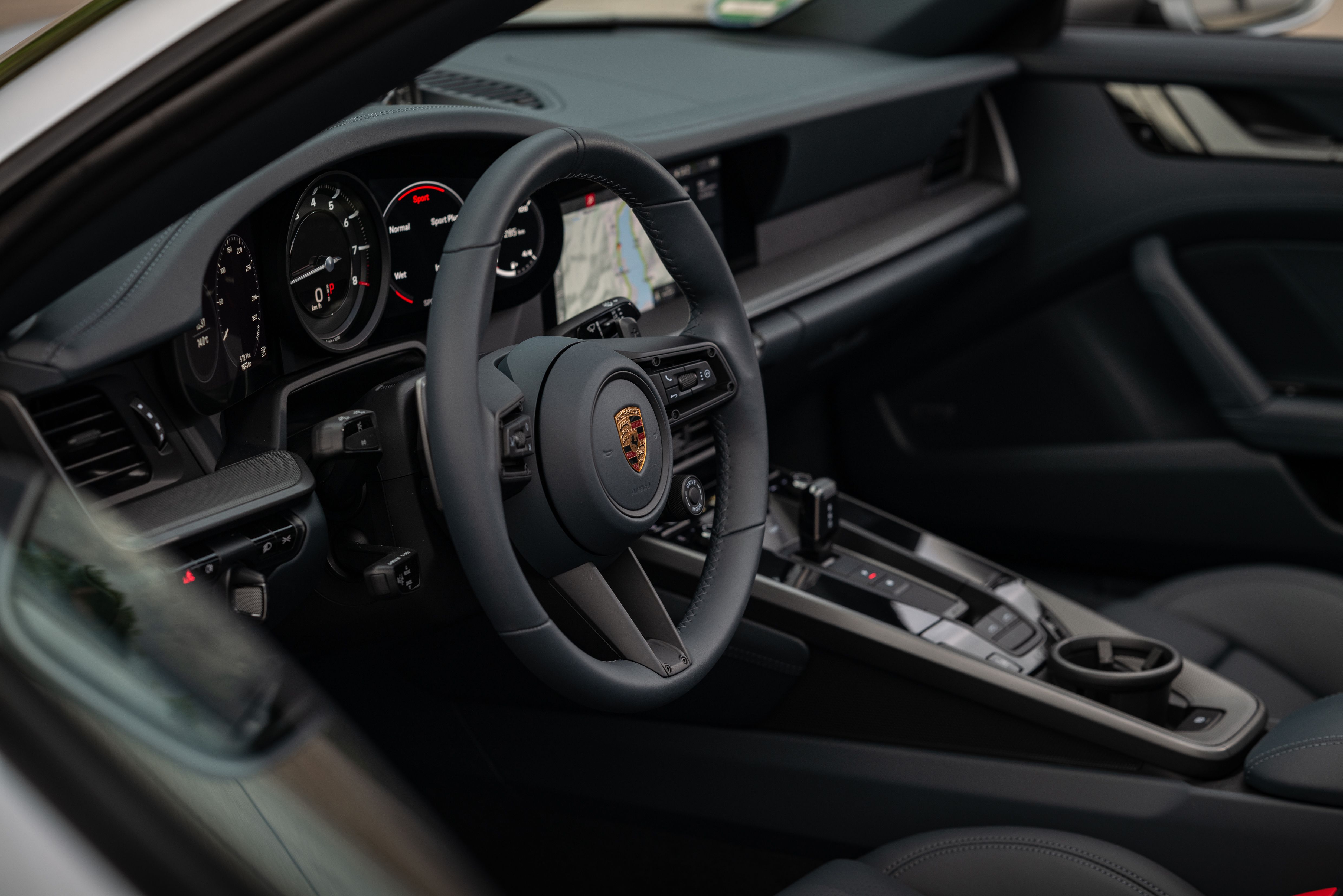
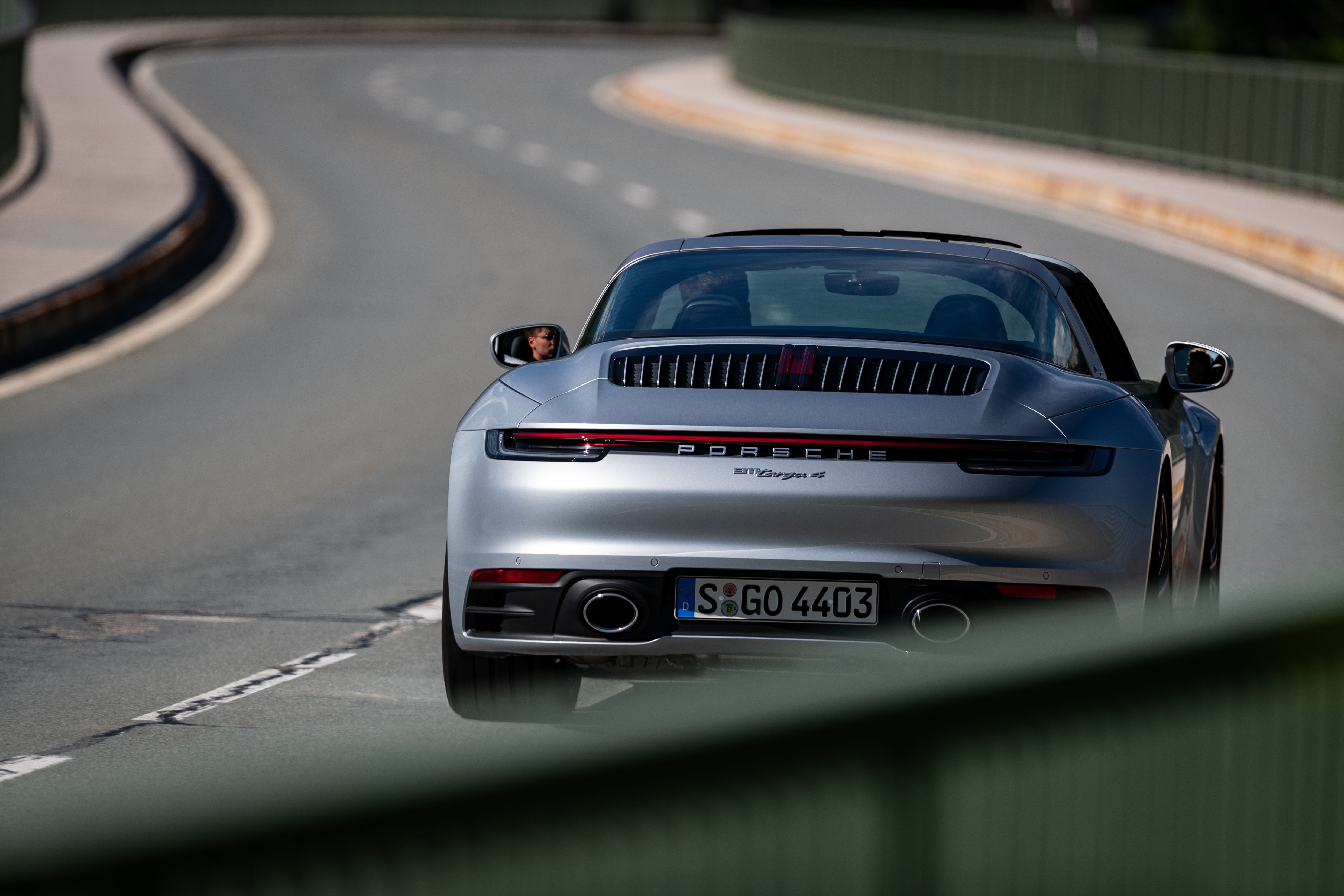
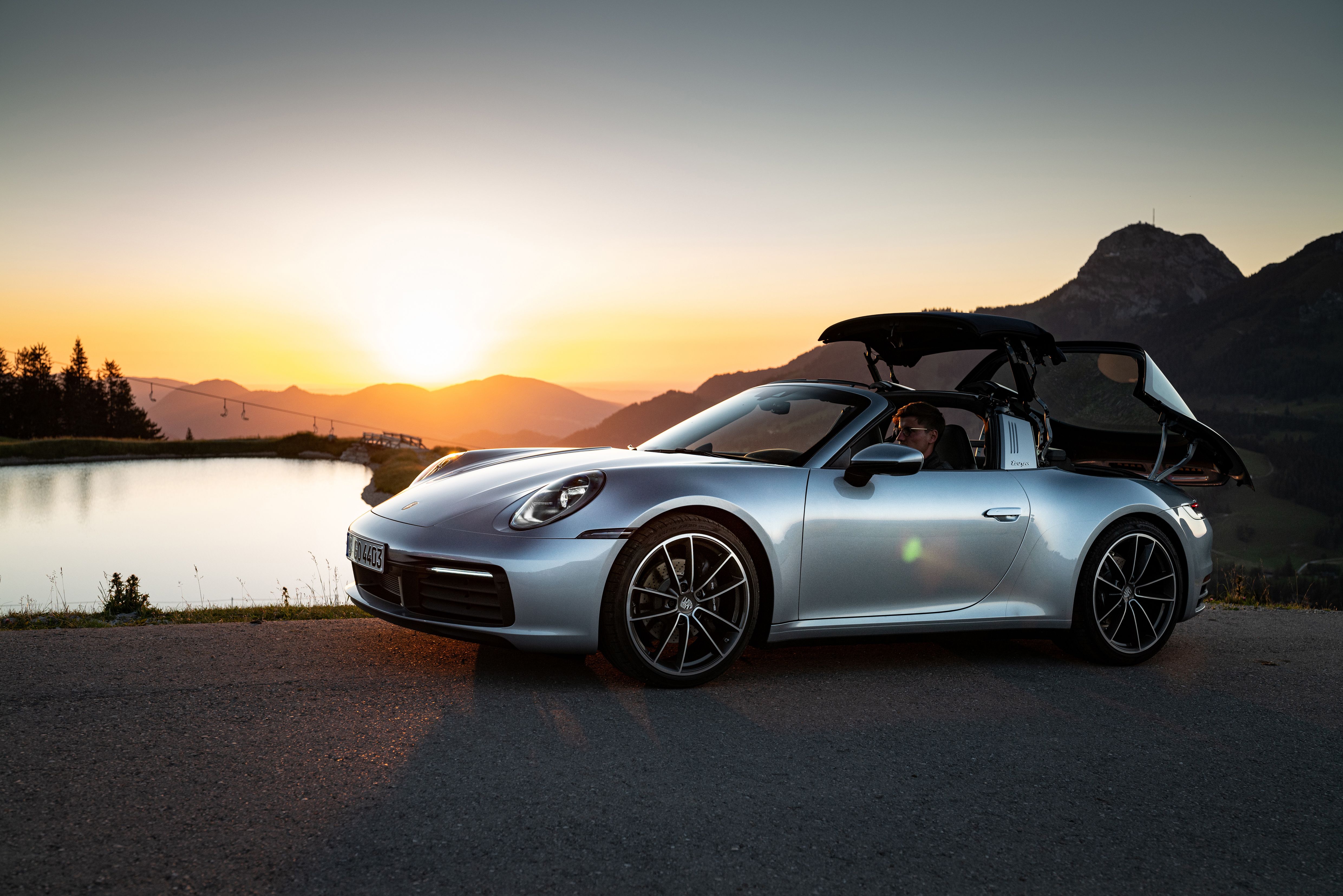
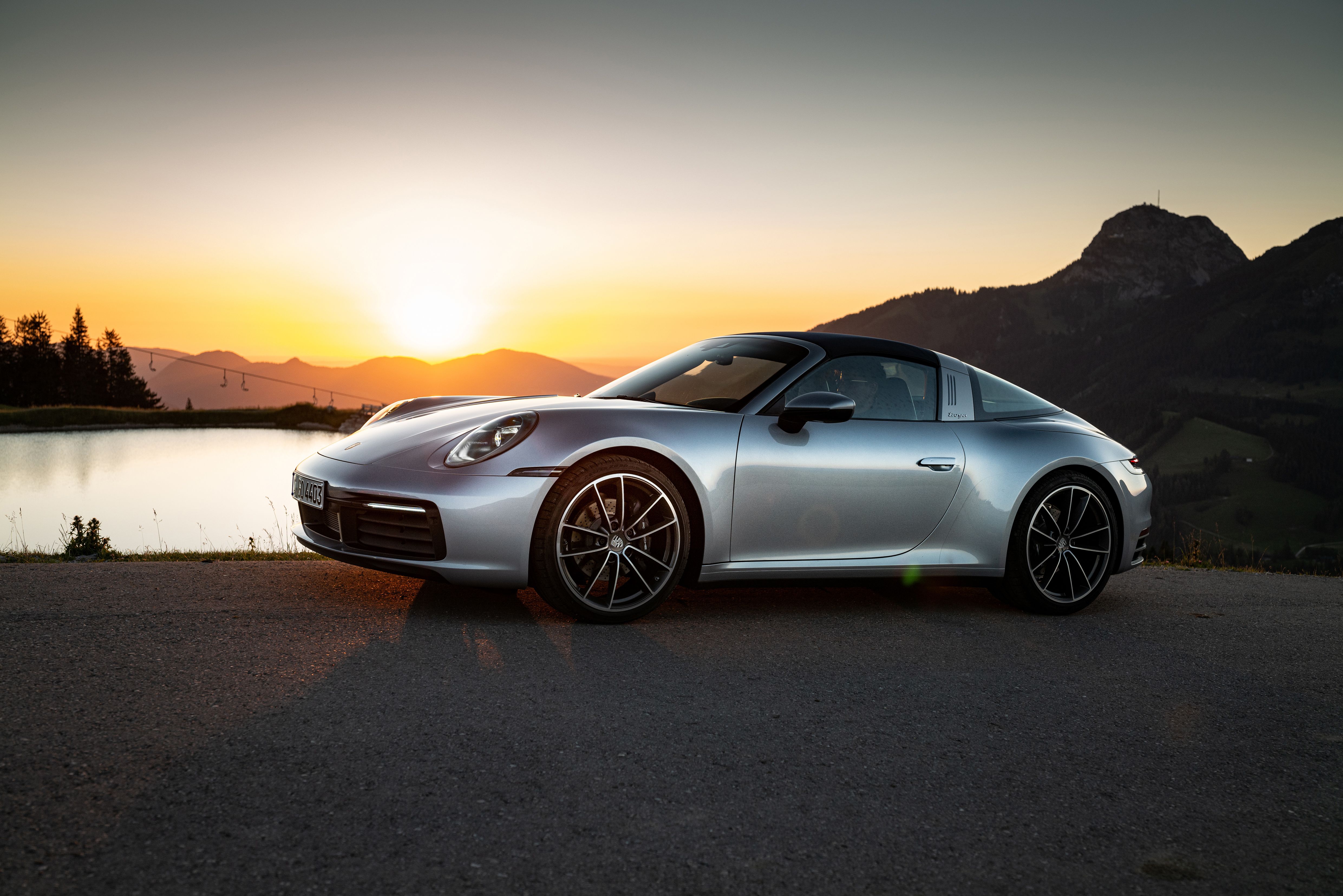
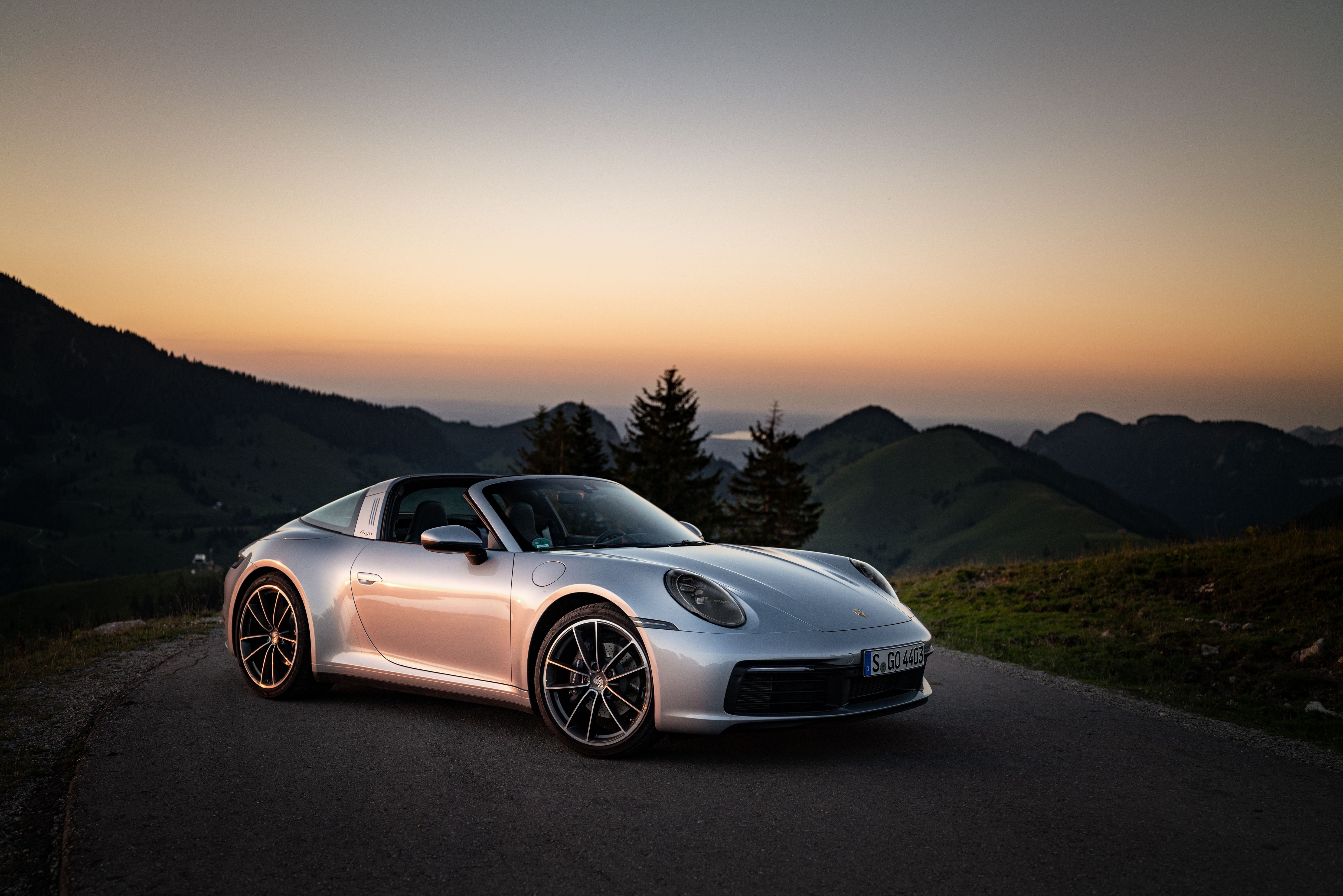
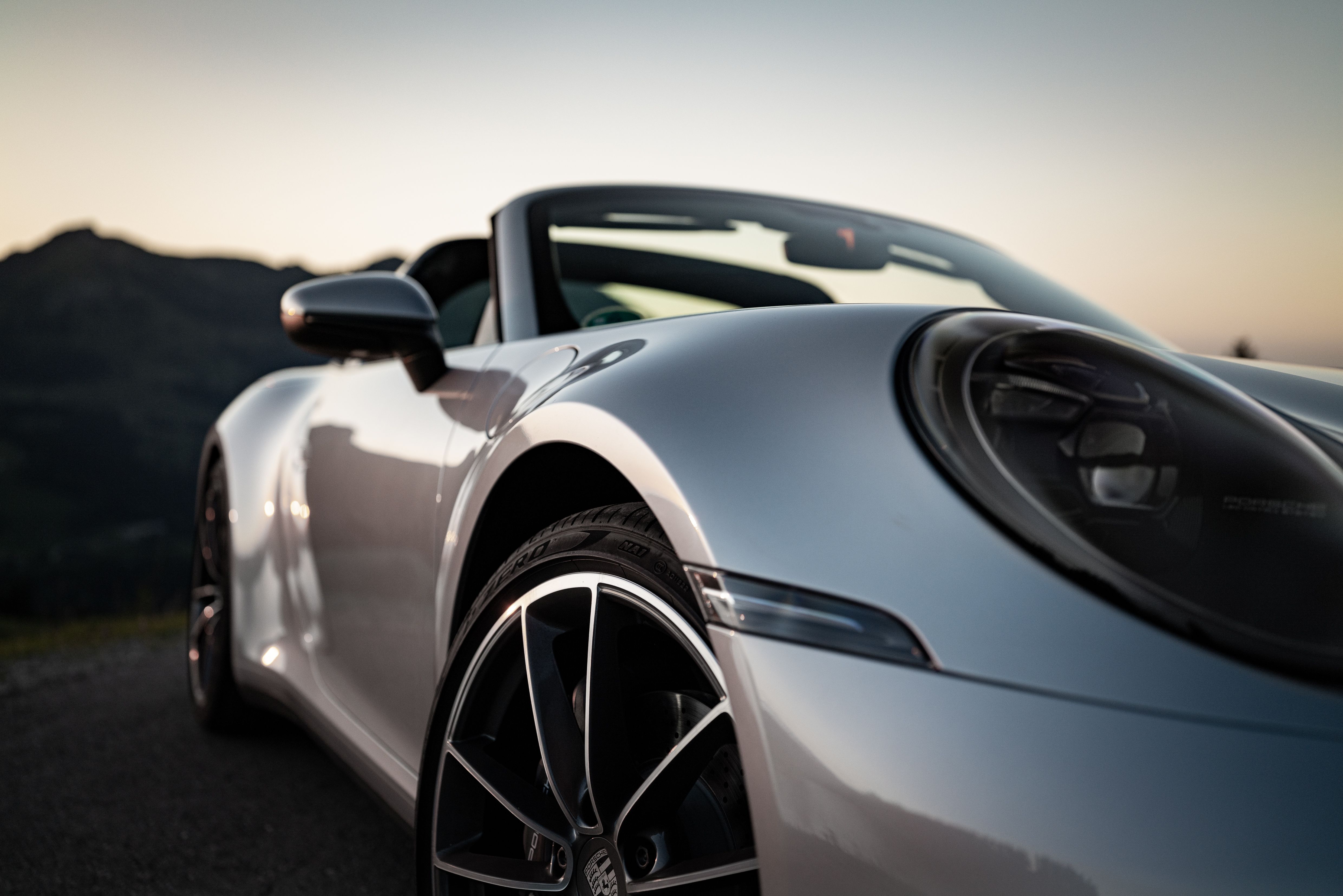
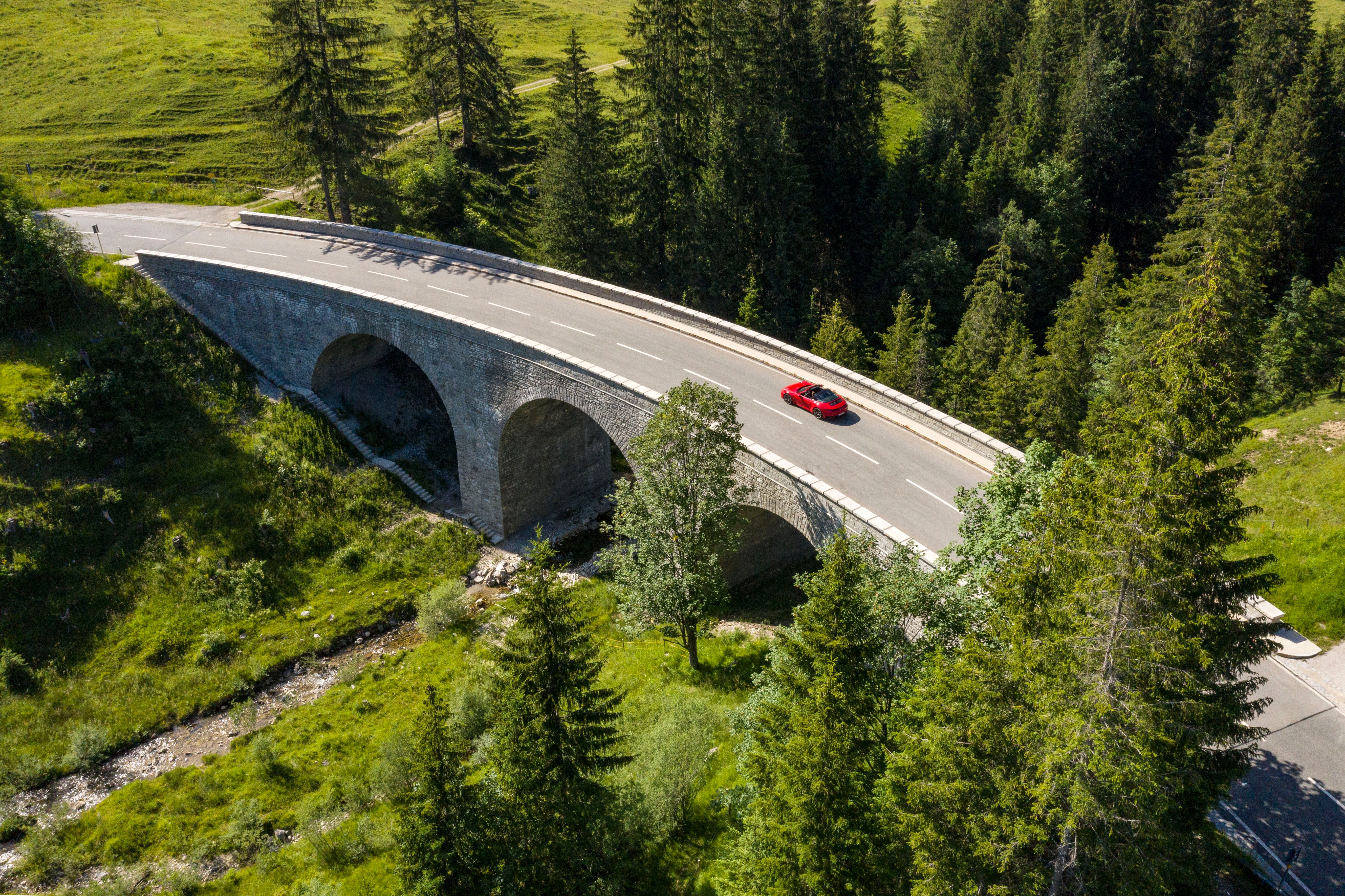
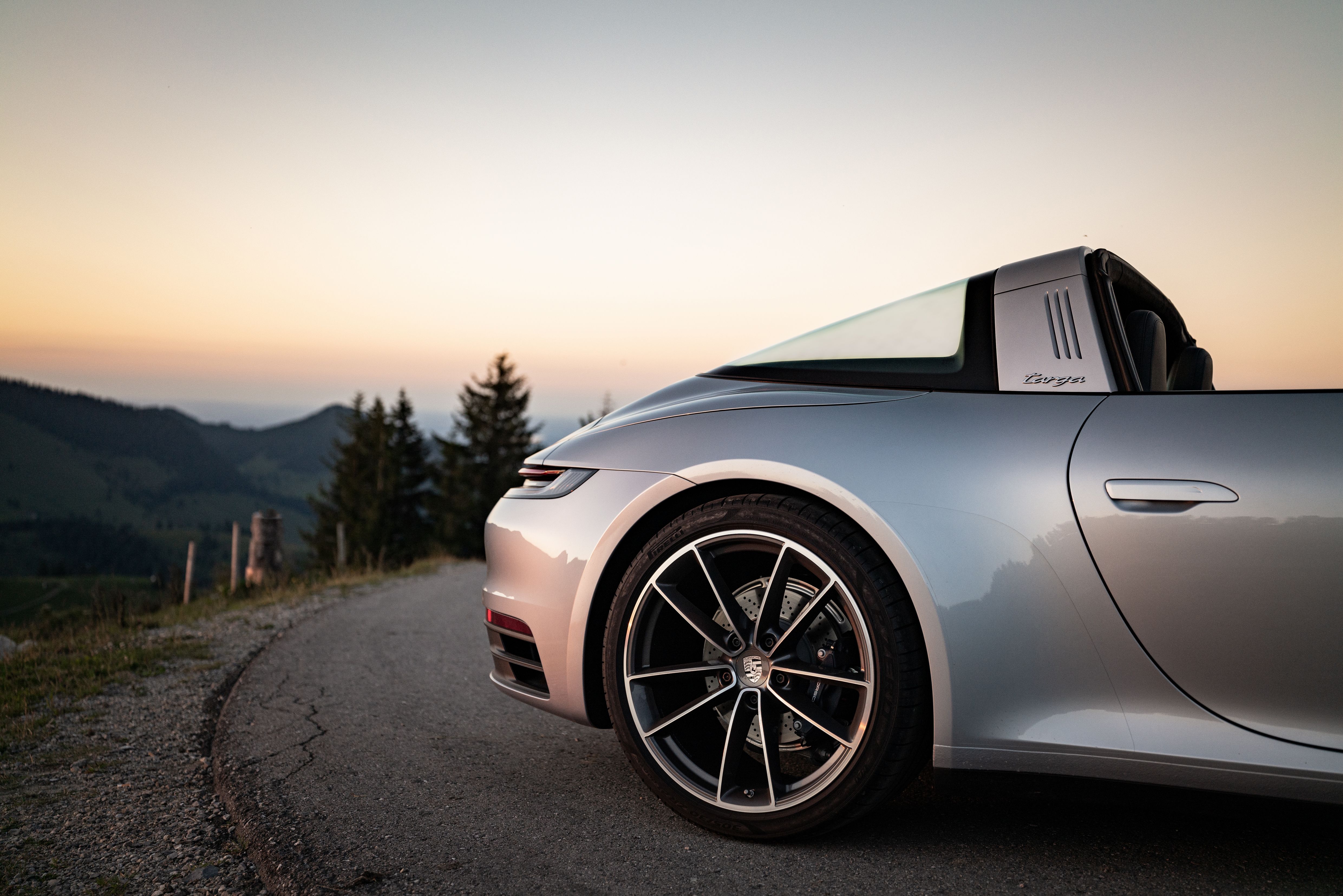
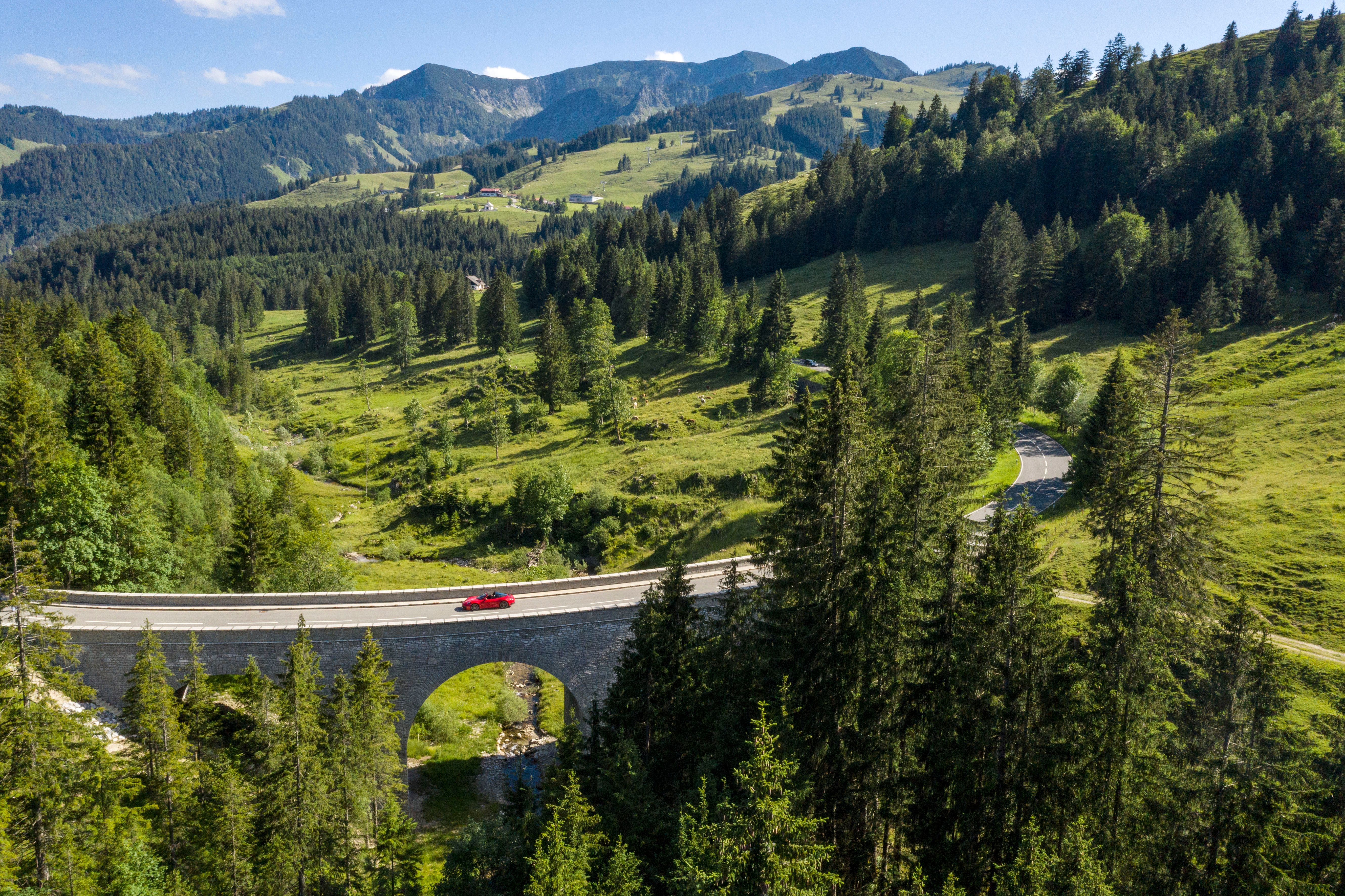
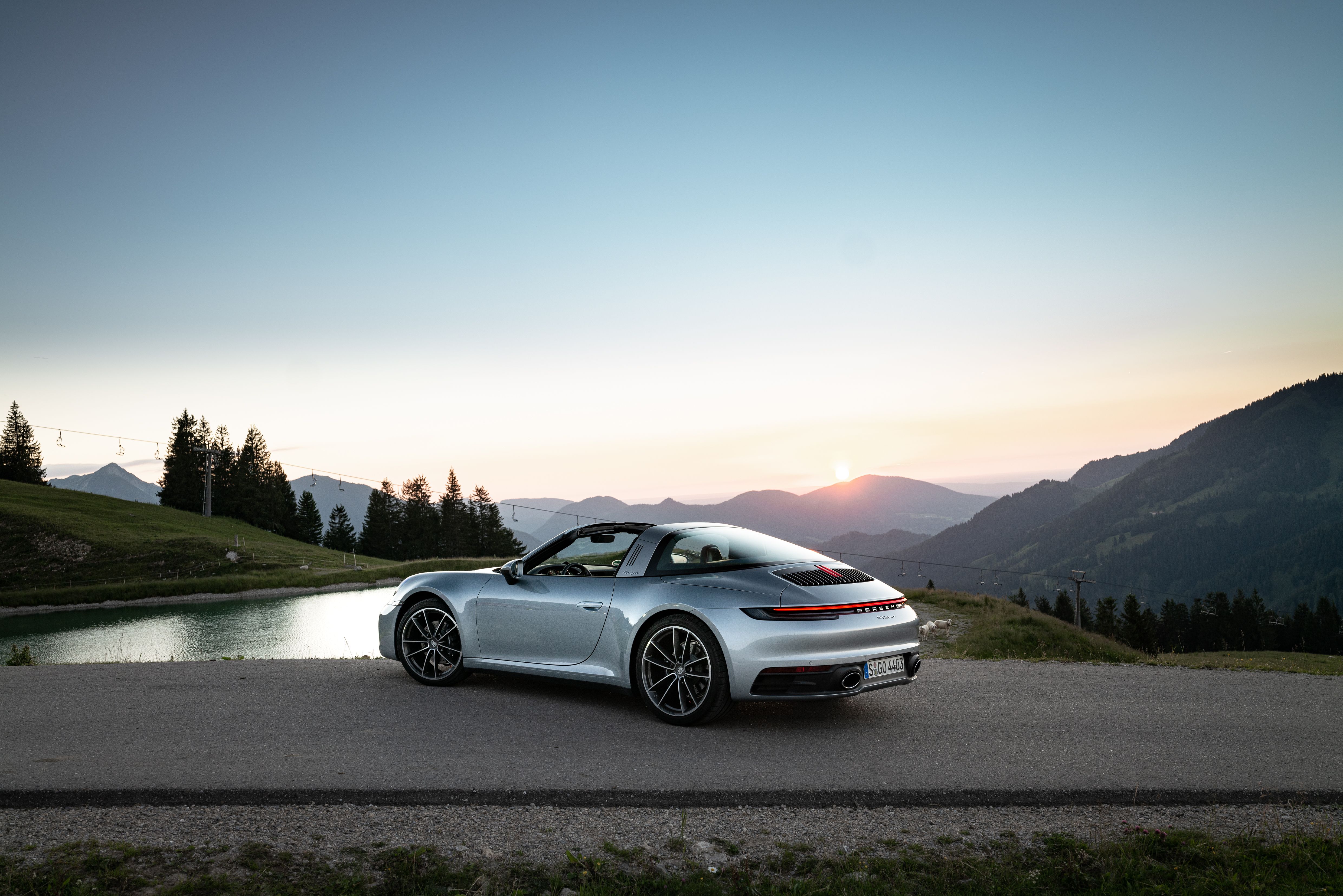
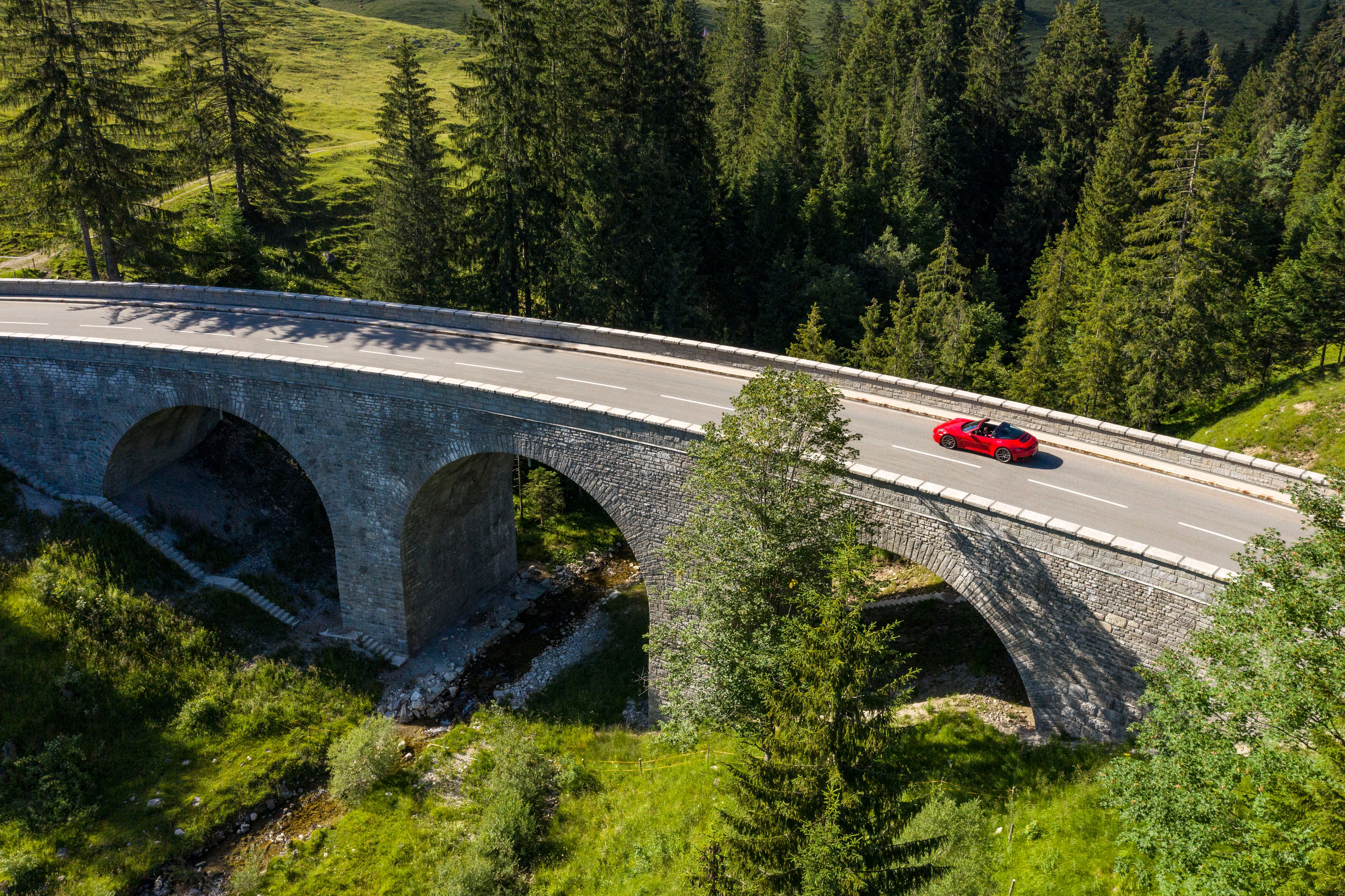
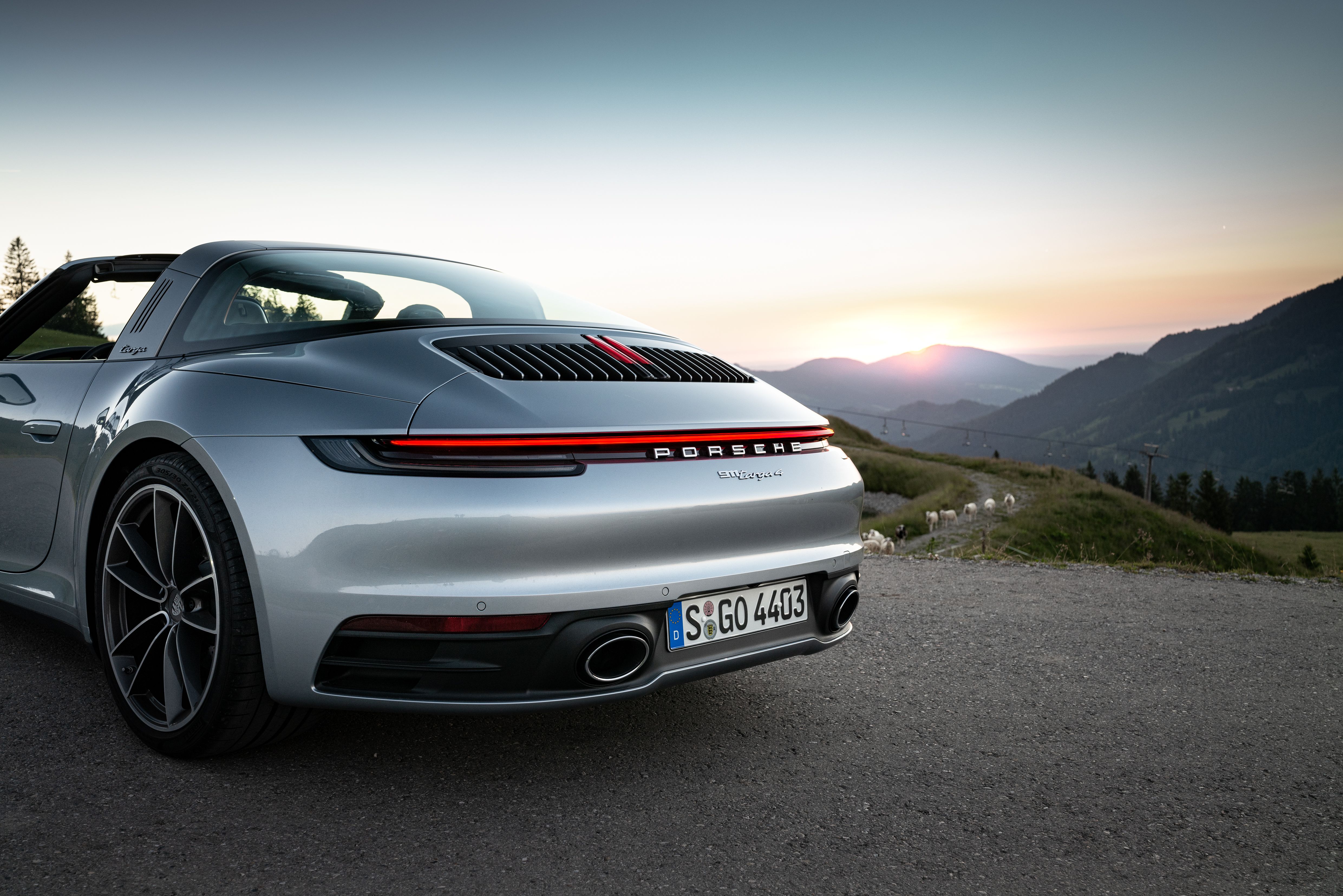
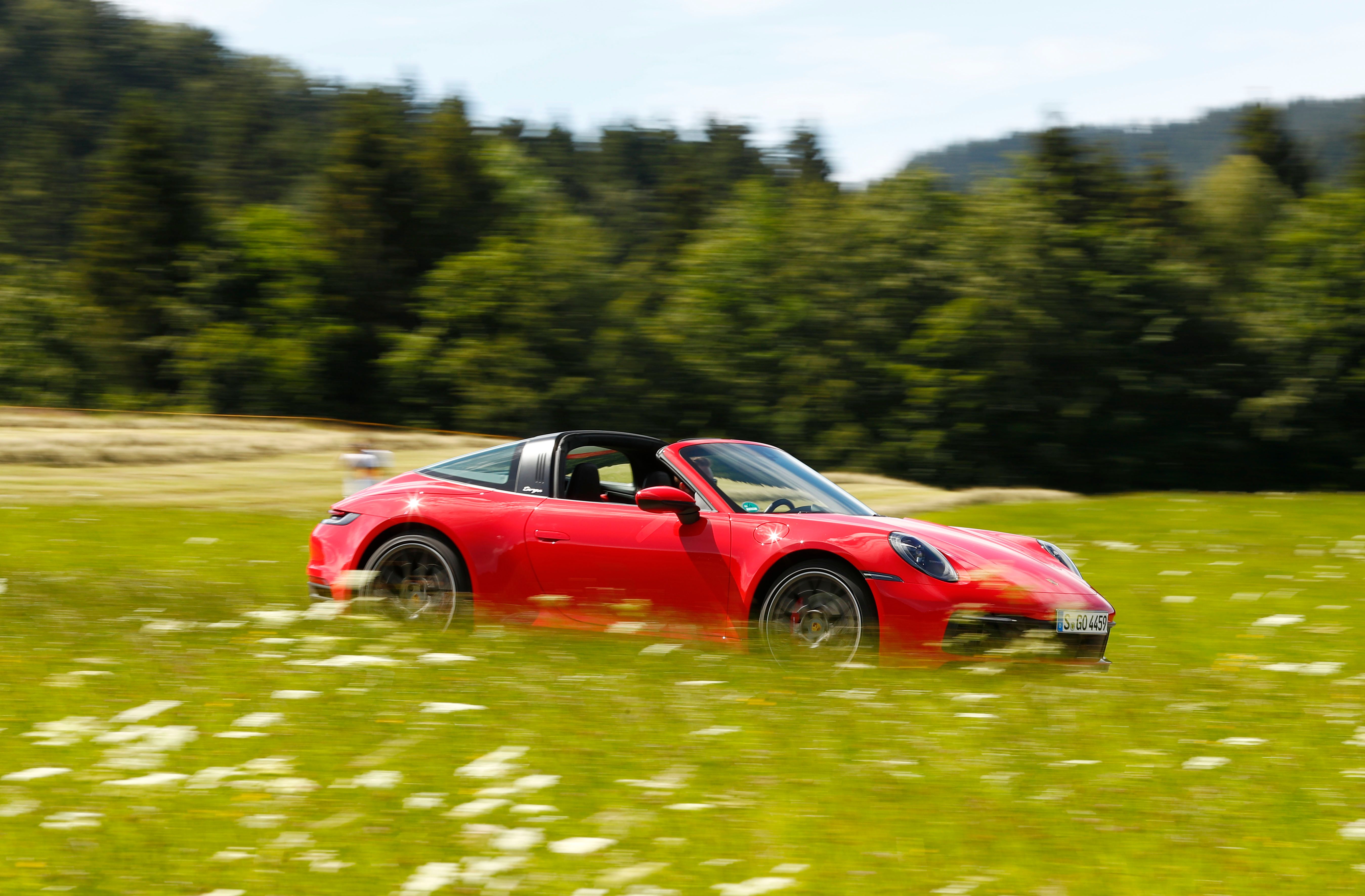
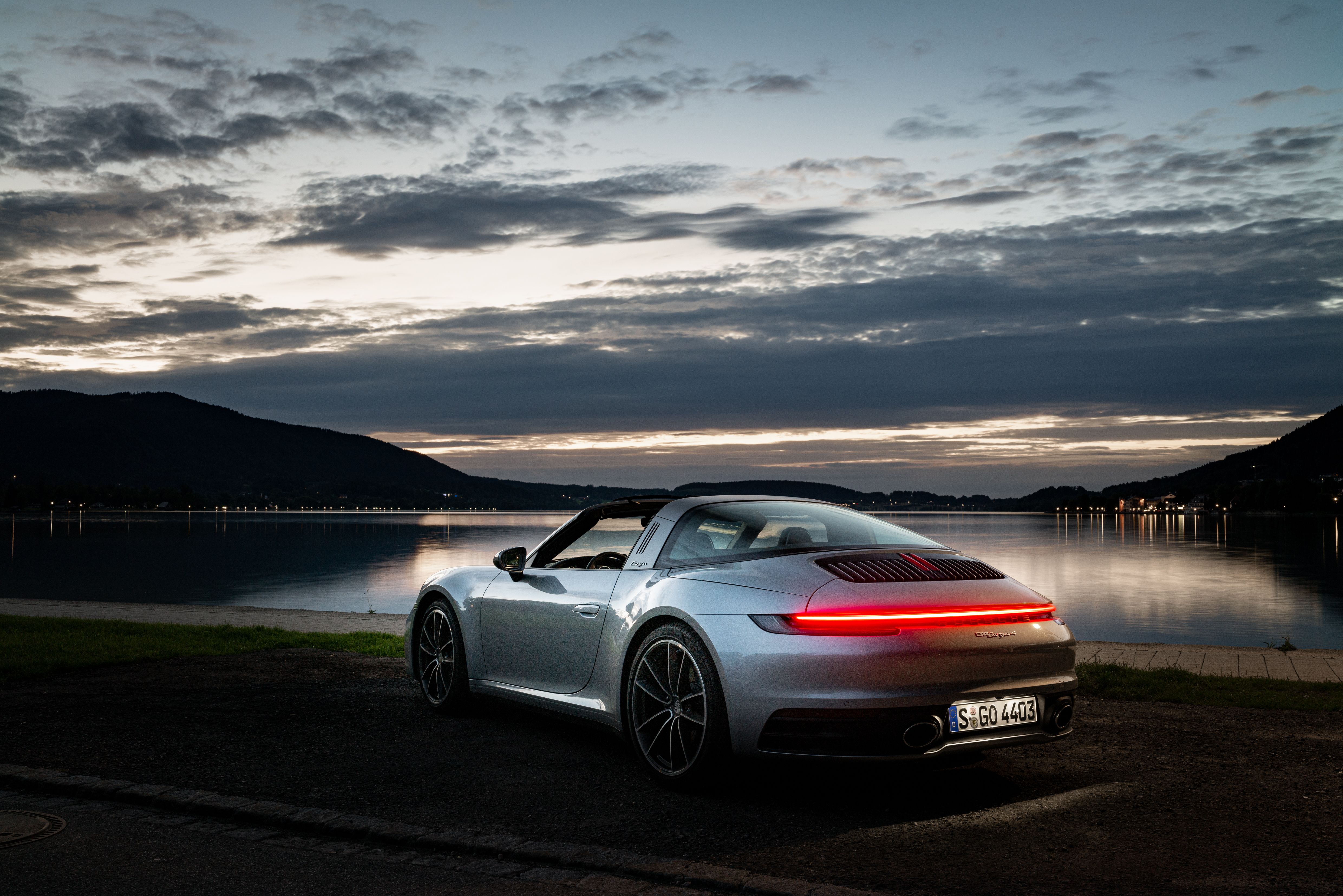
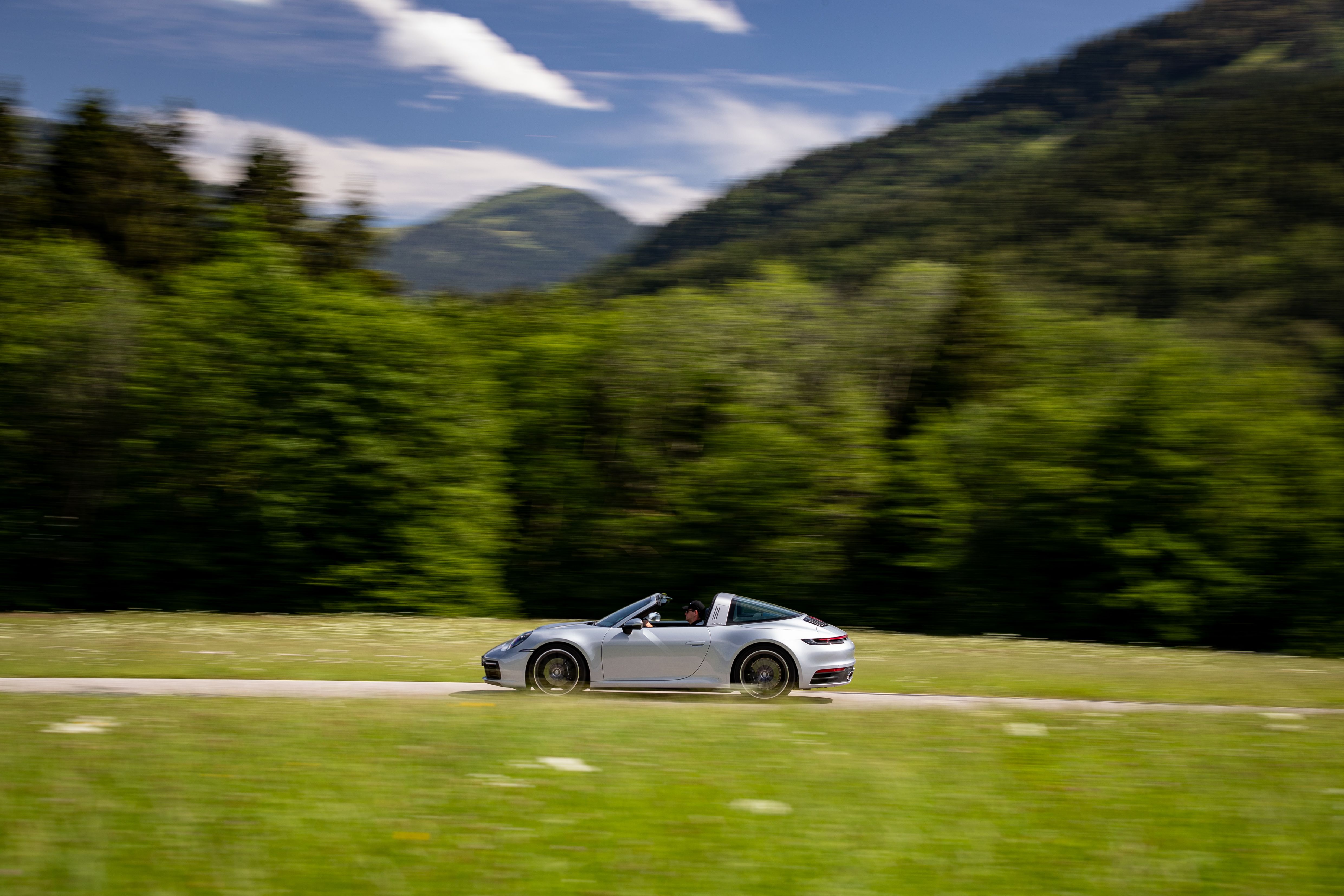
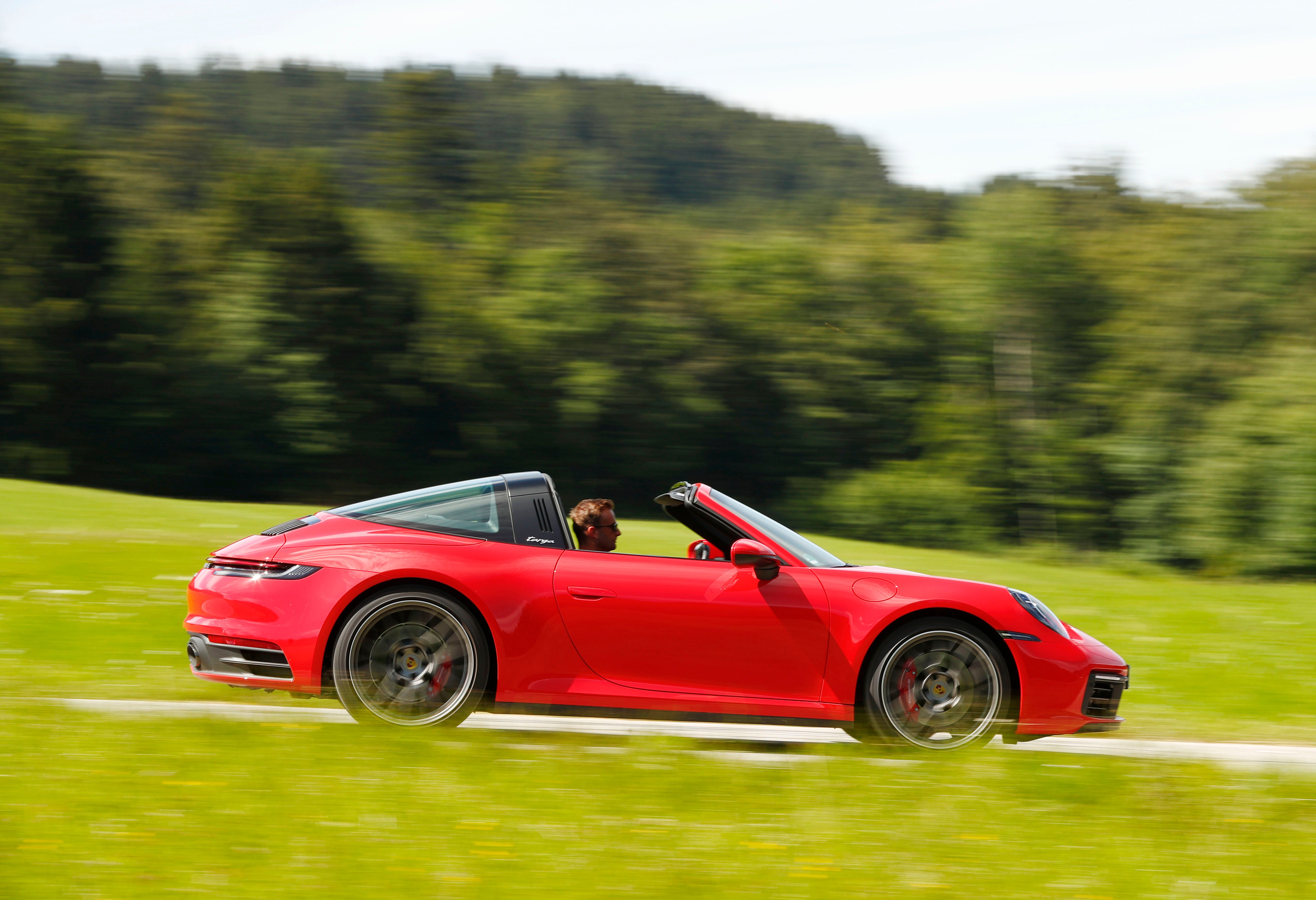
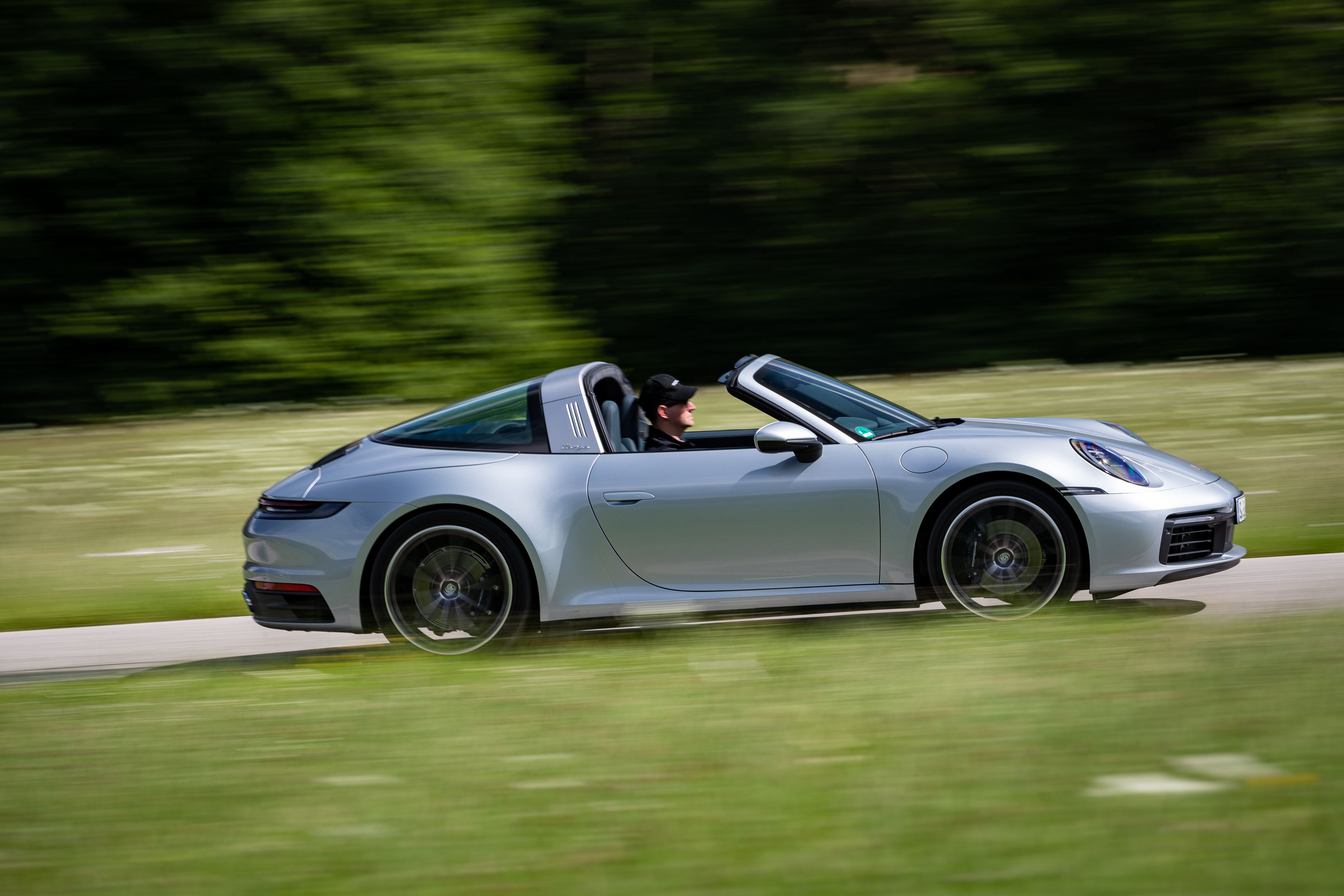
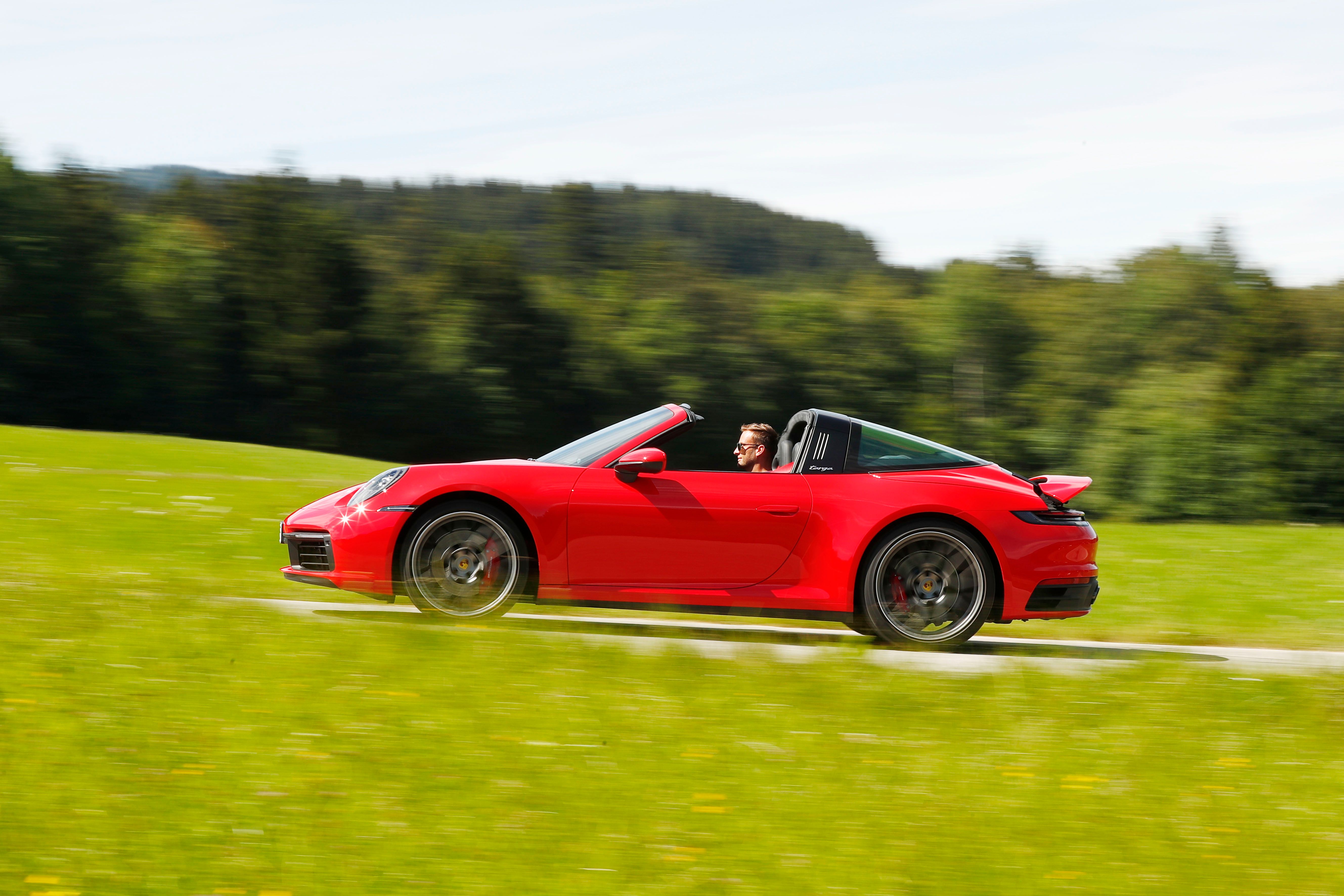
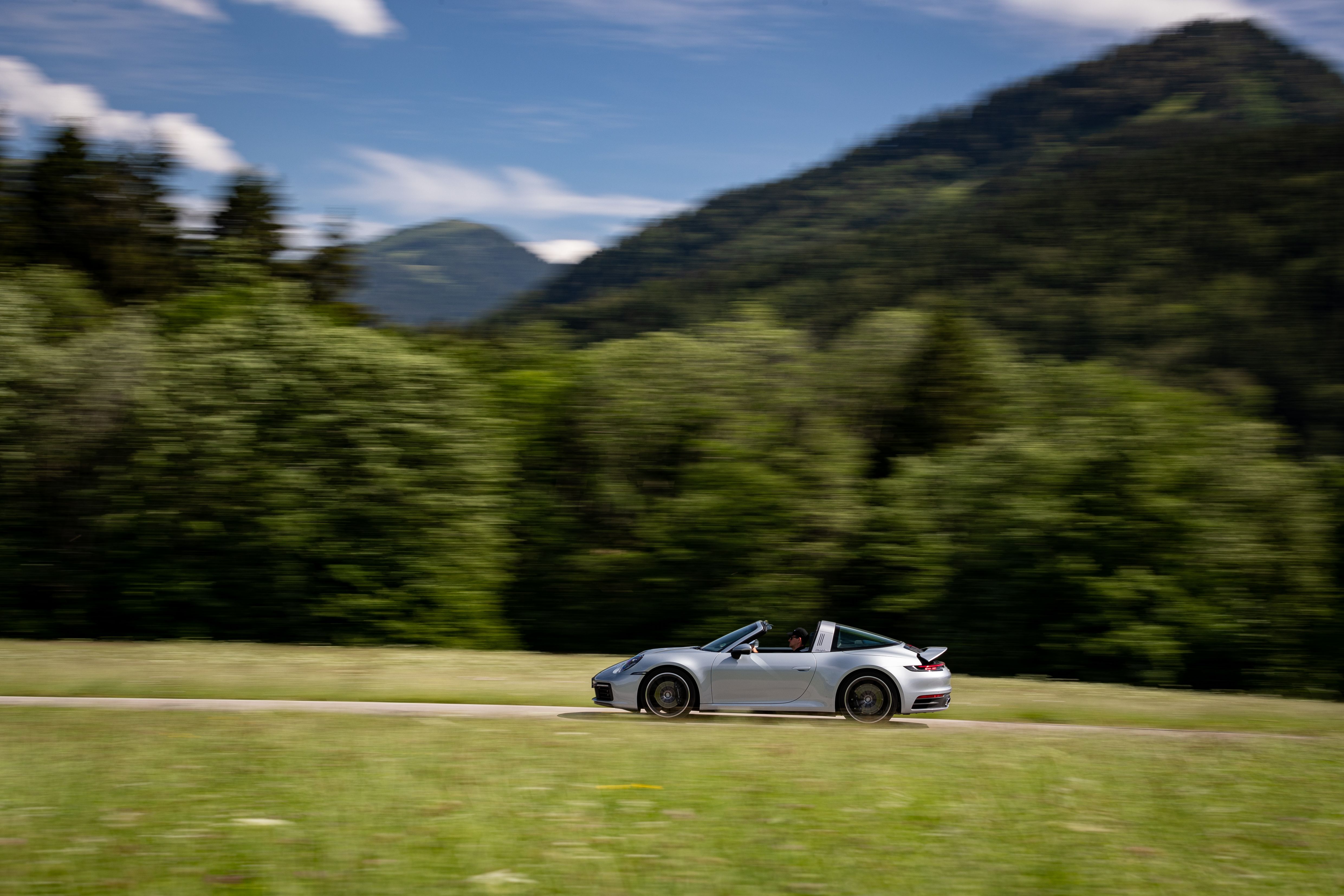
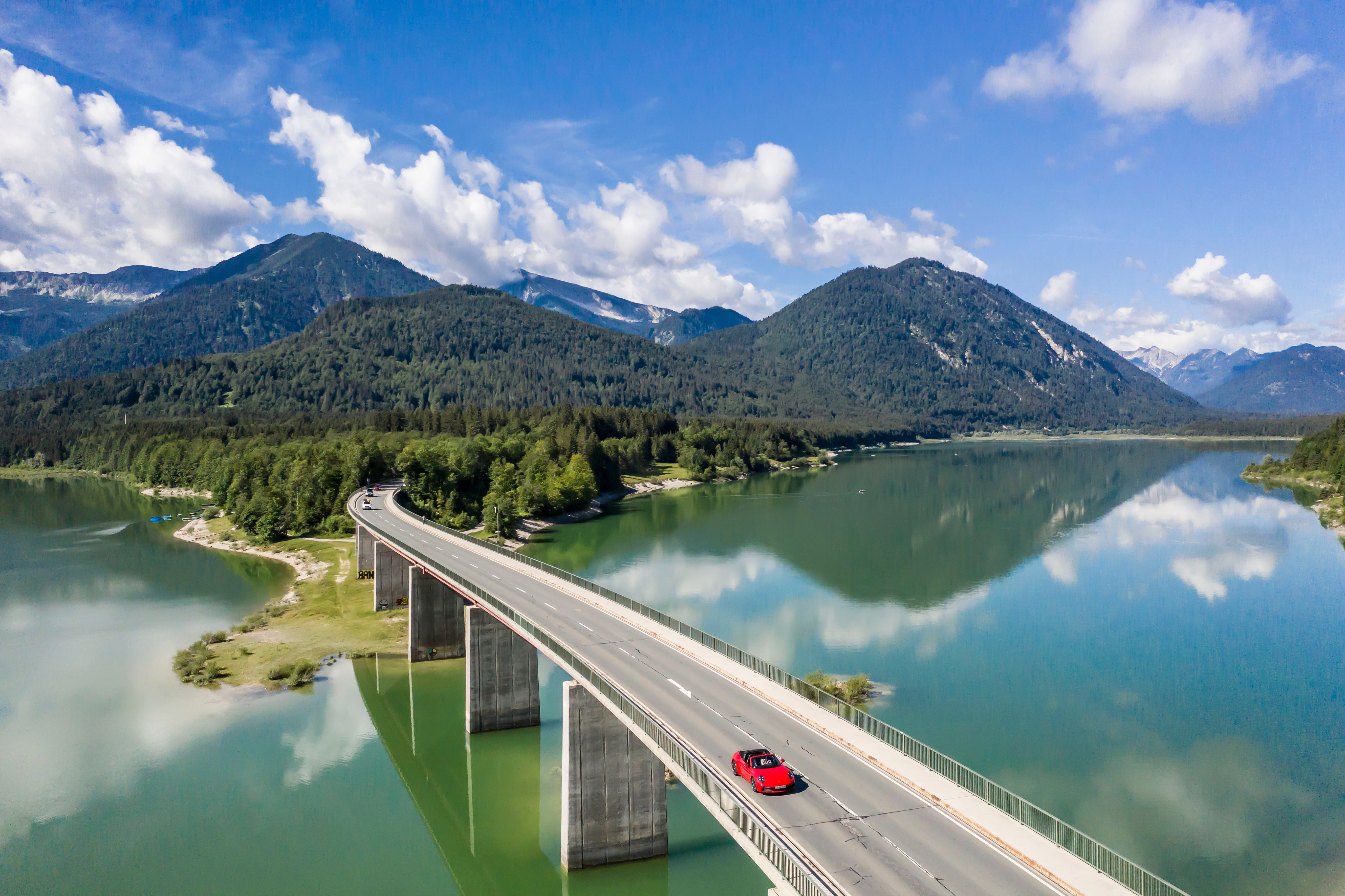
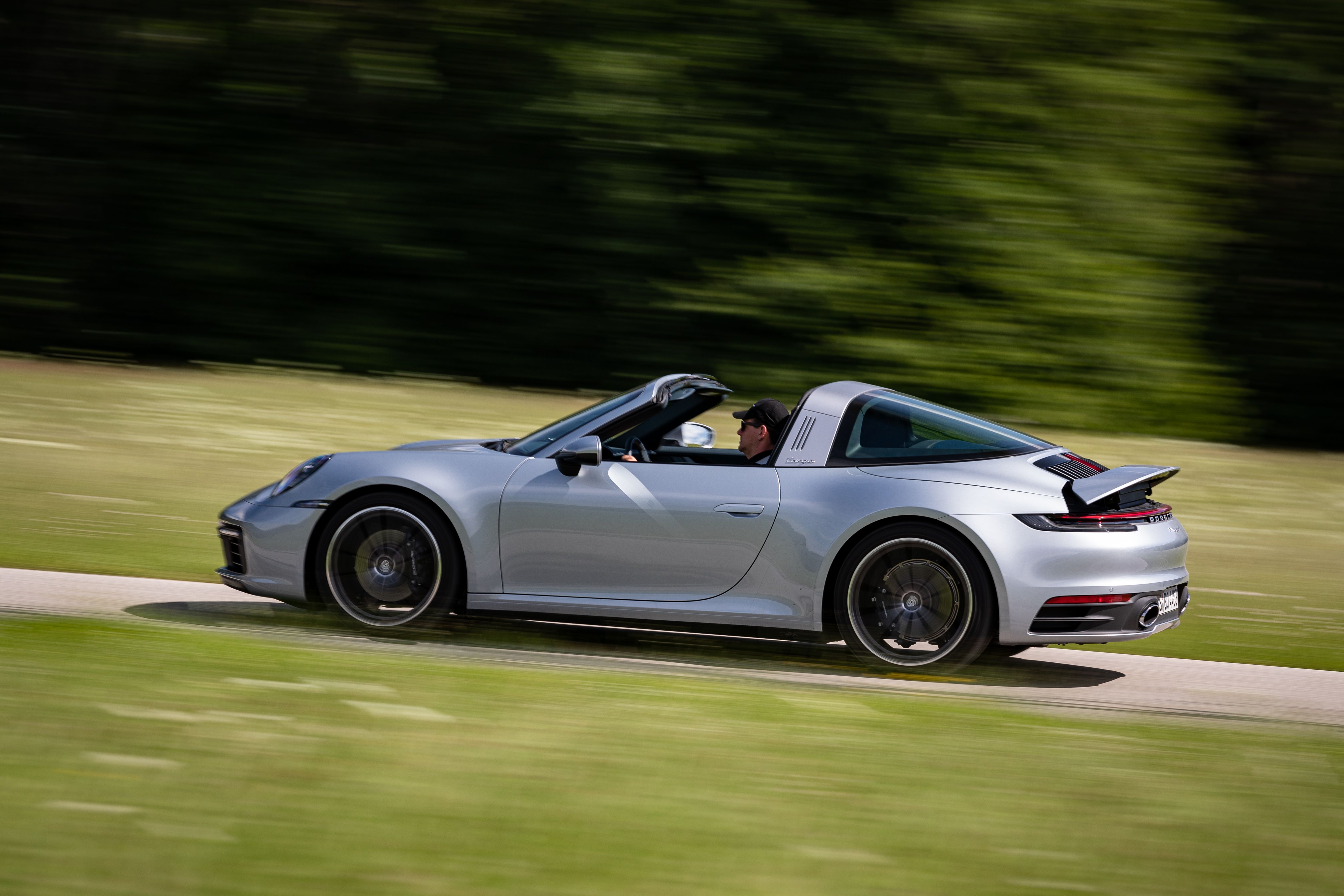
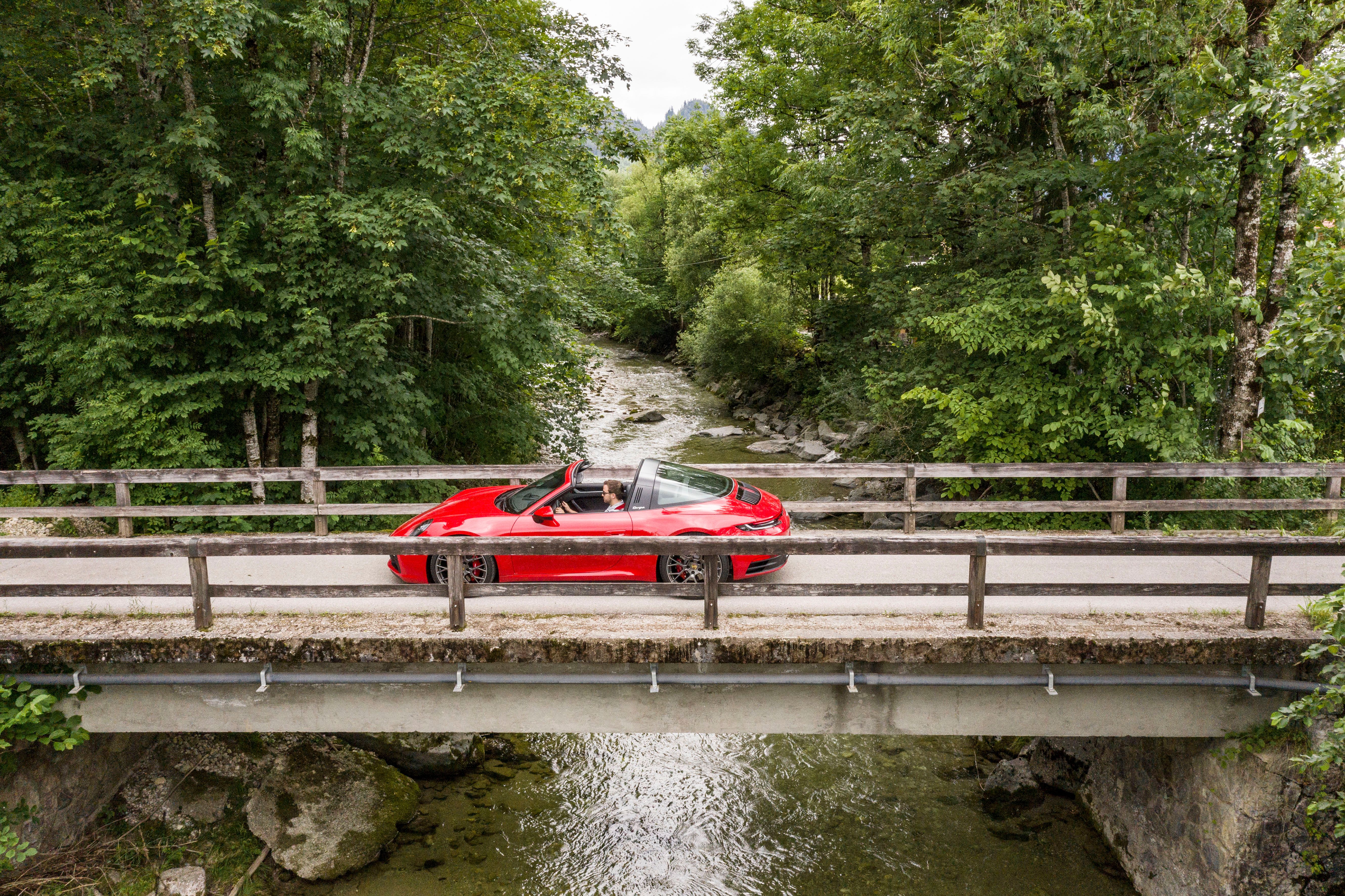
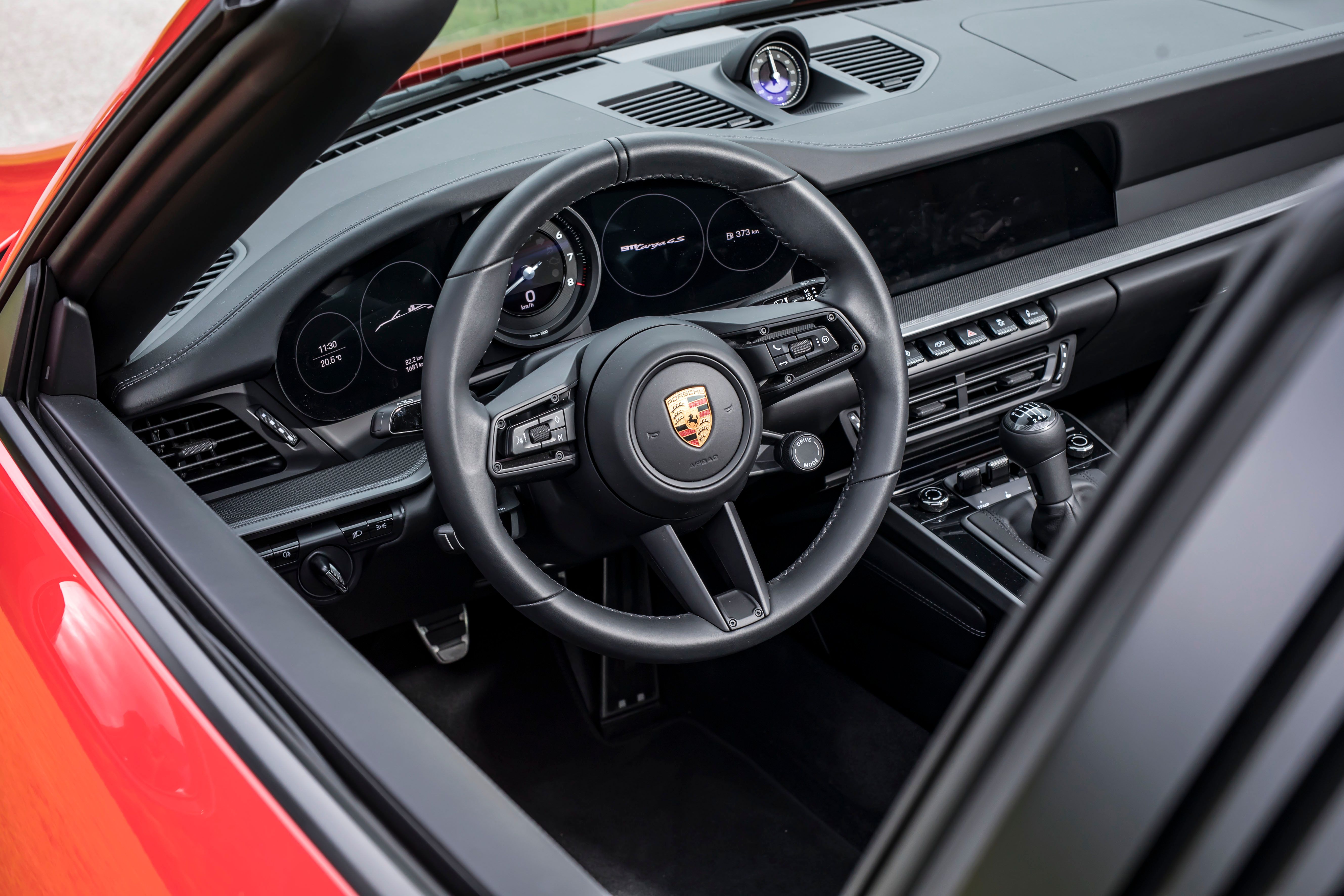
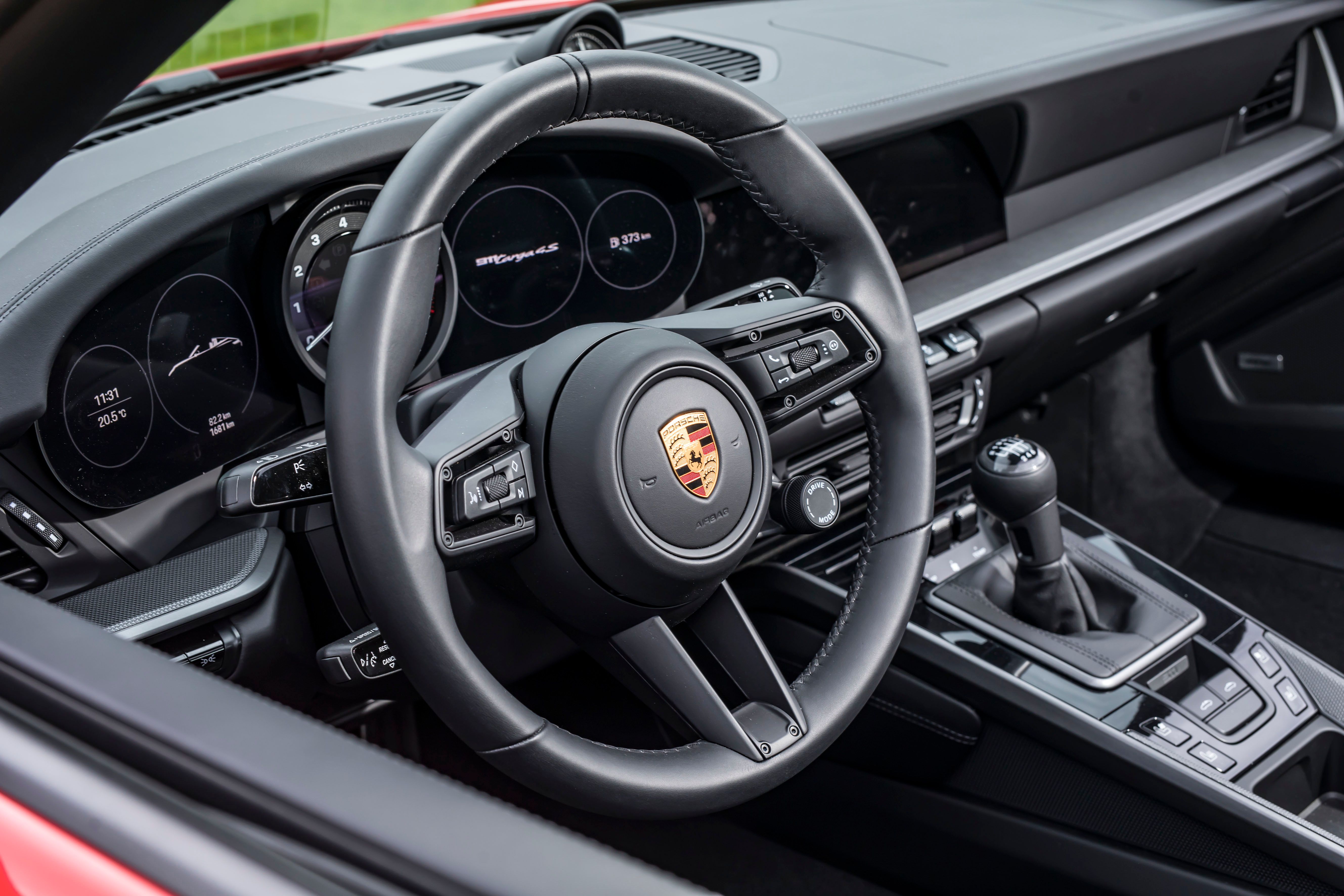
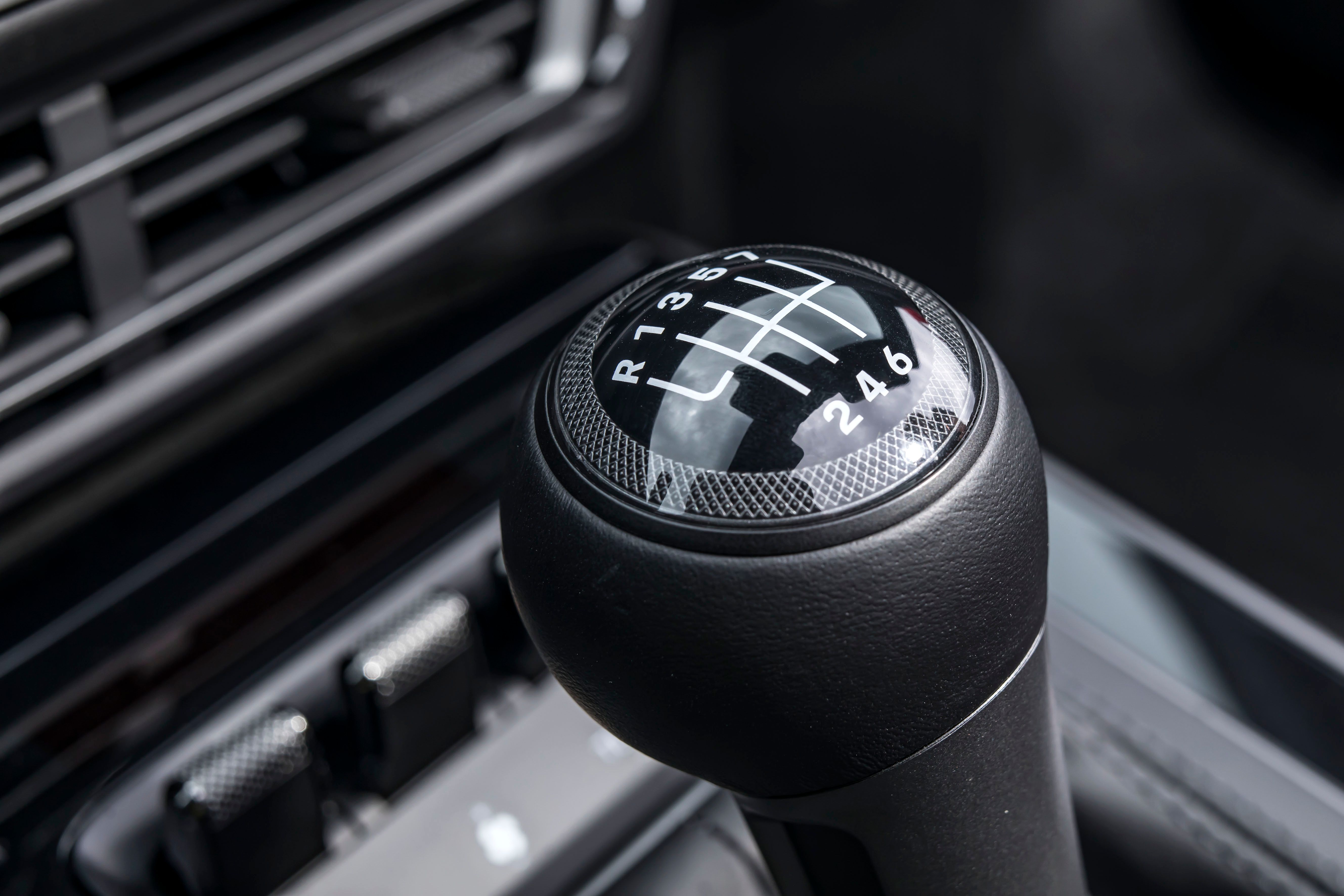
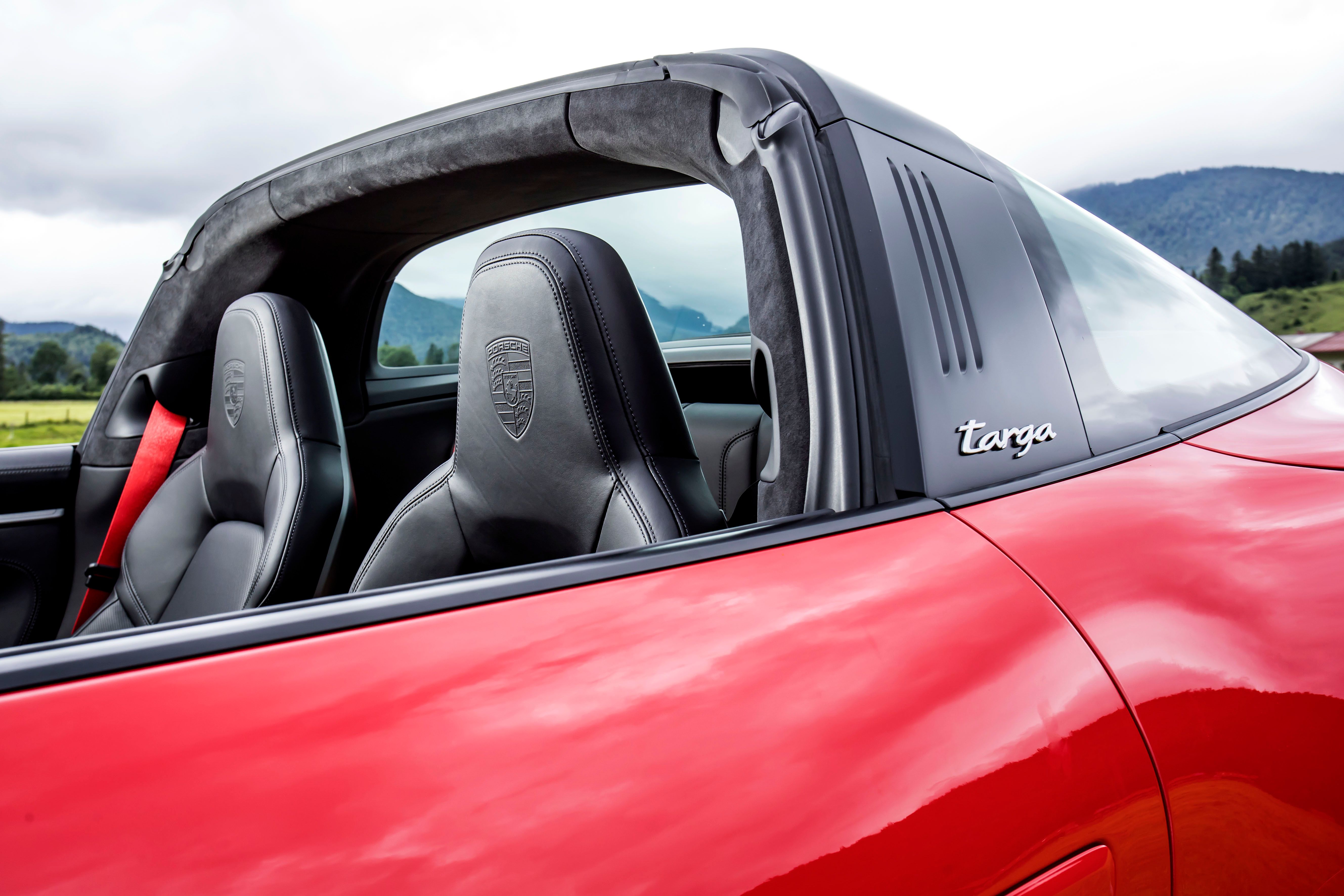
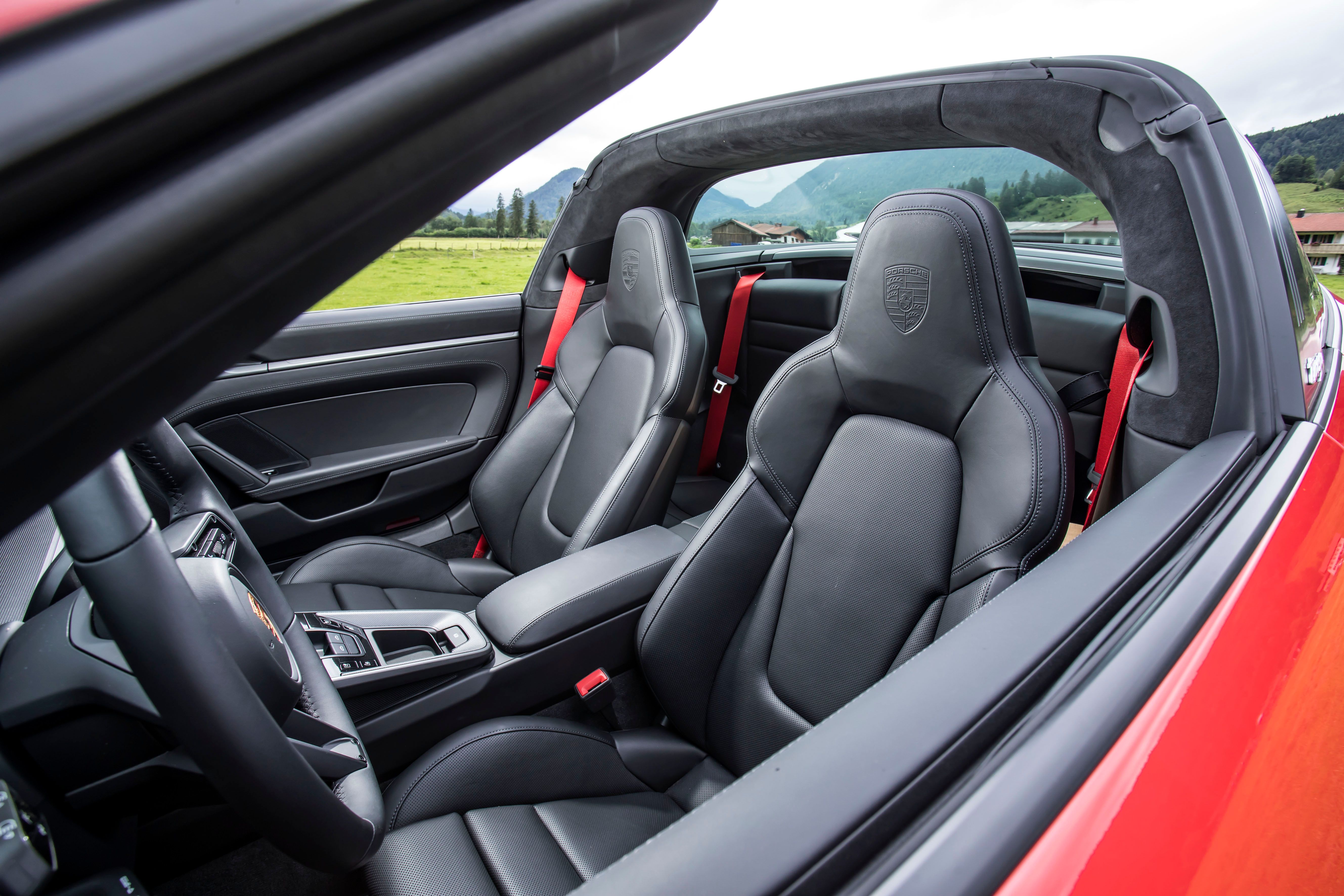
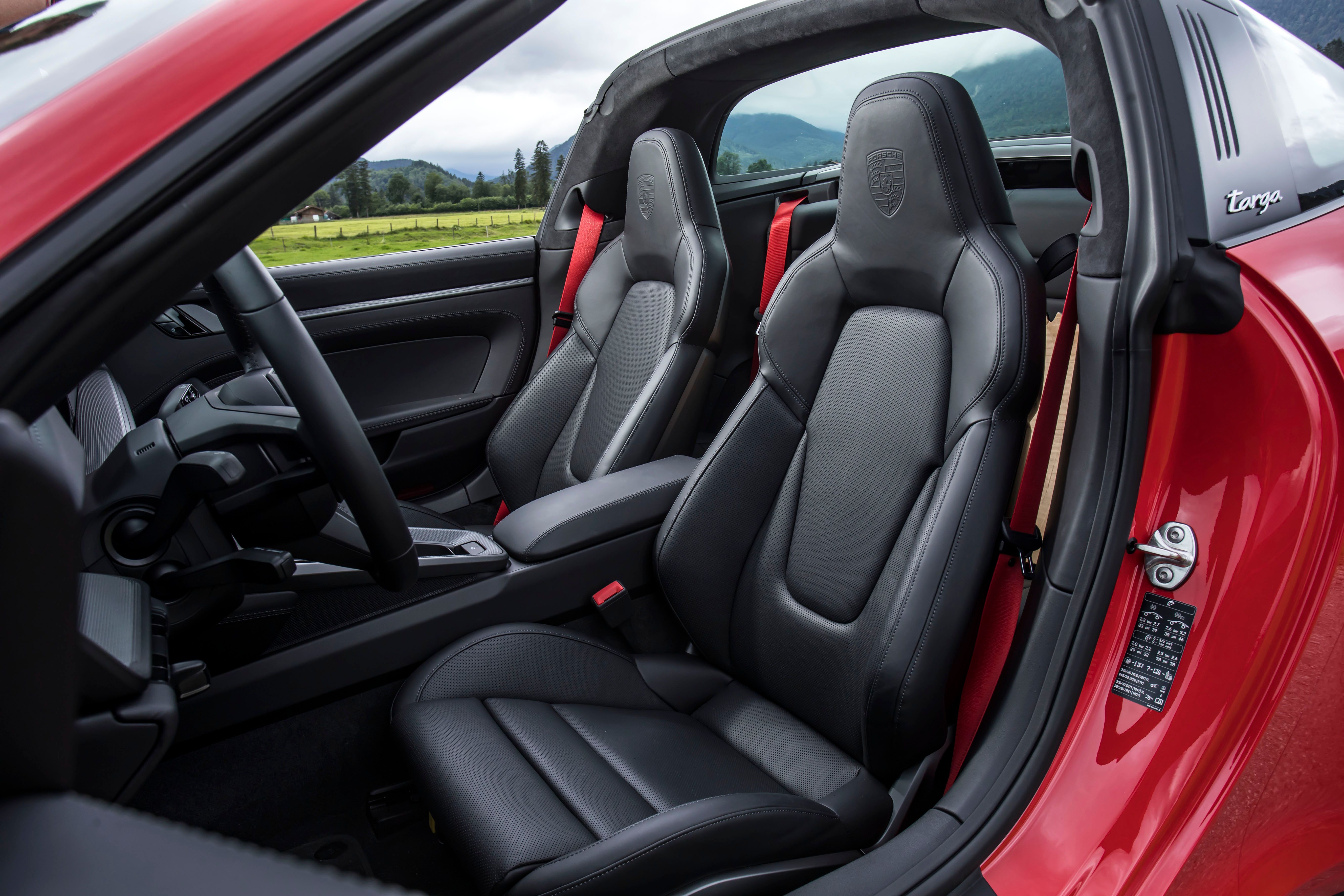
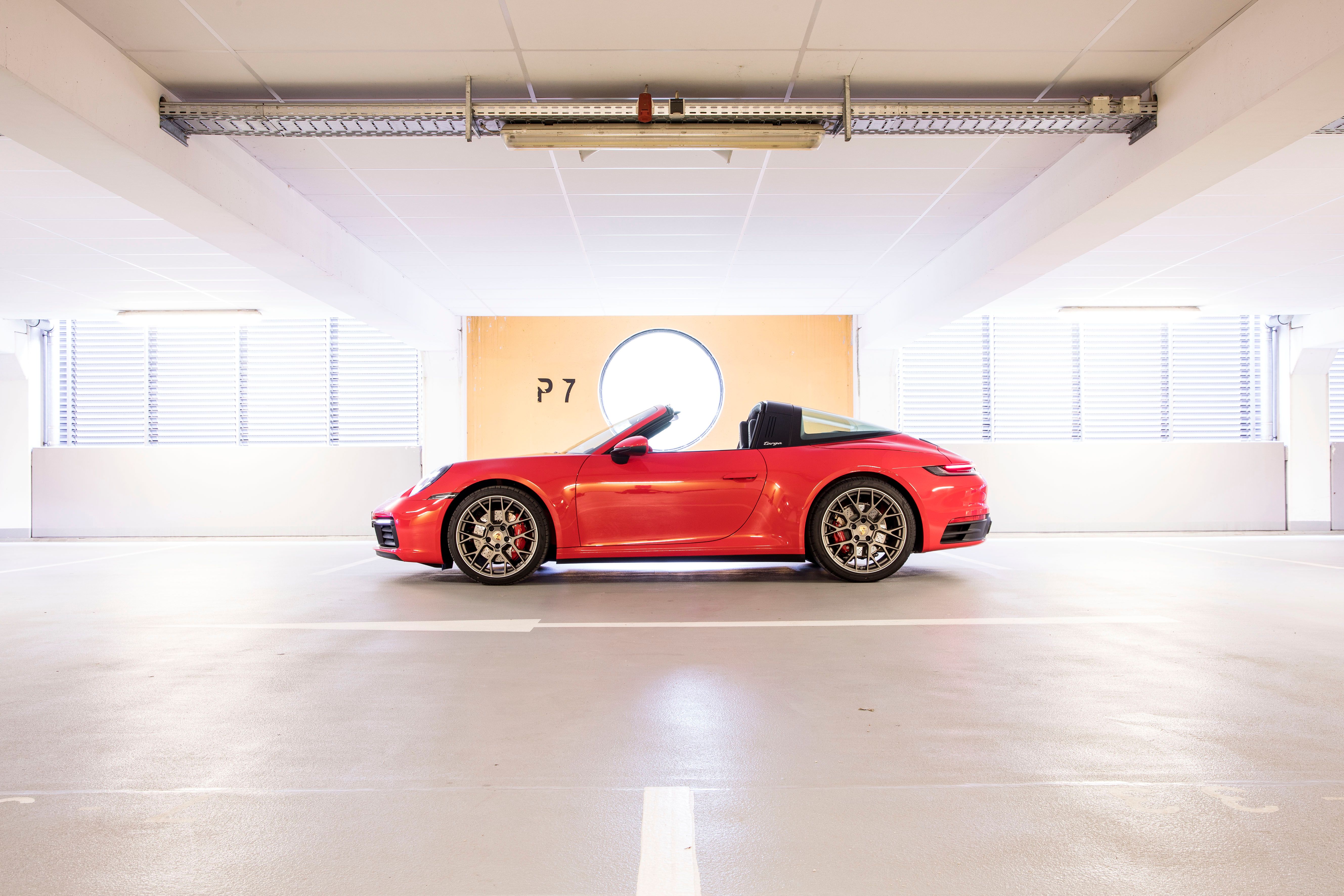
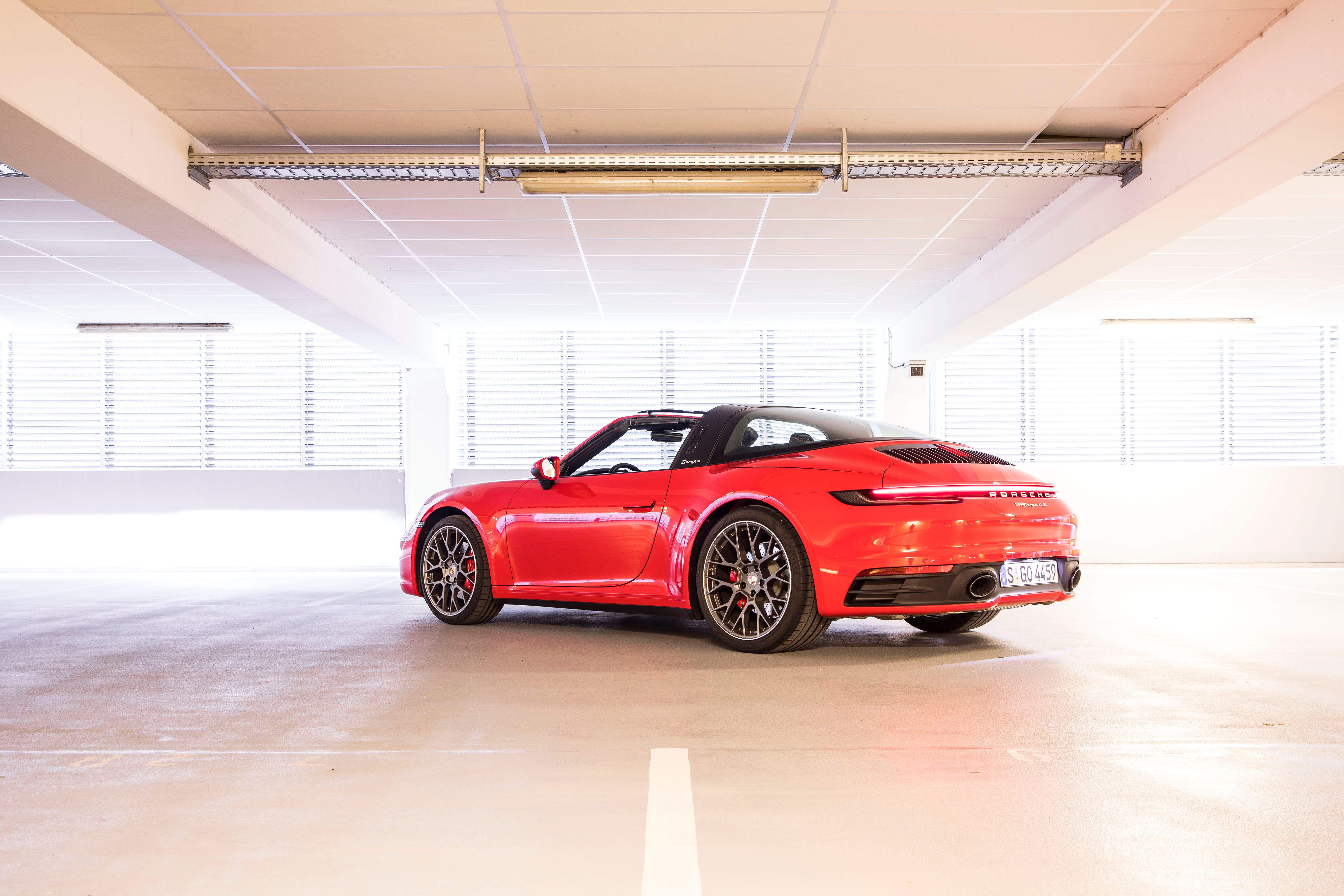
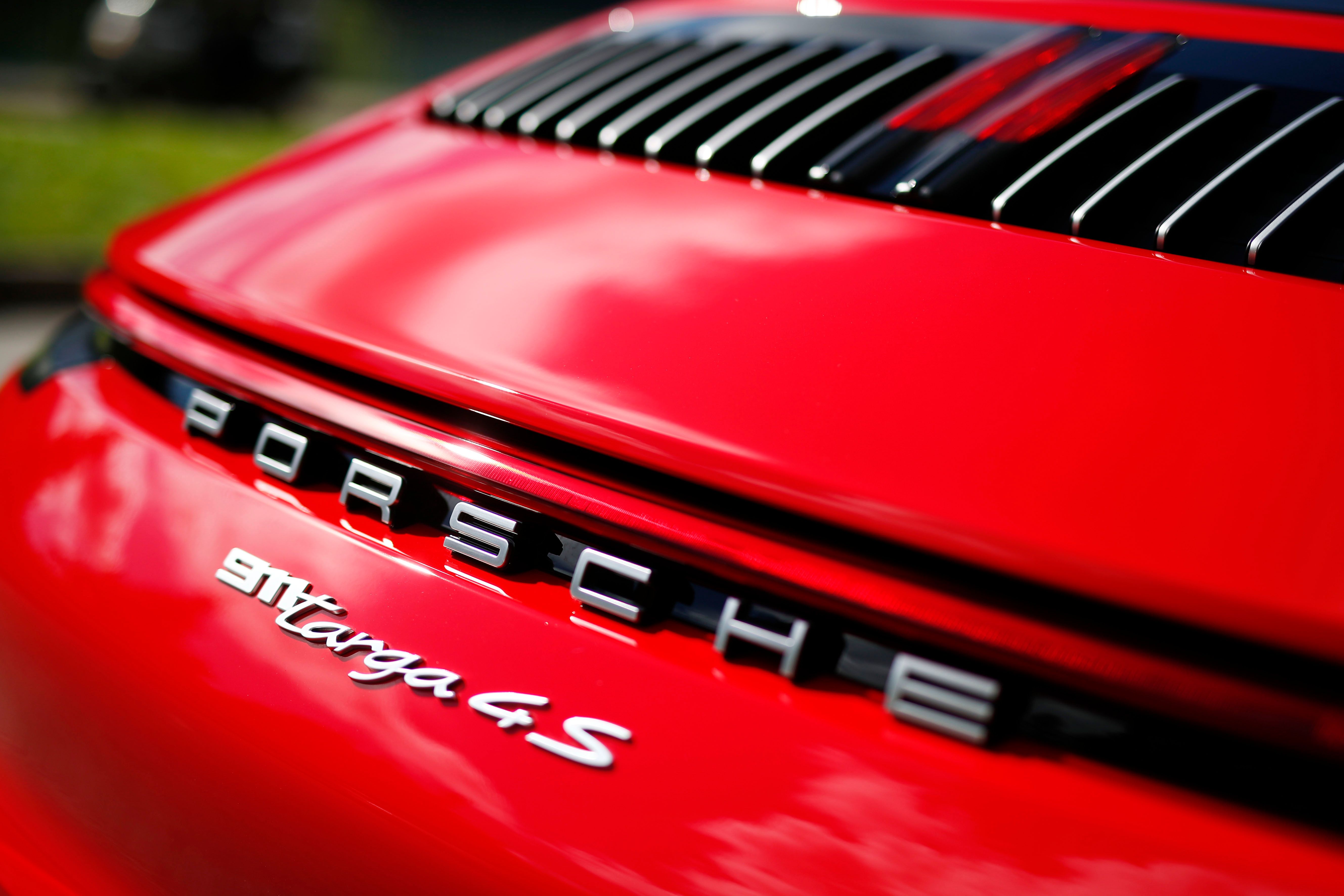
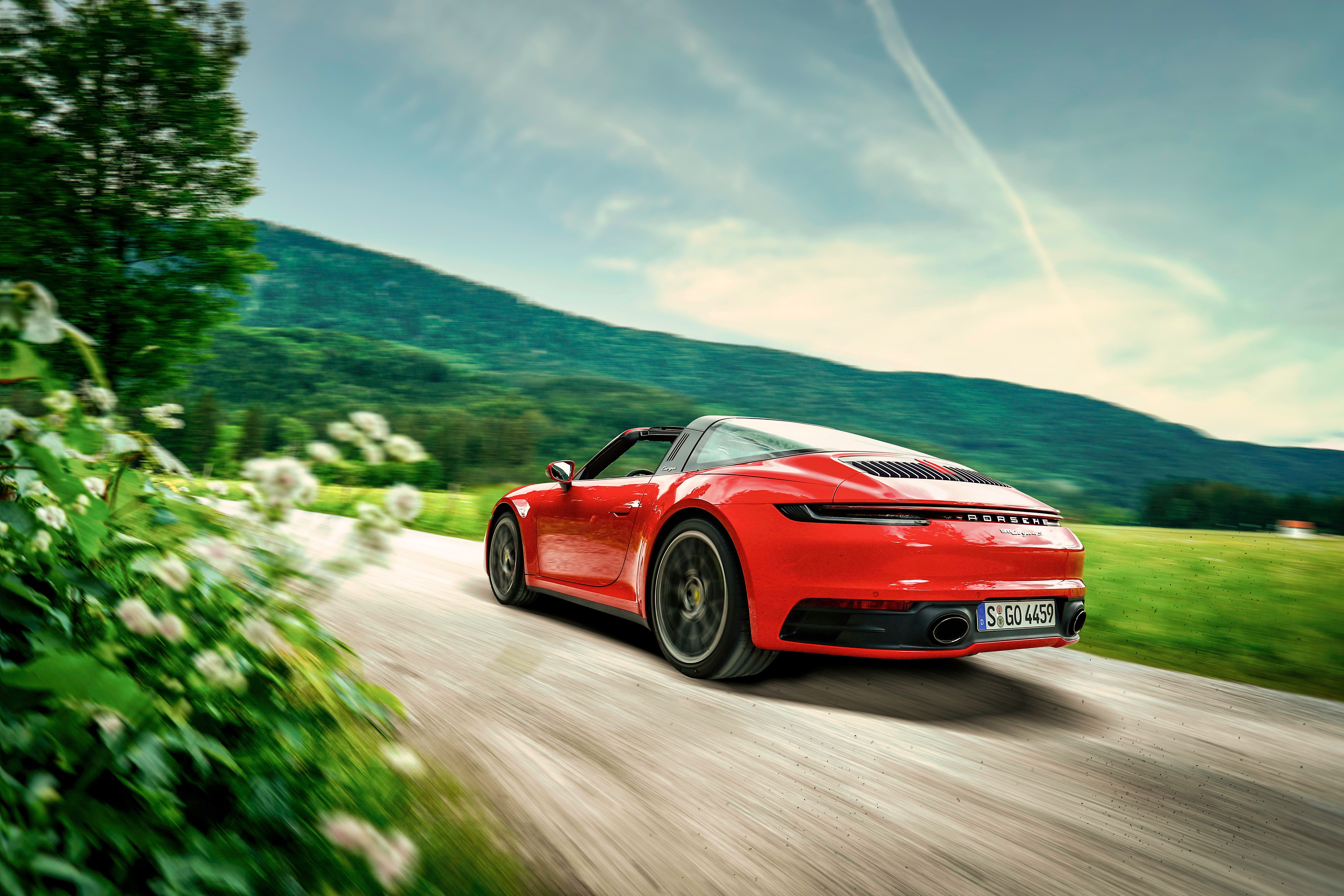
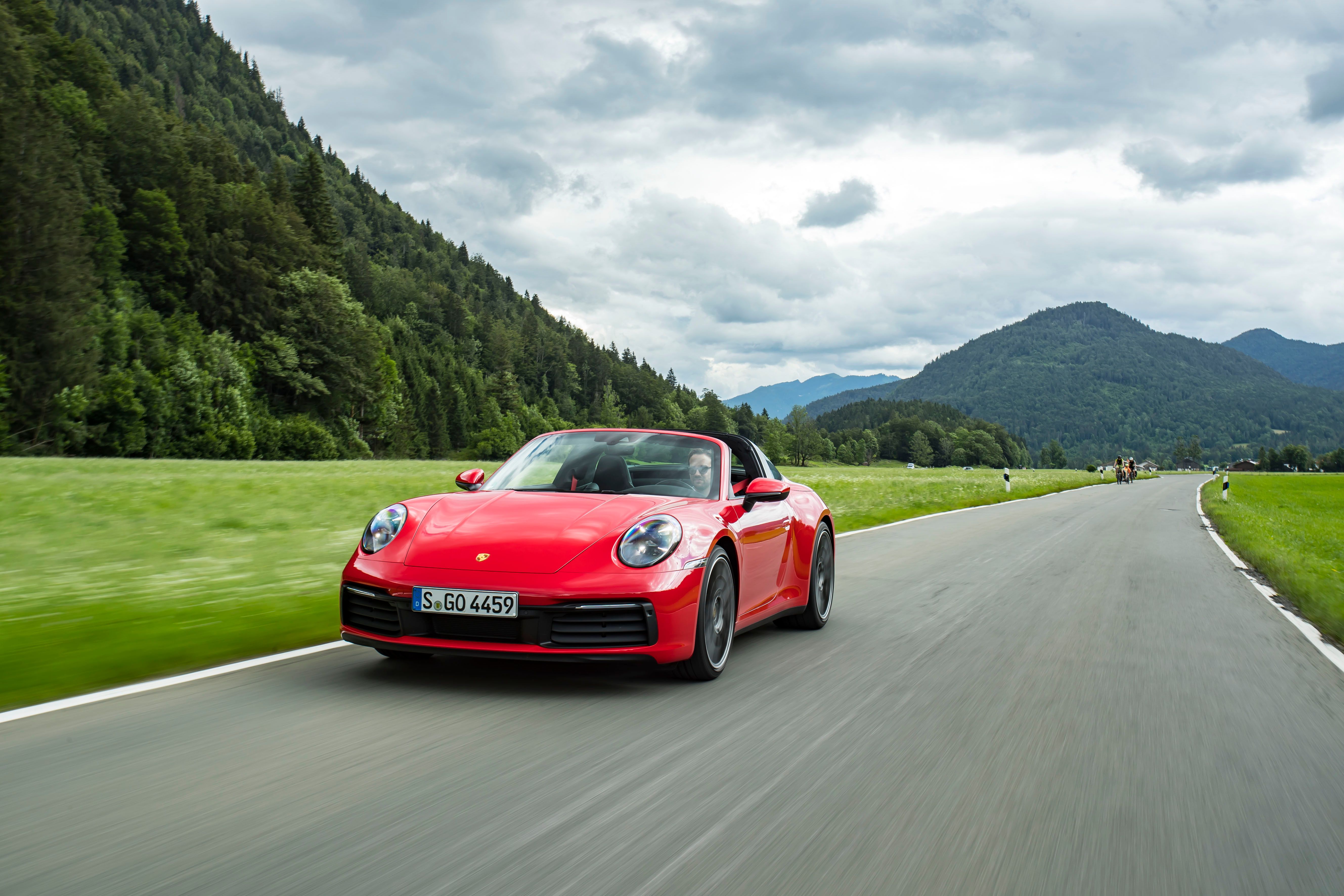
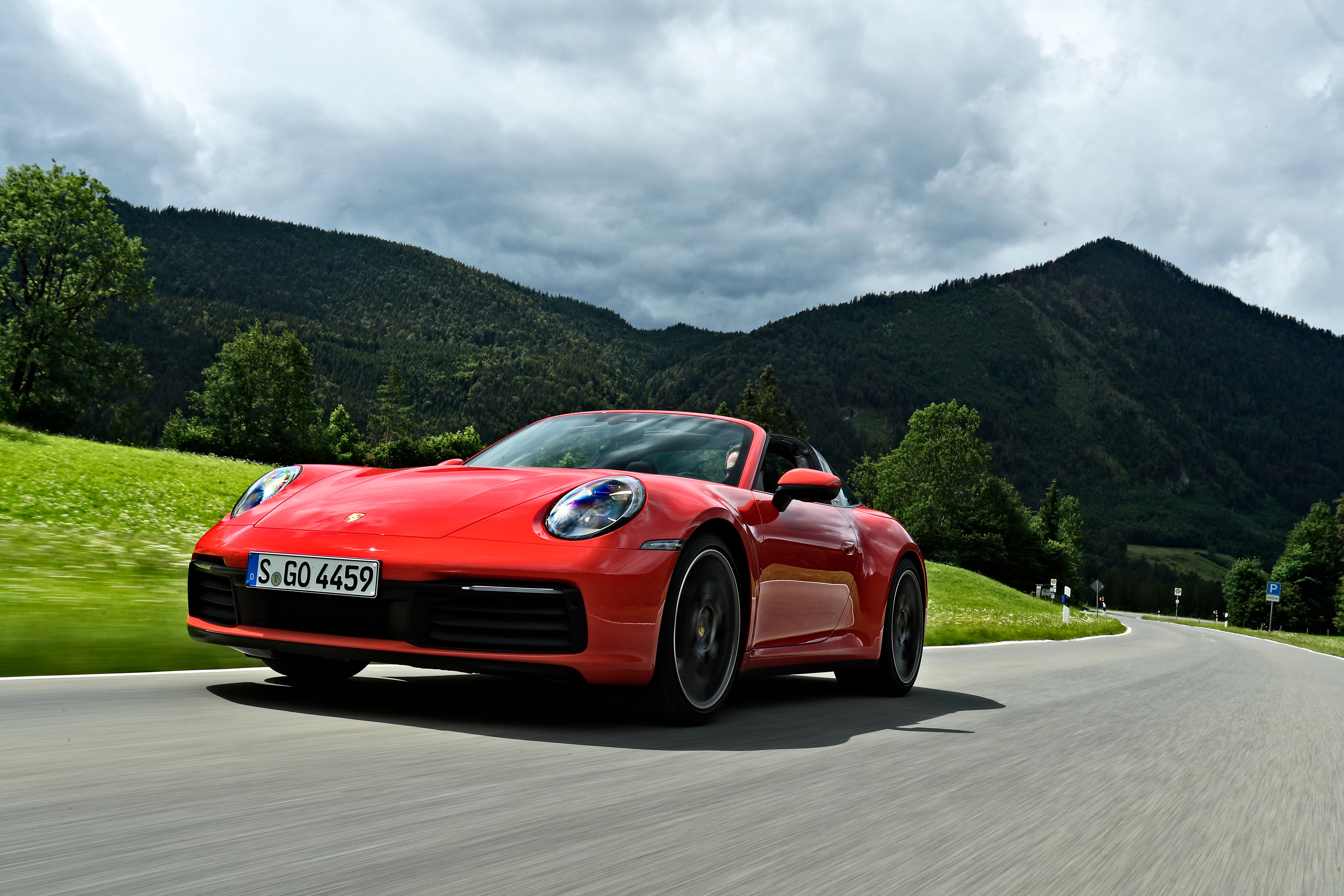
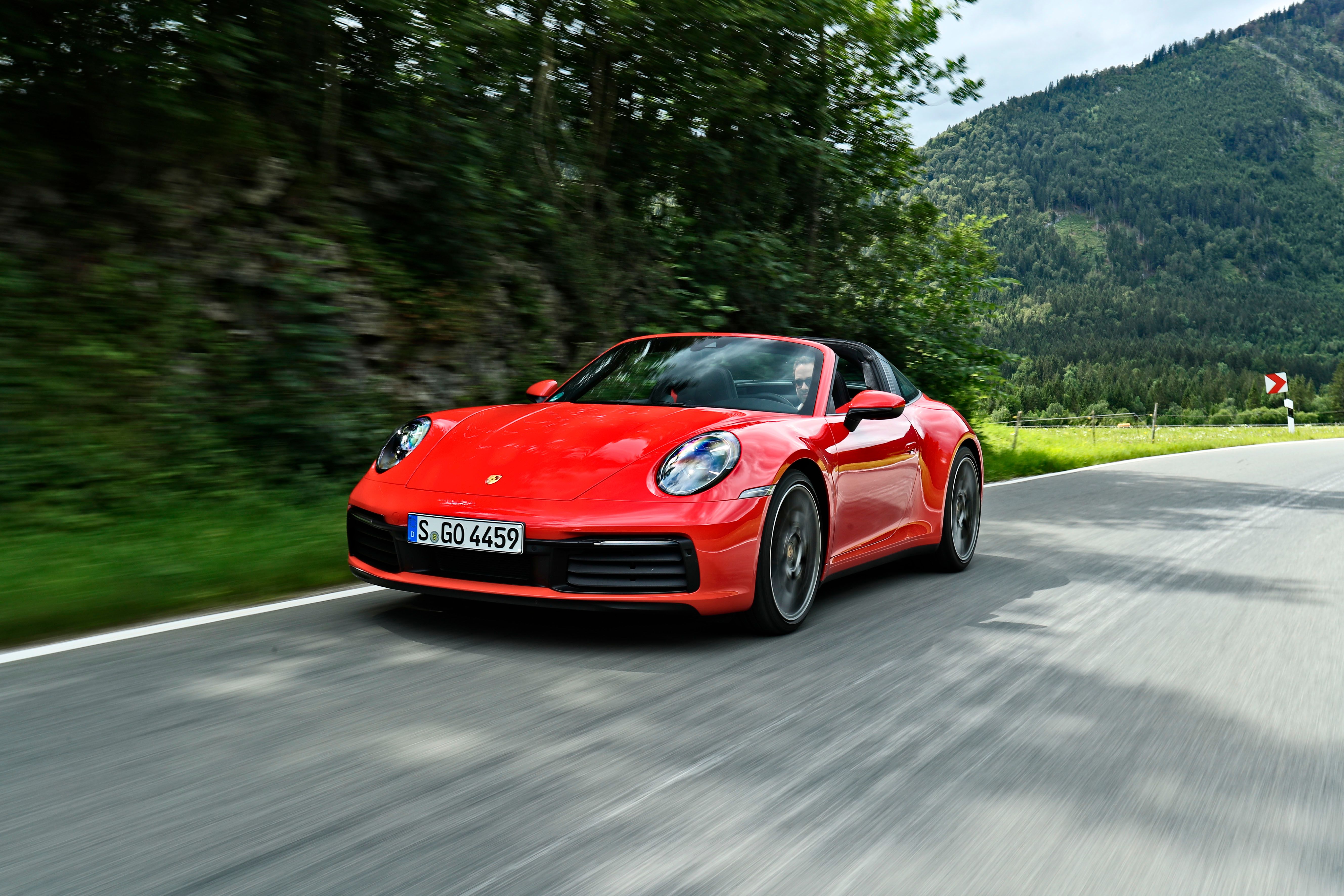
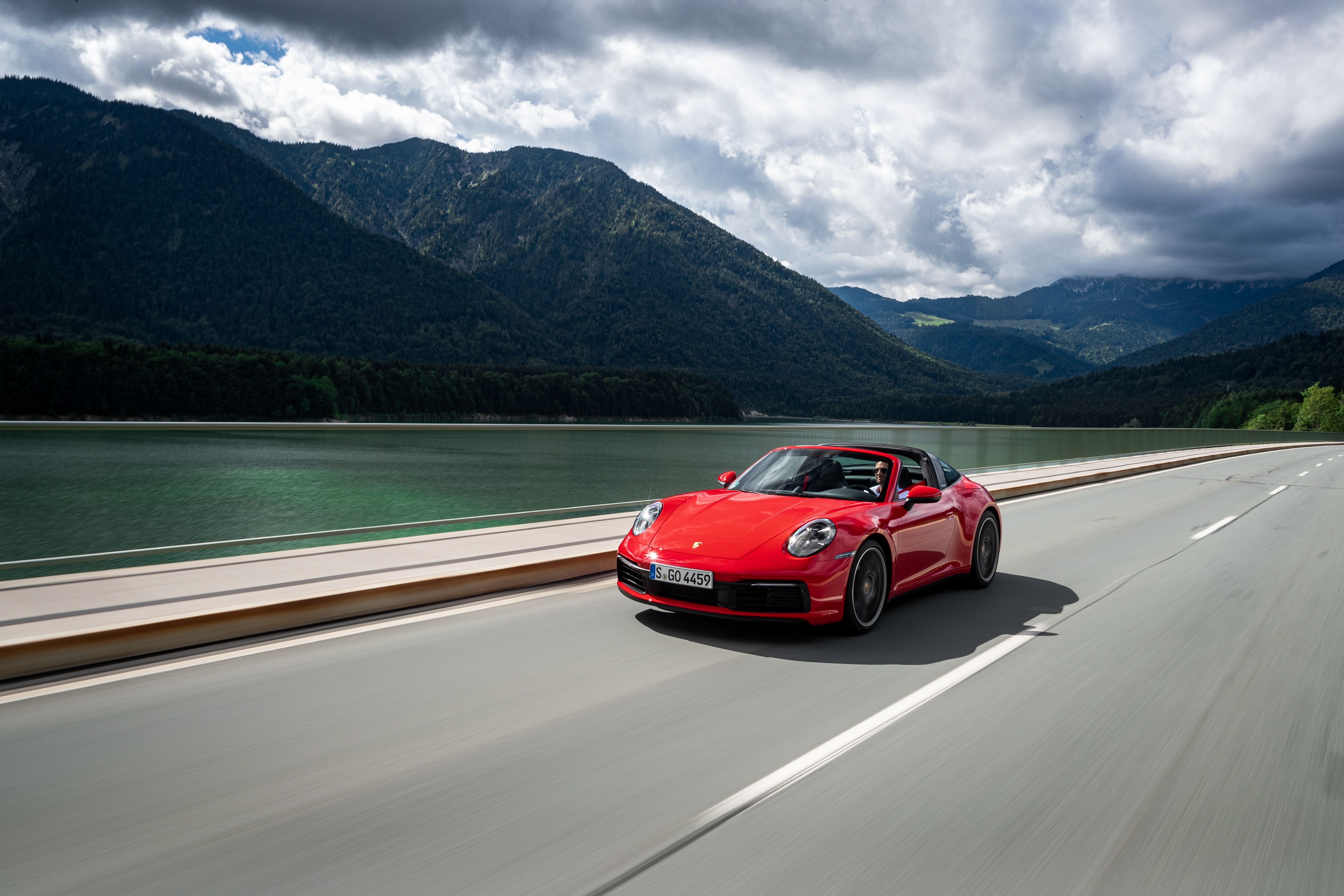
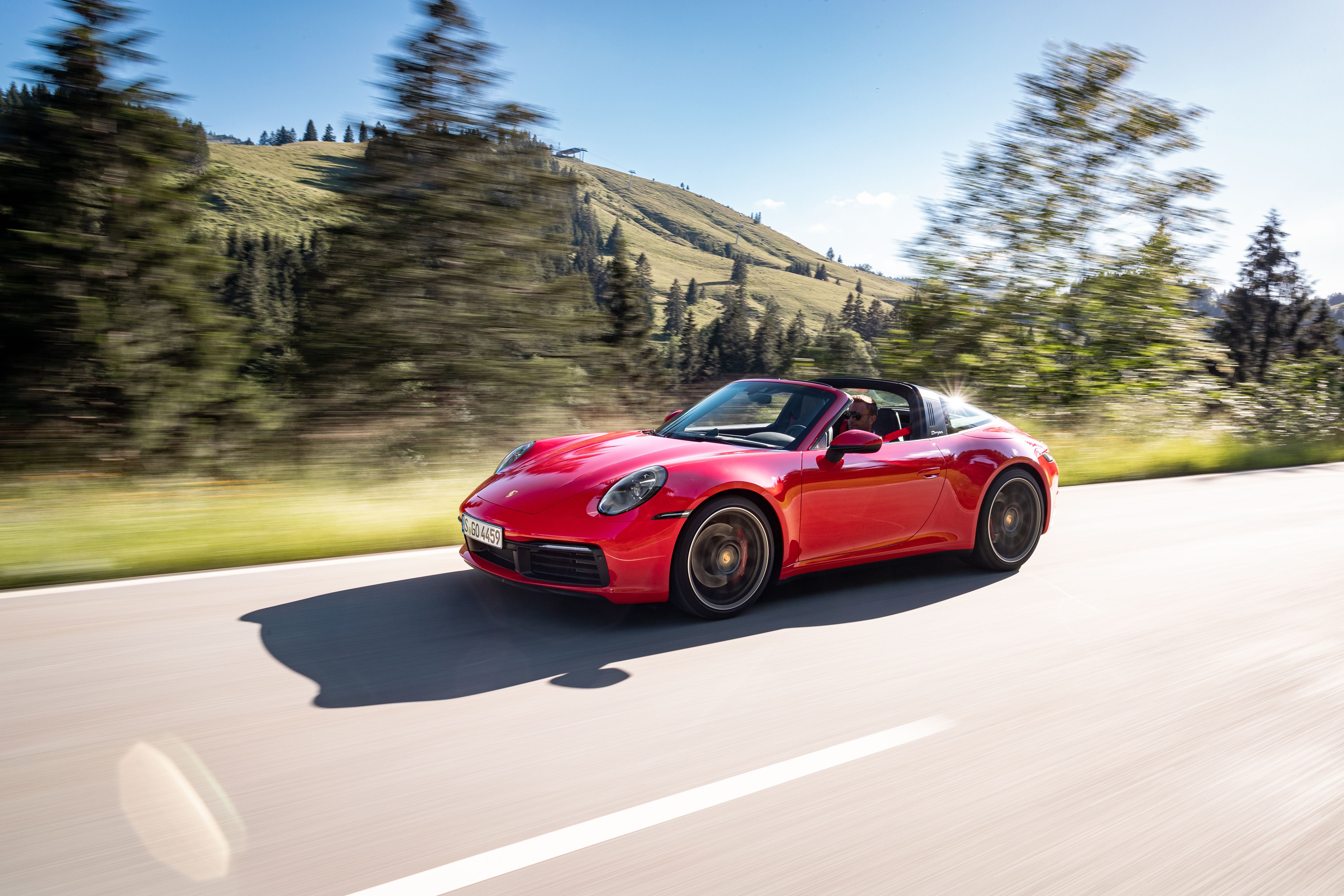
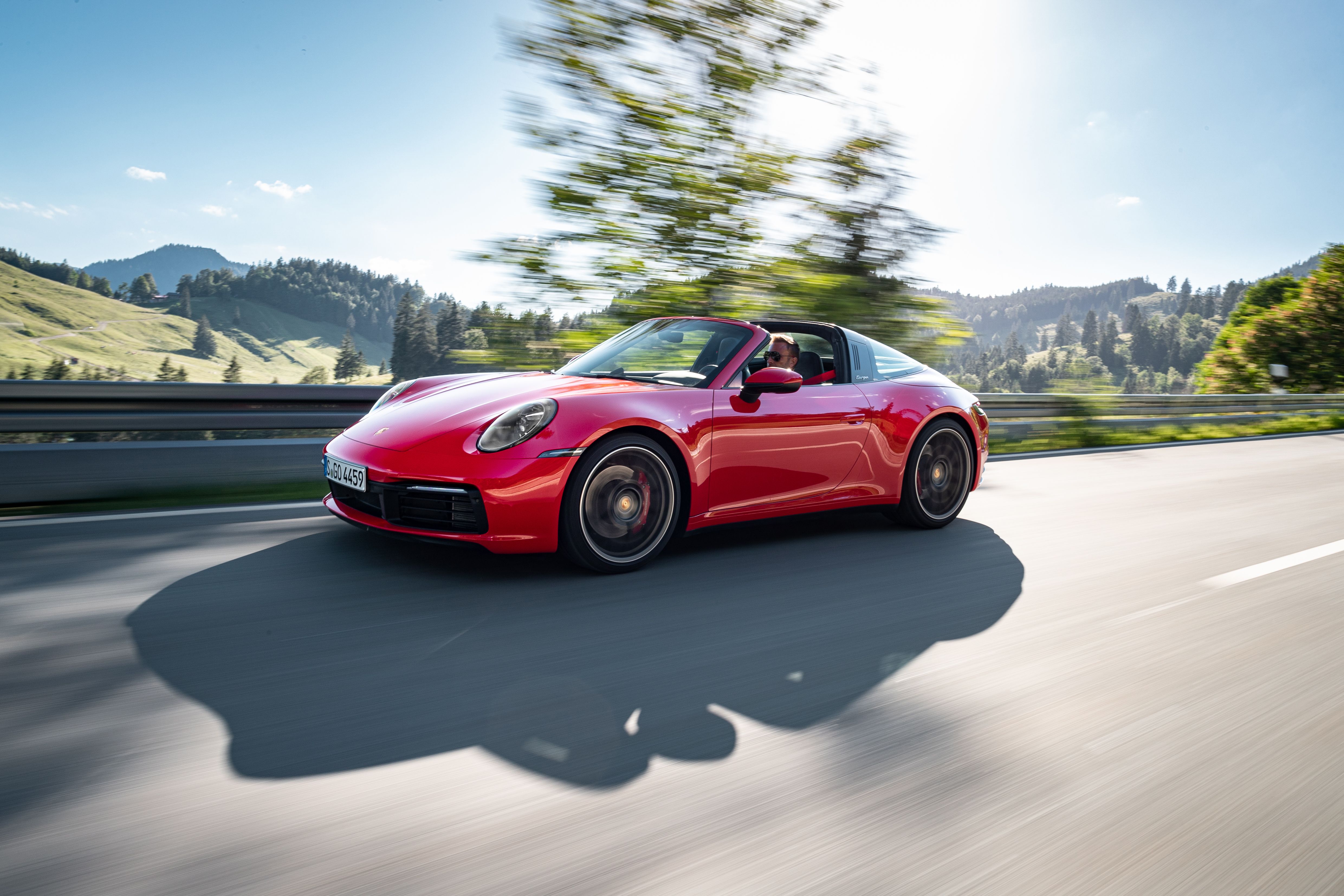
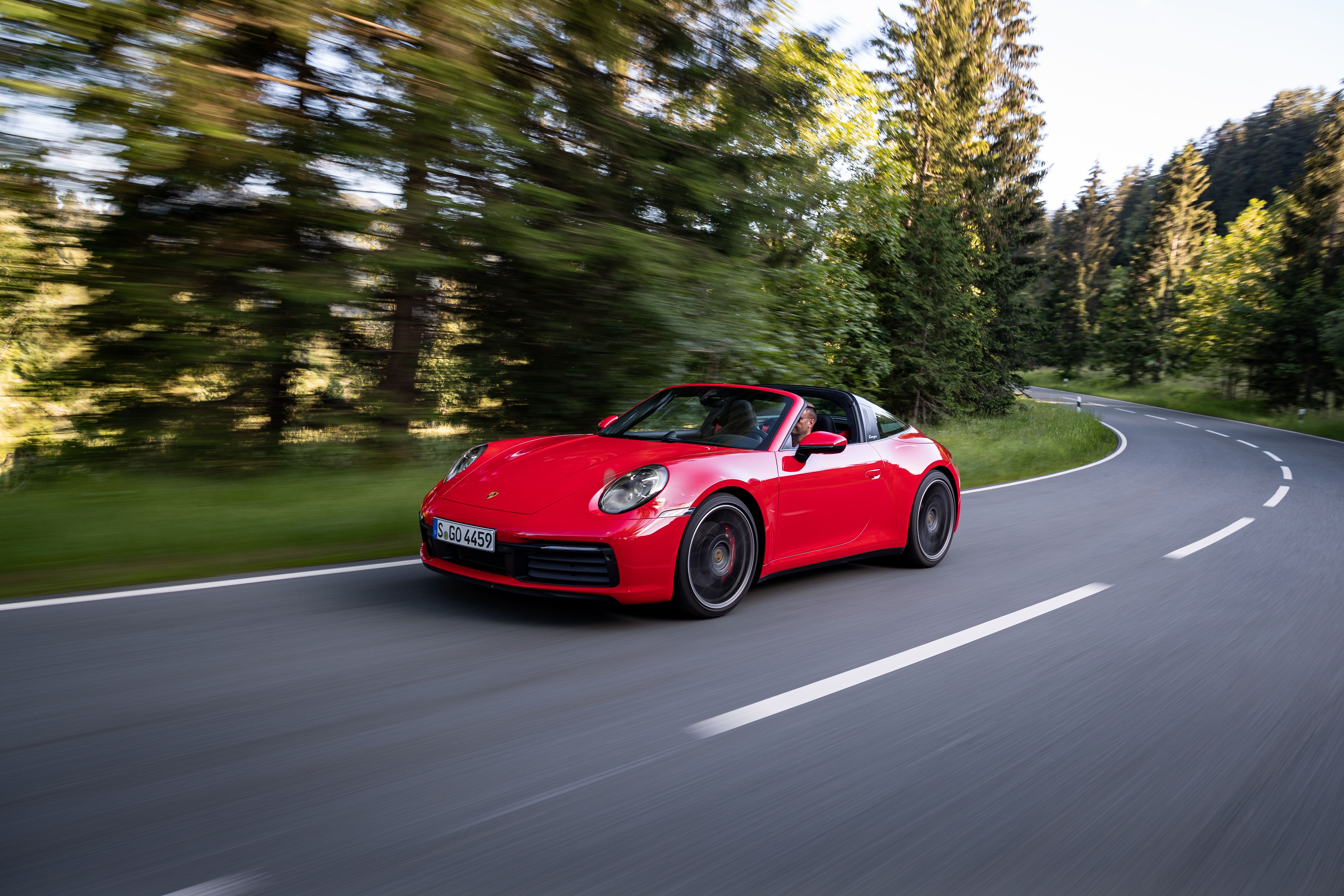
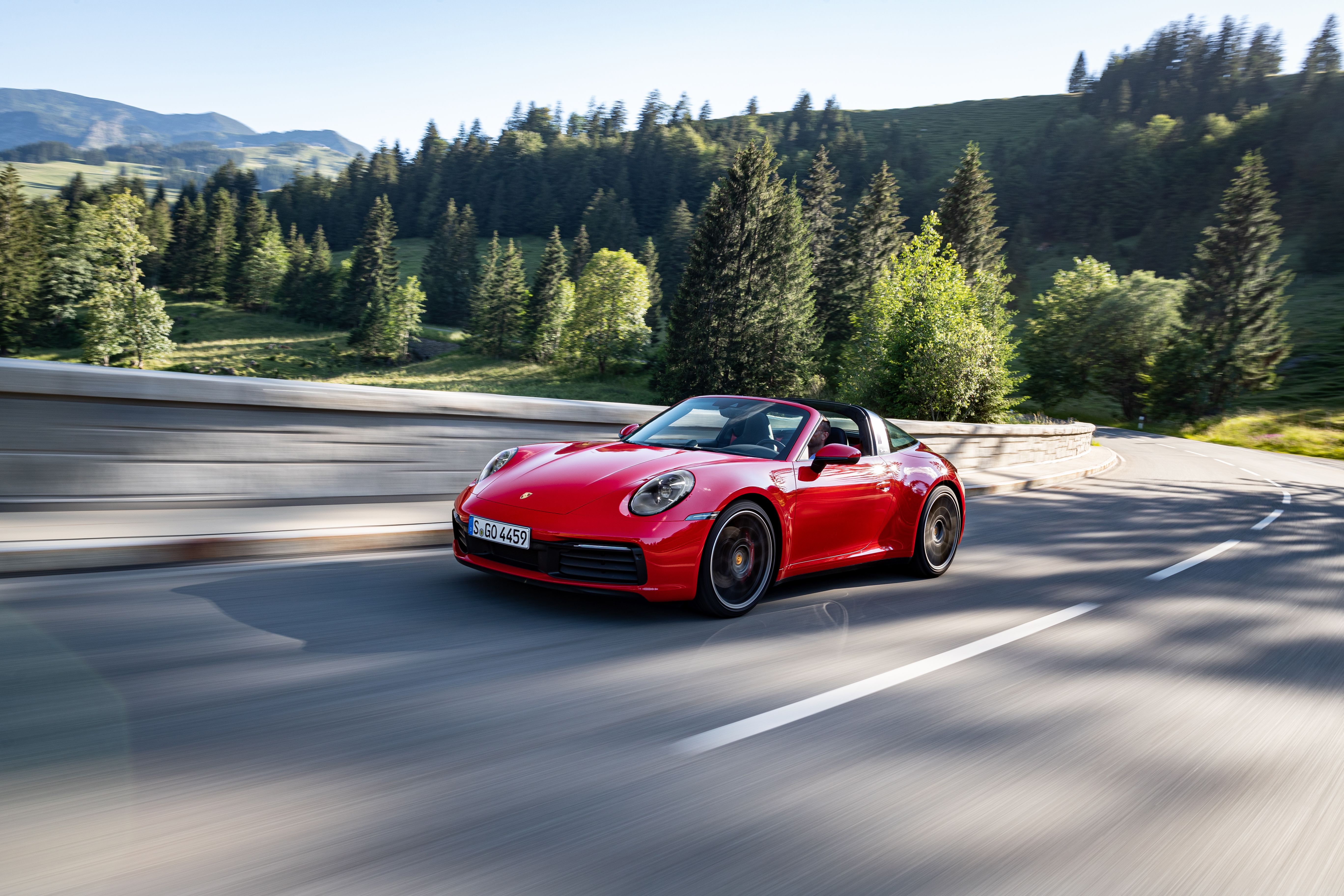
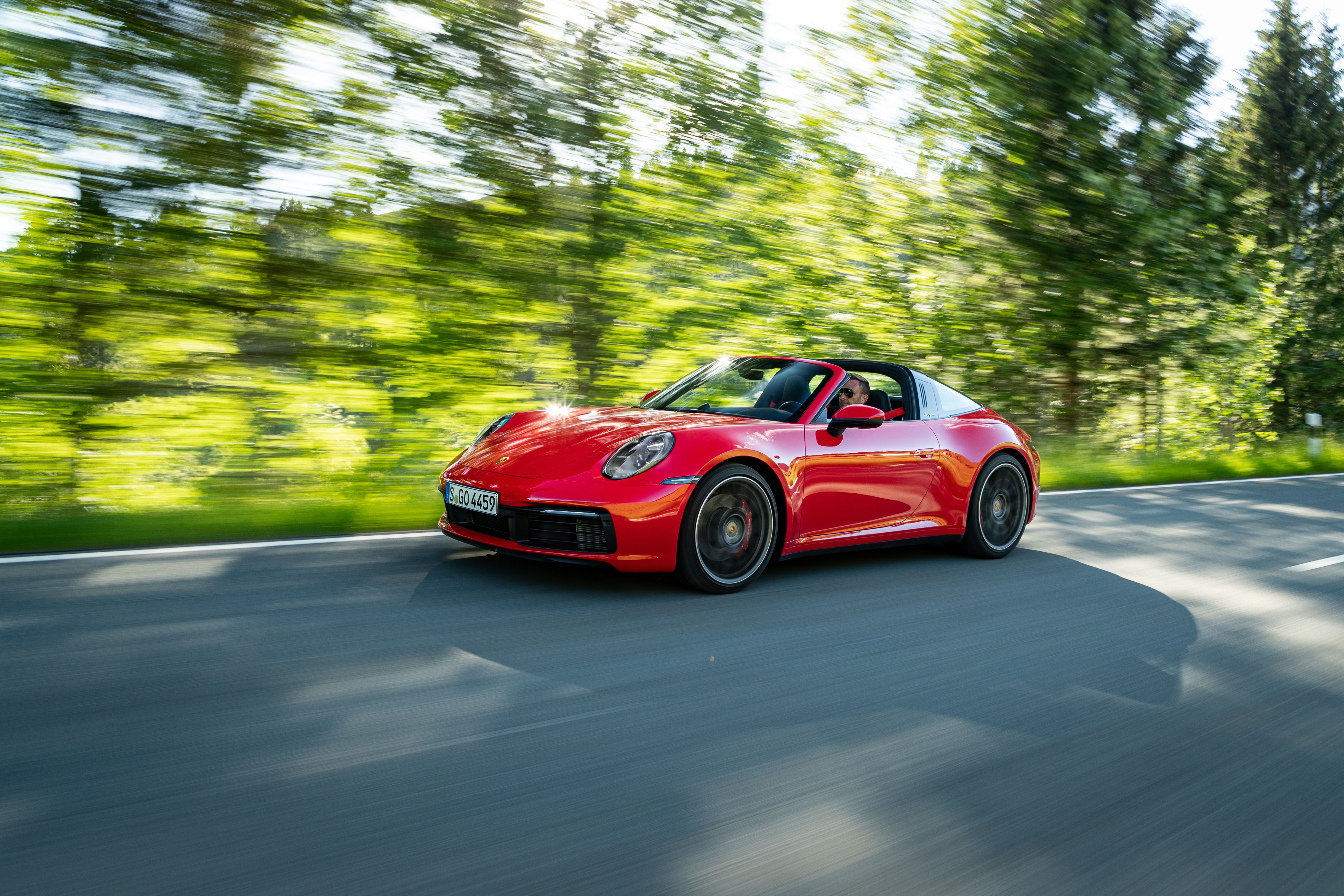
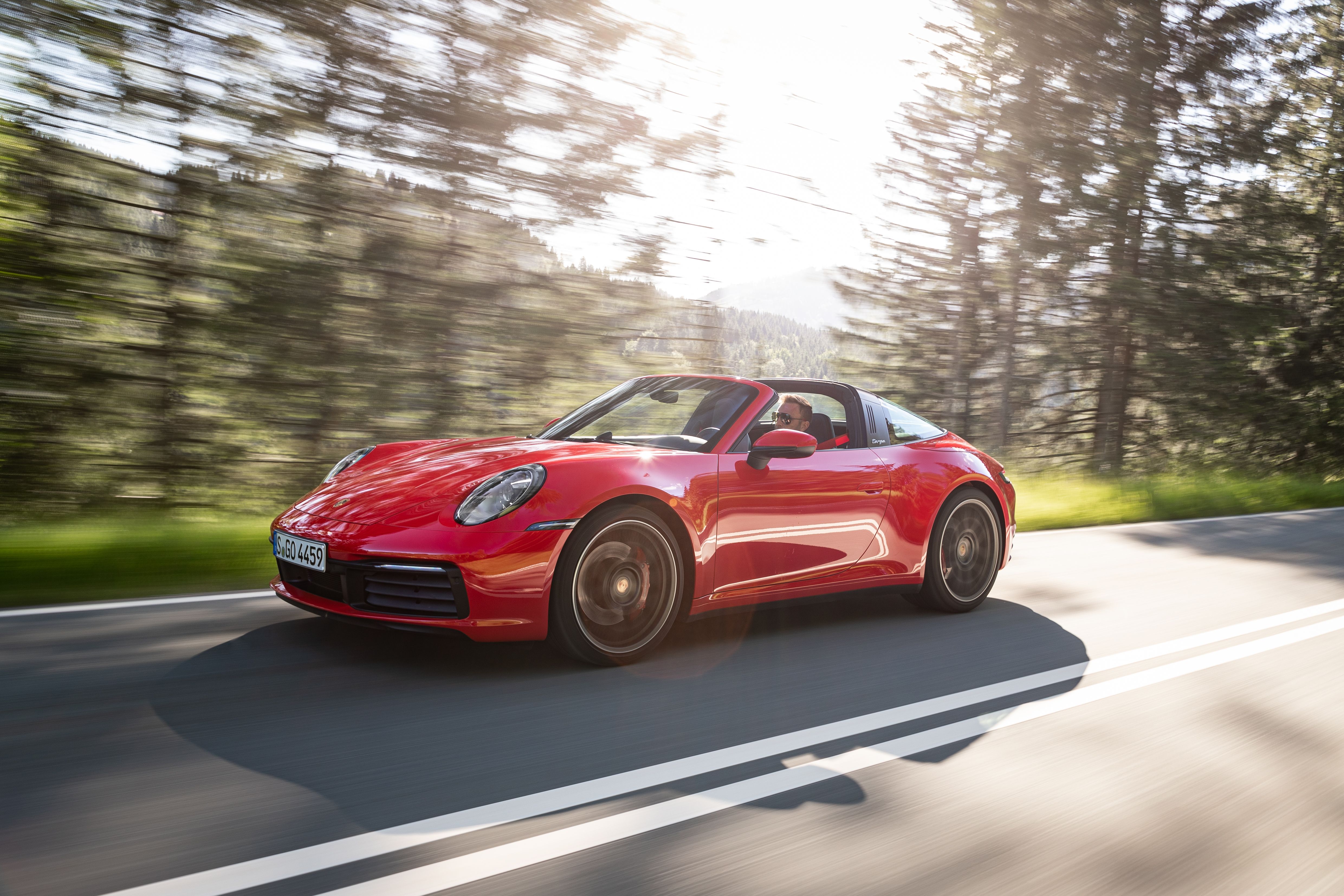
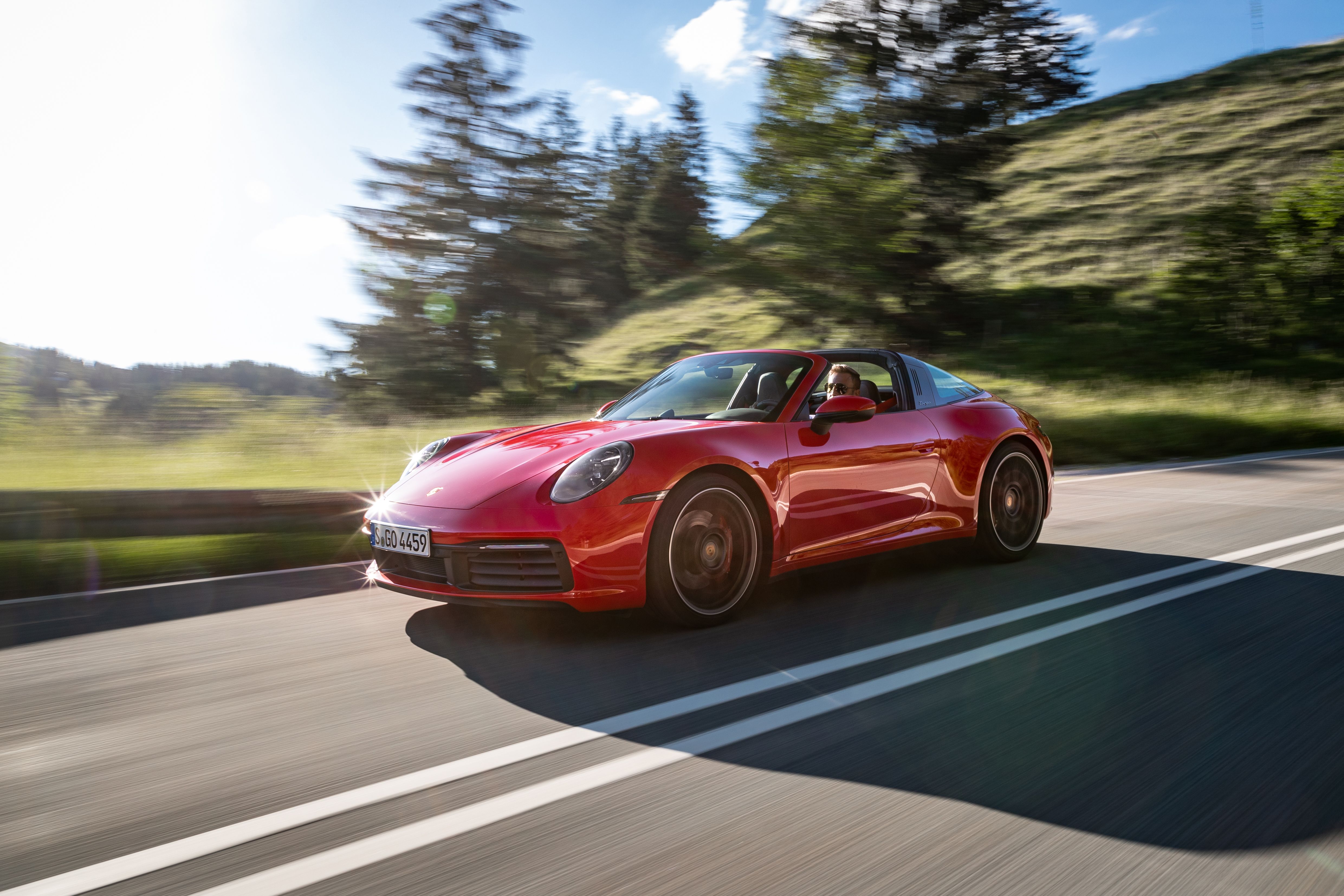
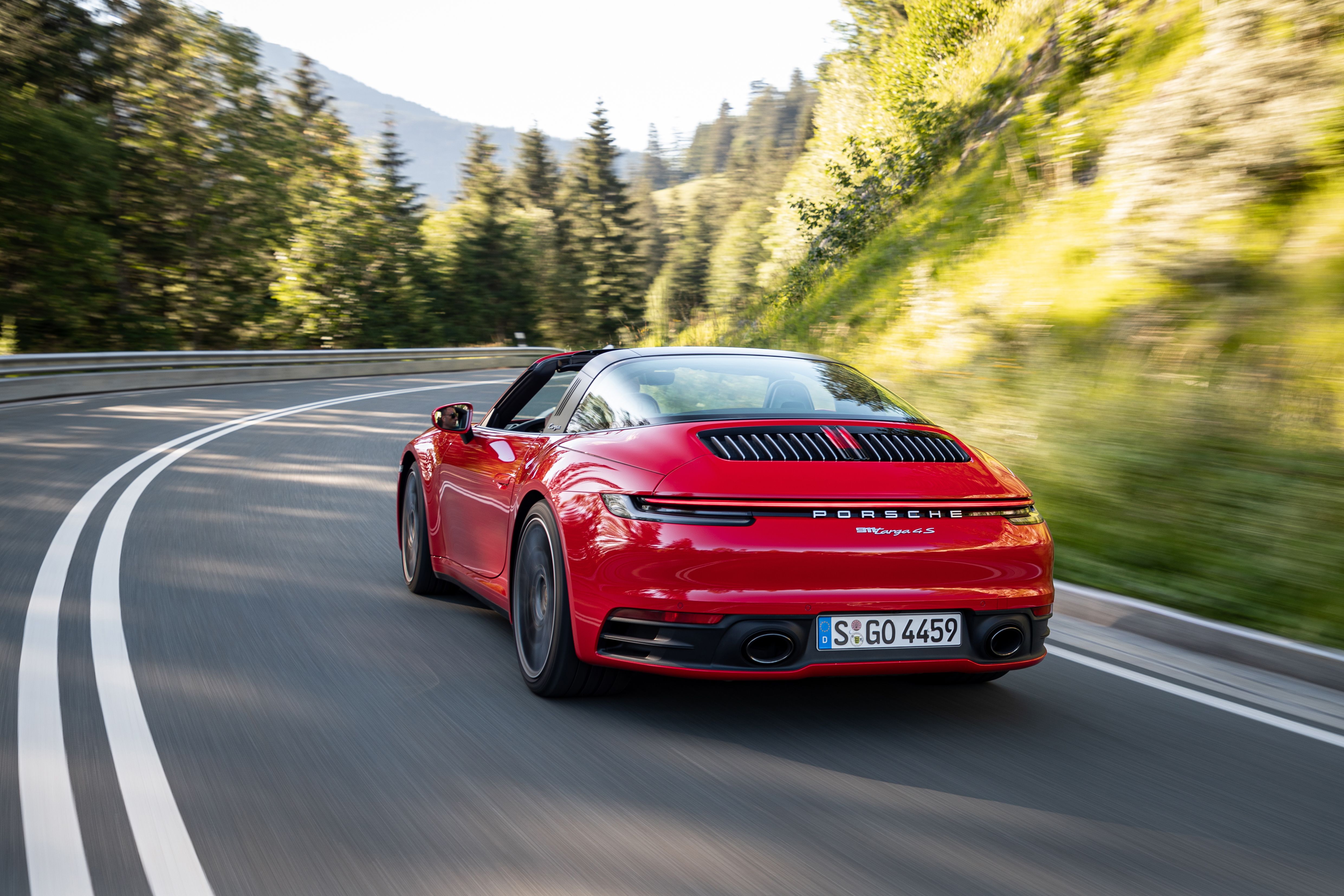
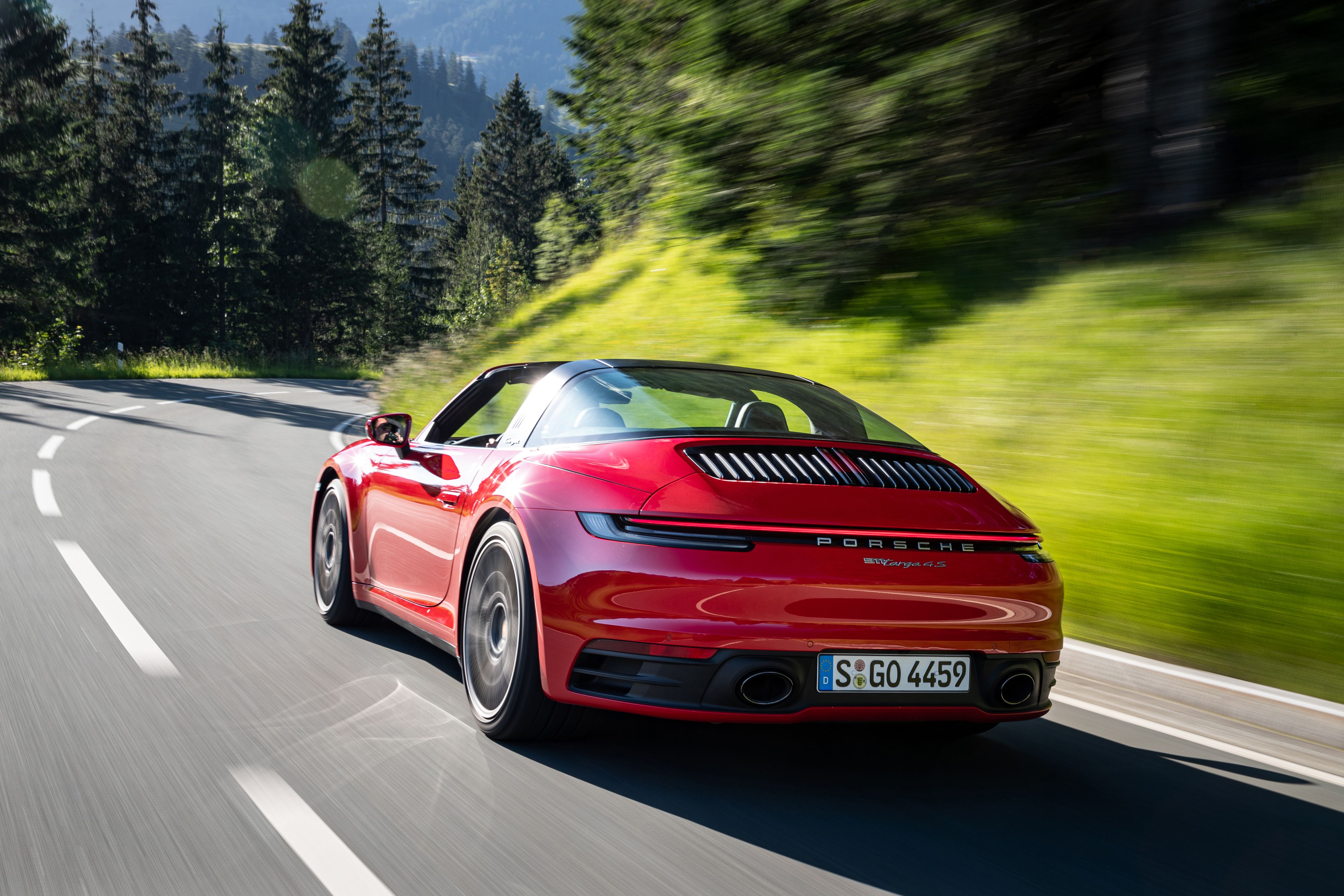
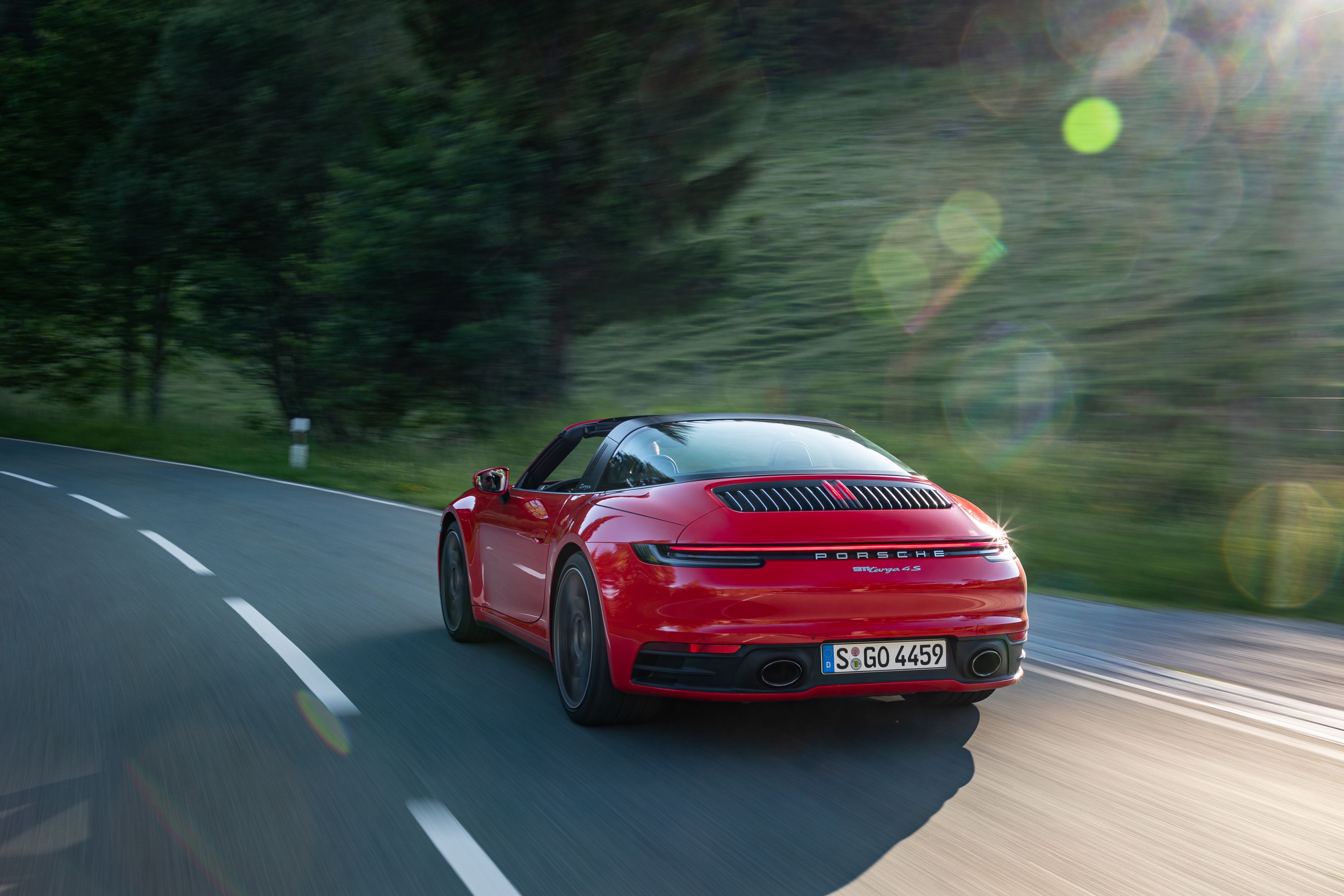
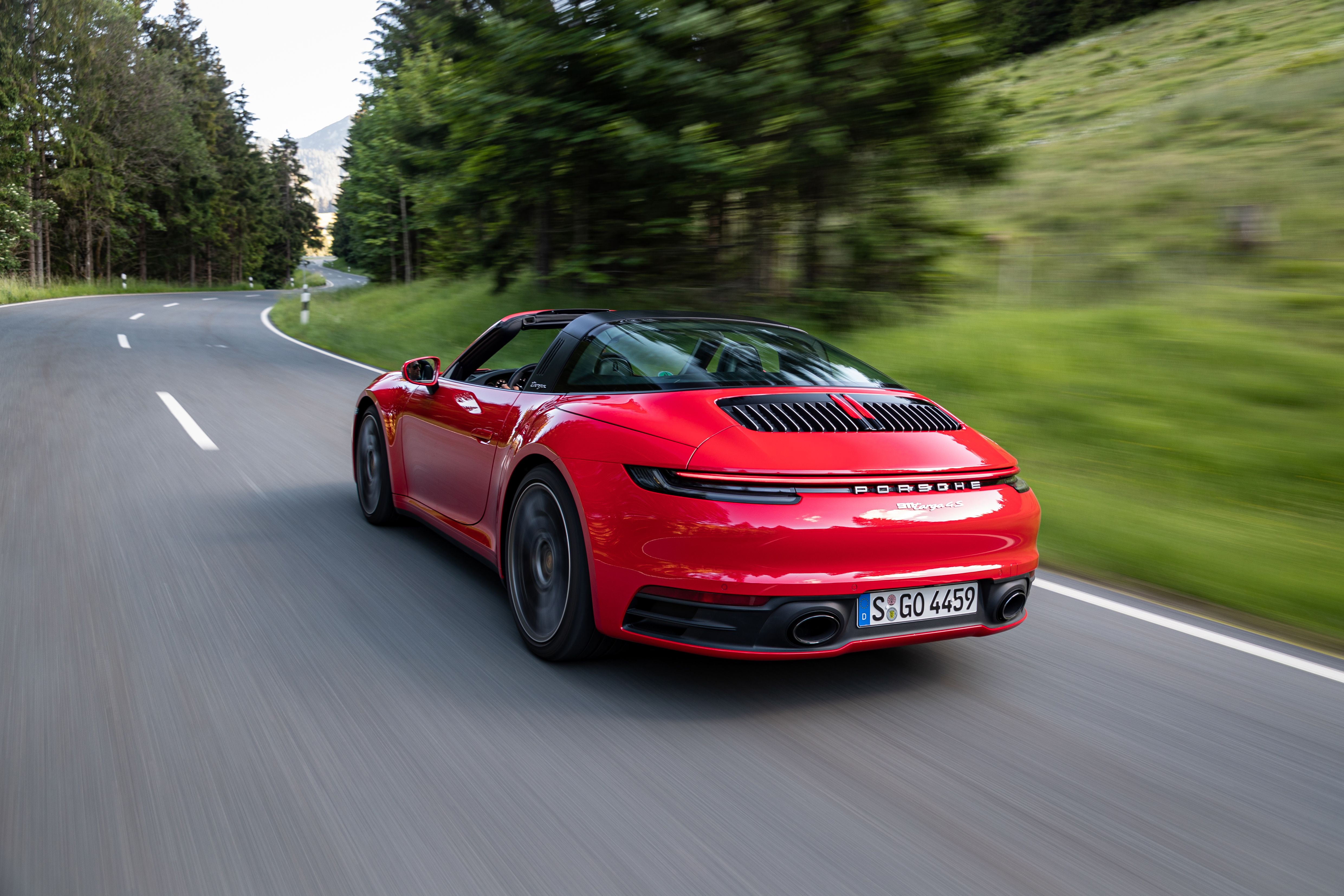
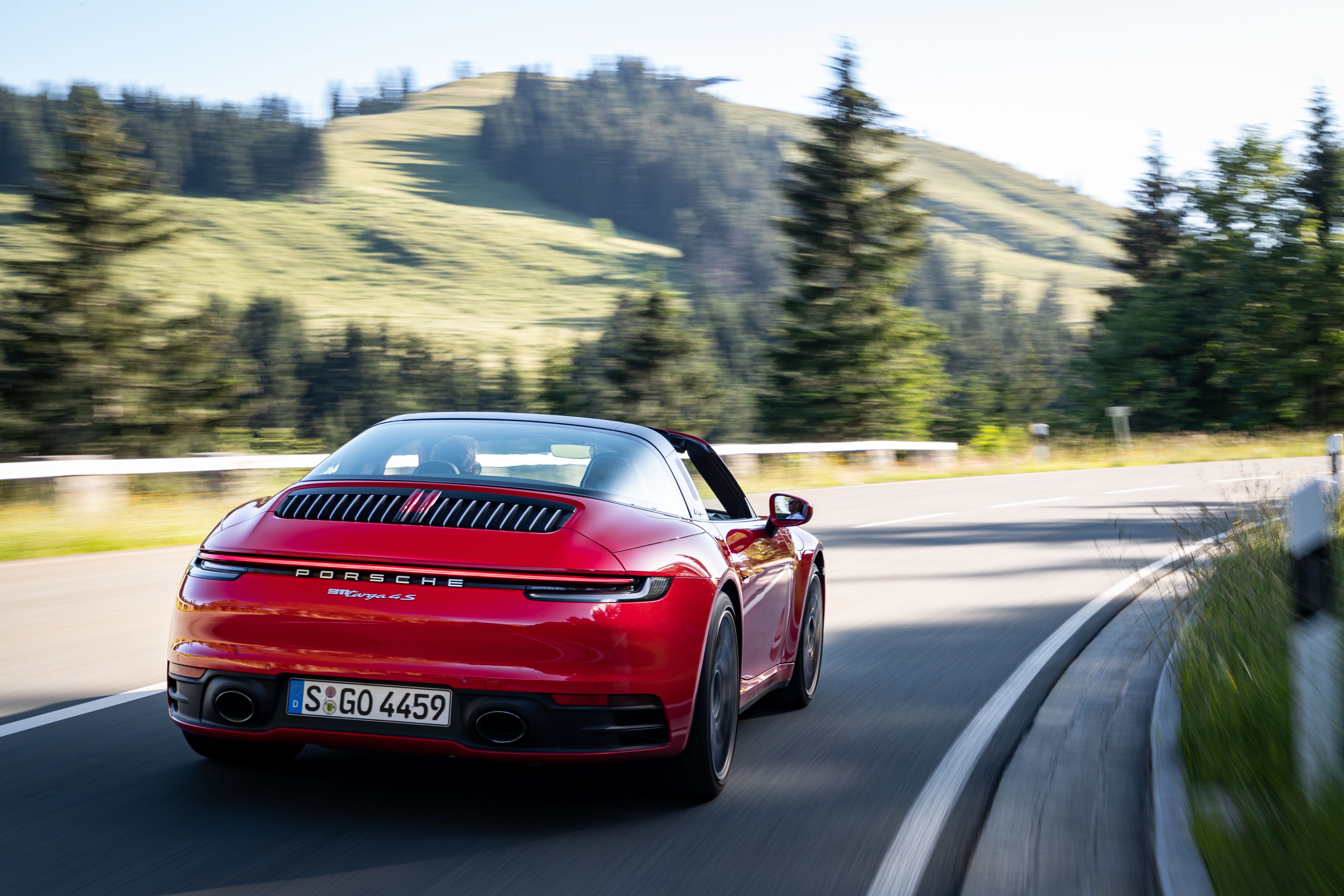
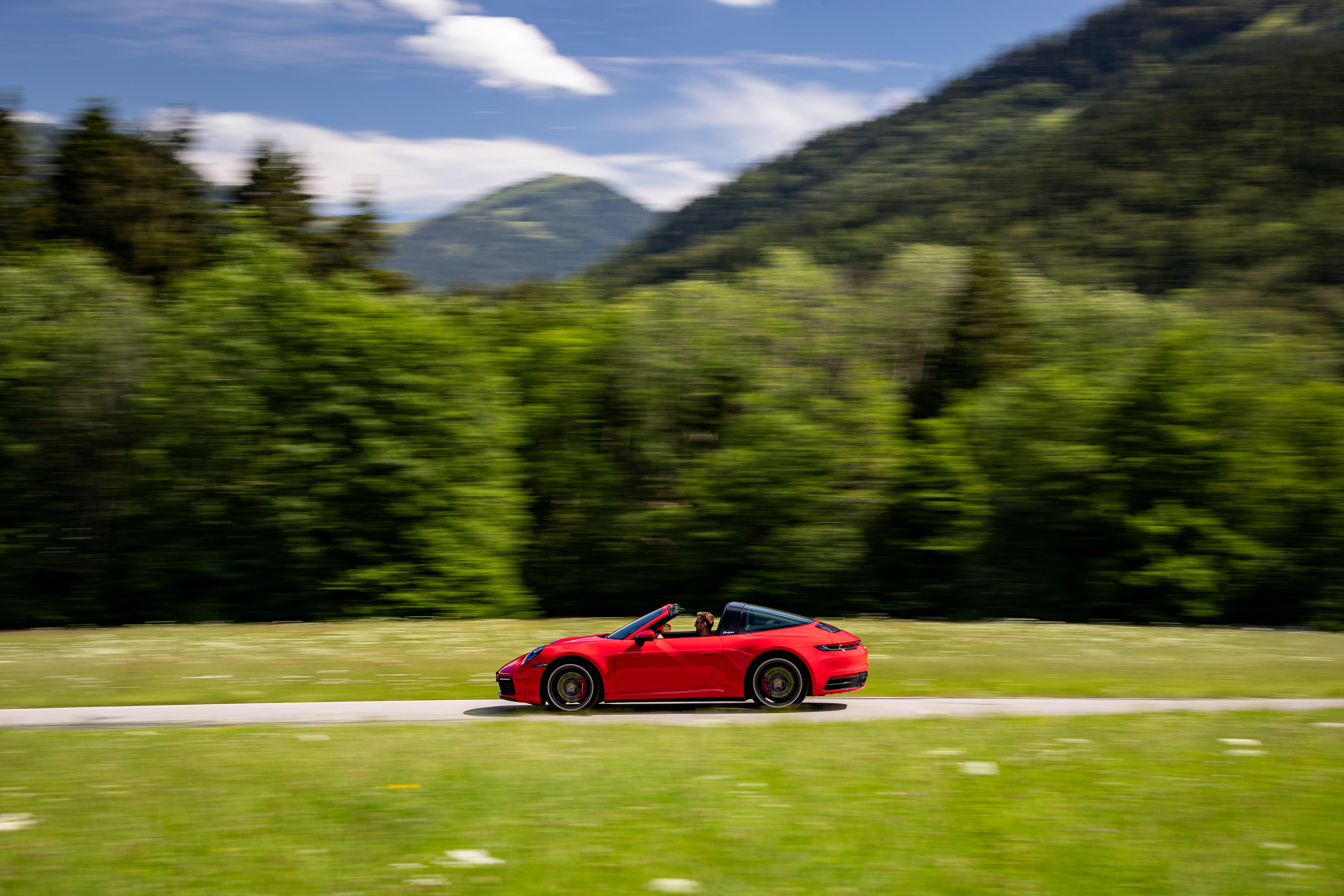
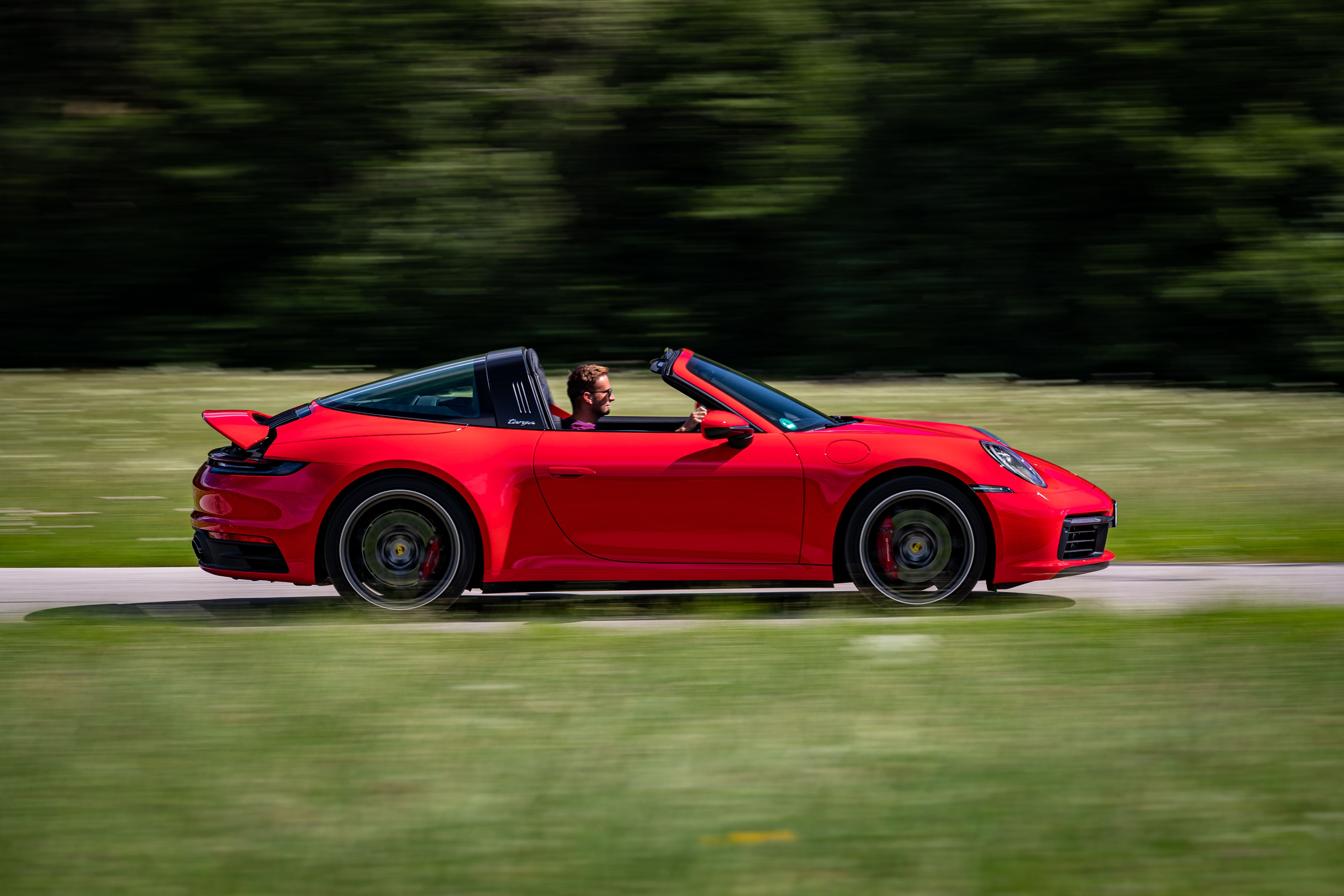
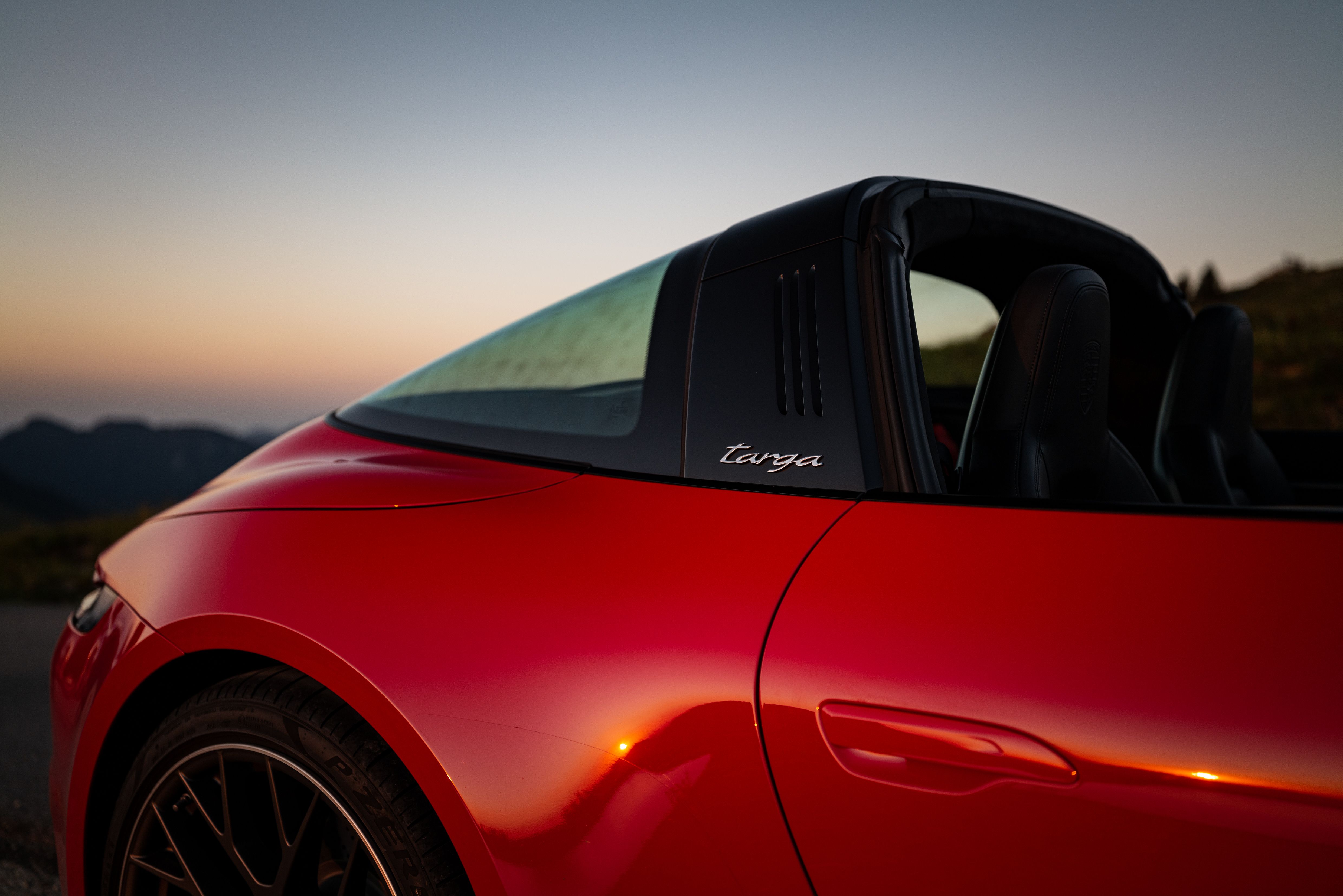
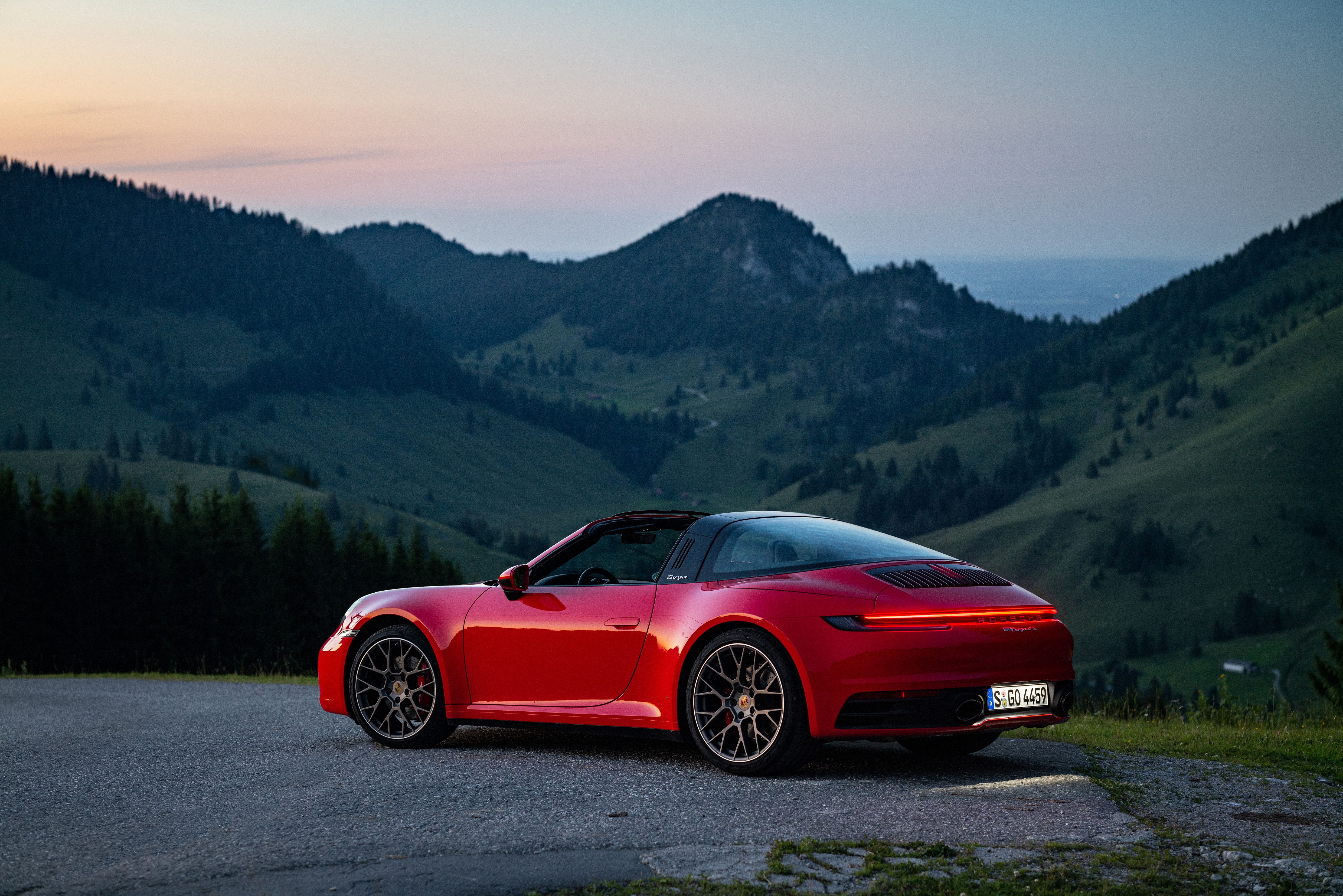
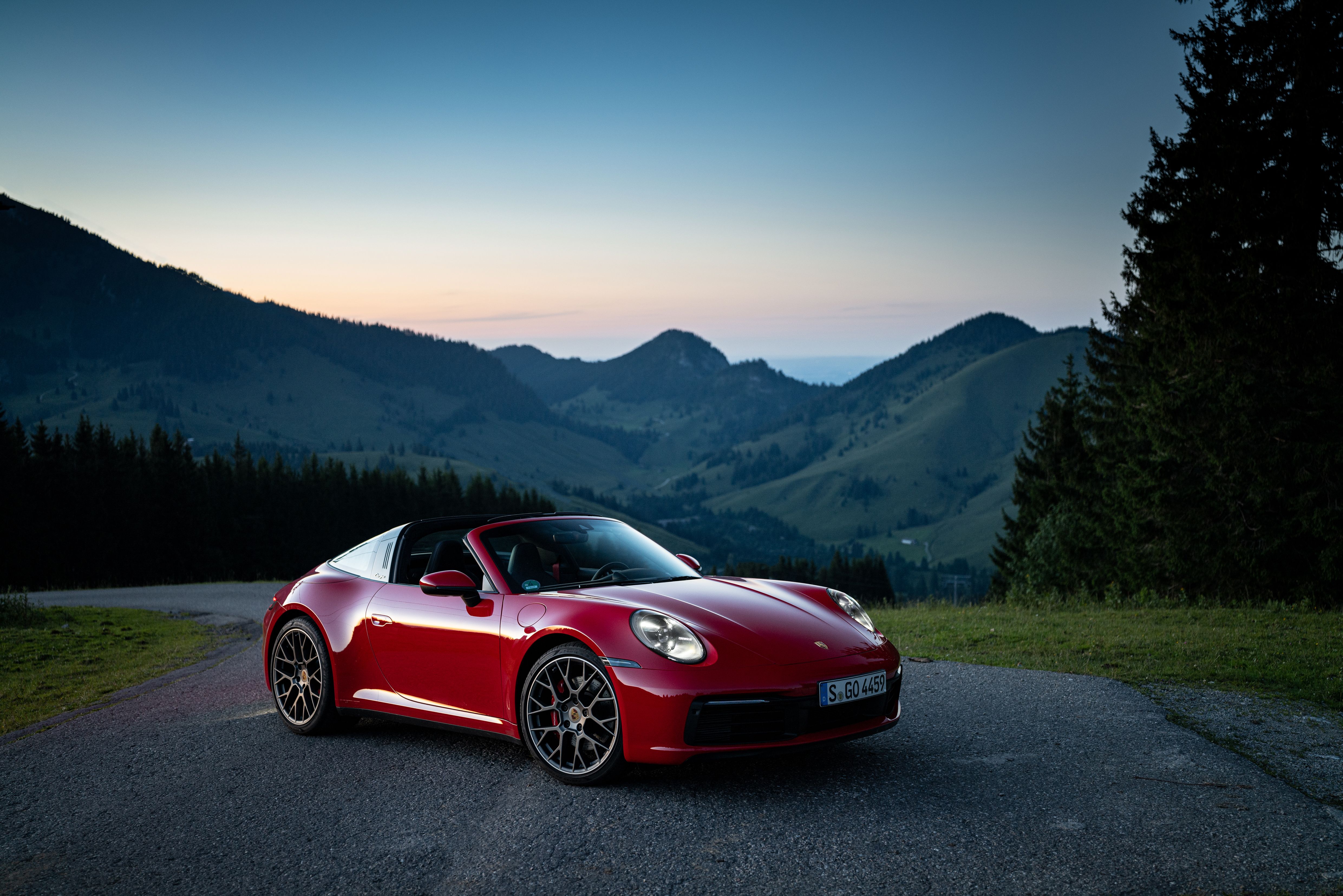
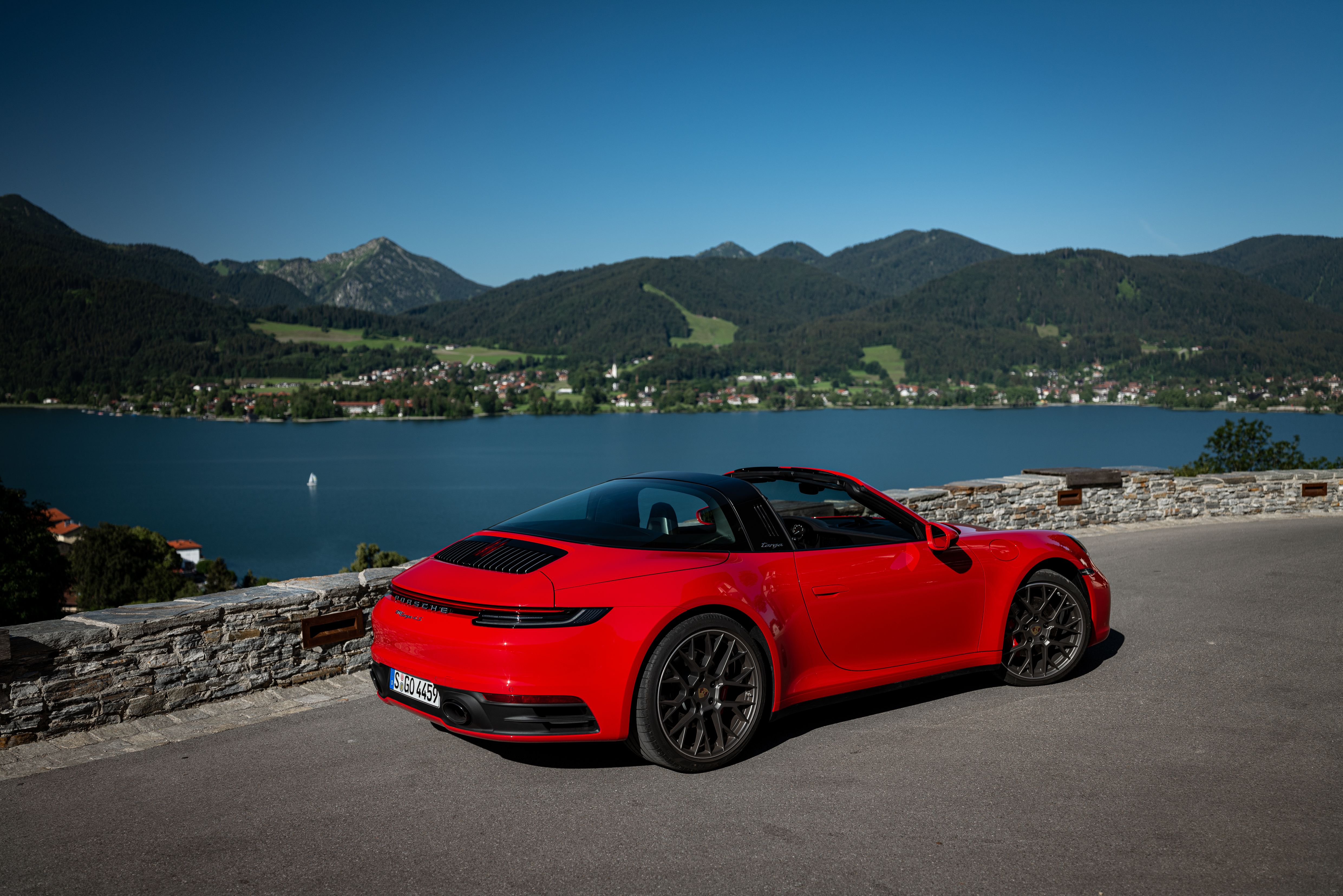
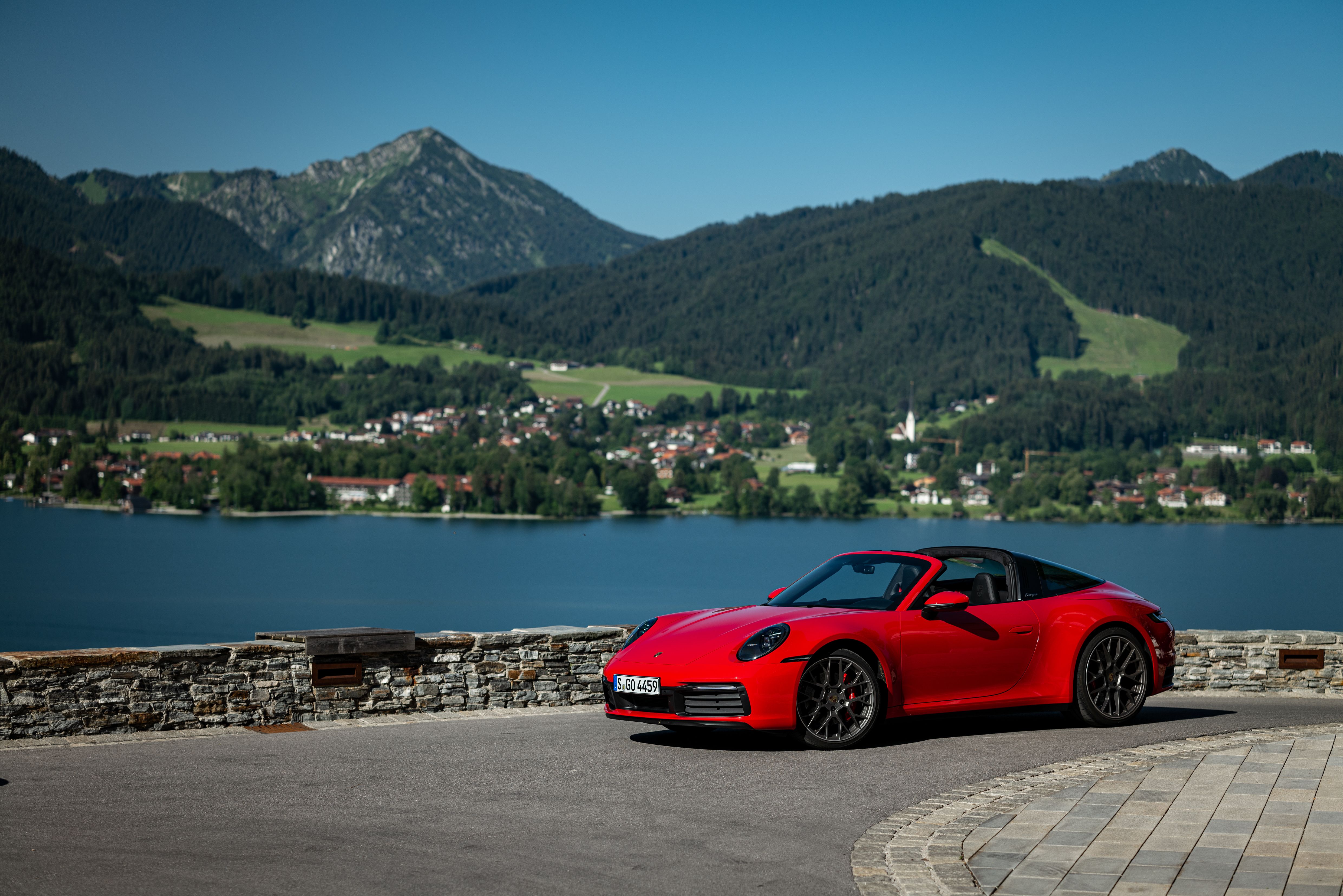
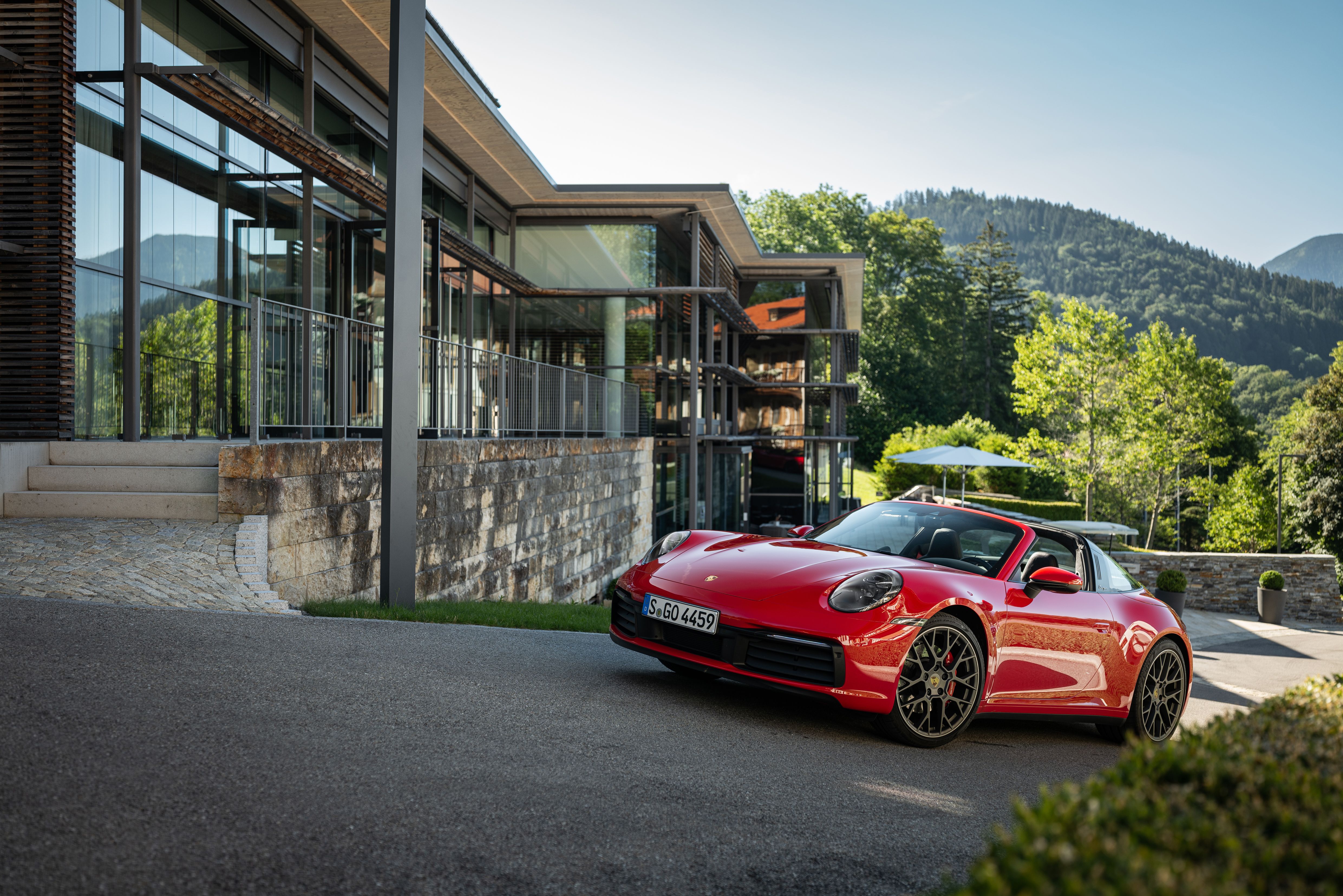
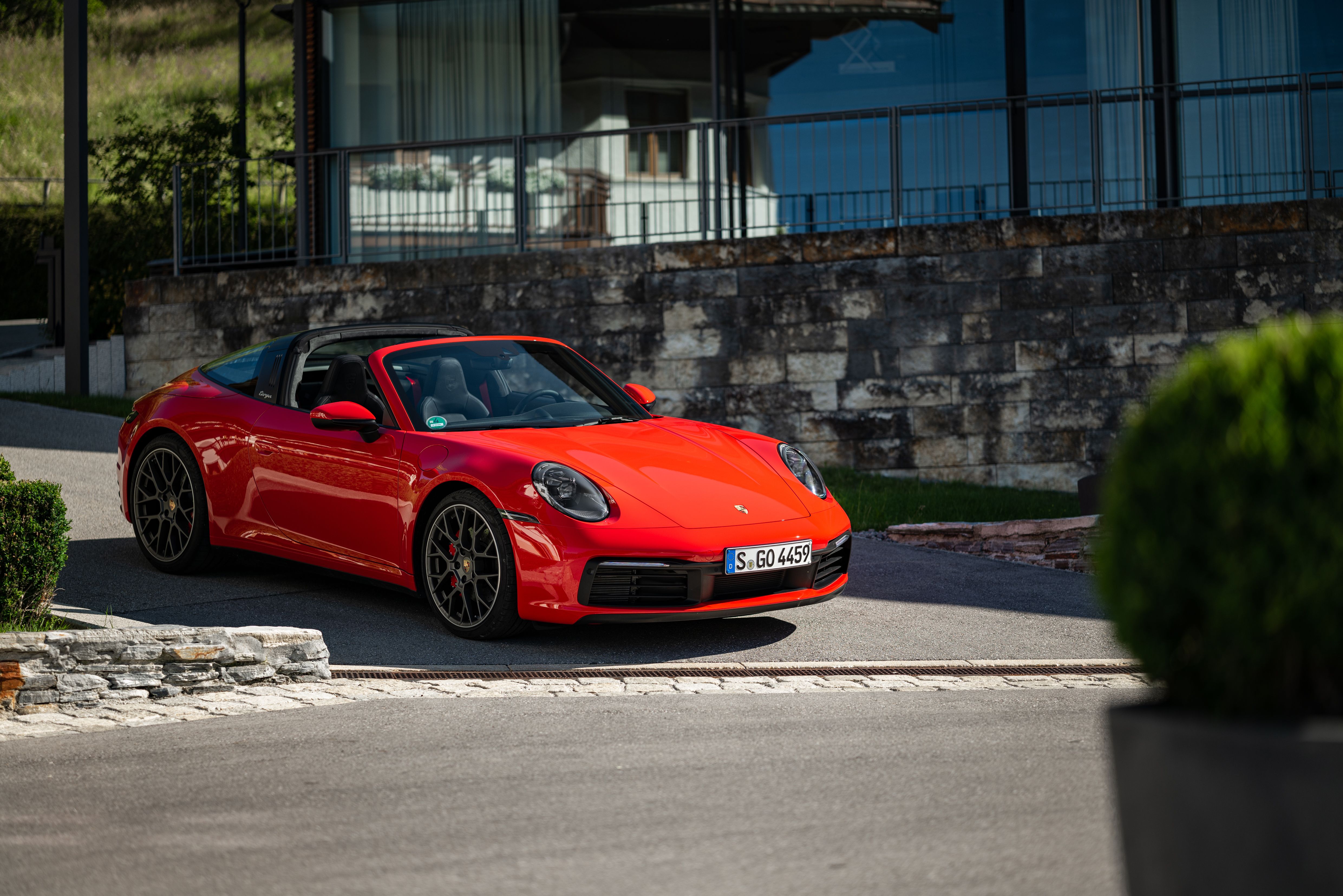
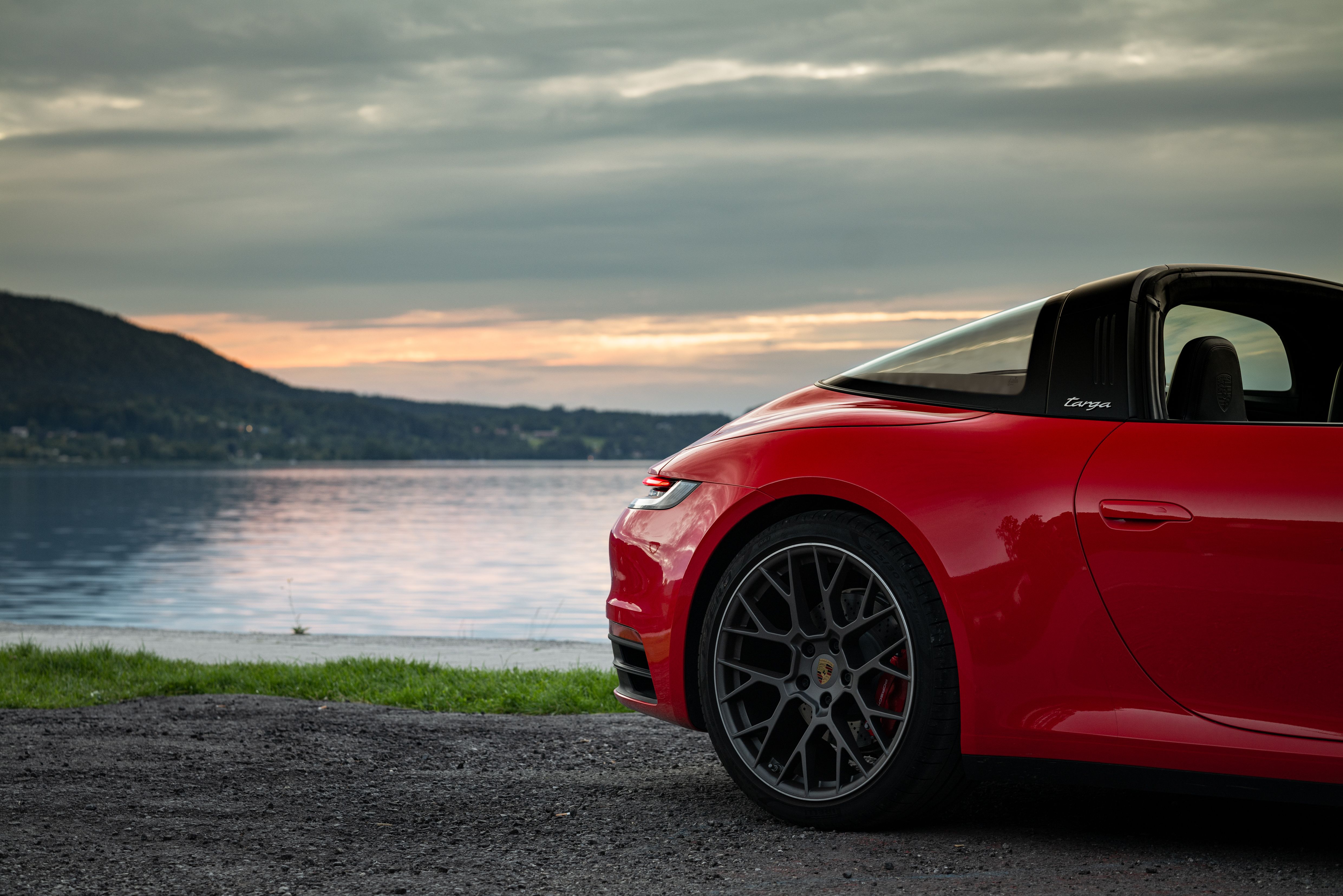
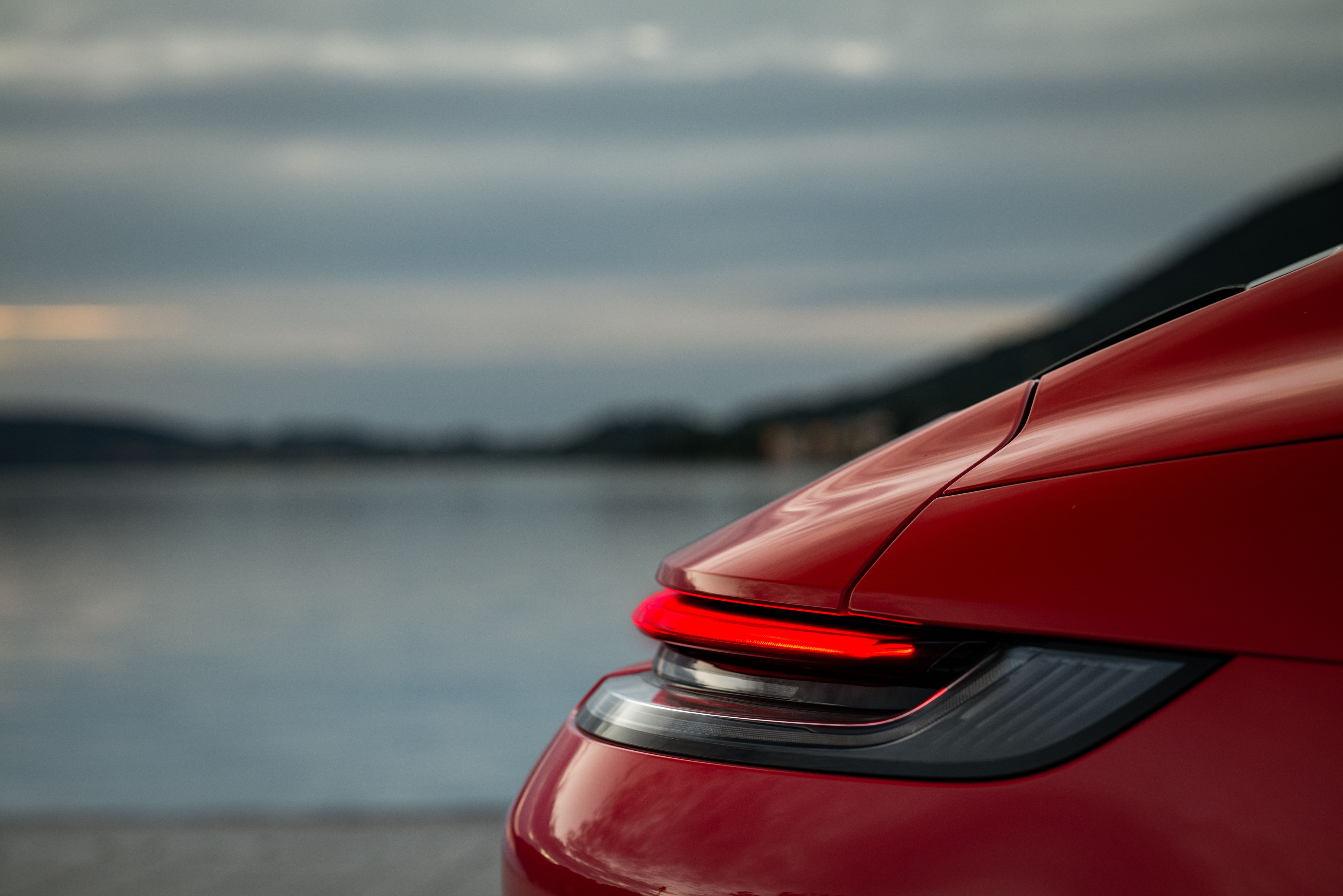
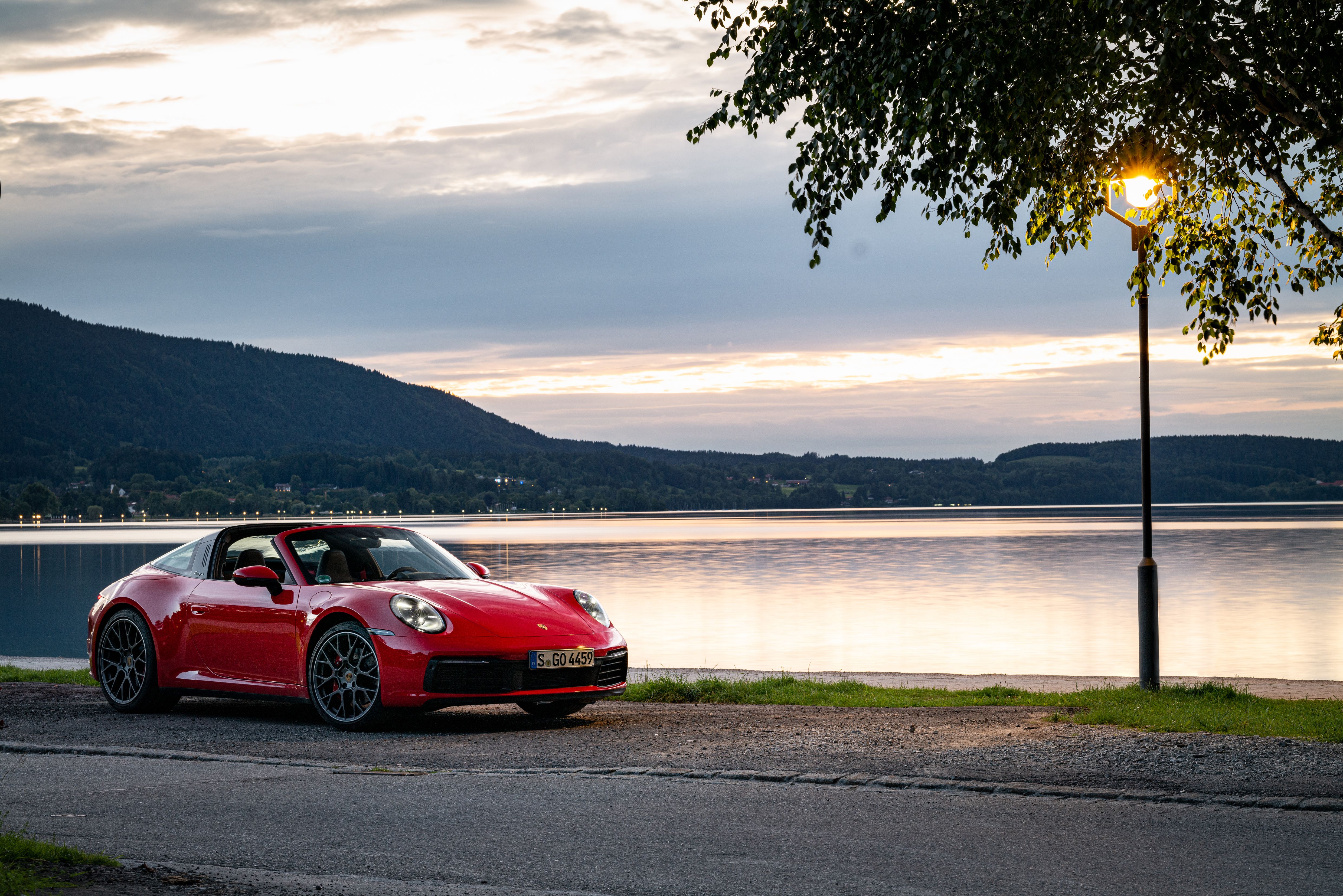
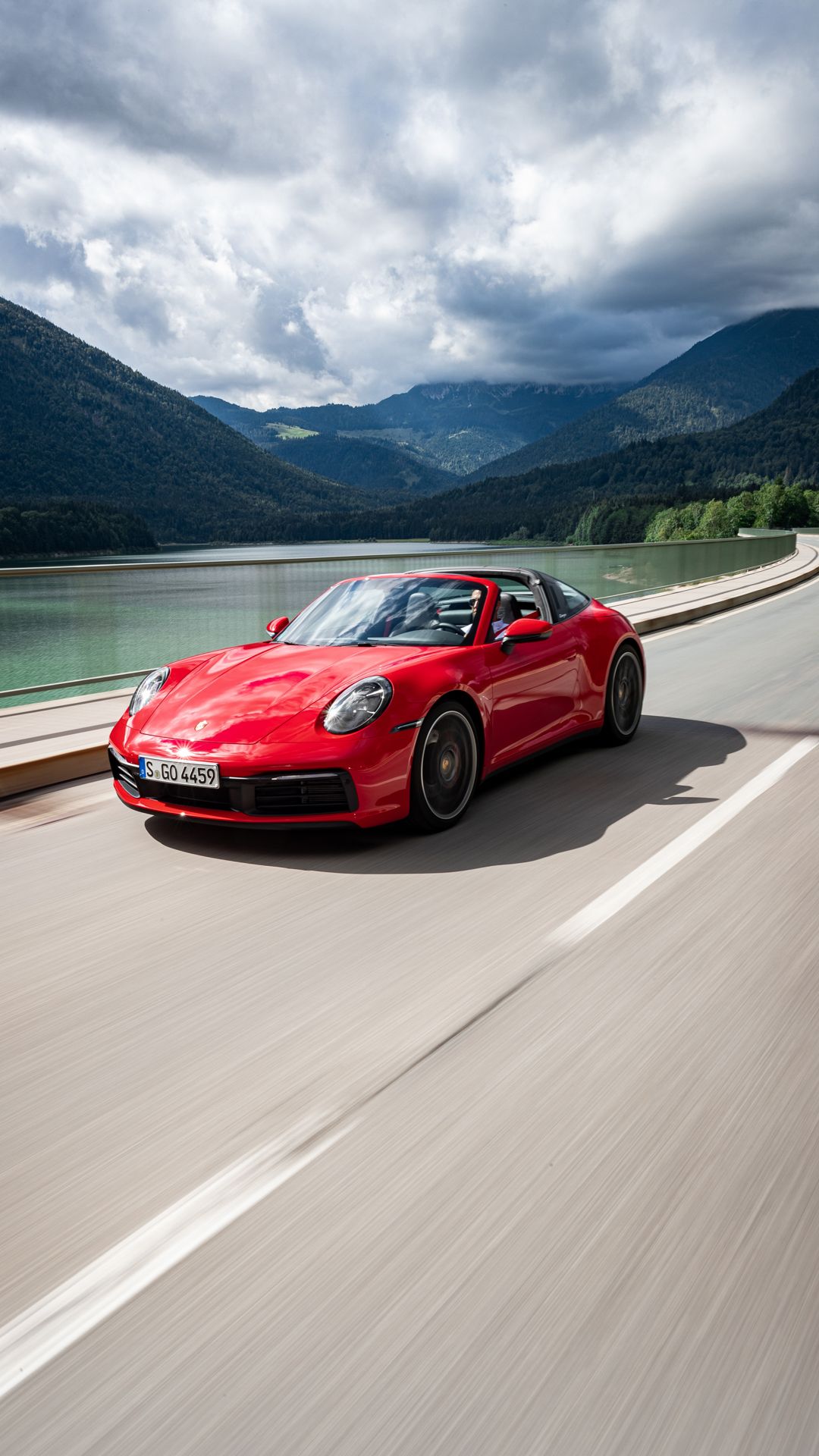
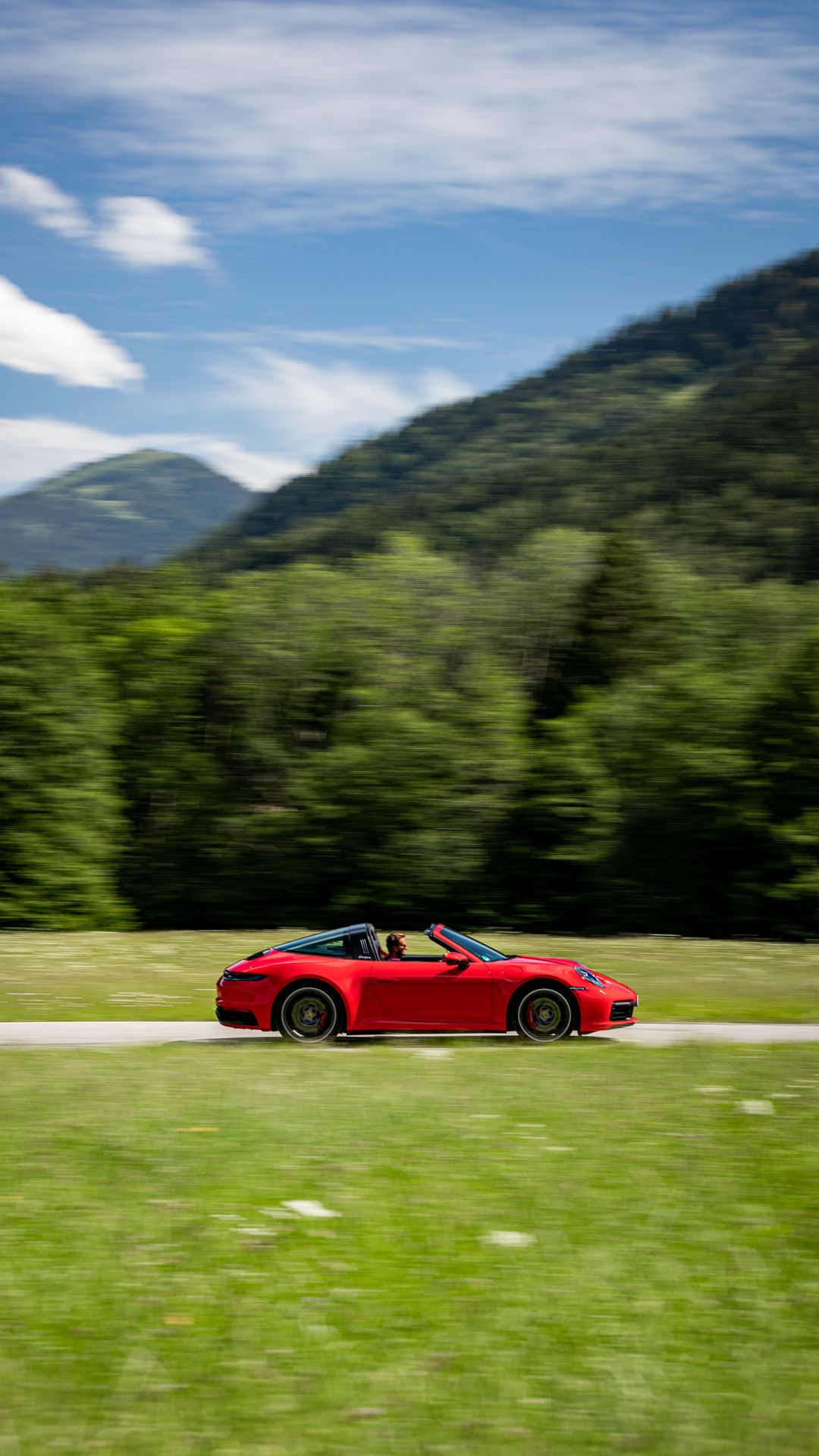
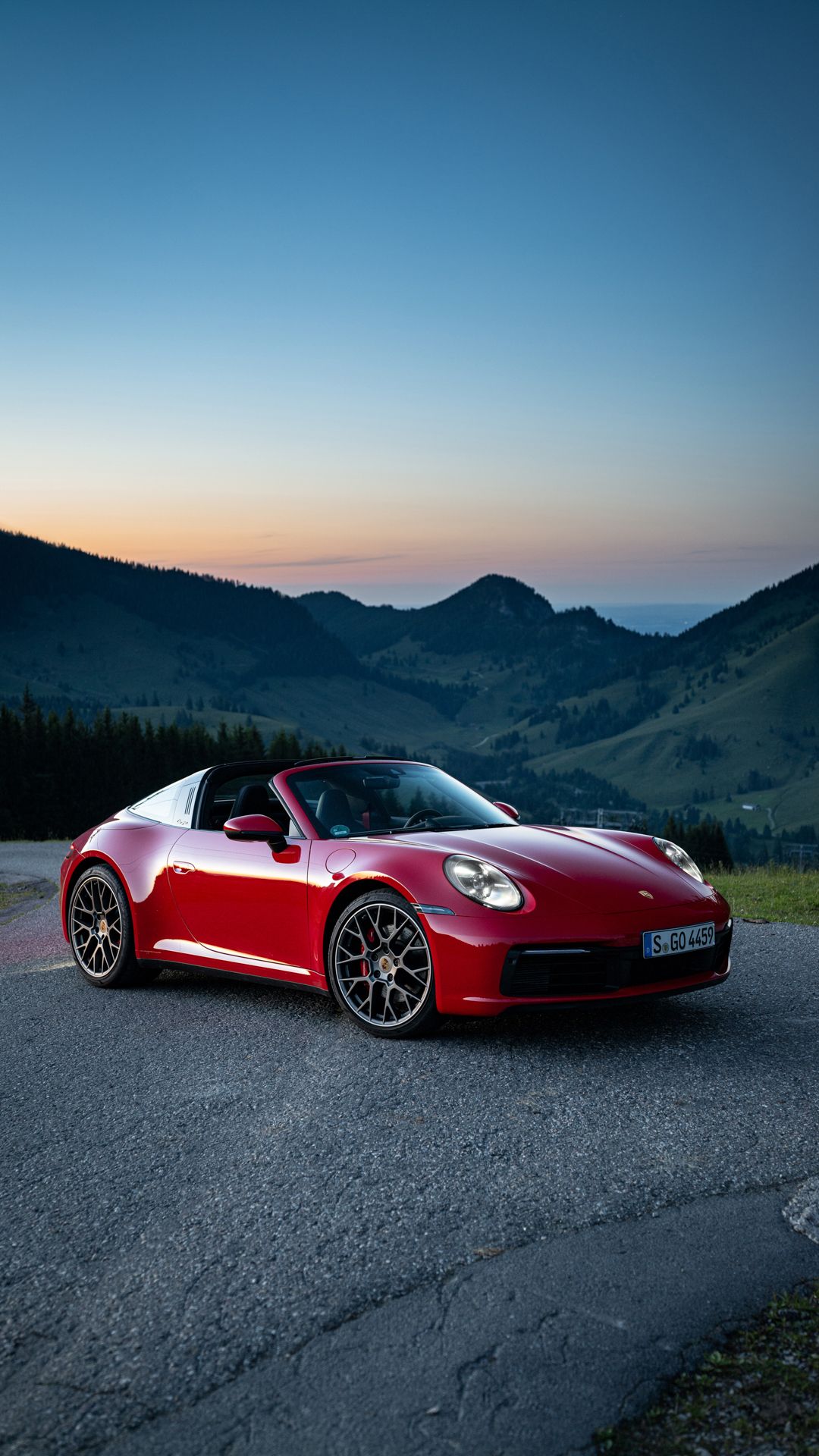
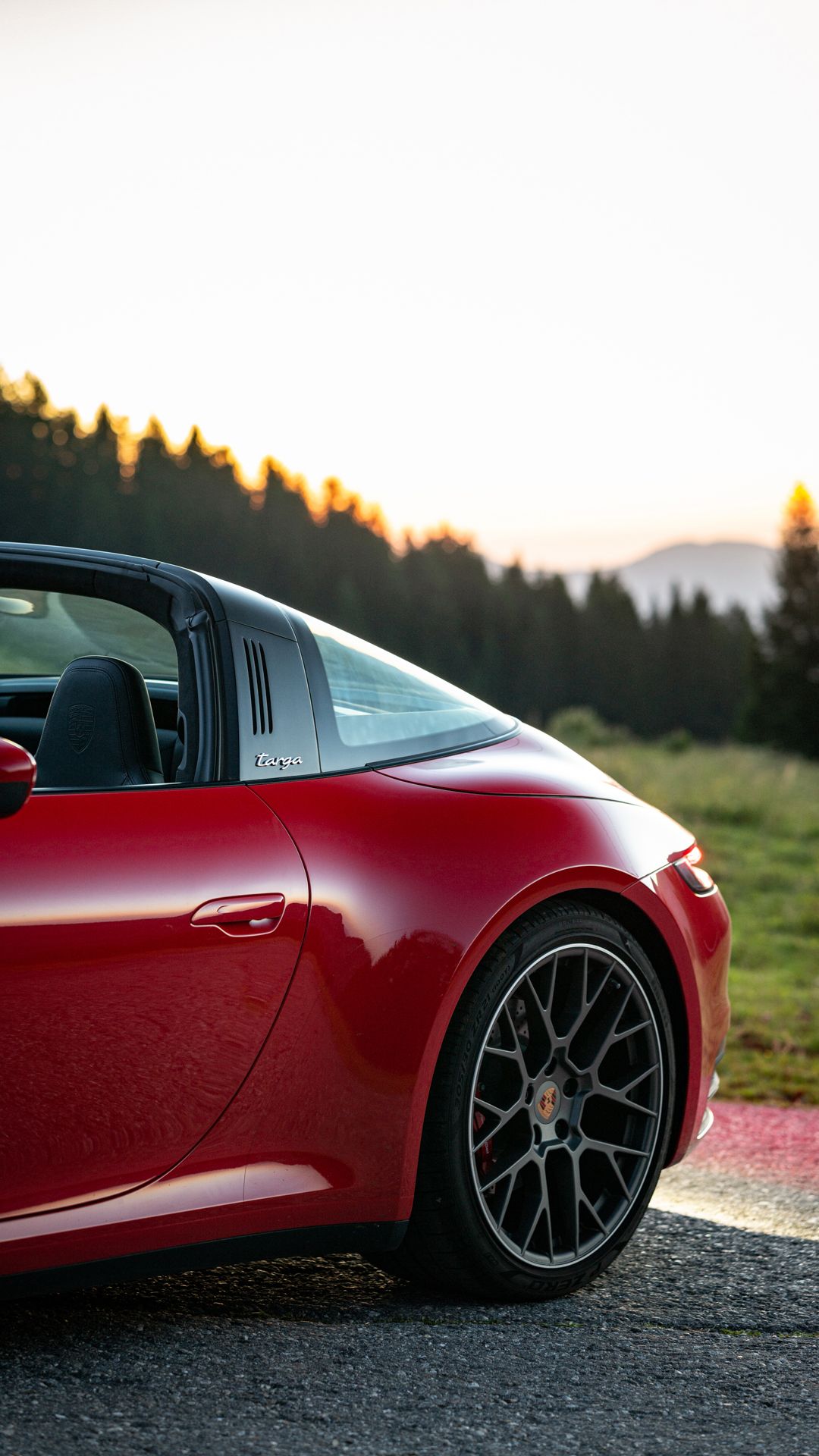
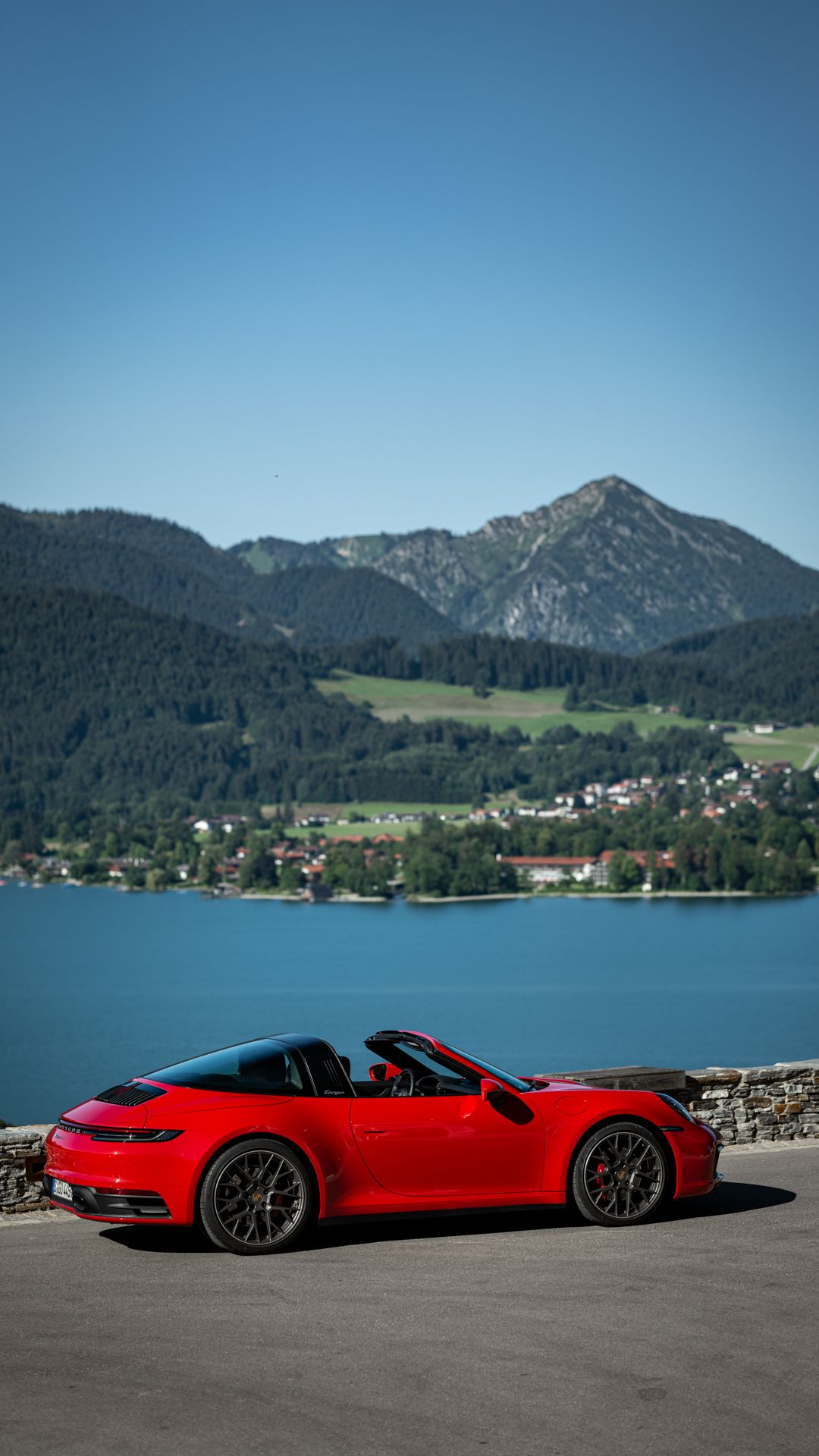
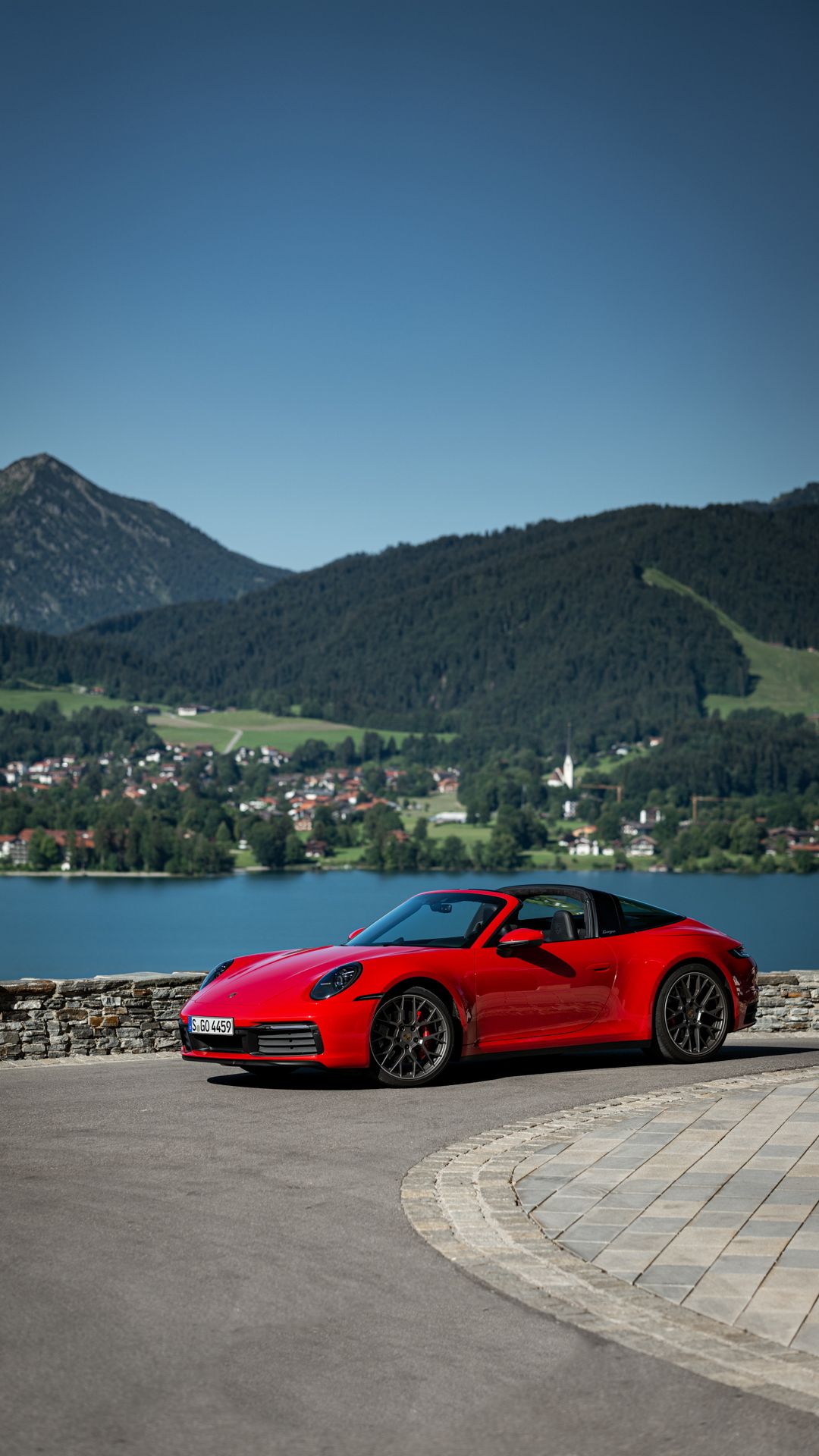
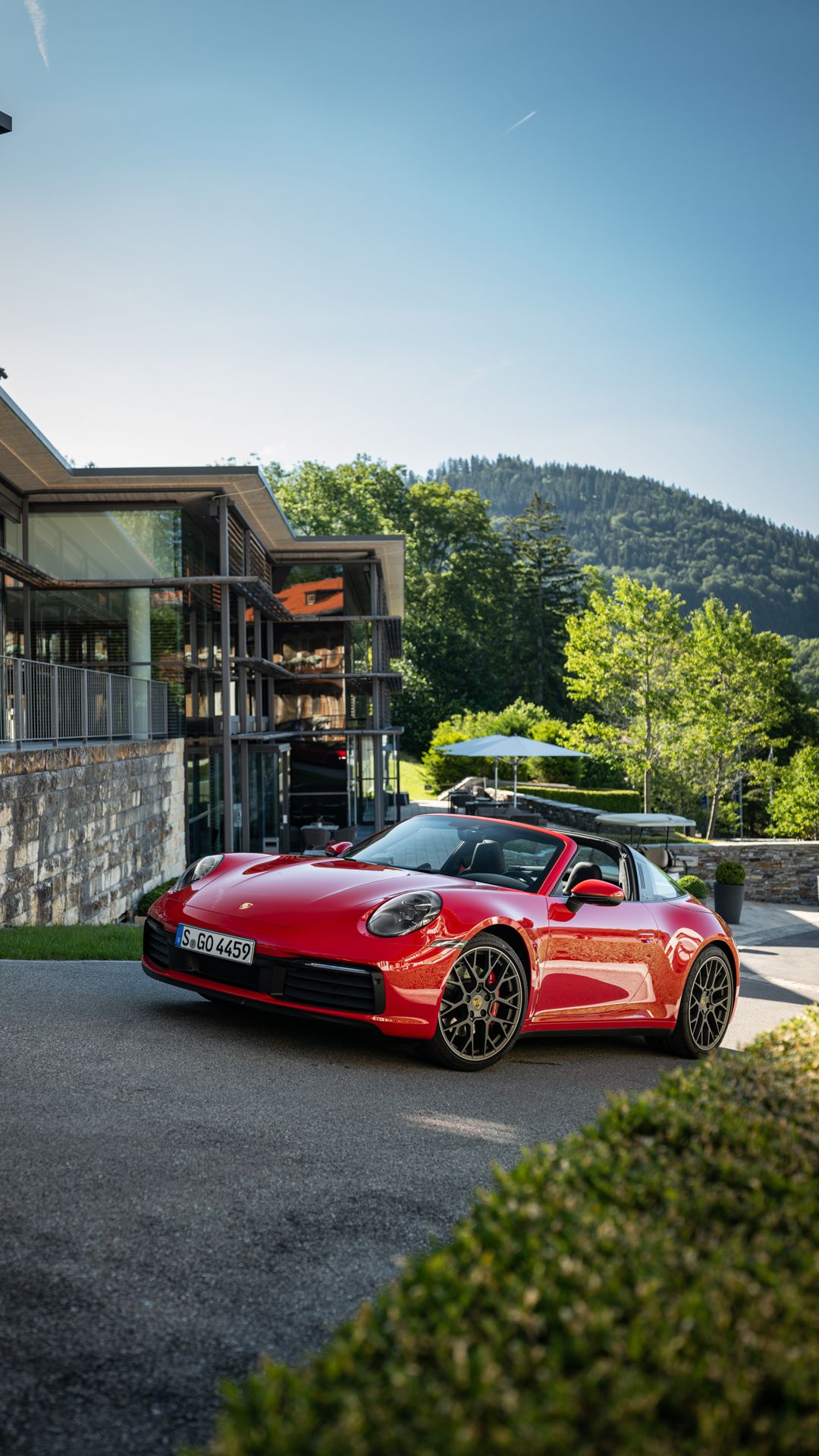
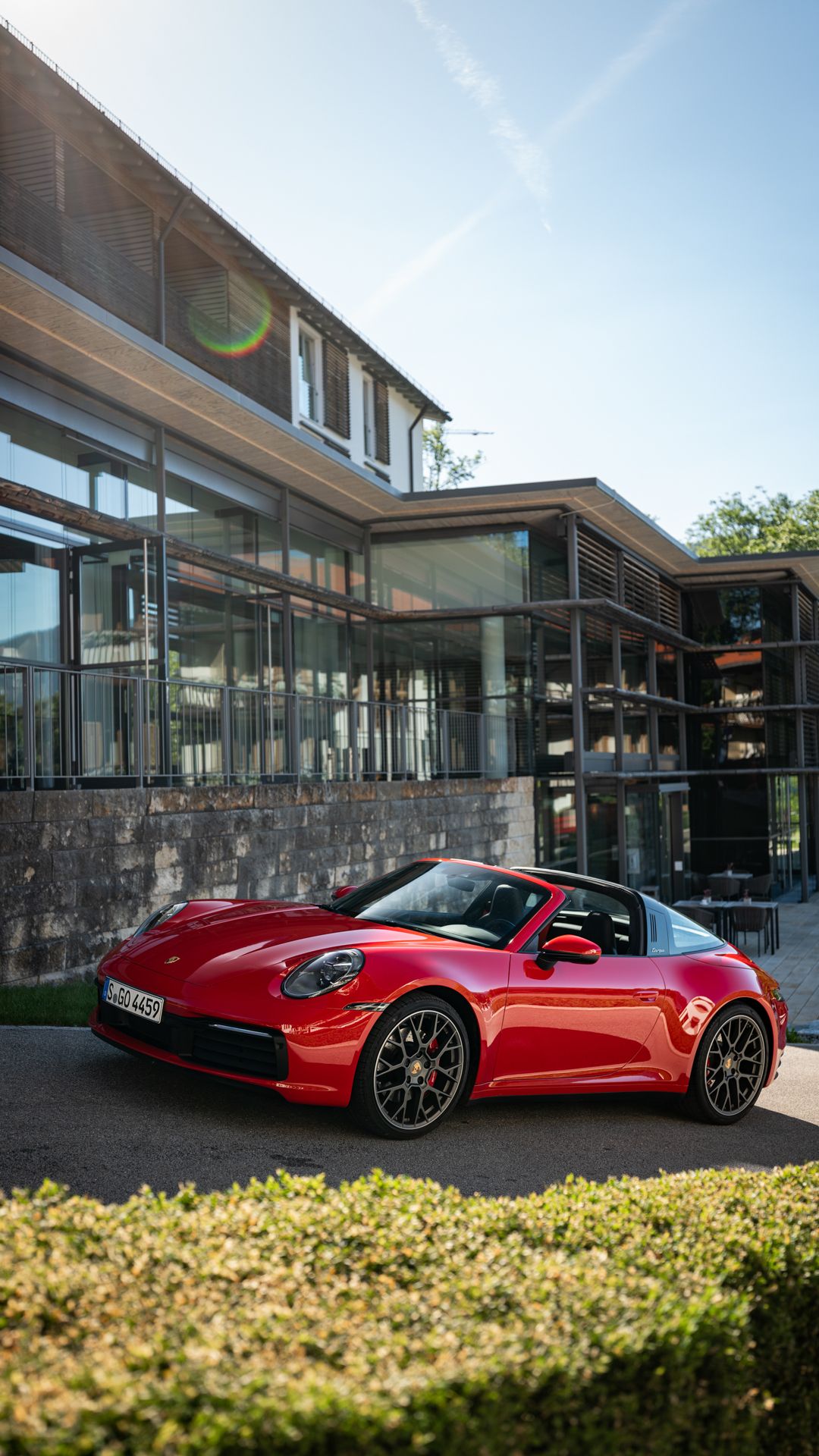
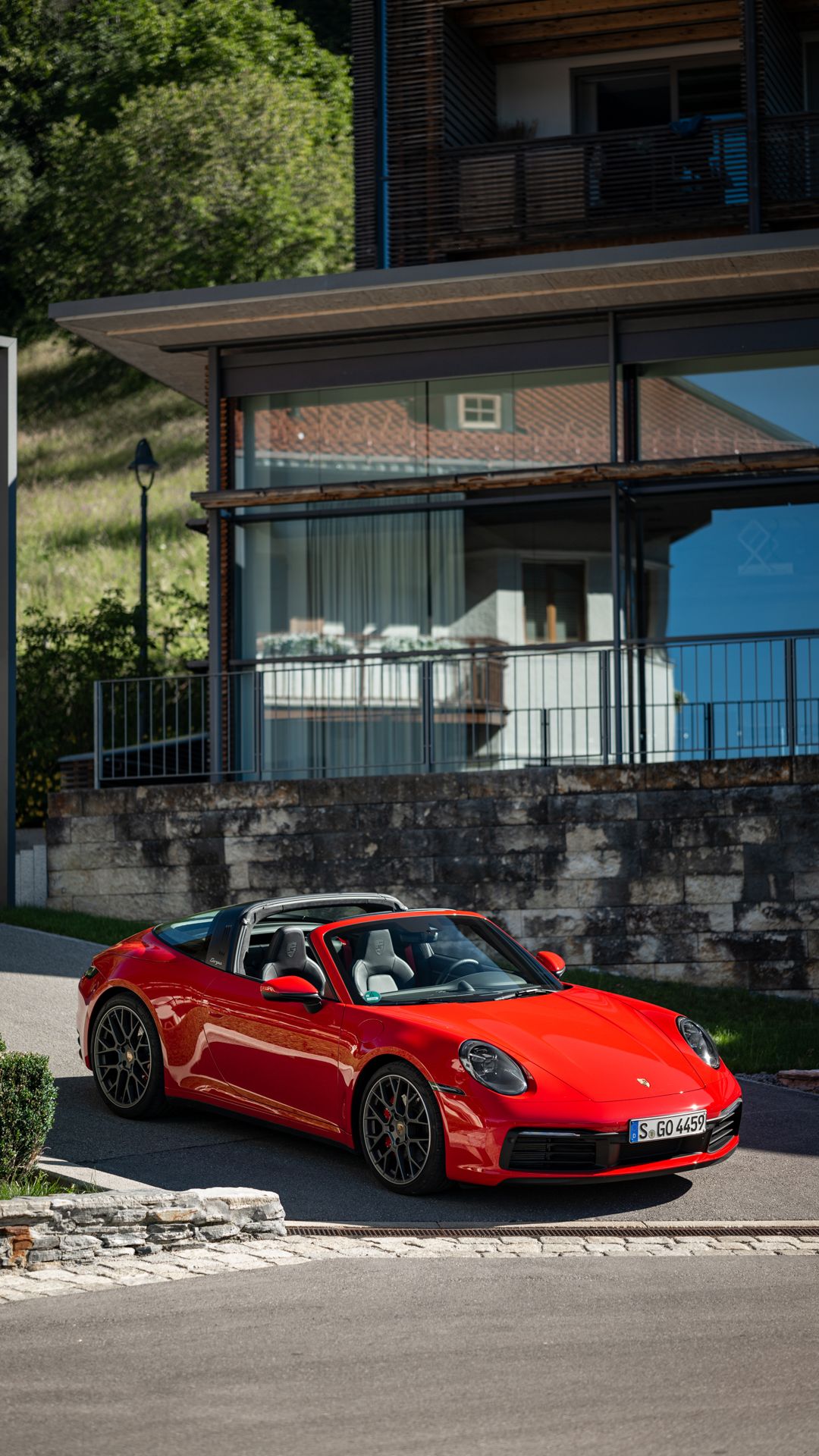
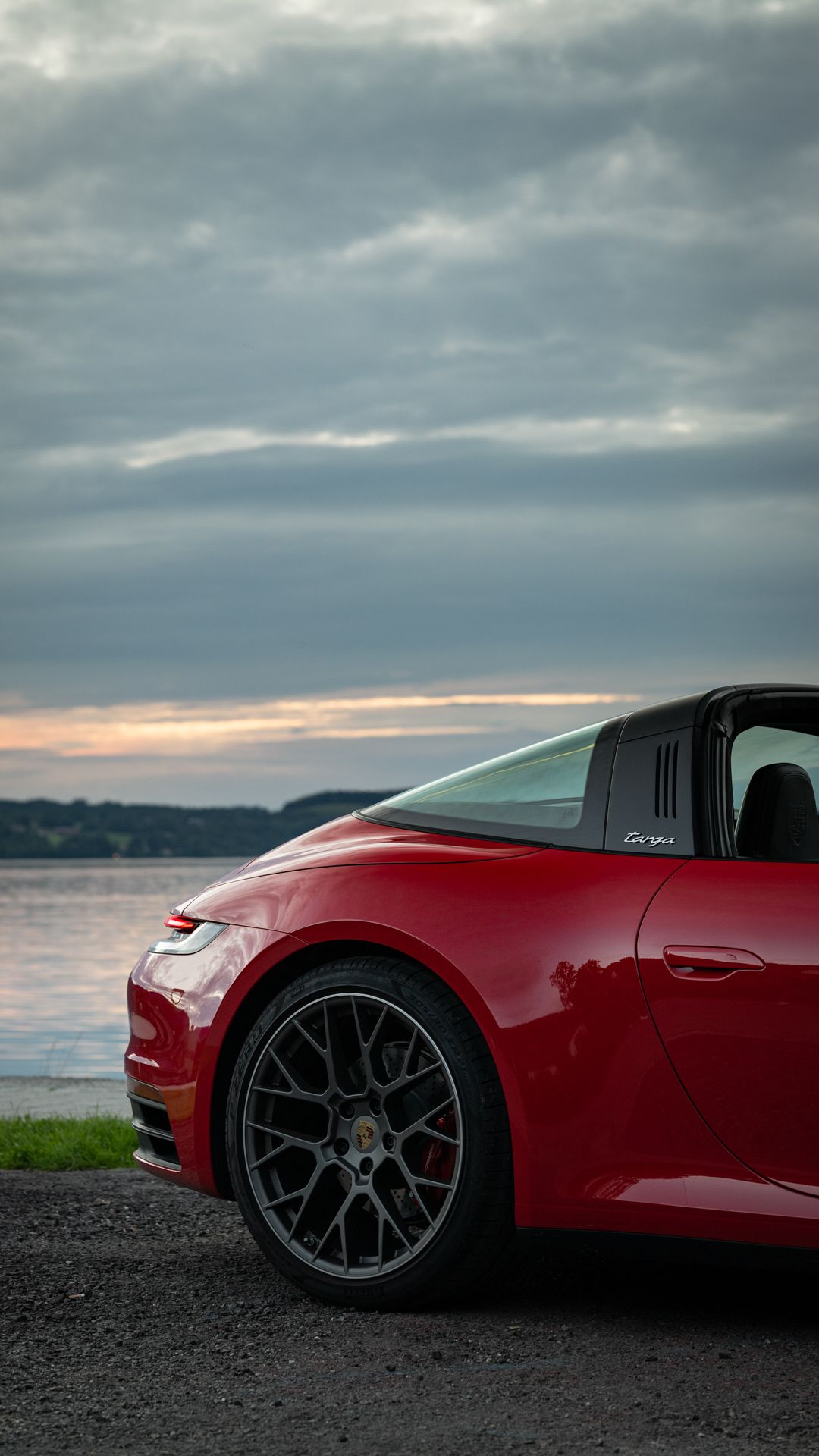
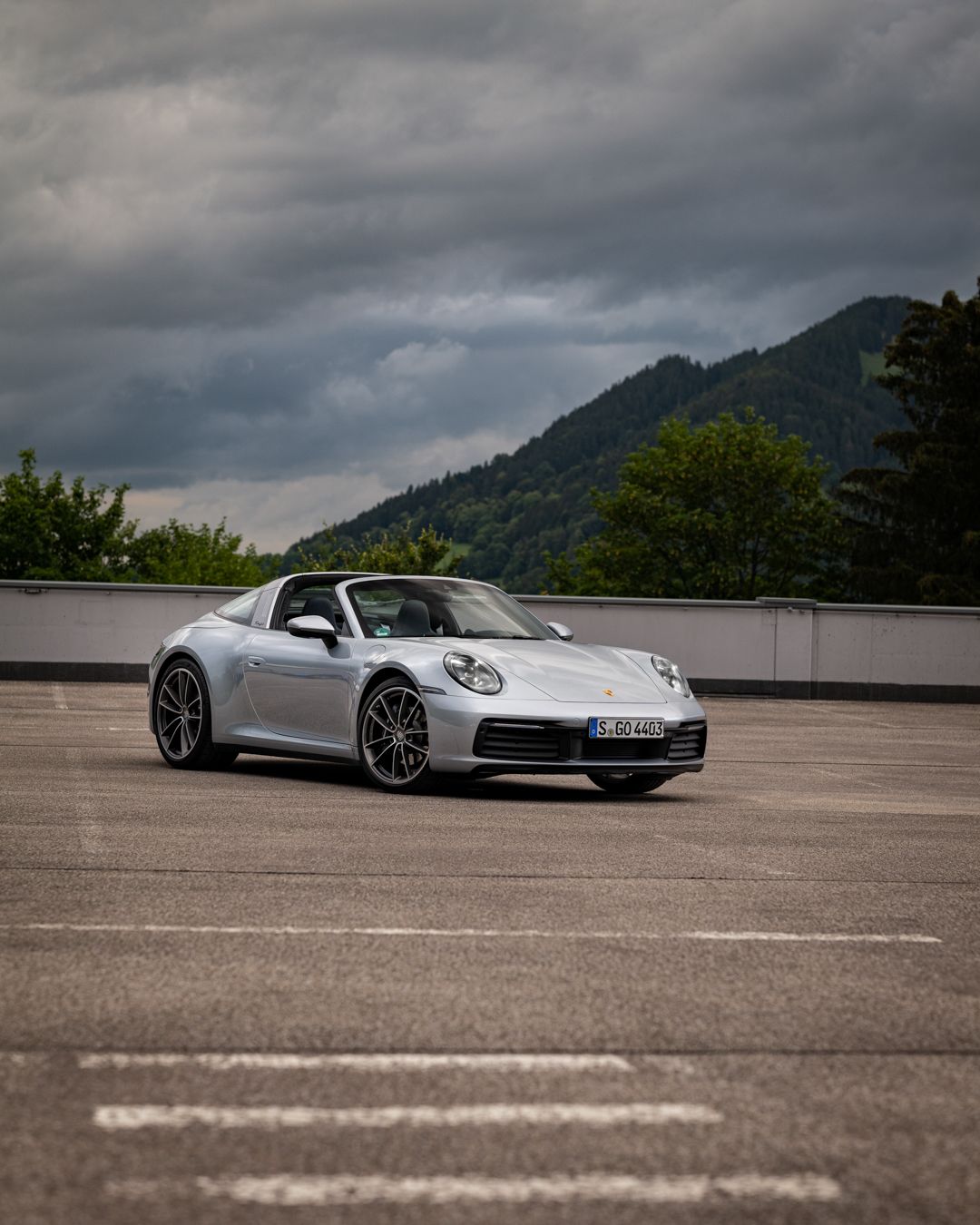
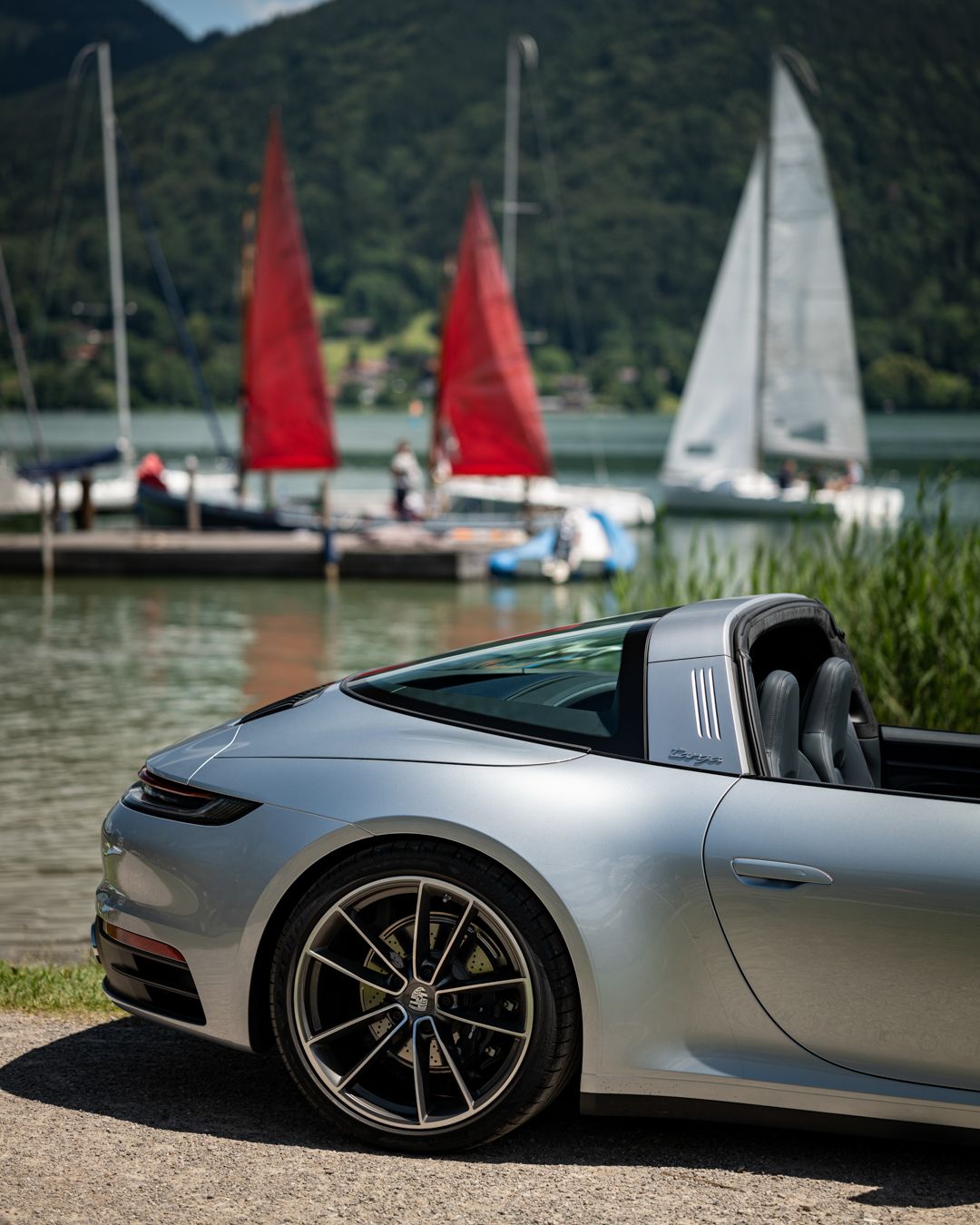
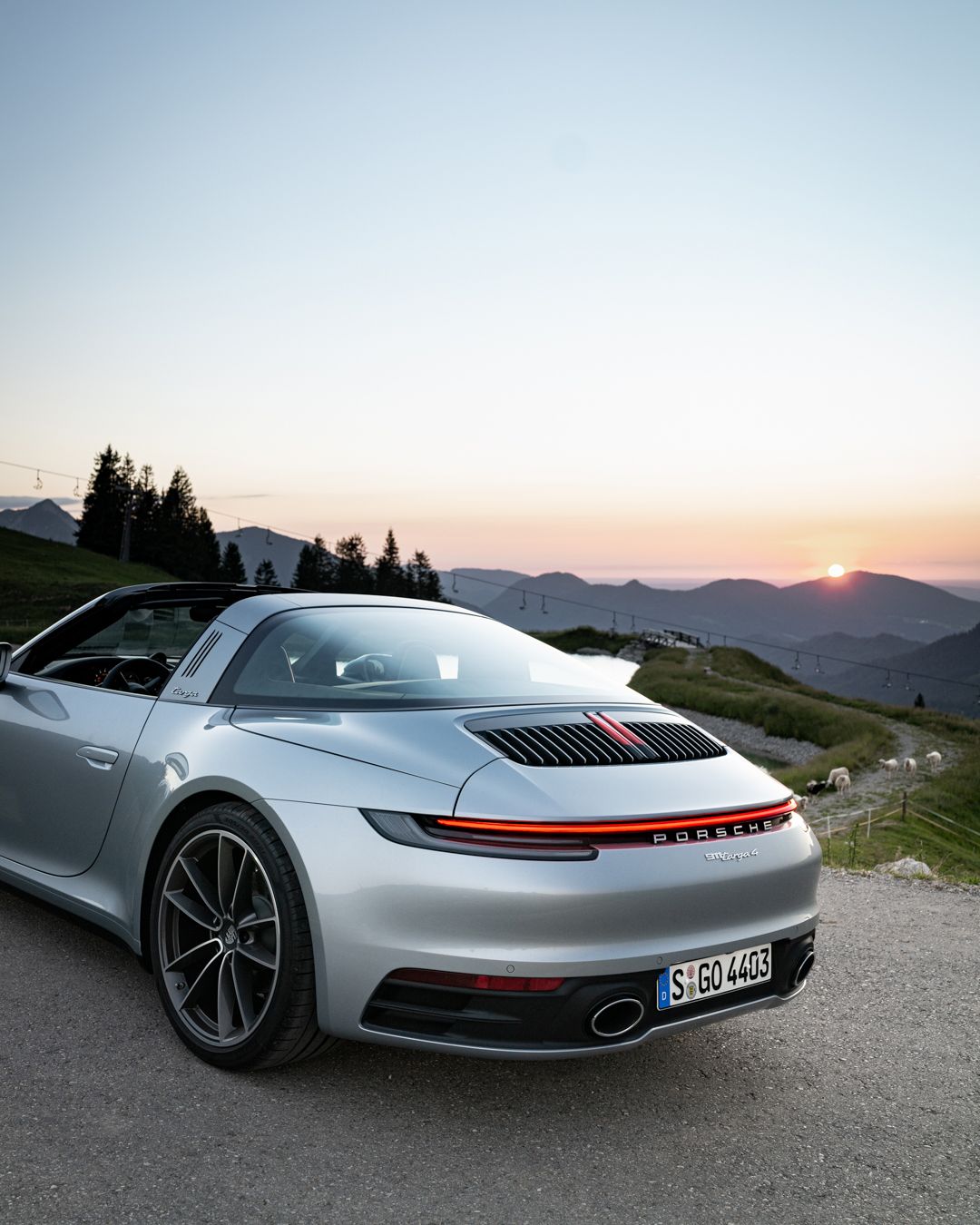
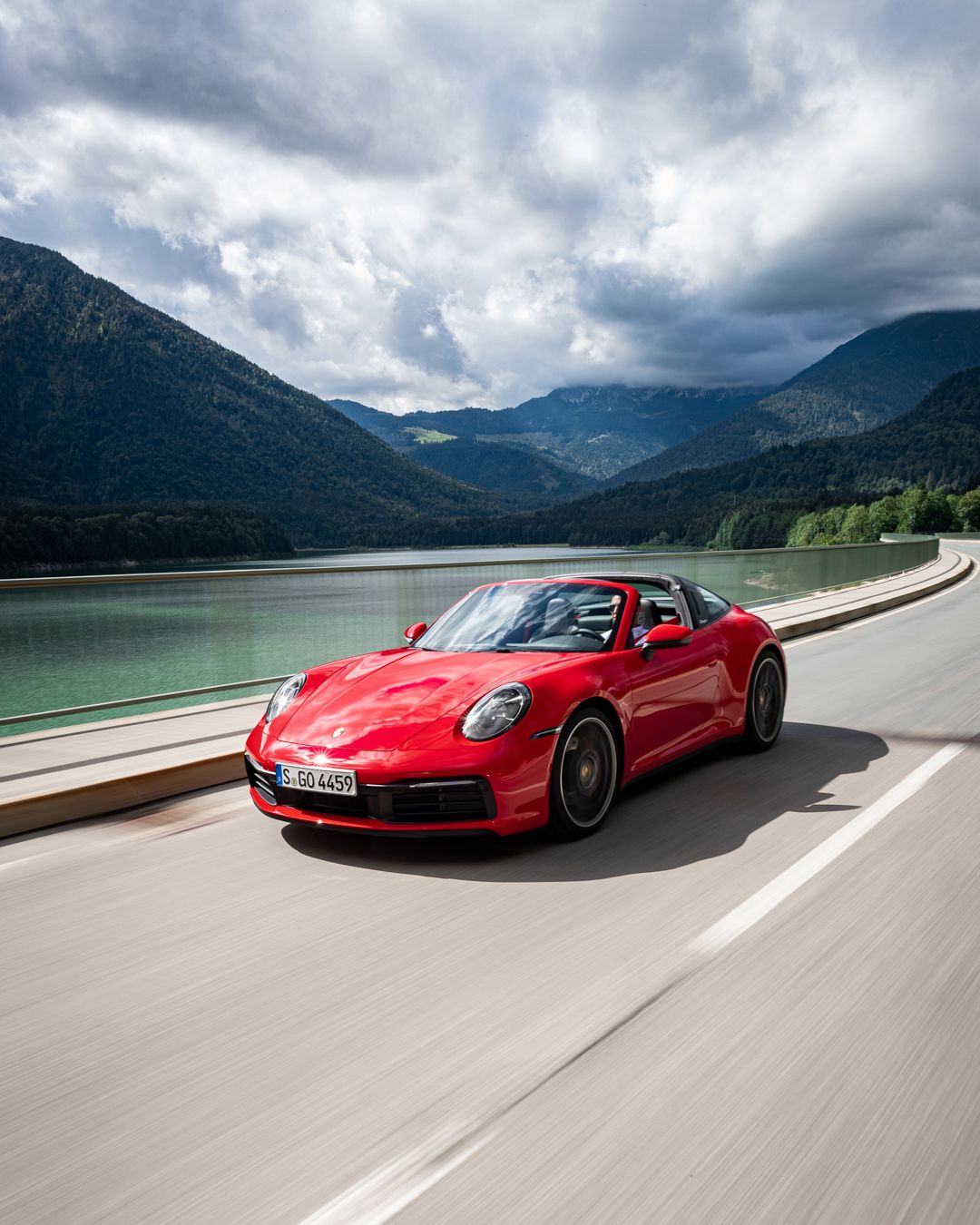
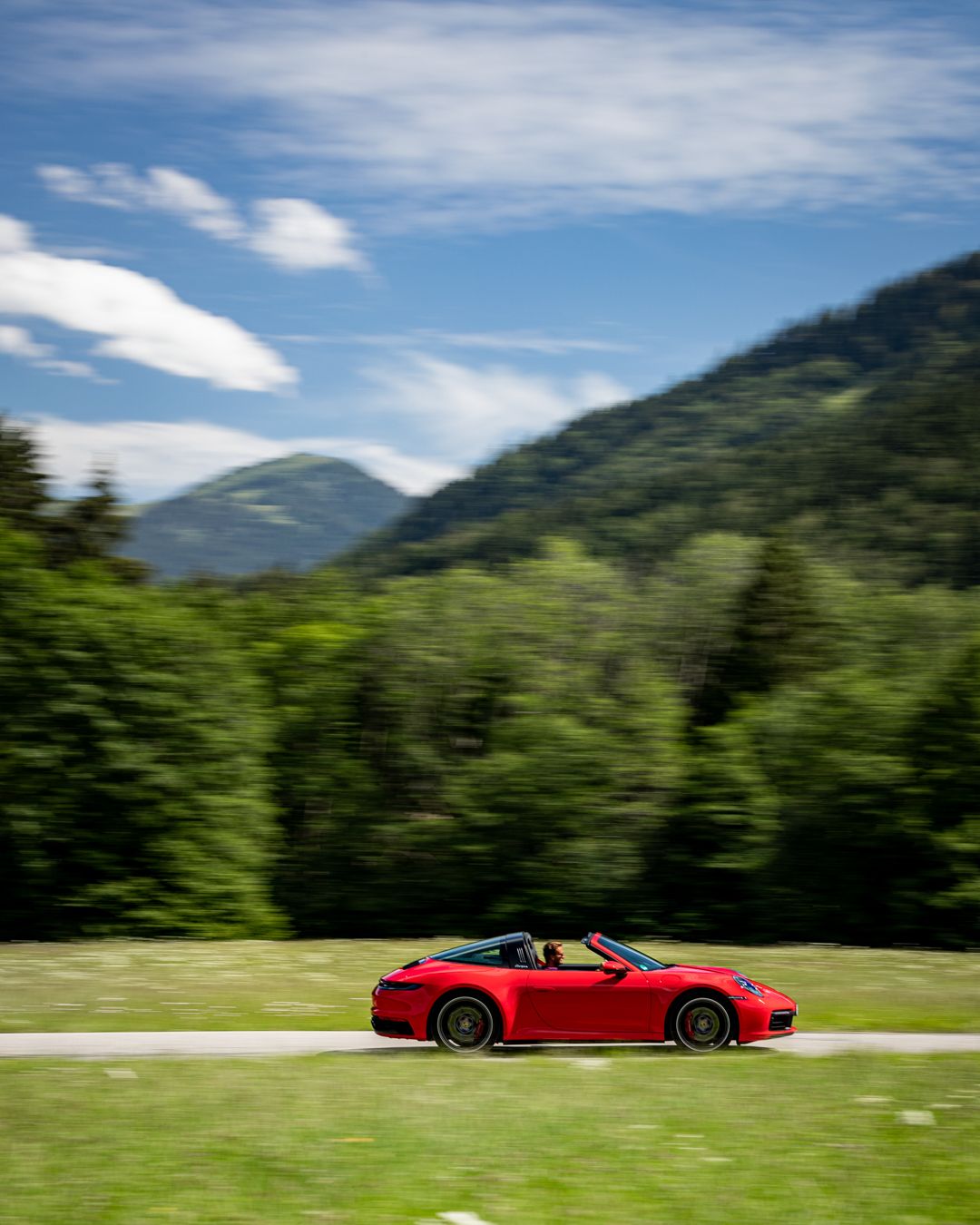
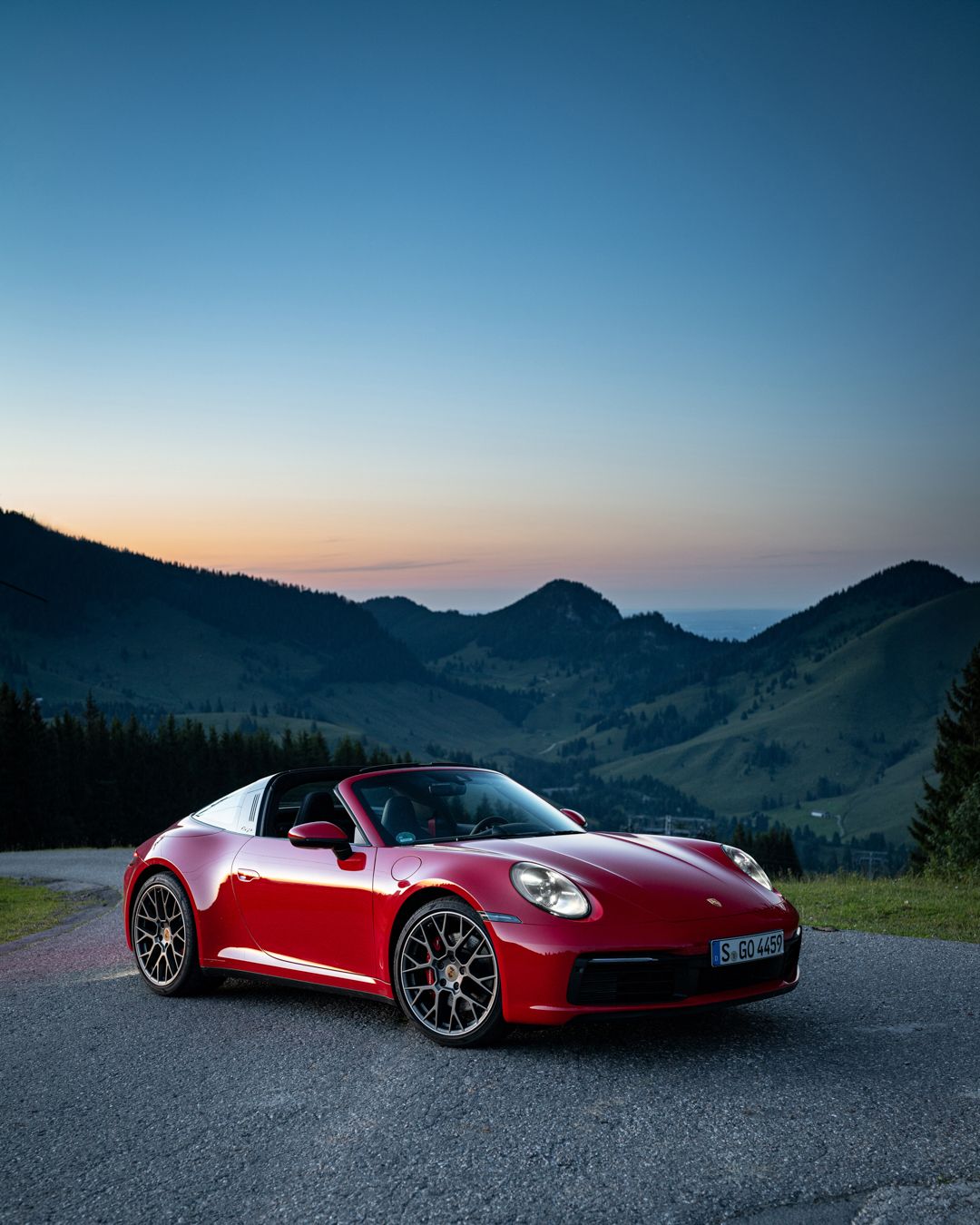
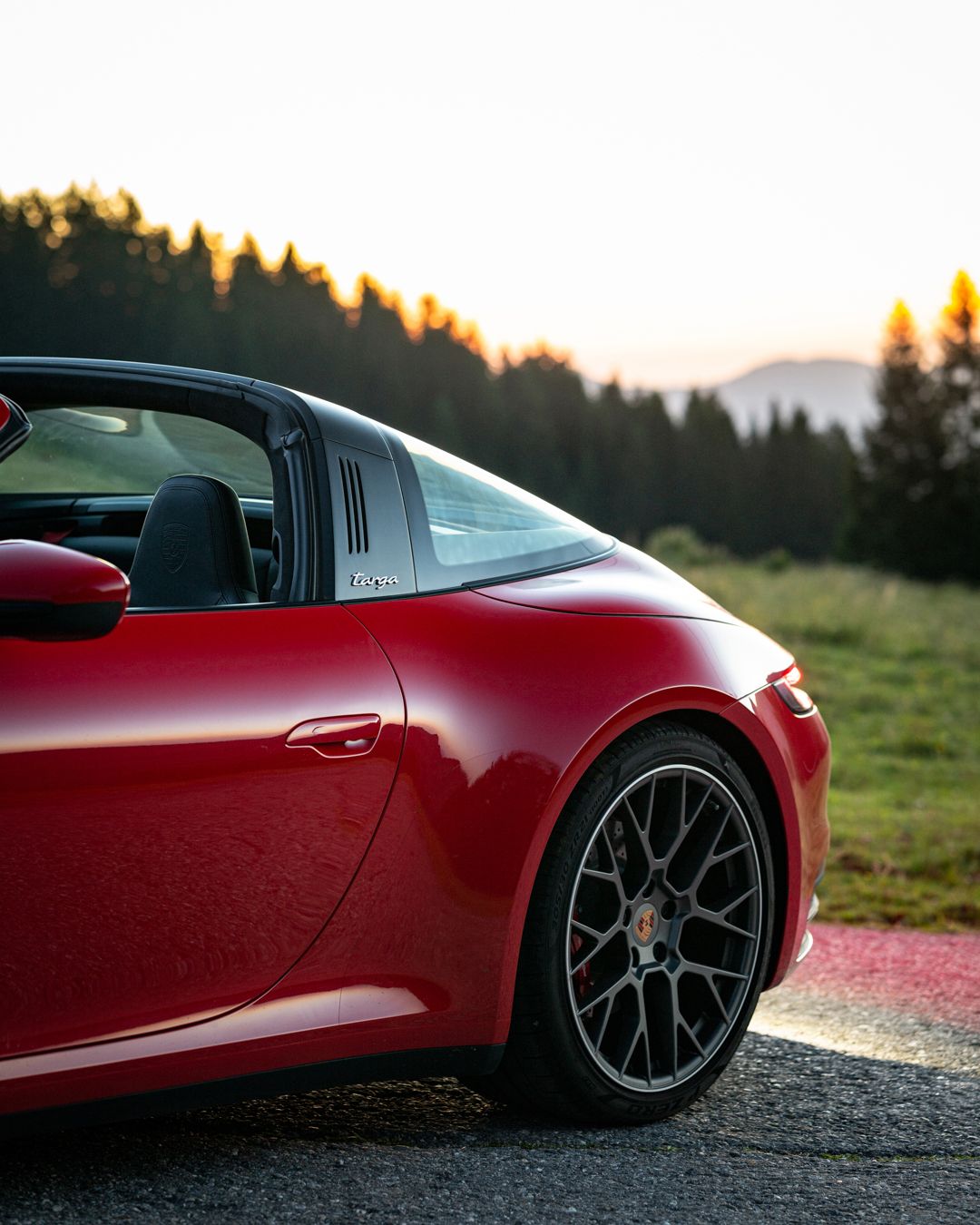
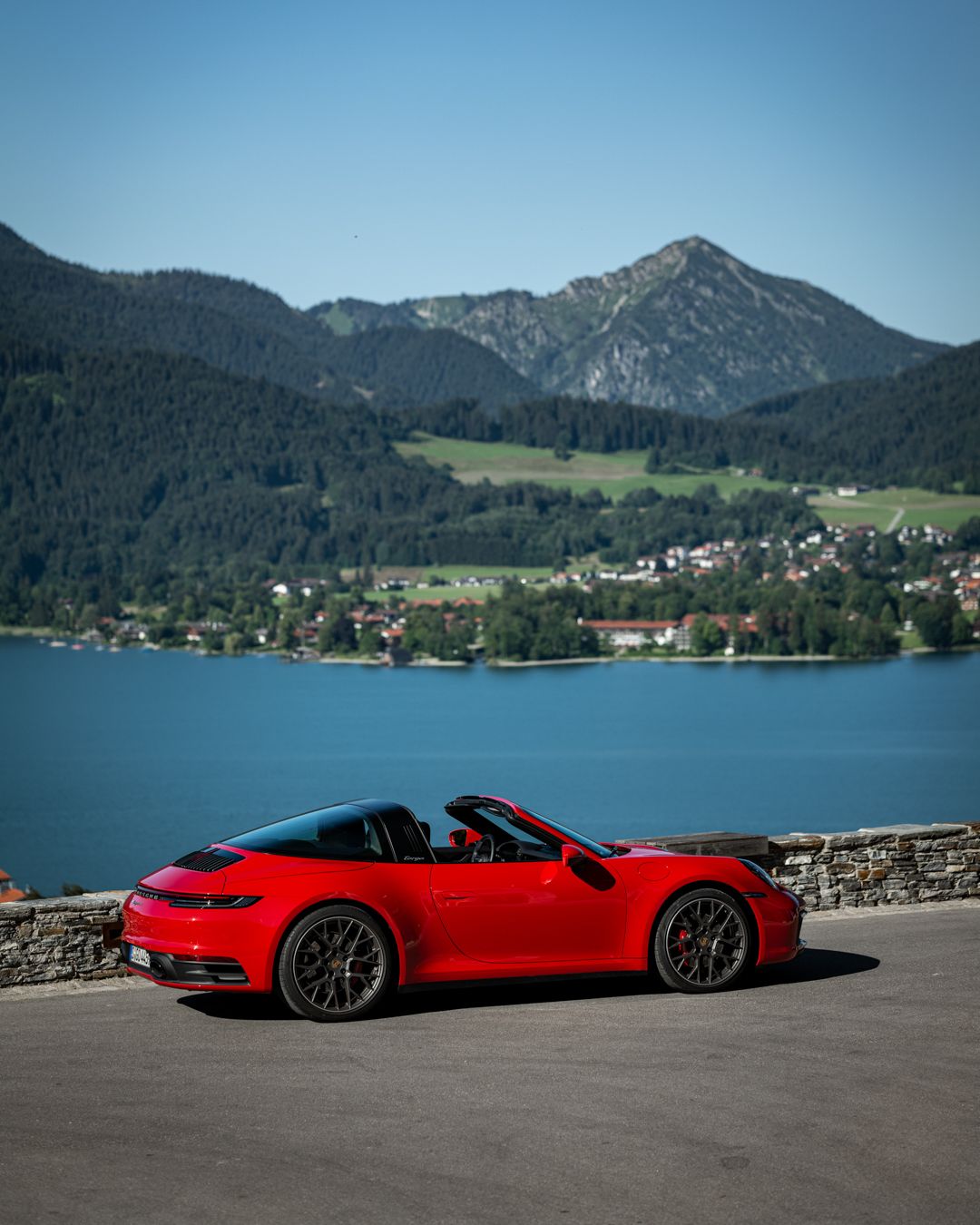
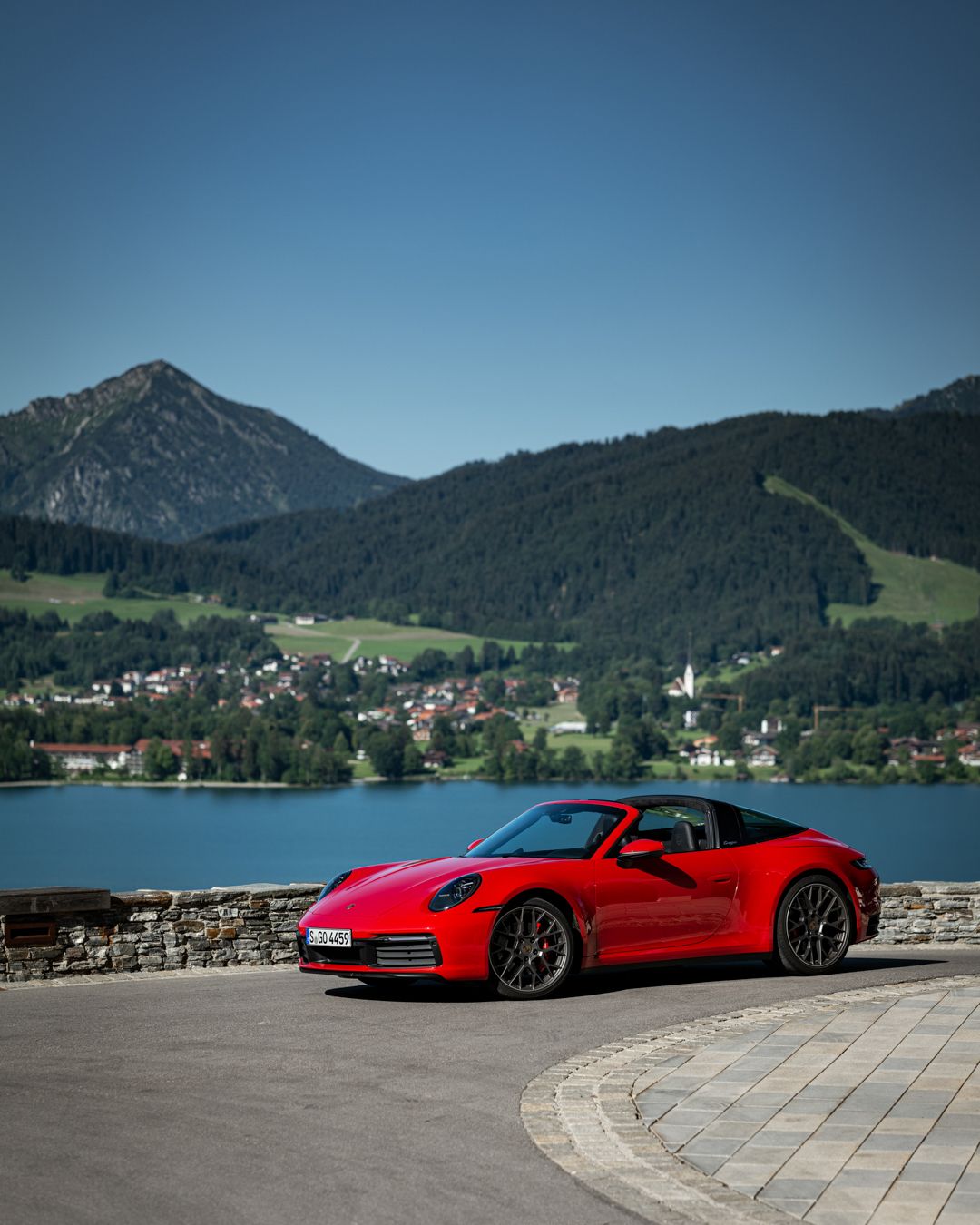
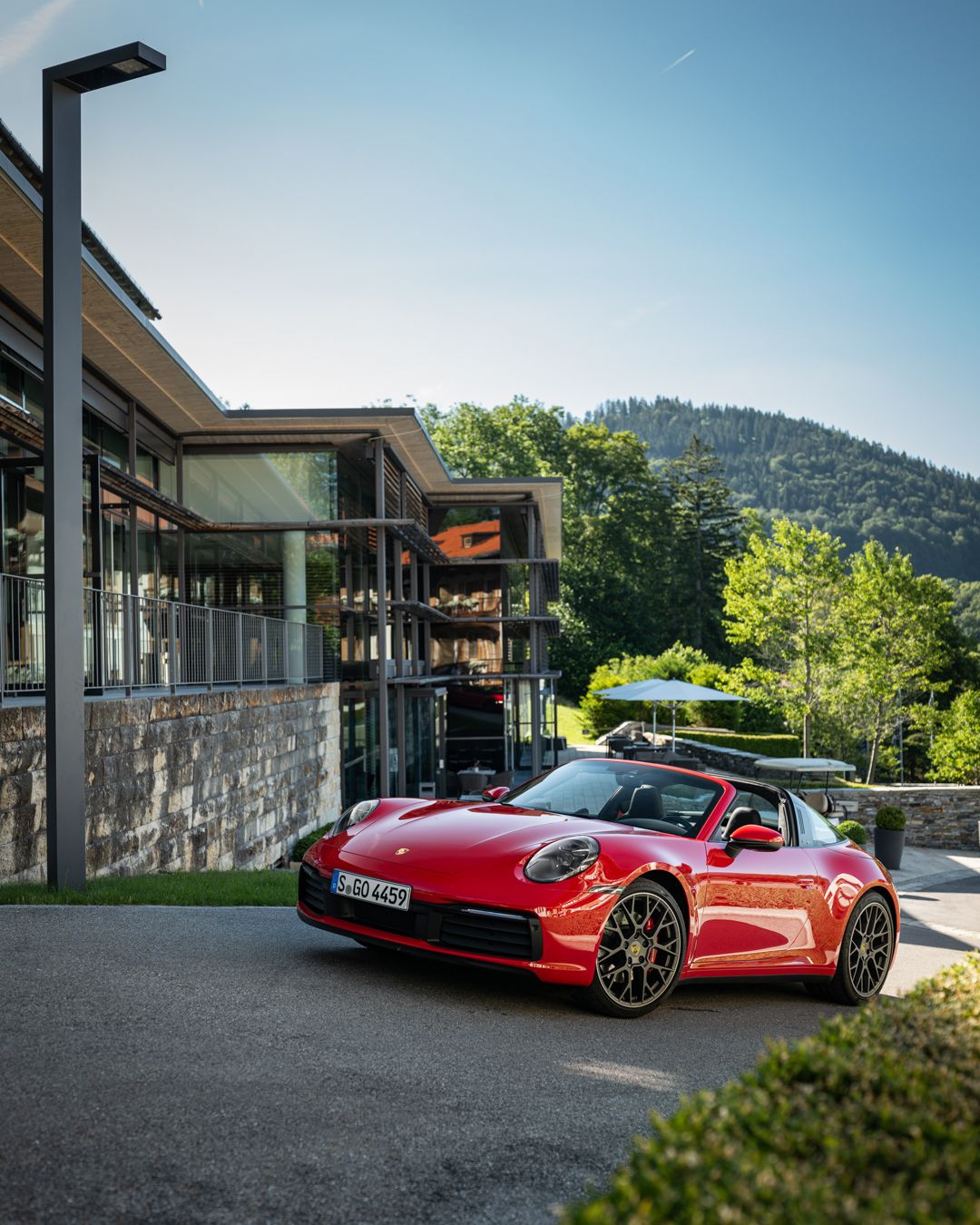
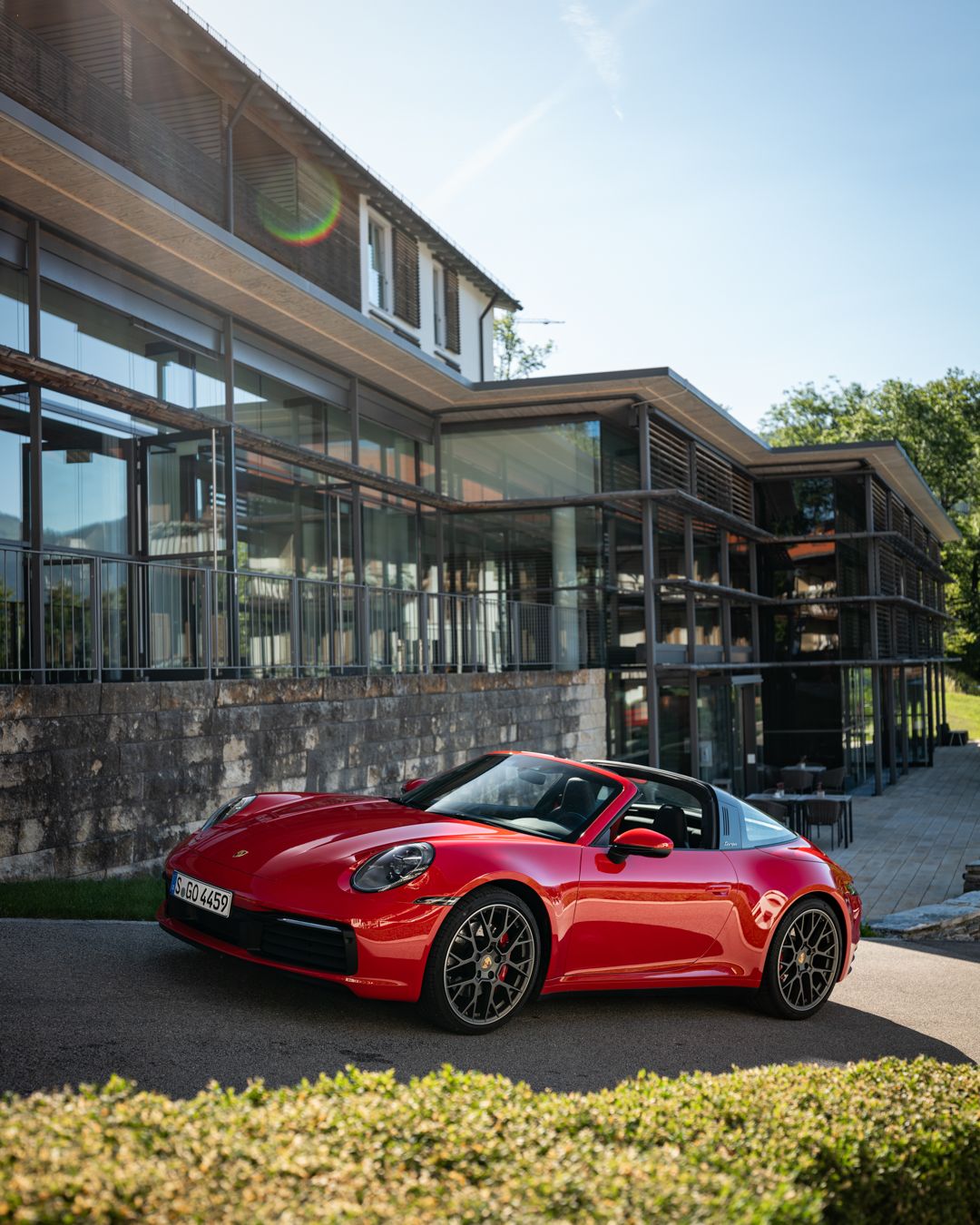
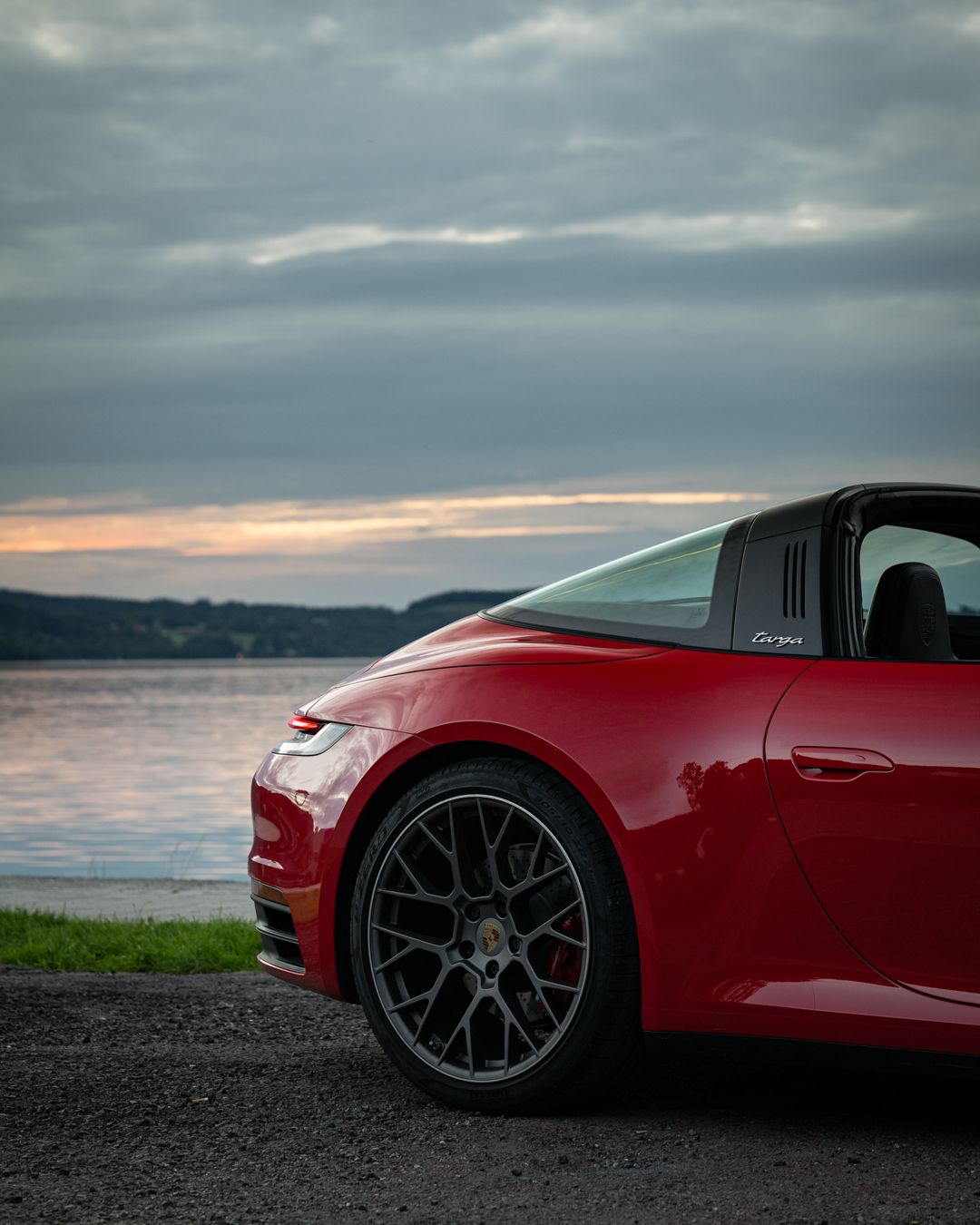
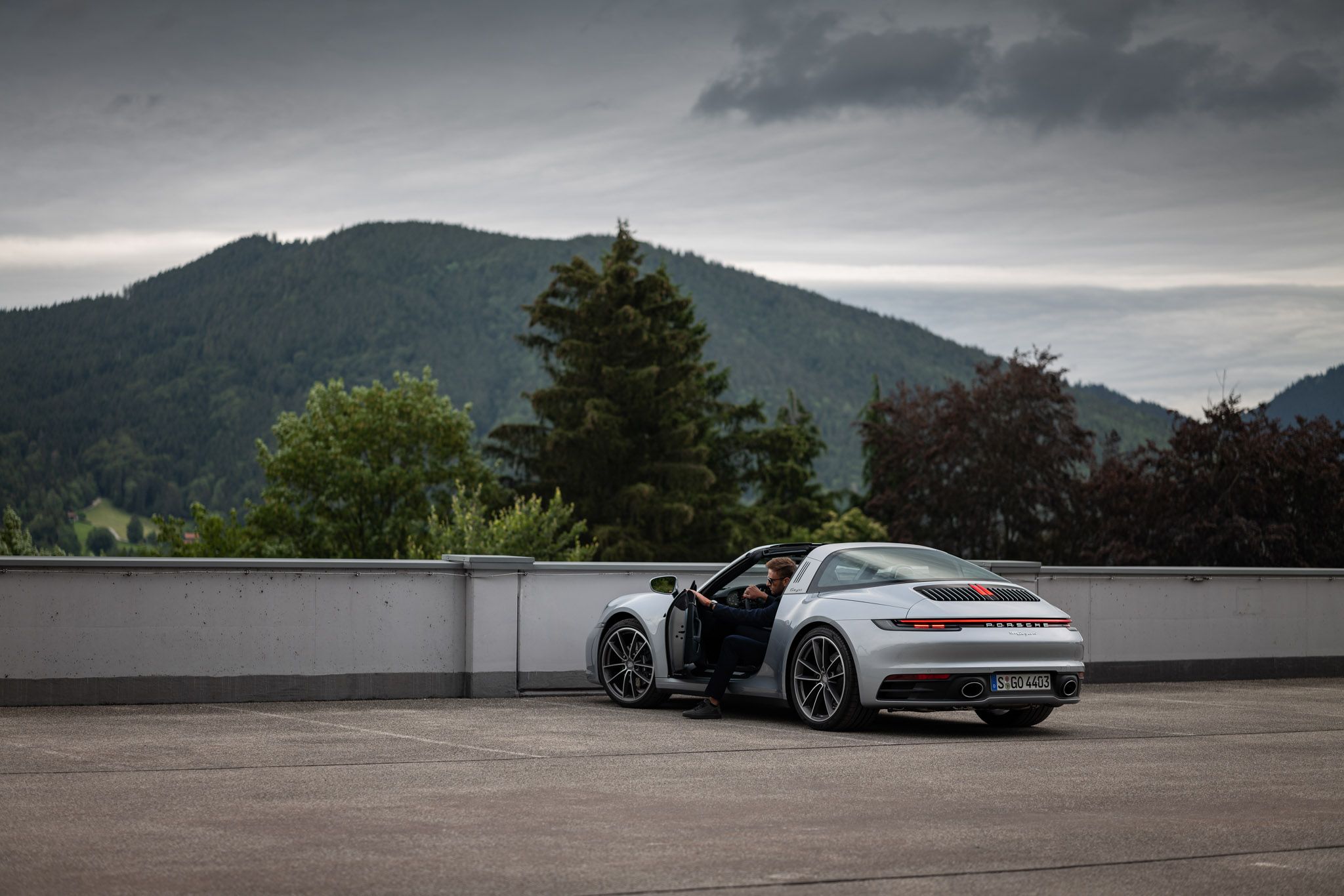
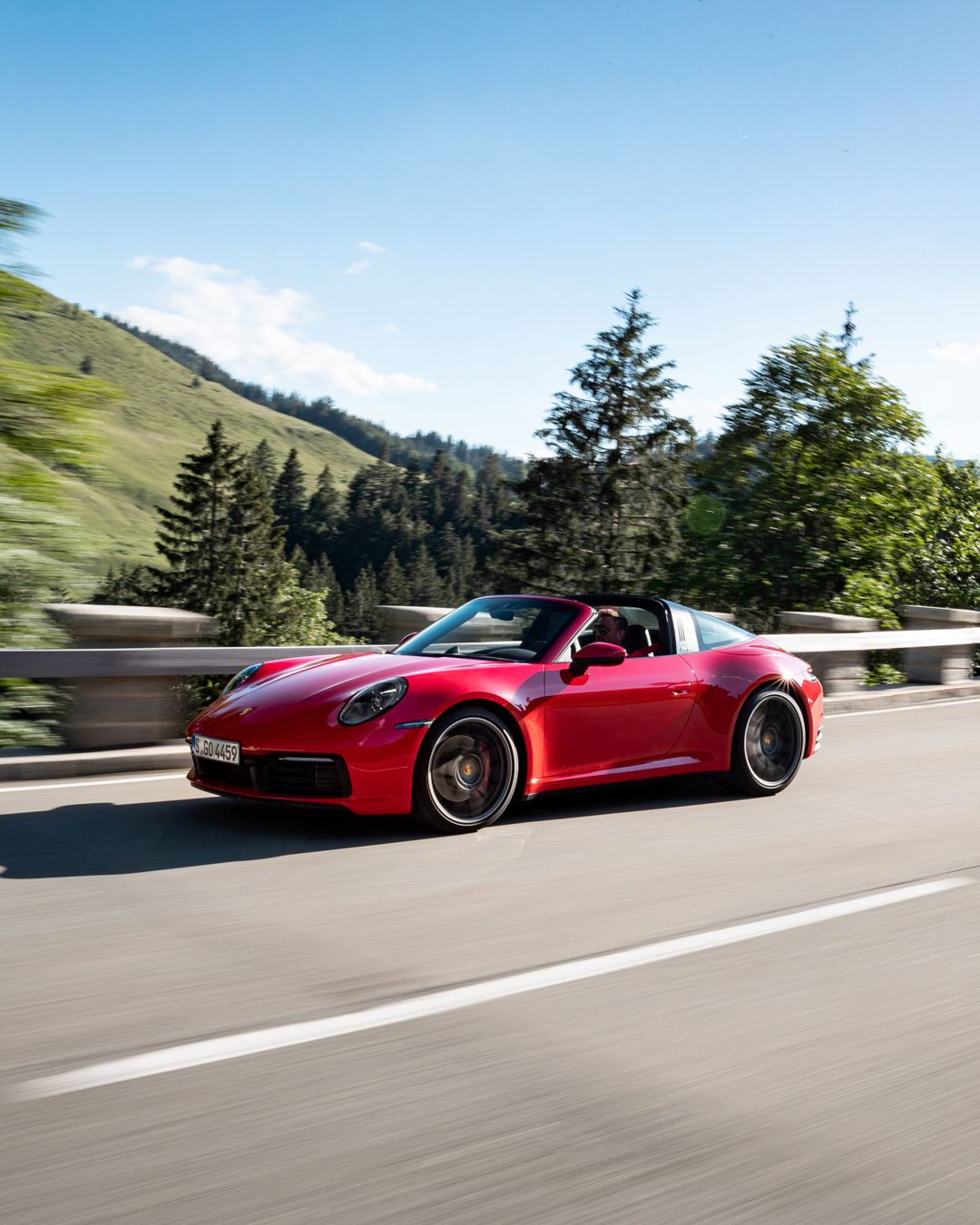
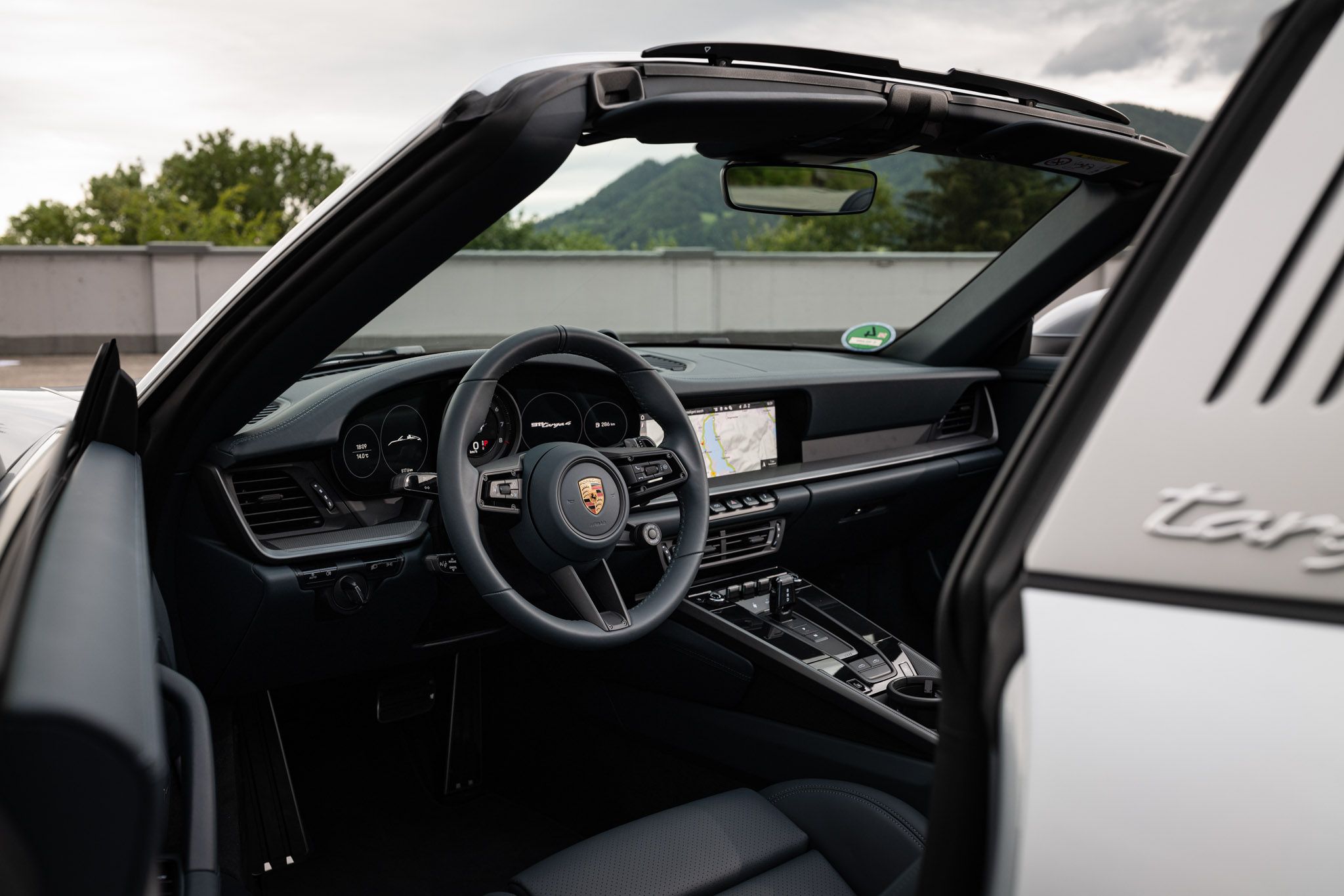
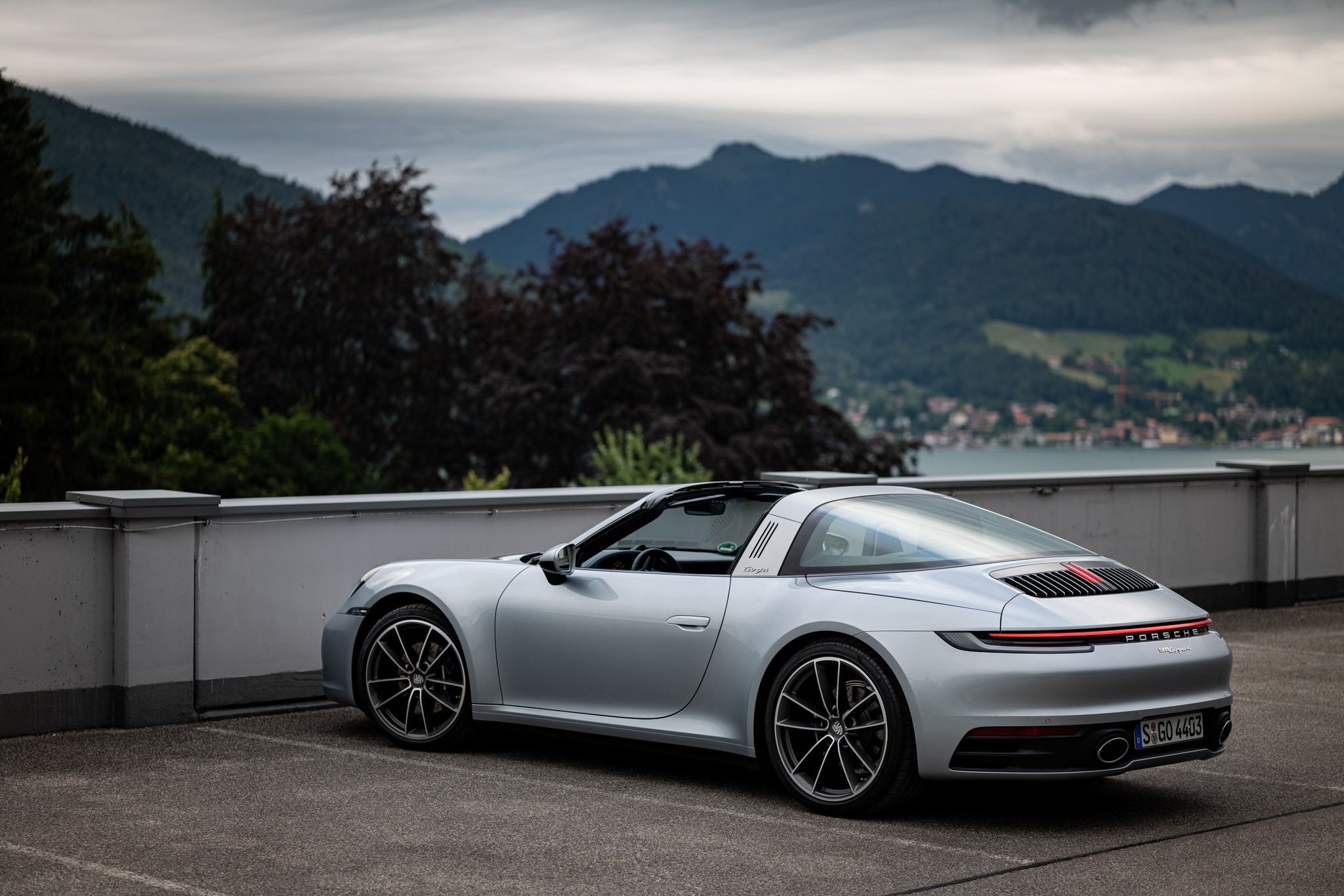
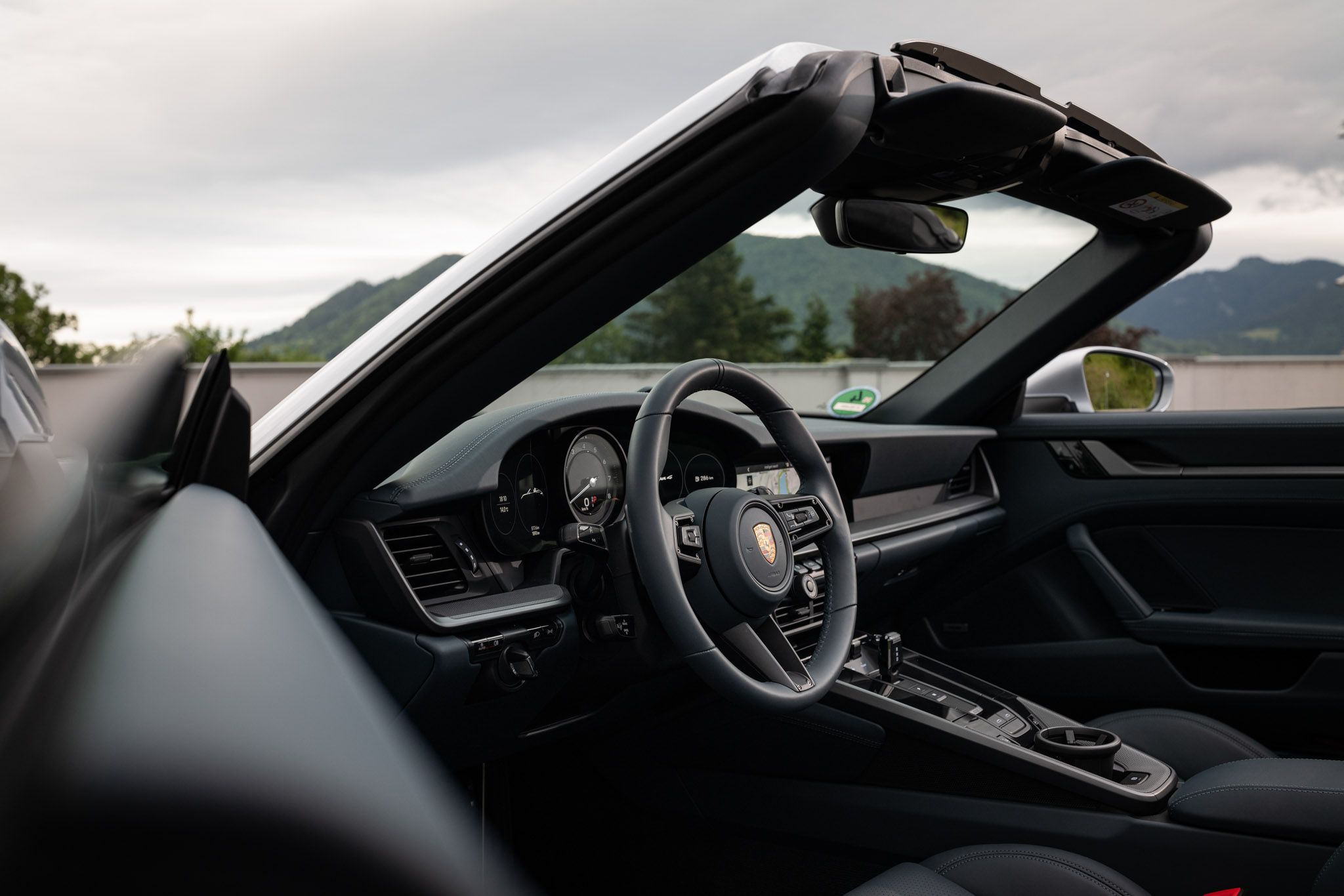
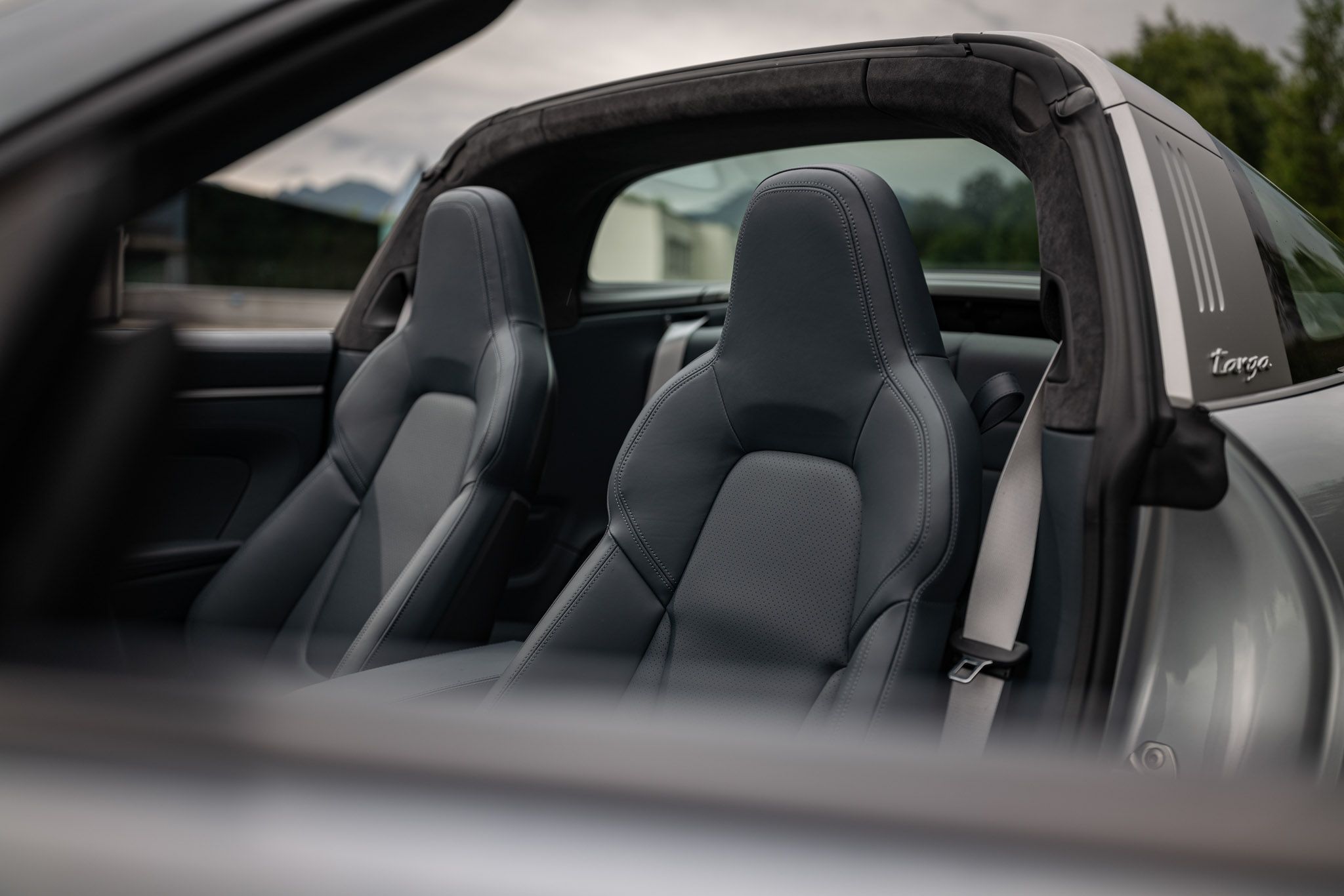
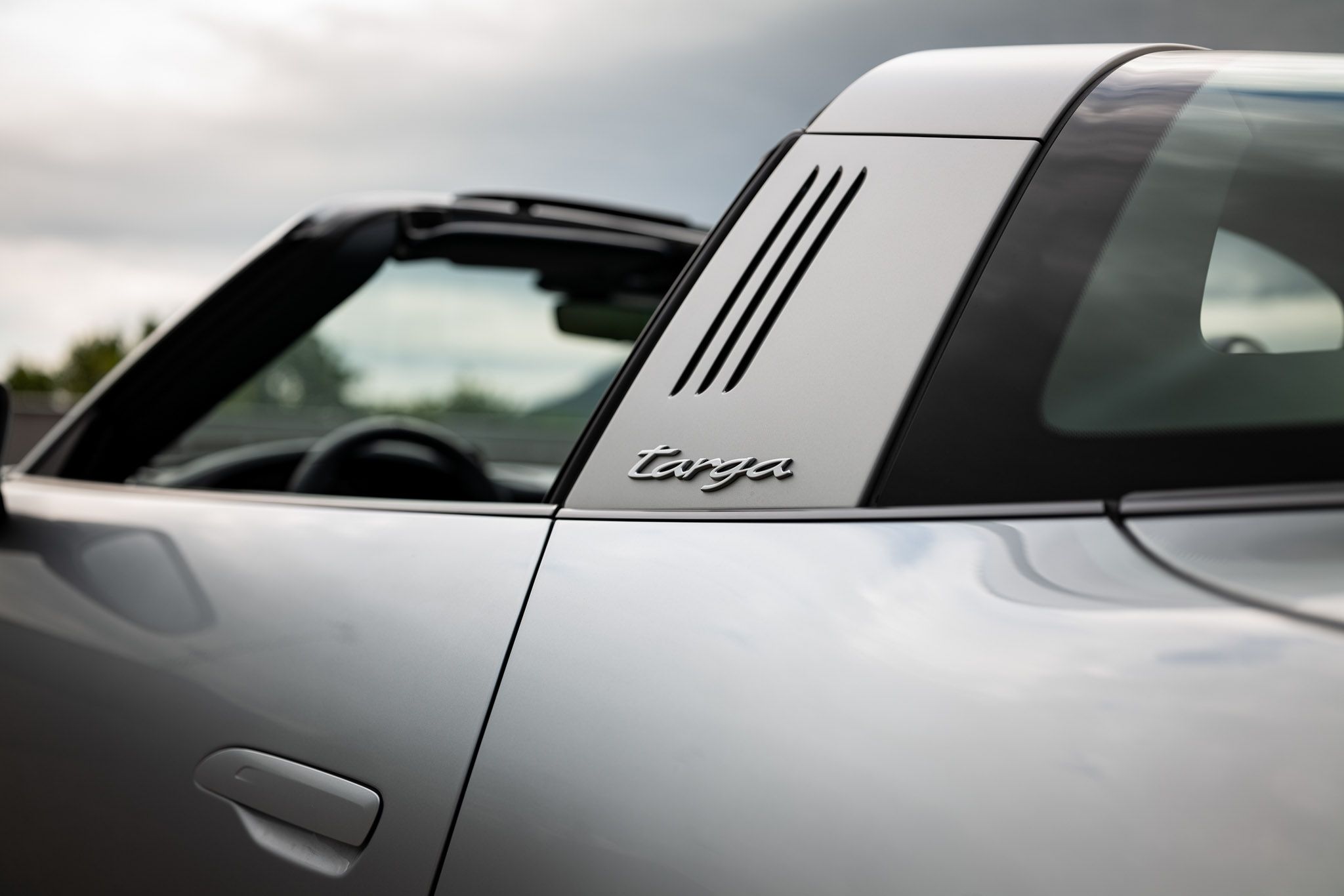
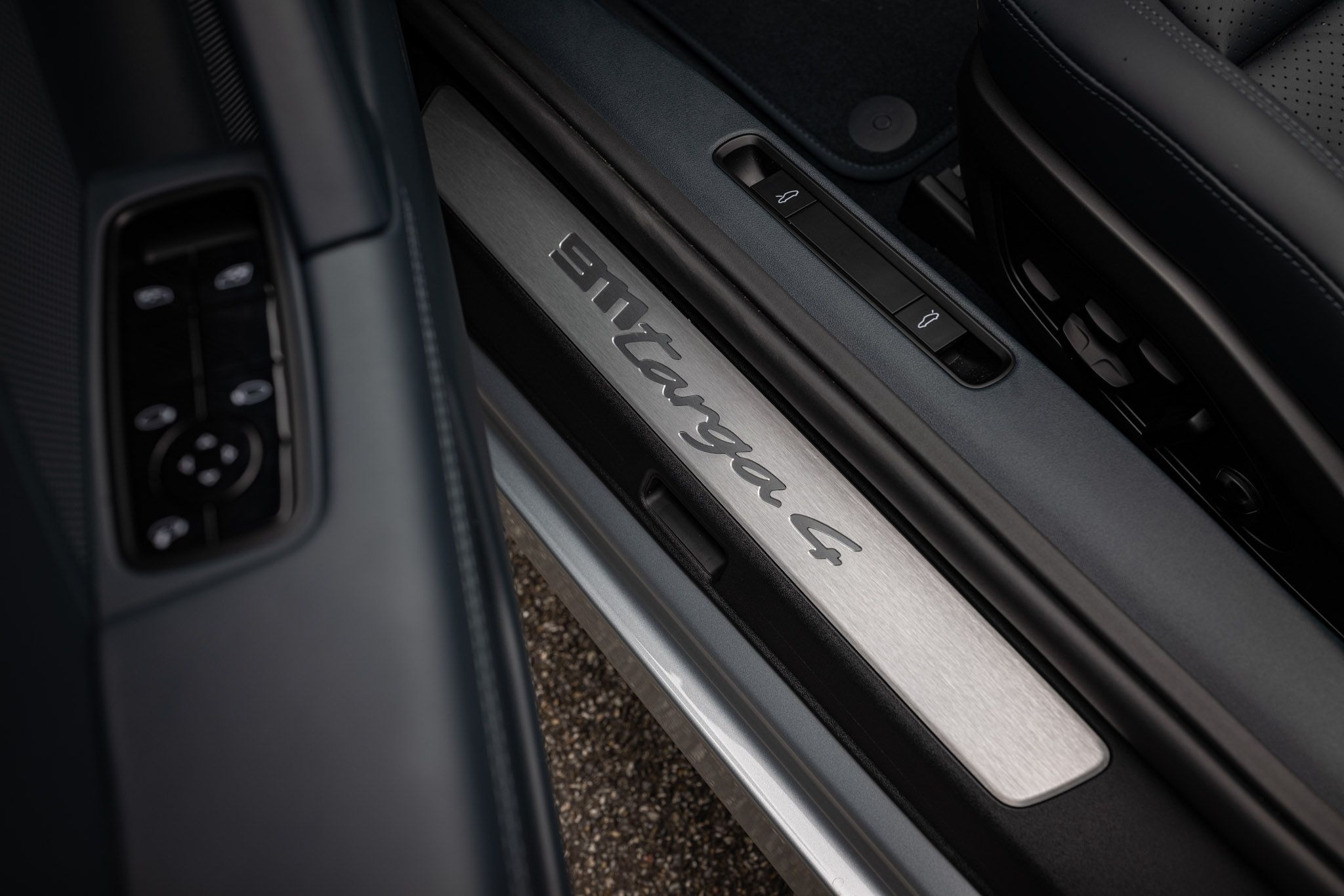
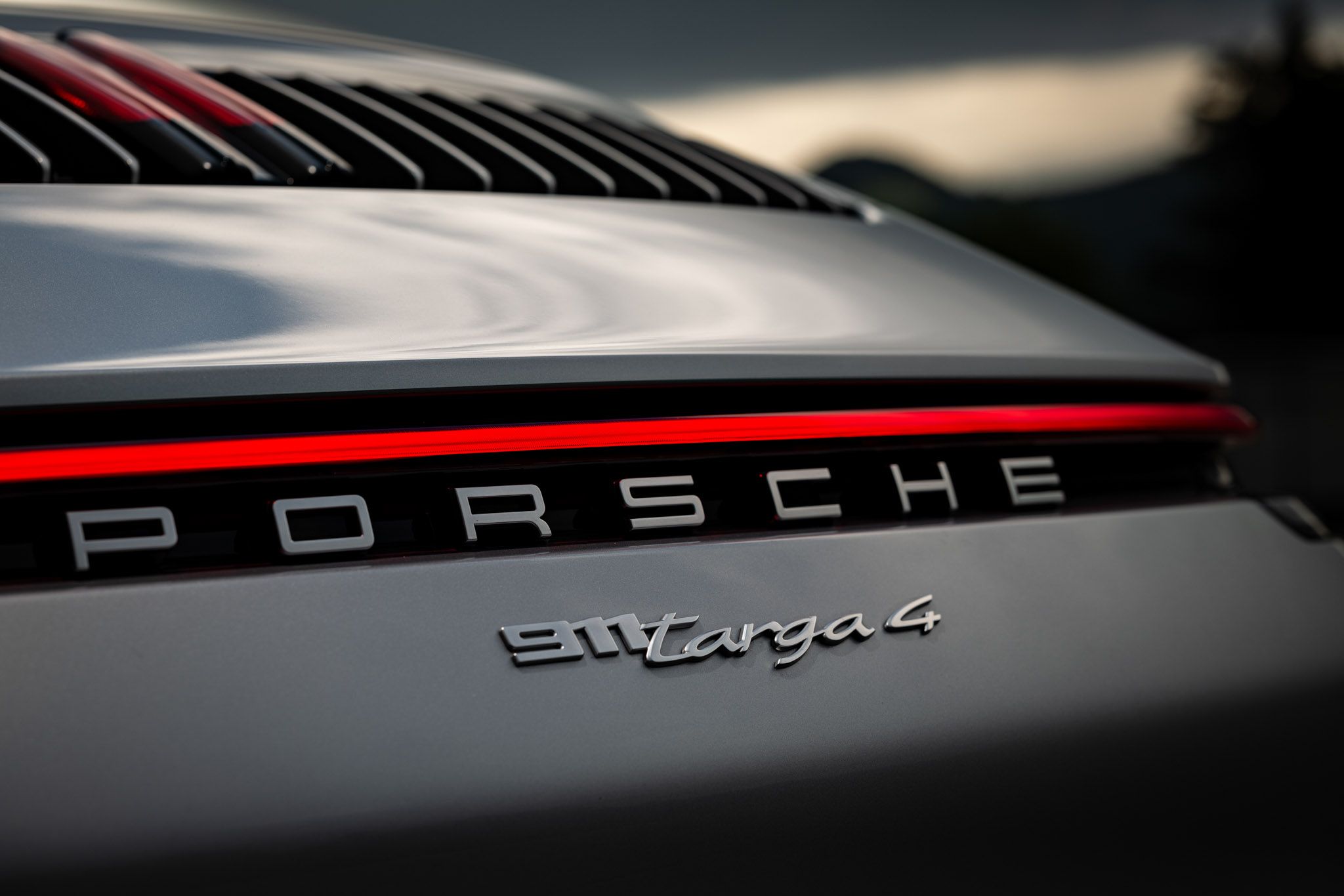
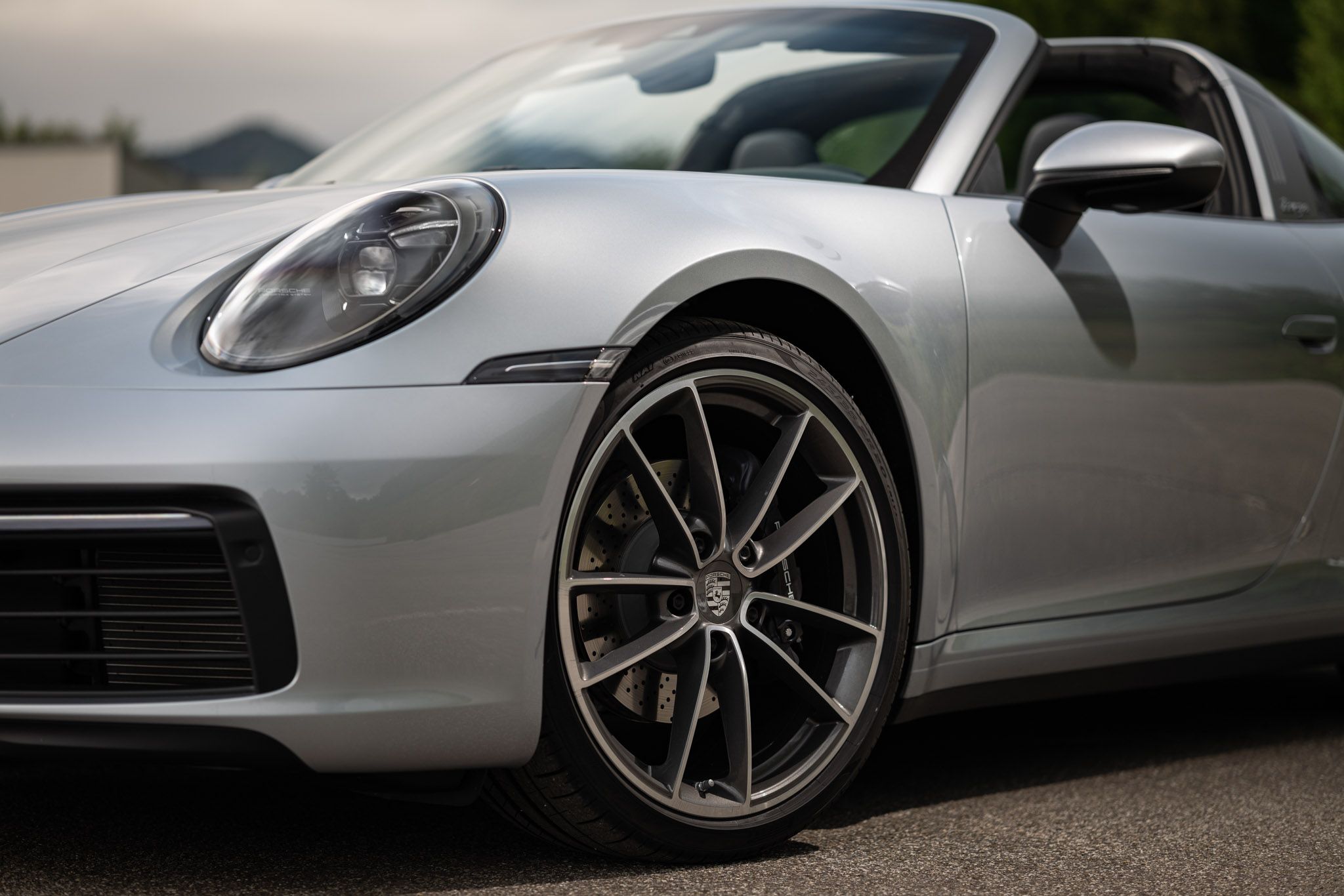
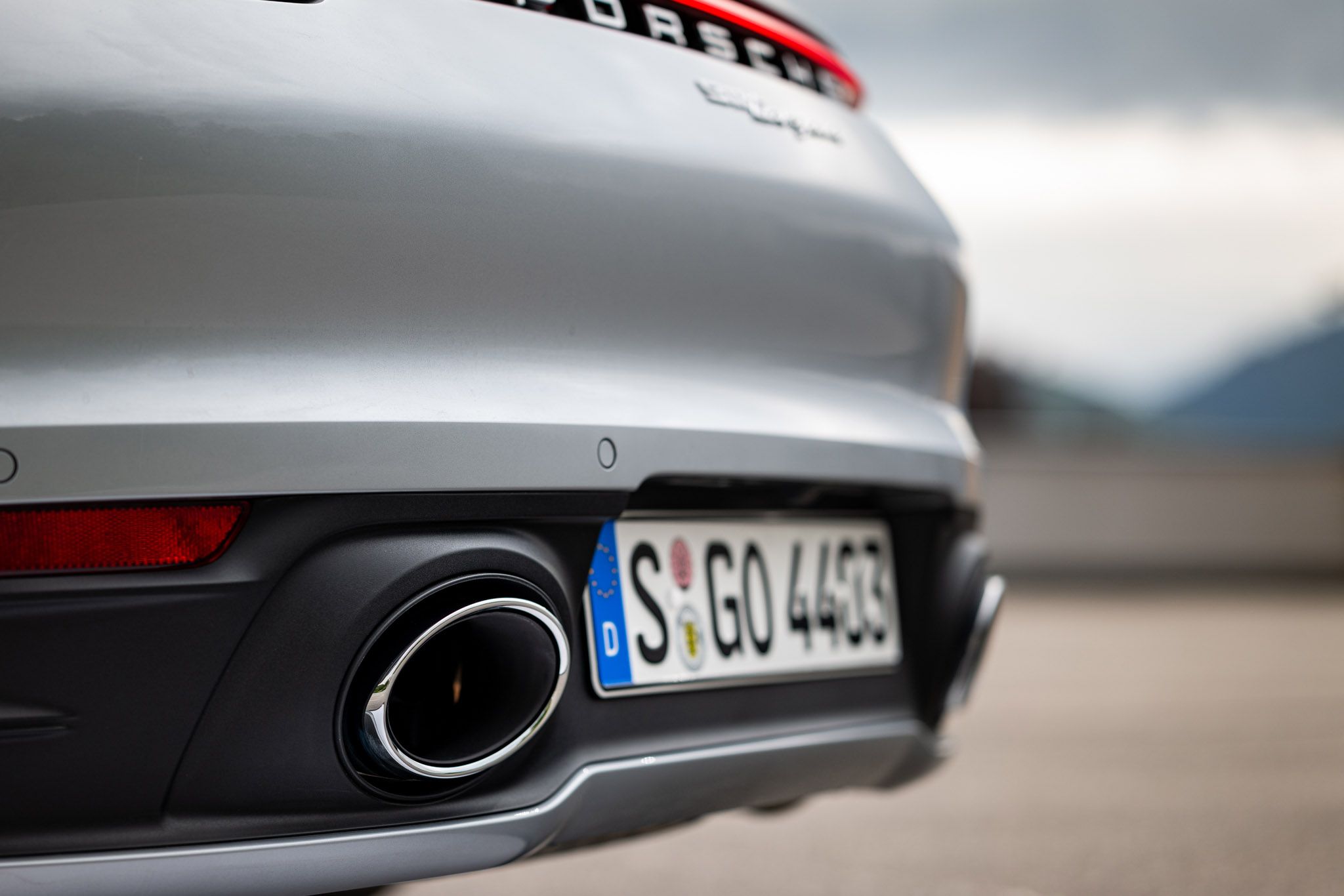
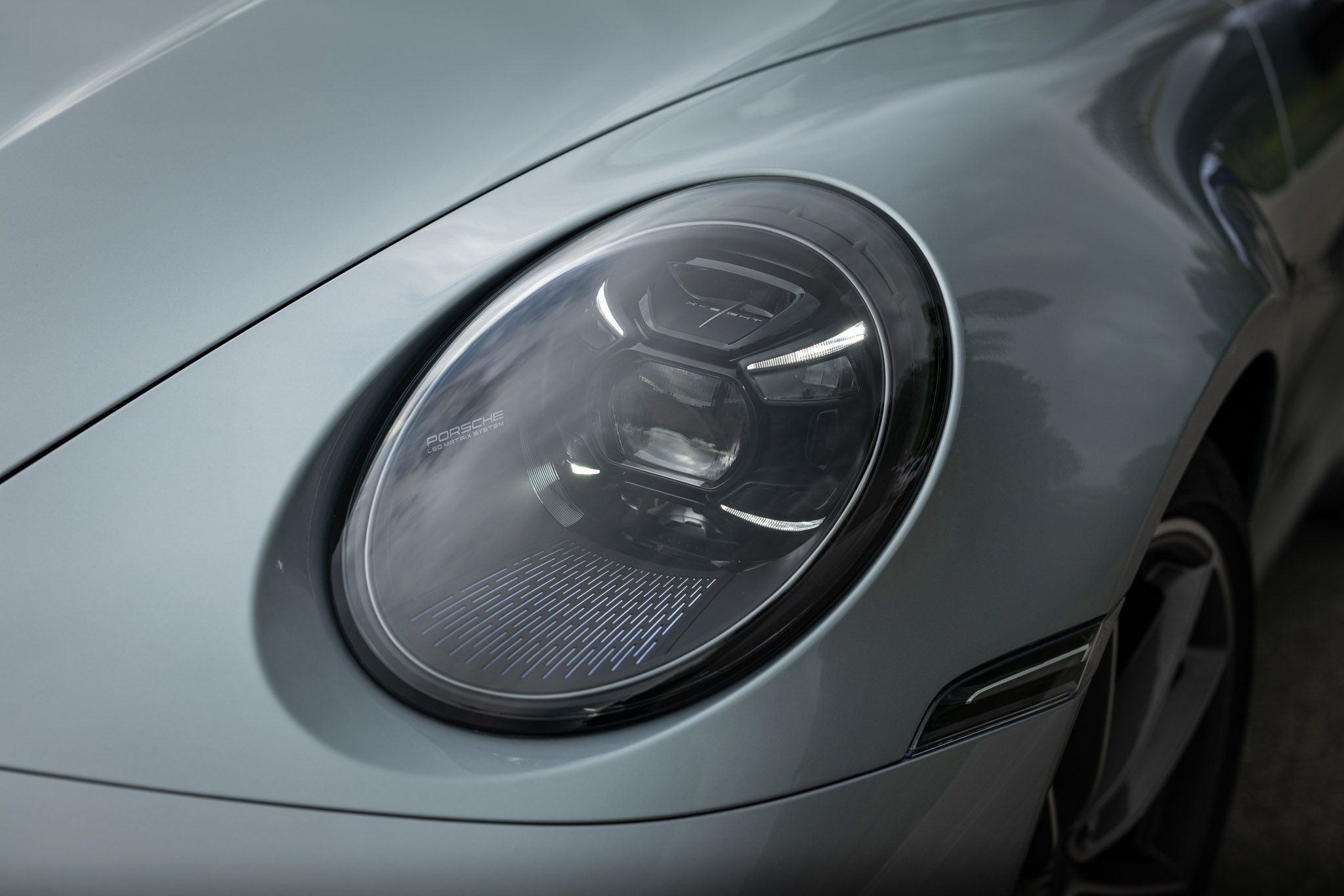
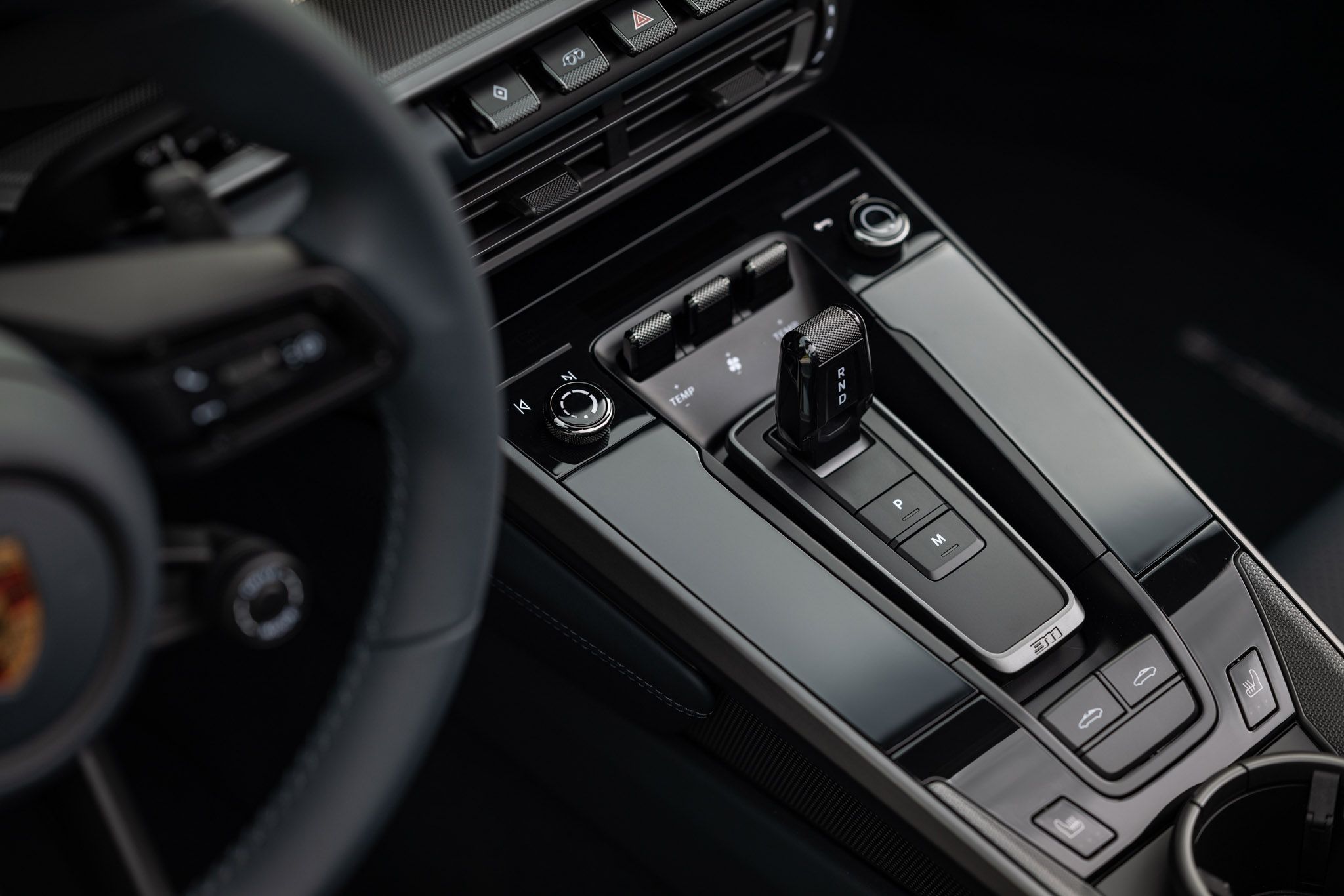
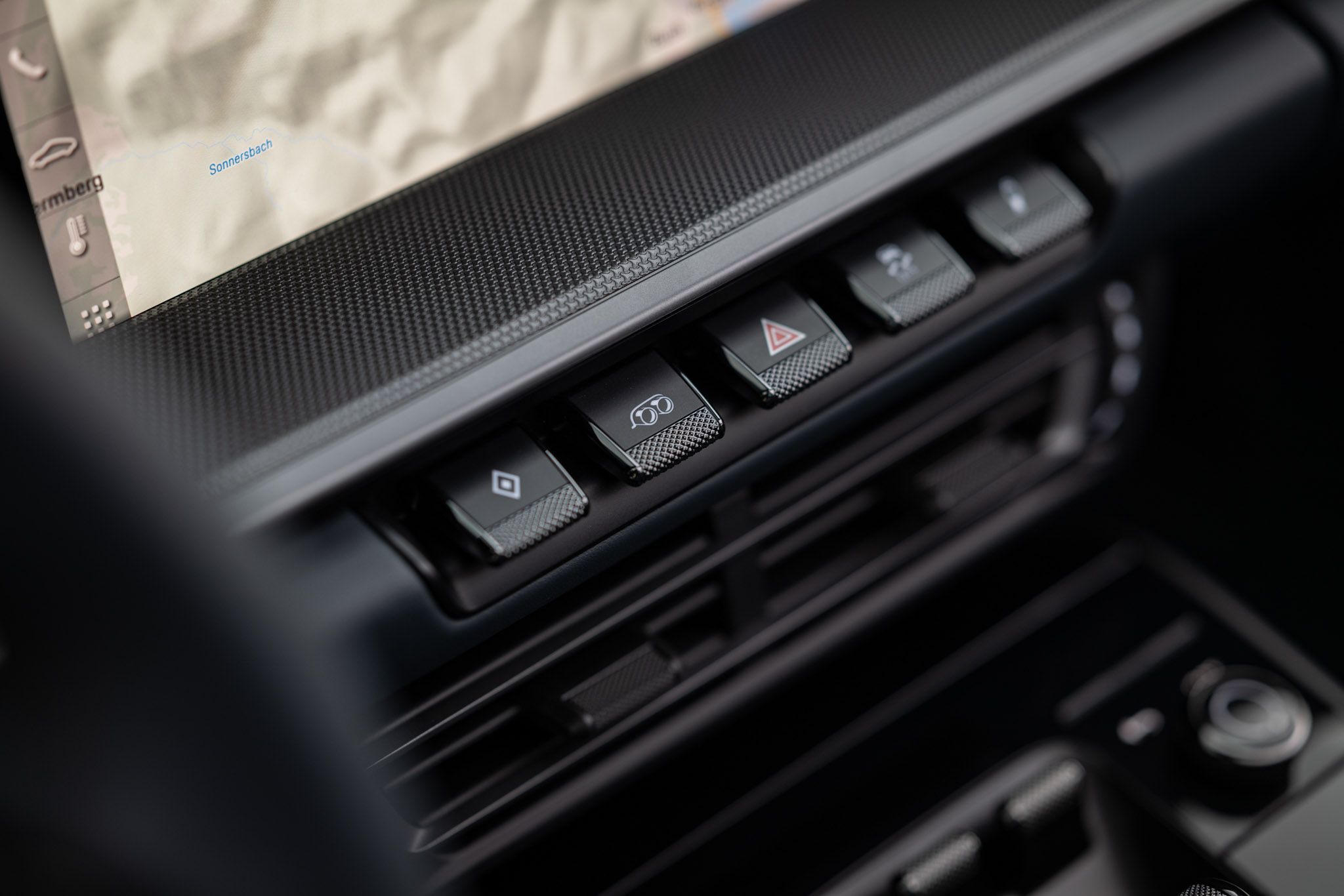
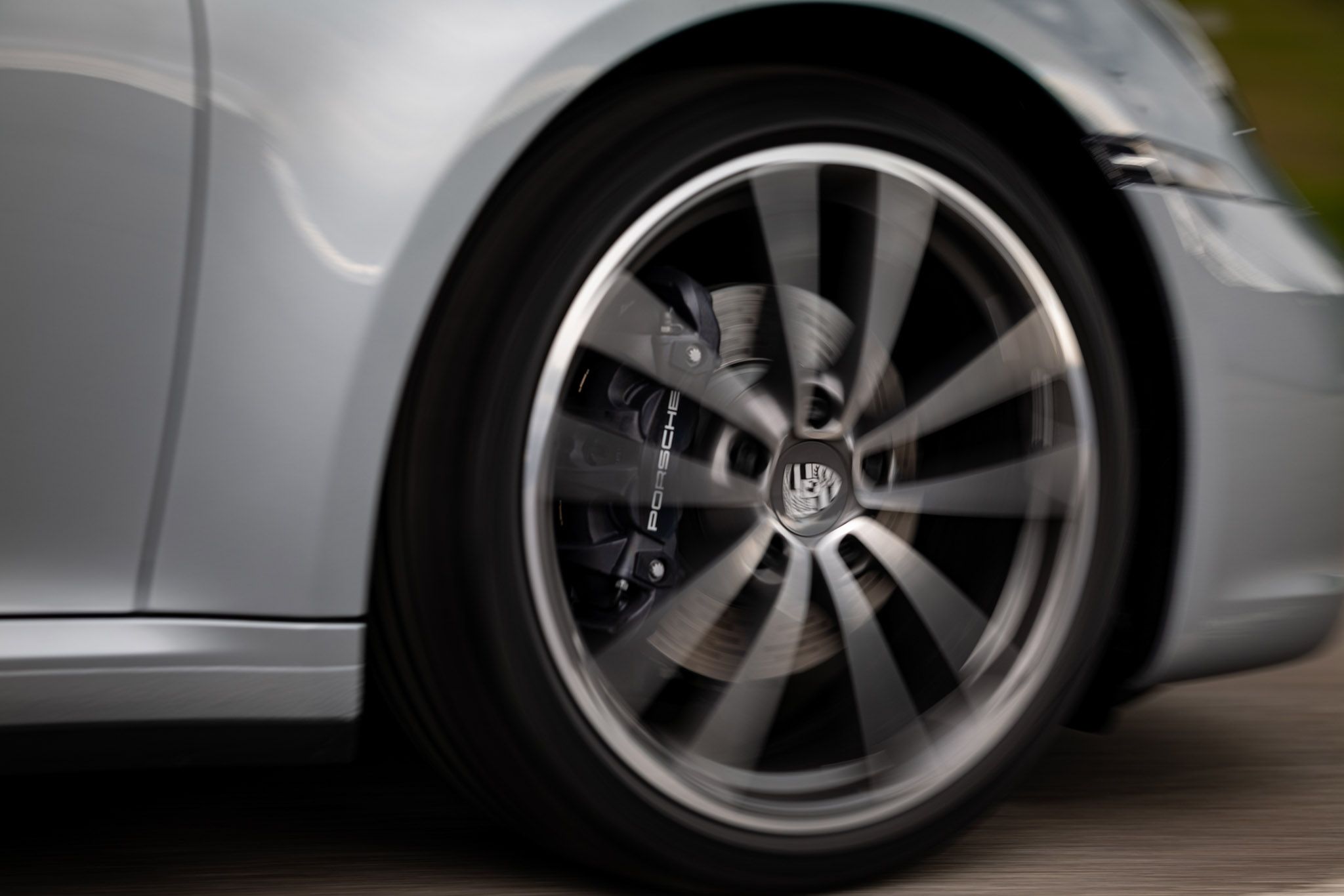
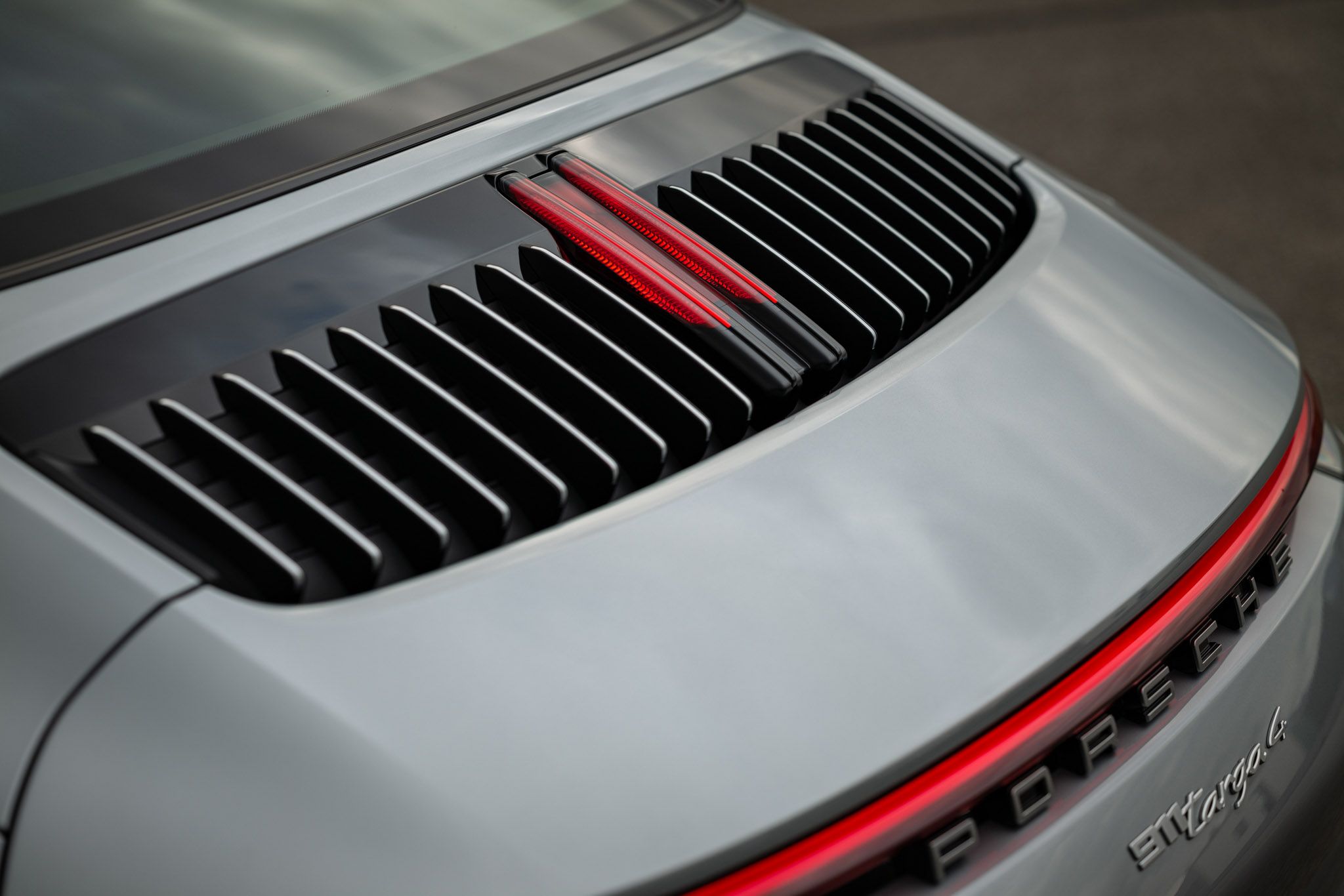
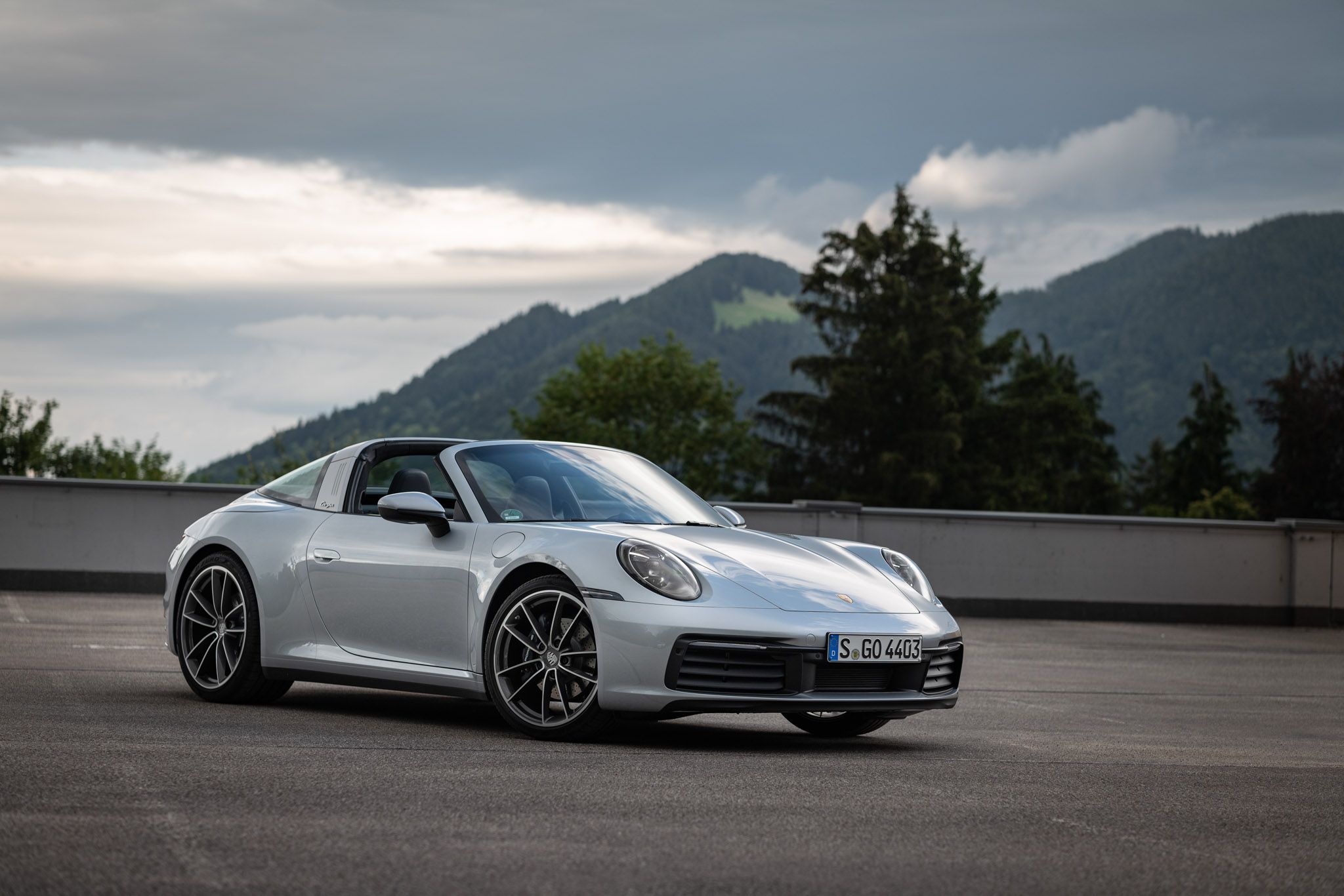
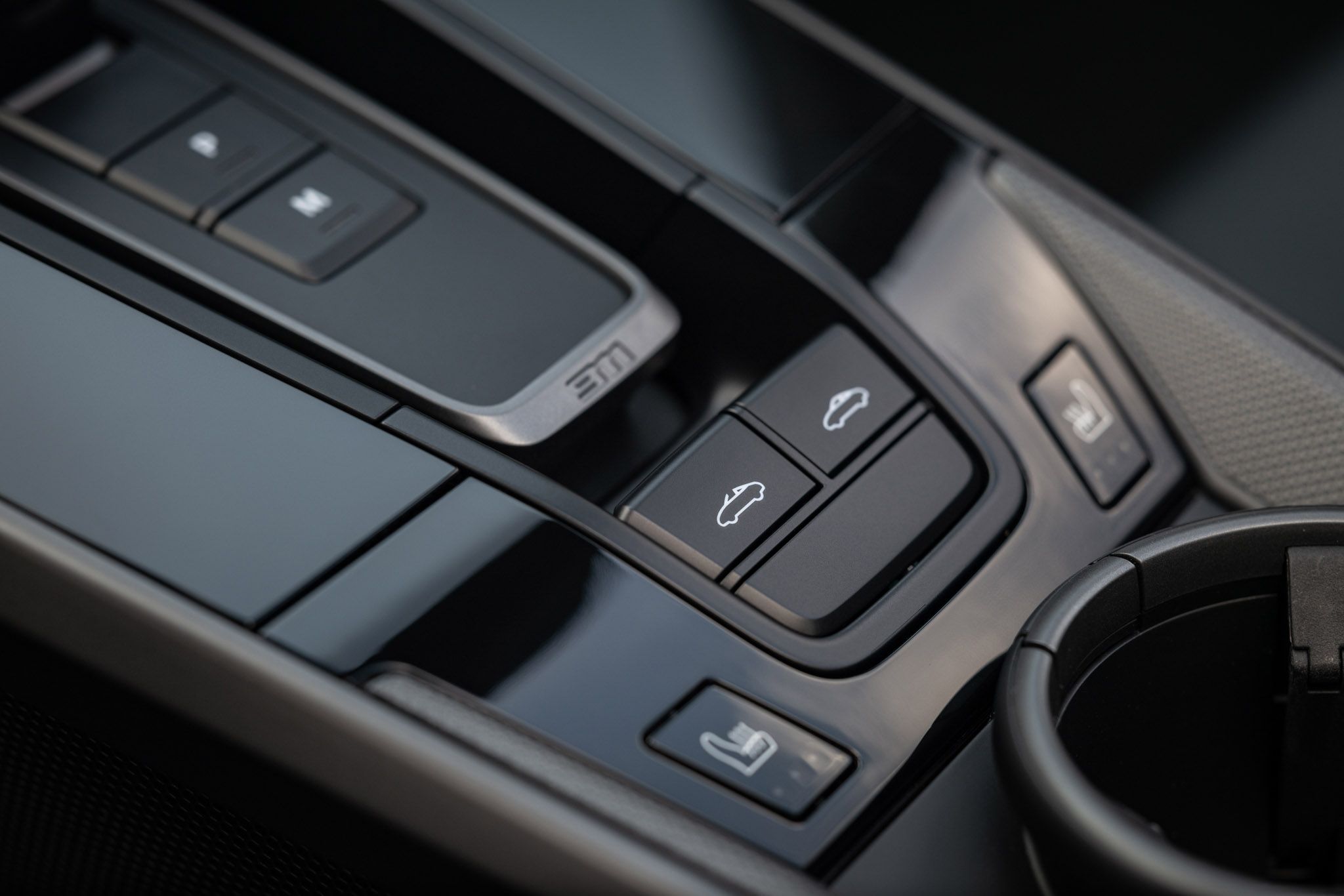
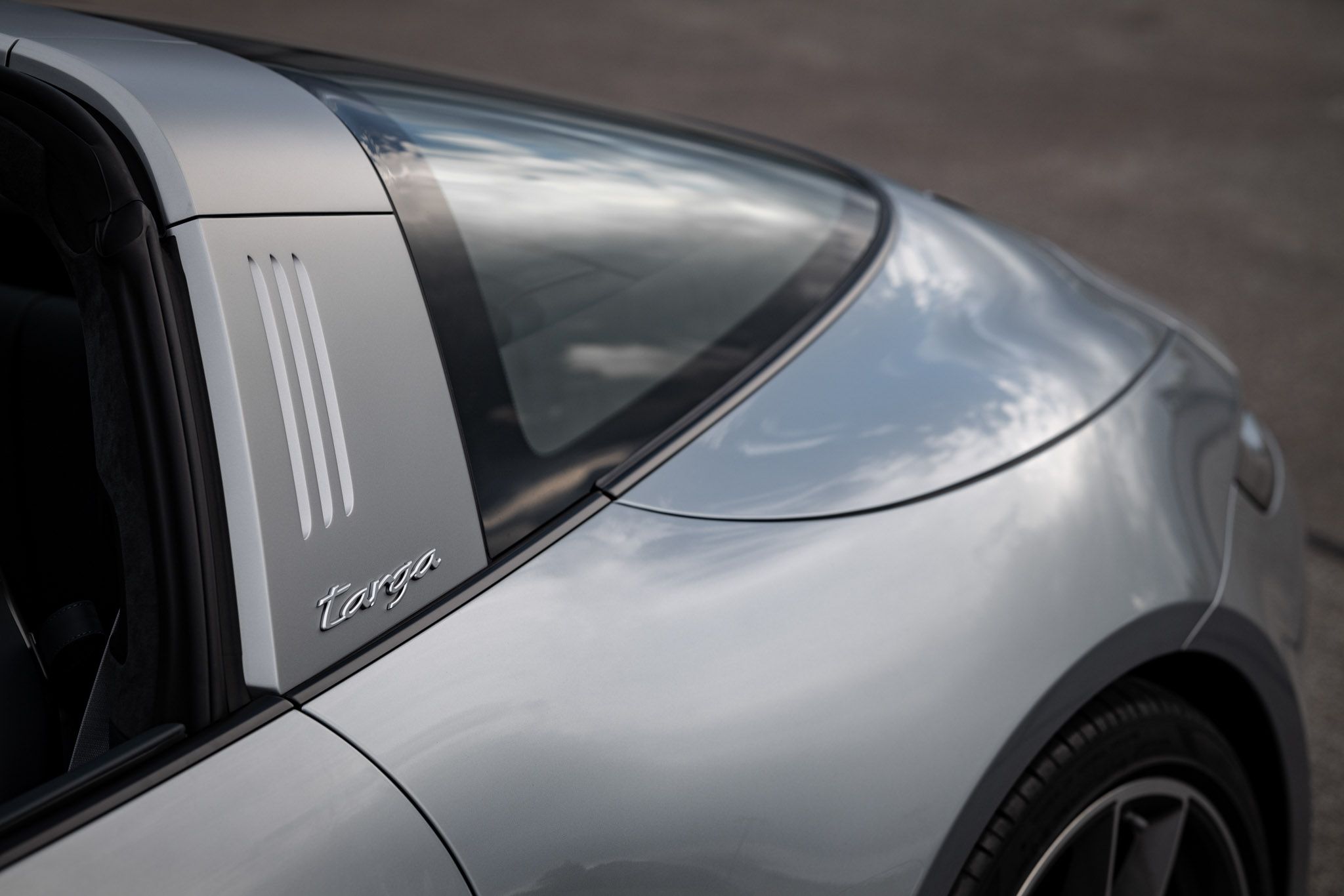
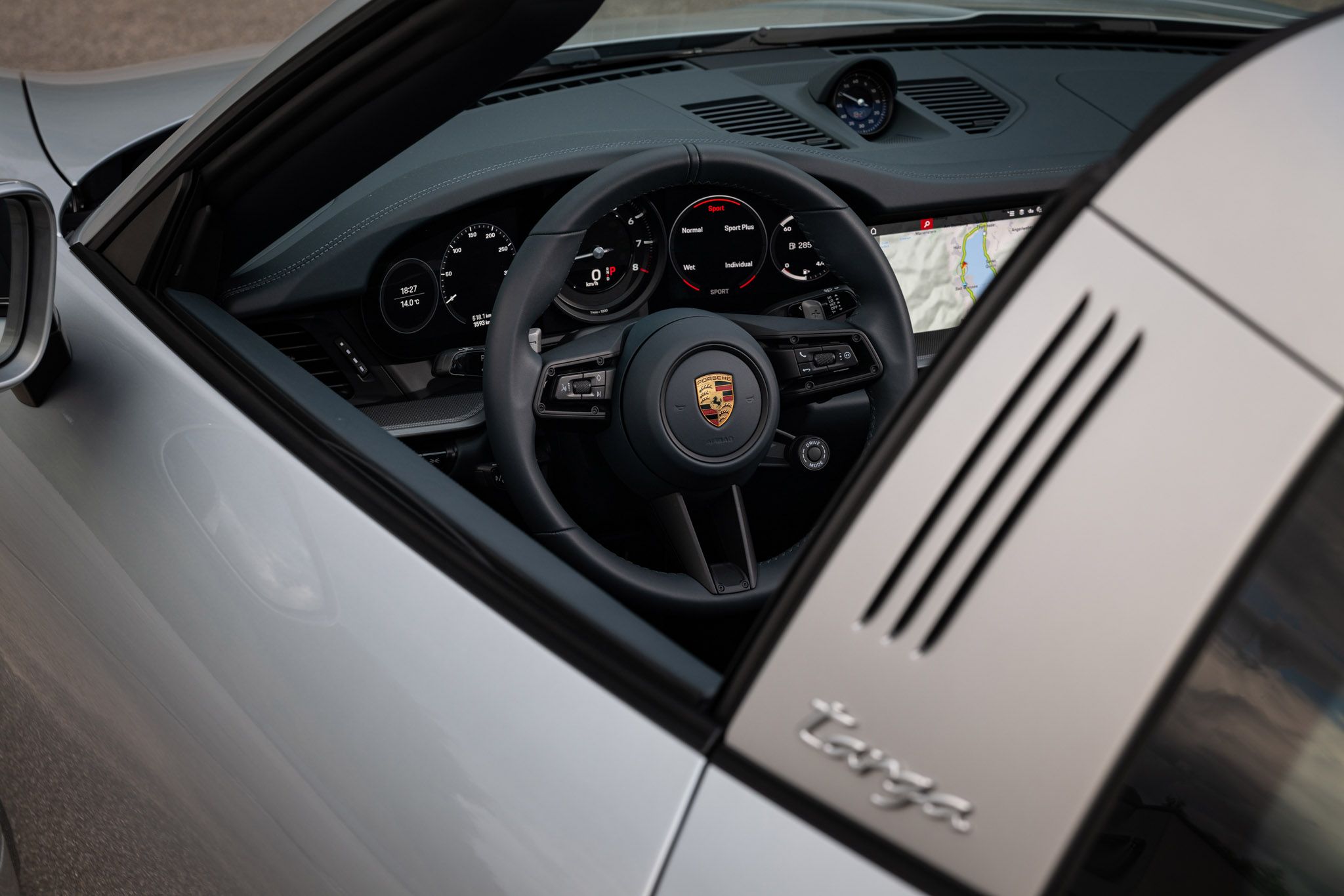
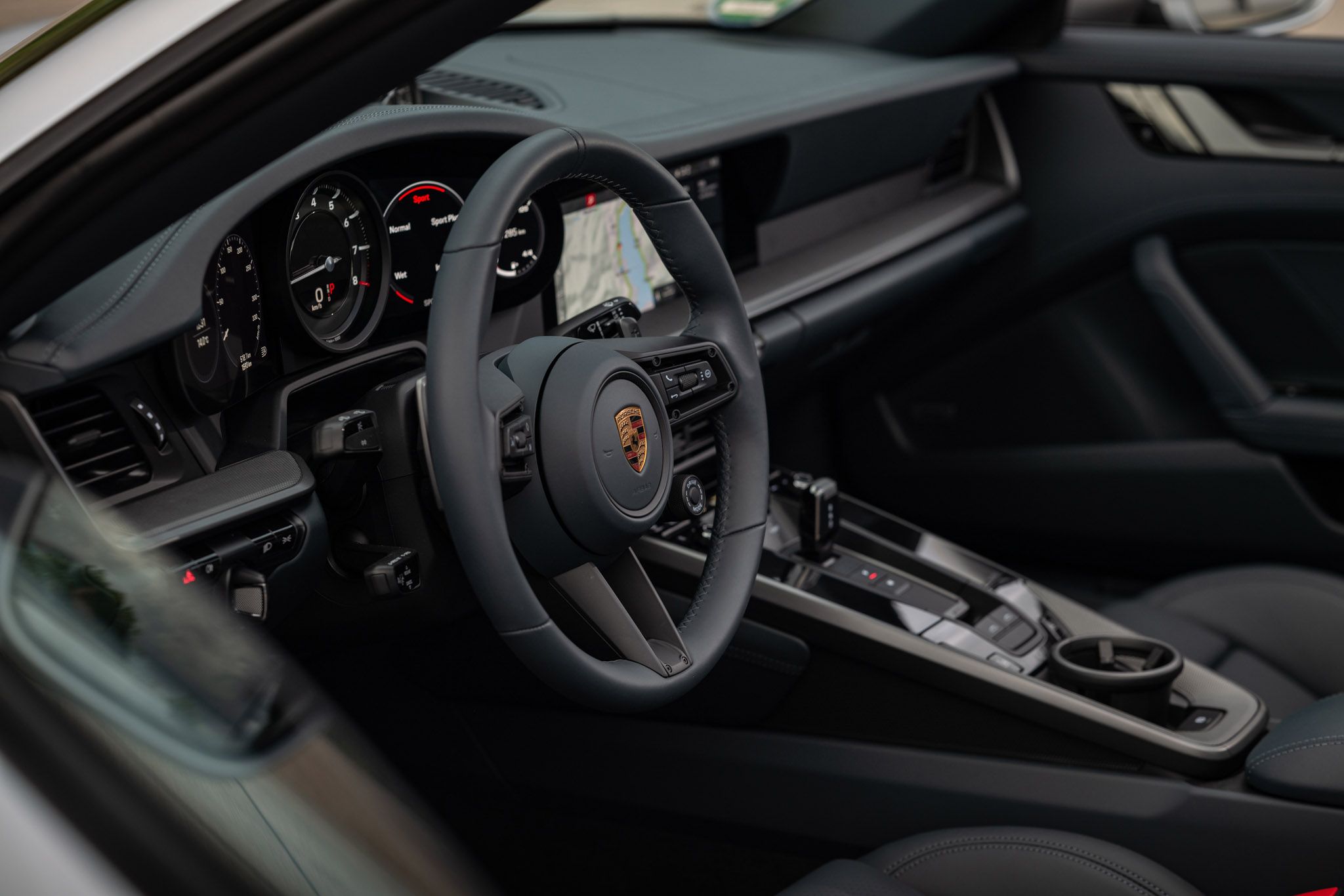
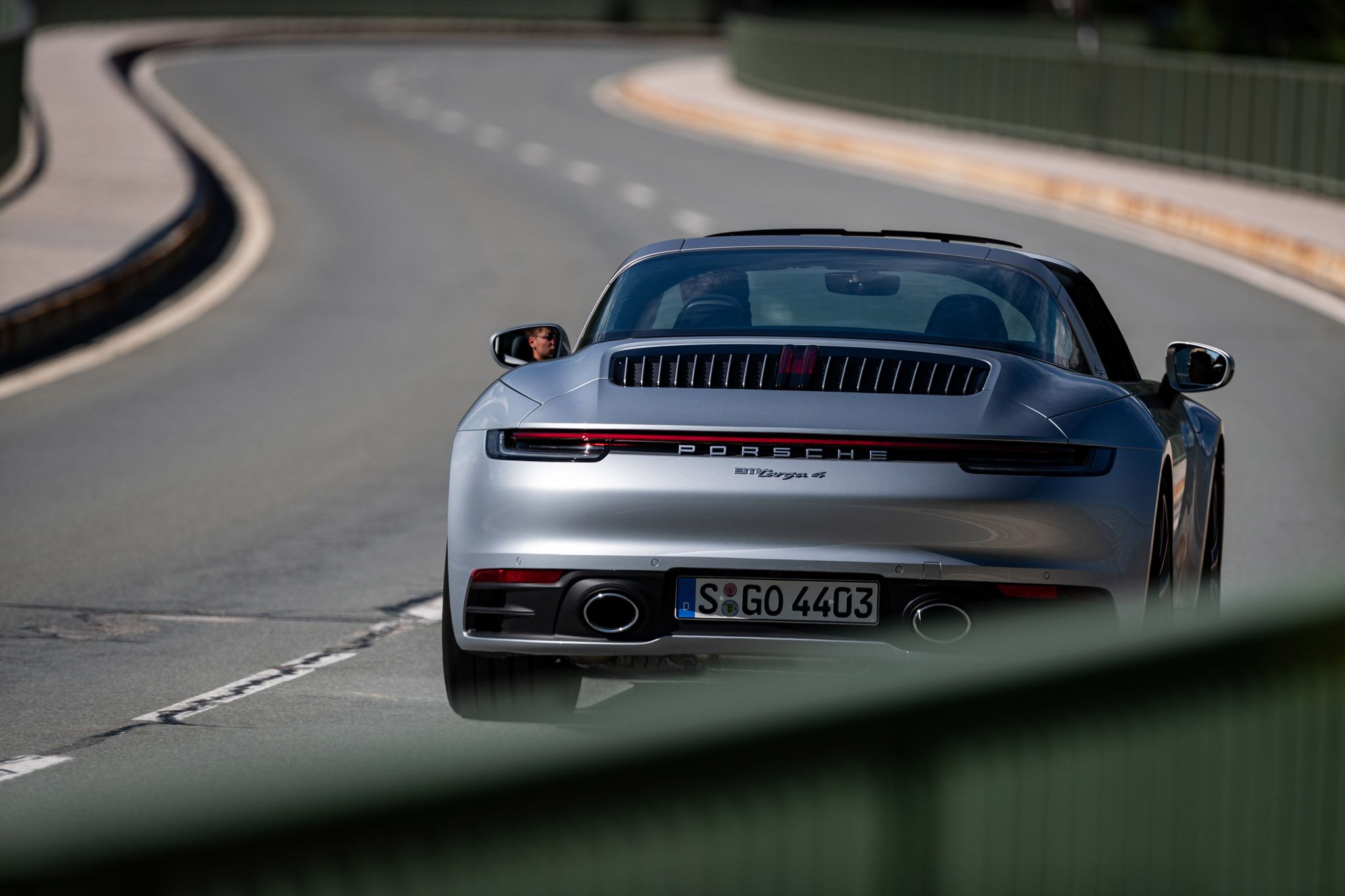
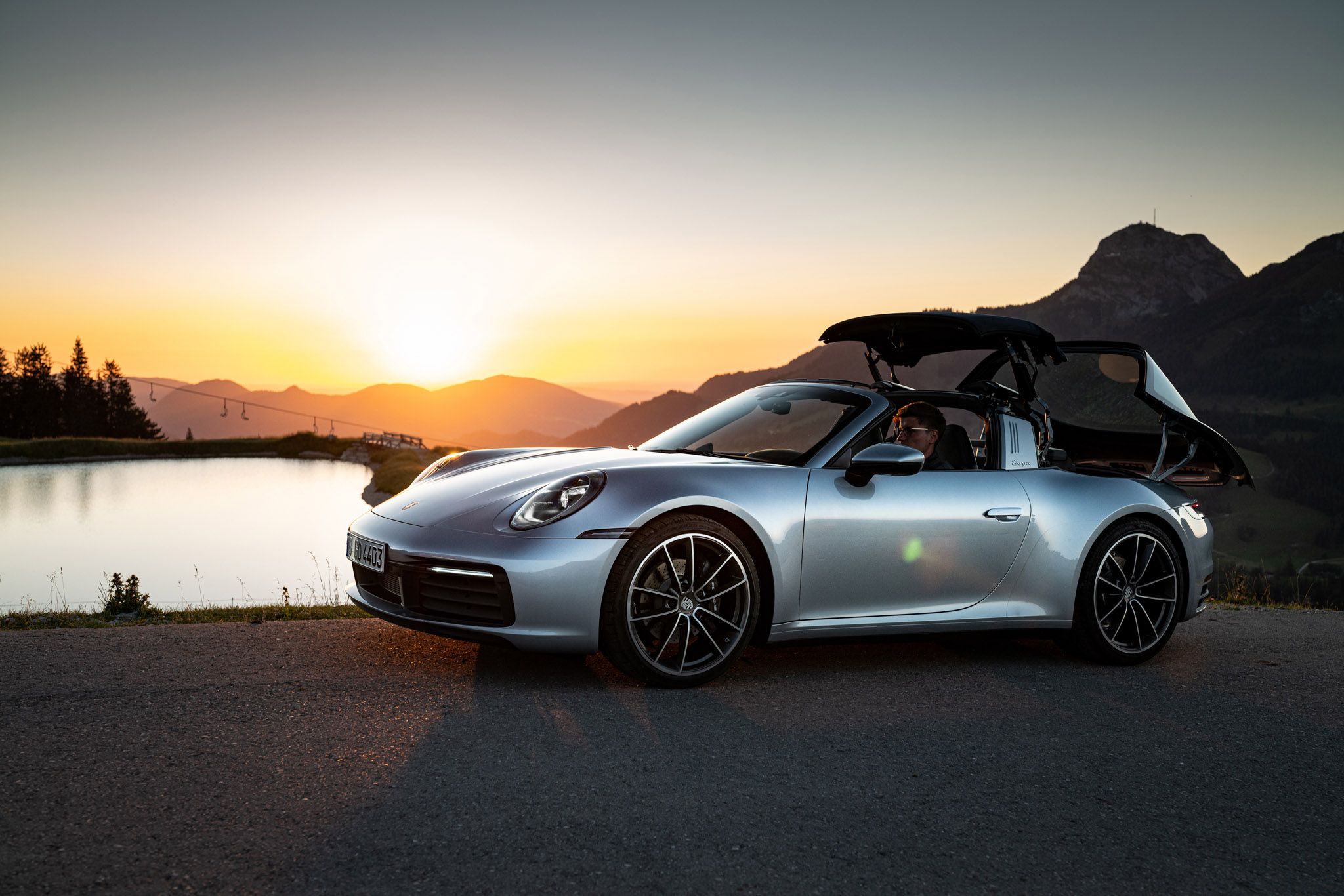
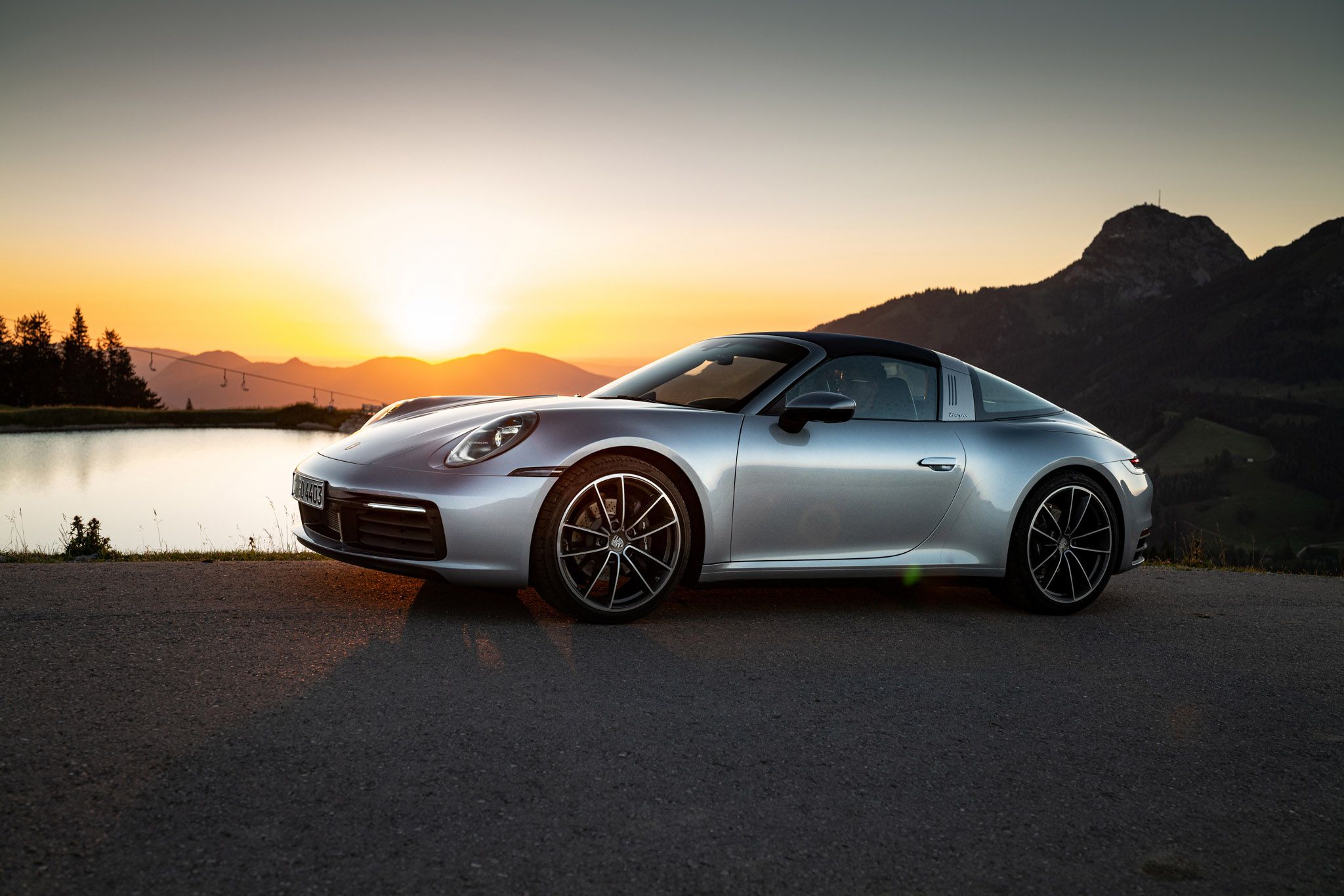
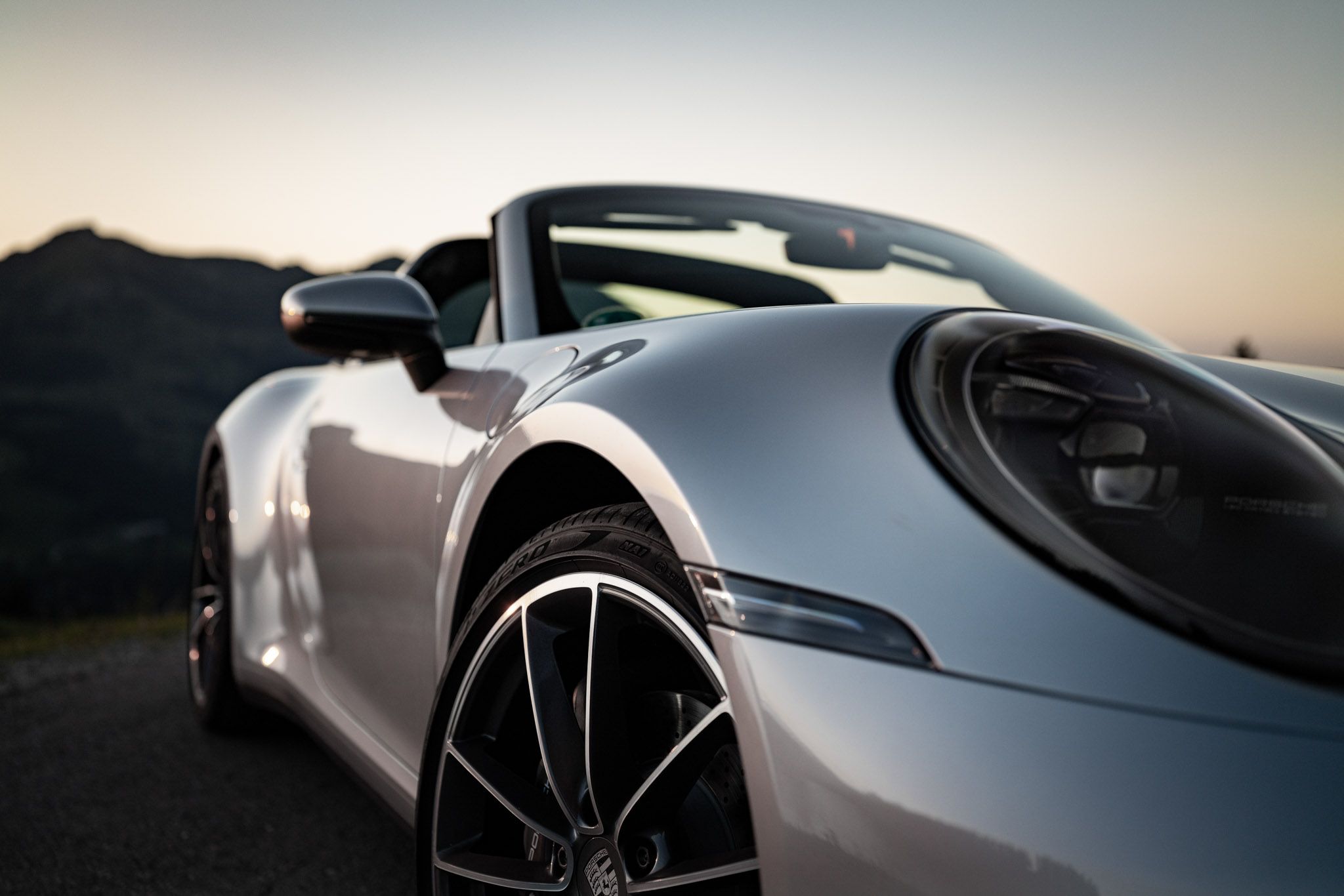
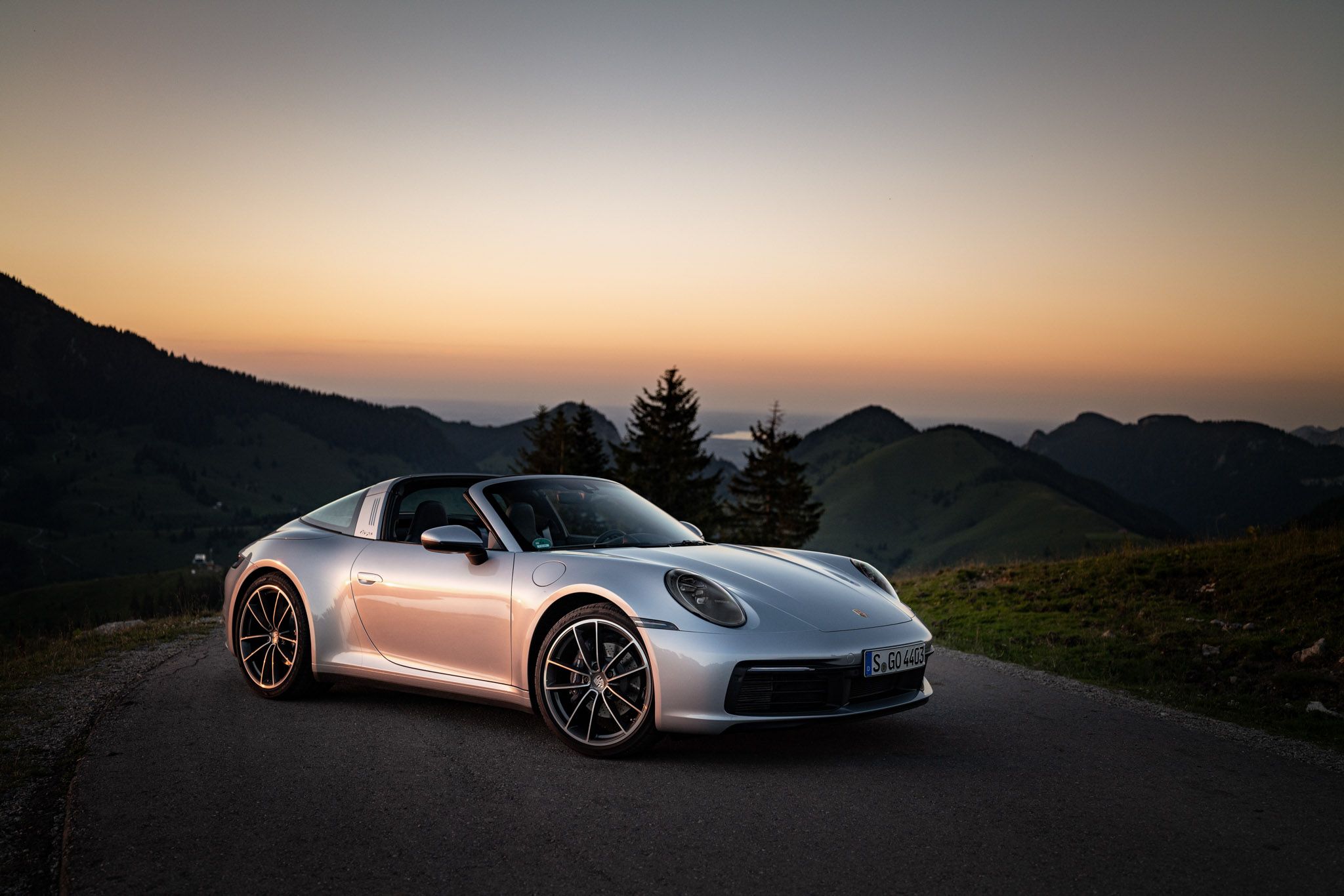
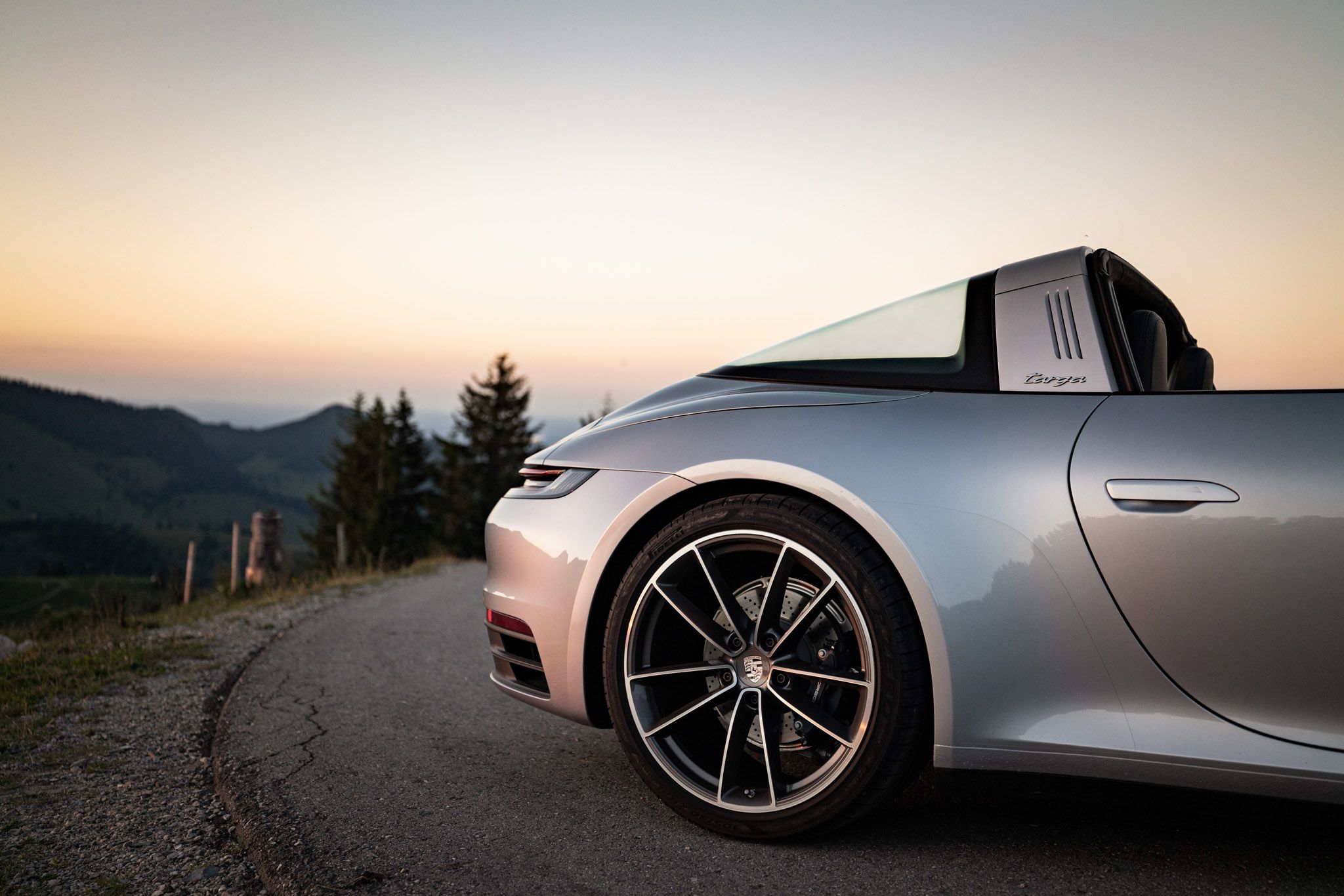
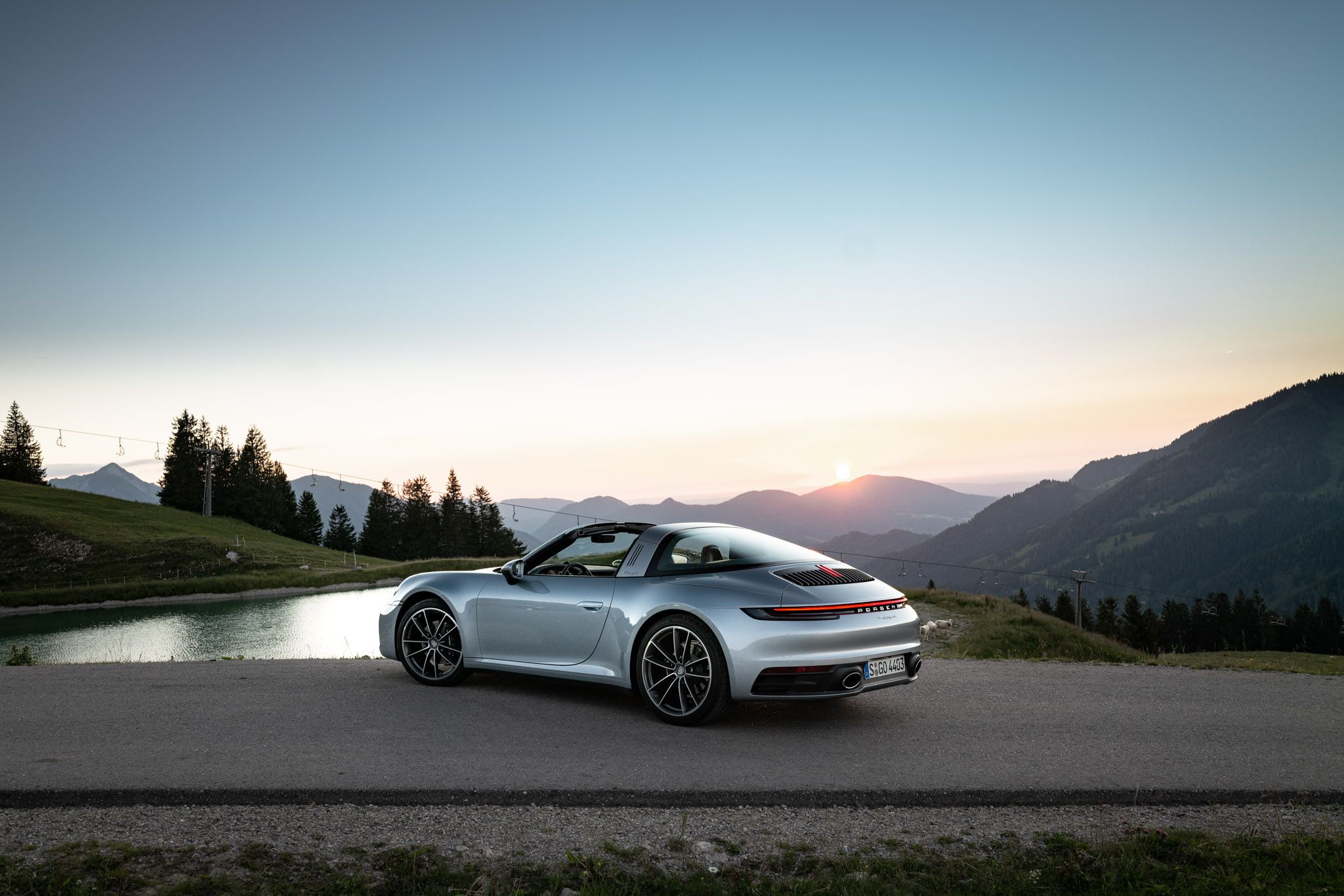
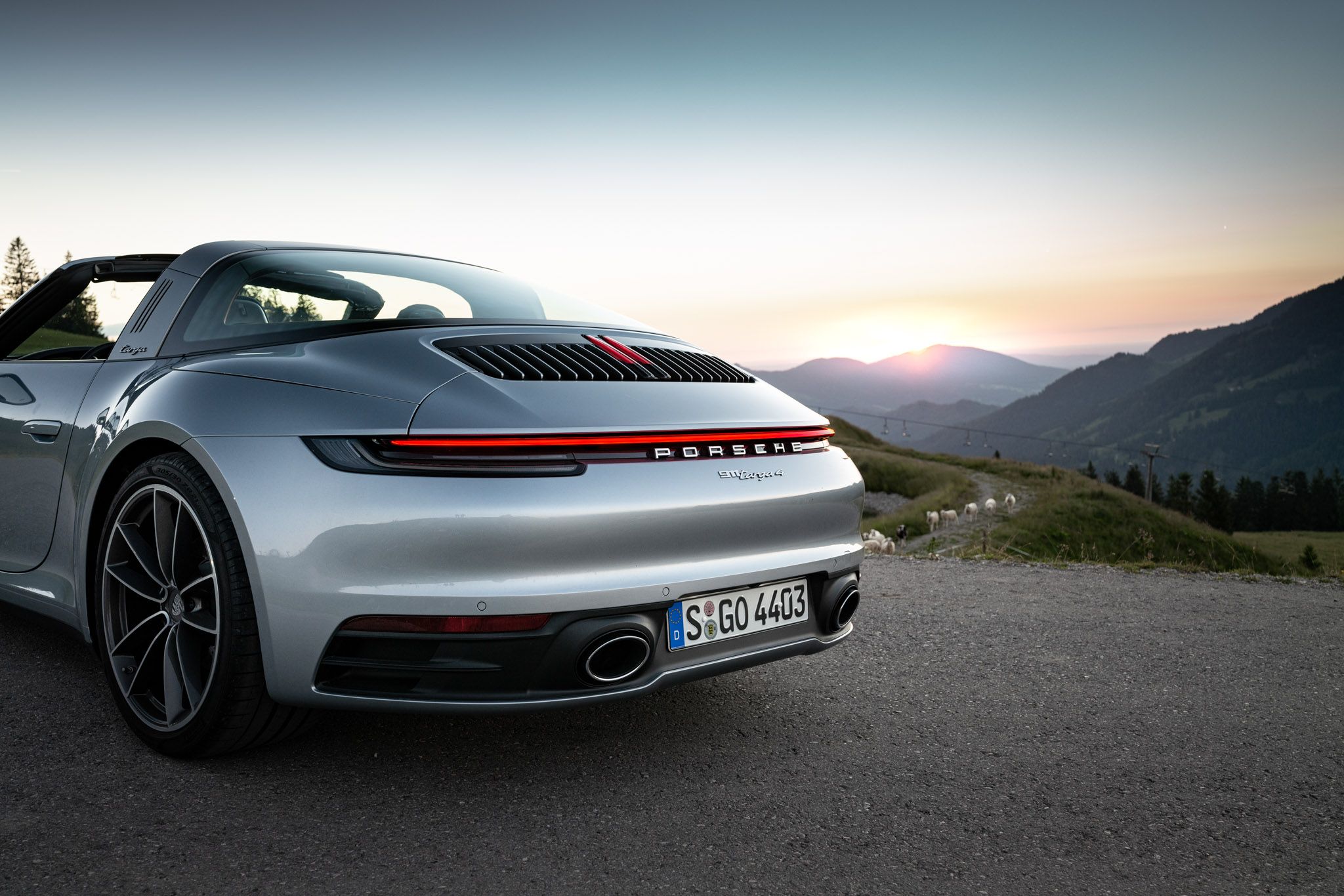
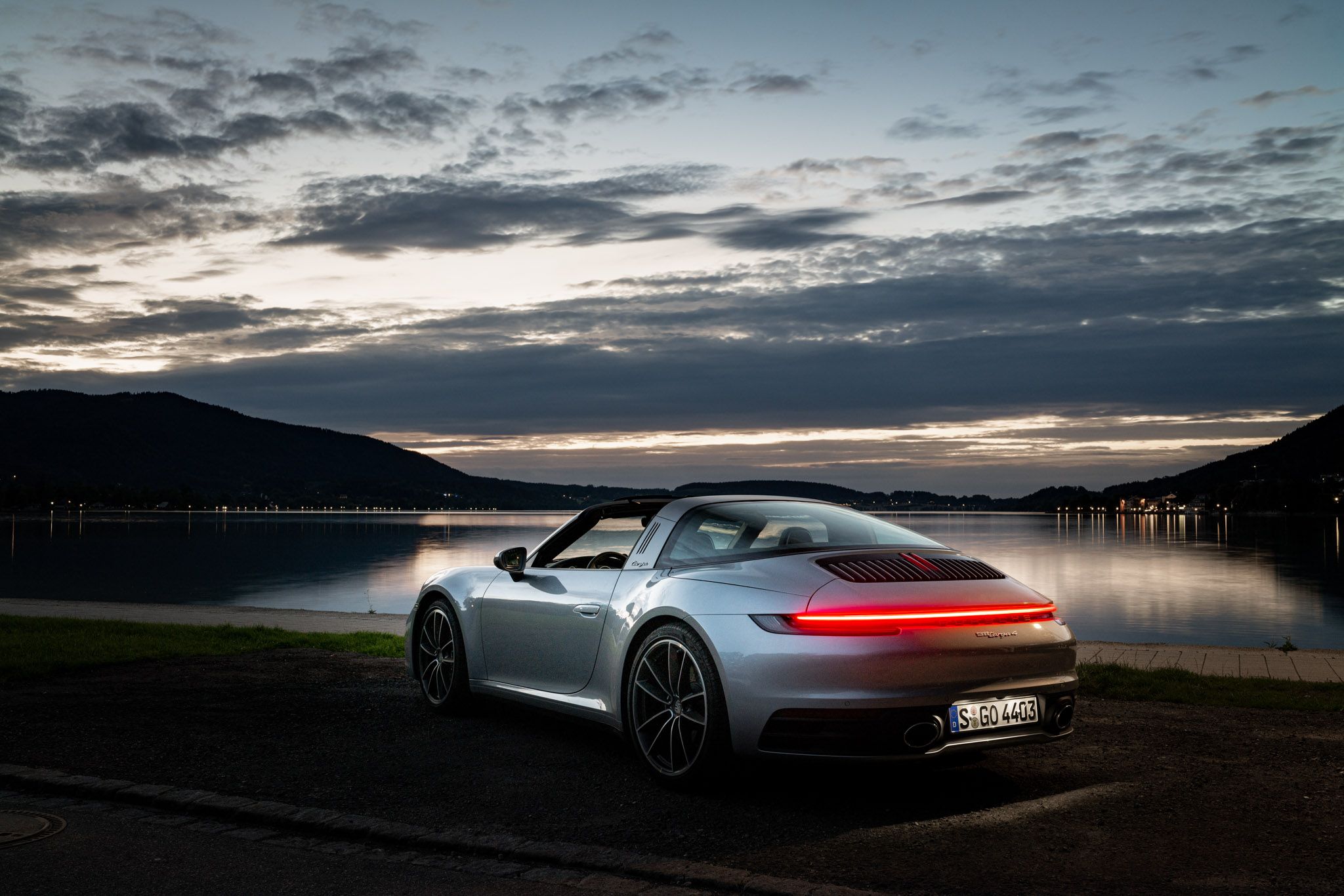
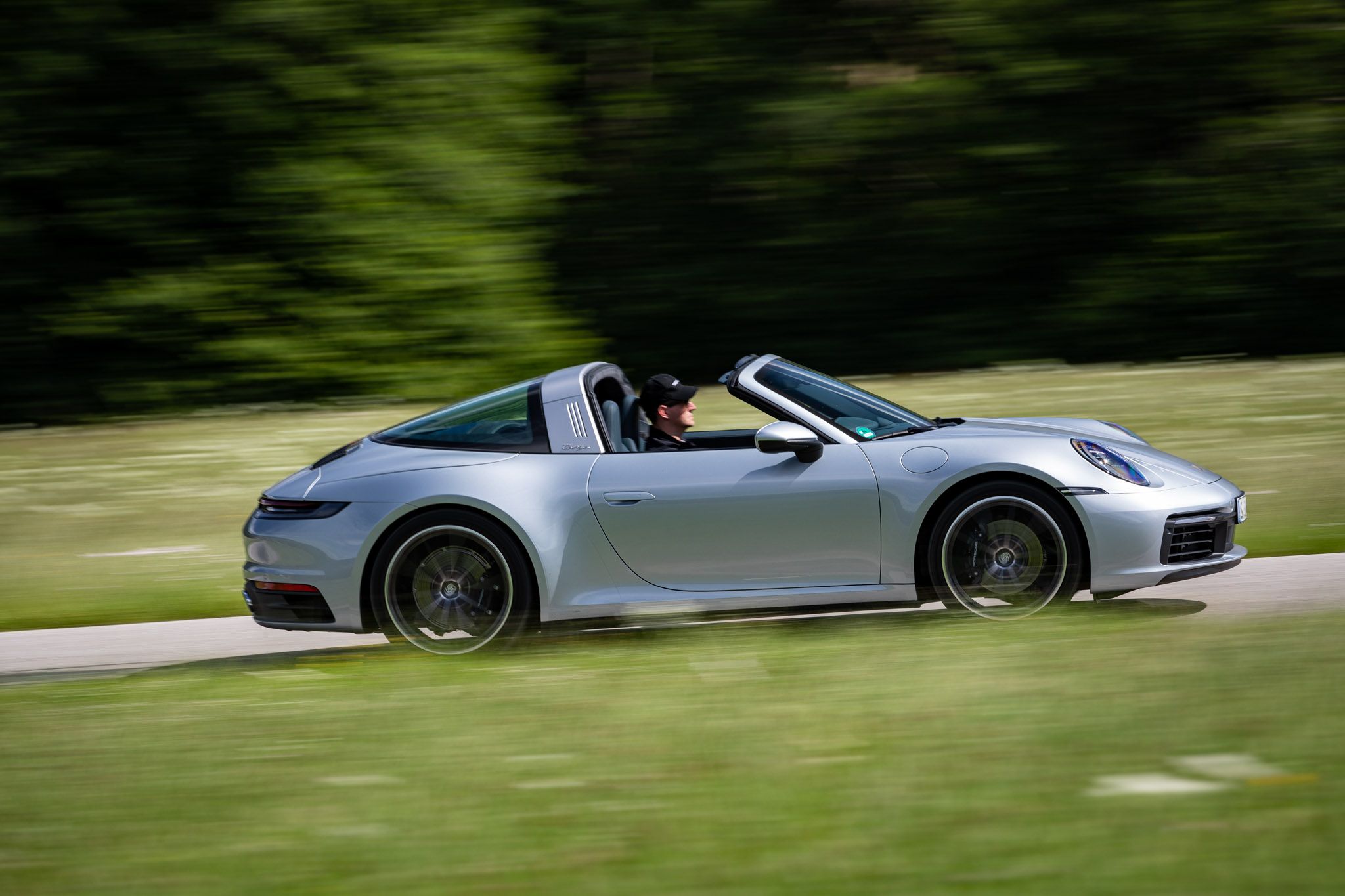
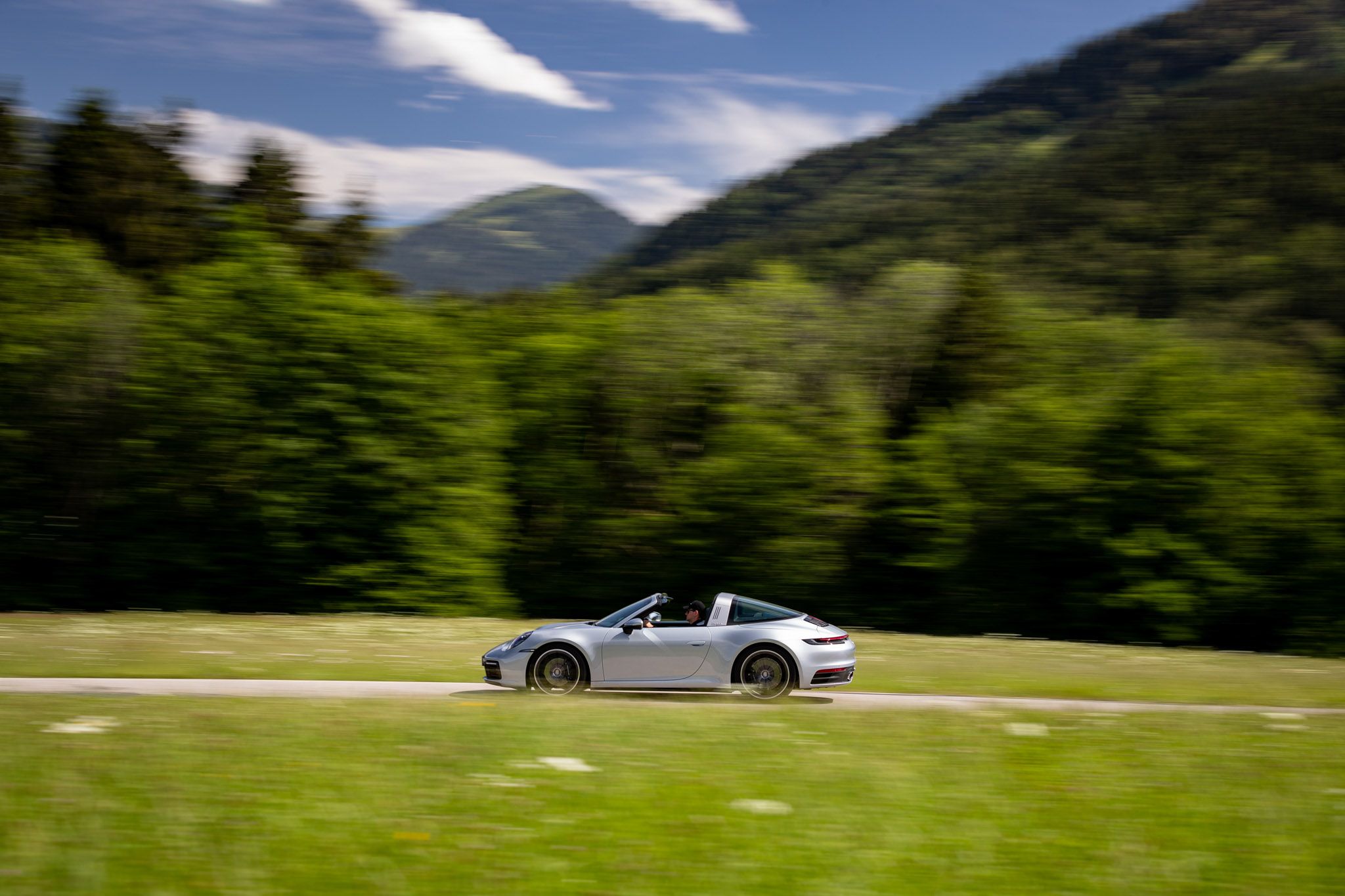
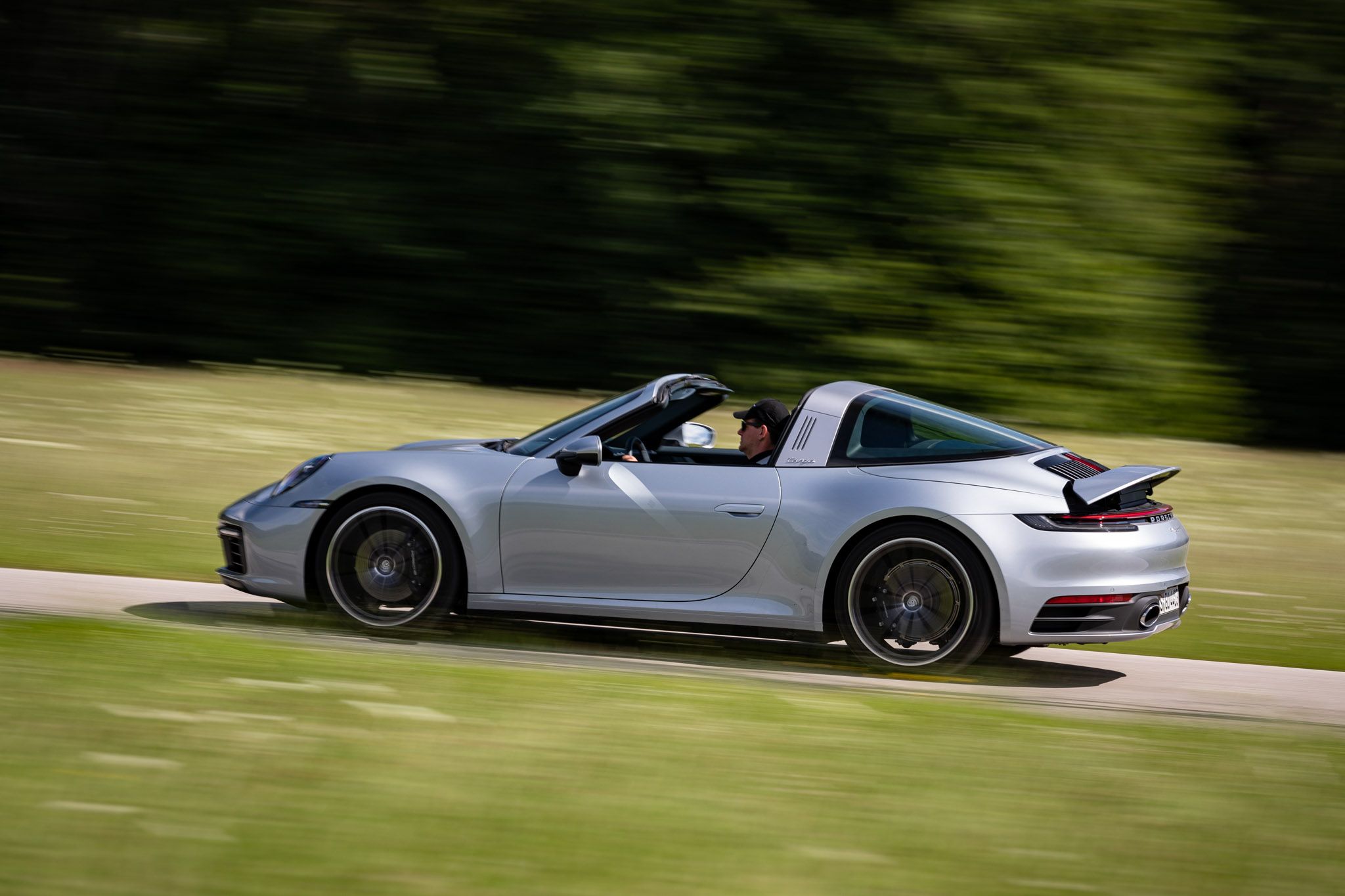
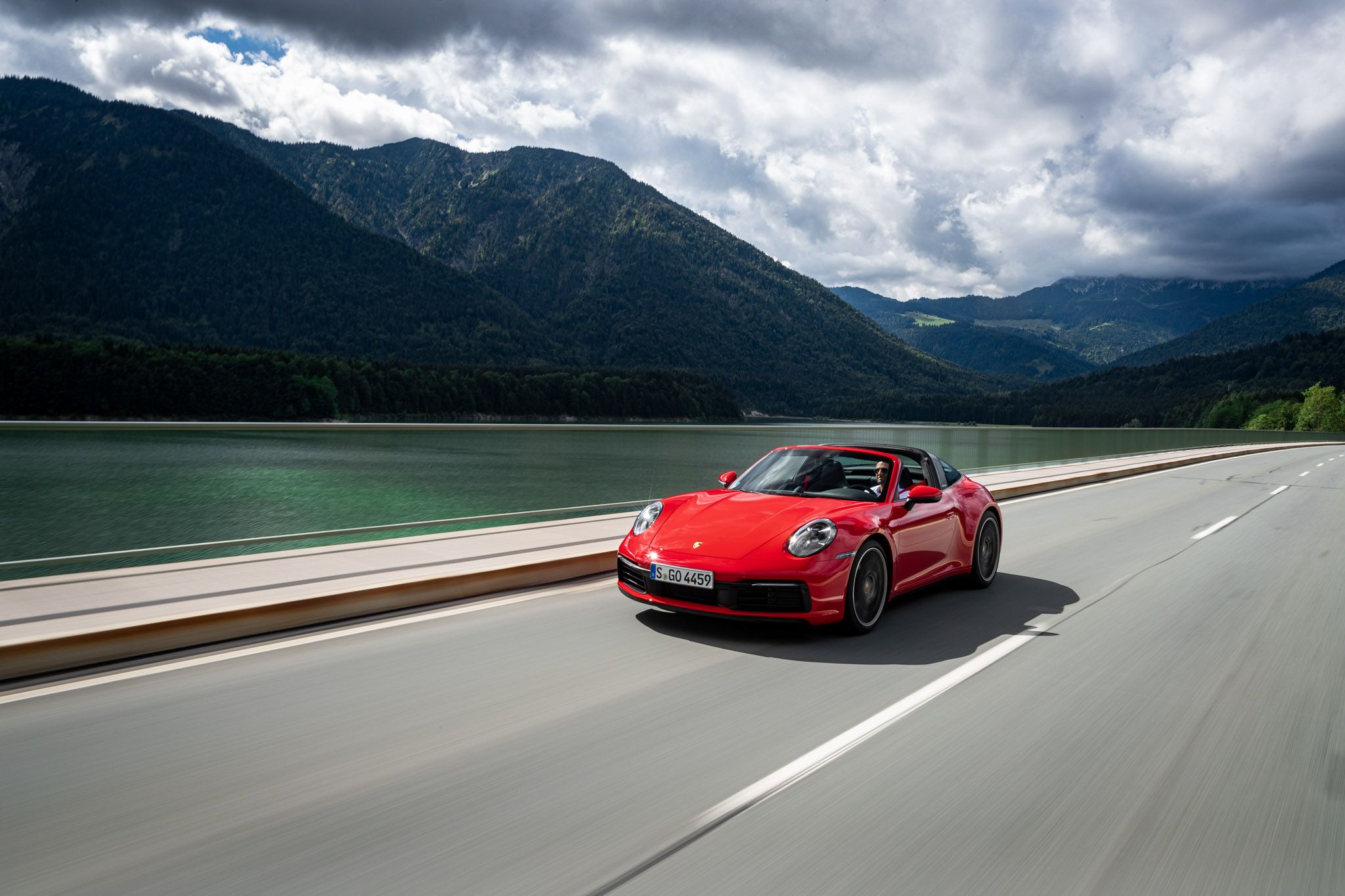
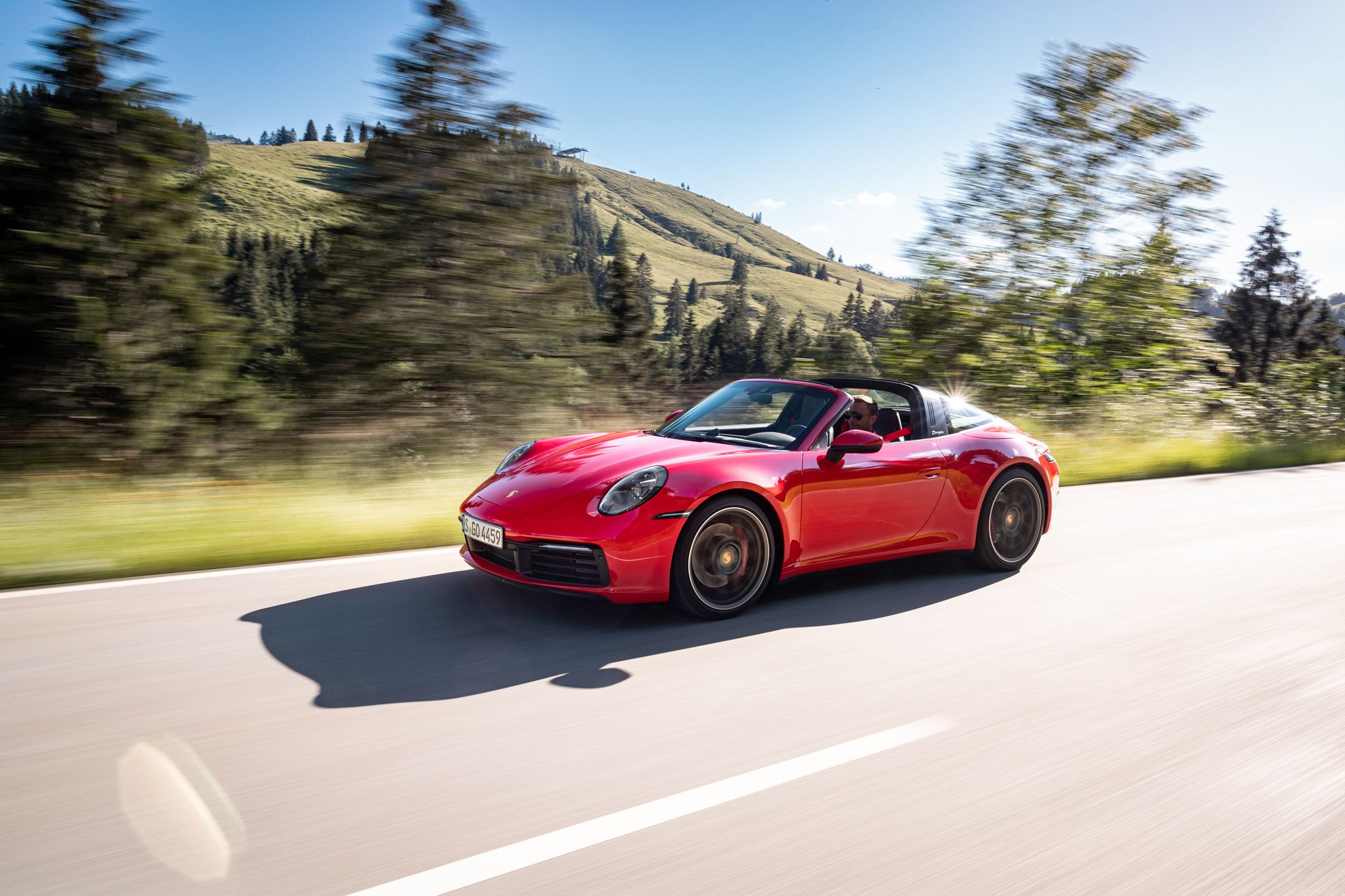
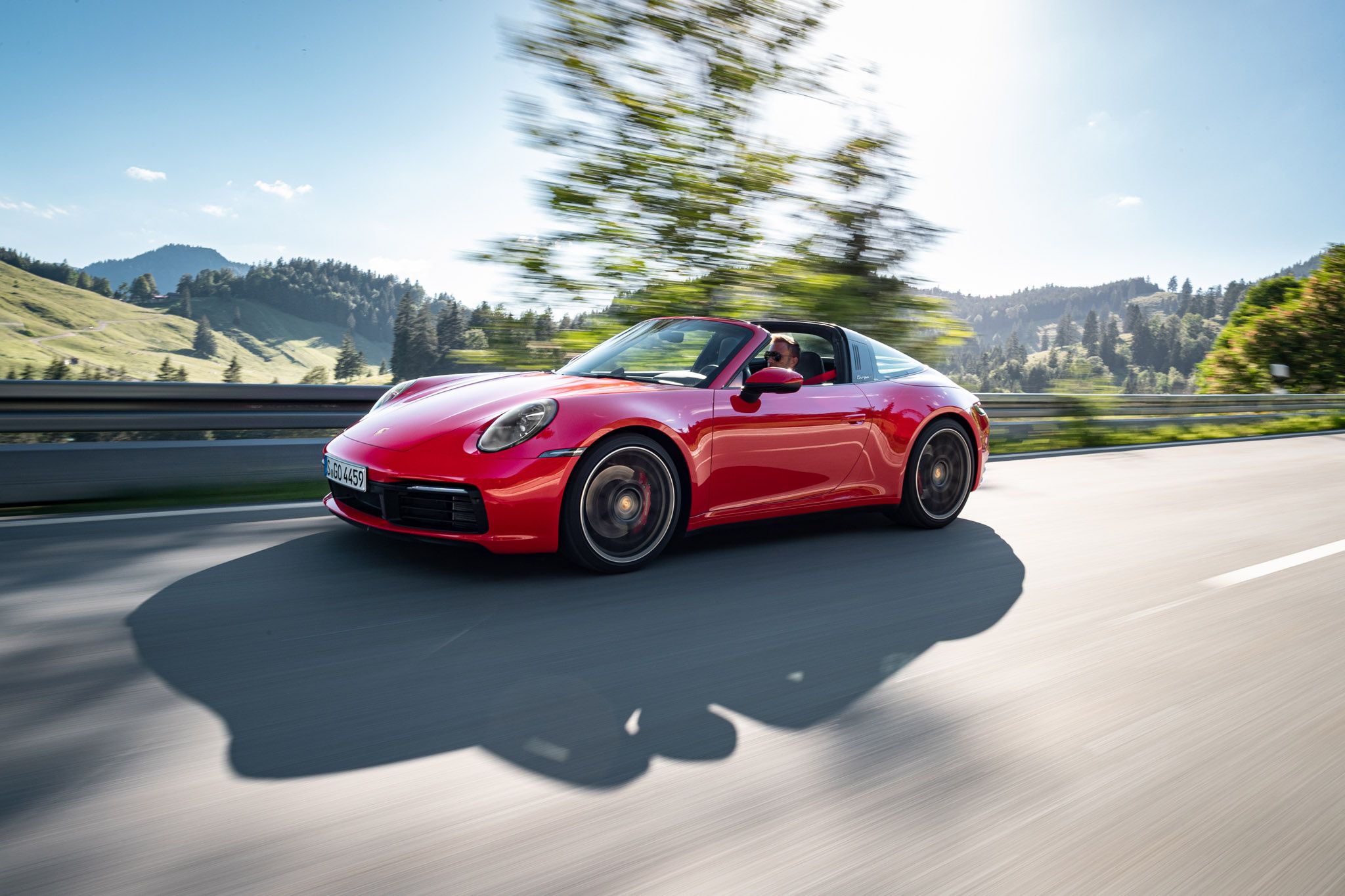
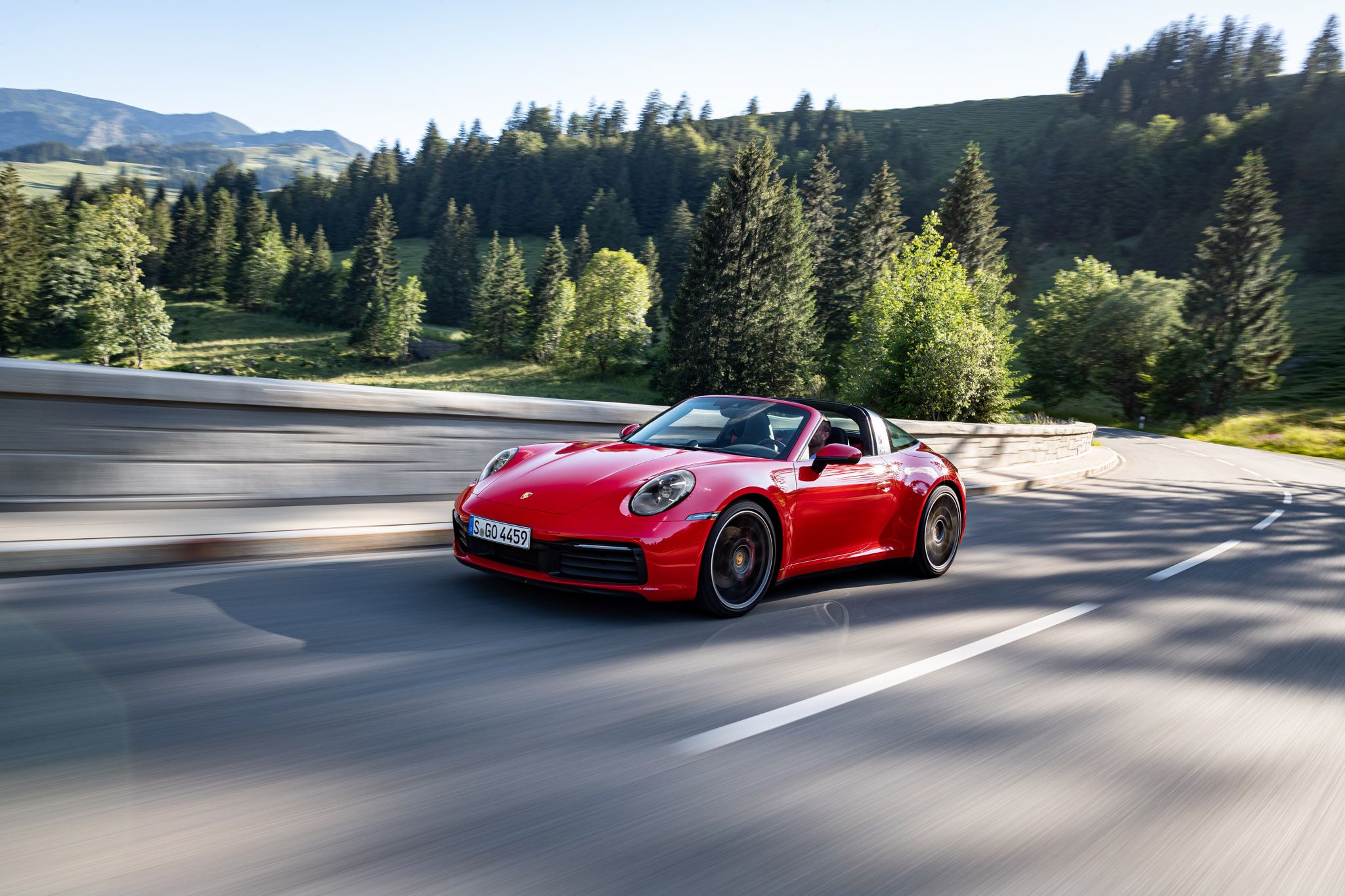
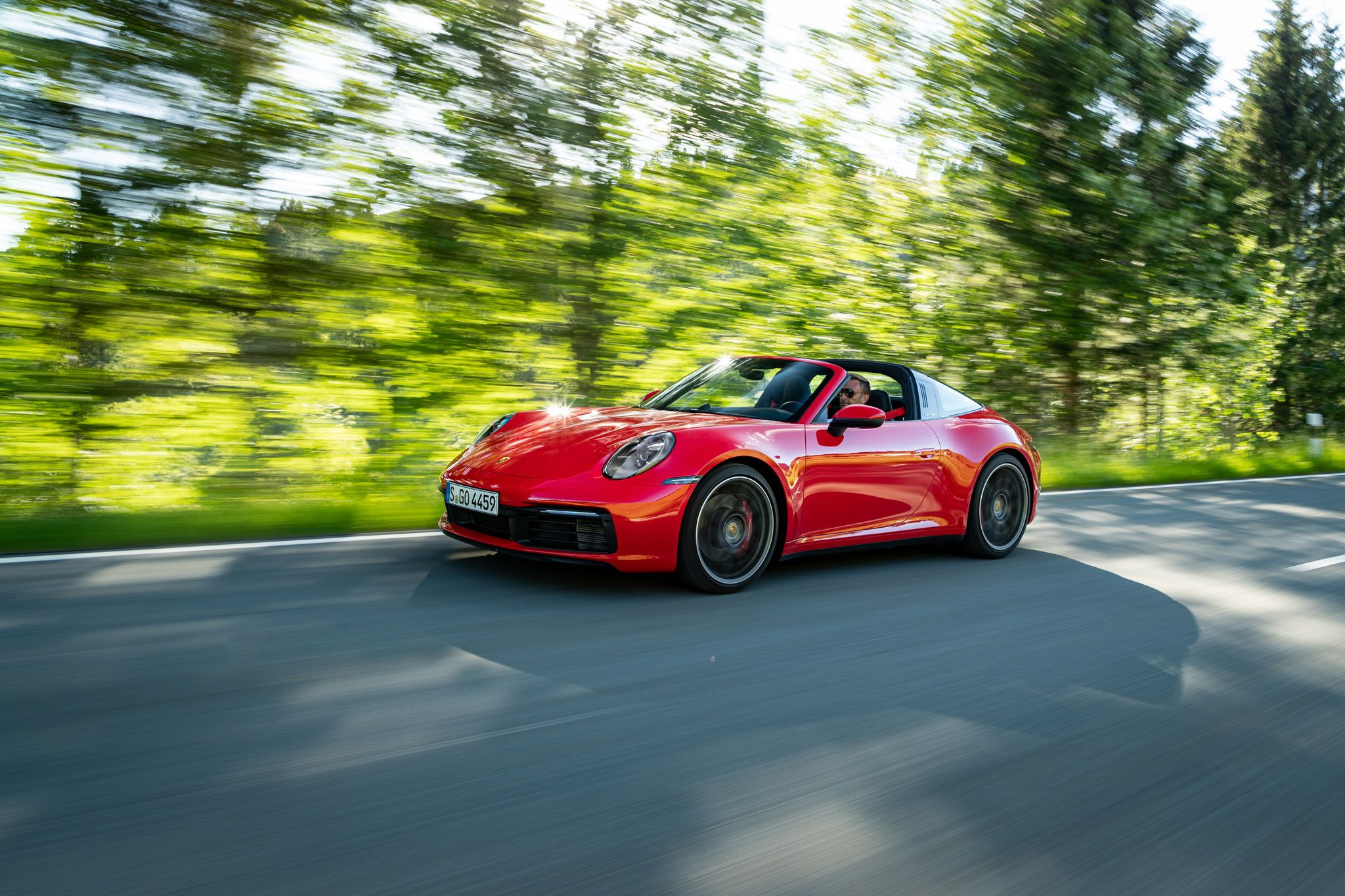
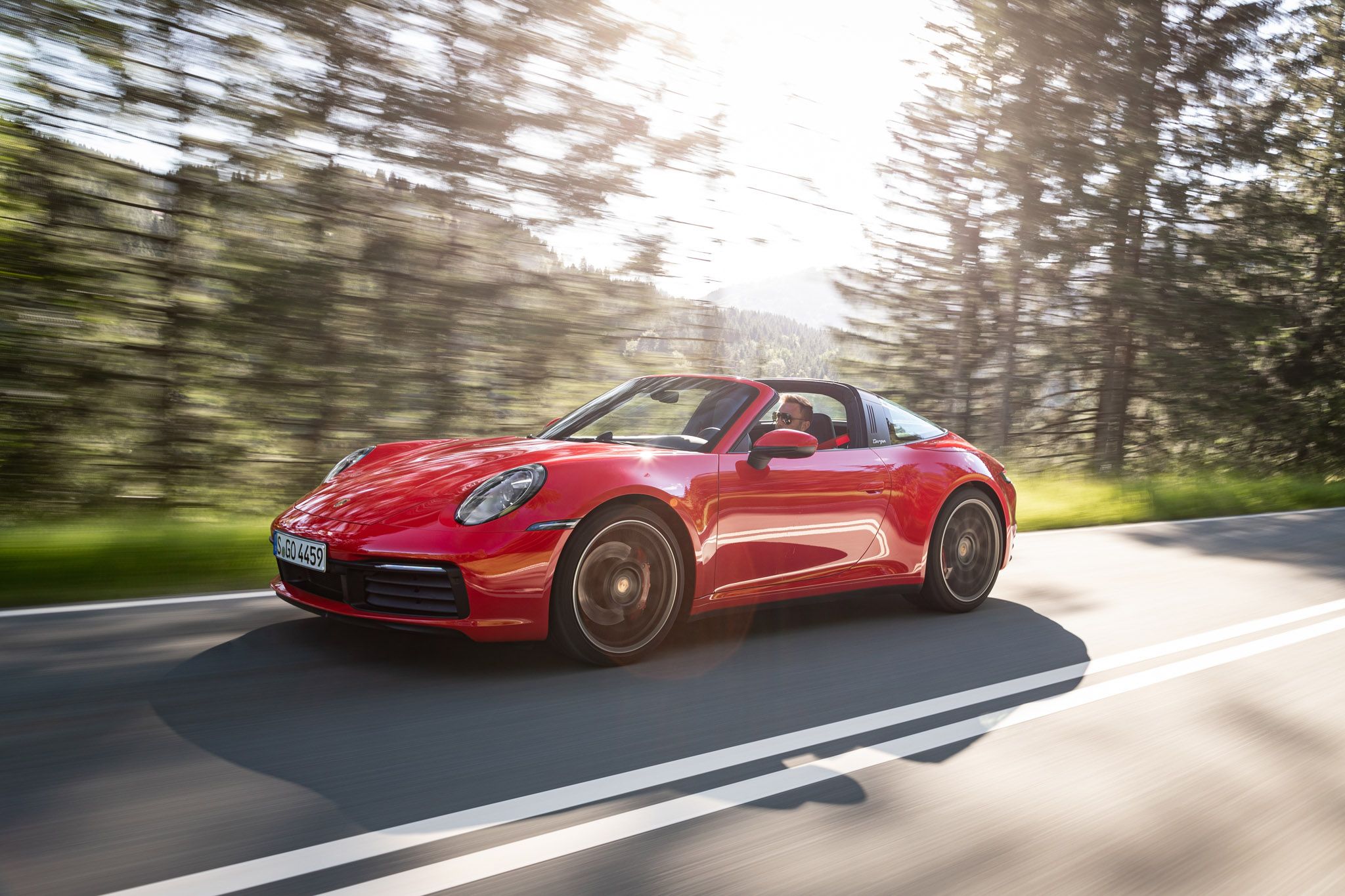
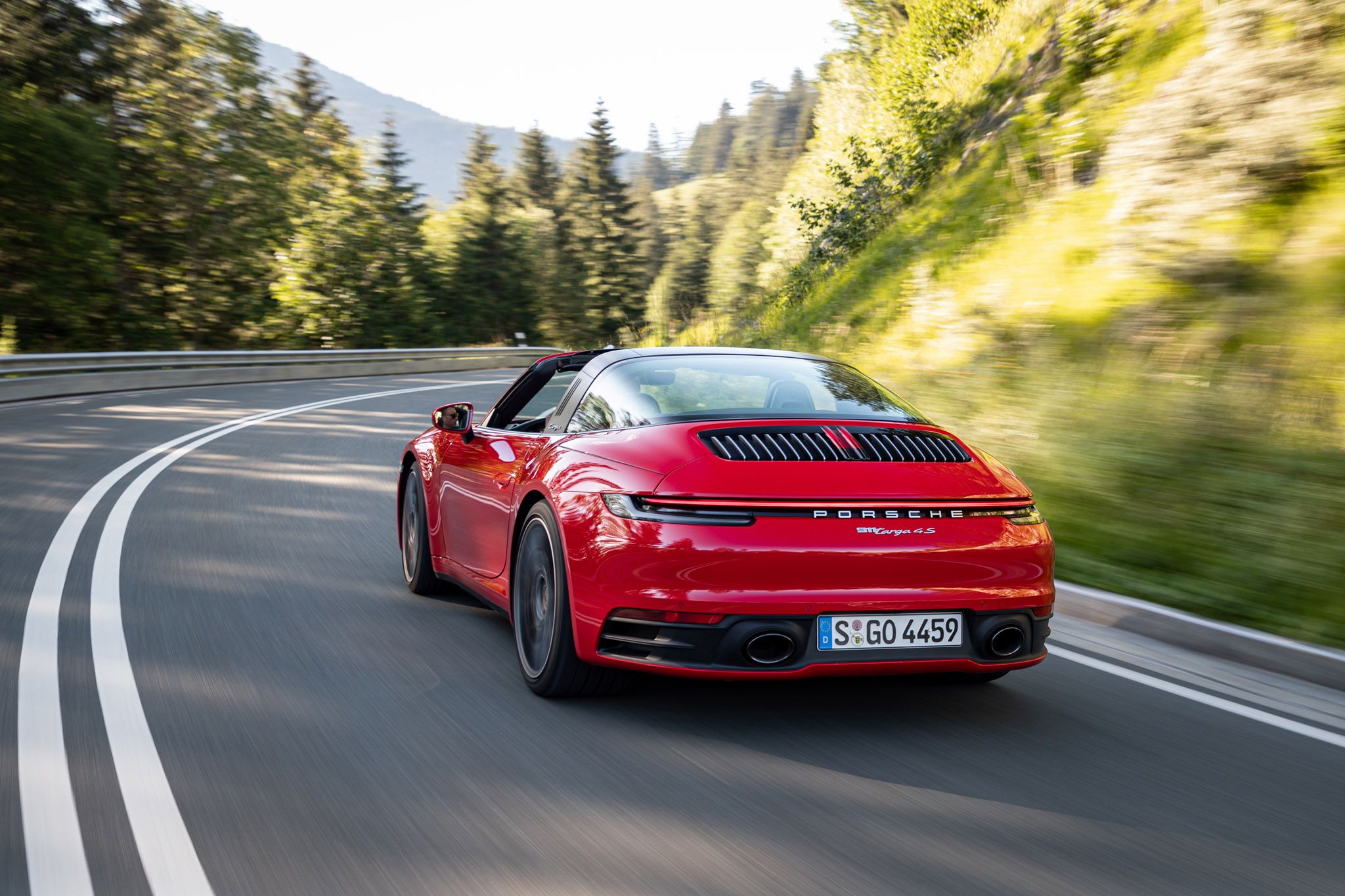
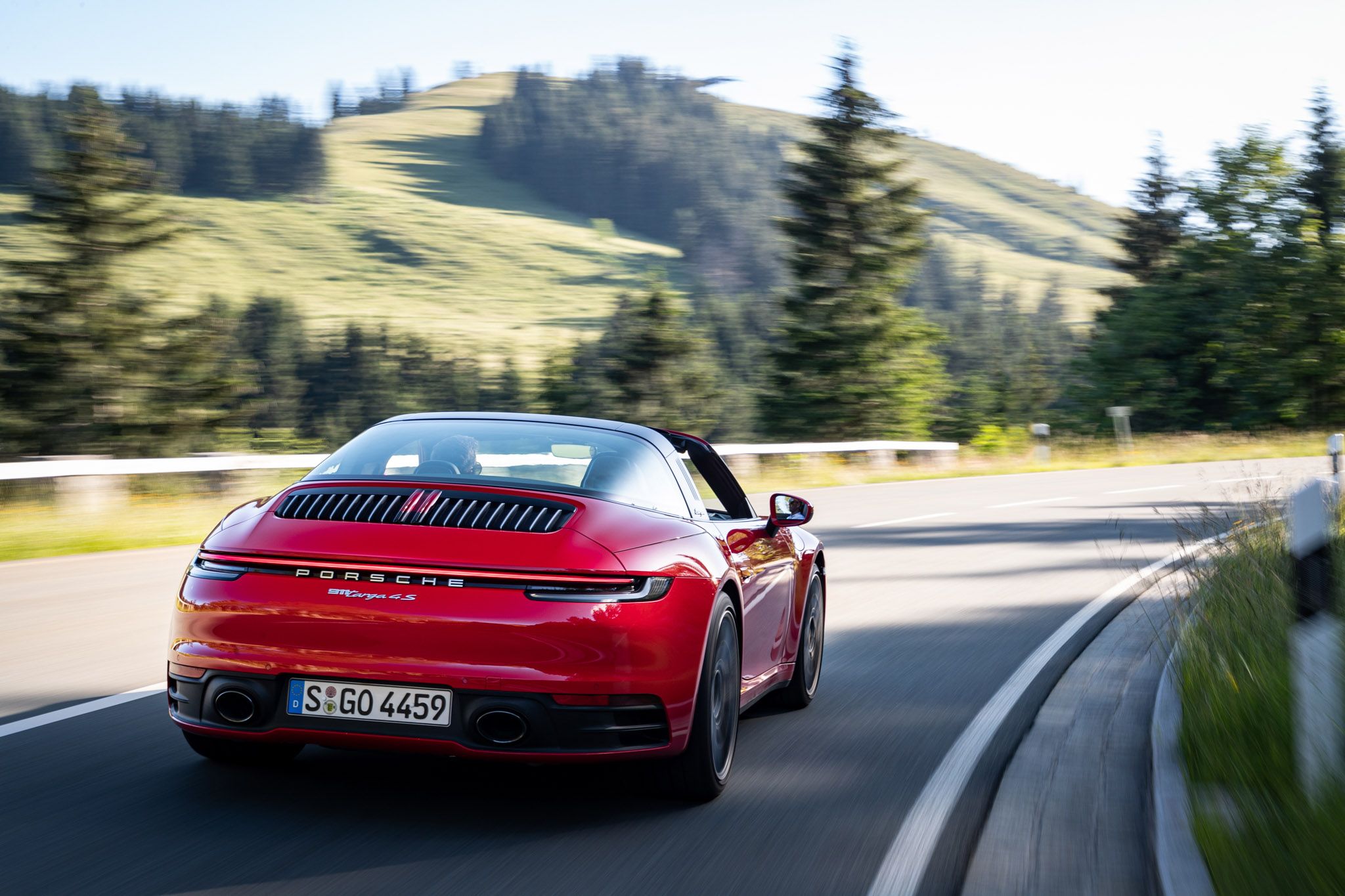
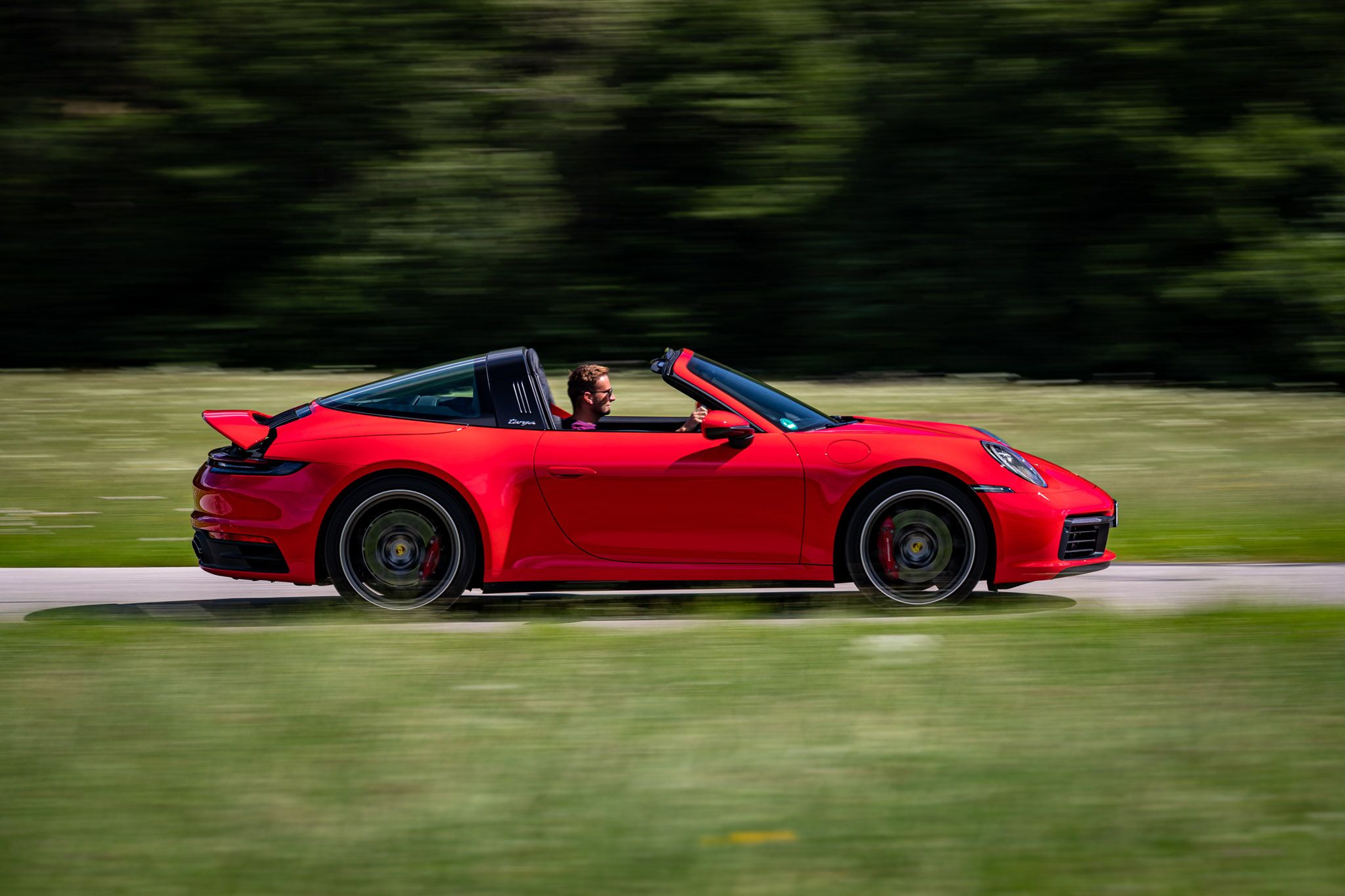
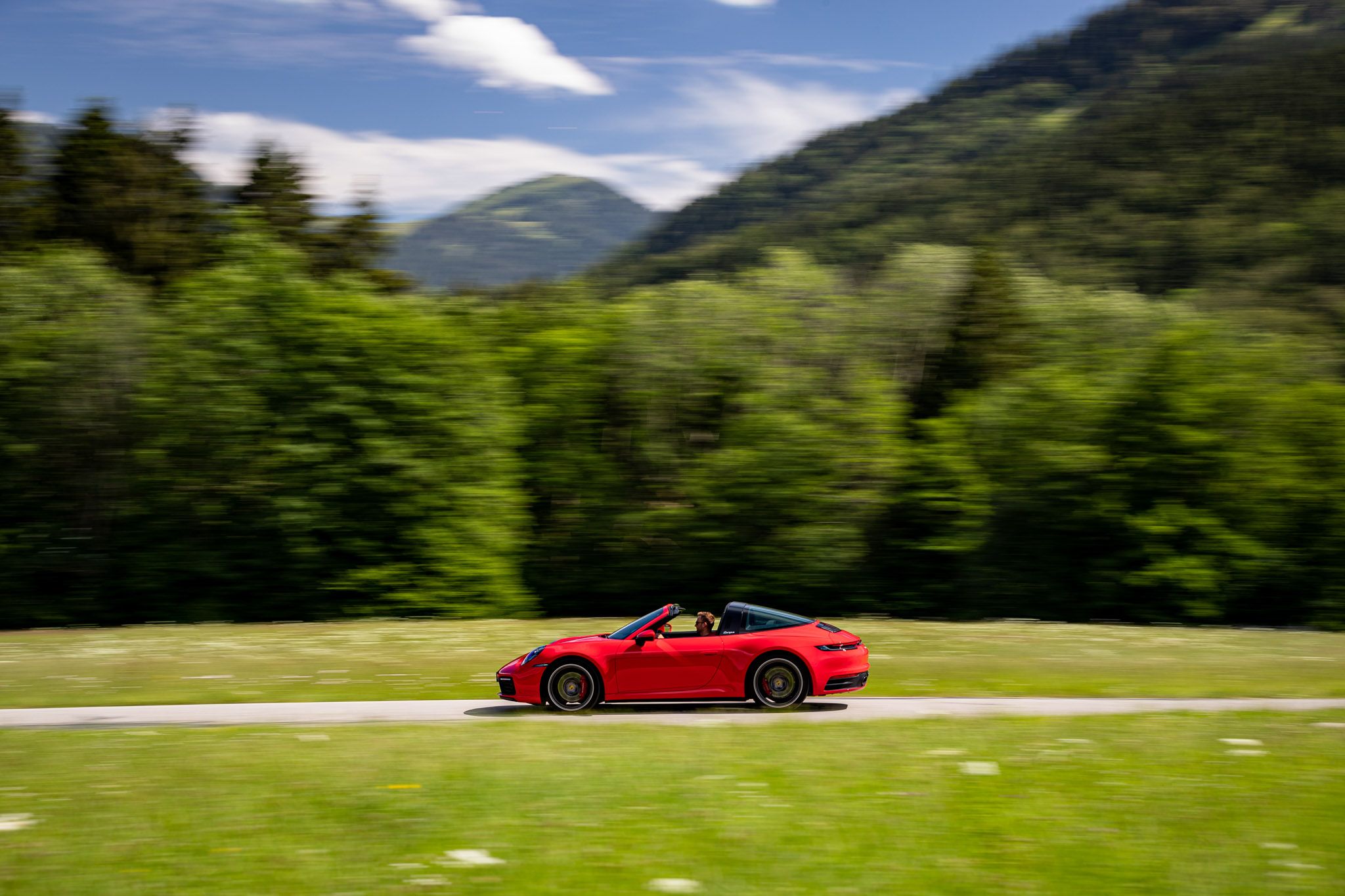
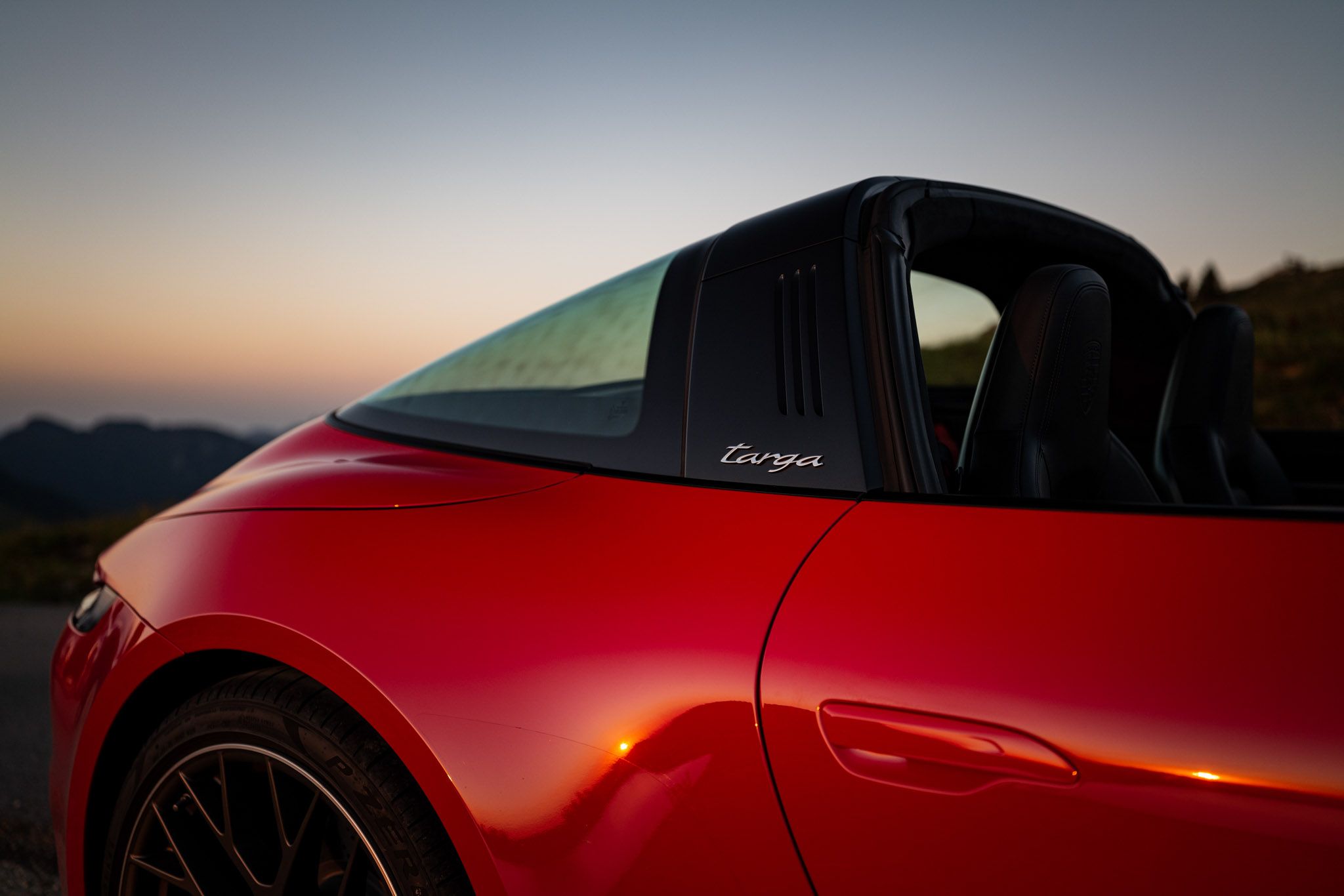
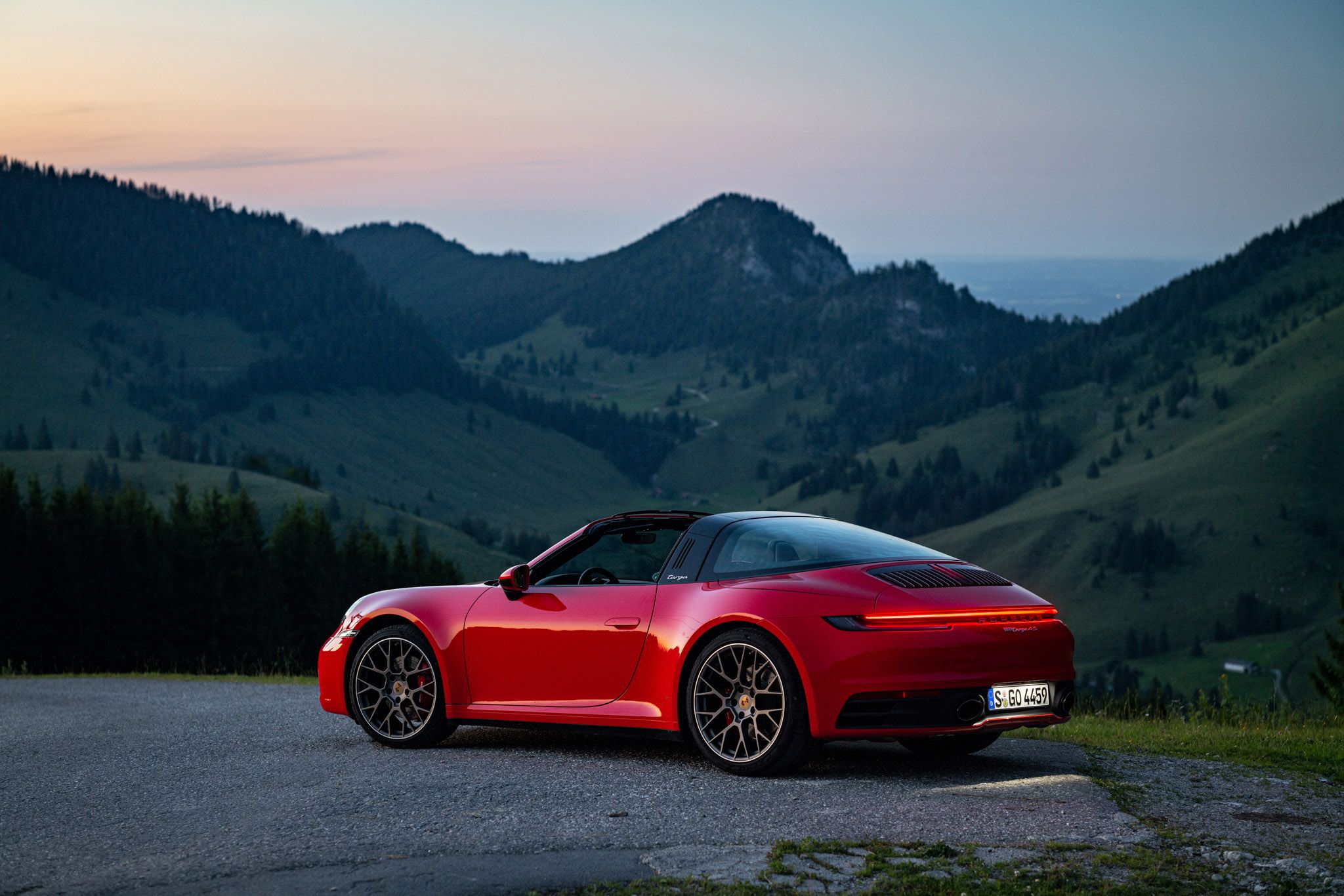
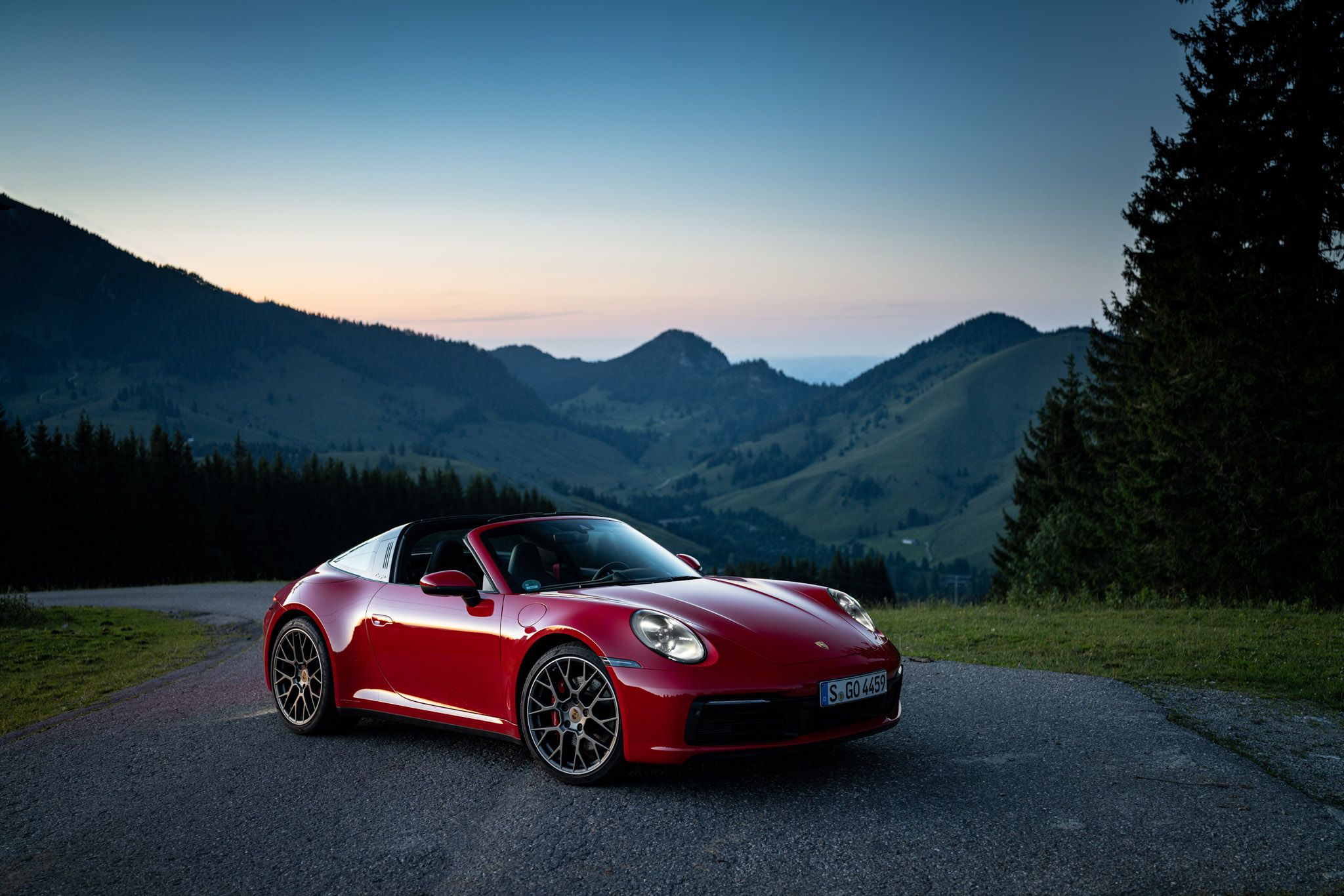
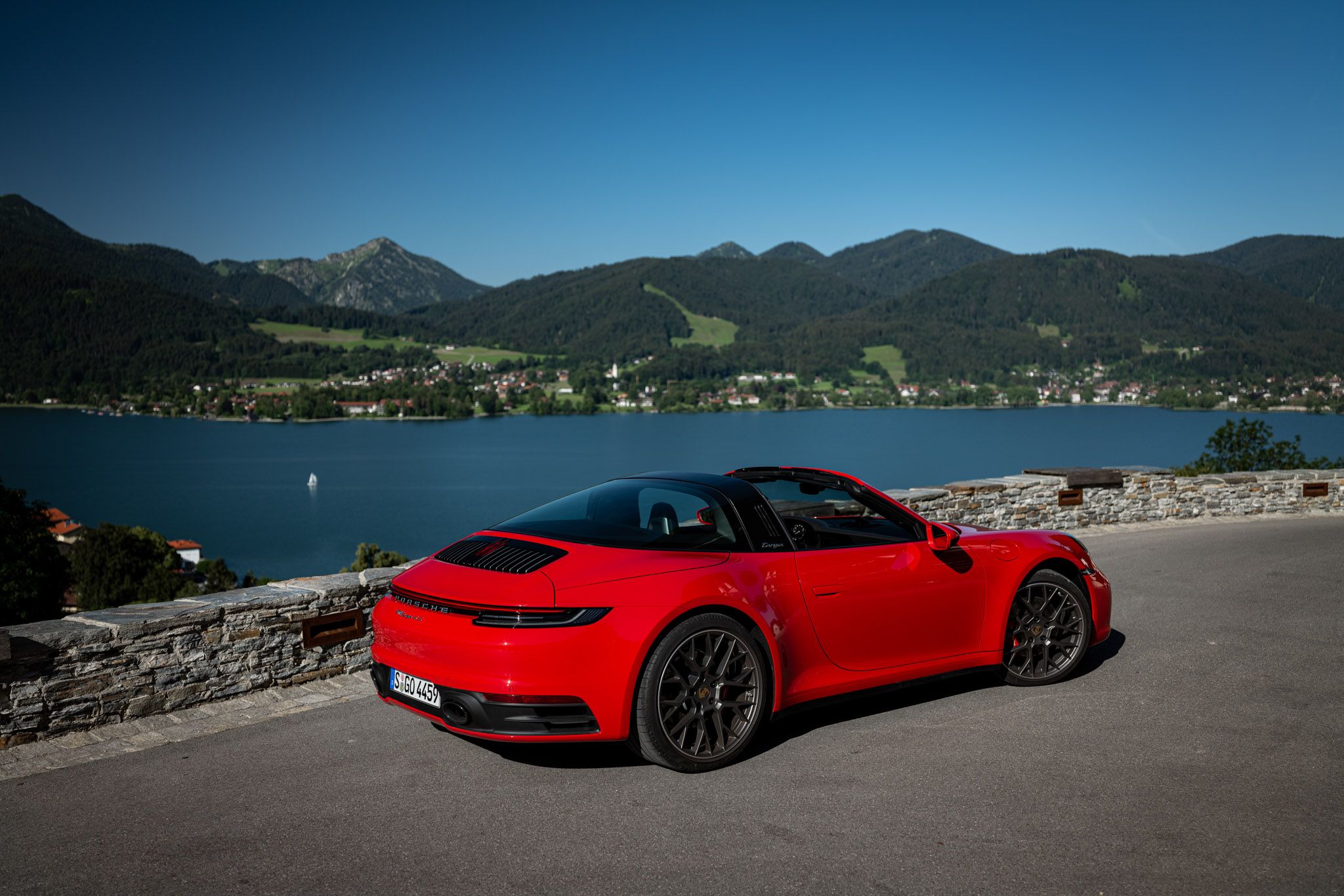
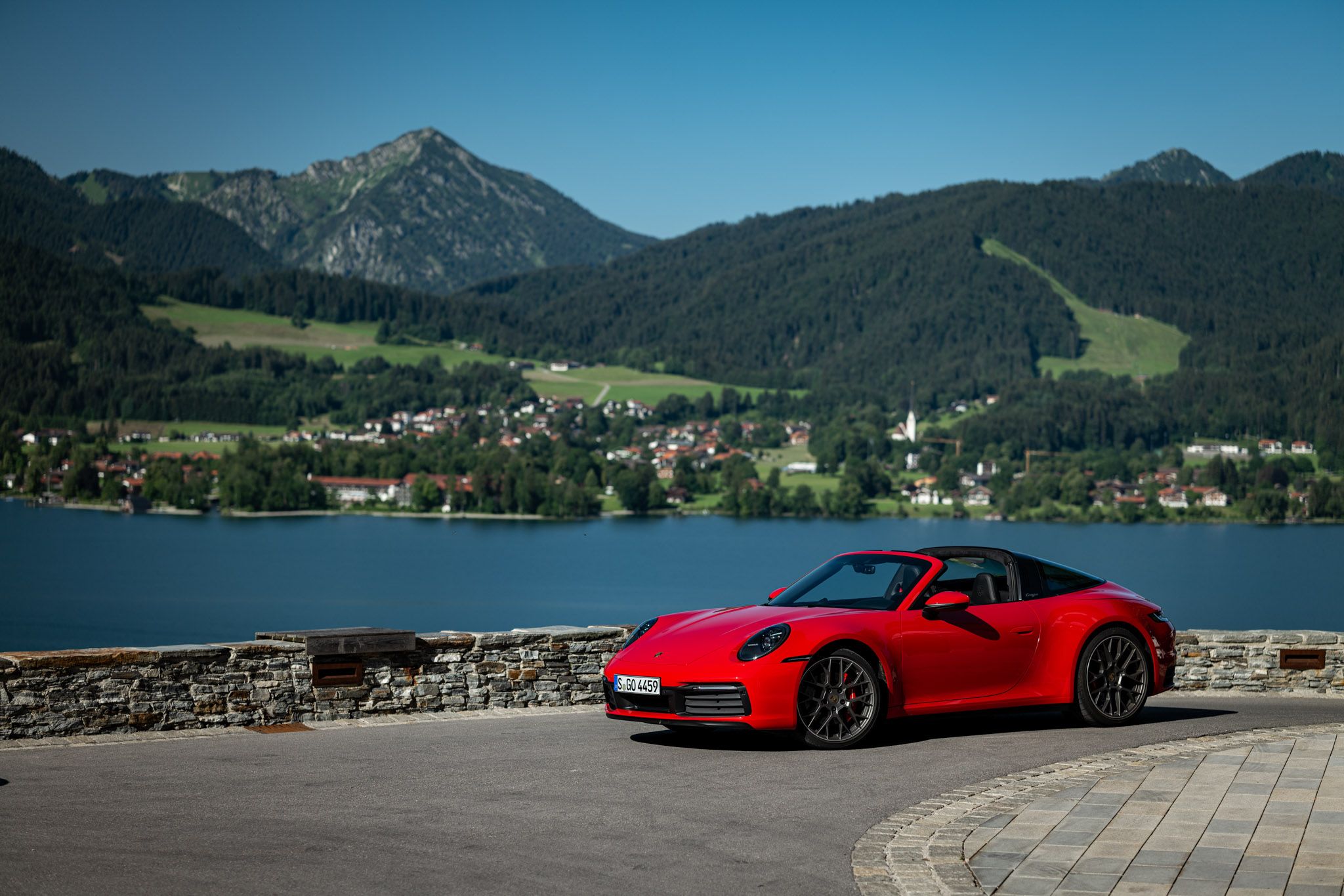
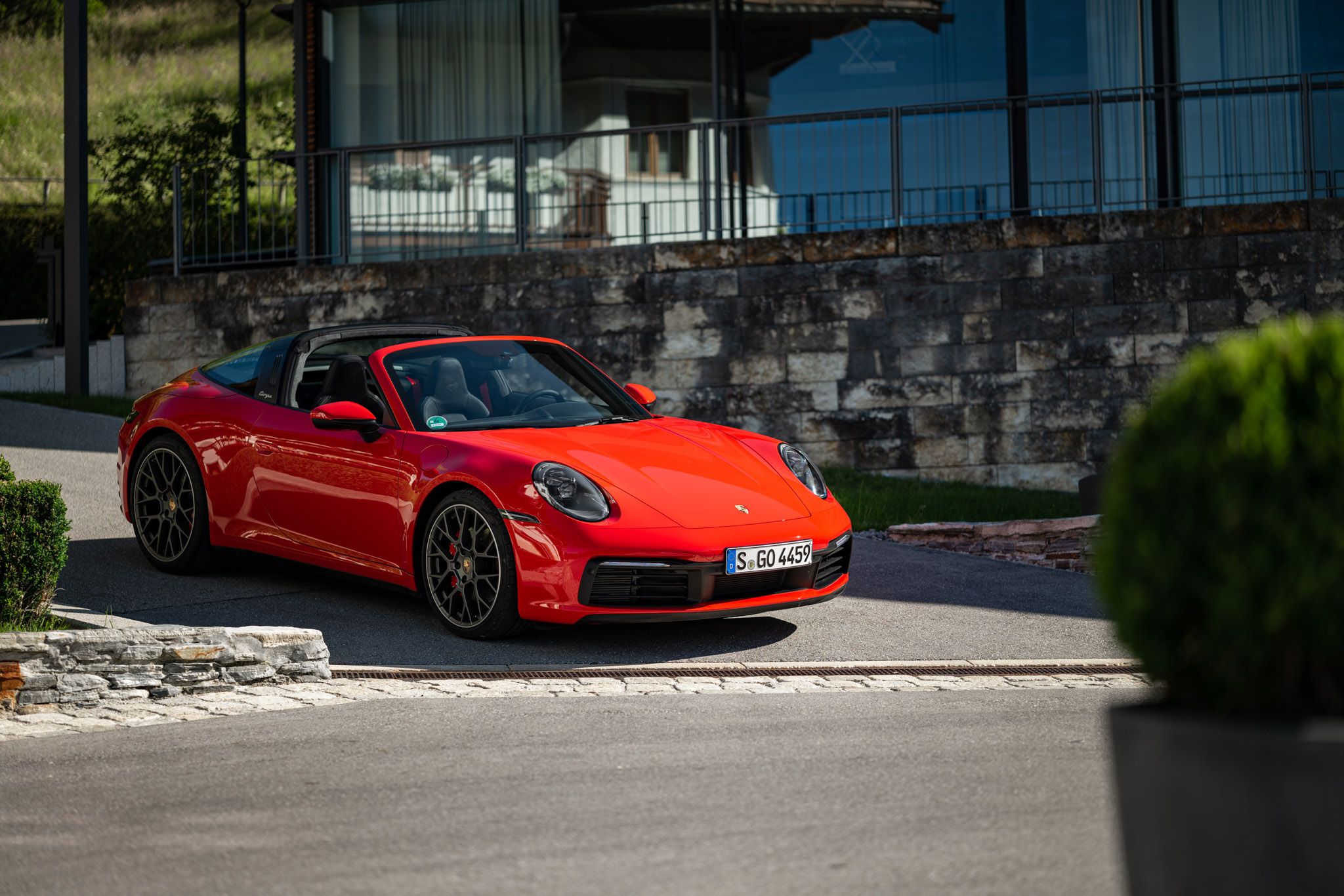
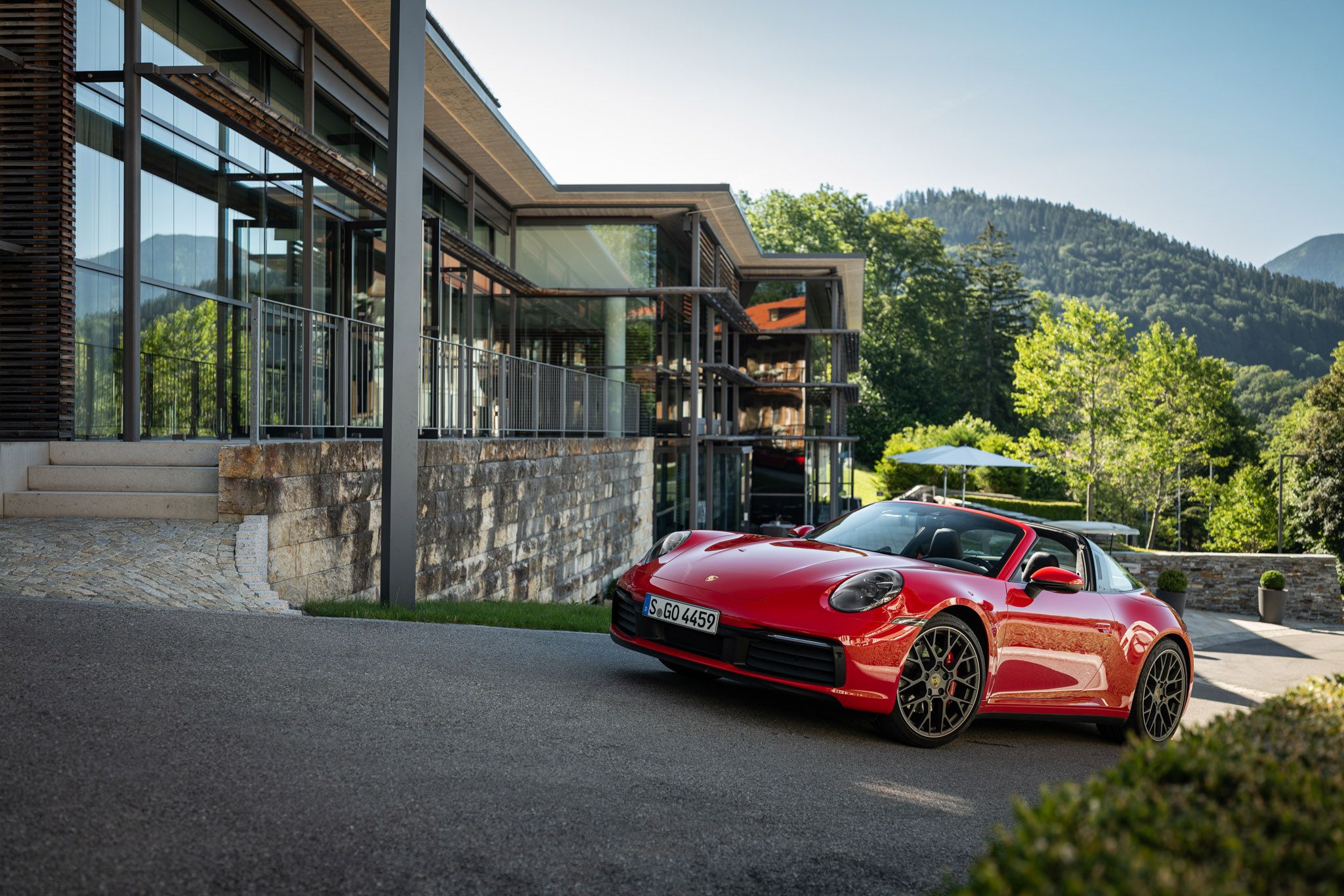
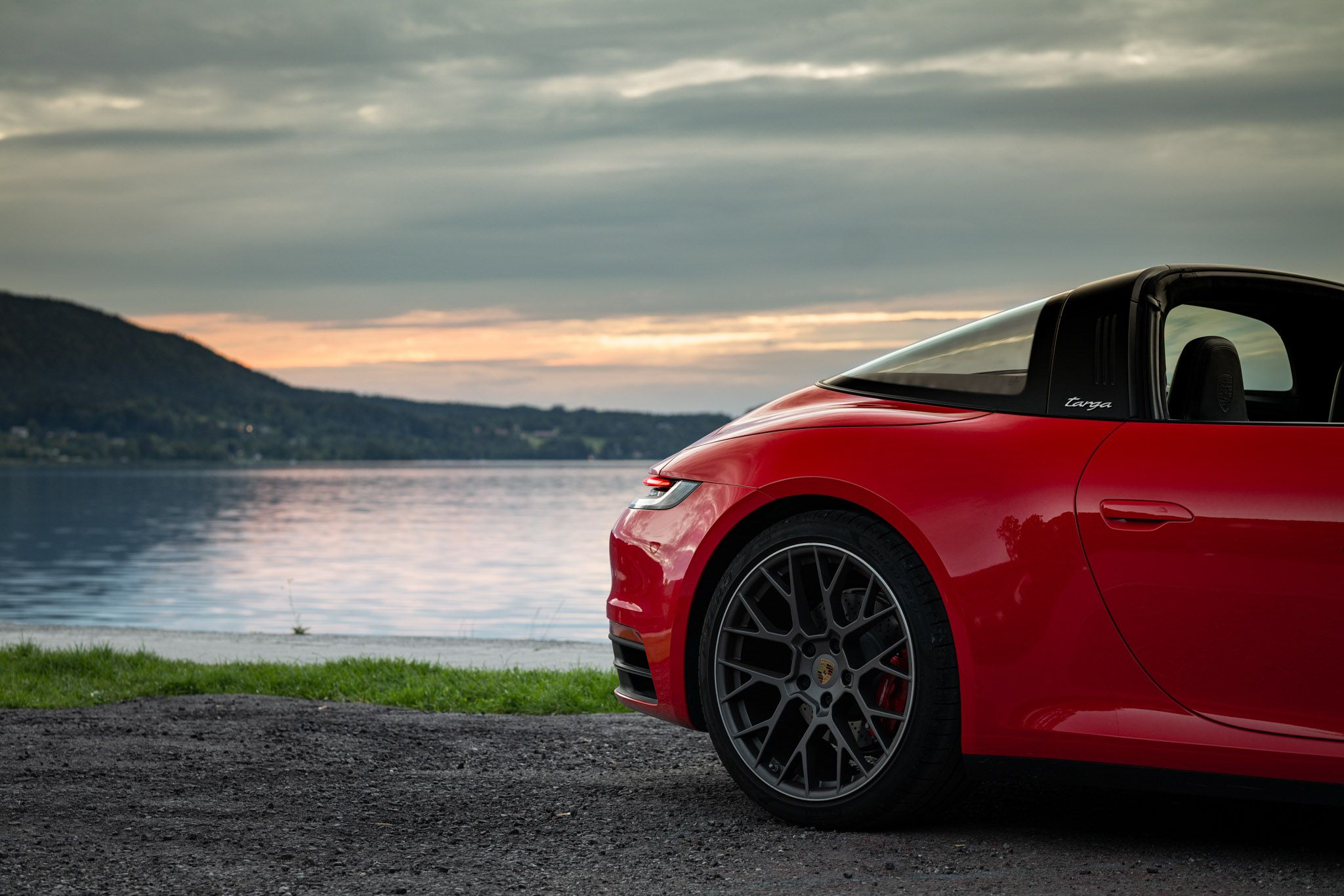
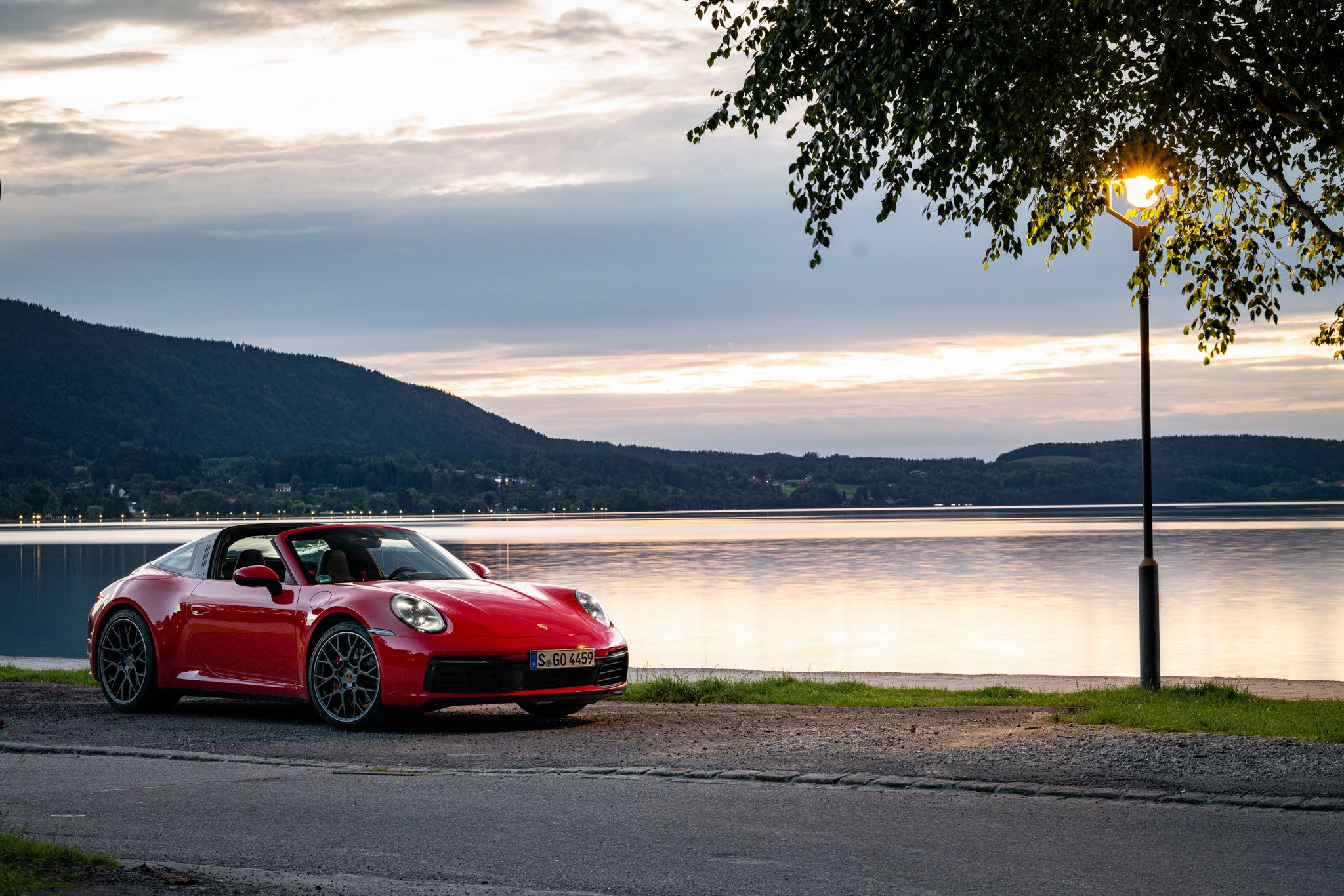
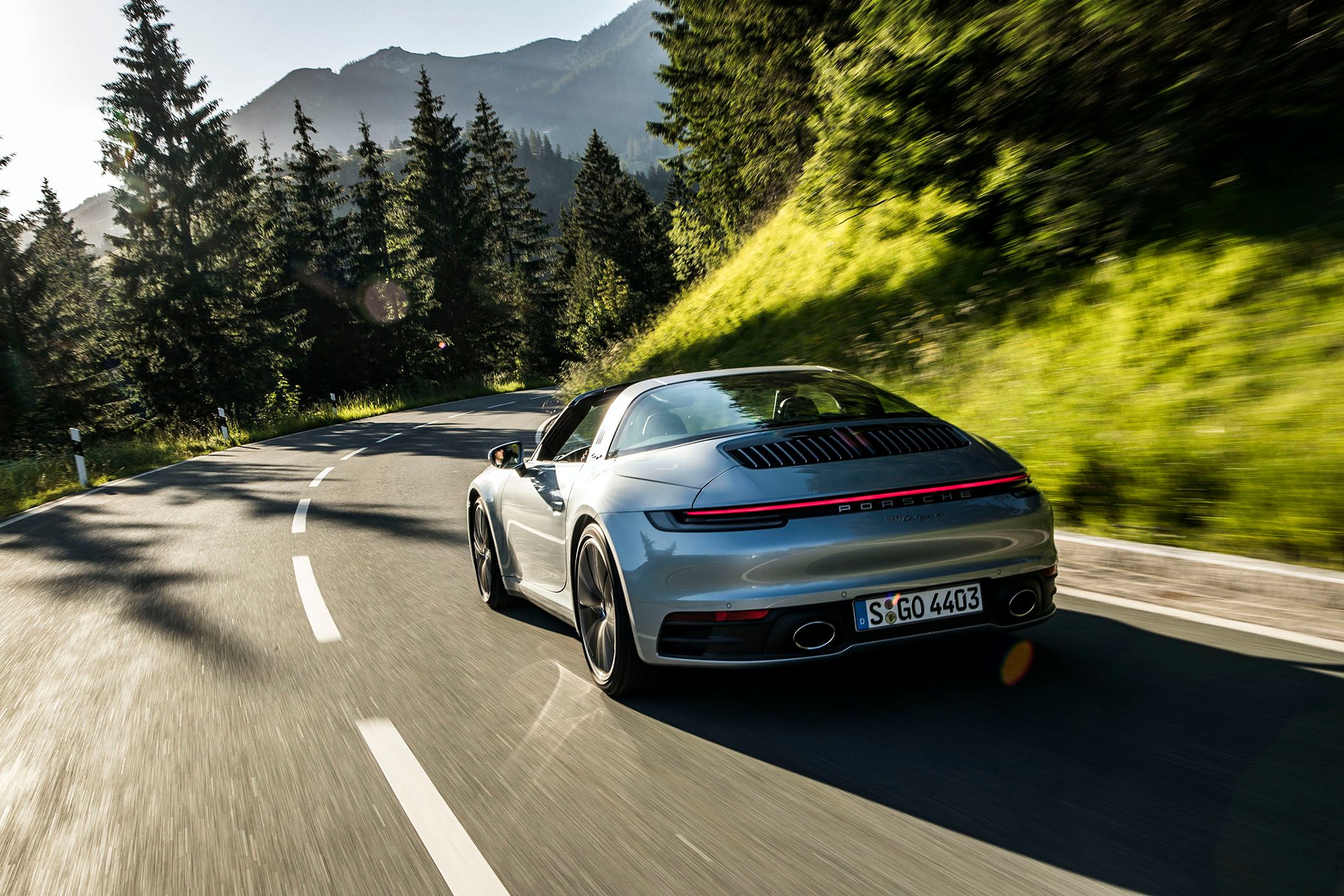
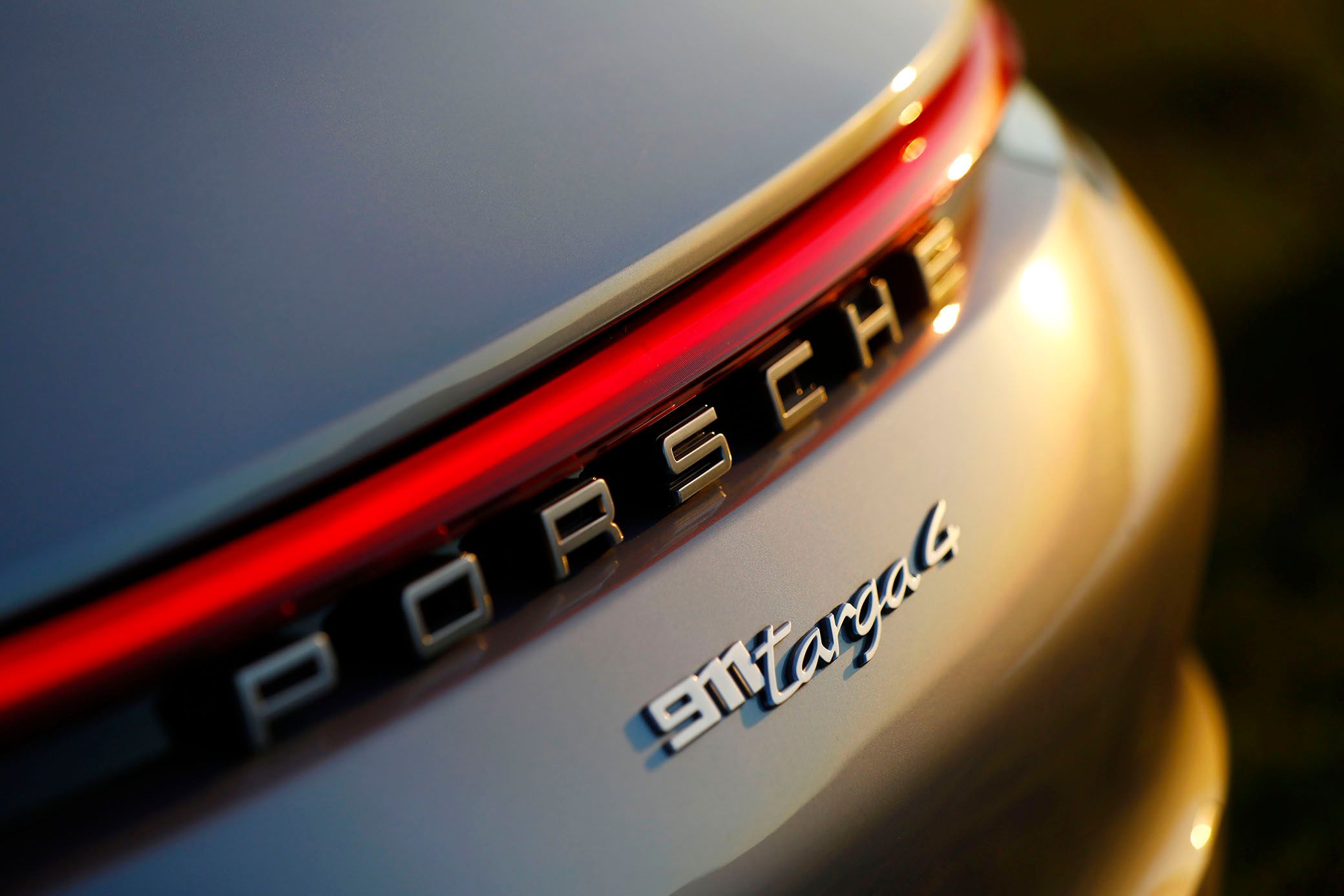
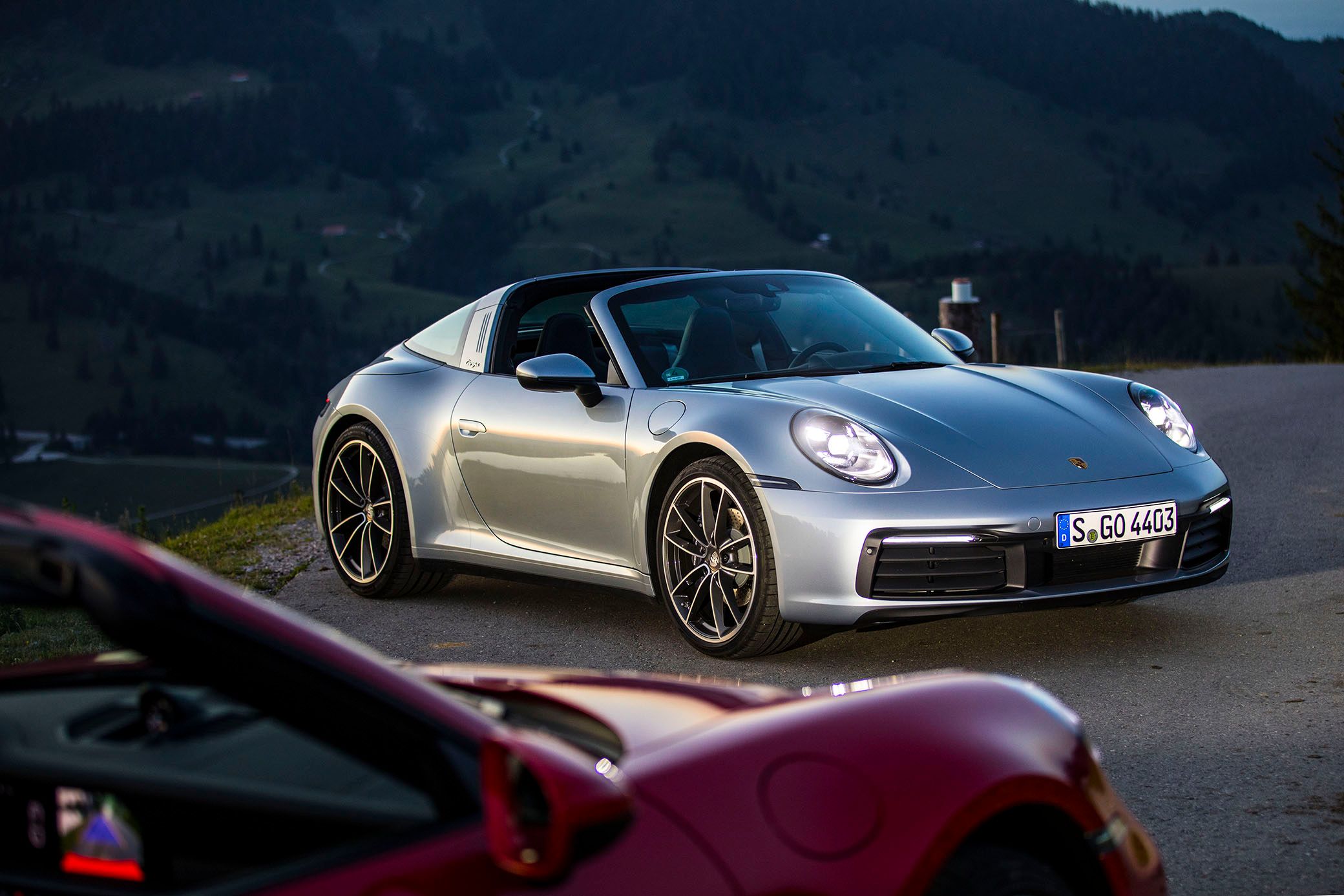
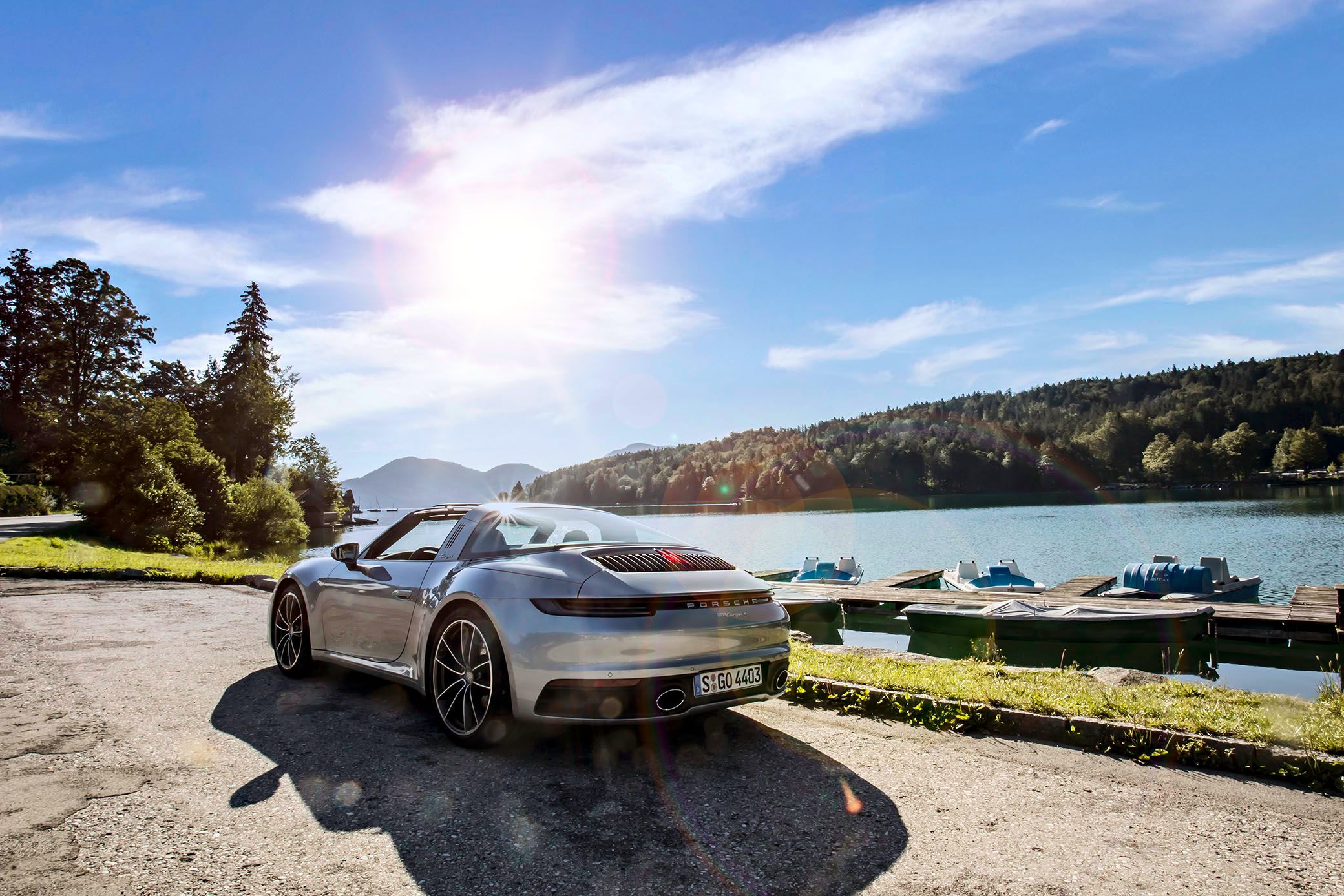
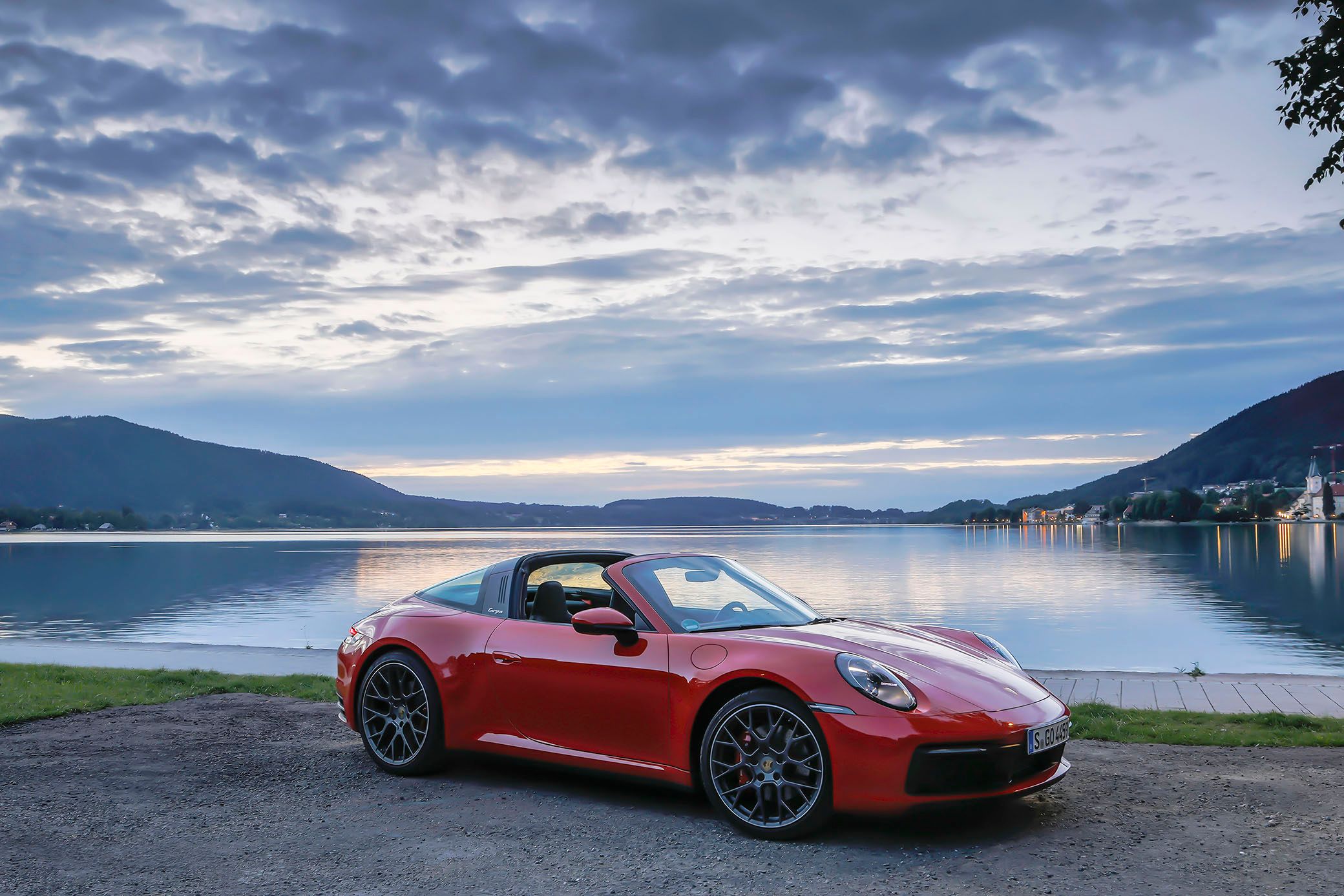
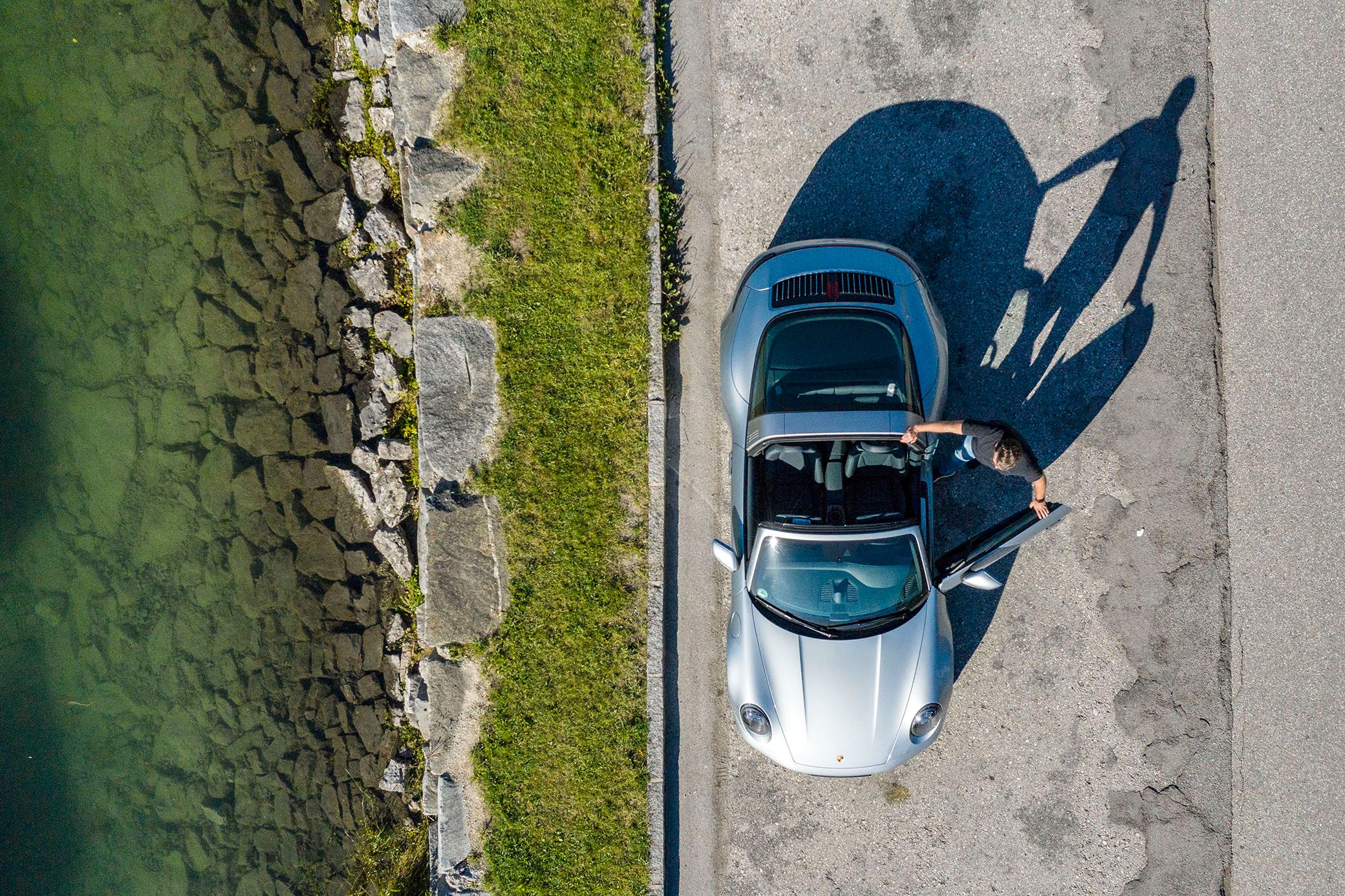
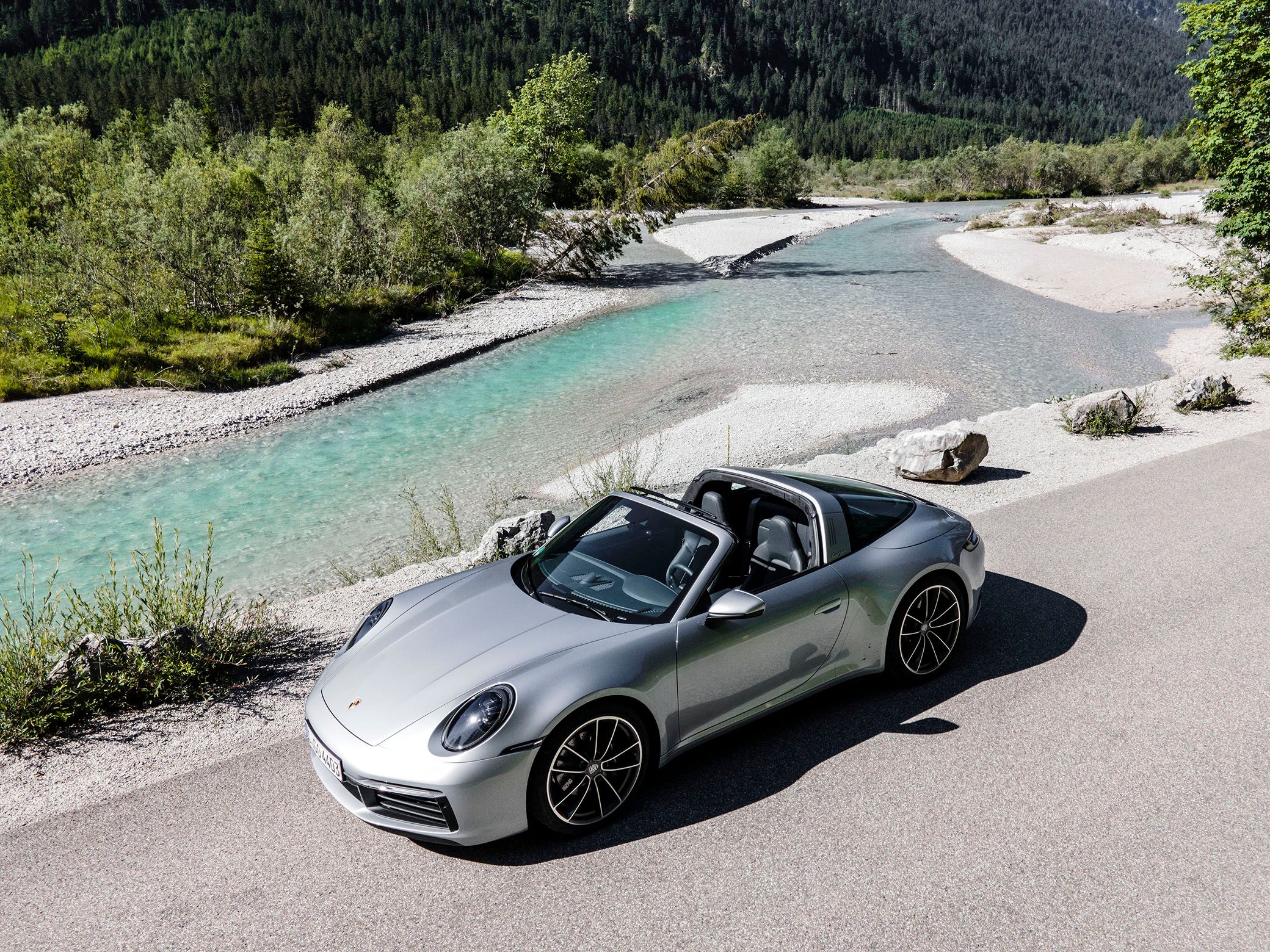
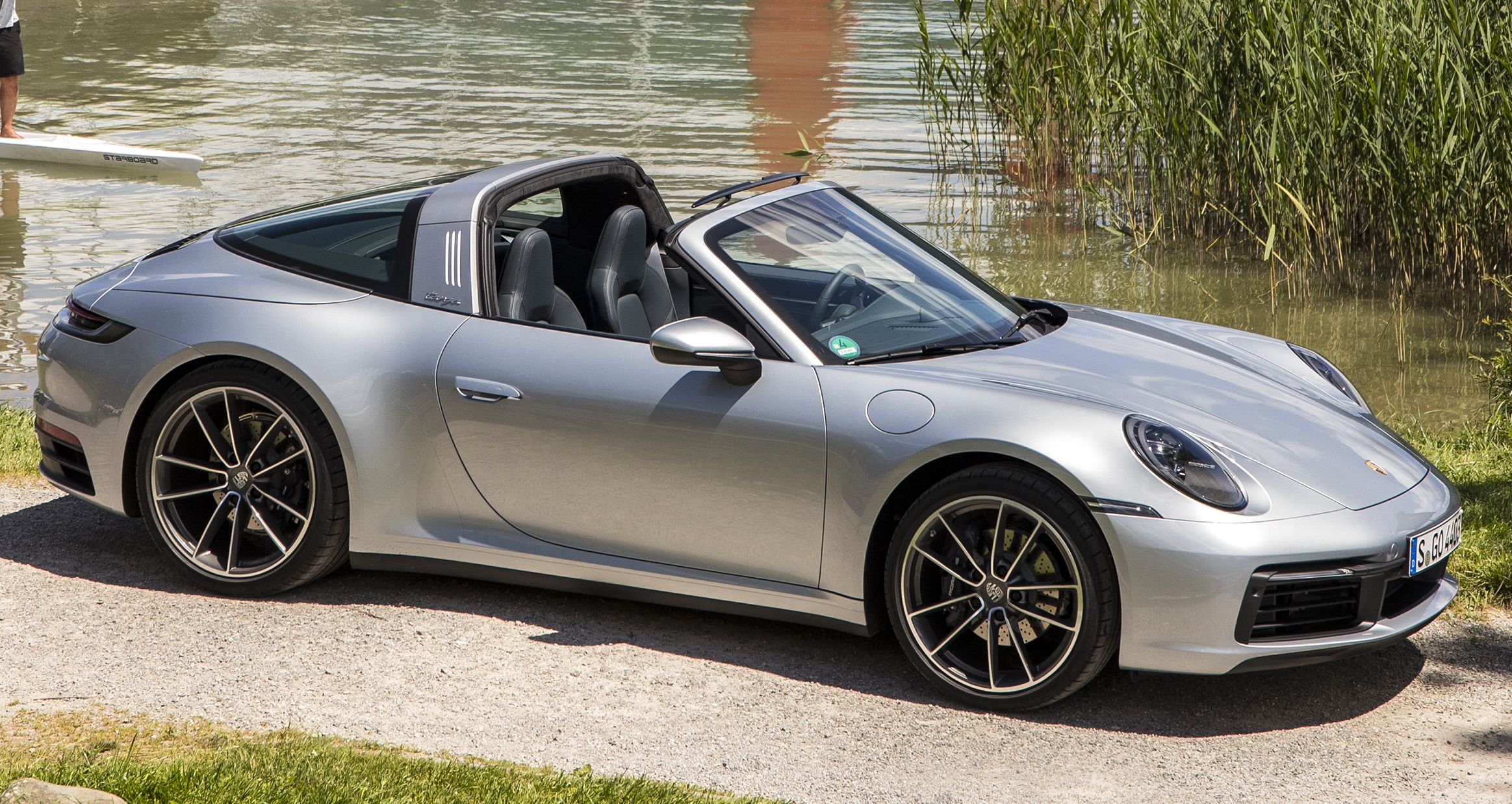
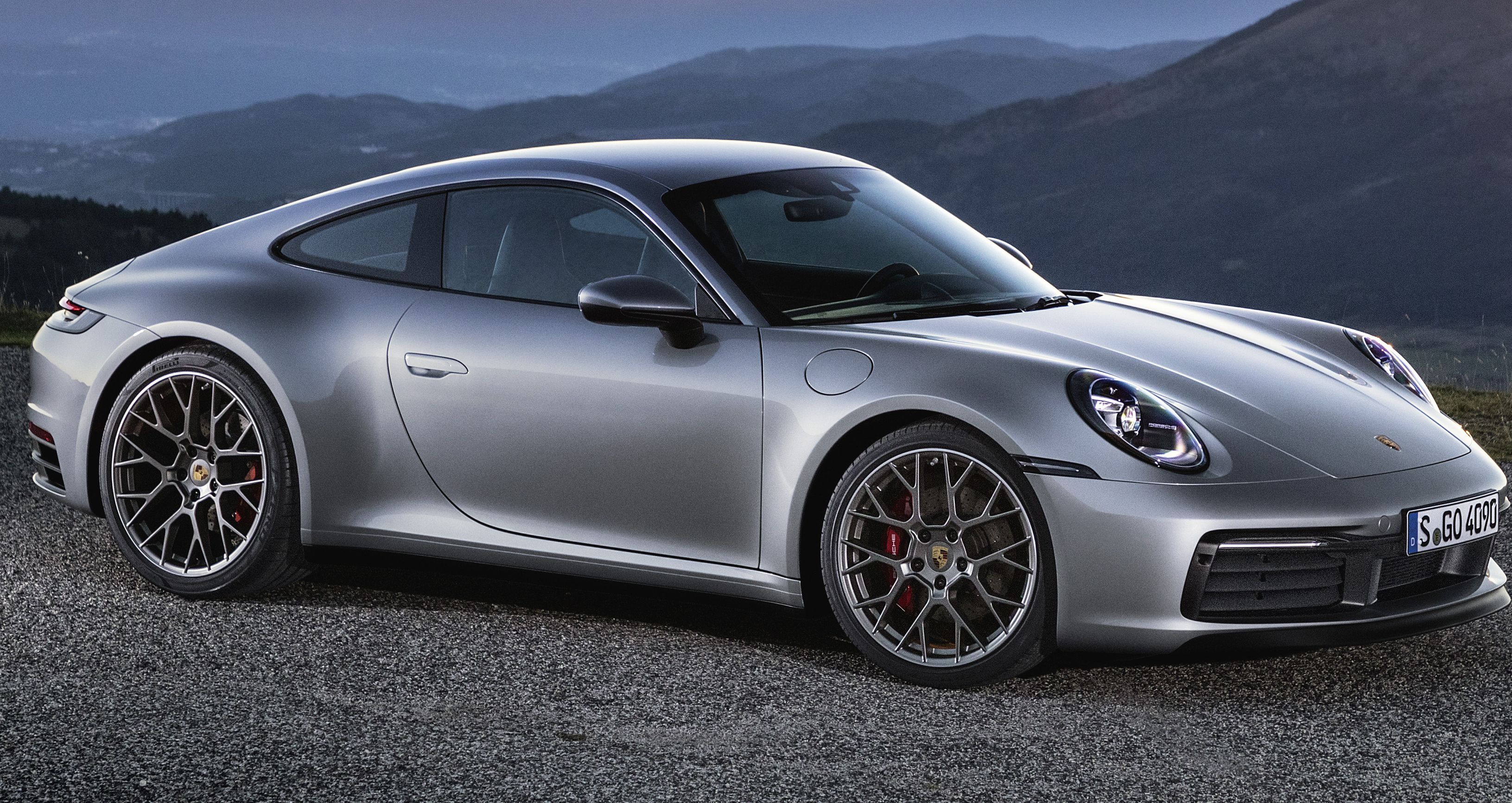
- Make: Array
- Model: 2021 Porsche 911 Targa
- Engine/Motor: flat-6
- Horsepower: 379
- Torque: 331
- [do not use] Vehicle Model: Array
Exterior
|
|
ids=931156,931157 |
no_overlay=false |
before_label=2021 Porsche 911 Targa |
after_label=2021 Porsche 911> |
The 911 Targa is essentially identical to the 911 Carrera except for the roof, so it's defined by all the new features the Porsche introduced for the 992-generation sports car. It features more pronounced wheel arches in the front and the front lid features the new recess that pays tribute to earlier 911 generations. Other highlights include wider rear fenders, the variably extending rear spoiler, and the continuous taillights bar that stretches over the entire width of the rear fascia.
The roof is basically the only design feature that sets the Targa apart. Unlike the coupe, which has a full metal top, and the Cabriolet, fitted with a soft-top, the Targa features a three-piece roof consisting of a retractable section above the front seats, a targa bar, and a wraparound rear window. It's basically a semi-convertible with infinite headroom just for two passengers and extra protection against wind. The targa bar comes standard in silver, but you can order it in black for a different contrast.
The roof itself is made from two flat magnesium elements that hold the fabric top in place and includes sound-deadening material. There's also a heated glass rear window and an extendable wind deflector integrate into the upper frame of the windshield to make the 911 Targa suitable for daily use. The roof opens and closes in just 19 seconds.
Interior
The interior of the Targa is also identical to the Carrera, so you get the same refreshed cabin spiced up with features inspired by 911 models from the 1970s. The dashboard remains familiar thanks to its two-tier layout, but the horizontal separation now extends across the entire width of the panel. The infotainment display sits higher in the dashboard now, placed just above the separation area between the two levels. The screen is notably wider too, now measuring 10.9 inches. Porsche lowered the A/C vents, which are now positioned just above the center console. Right below the screen there’s a thin control panel with five buttons shaped like toggle switches for a vintage look.
The instrument cluster retains the center-mounted rev counter flanked by a pair of clocks on each side, but it's wider and everything is digital now. The steering wheel features thinner spokes and new controls on each side, while the revised seats are positioned 0.2 inches lower and feature a thinner seat cushion.
The revised infotainment system features the latest Porsche Connect Plus with online traffic information and it can be optionally equipped with Porsche InnoDrive, which includes adaptive cruise control. This feature is available for the first time on the 911 Targa, but you can only added on PDK models. The sports car also comes with an upgraded Smartlift function for the optional front axle lift system, which enables you to register frequently visited locations so that the front end of the car is raised automatically when needed.
Drivetrain
Just like the 992-generation 911 Carrera, the 911 Targa features a revised version of the twin-turbo, 3.0-liter flat-six engine introduced with the 991.2 facelift. The twin-turbo mill sports an important amount of upgrades, starting with new, larger turbochargers with a symmetrical layout and electrically controlled wastegate valves. It also features a completely redesigned charge air cooling system, and, for the first time, piezo fuel injectors. All these improvements enhance the responsiveness, endurance, and the free-revving nature of the engine.
Of course, the new internals also improve the power ratings. The base Targa 4 comes with 379 horsepower and 331 pound-feet of torque on tap, a nine-horsepower increase, but a one-pound-foot decrease compared to the old model. Although it’s only marginally more powerful, the 992-generation Targa 4 is a tenth-second quicker than its predecessor. Specifically, the sports car needs four seconds to hit 60 mph from a standing start in base setup when equipped with the PDK transmission and Sport Chrono package. Its top speed is rated at 179 mph, one mph more than the old model.
The same flat-six unit generates 443 horsepower and 390 pound-feet in the Targa 4S. These figures that account for 23-horsepower and 22-pound-foot improvements over the old model. The new Targa 4S is also 64 horsepower and 59 pound-feet more powerful than the new Targa 4. The Targa 4S is notably quicker, needing 3.4 clicks to hit 60 mph. That's four tenths quicker than its predecessor and six tenths quicker than the Targa 4. These figures also apply to the cars fitted with the PDK gearbox and the Sport Chrono package. The 911 Targa 4S tops out at 187 mph, one mph below the old model.
Both Targa 4 and Targa 4S come standard with the eight-speed, dual-clutch PDK automatic and the Porsche Traction Management AWD system. A manual isn't available for the base model, but you can select it on the Targa 4S at no additional cost. The seven-speed manual option also adds the Sport Chrono package.
How much does the 2021 Porsche 911 Targa cost?
Available for purchase starting late 2020, the 2021 Porsche 911 Targa starts from $119,300 in Targa 4 trim and from $135,200 in Targa 4S trim. This sticker does not include the $1,350 delivery, processing, and handling fee. Both Targa models are just as expensive as their Cabriolet counterparts, but around $13,000 more expensive than the equivalent coupe models.
Porsche is also offering a Targa 4S Heritage Design Edition with extra features and a race-inspired livery. This model starts from $180,600, a whopping $45,000 premium over the regular Targa 4S model.
Is the 2021 Porsche 911 Targa better than the Chevrolet Corvette C8?
Granted the Corvette isn't the best alternative to a 911. The previous-generation was a front-engined car, while the C8 is mid-engined beast. But not only you can't find other rear-engined sports cars on the market, the Corvette is also among the very few GTs available with a targa top. On the other hand, while the 911 Targa is all-wheel-driven, the C8 Corvette is a RWD vehicle. But if power is what you're looking for, the C8 has plenty of it. The naturally aspirated, 6.2-liter V-8 cranks out 490 horsepower and 465 pound-feet in standard form and 495 horses and 470 pound-feet when the car is equipped with the Z51 package. That 52 horses and 80 pound-feet of torque more than the 911 Targa 4S. Despite lacking an AWD system, the C8 Corvette is also quicker than the 911 Targa. With a 0-to-60 mph sprint of just 2.9 seconds, it's a half-second quicker than the Targa 4S and 1.1 seconds faster than the Targa 4. The Corvette's top speed is also higher at 194 mph, six mph more than the 911 Targa 4S. Pricing is also on Chevy's side, as the Corvette retails from $58,900, exactly half the entry price of the 911 Targa.
Read our full story on the Chevrolet Corvette C8.
Conclusion
The Porsche 911 992 Targa is a bit of a statement in my eyes. It isn't just a car for those that want the Porsche no-roof experience; those will just get your run-of-the-mill cabriolet. No, this is a car for those that get the history and understand what a Targa is and what a Targa once was and why it makes sense to pay more for it. For most of us, it may not make sense but for those that will queue to buy it, it does, and that's great because I'd hate to see such an iconic version of the 911 be retired due to poor sales.
On a different note, I really do hope Porsche is kind enough to stop keeping everybody hanging and starts offering the much-awaited (and much-desired) Turbo Targa. I know, all 992-generation 911s are turbocharged but what I mean is that people want to see a 911 Targa with the performance of a 911 Turbo. For reference, the original mid-'80s Turbo Targa of the 930 generation was powered by a 3.3-liter engine capable of 282 horsepower, a sub-five-seconds 0-60 mph time and a top speed in excess of 160 mph at a time when Ferrari's beloved Testarossa offered 390 ponies from that wonderful V-12 and could go about 20 mph faster. The thing was that the Turbo Targa was the rarer of the two. For instance, in 1989, only 45 manual Turbo Targa examples reached U.S. soil.
Porsche 911 Targa History
Count Vincenzo Florio was a well-to-do aristocrat. He went up the ladder of wealth by dealing in the world of wine-making and, bitten by the automotive bug, set out to create a motorsport event in native Sicily after competing in a race in Brescia in 1905. He partnered with Henri Desgrange, editor of the French L'Auto magazine and one of the key figures in the birth of the Tour de France, unarguably the most famous event in the world of cycling. Florio took Desgrange on a tour of the island of Sicily in an effort to find a strip of road adequate for a race. It must be said that, back in those days, many of Sicily's roads were lacking asphalt so, as you raced through the course, you most often had to contend with sliding around on dirt, as on a rally stage.
The two finally found a 93.2-mile long section between the picturesque mountains of Madonie. The strip of road was picked so that, when all the roads were closed on race day, it would form a circuit.
As the years went by, the race's popularity grew to the point that, for a while, it was the biggest race in Italy - bigger than both the Mille Miglia and the Italian Grand Prix. When, after World War I, the Germans returned to racing, they did it at the Targa Florio. The gorgeous route through Sicily was also the witness of some of motorsport history's most prodigious drives like that of Achille Varzi in 1930, when he was Tazio Nuvolari's team-mate at Alfa Romeo, the team managed by one Enzo Ferrari who, as a driver, competed a number of times in the Targa Florio, finishing second overall in 1920 and winning his class. Ferrari as a manufacturer won the race for the first time in 1948, the first edition held after World War II. Seven times did a car proudly displaying the Prancing Horse on its nose win the Targa Florio up until 1977.
Unfortunately, due to the strict U.S. safety regulations, that roofless version could never pass the crash tests in place in the early '60s and, as such, could never be registered and sold Stateside. To address the issue, Porsche engineers decided that, in order to increase the roadster's structural rigidity, a fixed roll hoop had to be mounted aft of the seats, right where the side windows would end and where the rear quarter windows would begin. This roll hoop was certainly inspired by the roll hoops seen on racing cars. They came as a way to reduce deaths incurred by rollover crashes at a time when most sports cars were of the roadster variety. Broken necks were the norm if you rolled over in the '50s, but early roll hoops did little to save you from that as they were barely taller than your helmet's highest point.
Then, on the 993, the Targa top was replaced by a full-on glass roof that basically extended from the front of the car all the way to the rear window.
Update History
Updated 10/22/2019: The upcoming 911 Targa (992) has been spied once again making its rounds on public roads.
Spy Shots
November 27, 2019 – The Porsche 911 Doing Cold Weather Testing
With winter pretty much in full swing in certain countries, it’s time for the Porsche 911 Targo to get in its first round of cold-weather and snow testing. That’s exactly what we’re seeing here. Naturally, there’s nothing left to hide for the upcoming Targa, so there isn’t a lot to report in terms of design changes (the last prototypes were without camo as well,) but if you look in the rear, this prototype is sporting a twin dual exhaust setup with one outlet looking legitimate and the other looking fake. This is similar to what the red prototype was rocking back in May of 2019, while the green prototype spotted in October 2019 was sporting that single oval exhaust outlet on each side.
The reasoning behind this is that the 911 Targa will be available in a couple of different flavors, and we have it under good authority that we’ll see the same Heritage Design Package that we saw on the 991 Porsche Speedster. With that will come the red exterior color that we saw earlier, a unique interior, and golden interior badges. With the progression into cold-weather testing, it’s likely that the 2021 Porsche 911 Targa will make its debut at the 2020 Geneva Auto Show in March of 2019. Stay tuned for updates.

